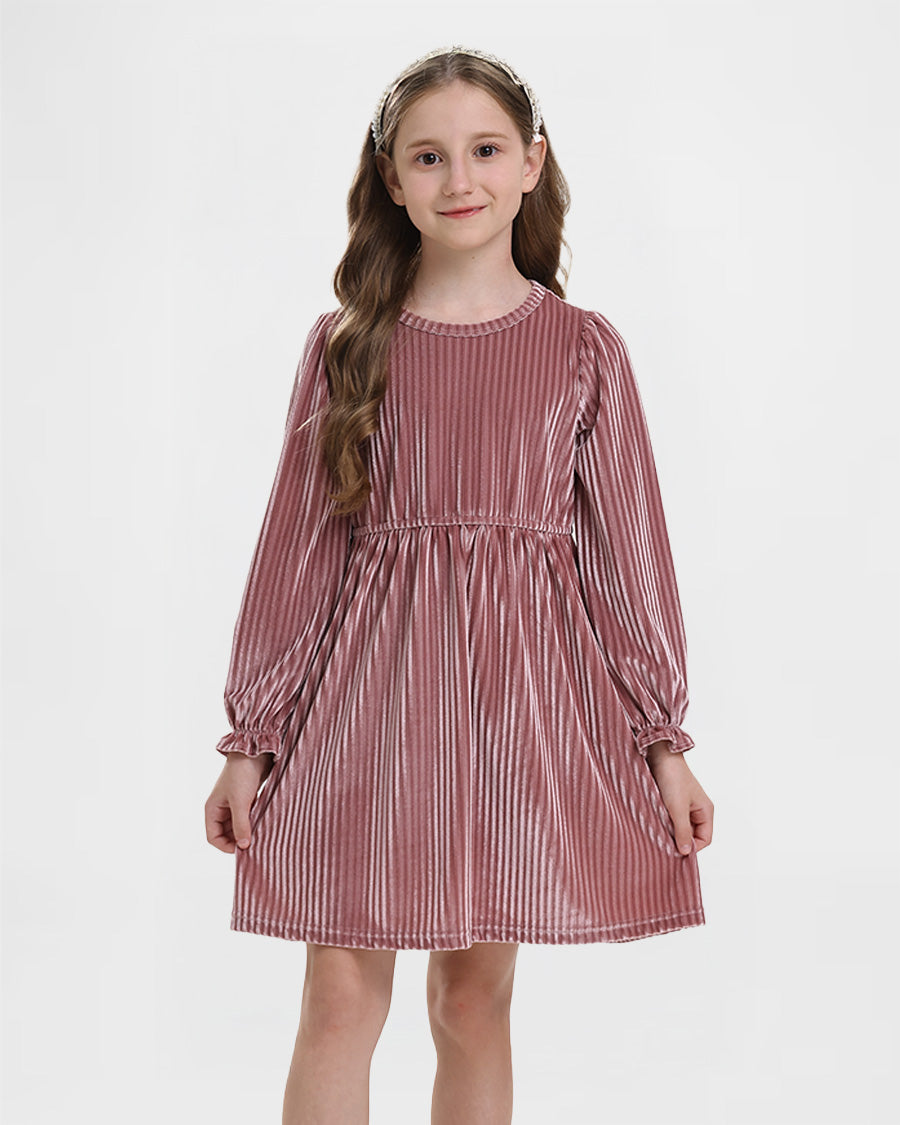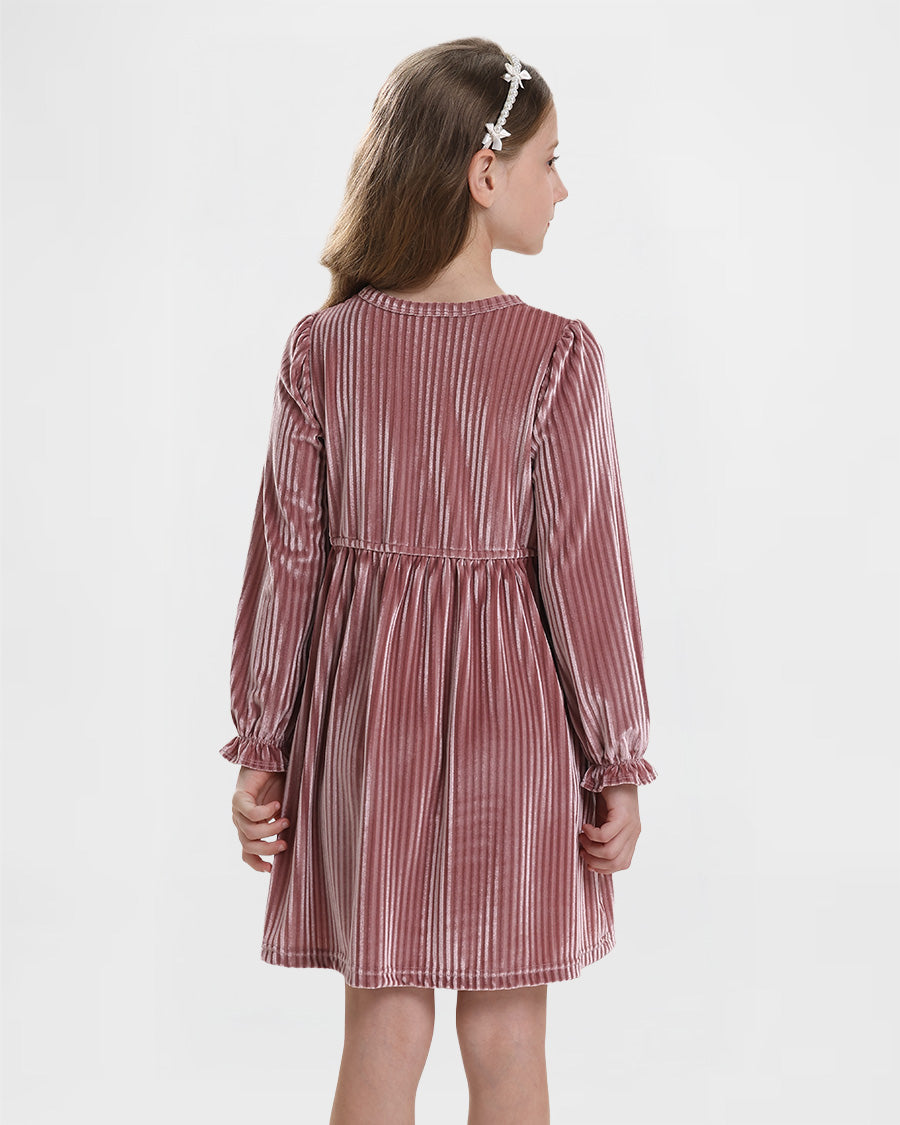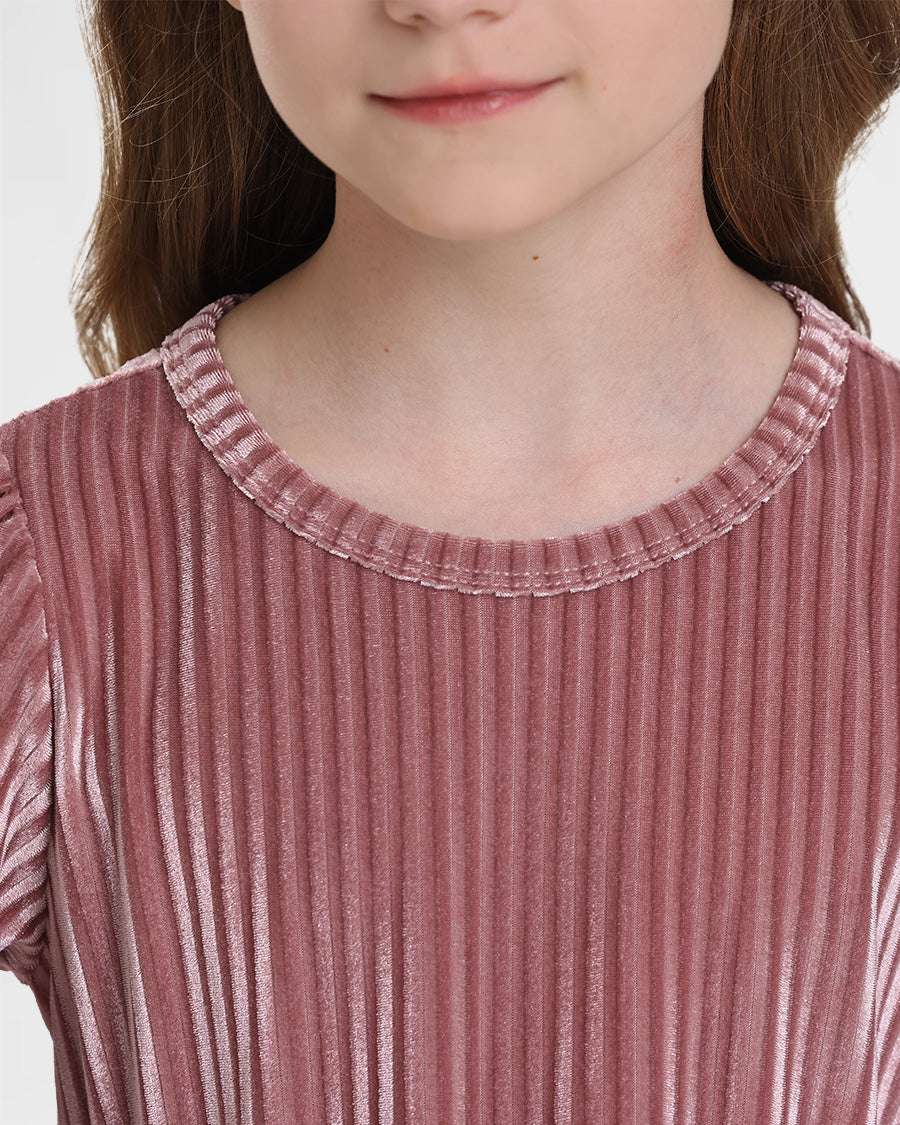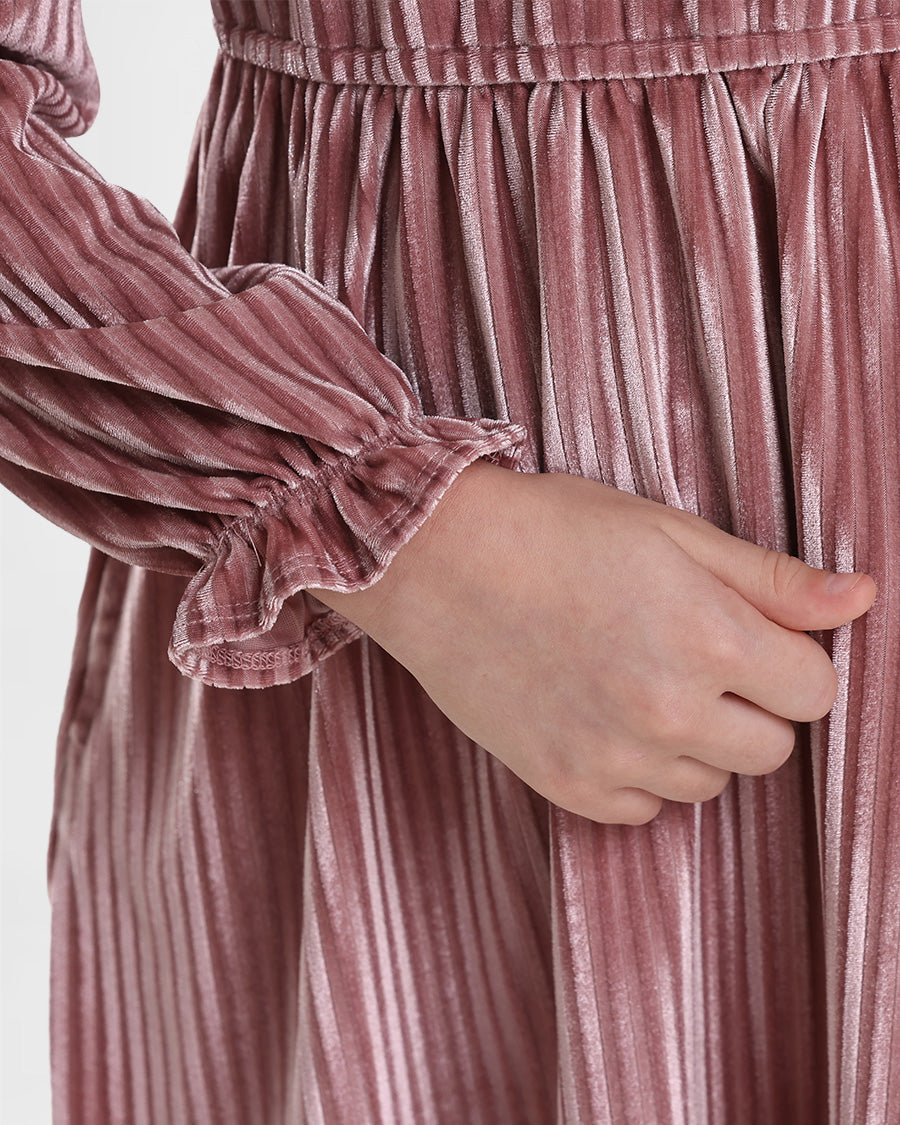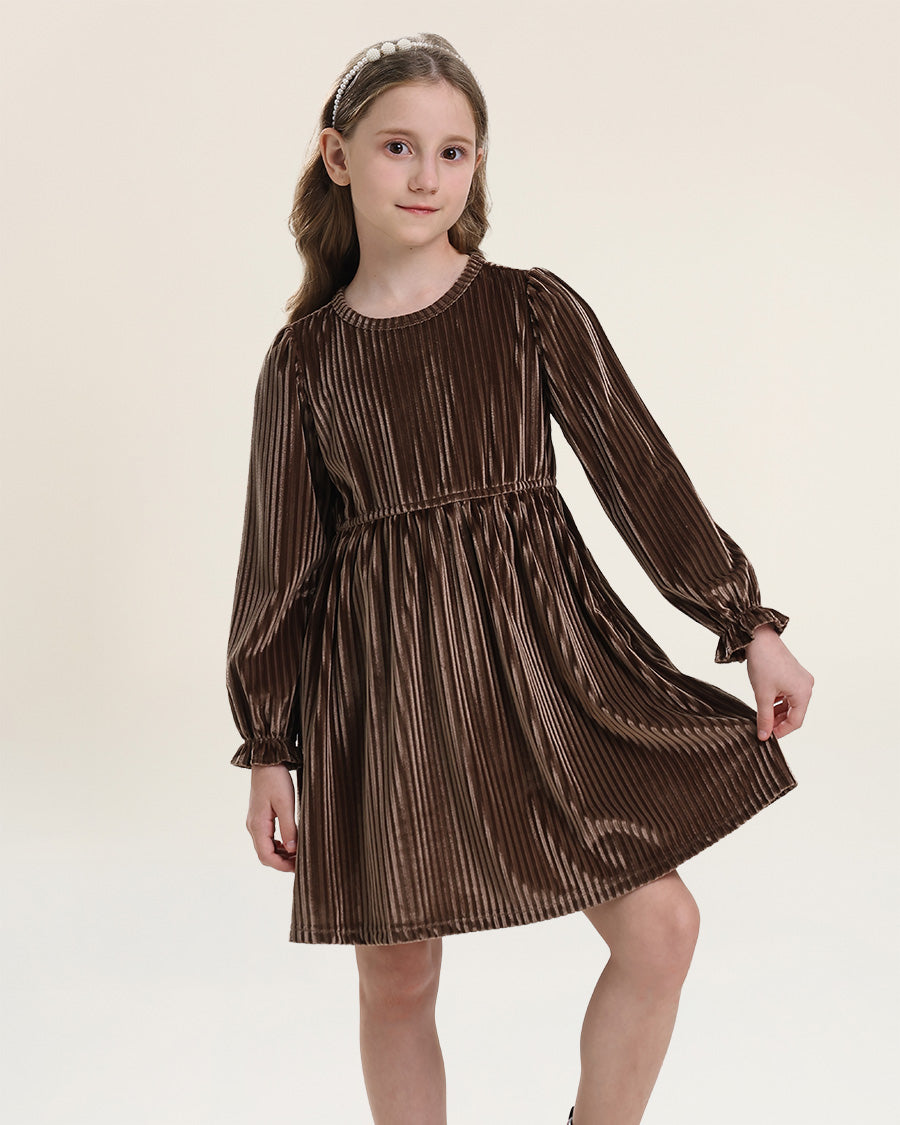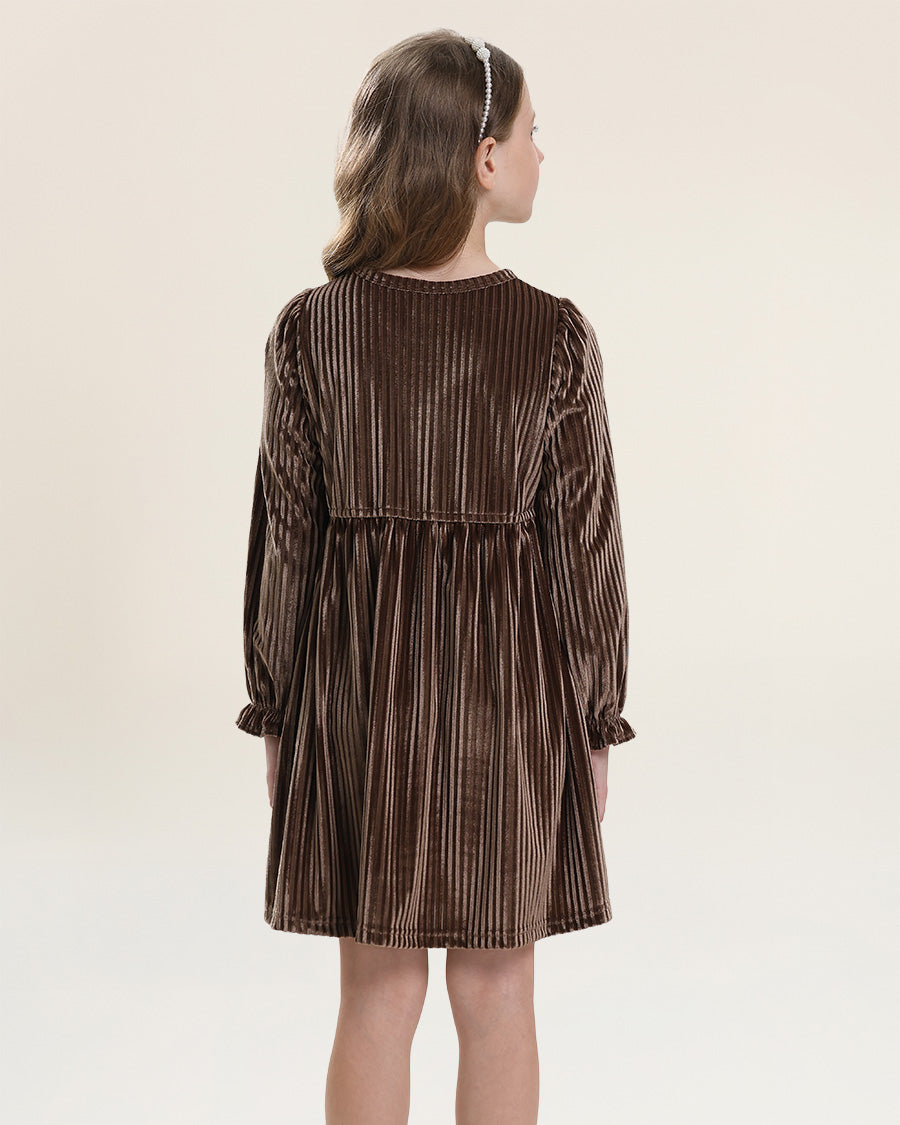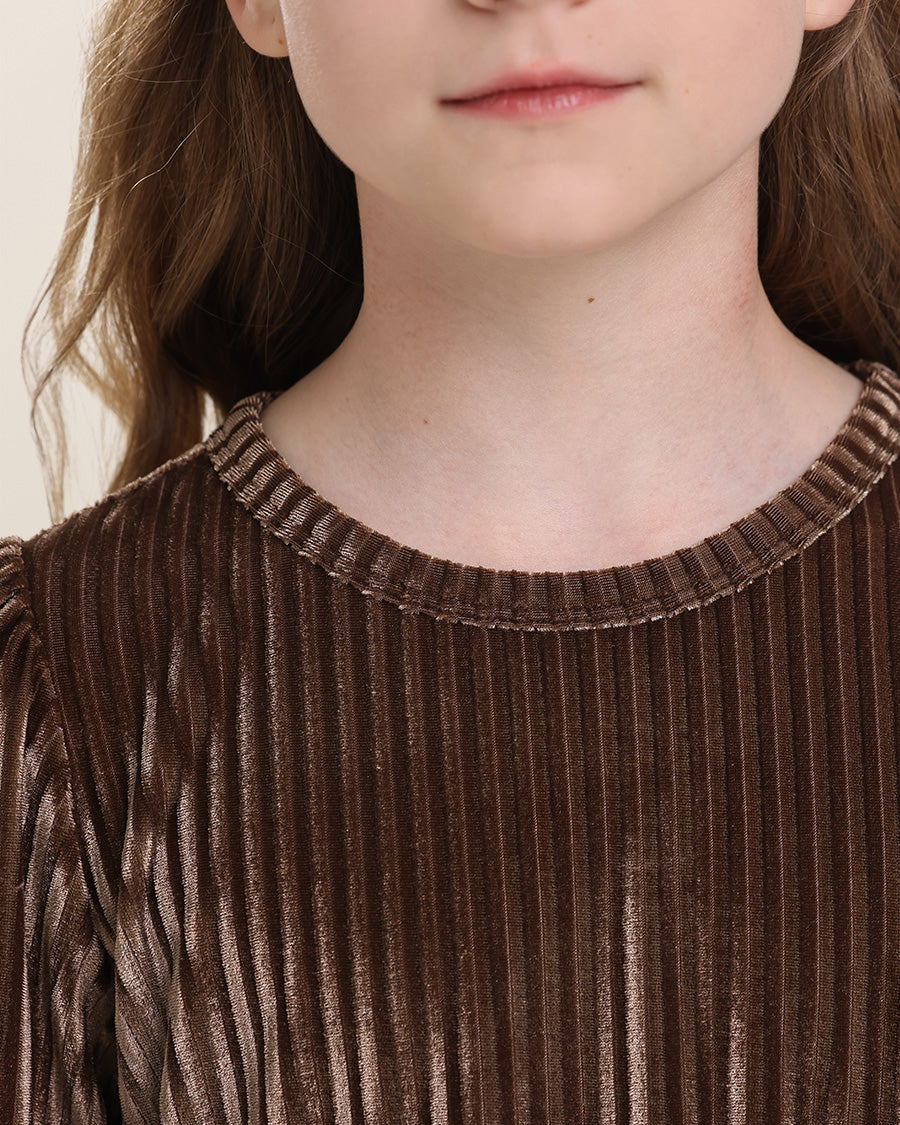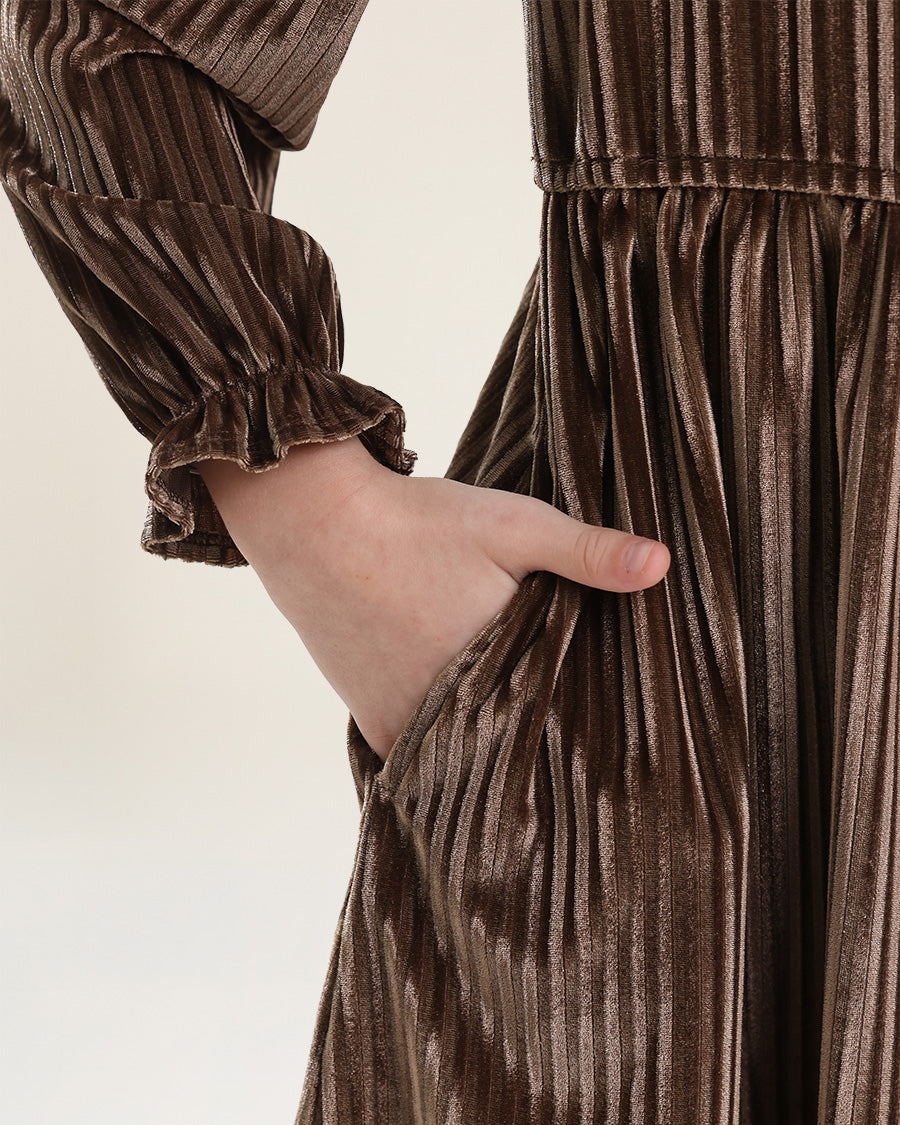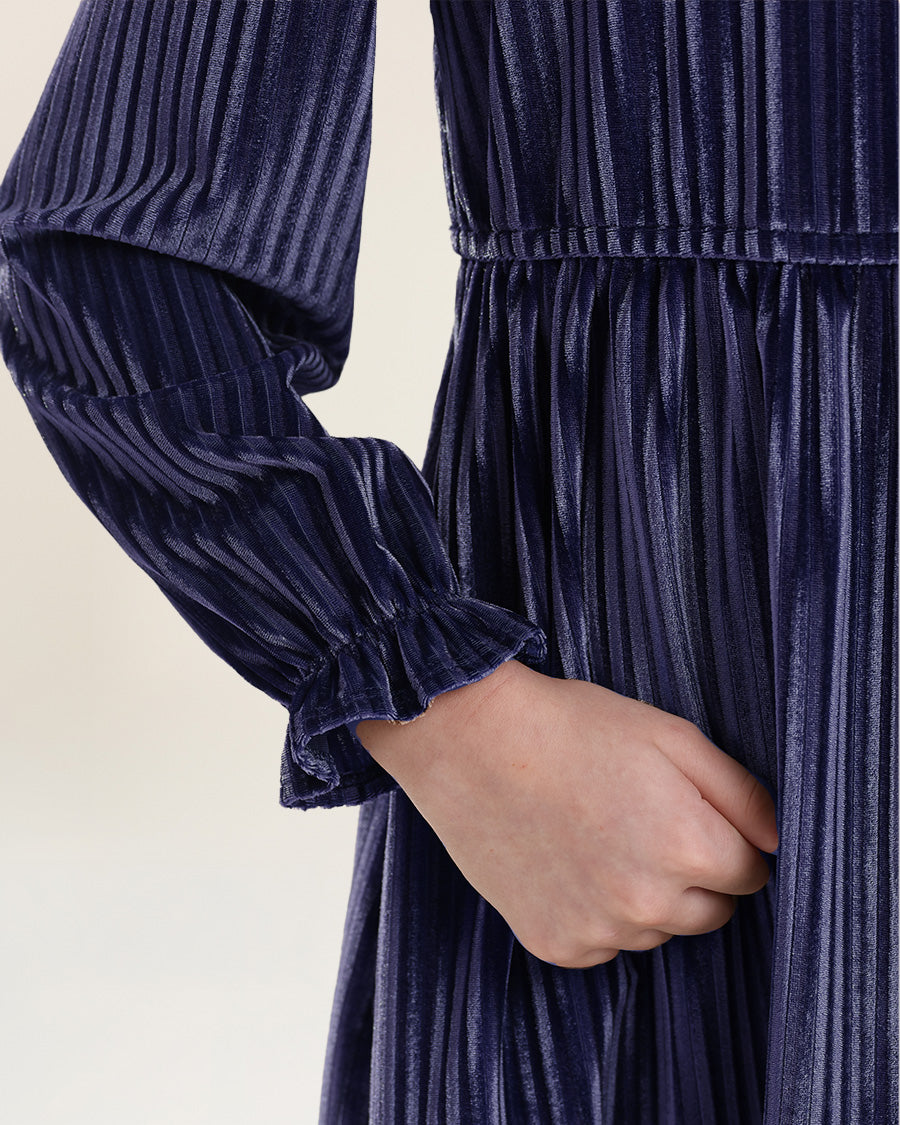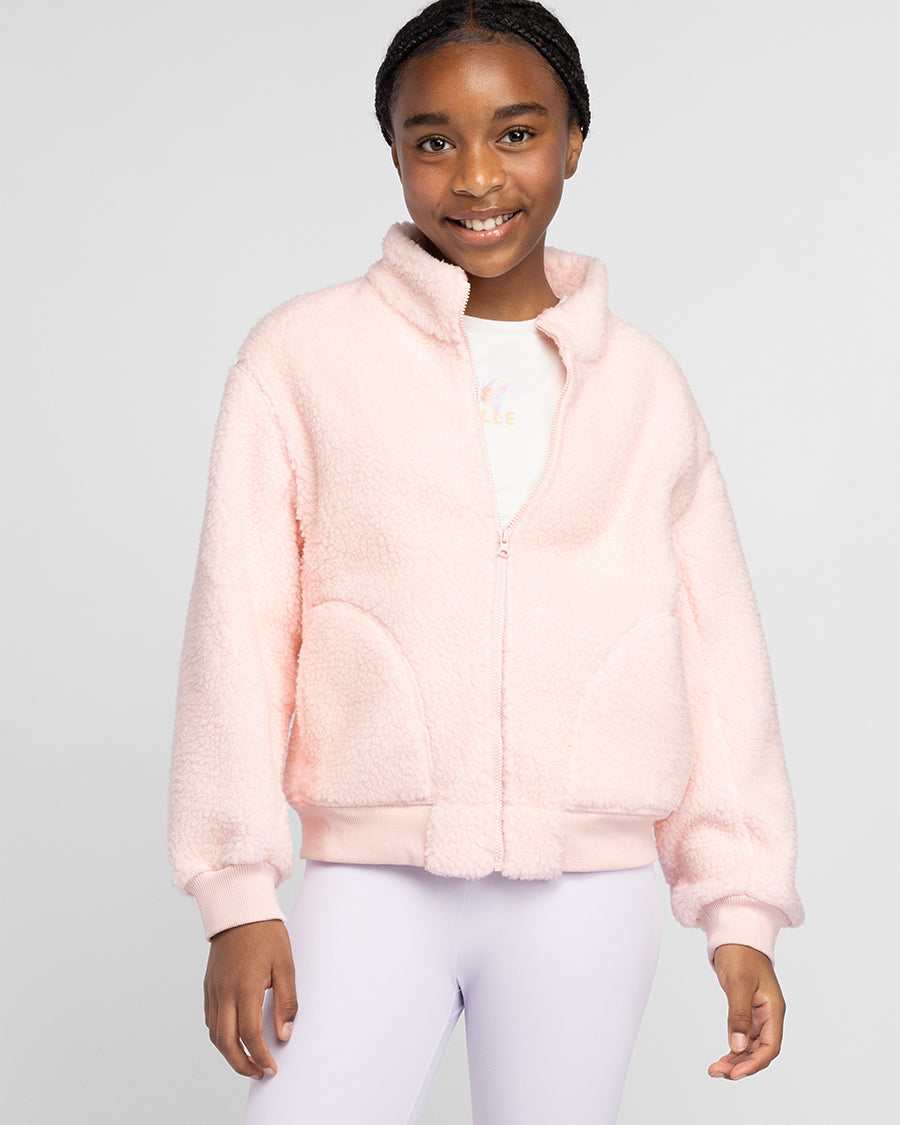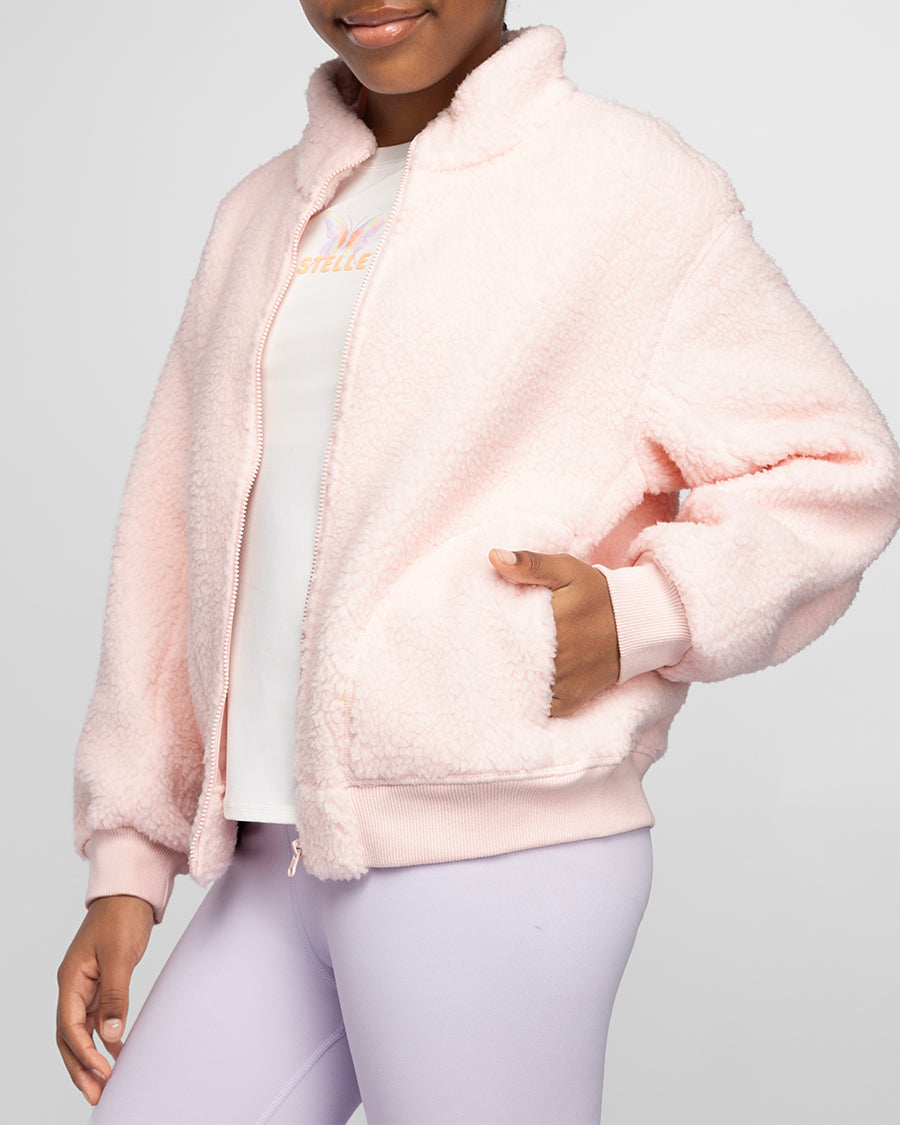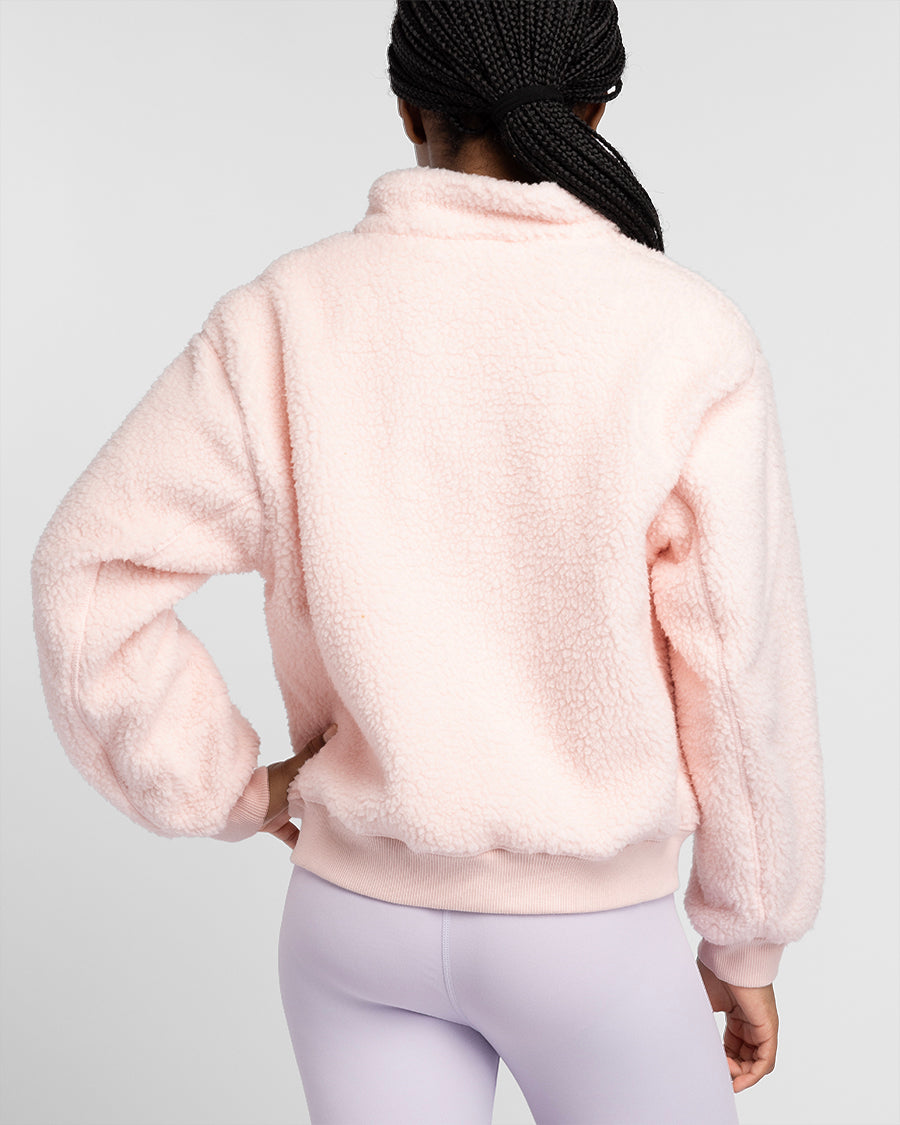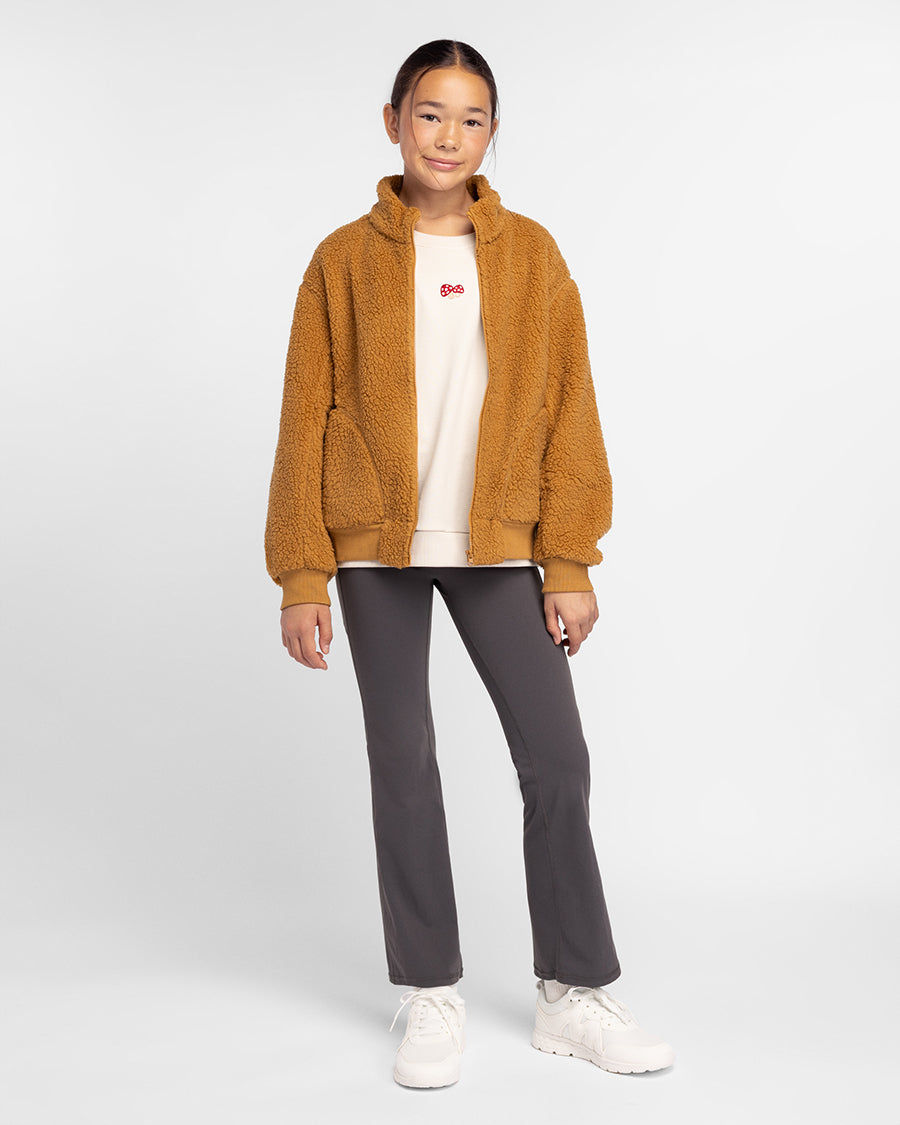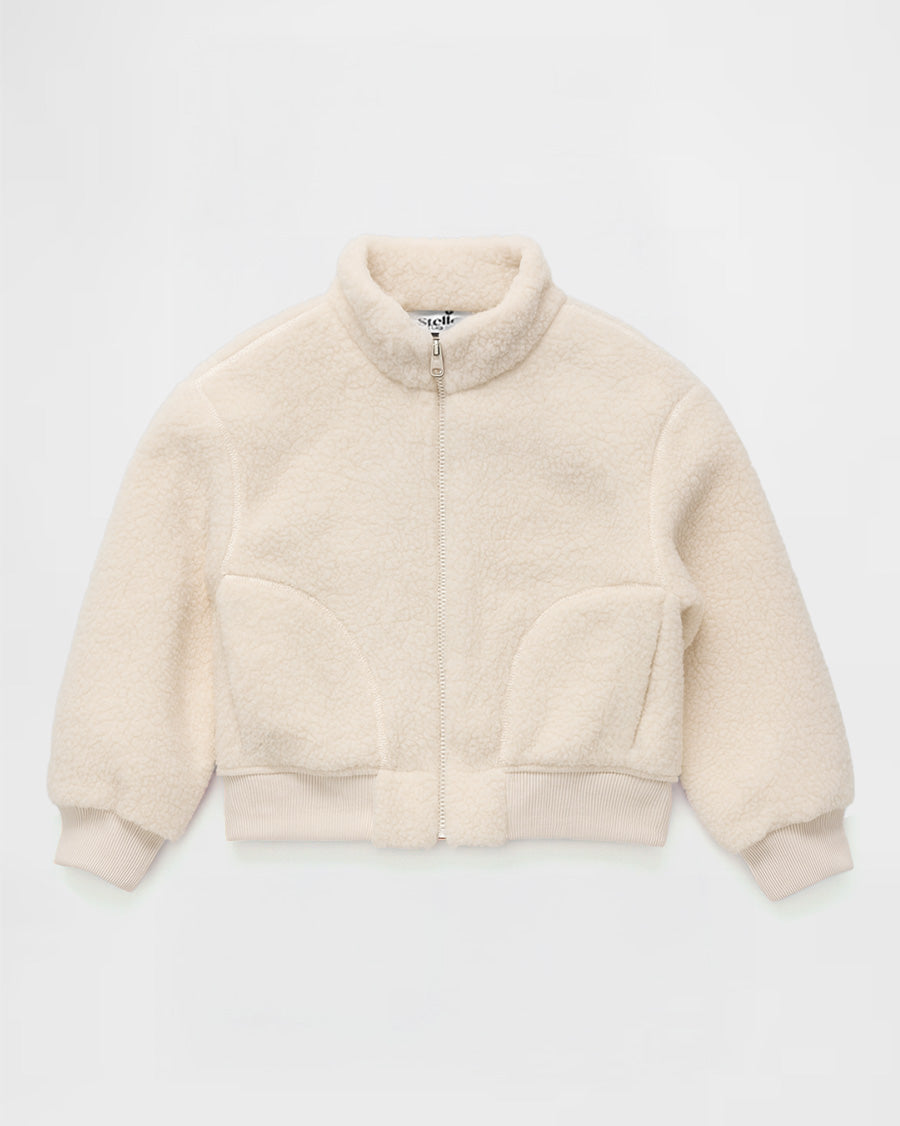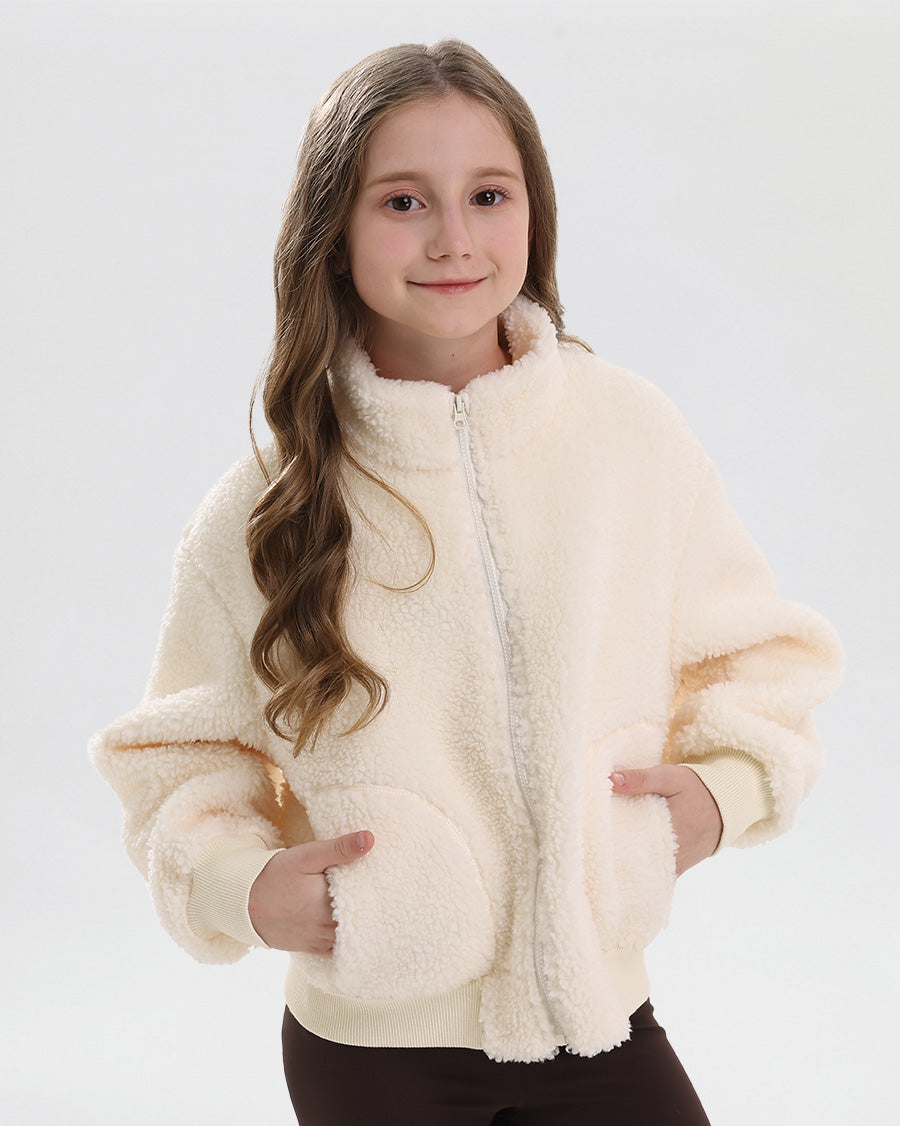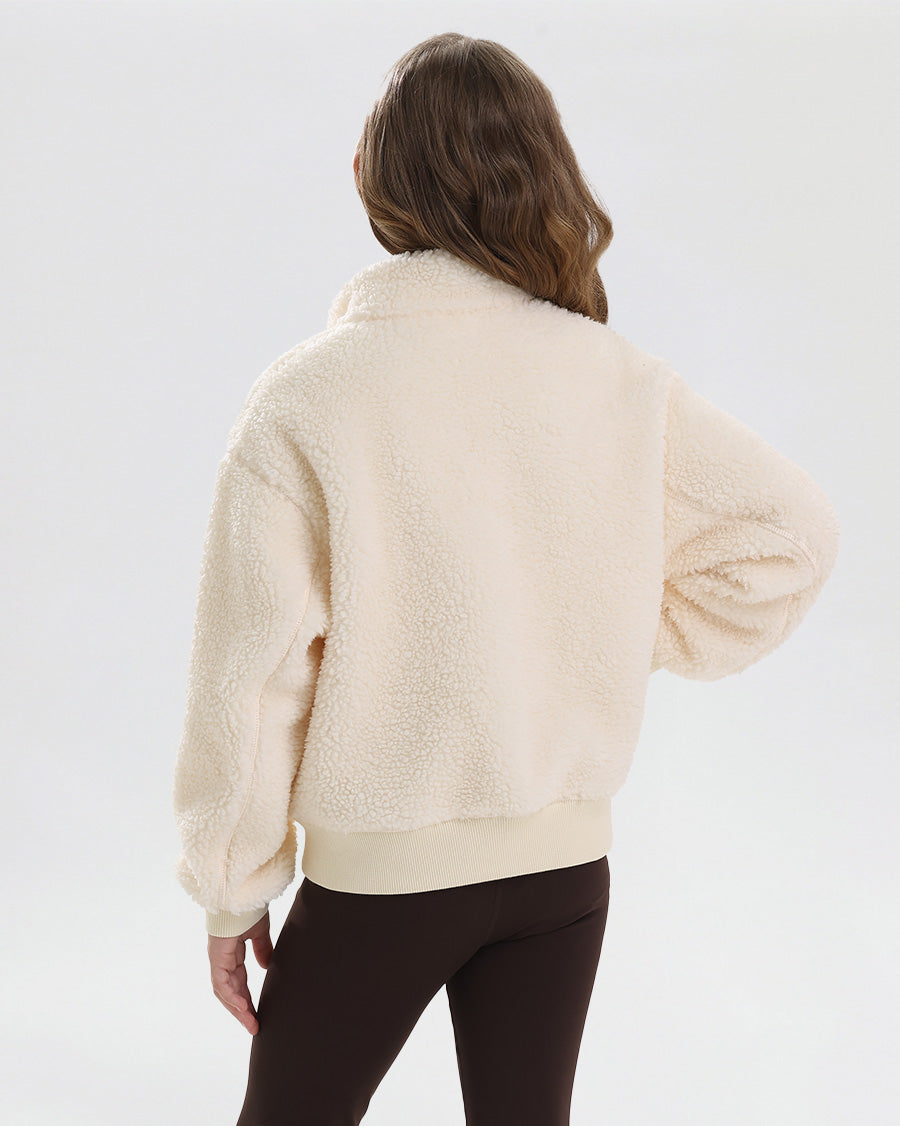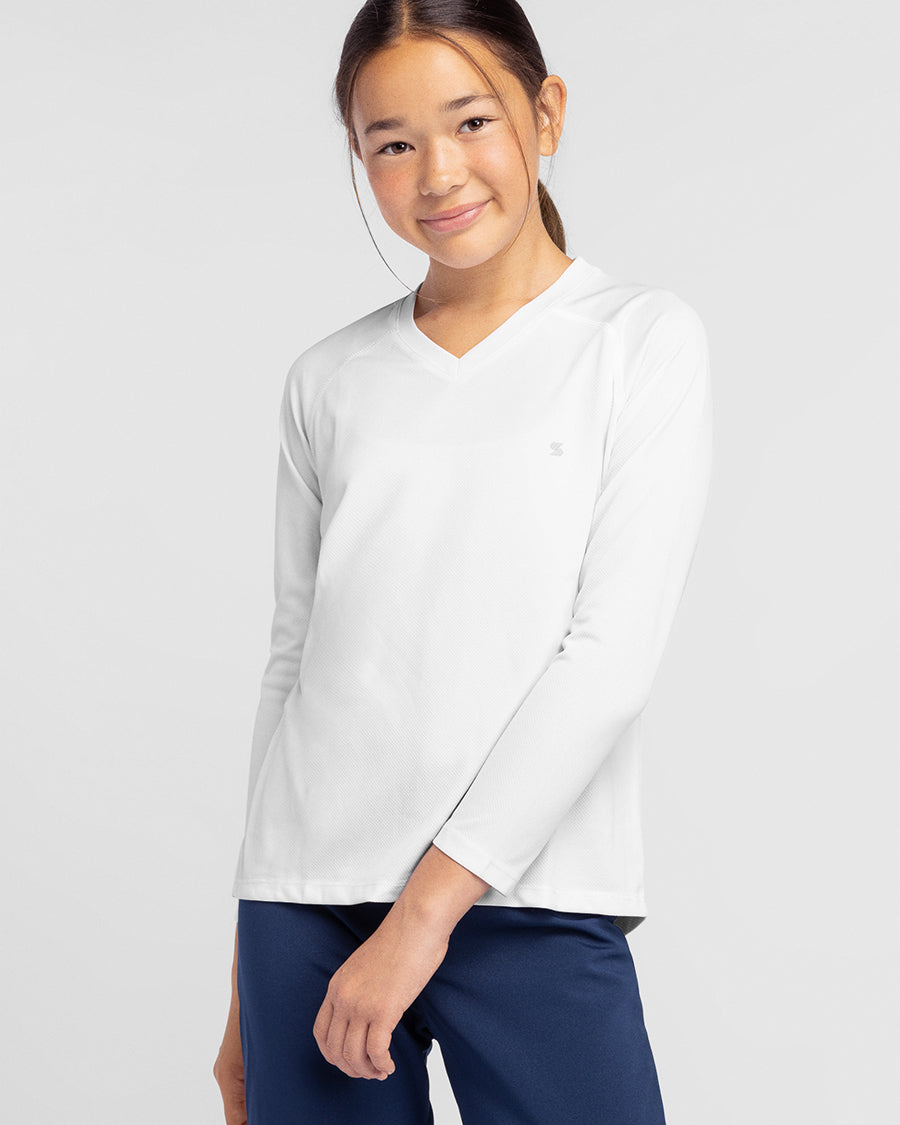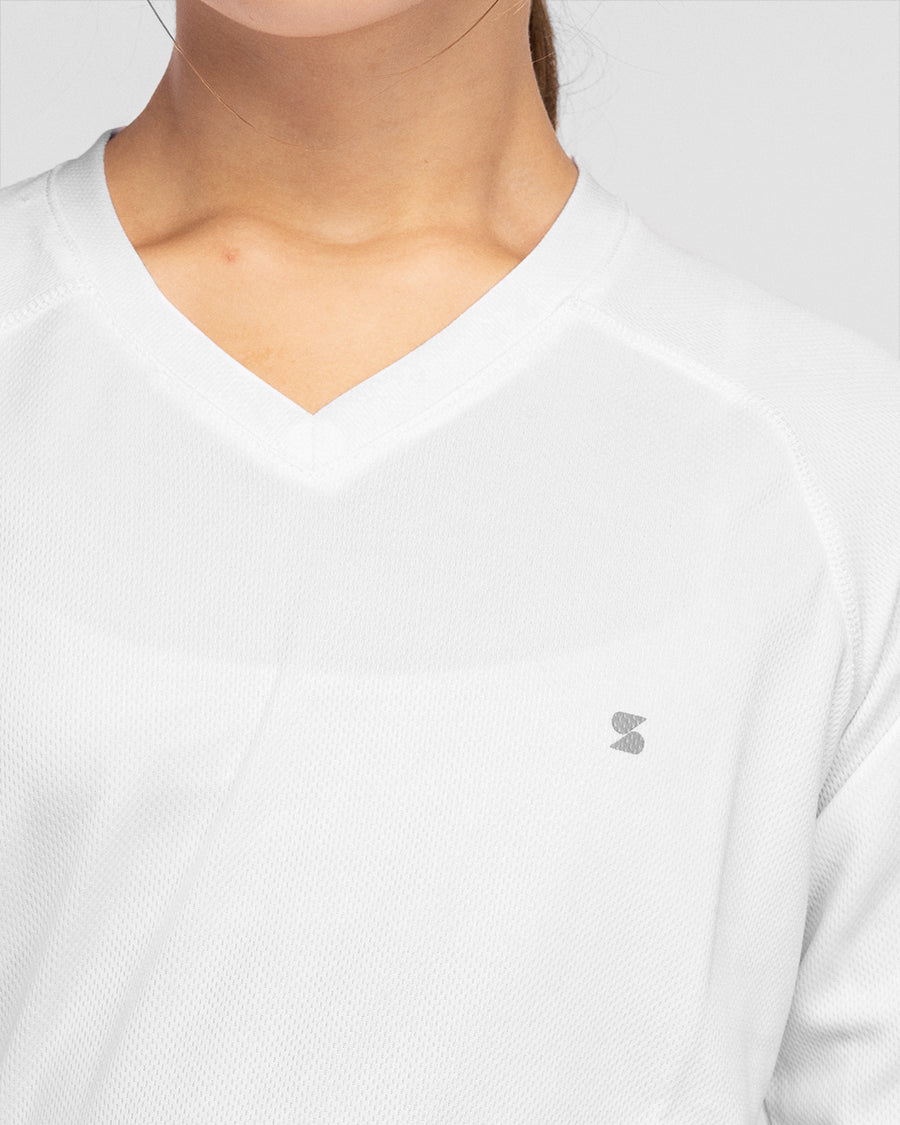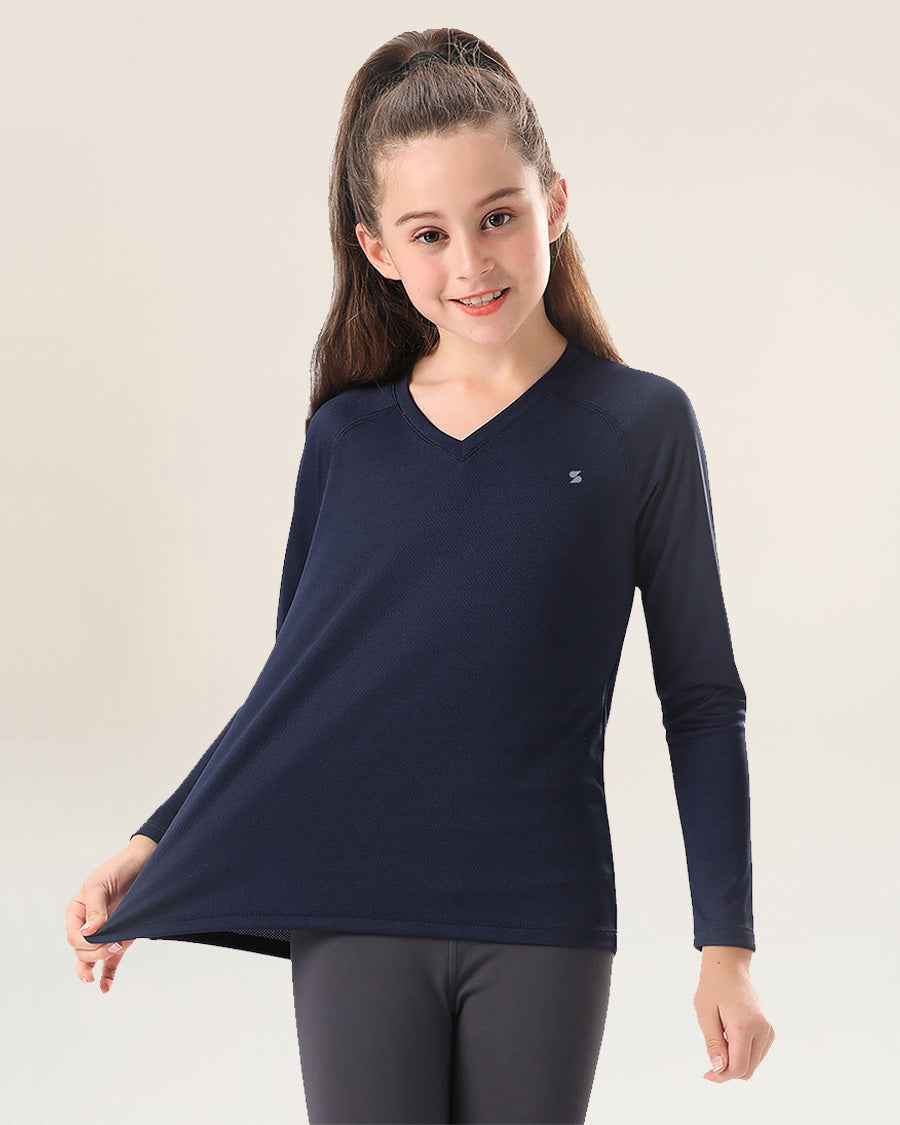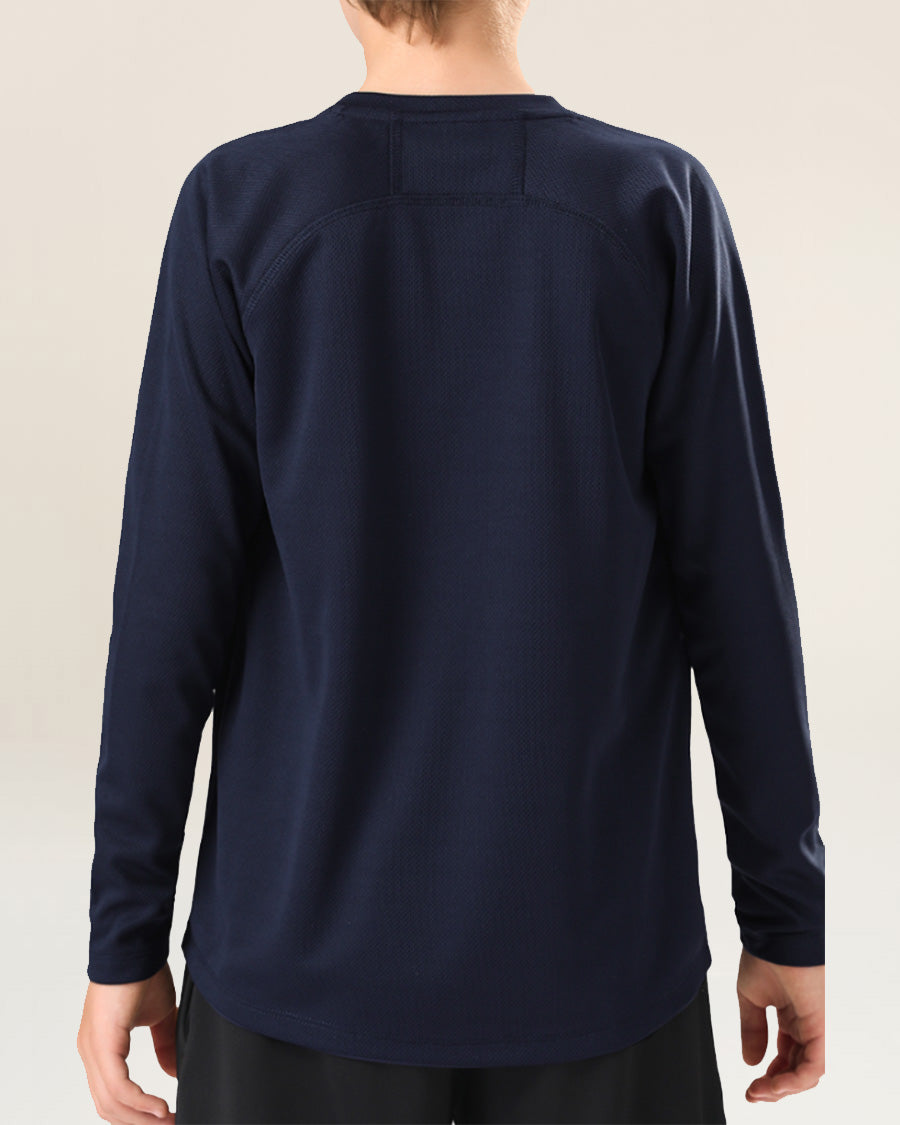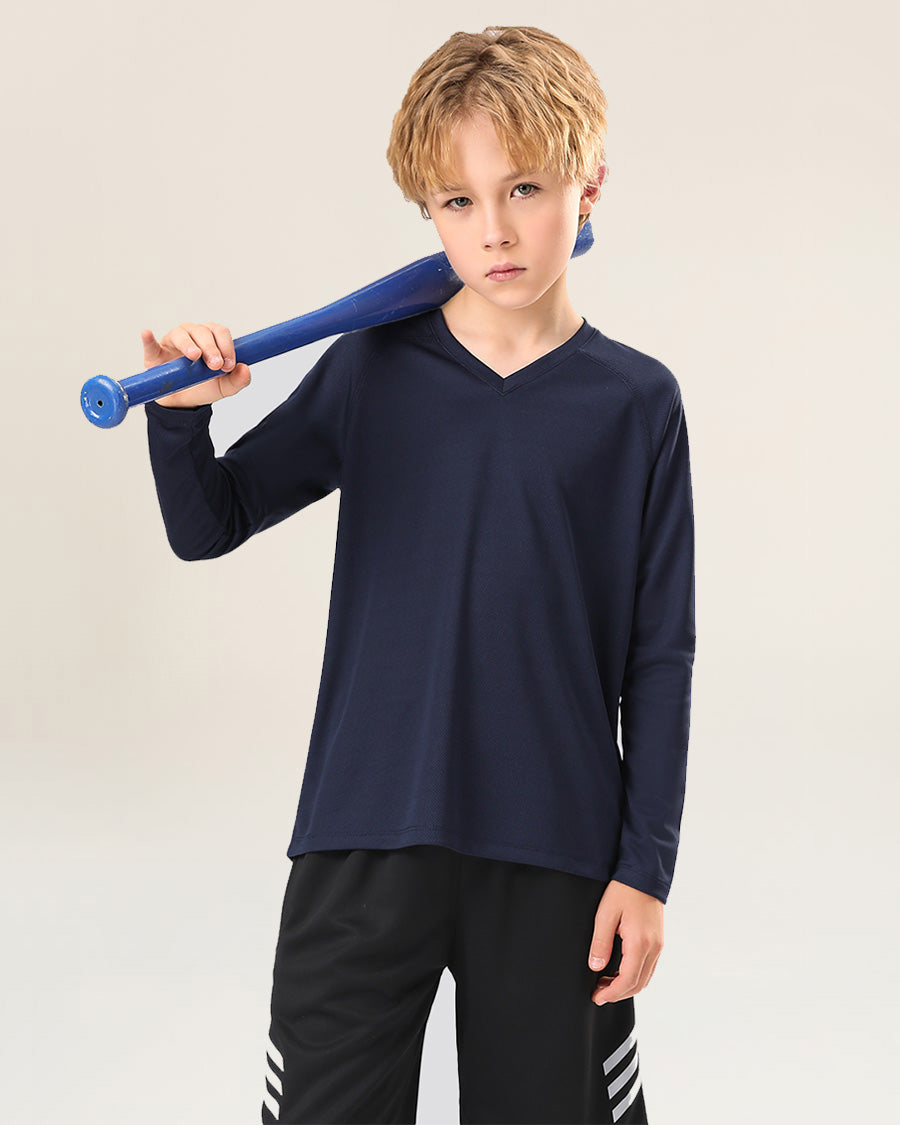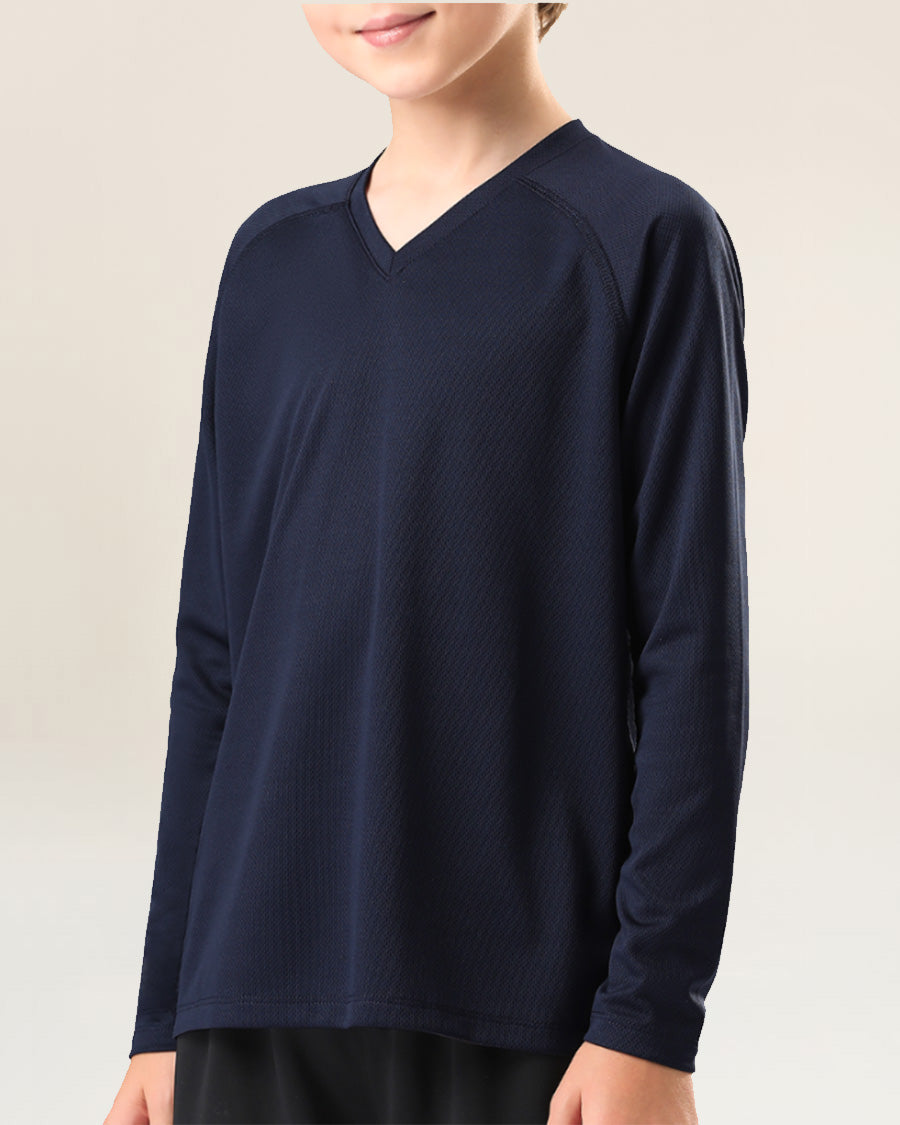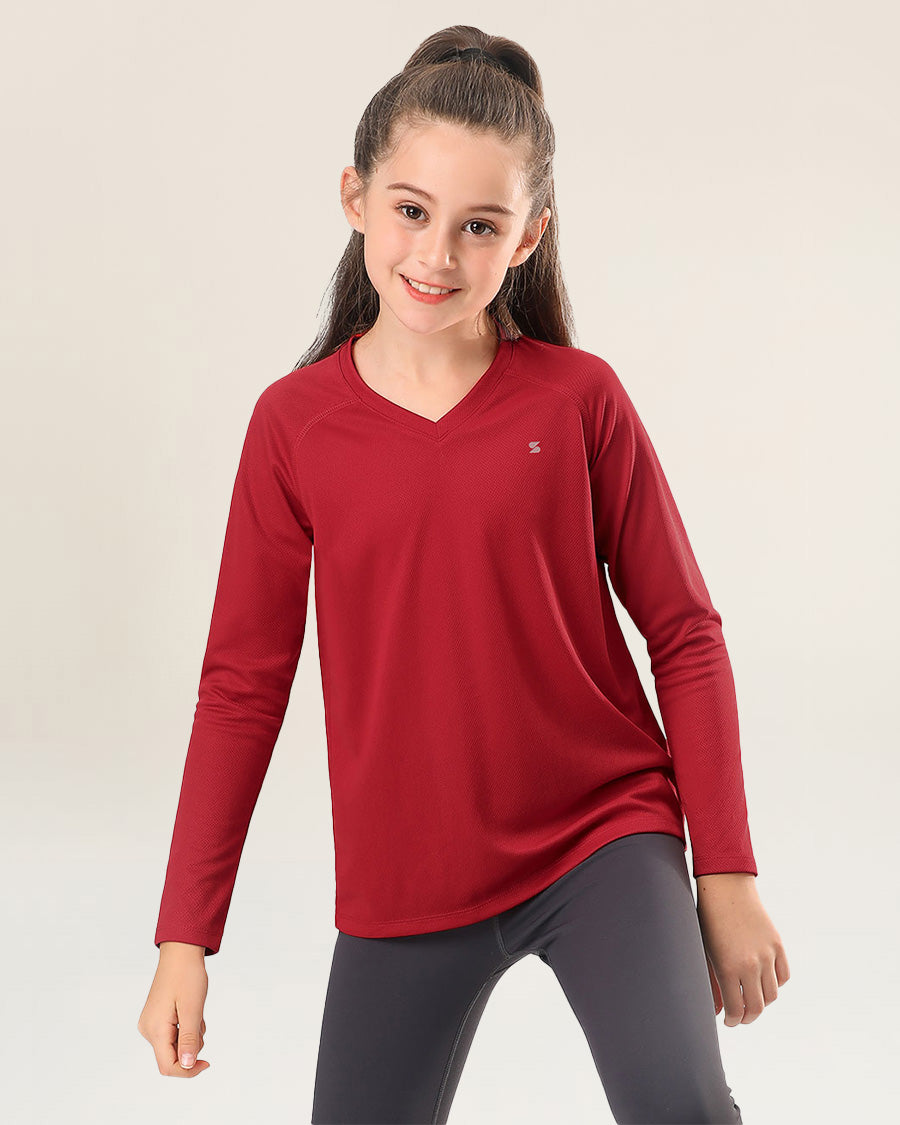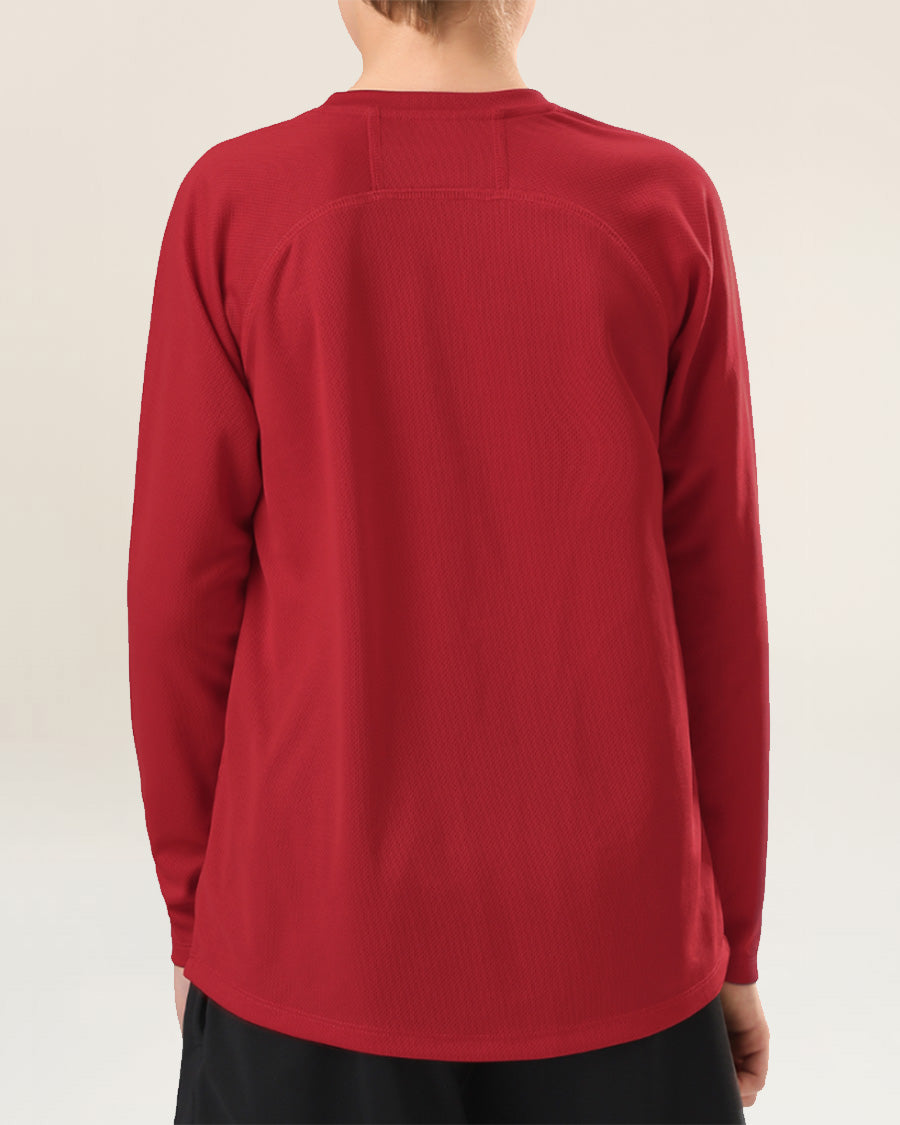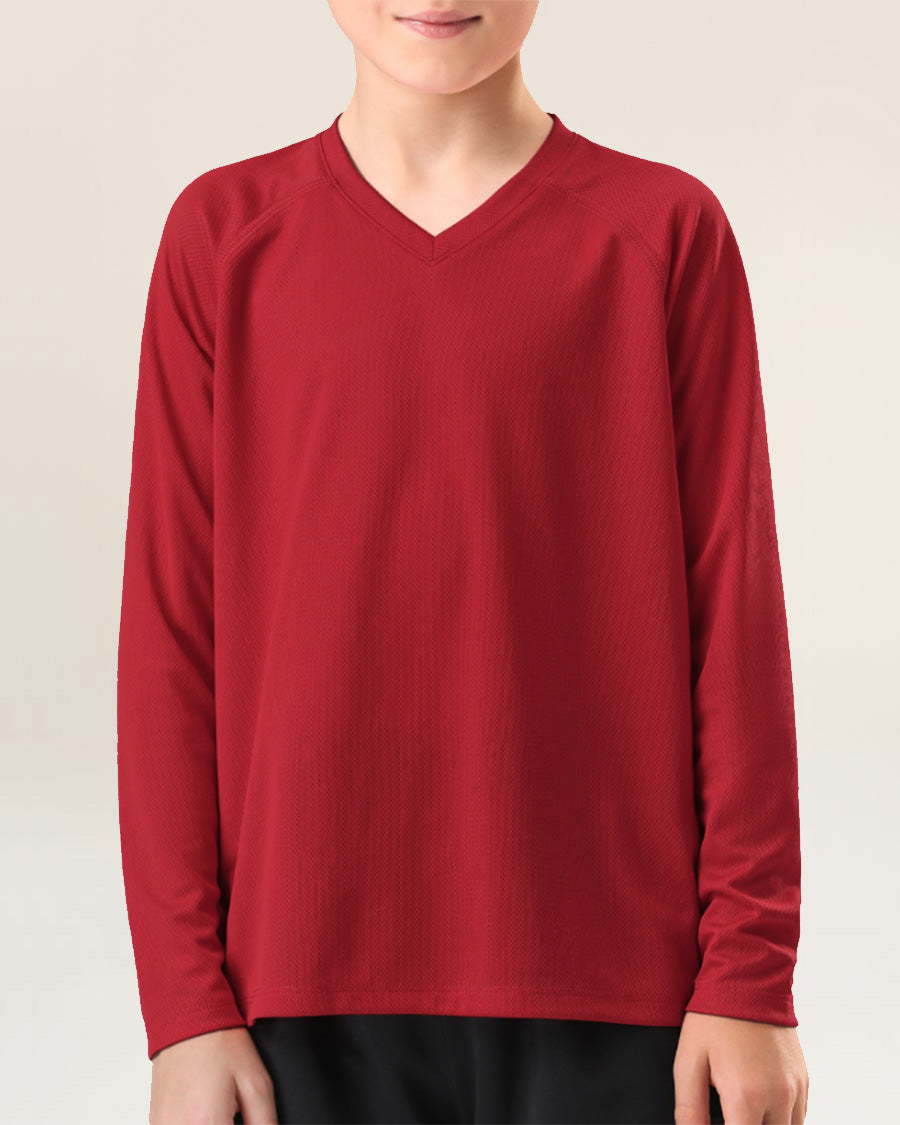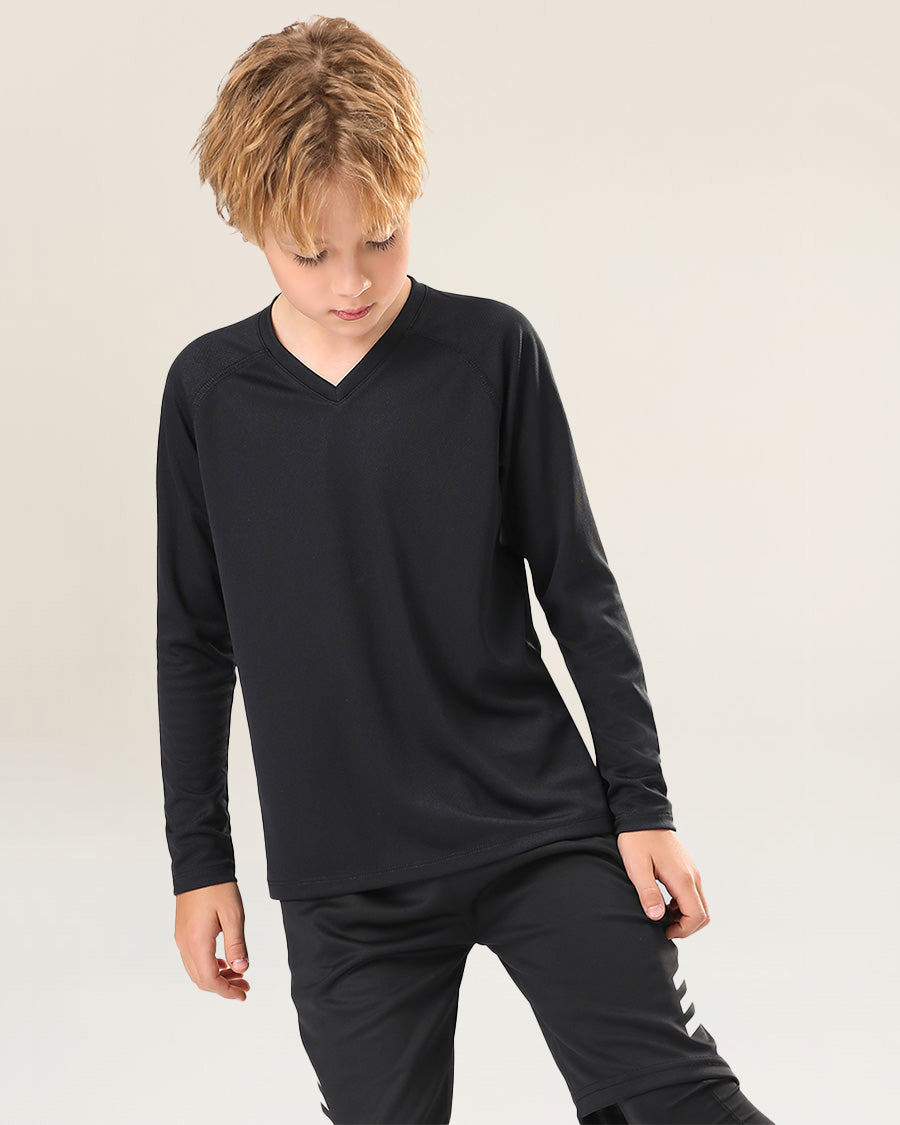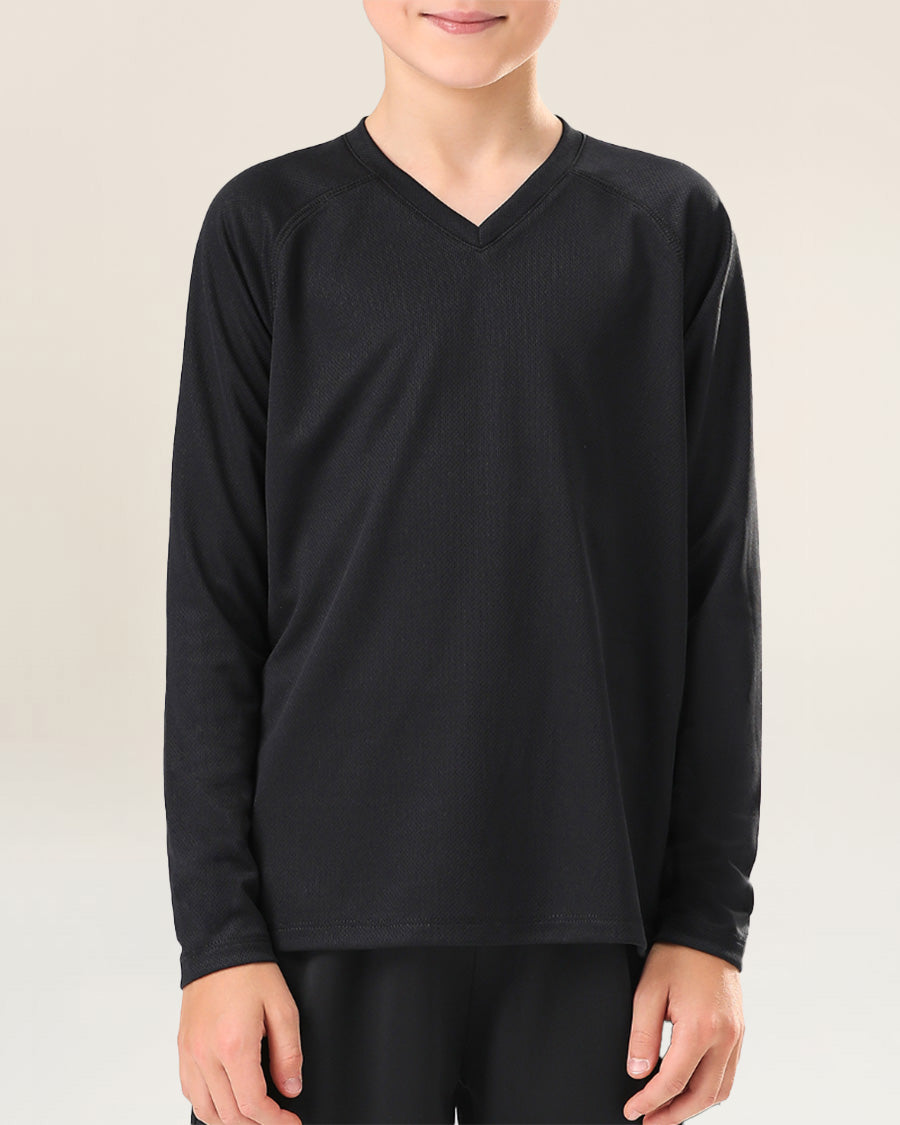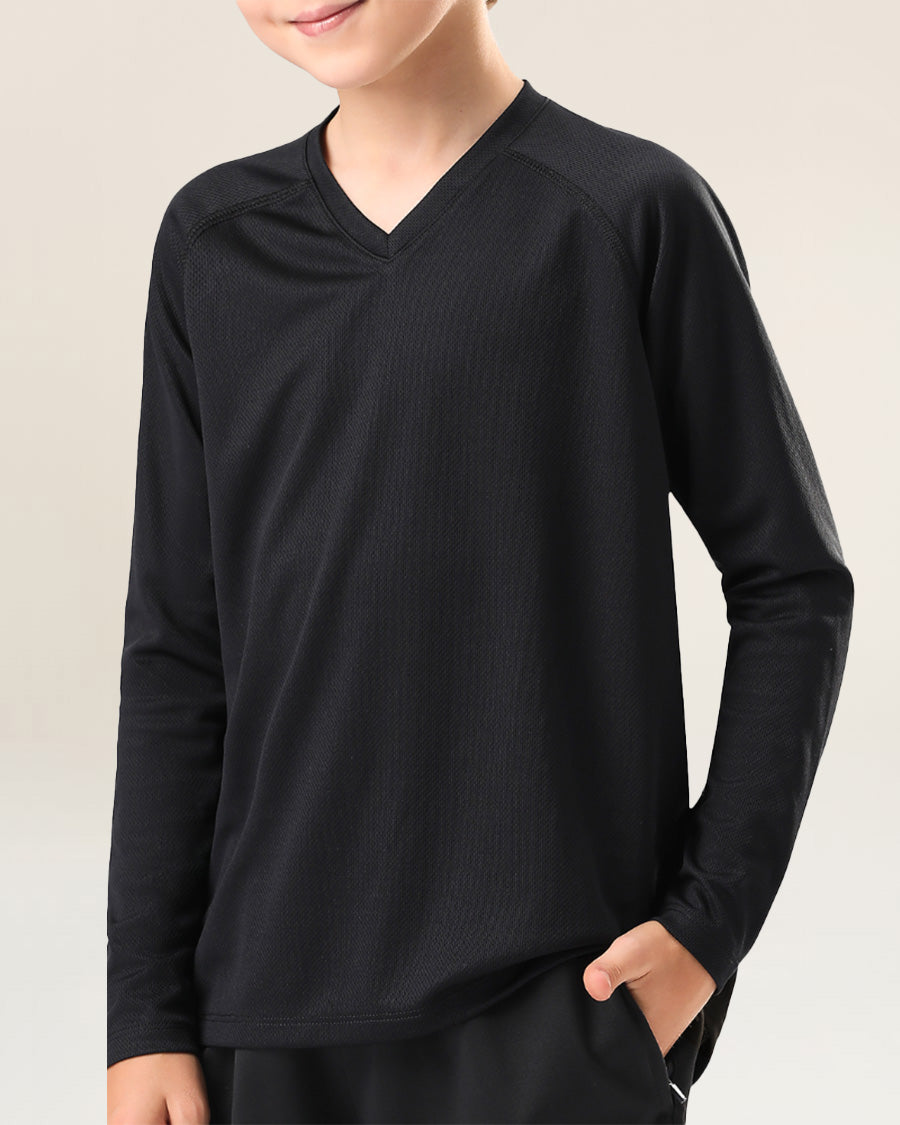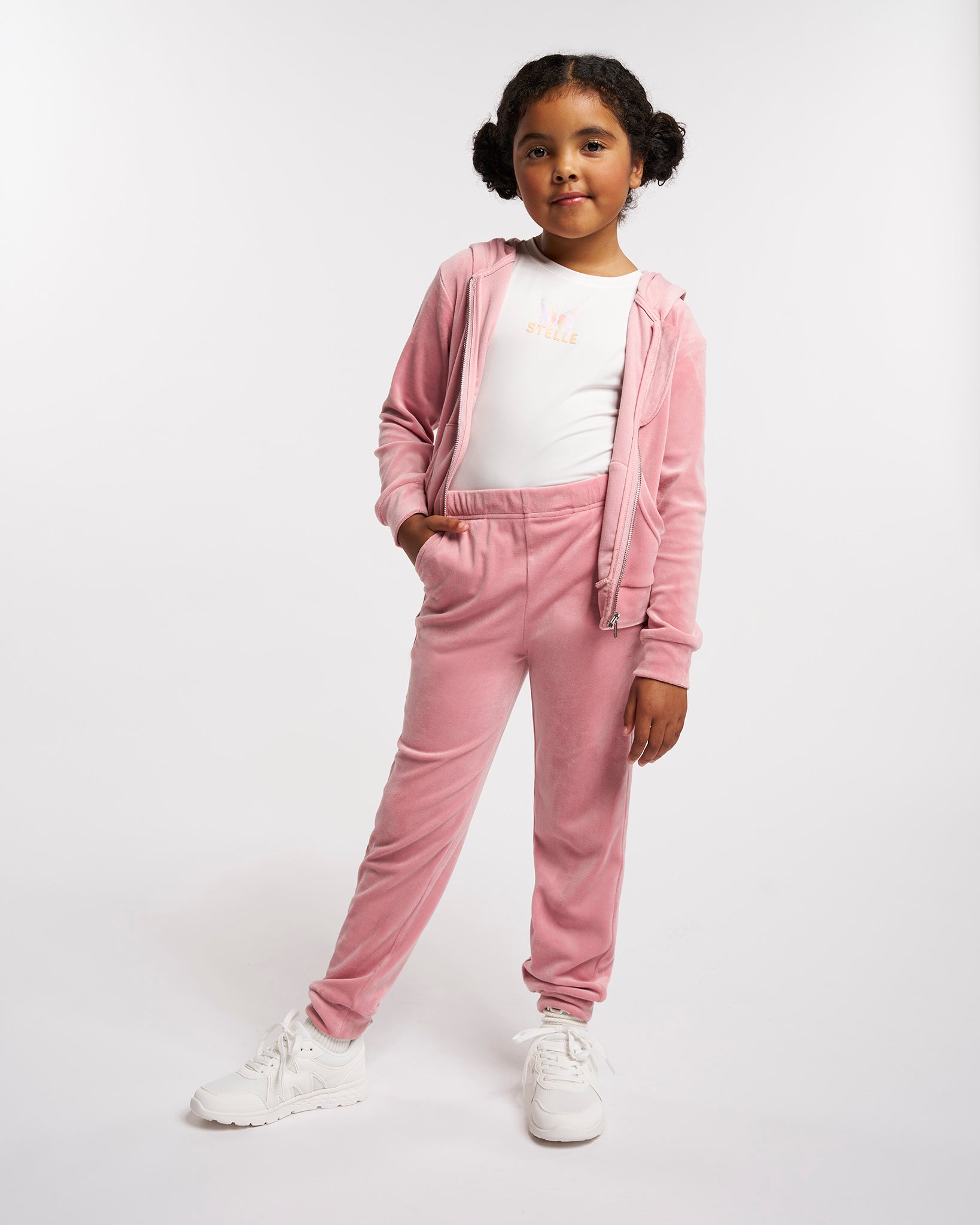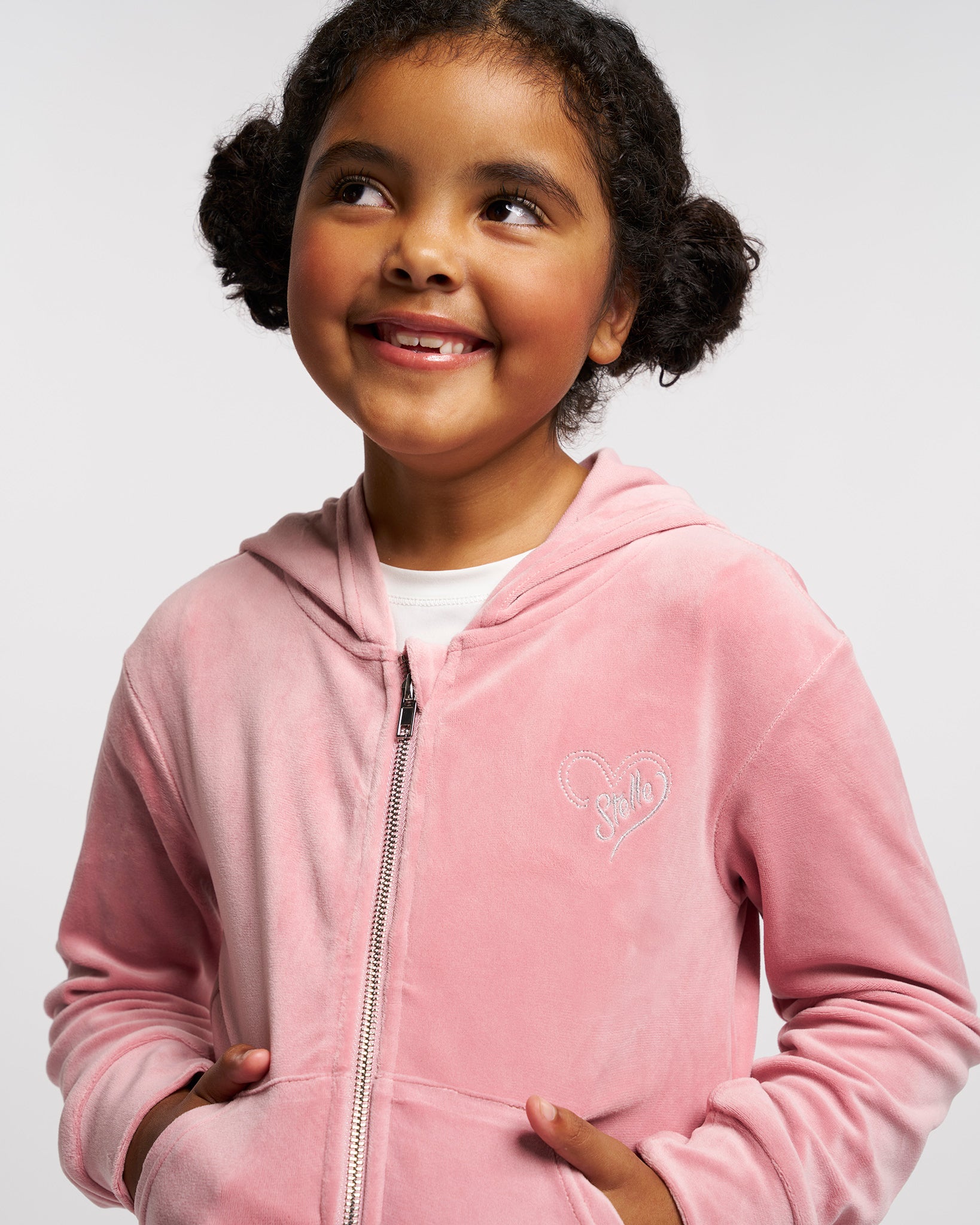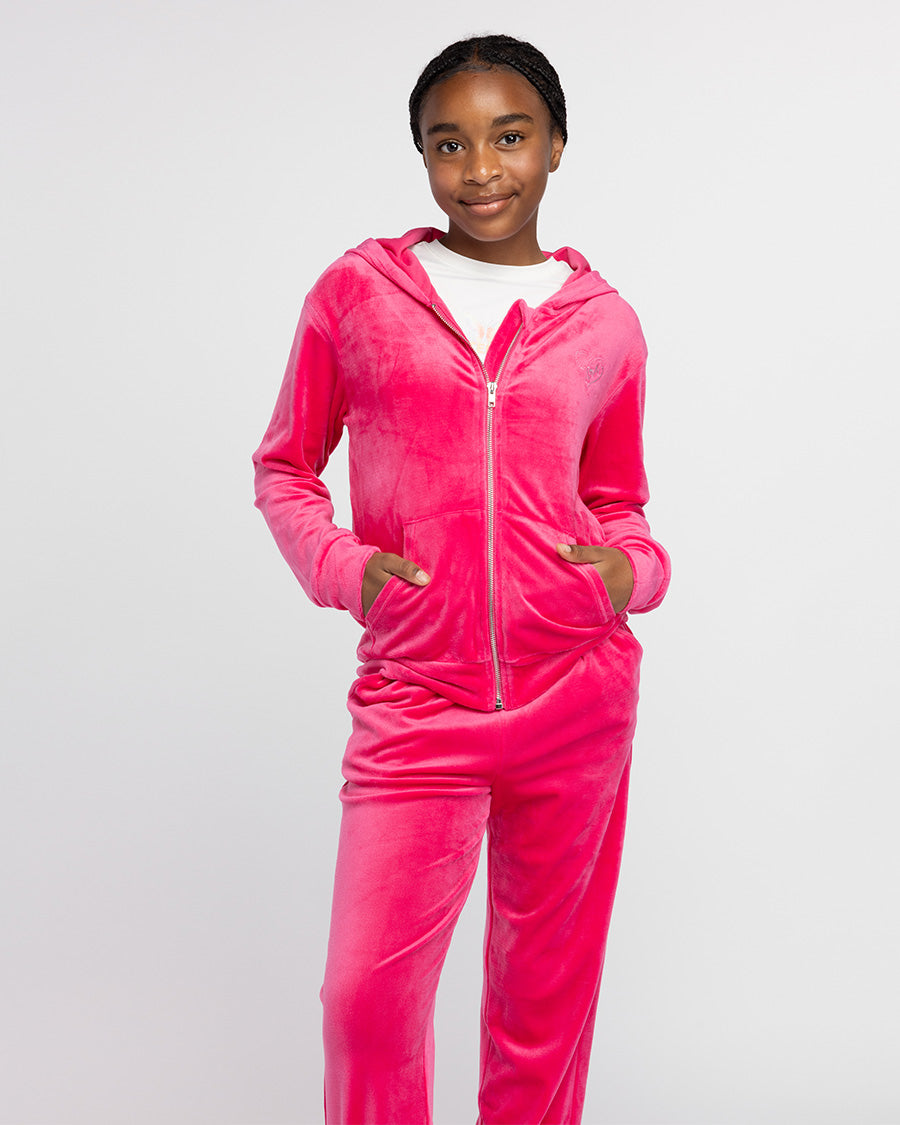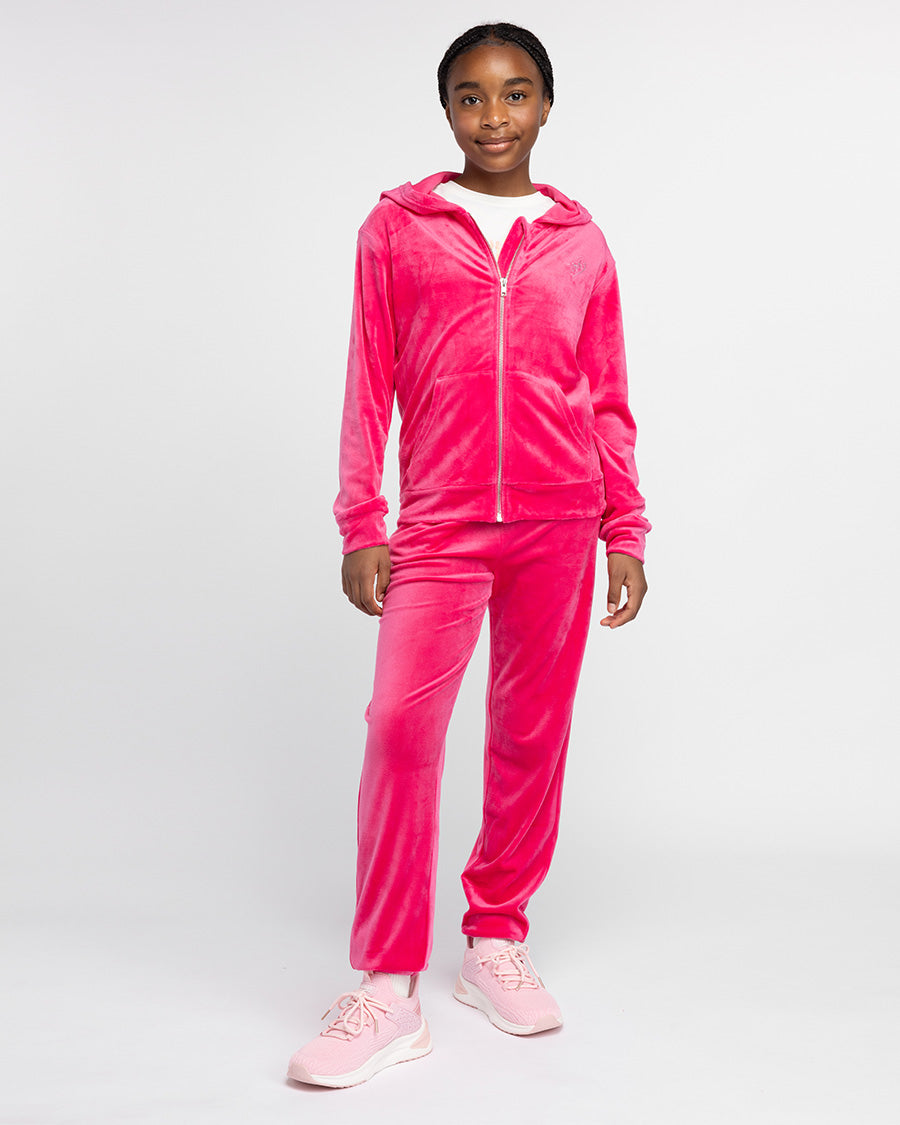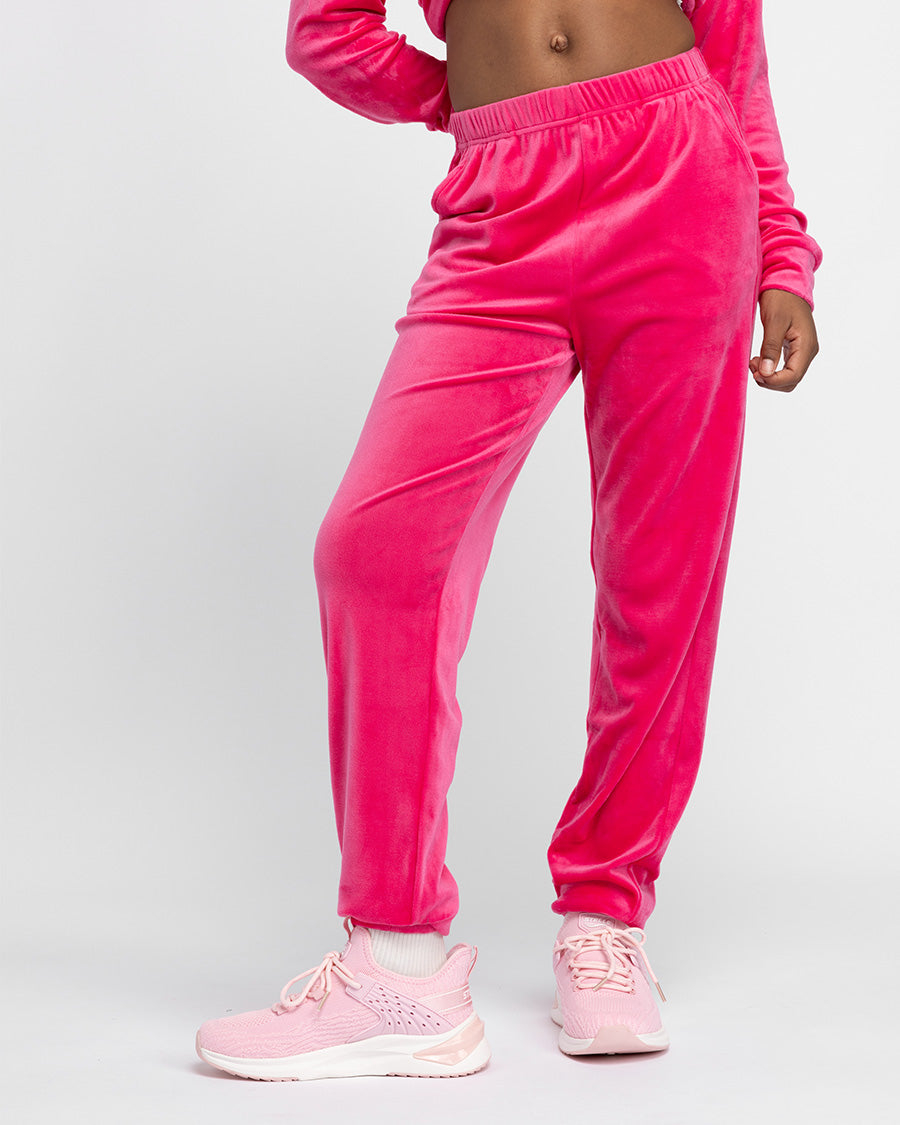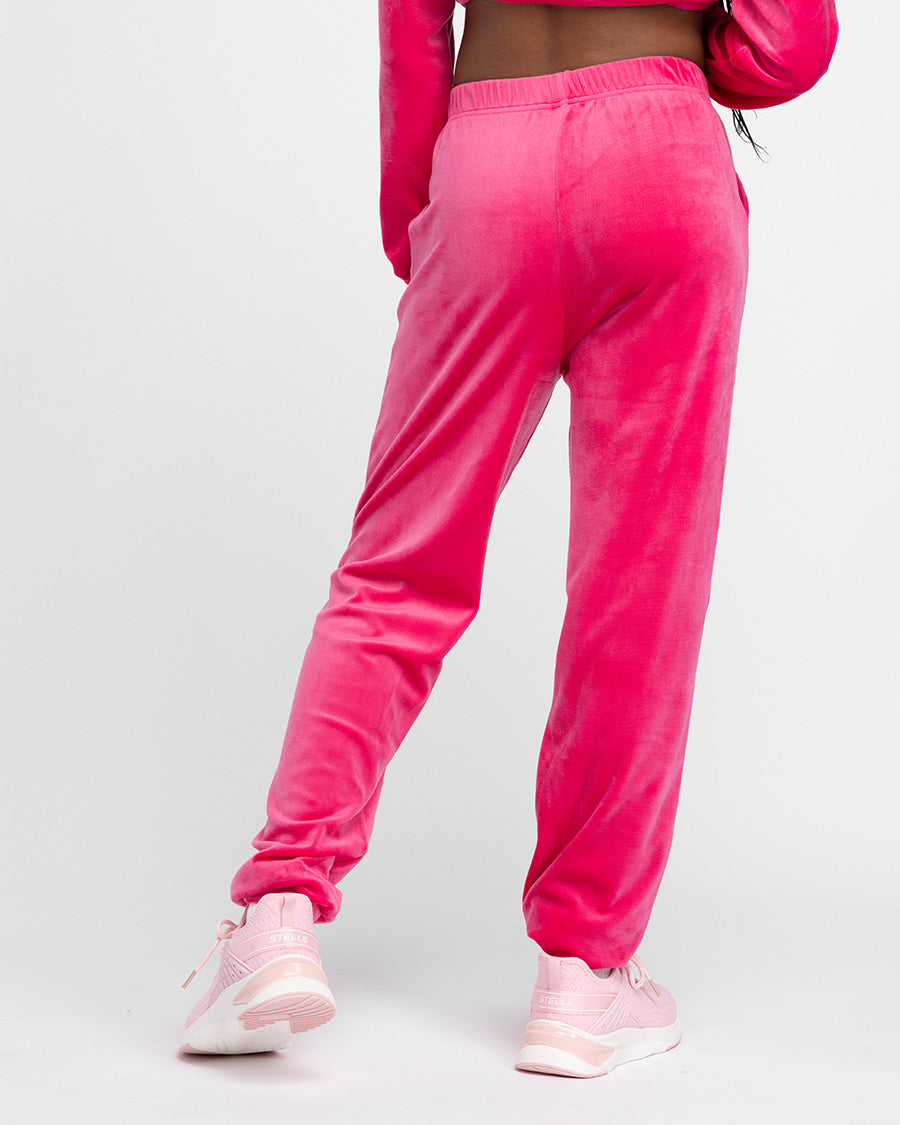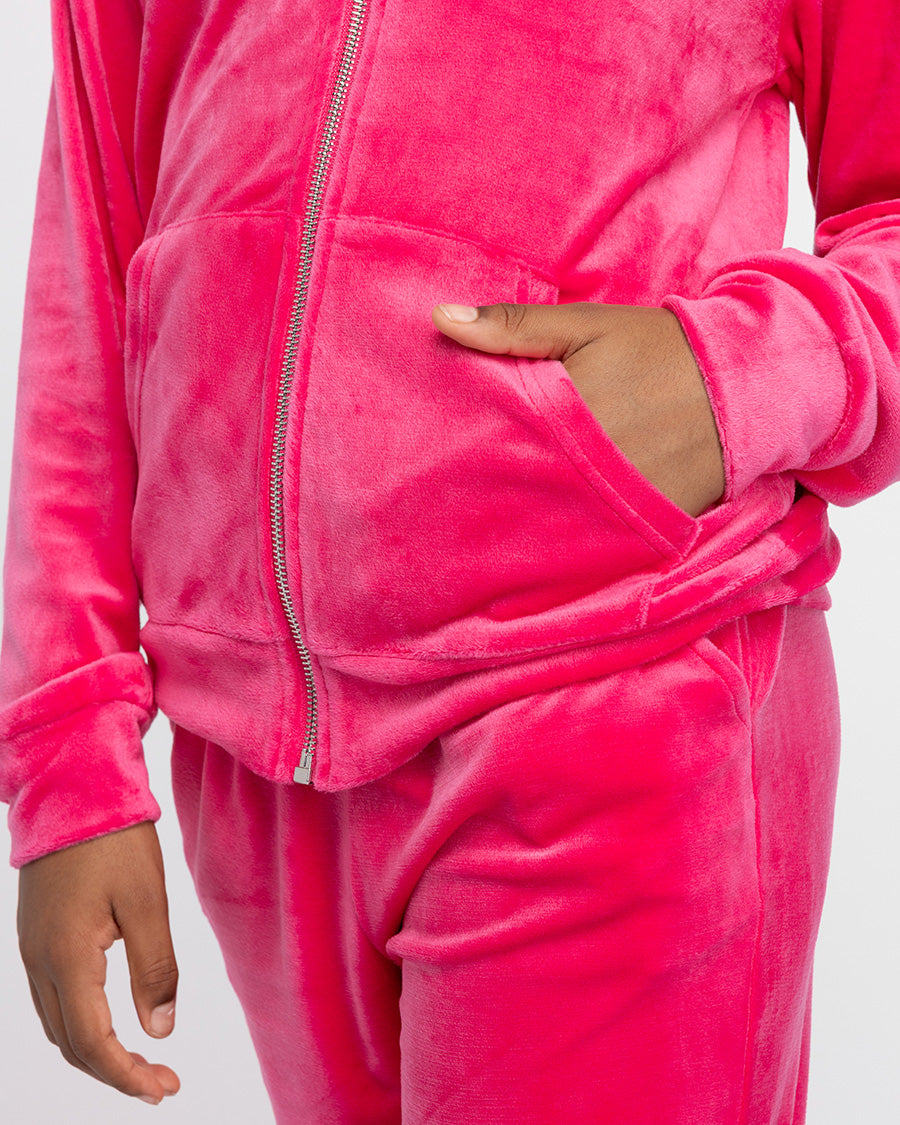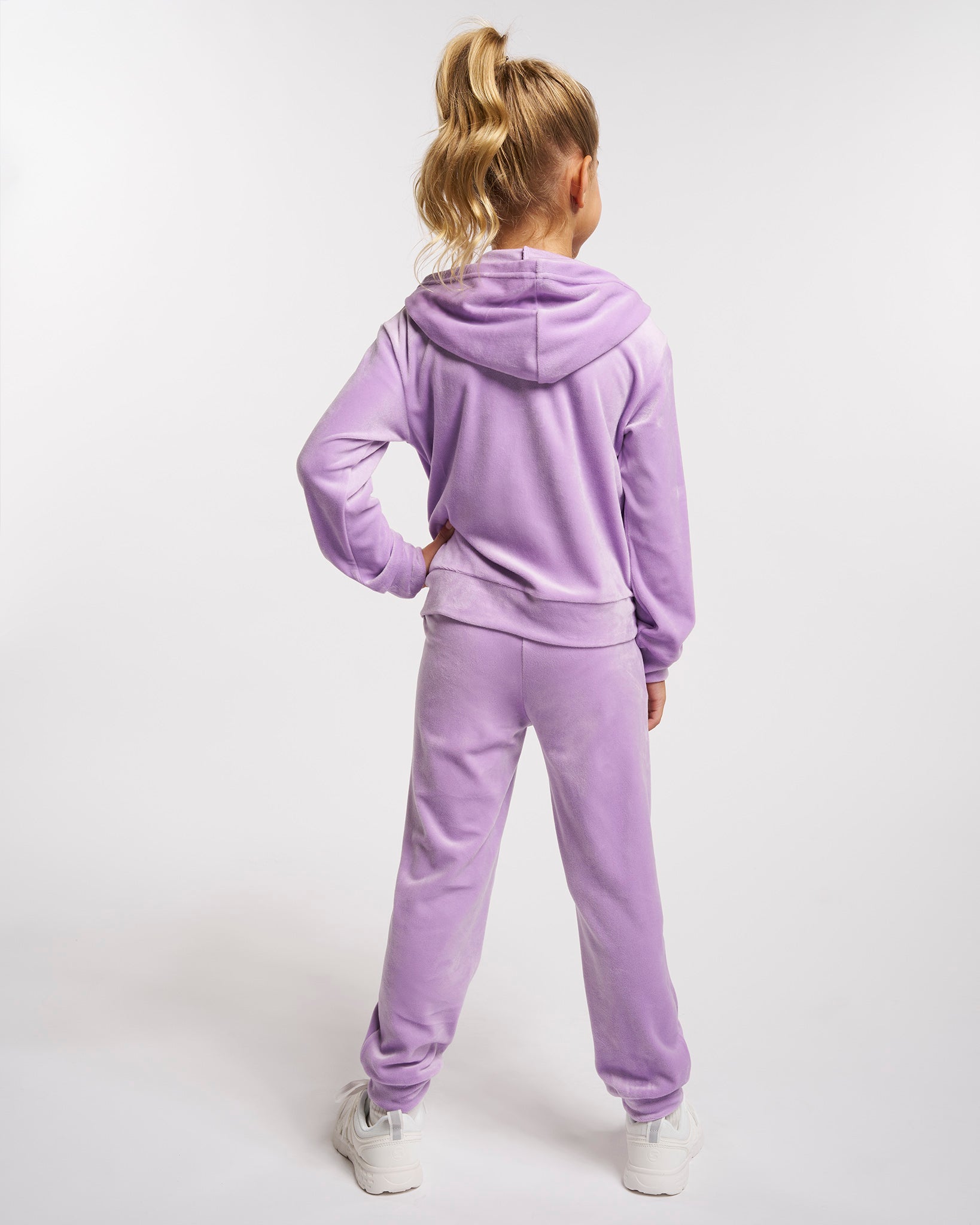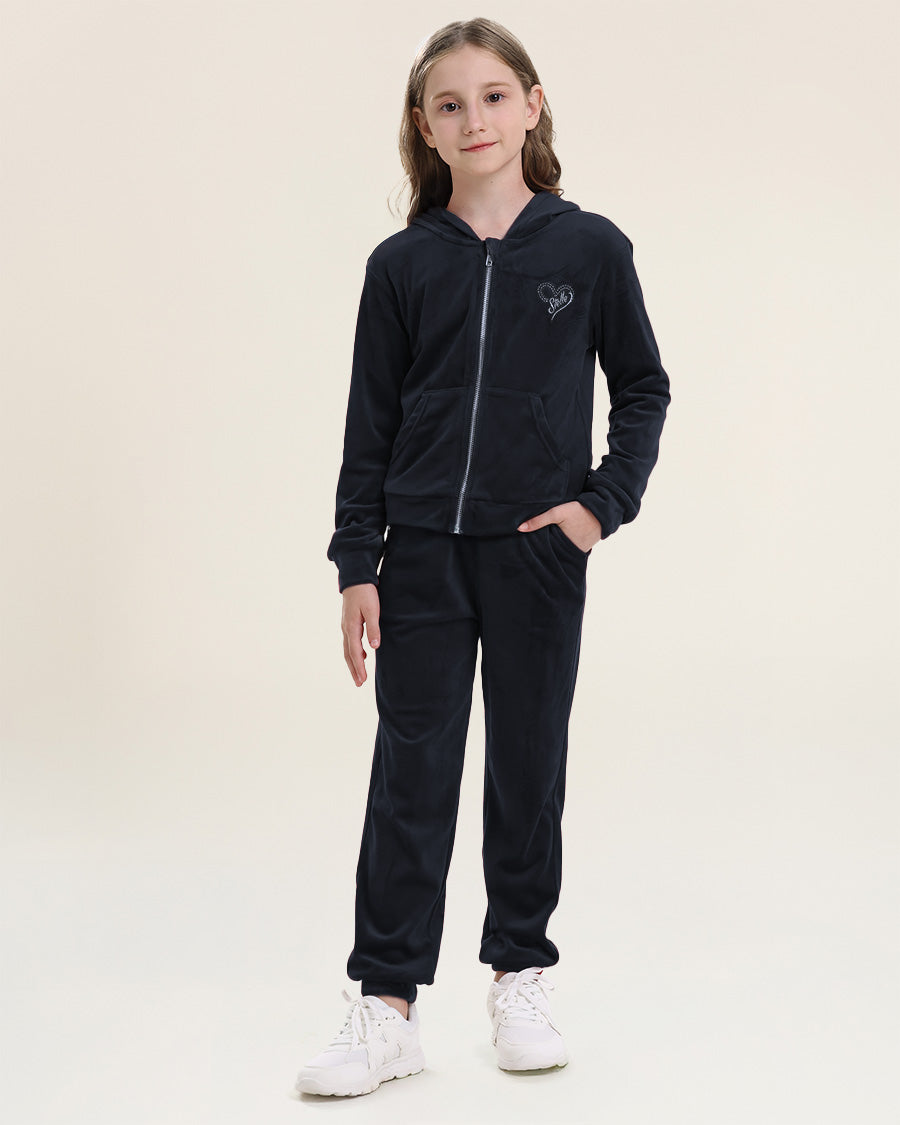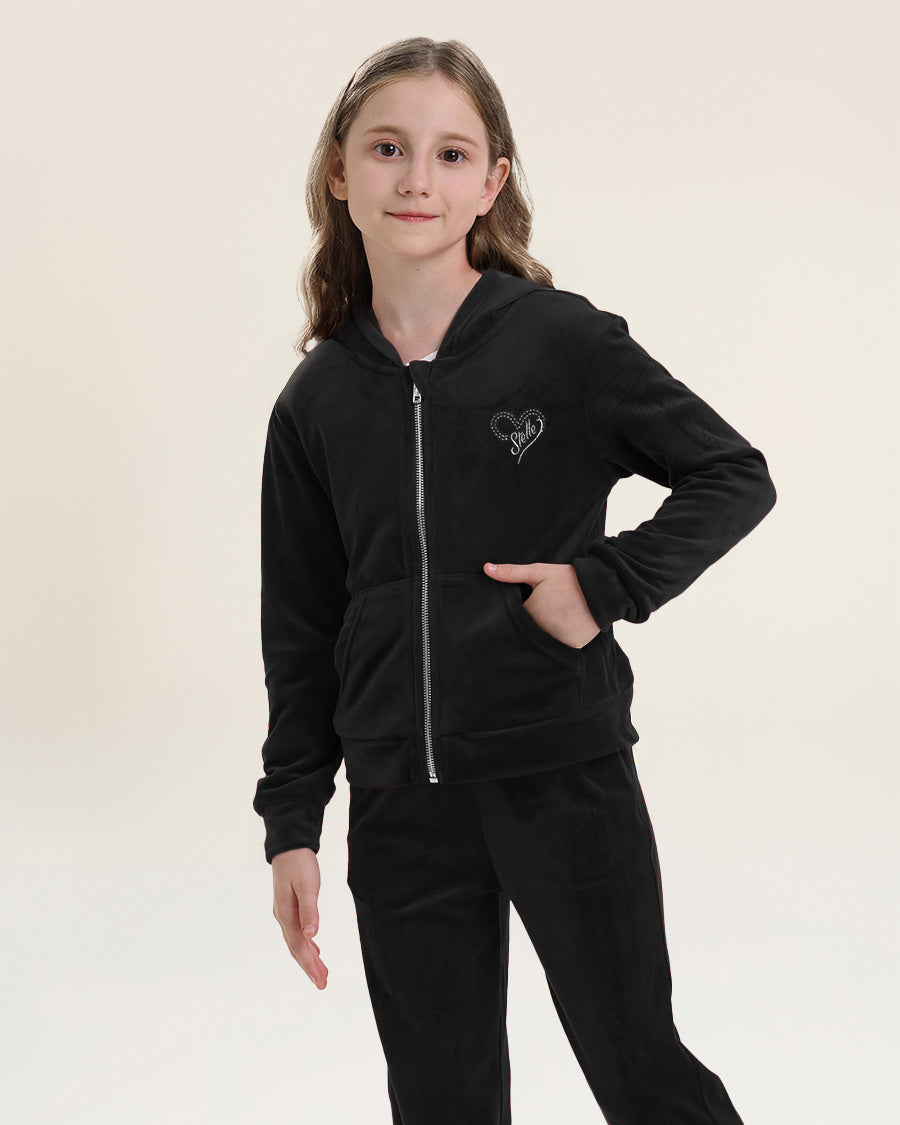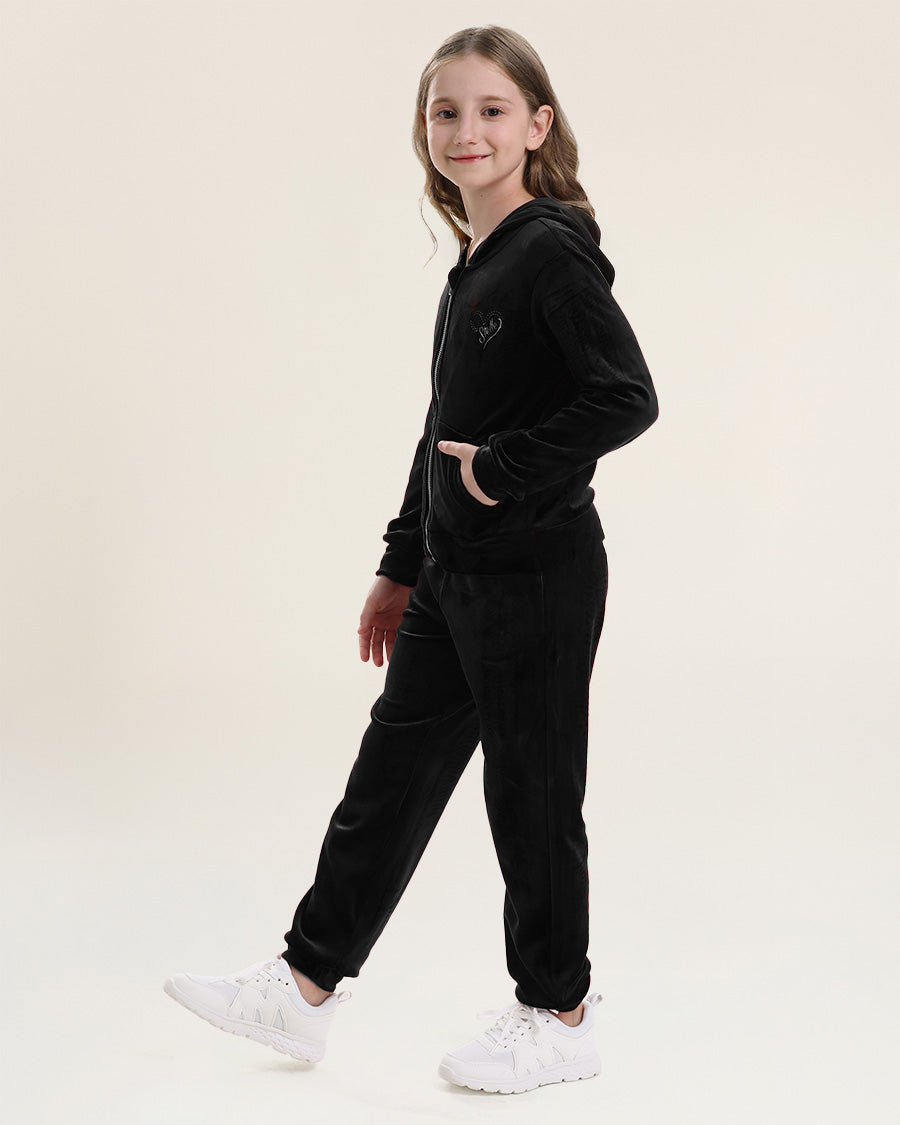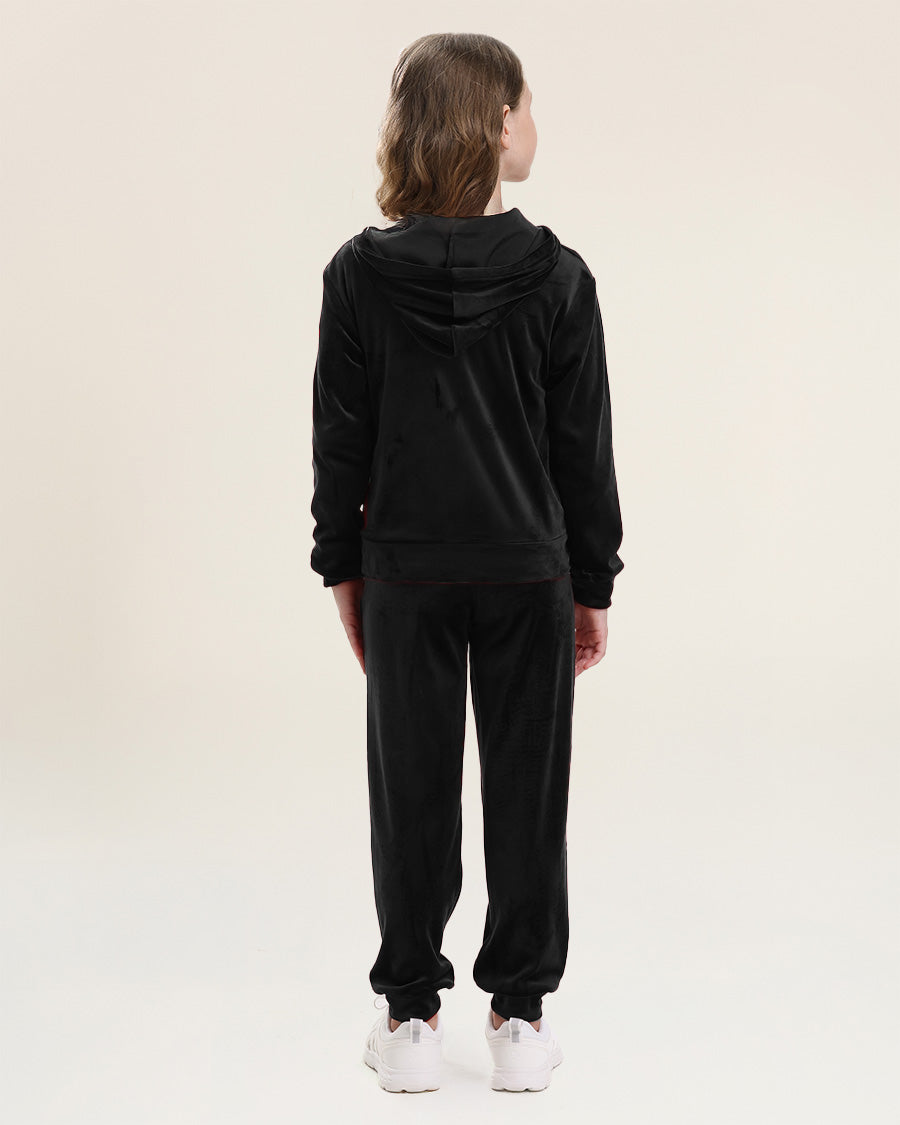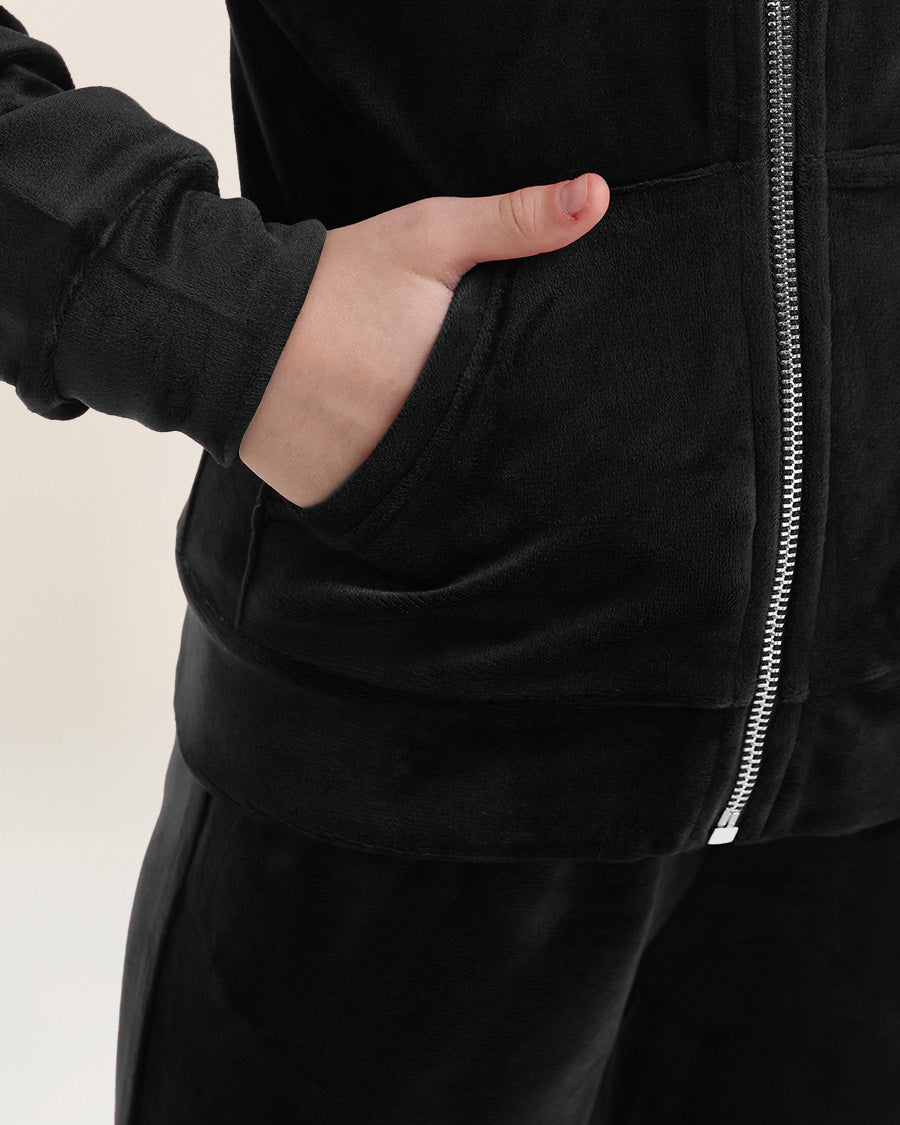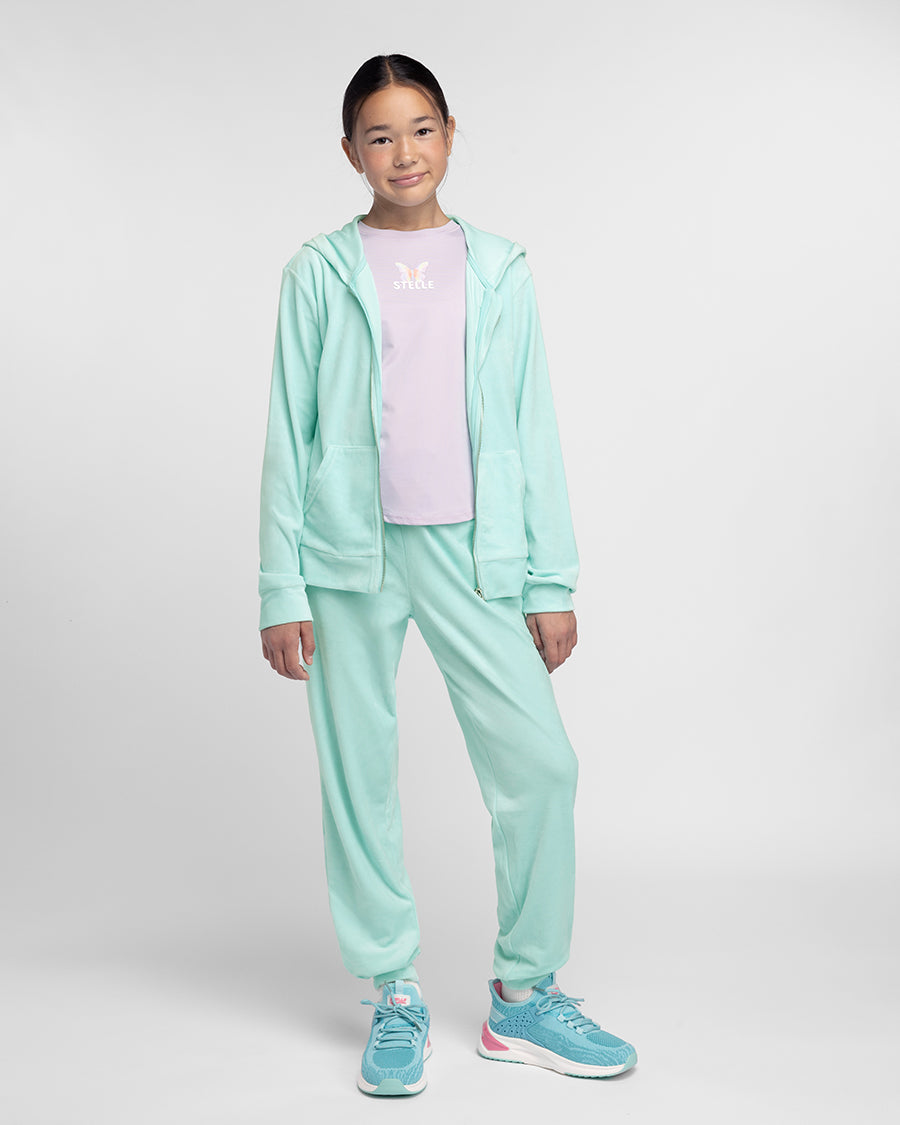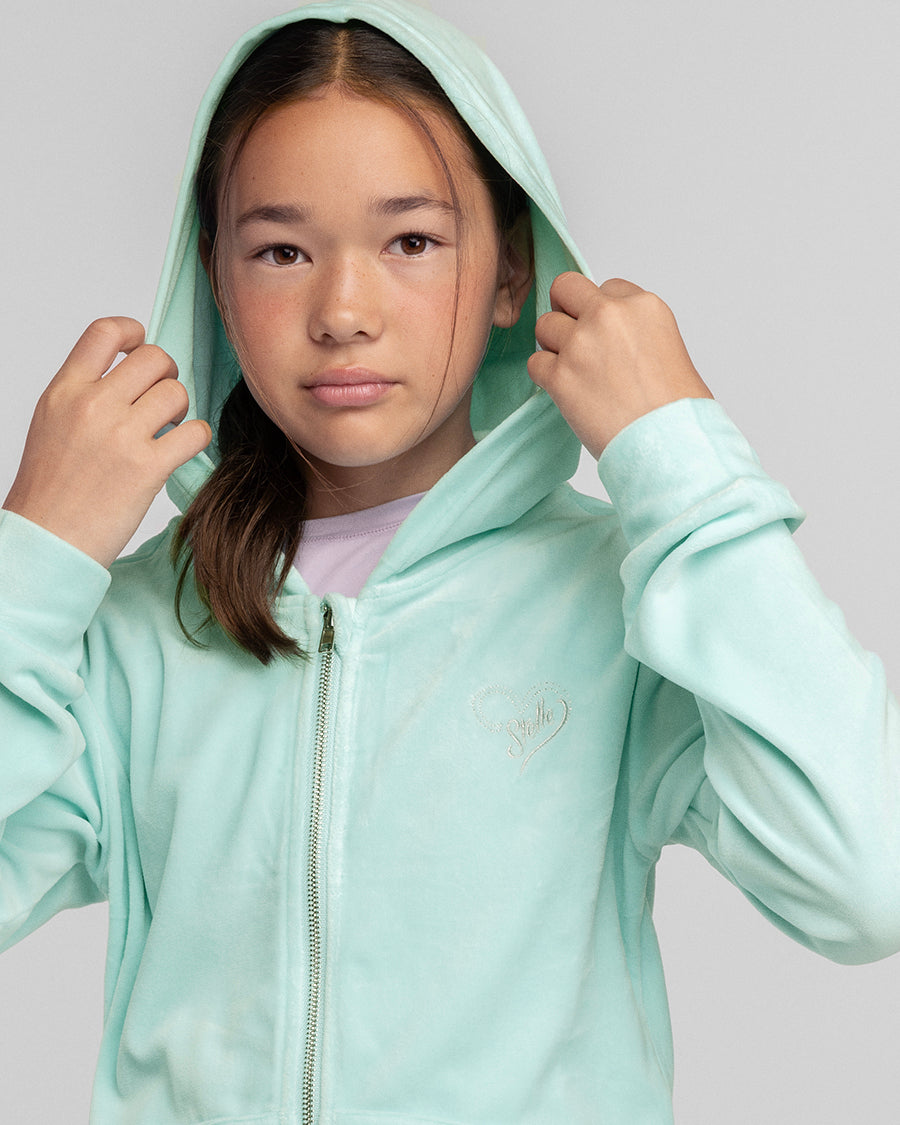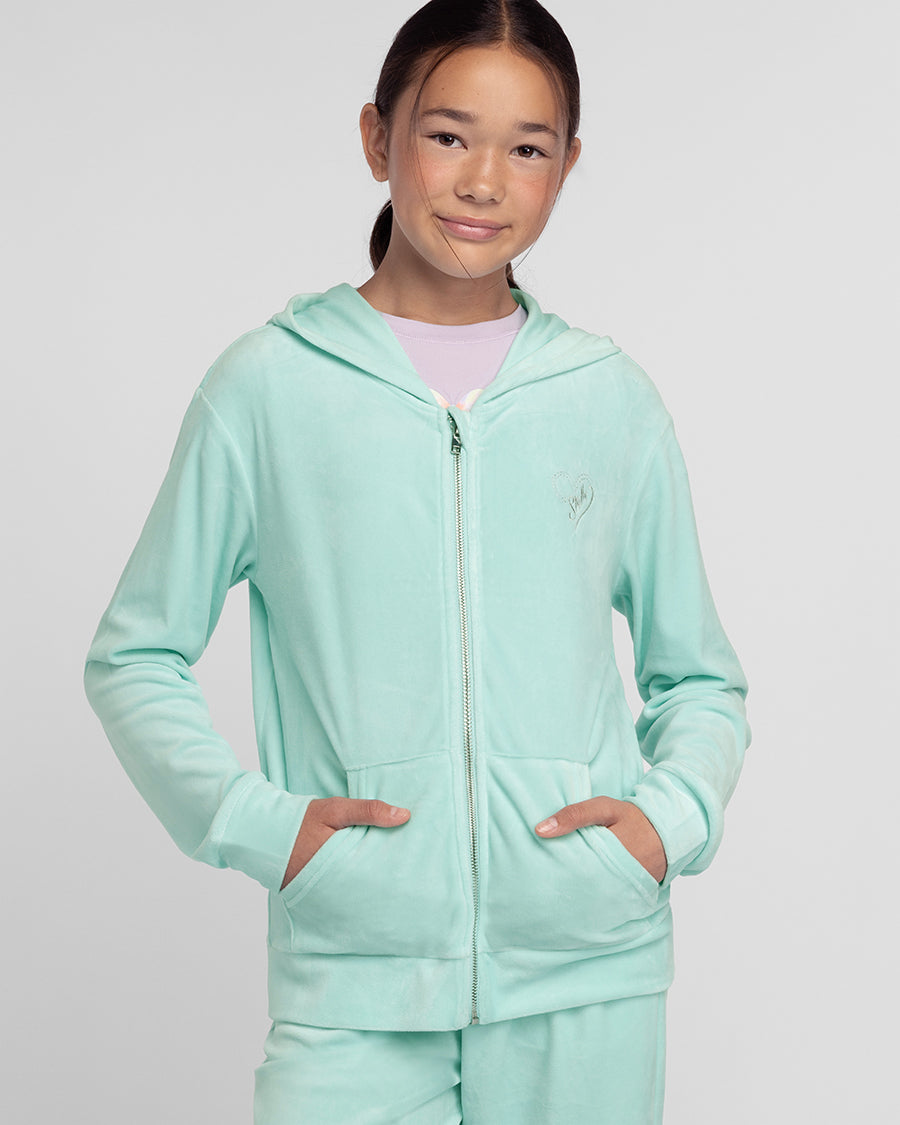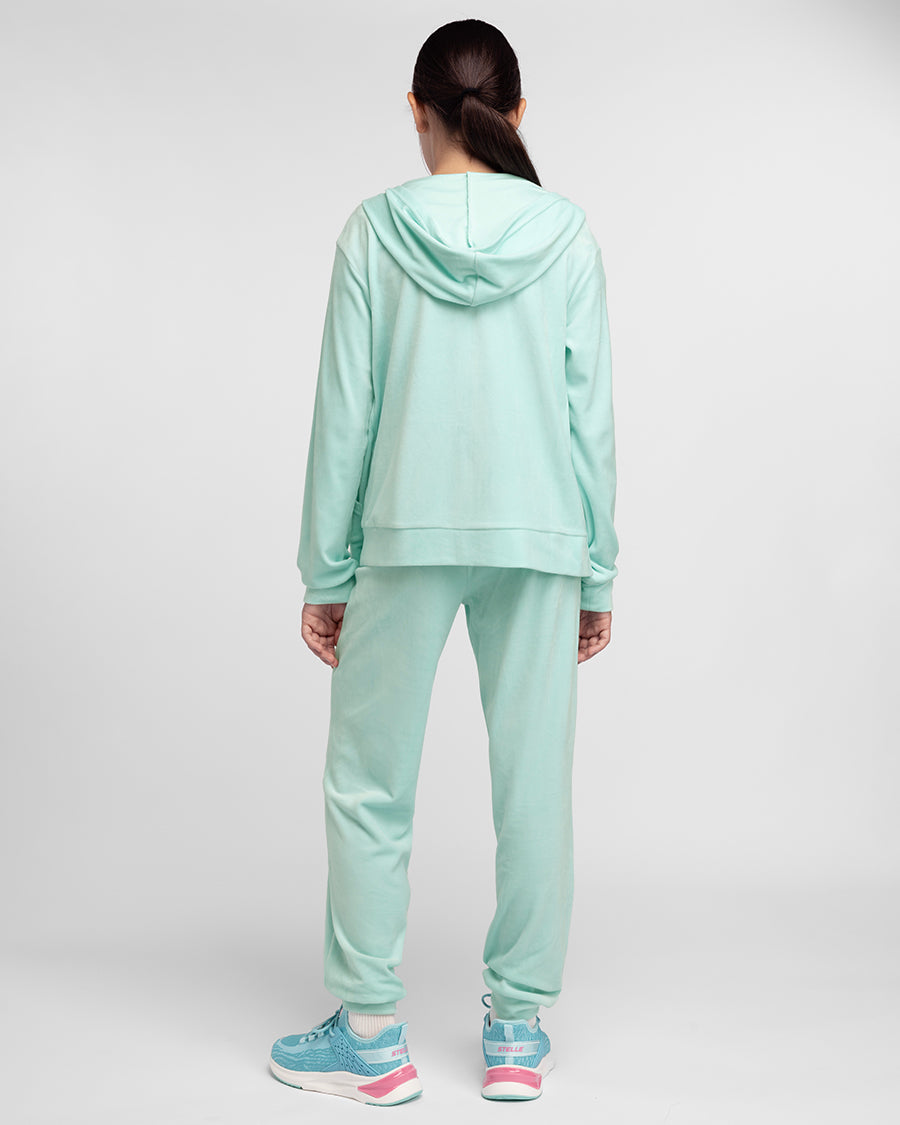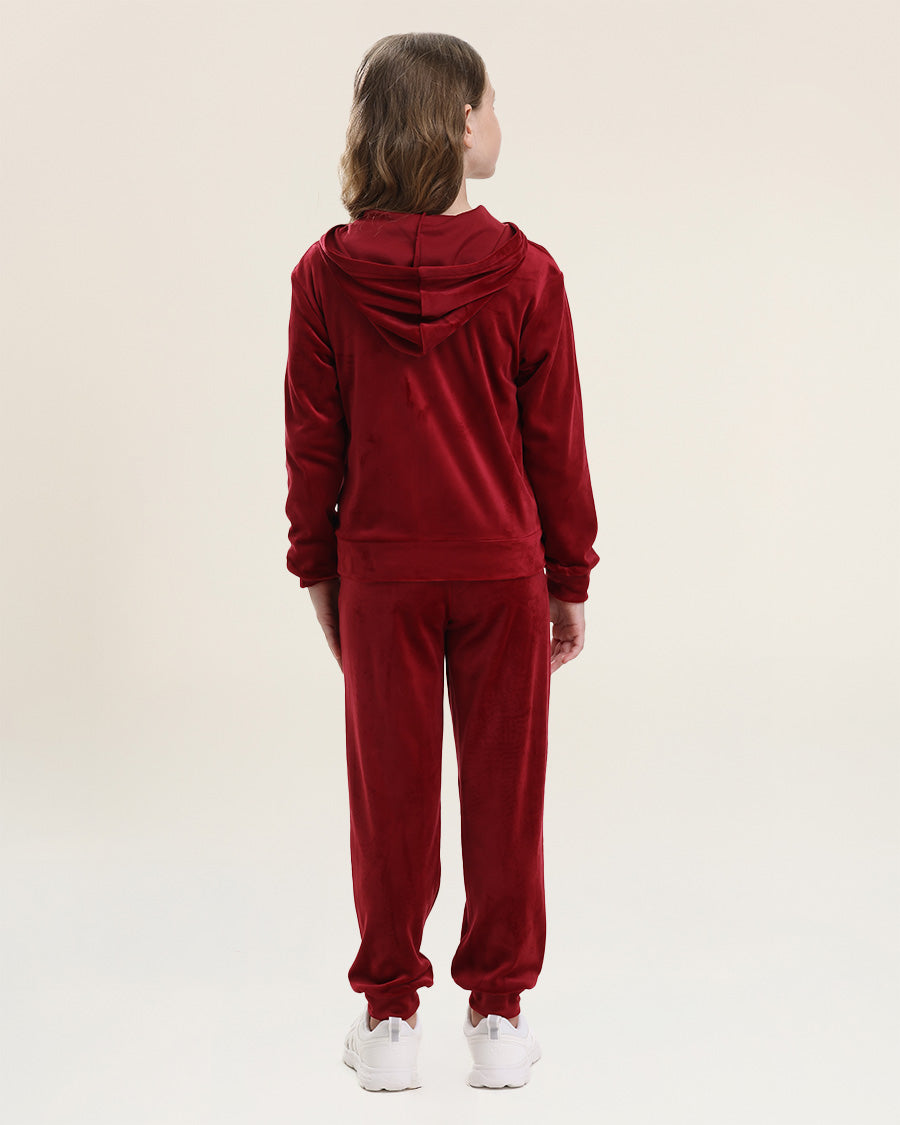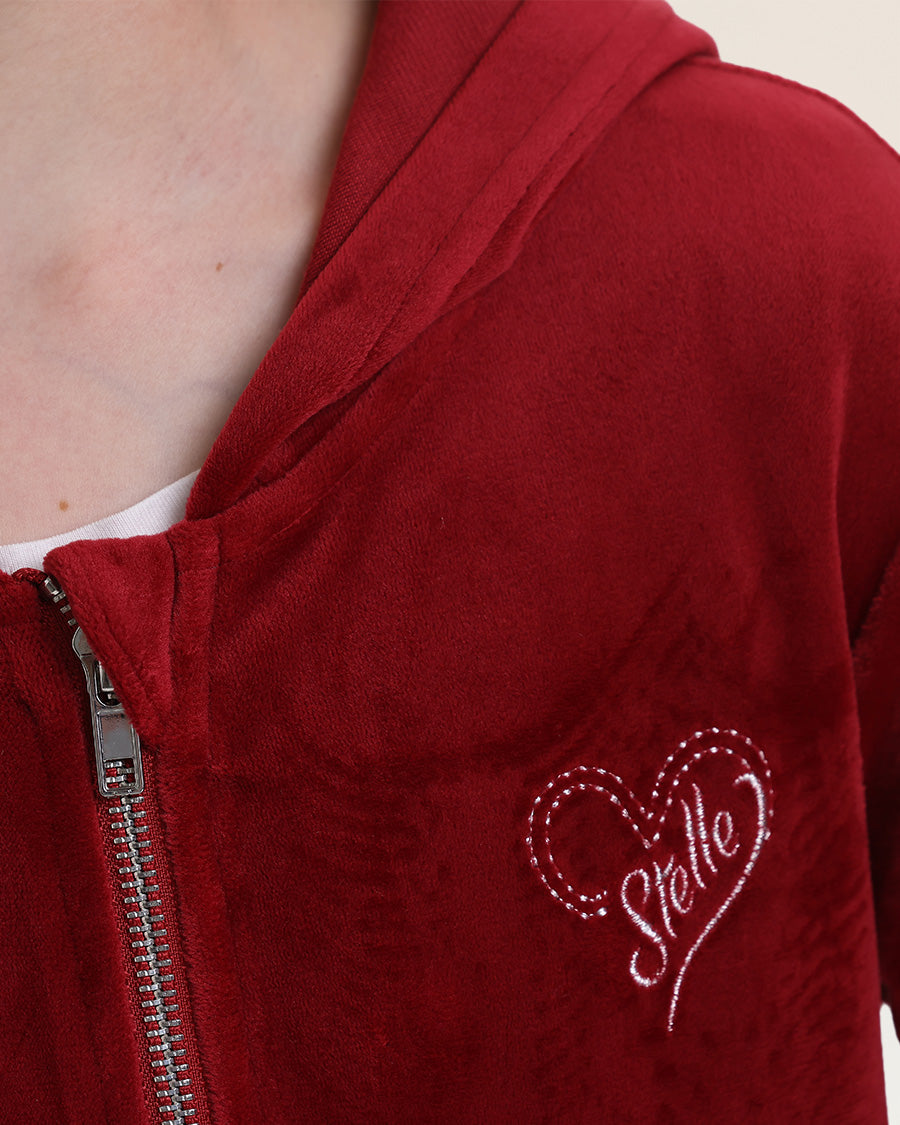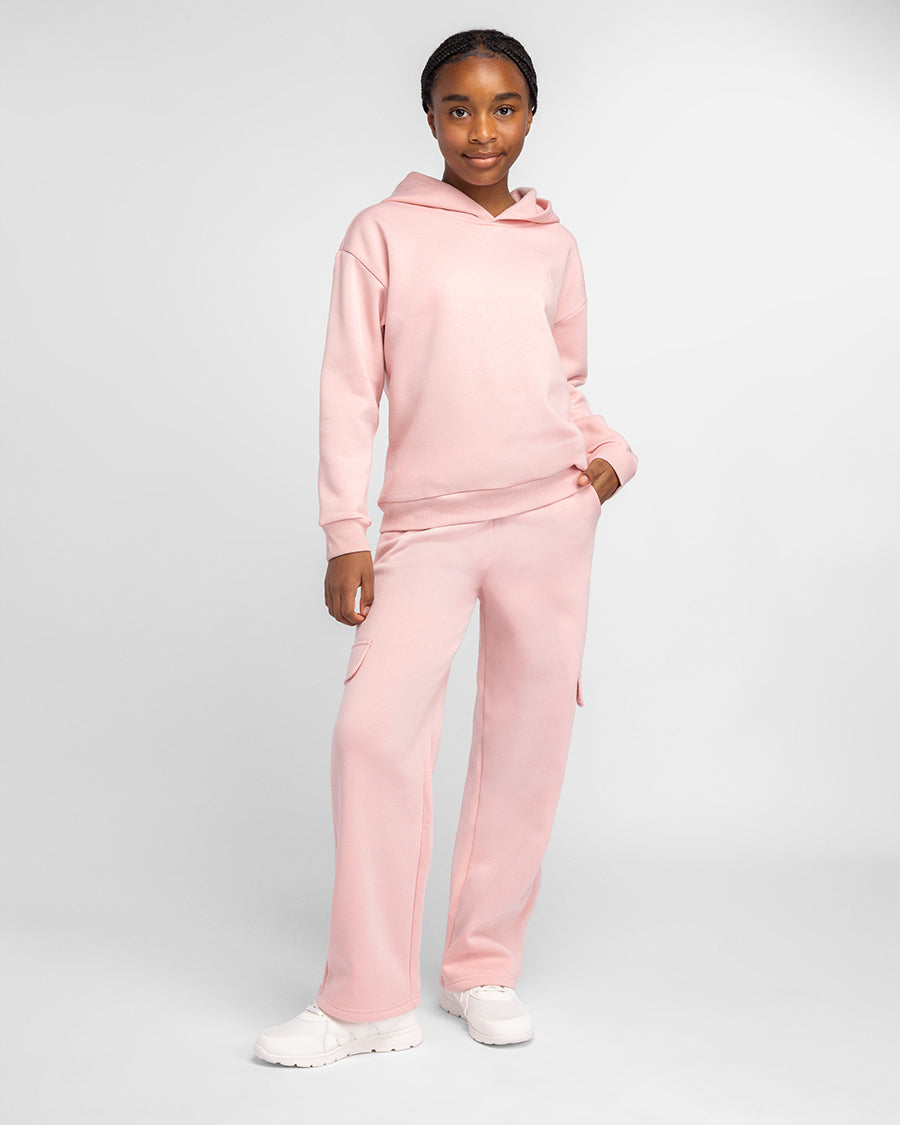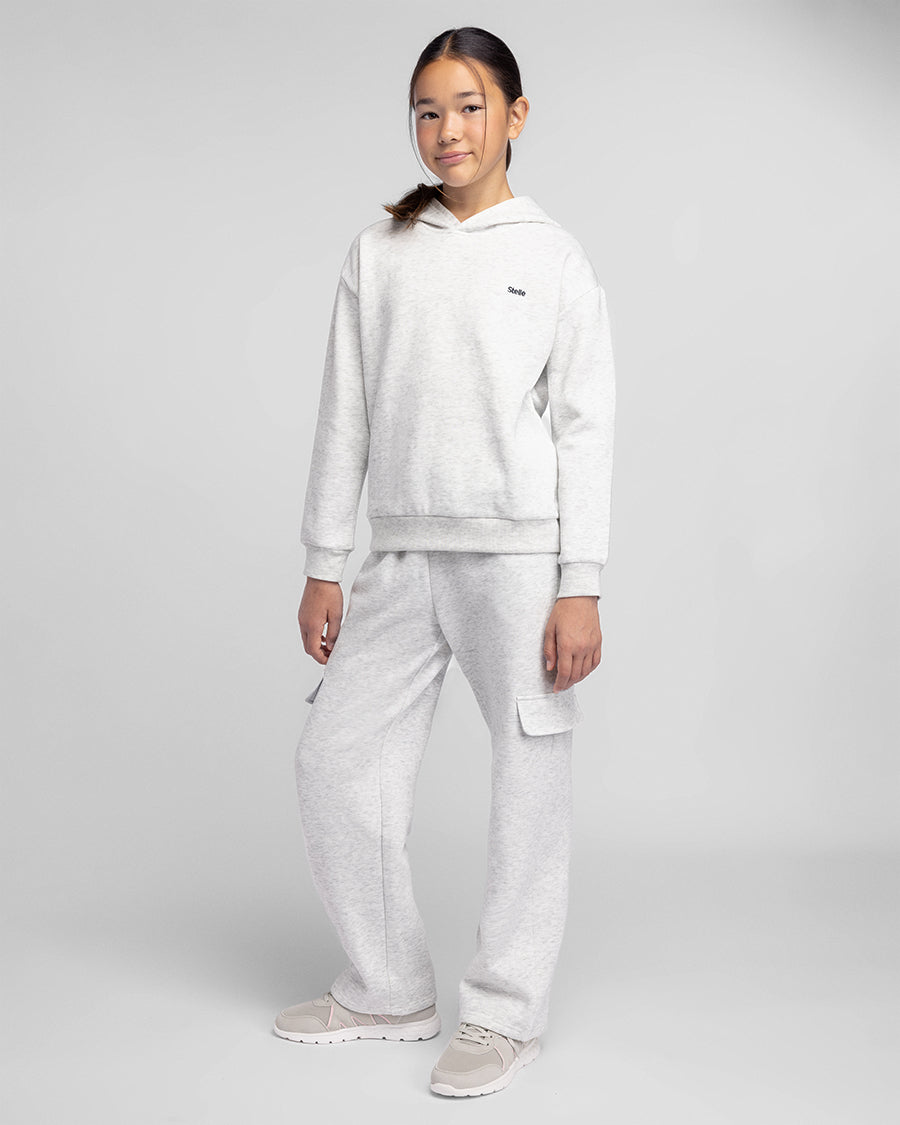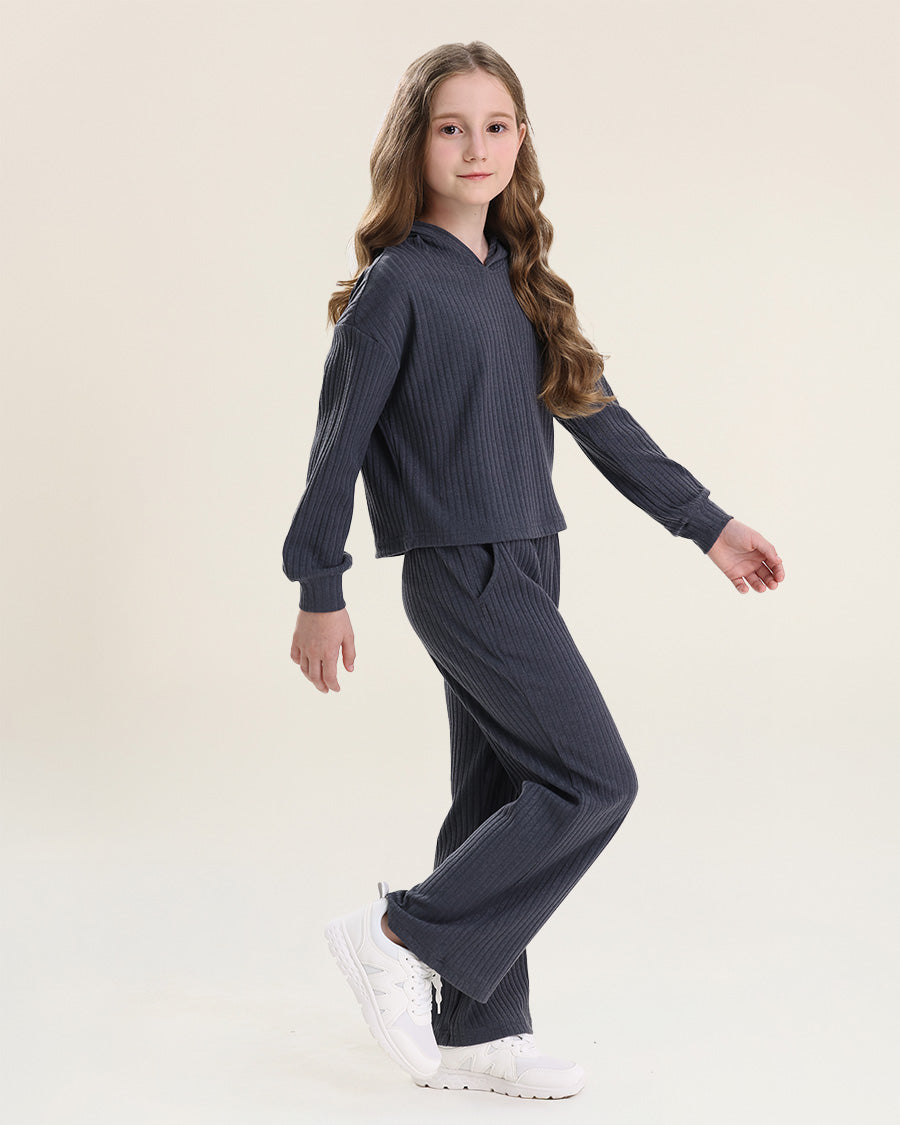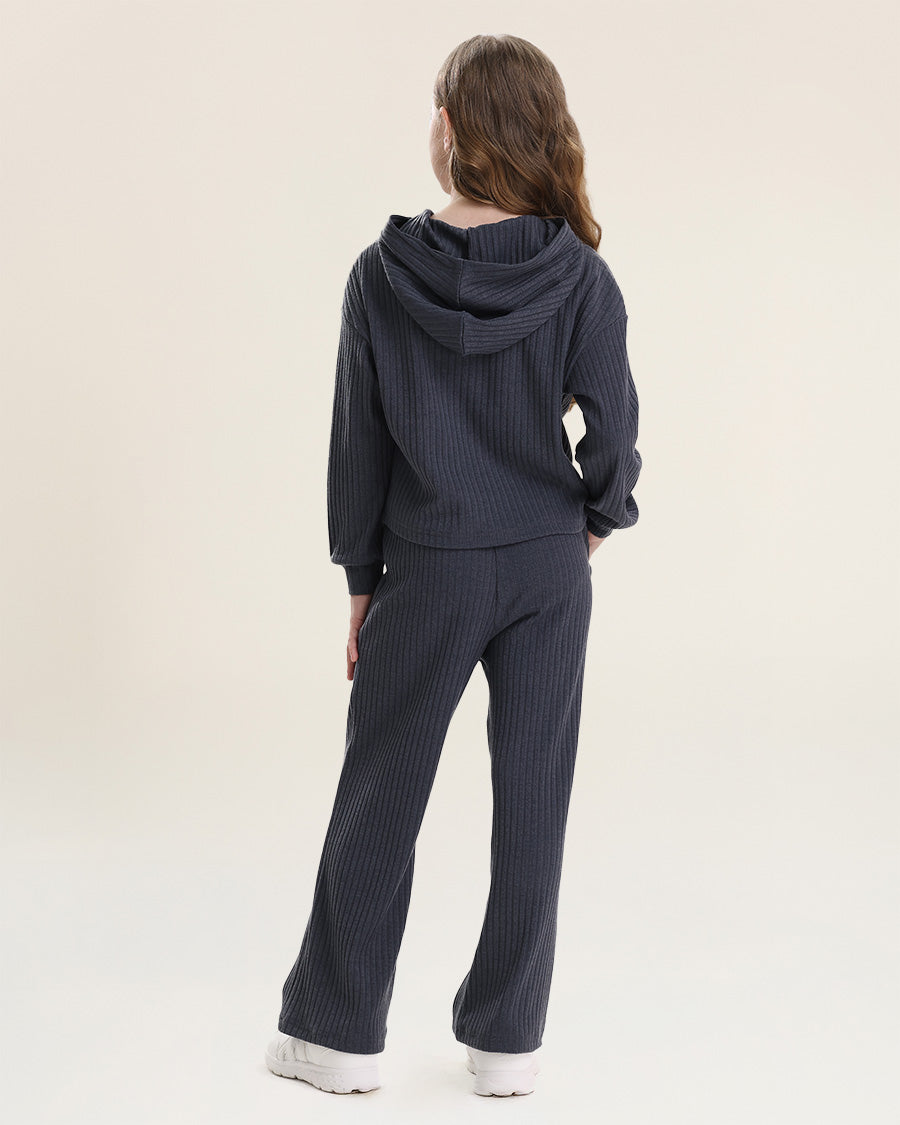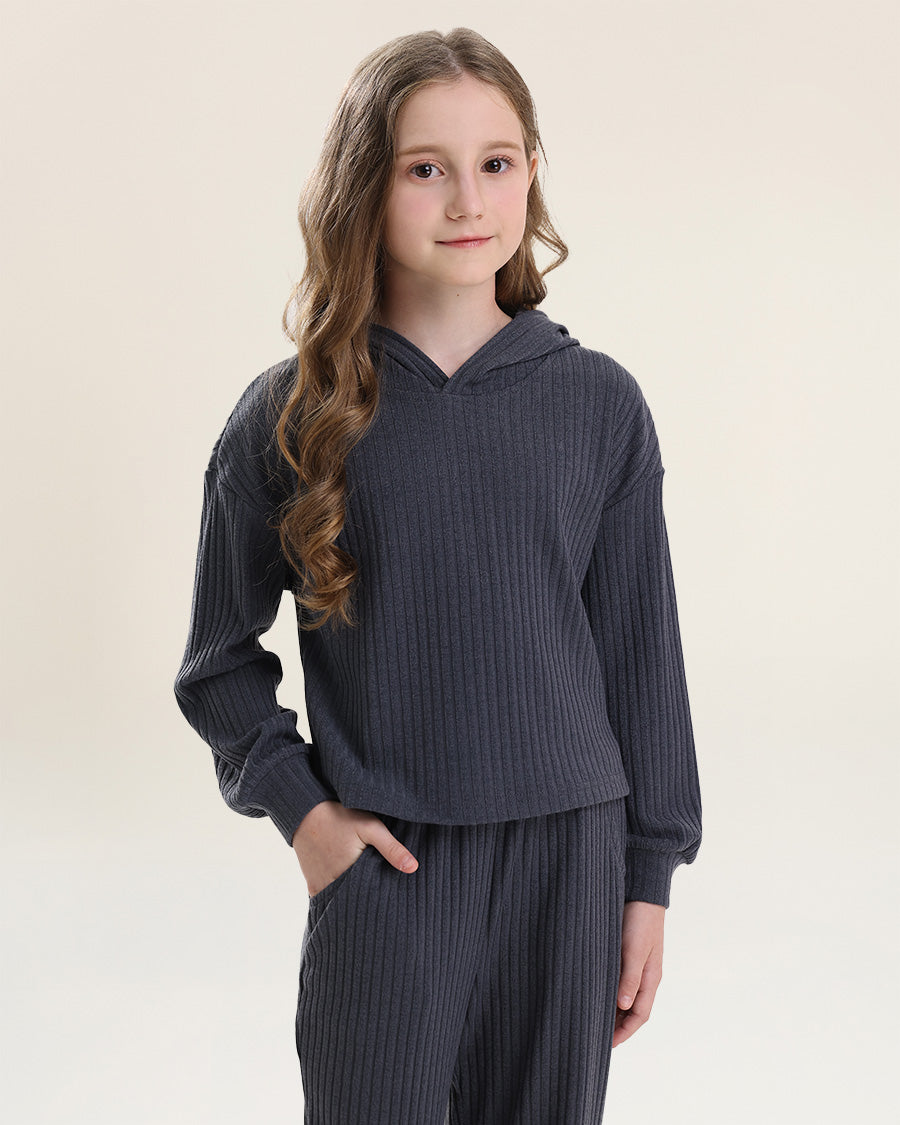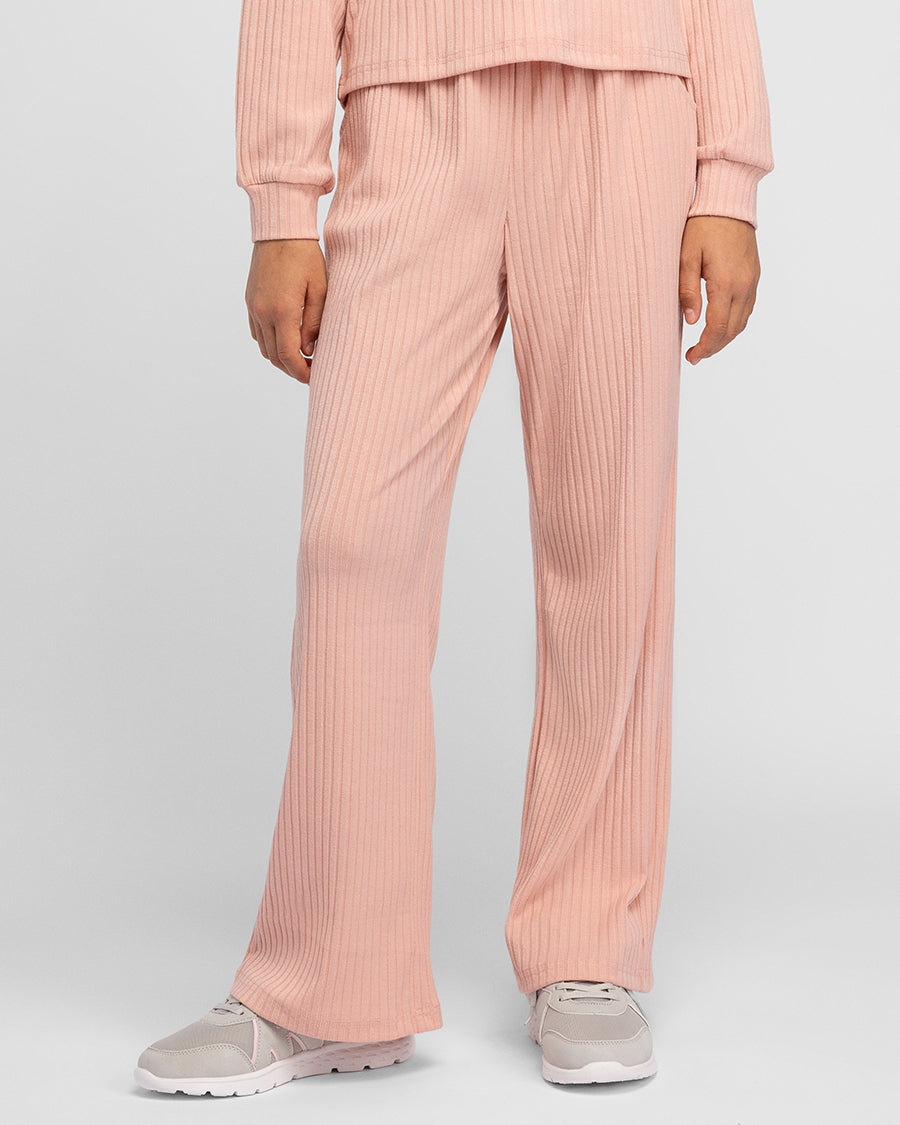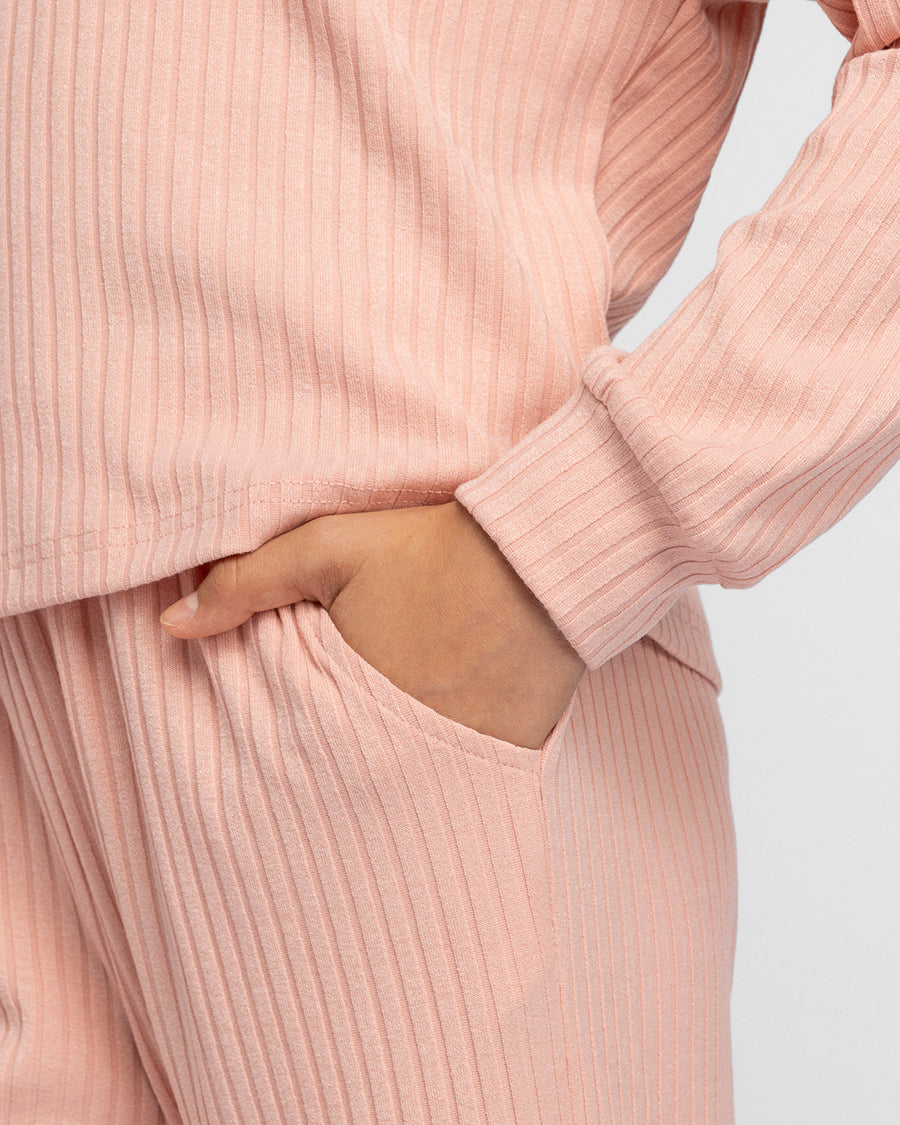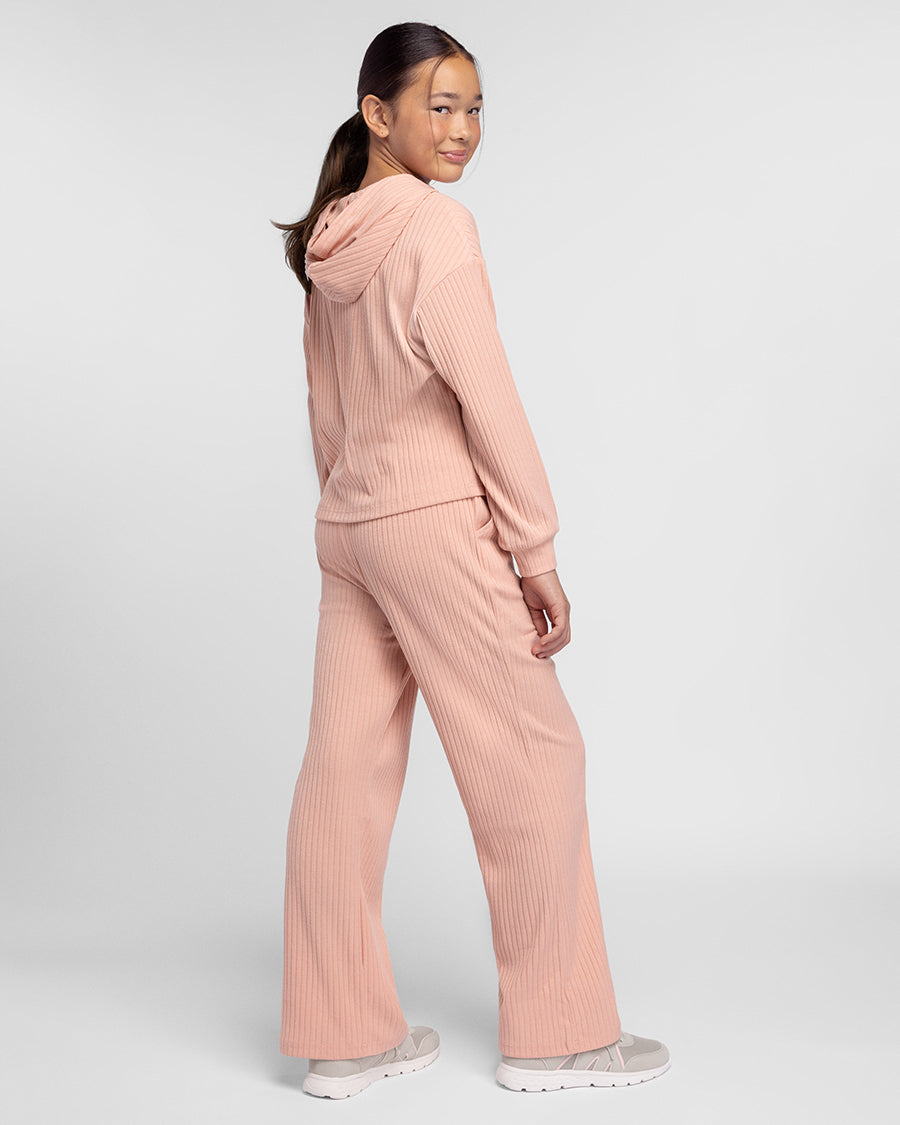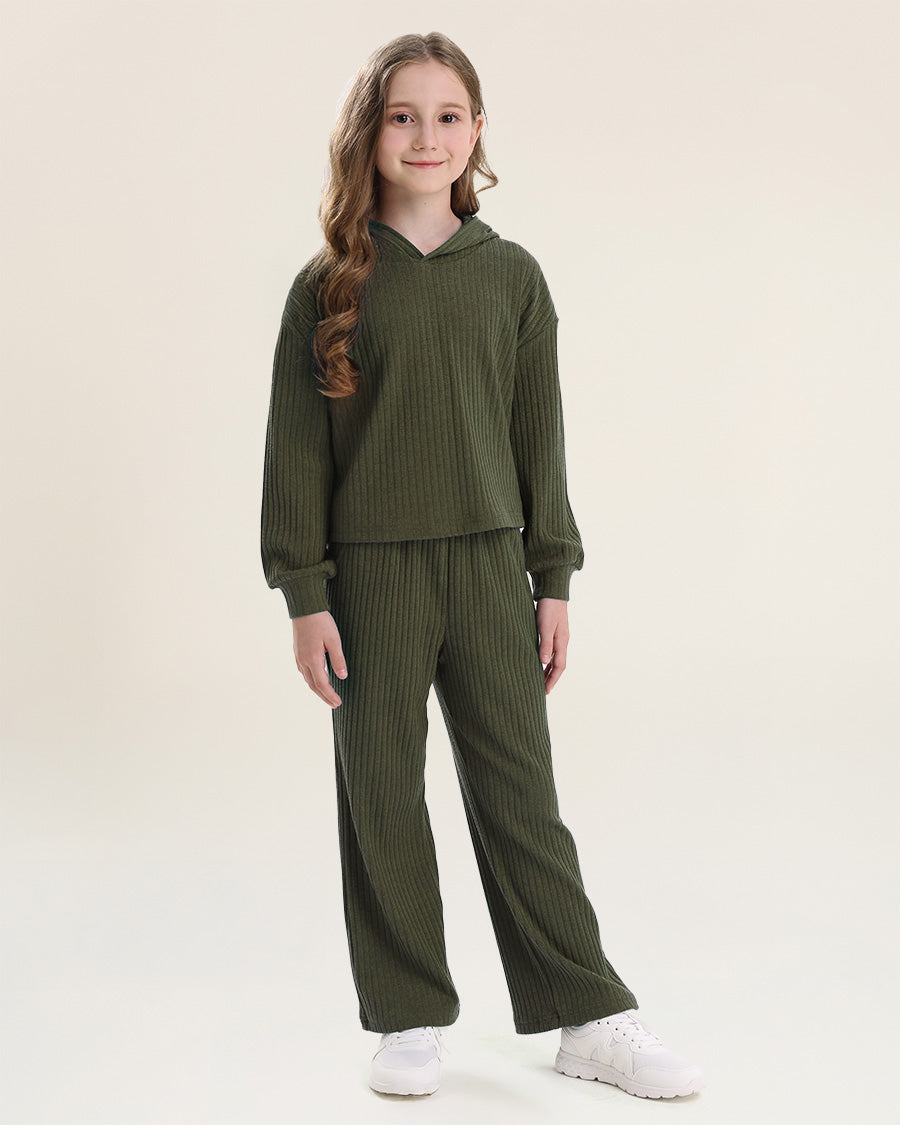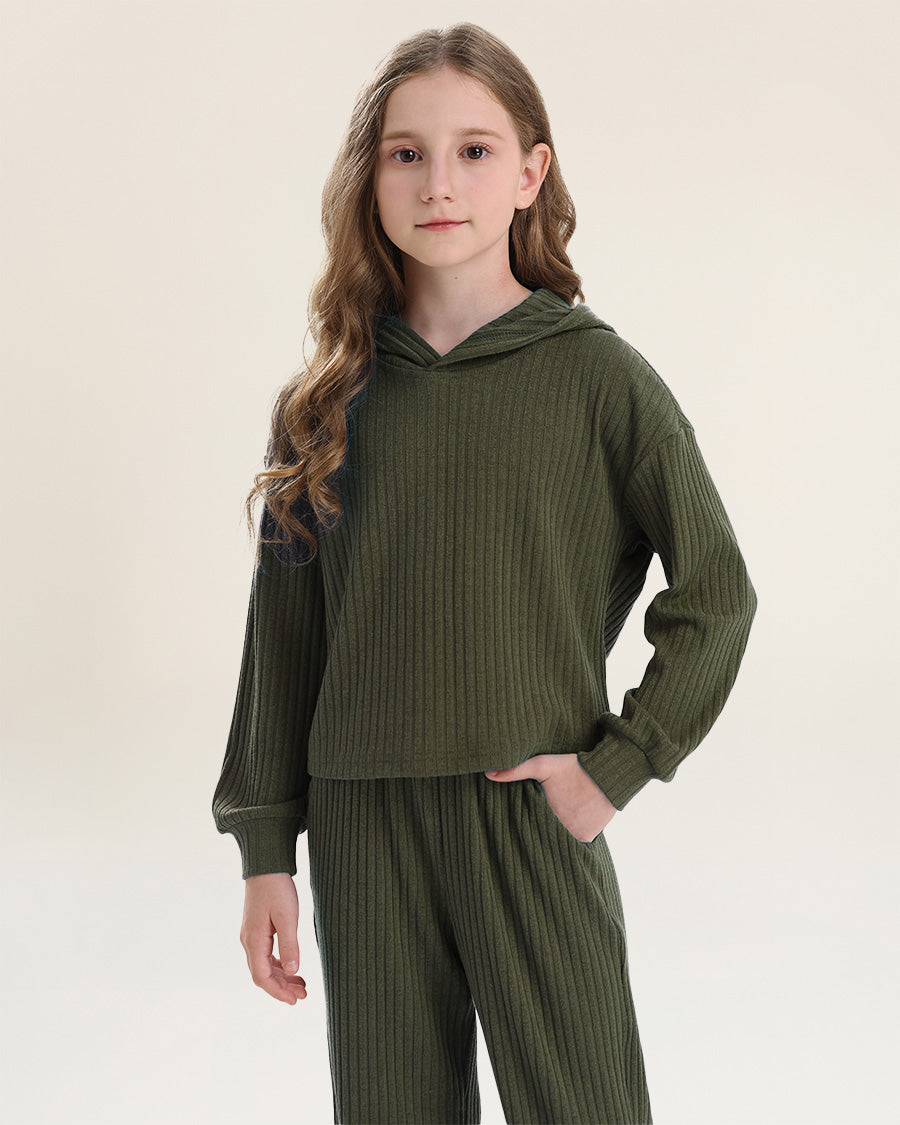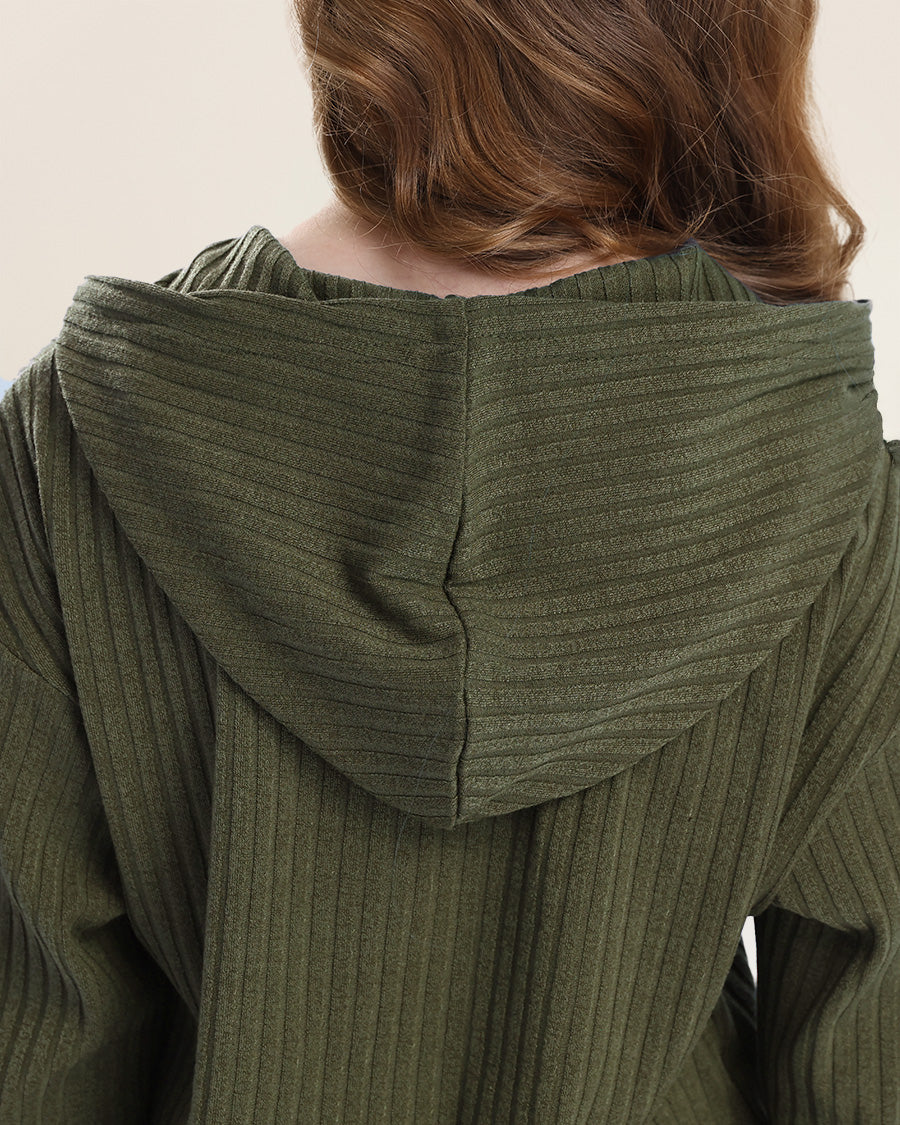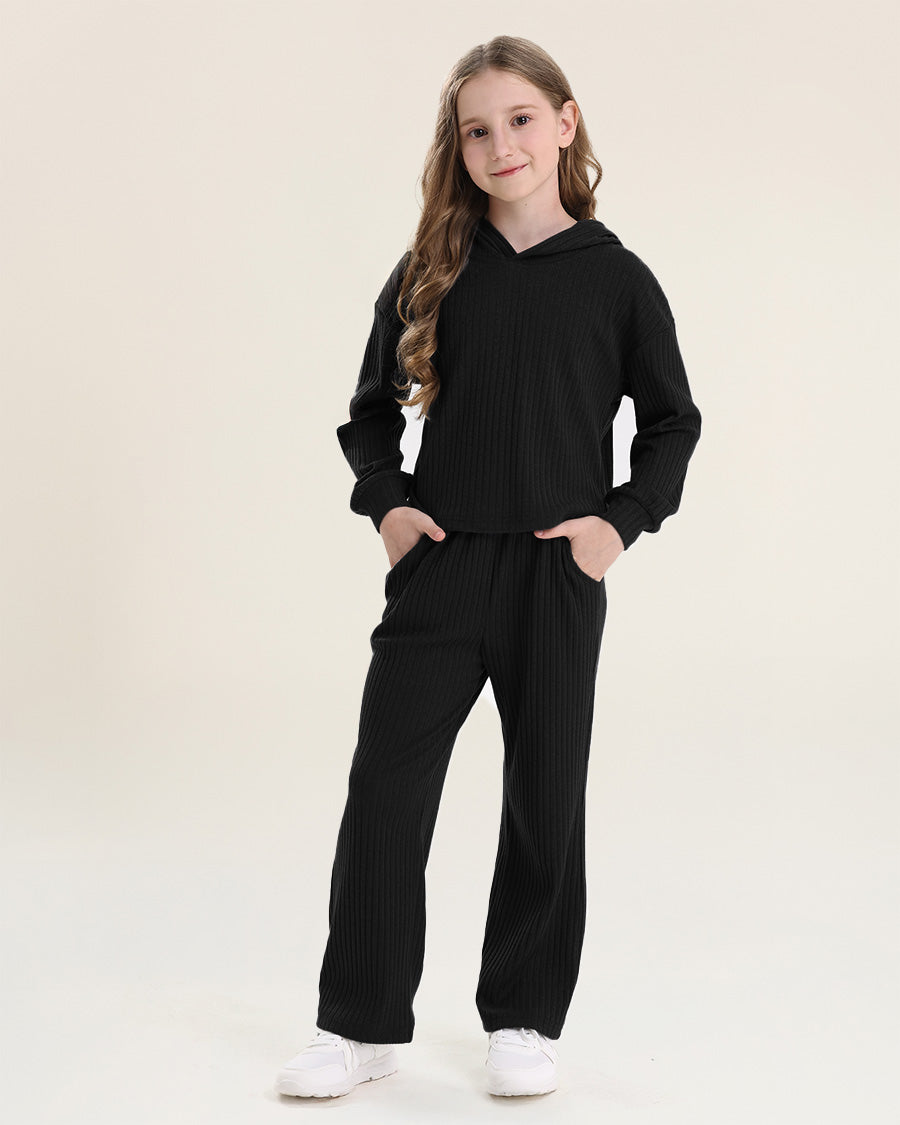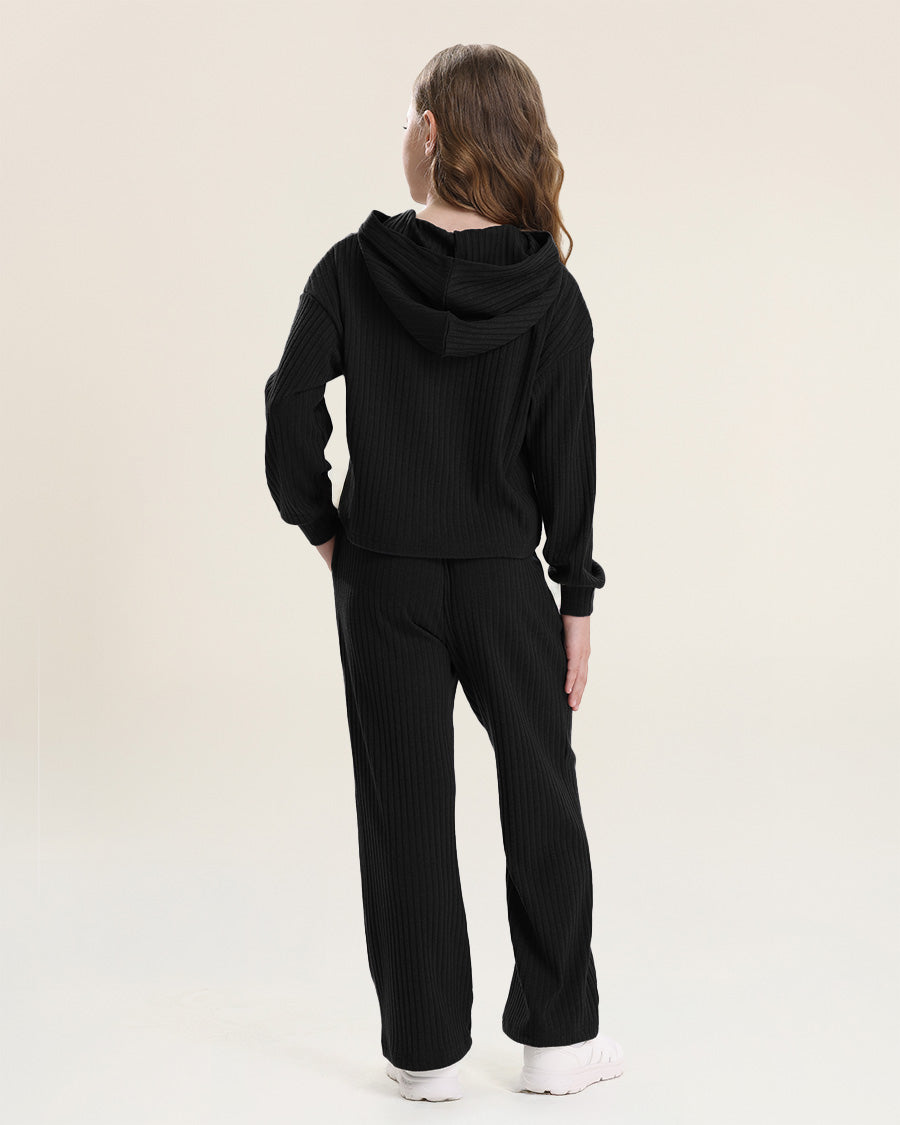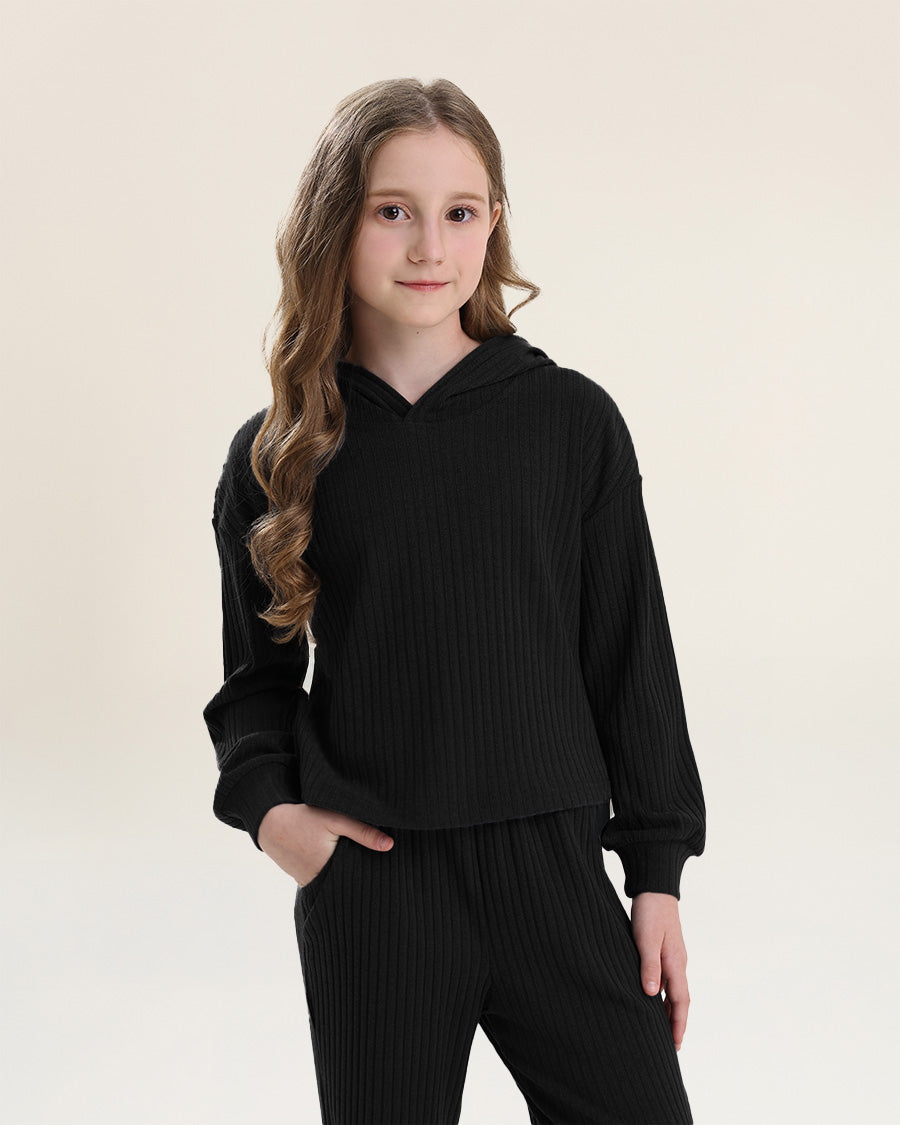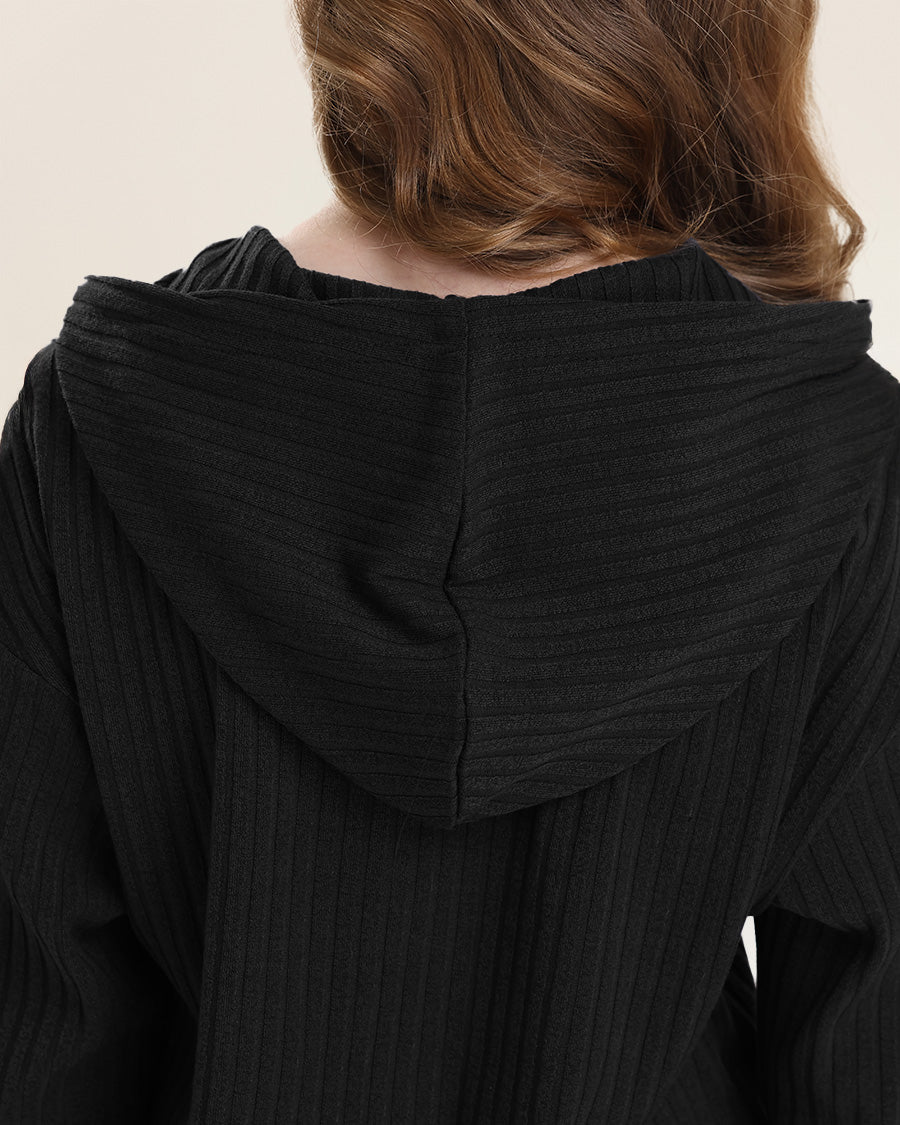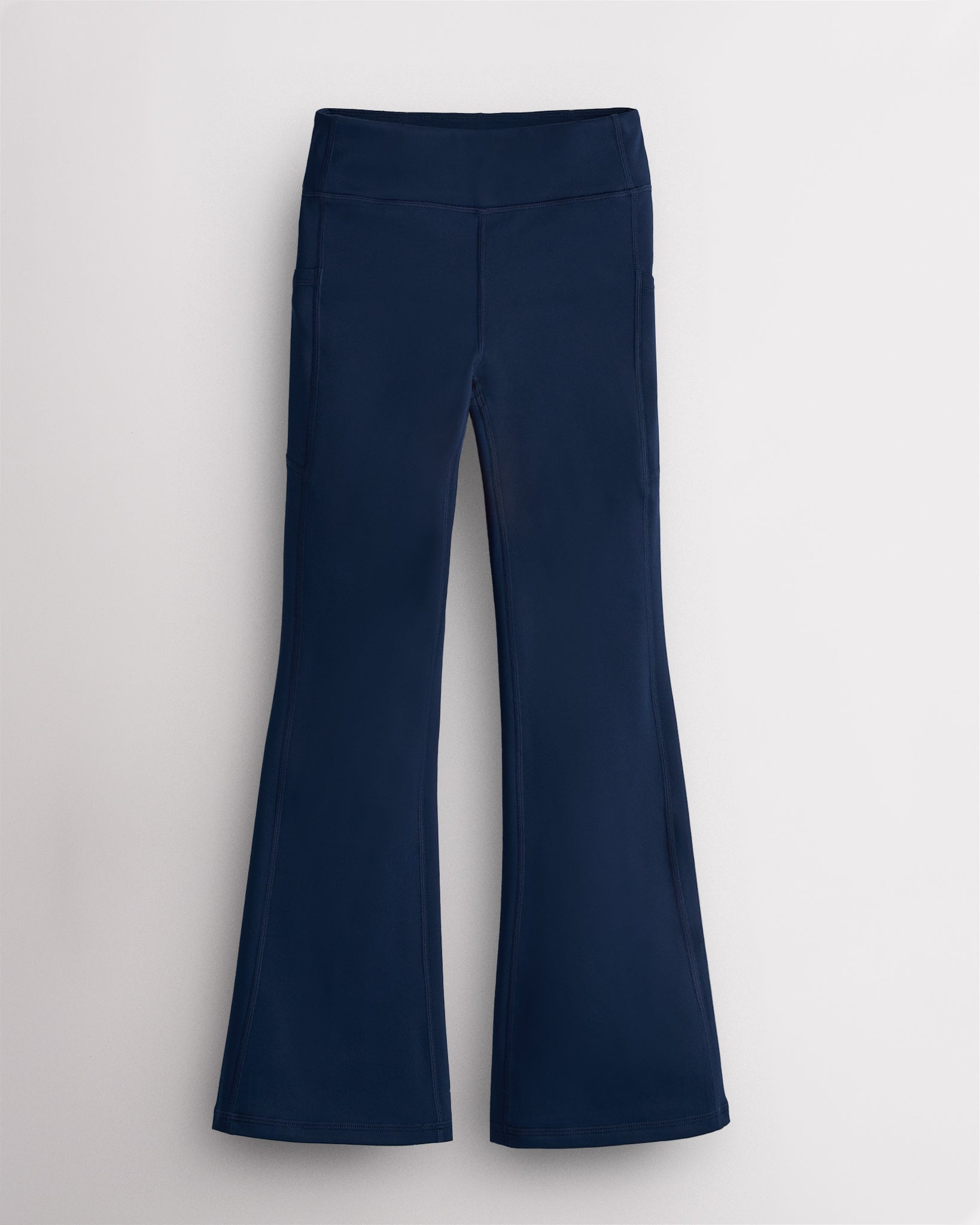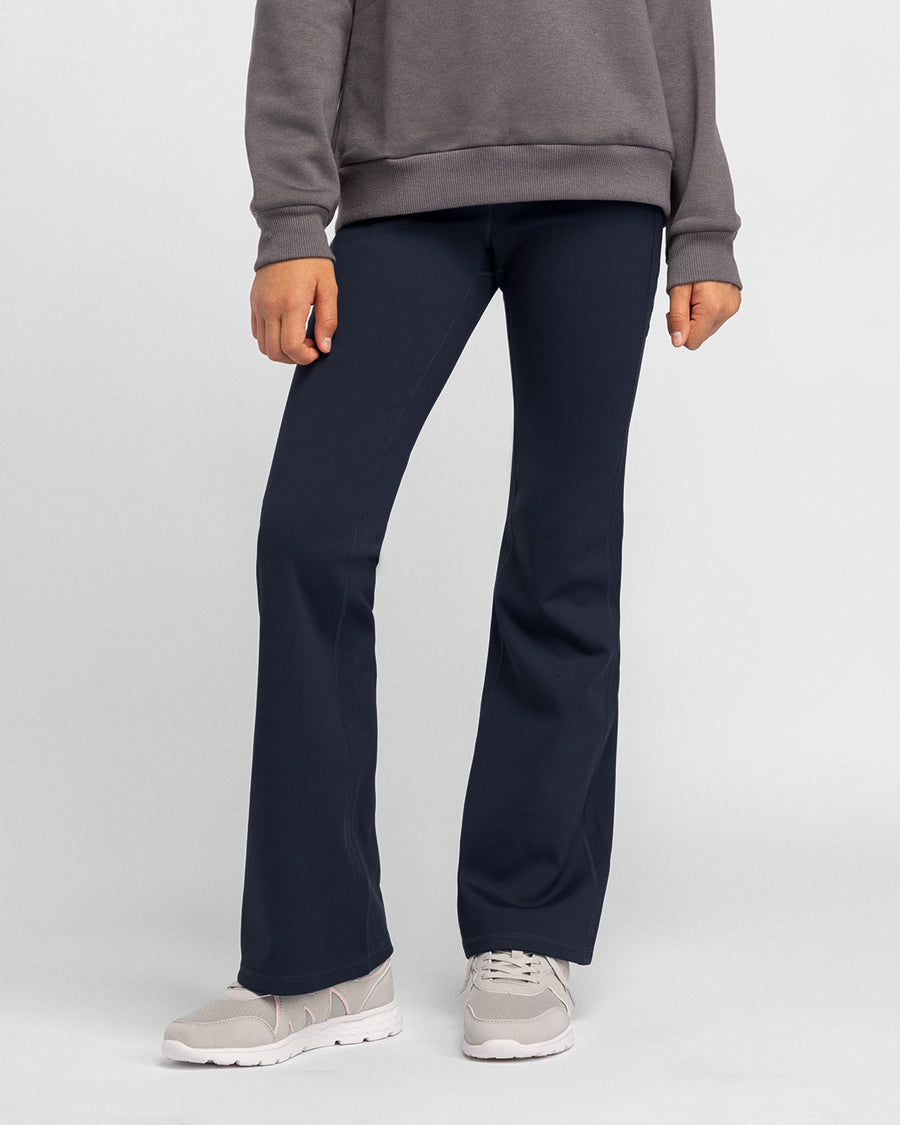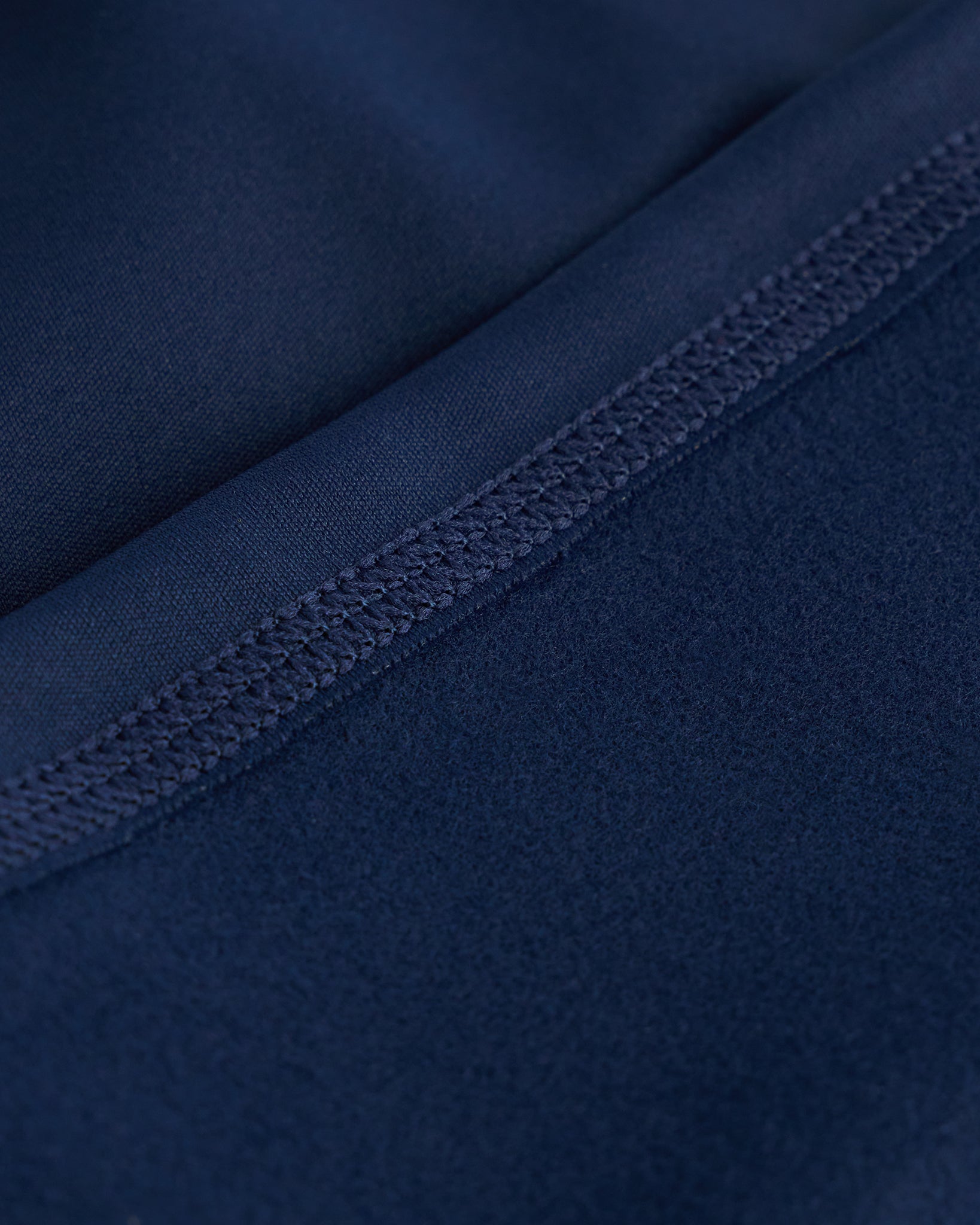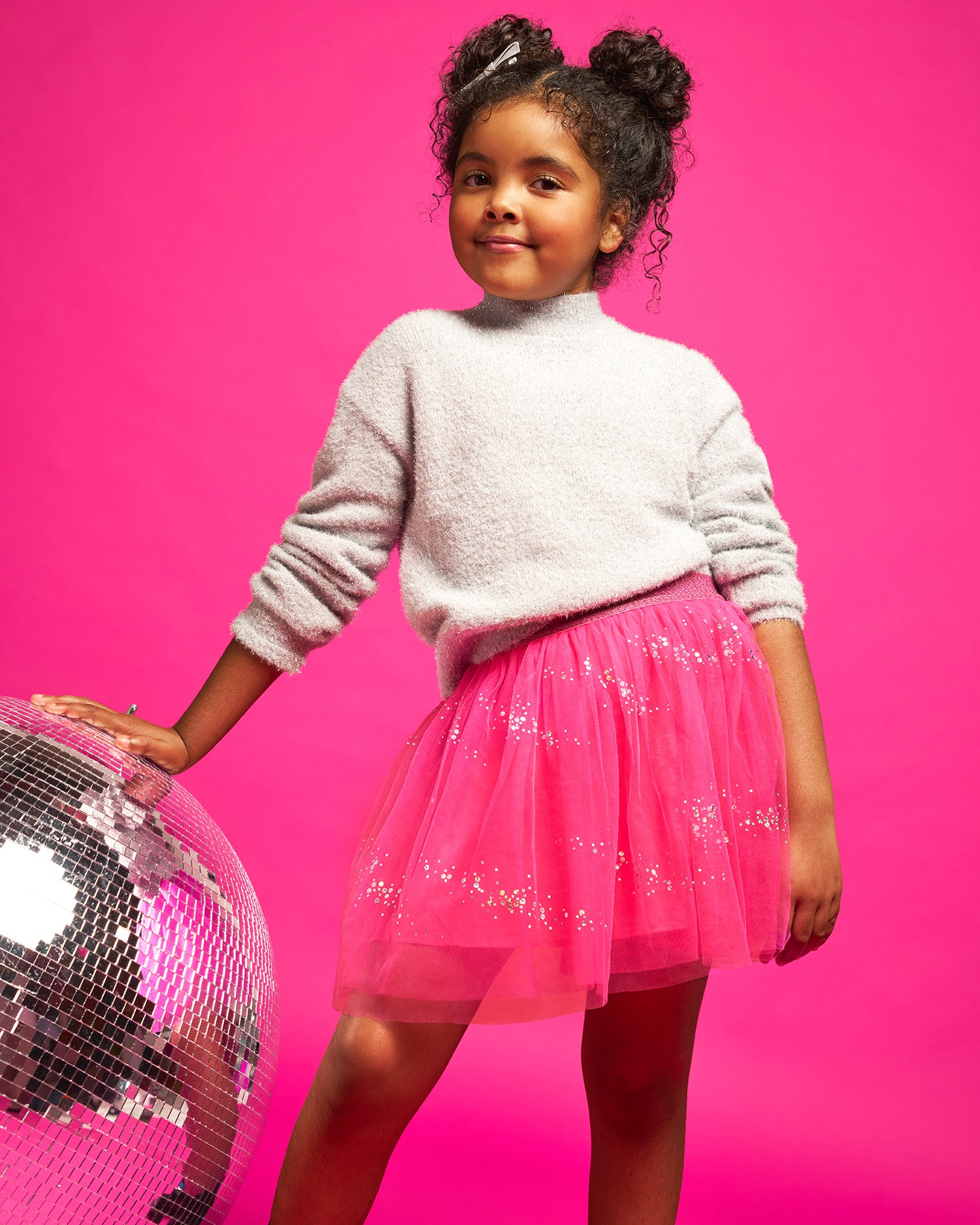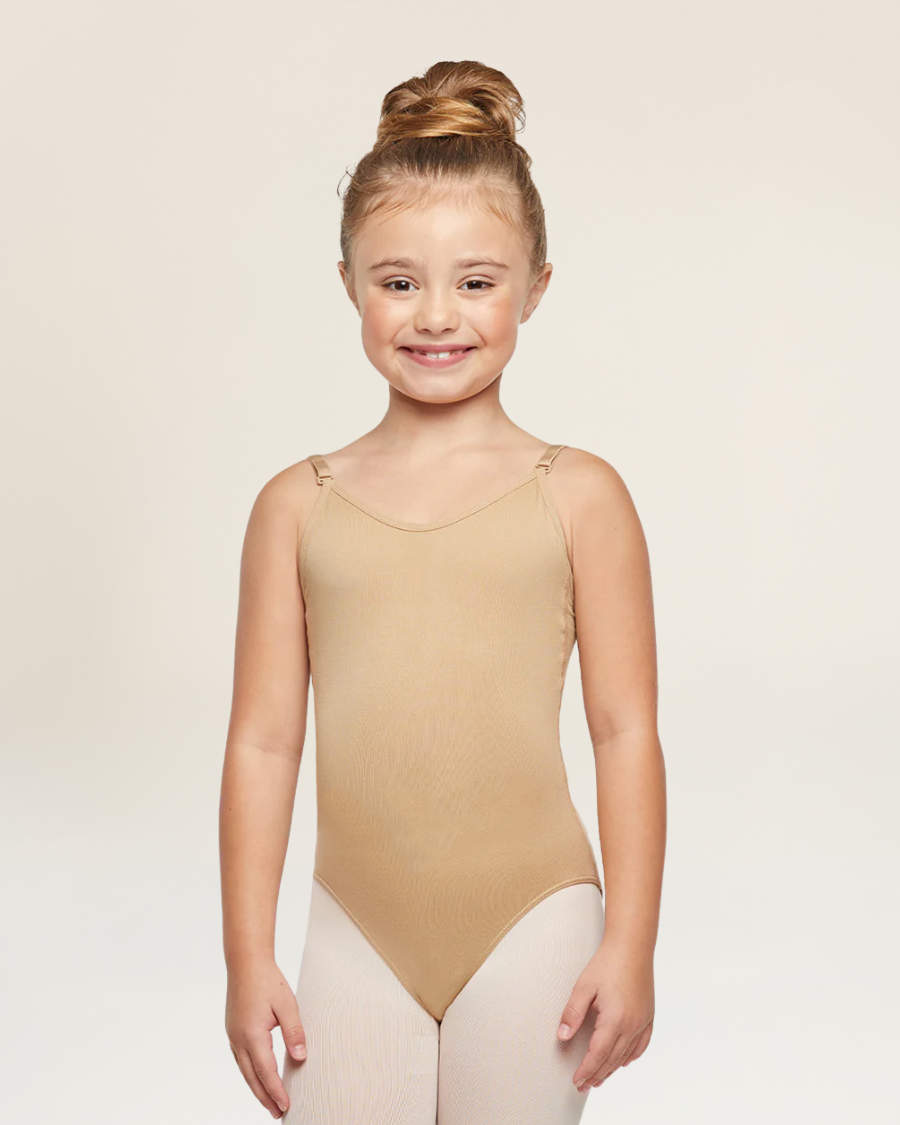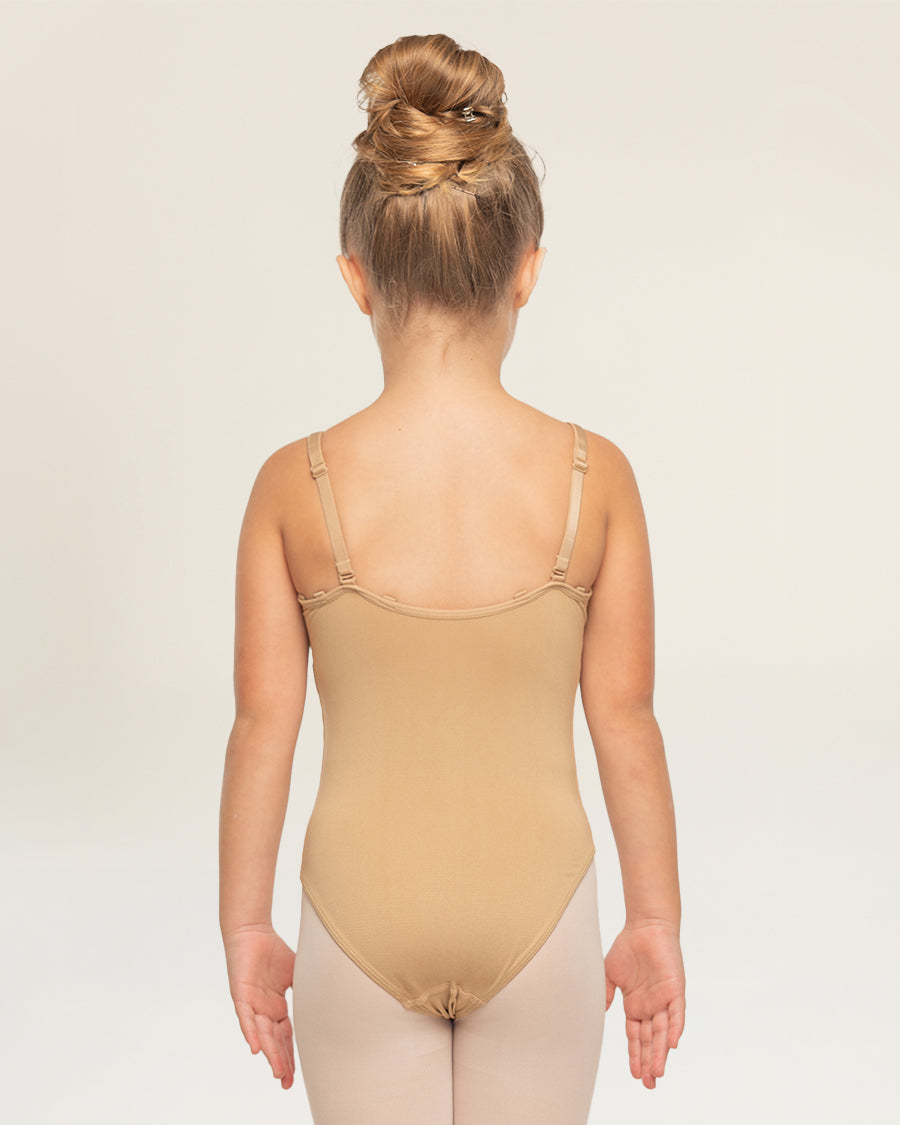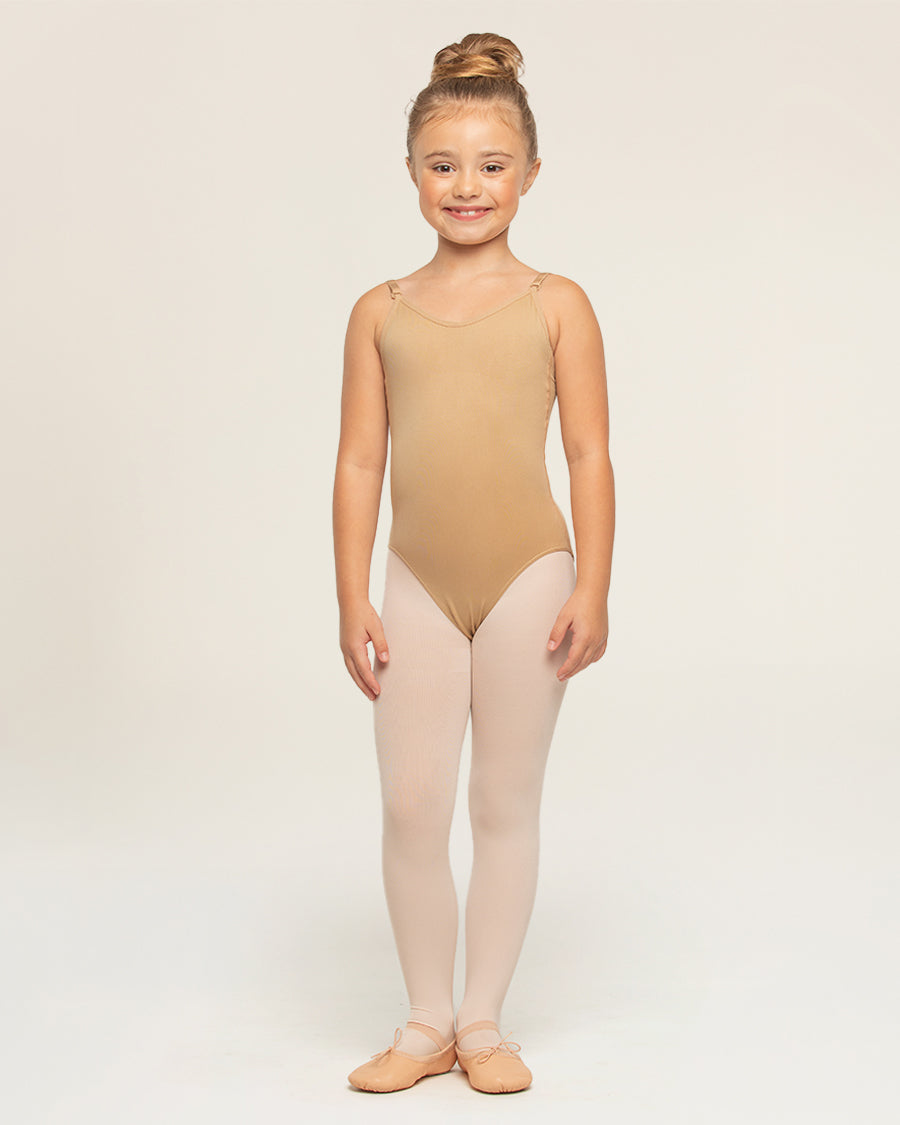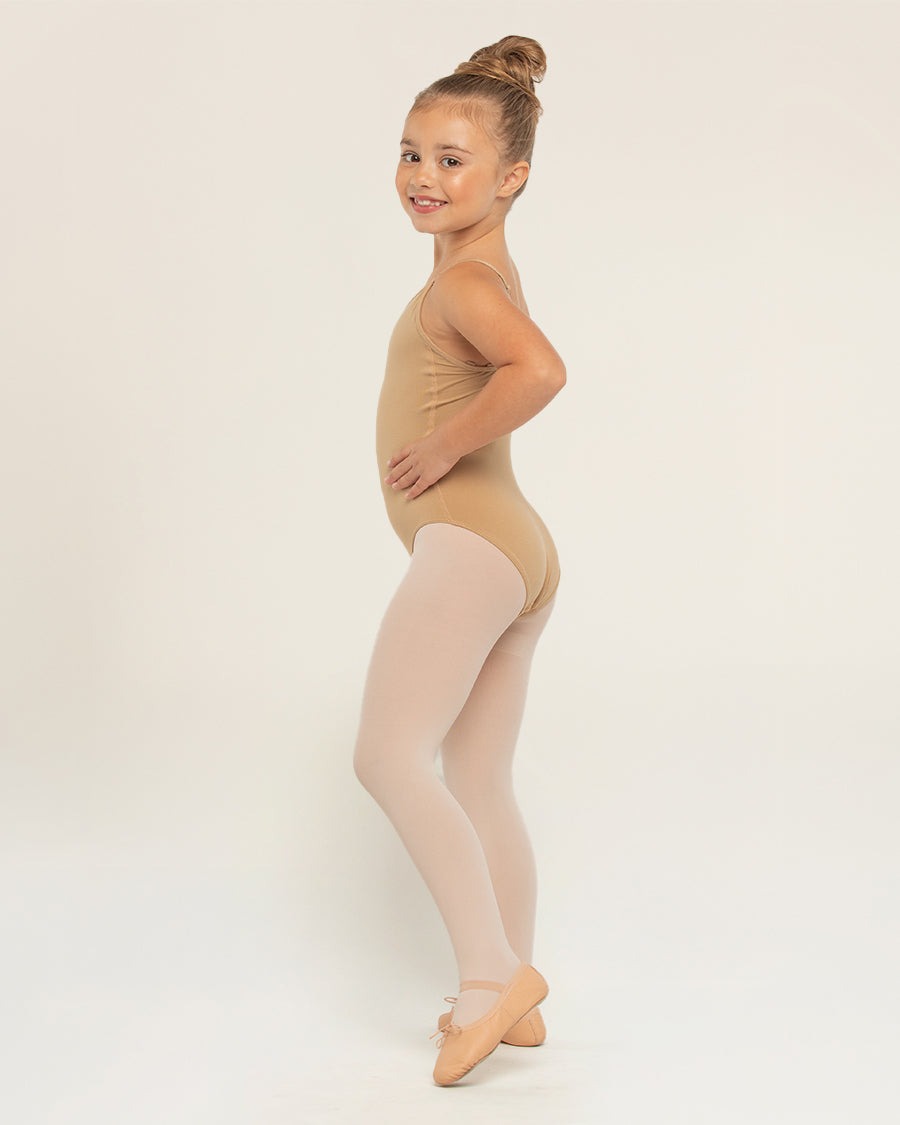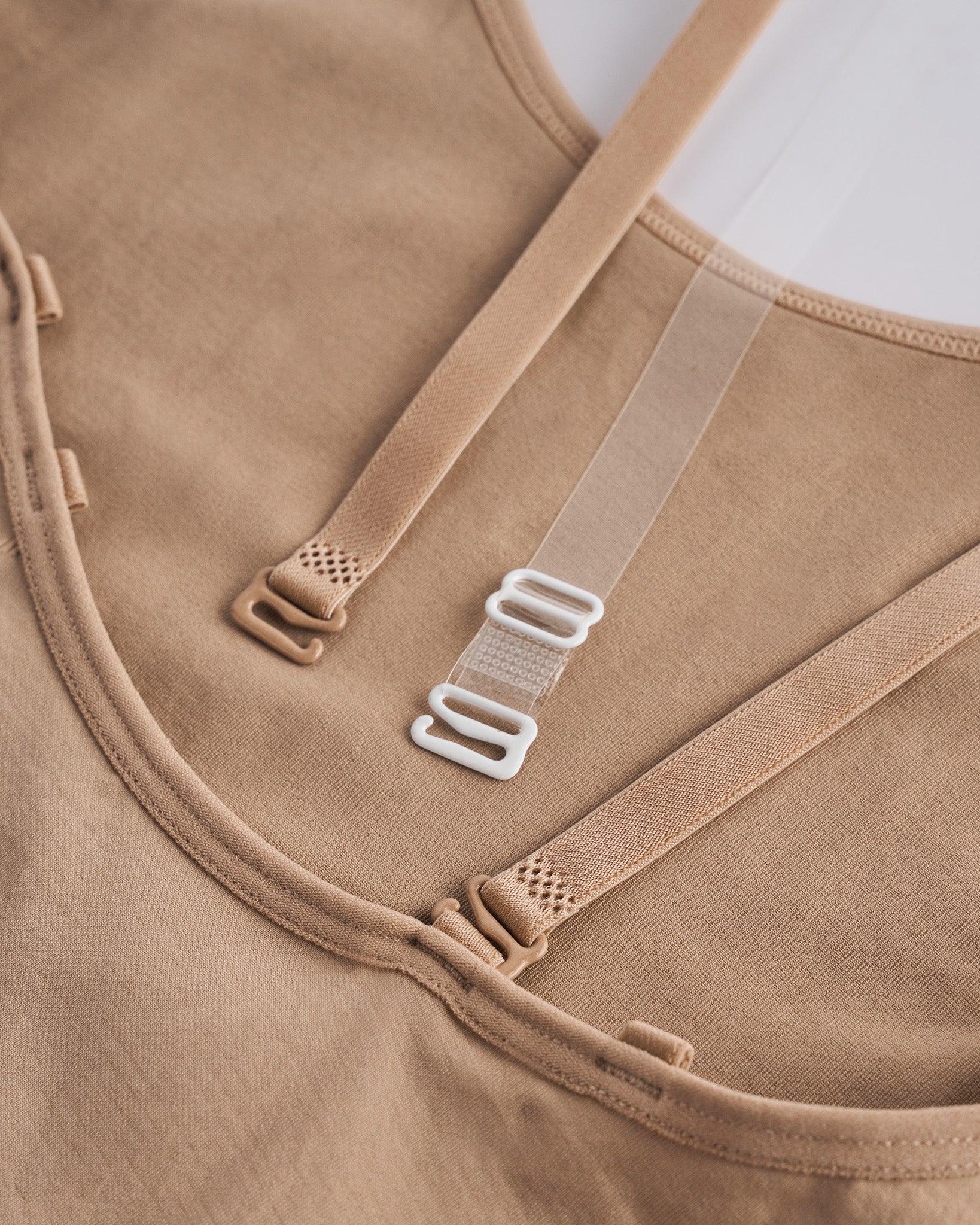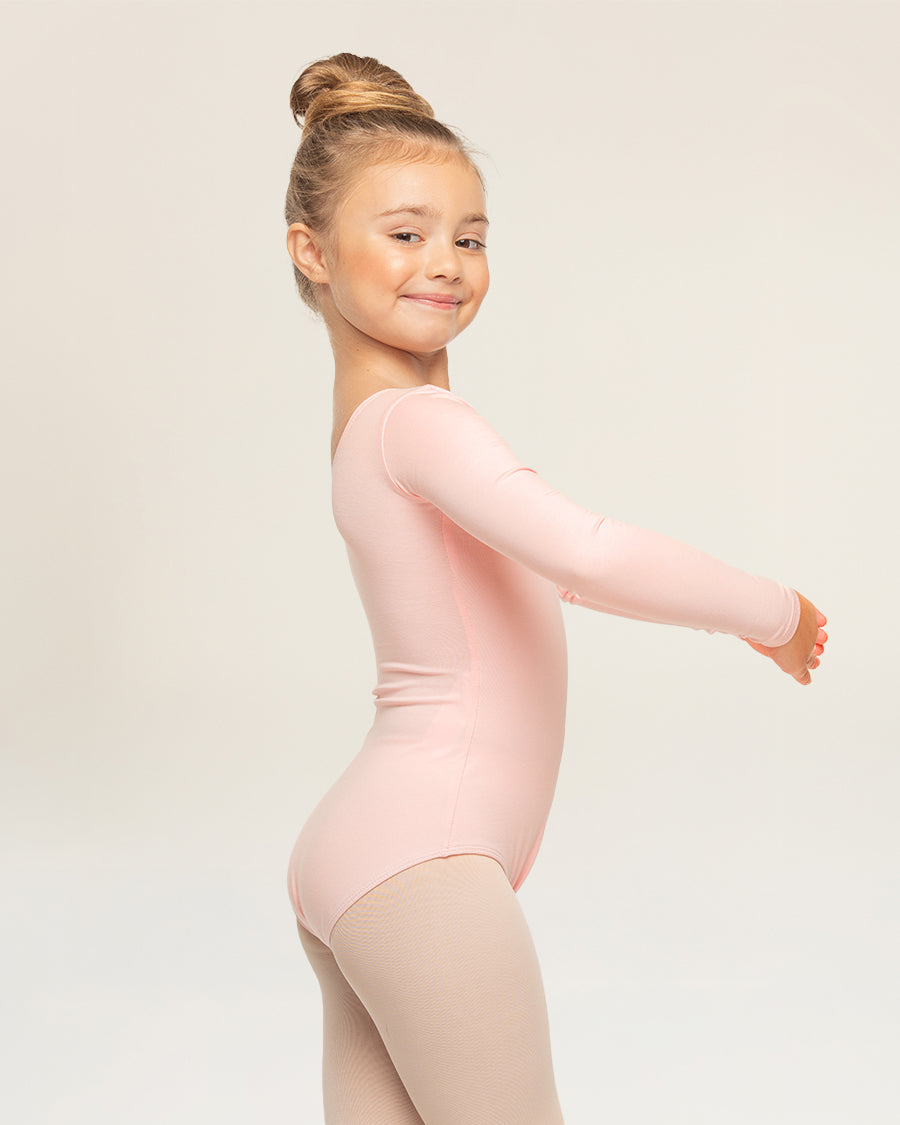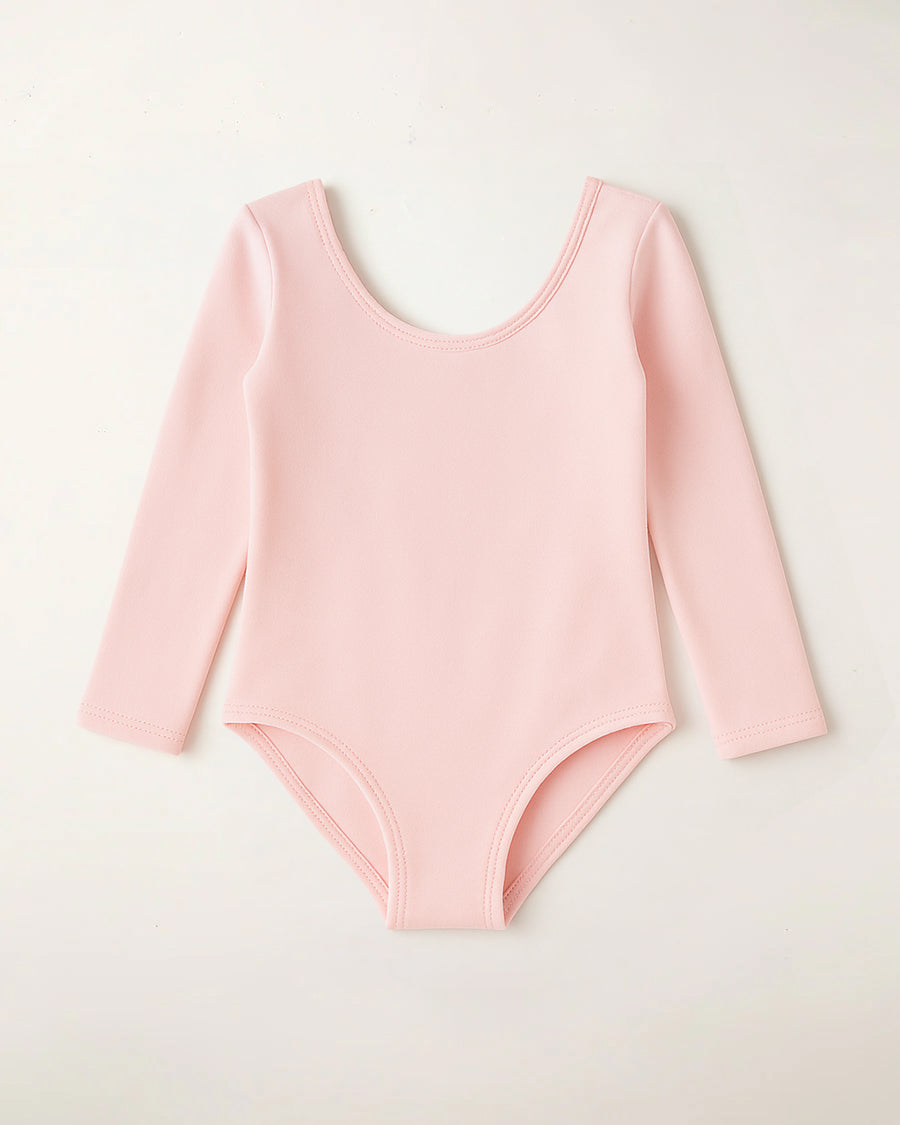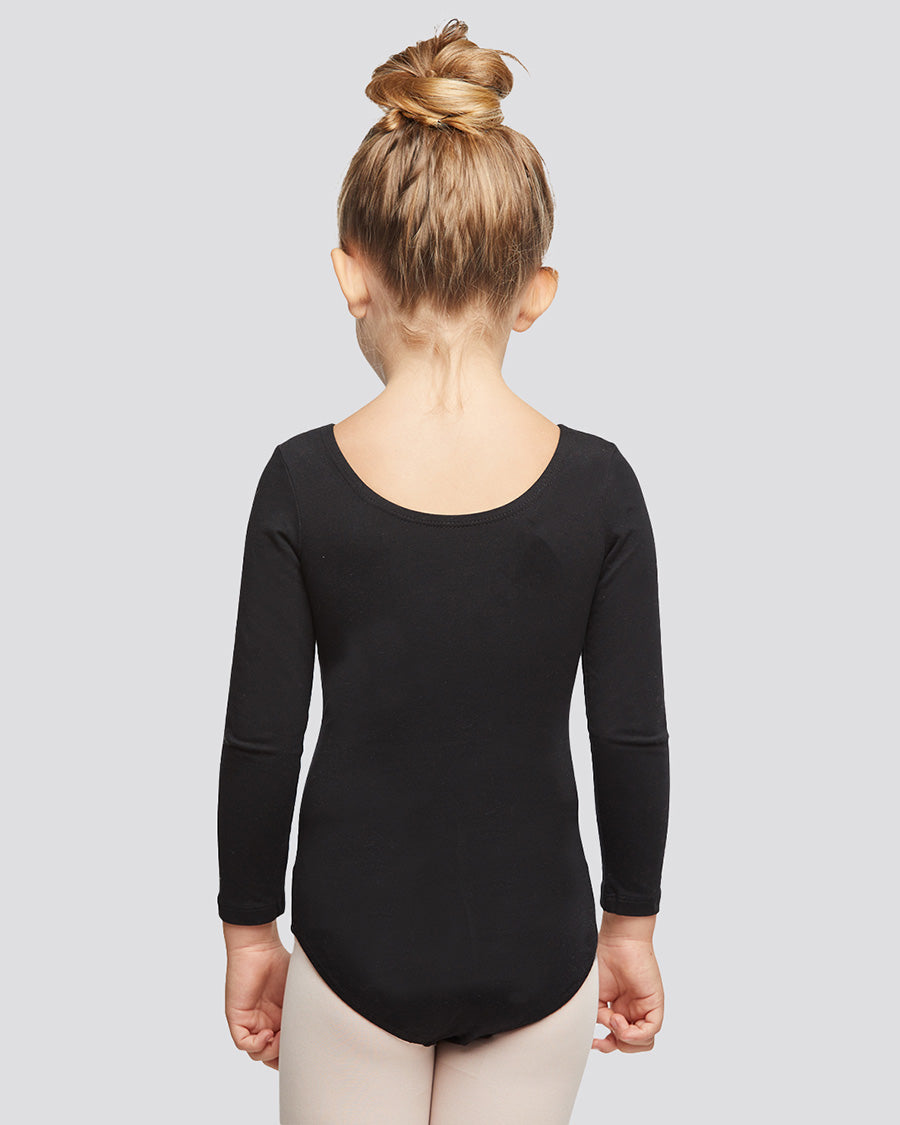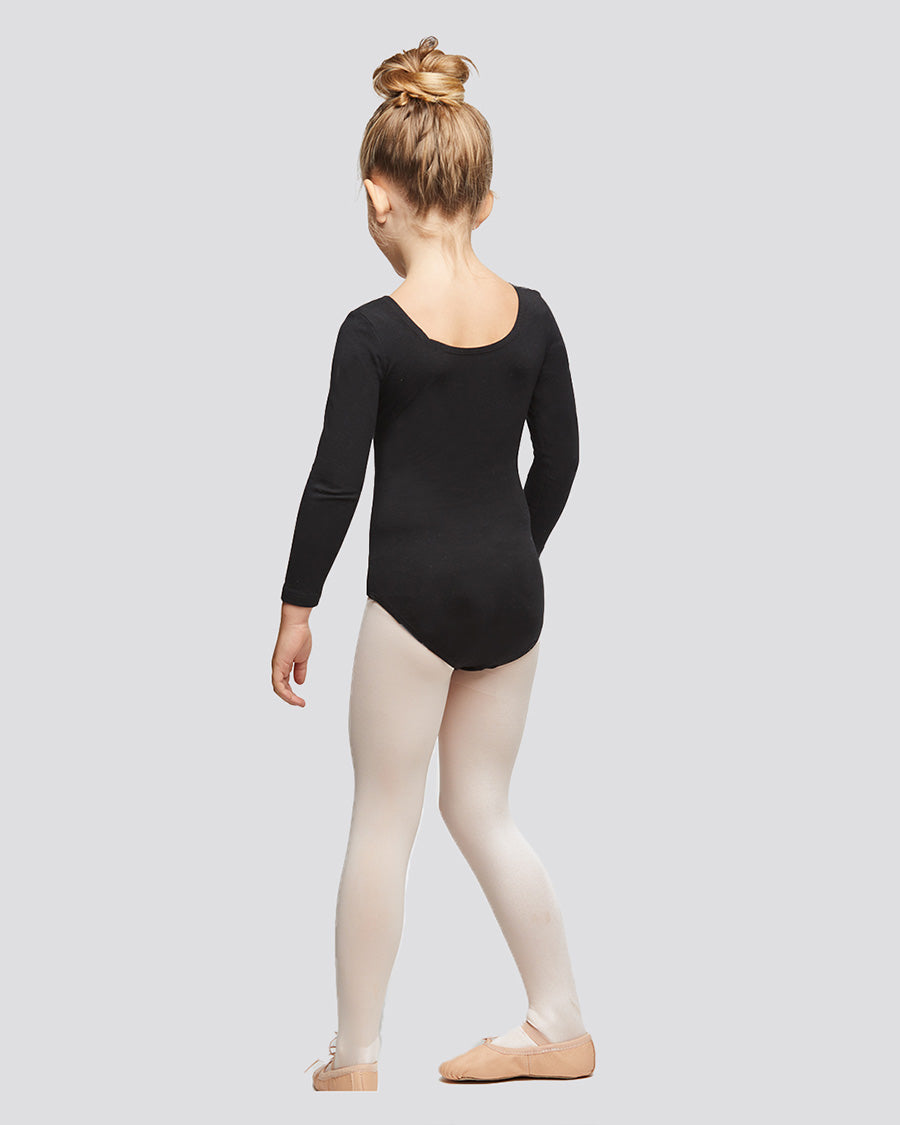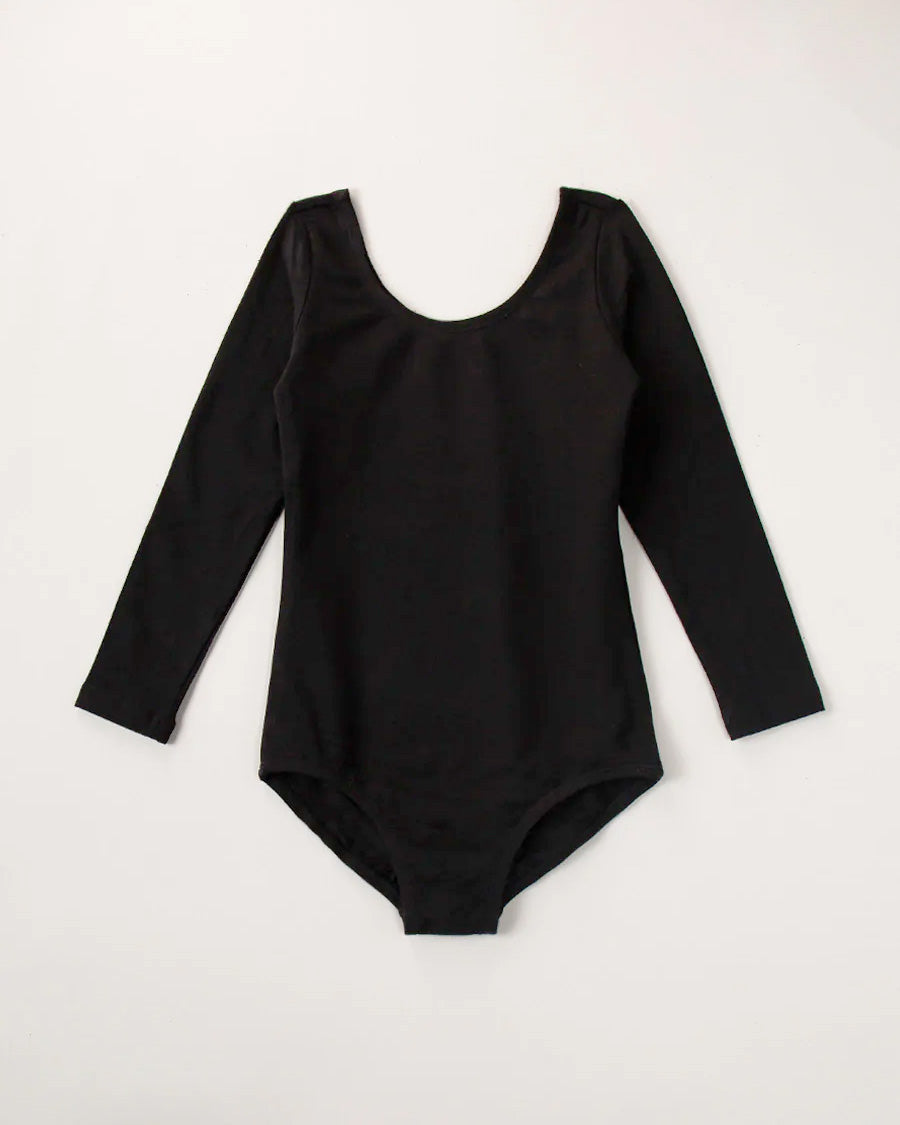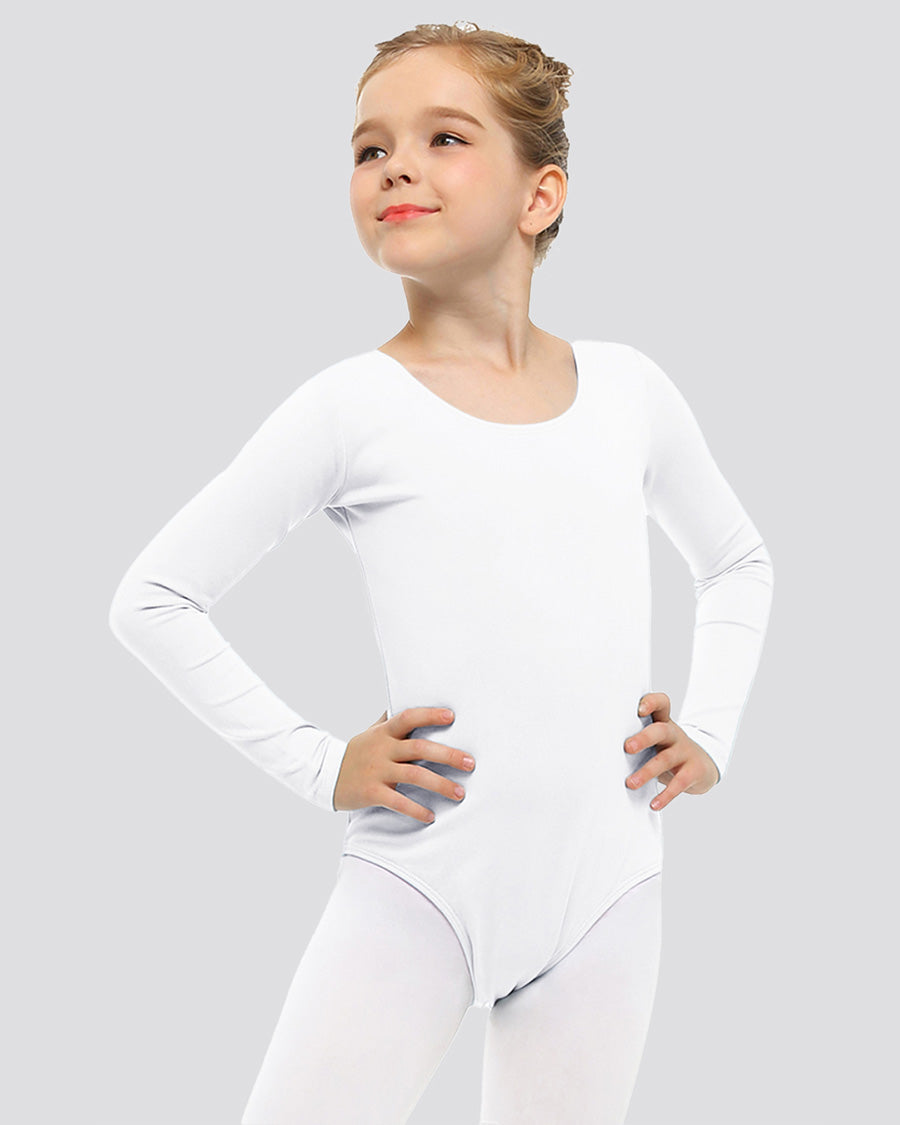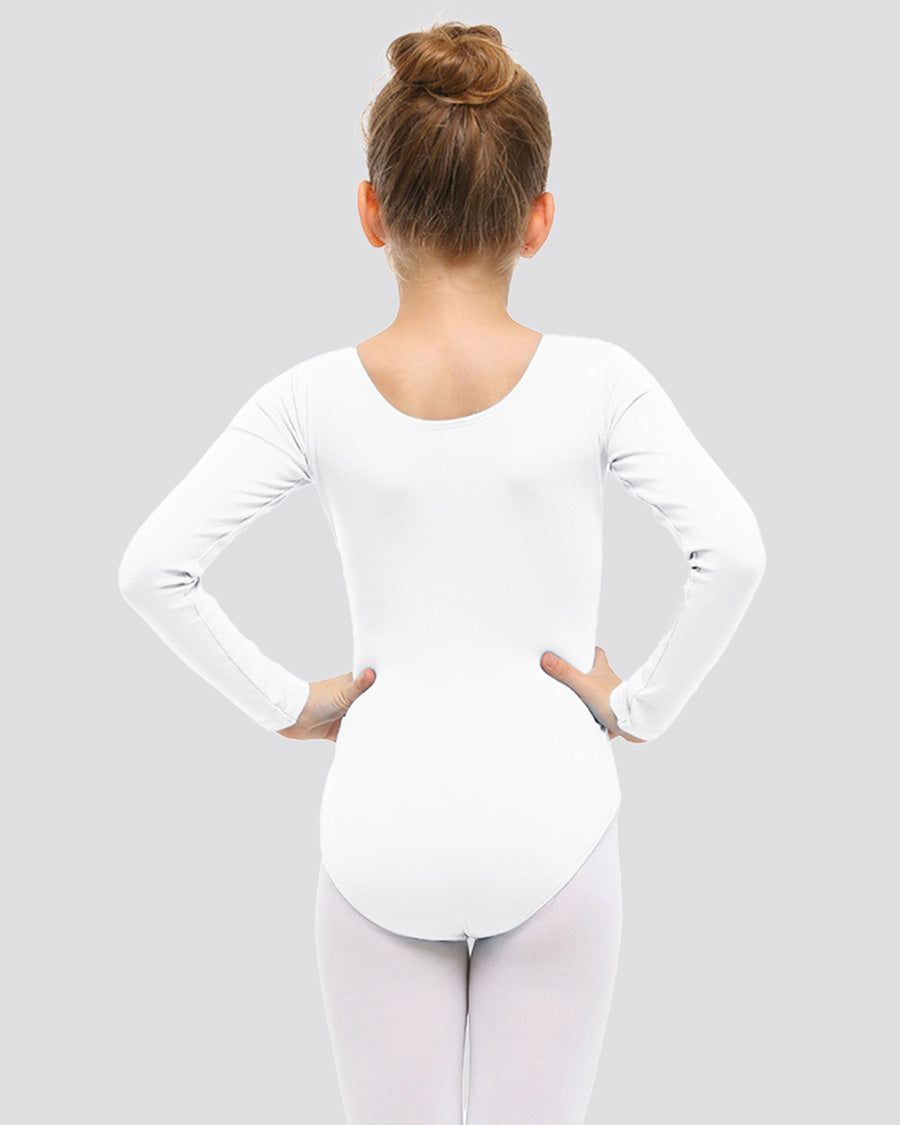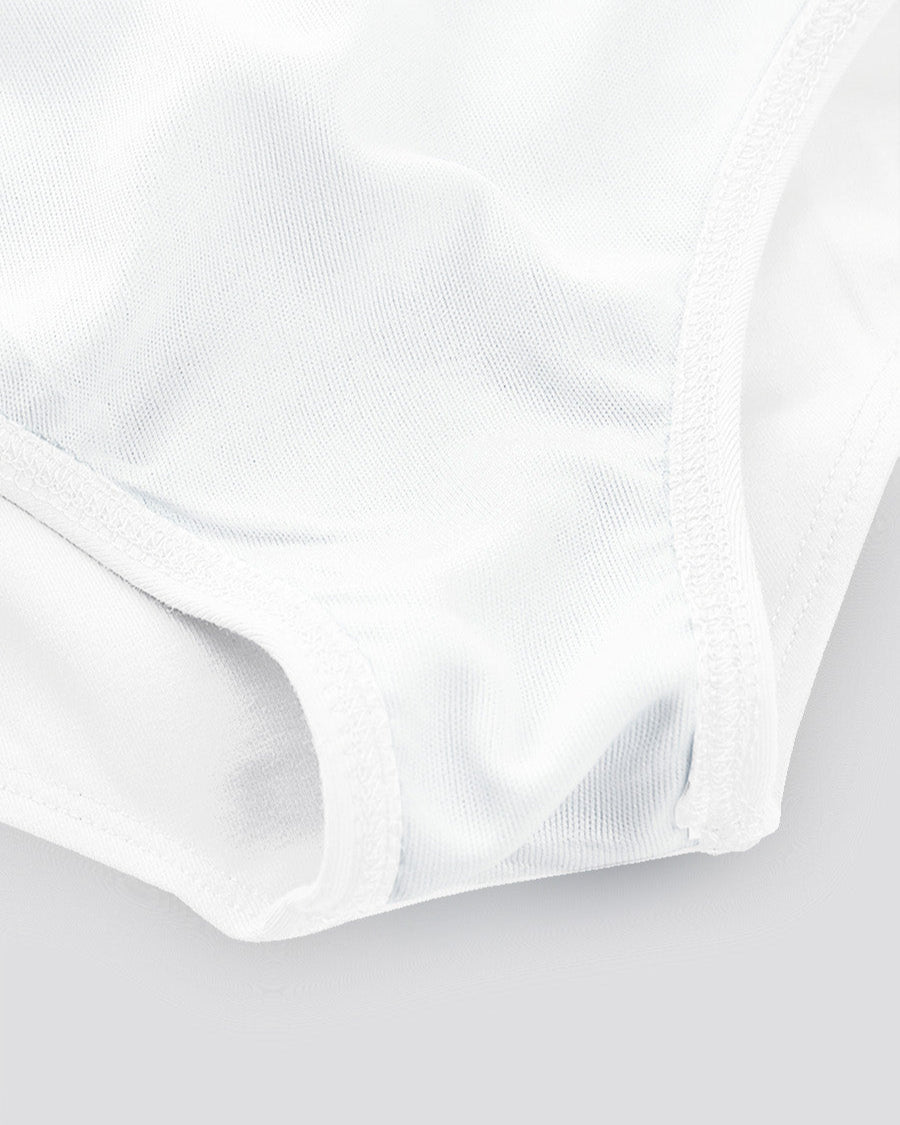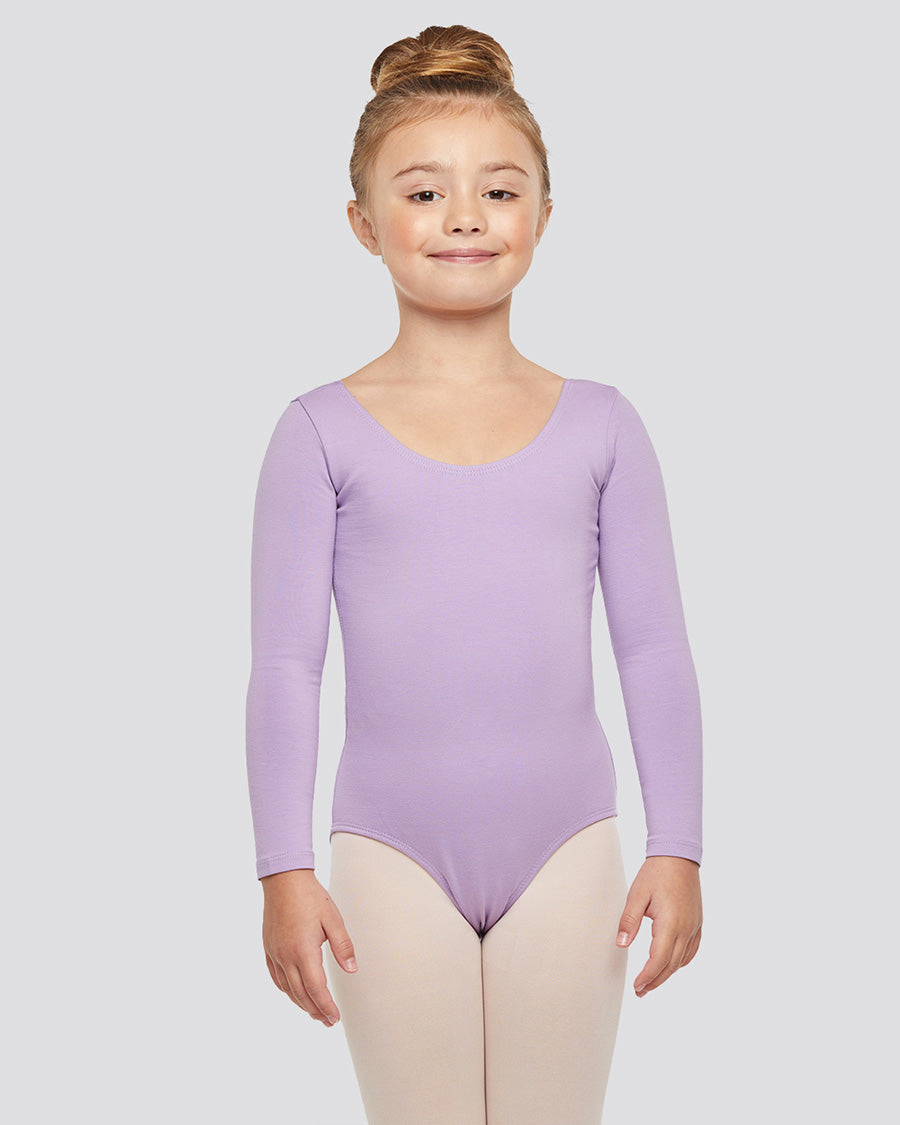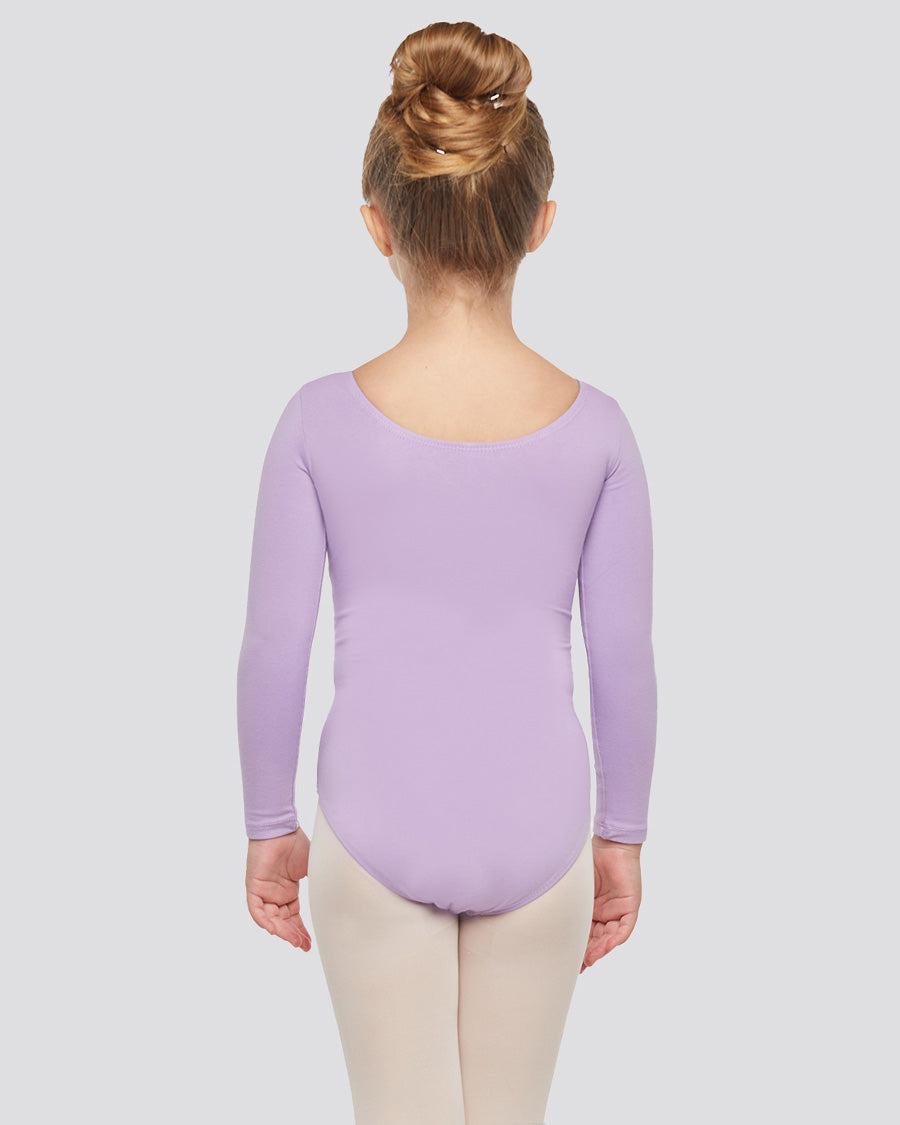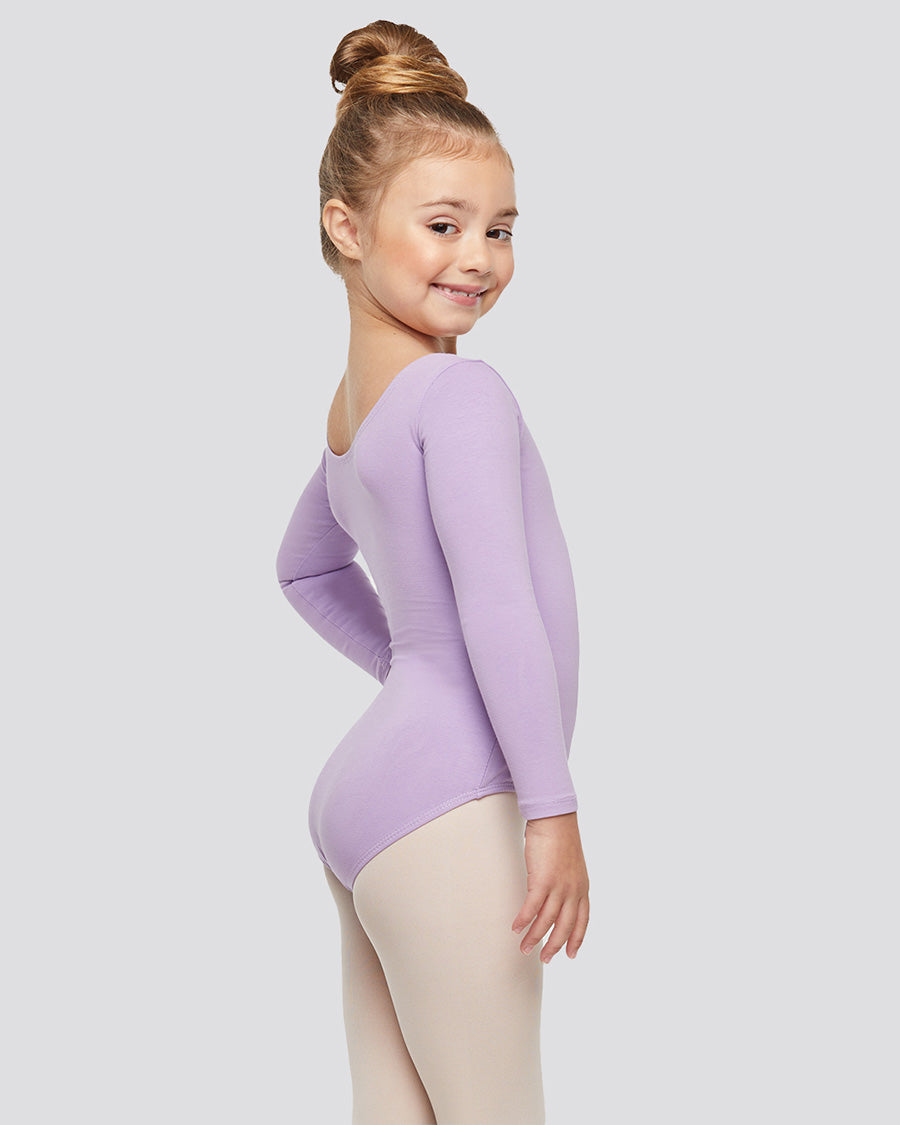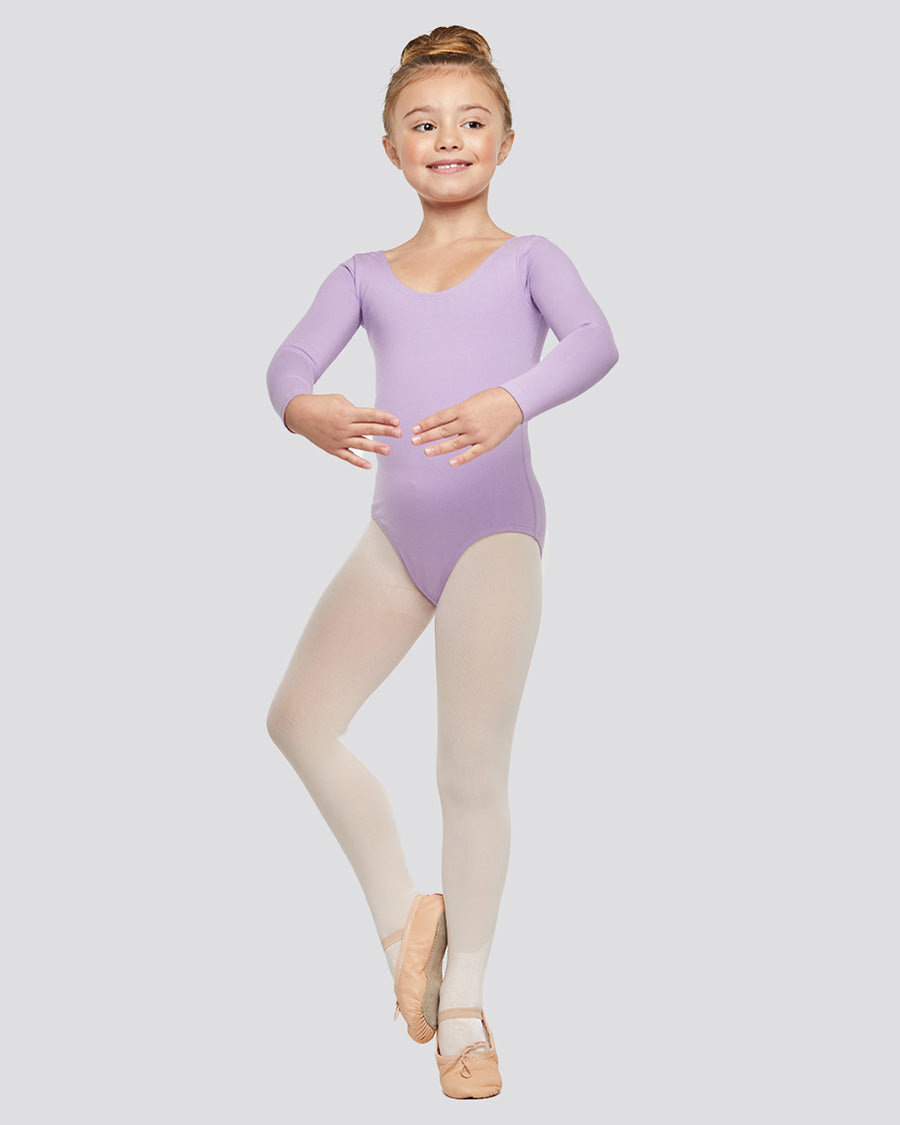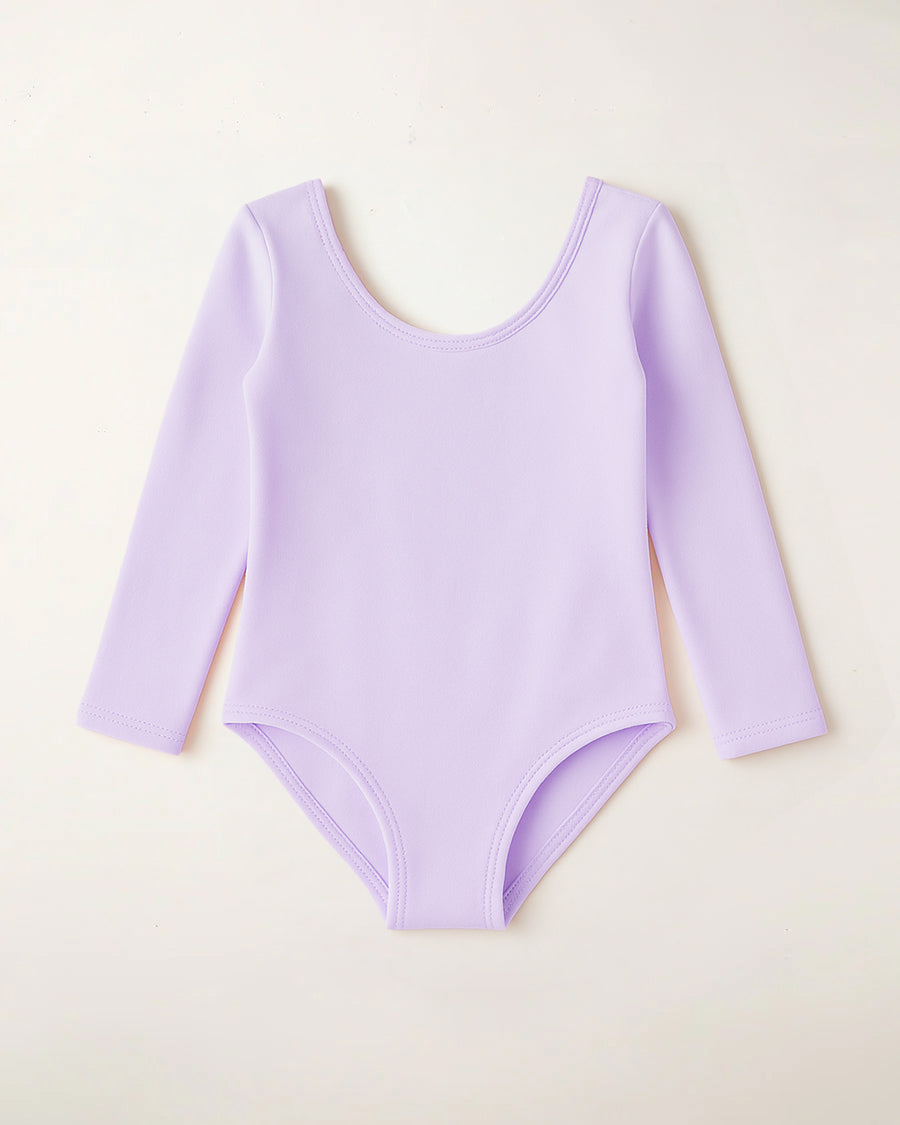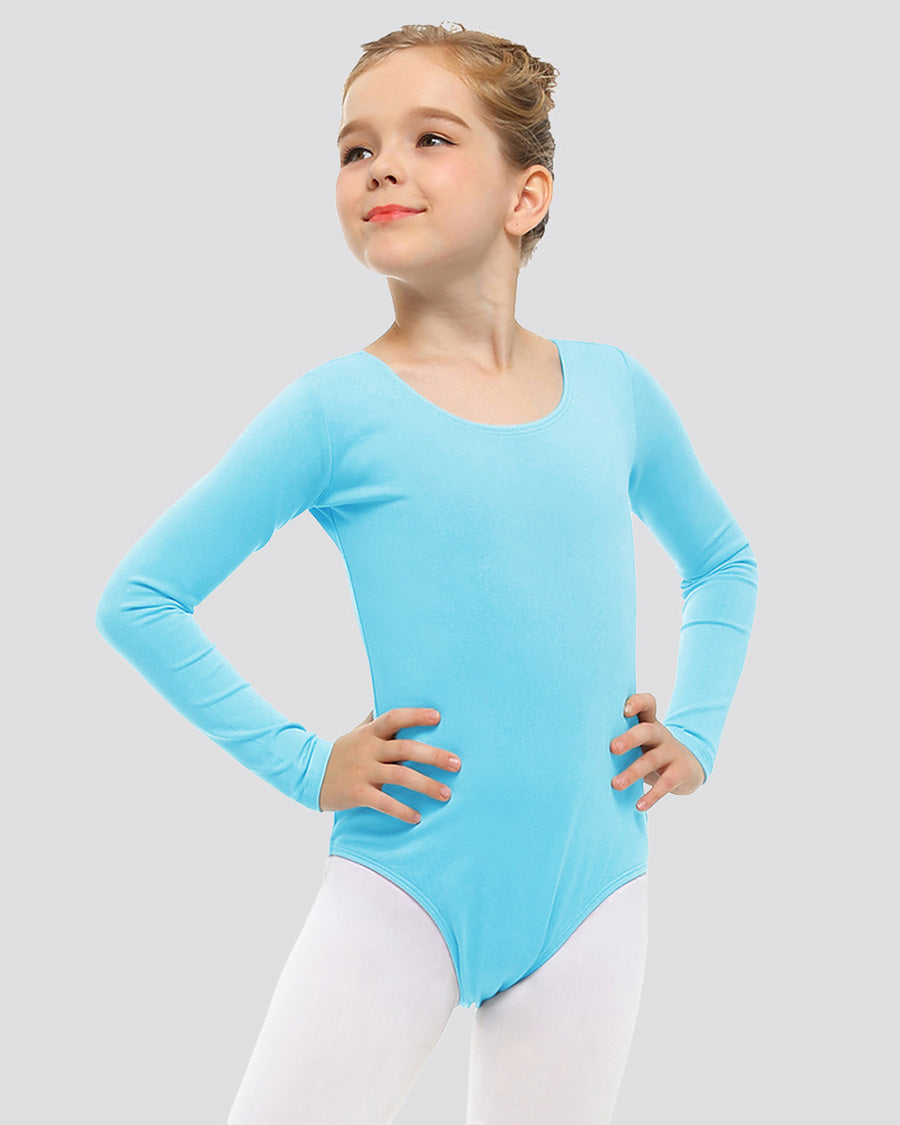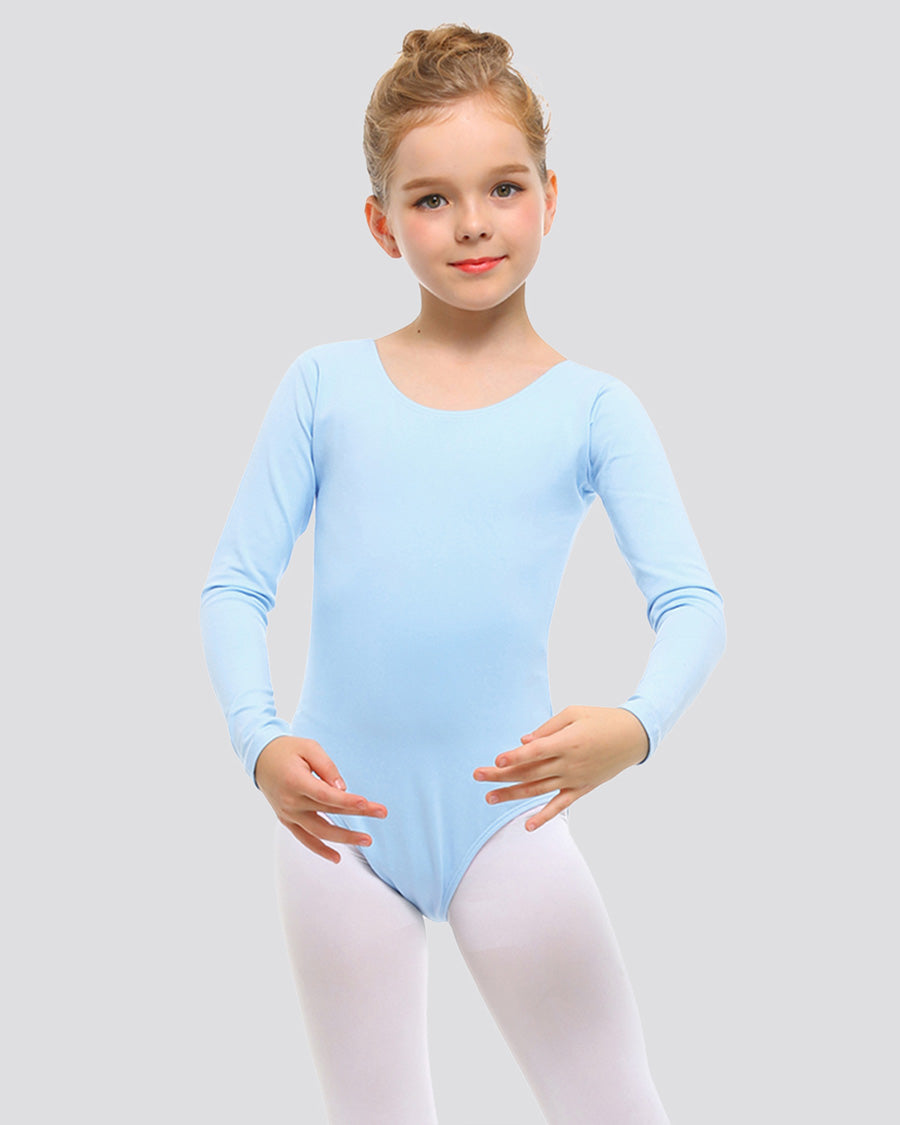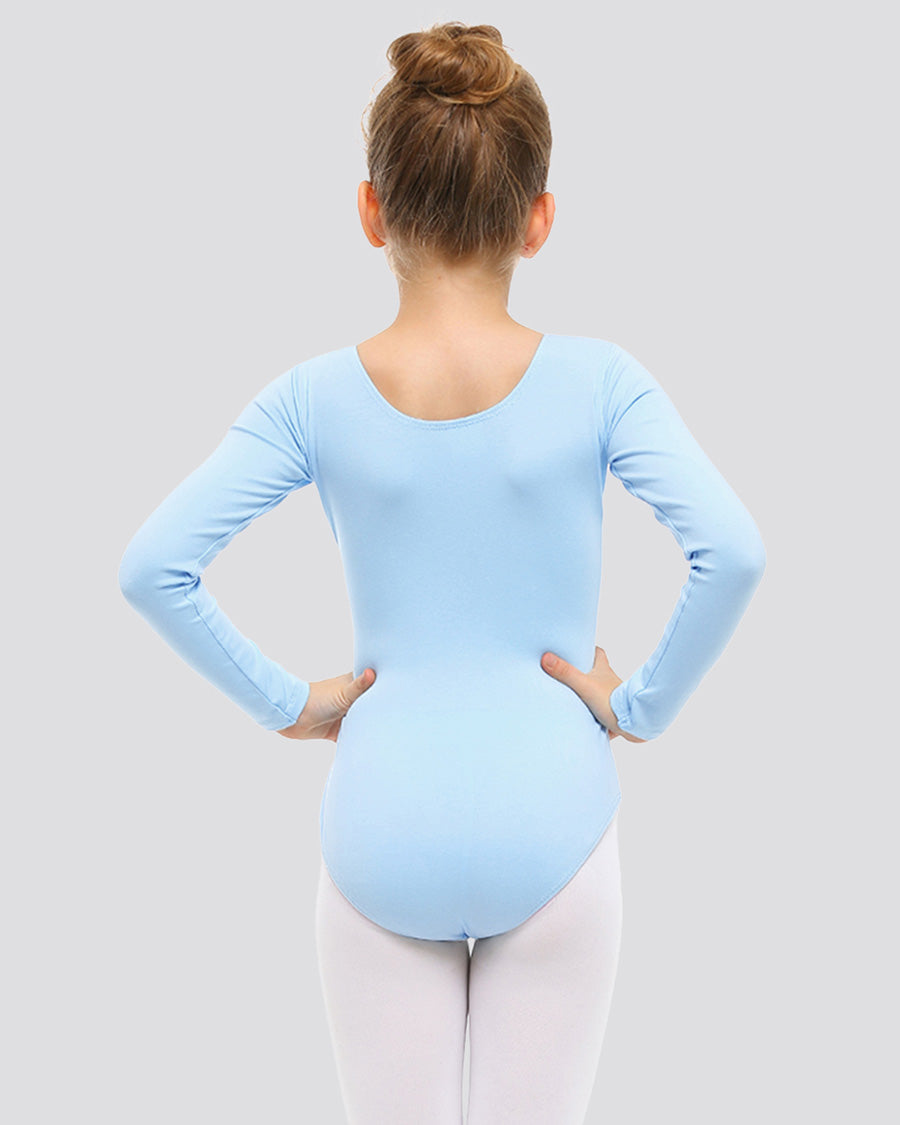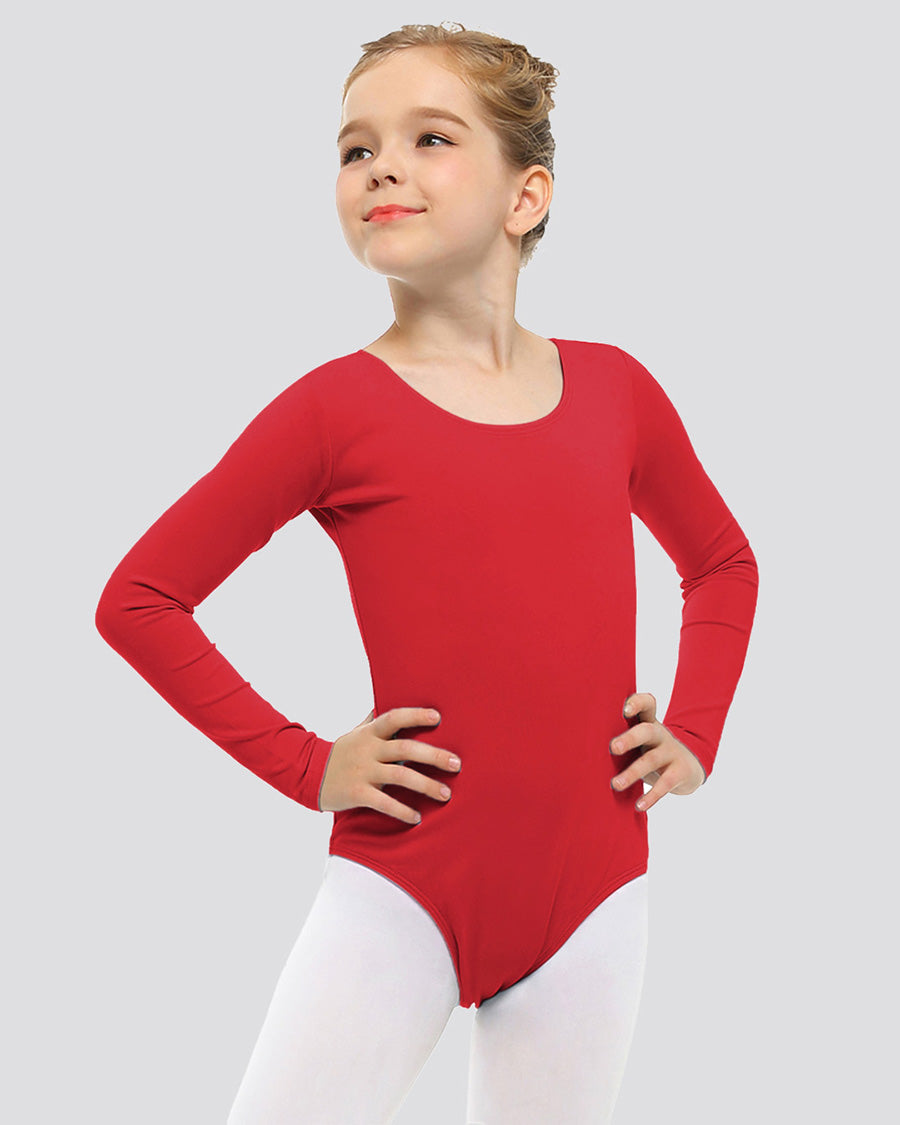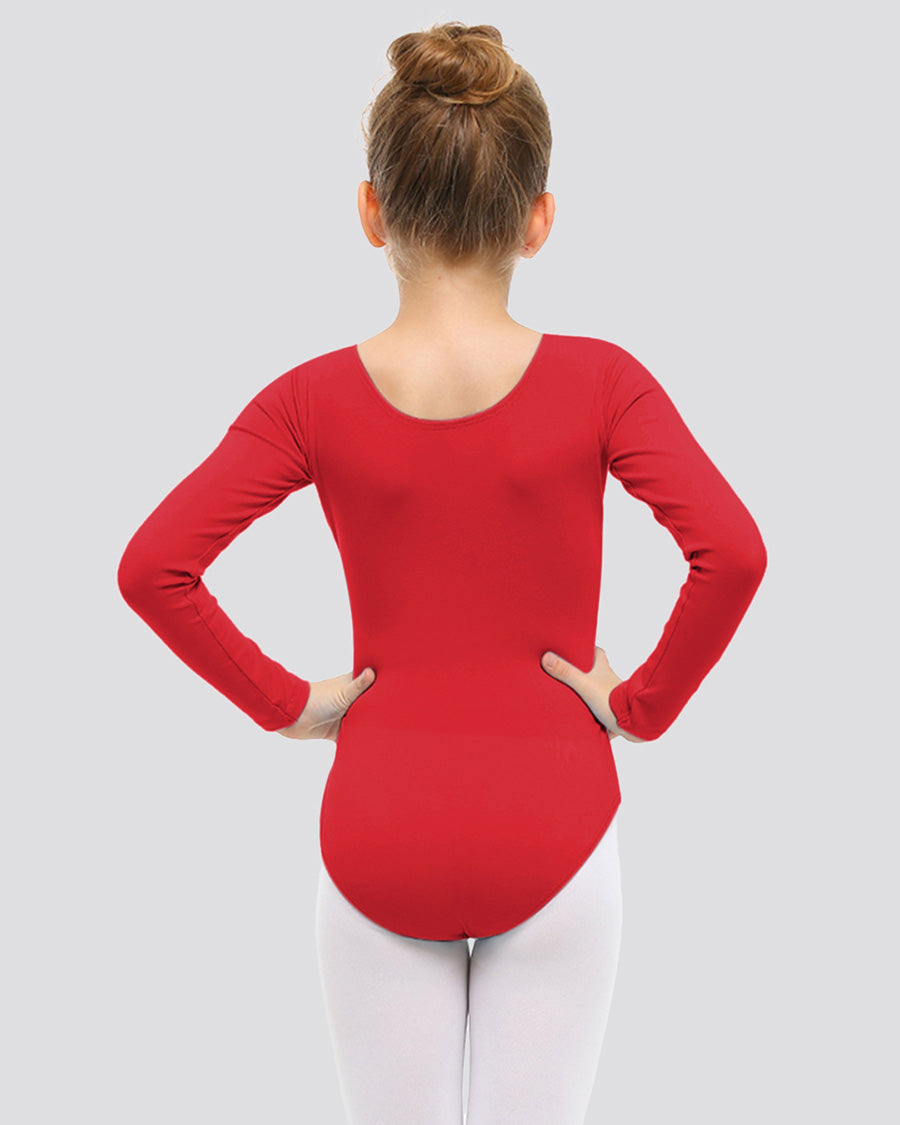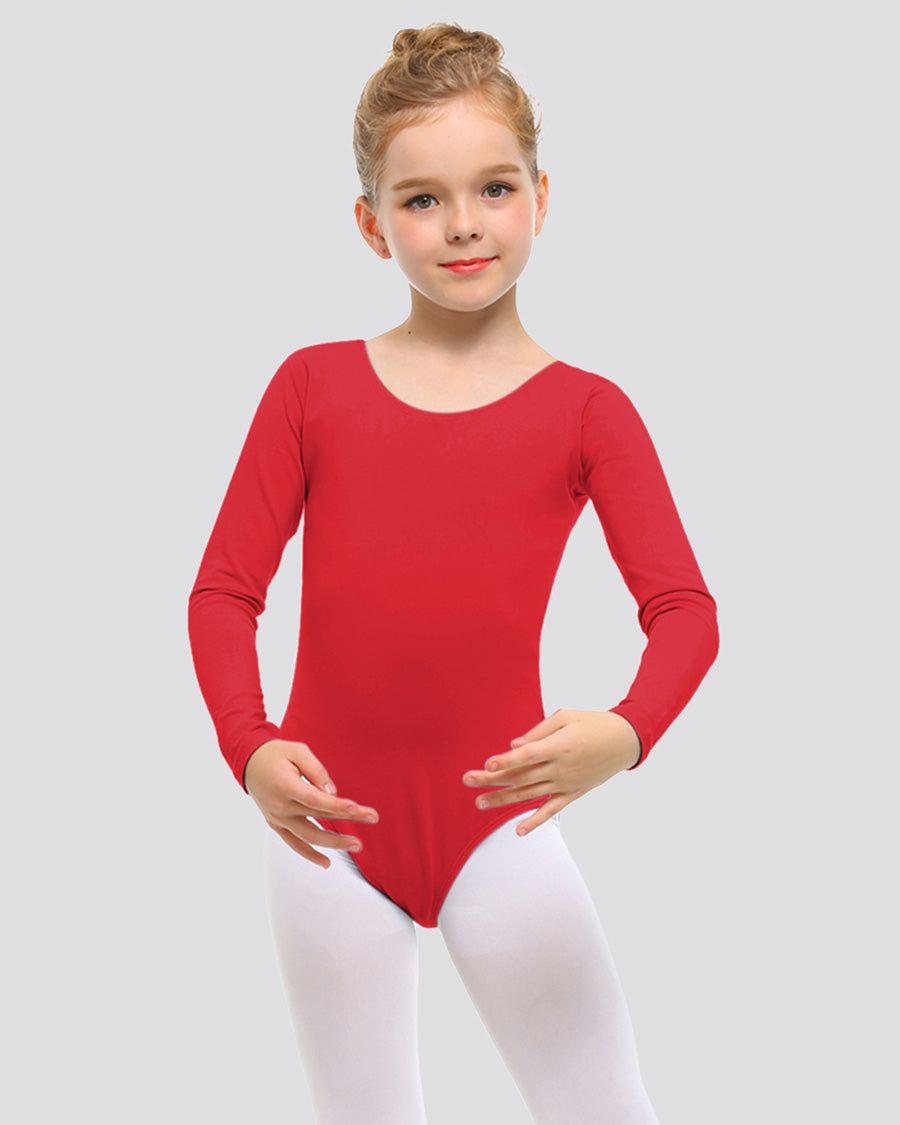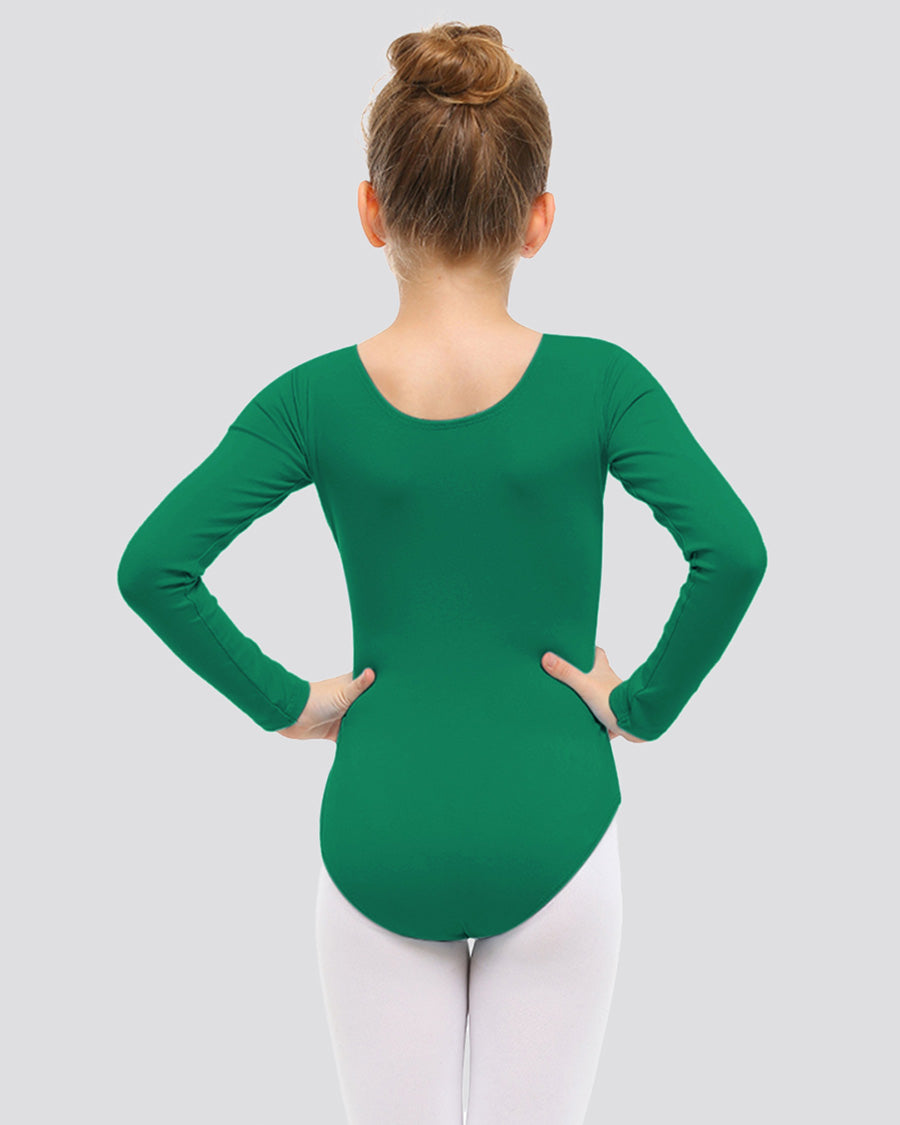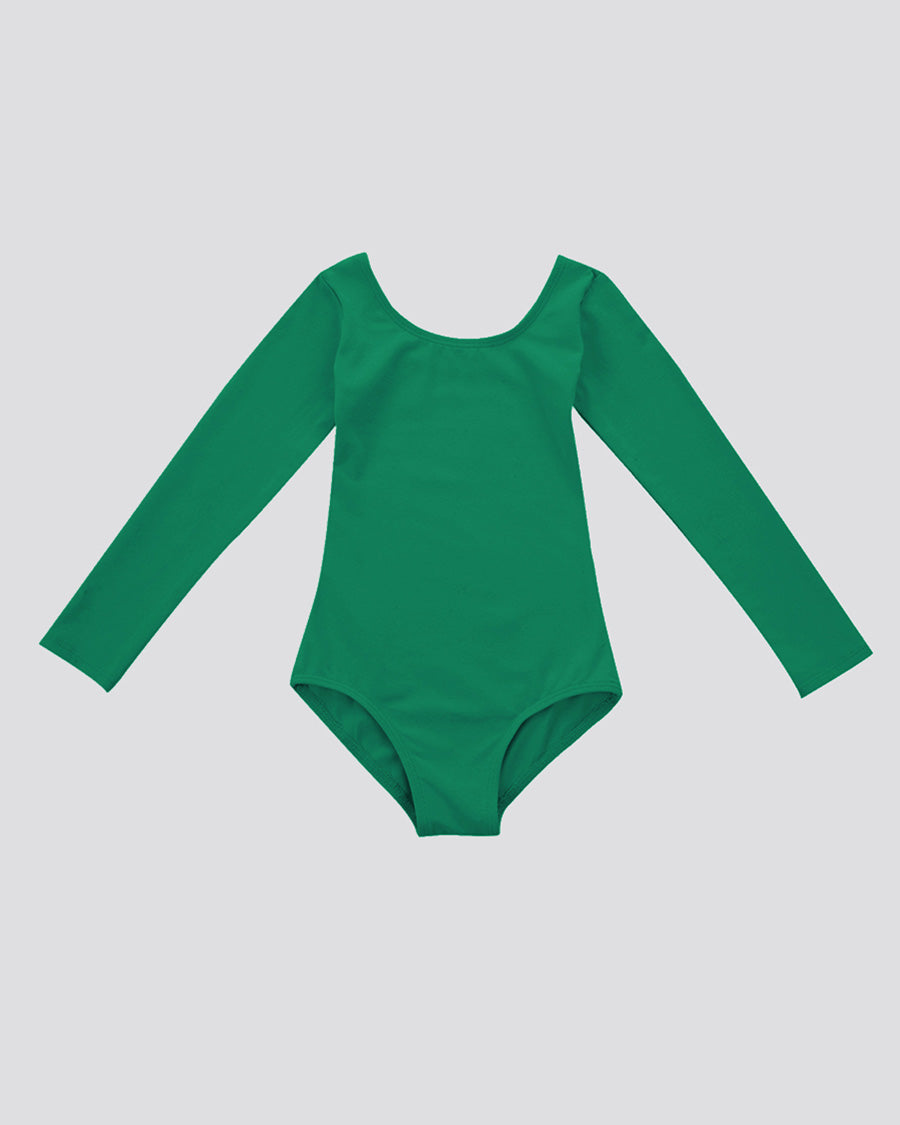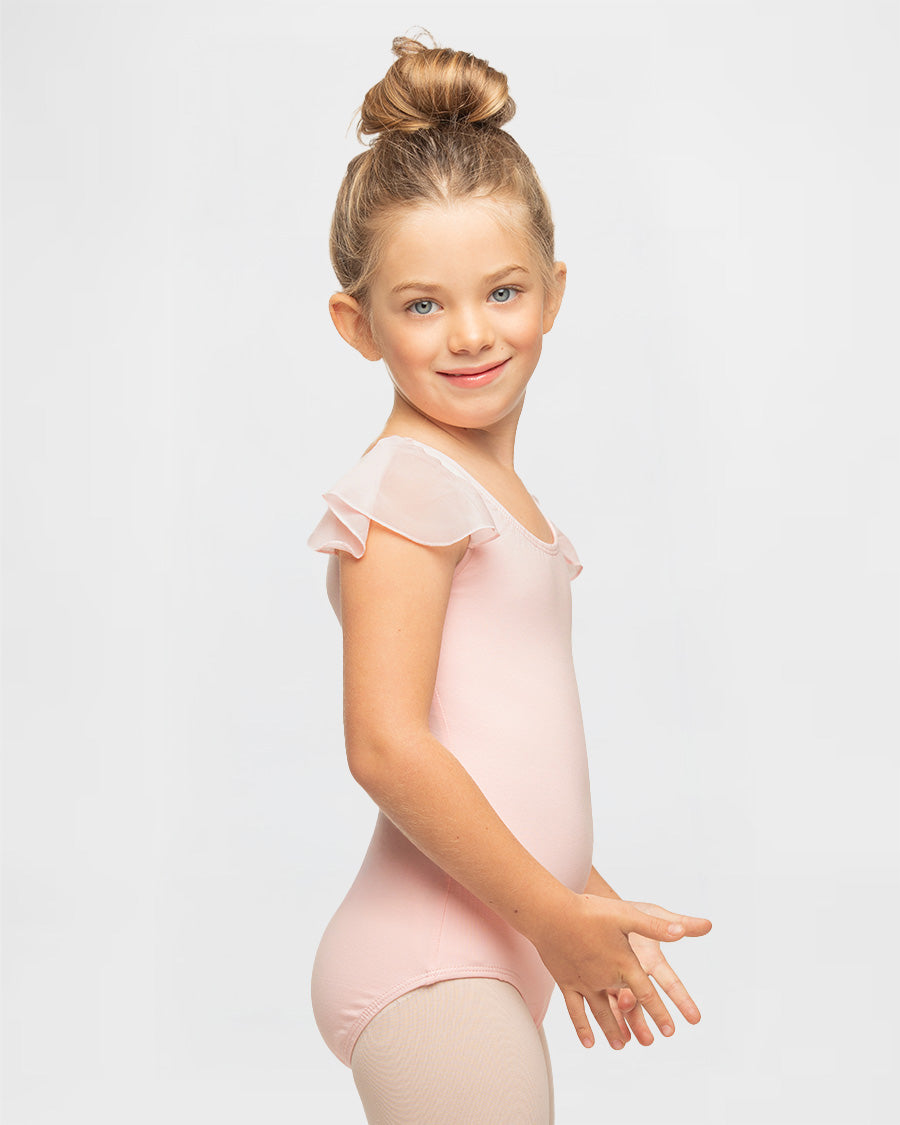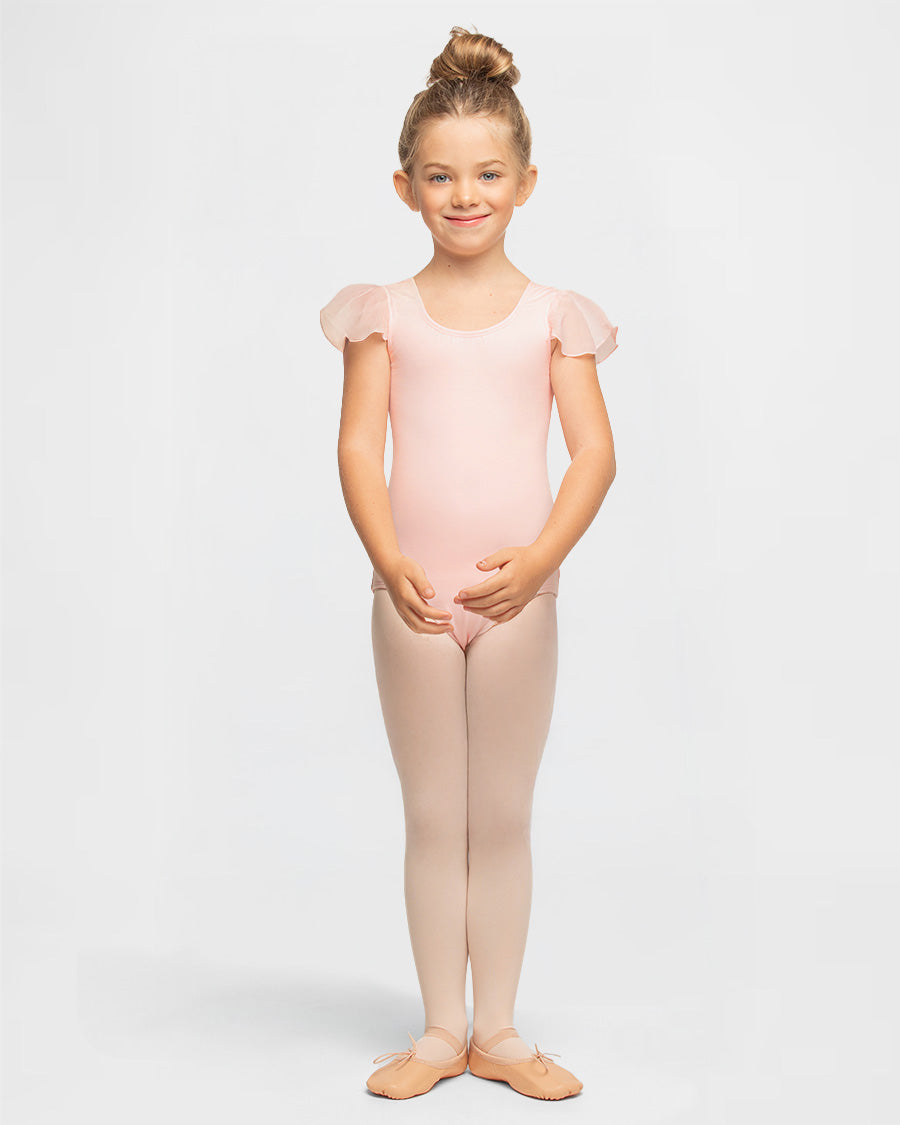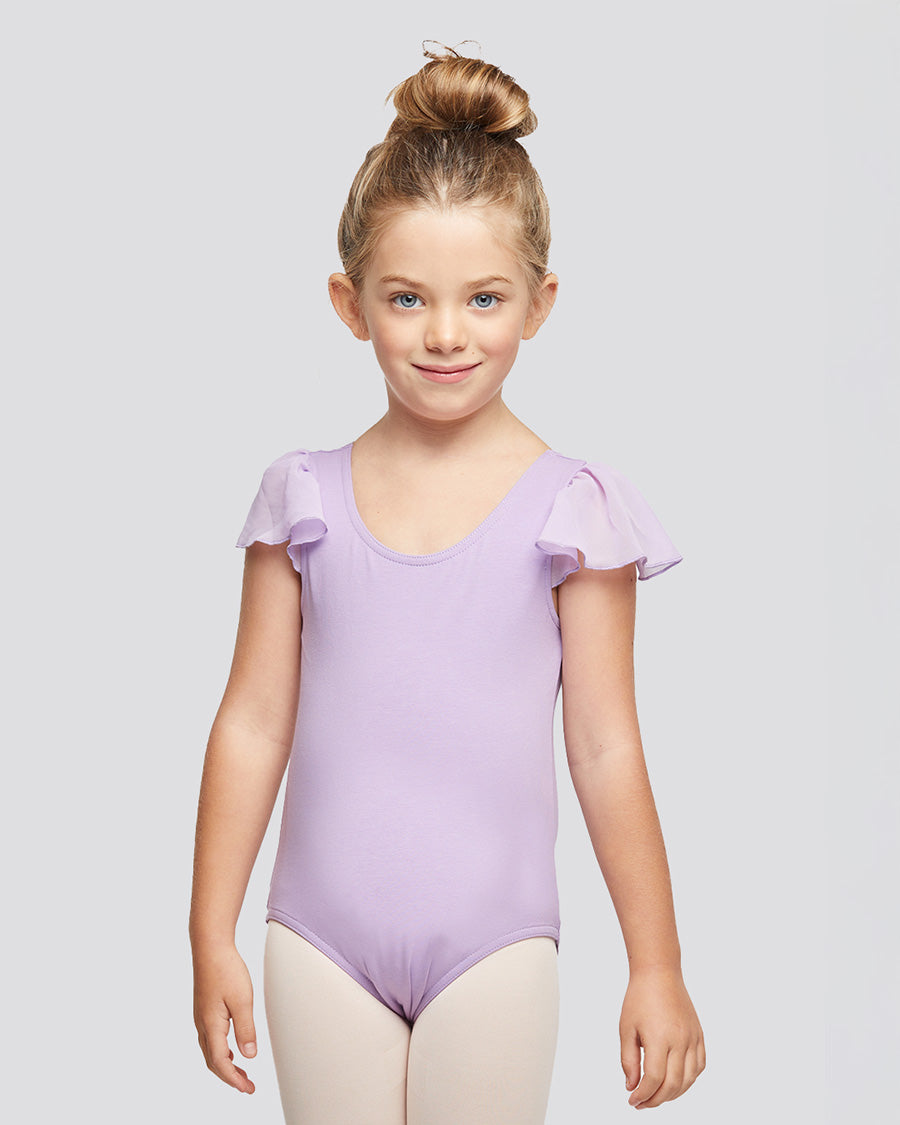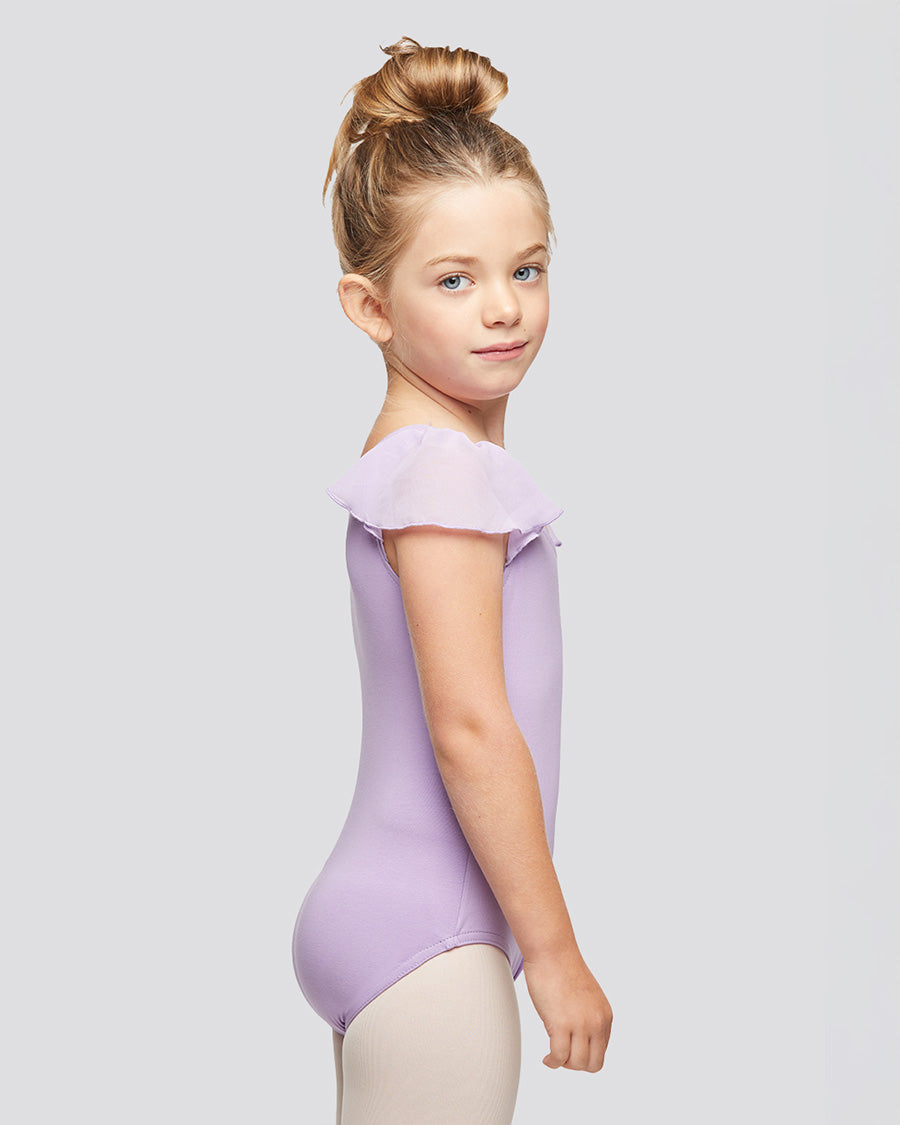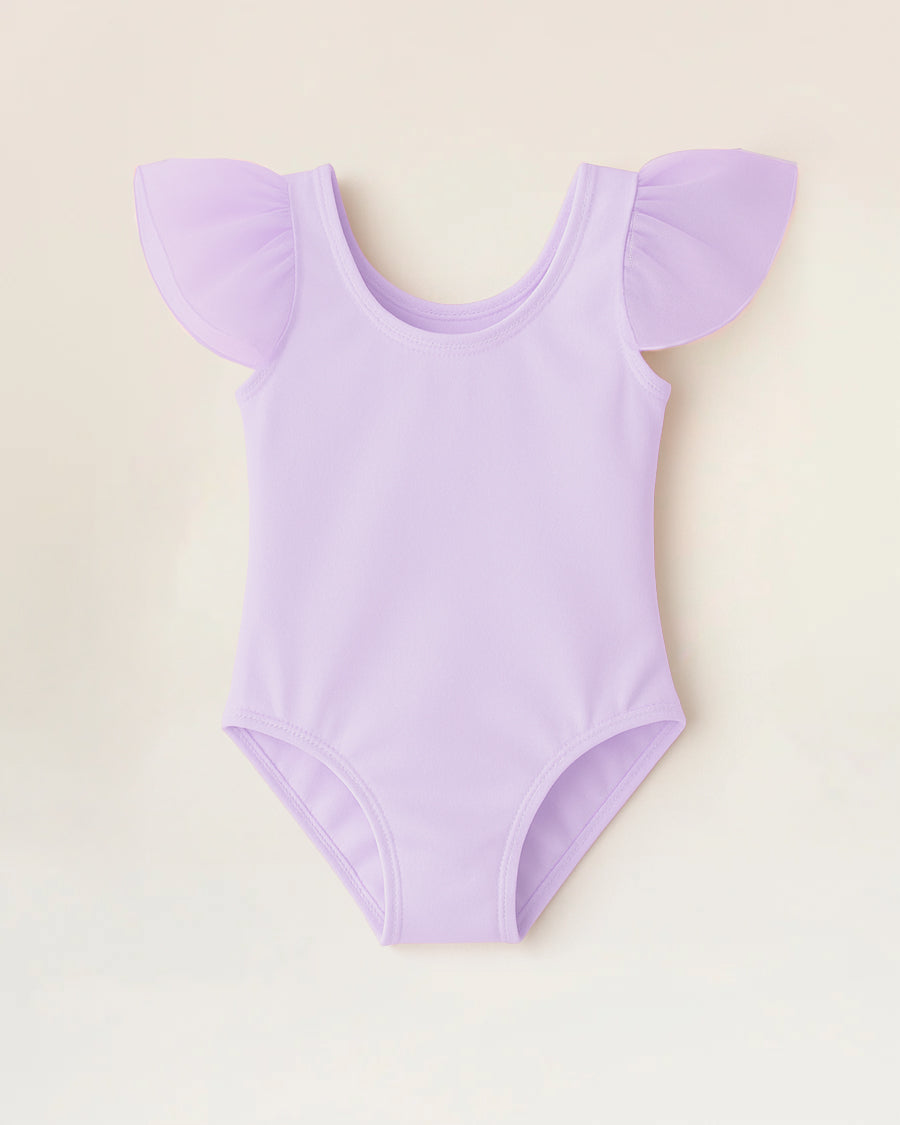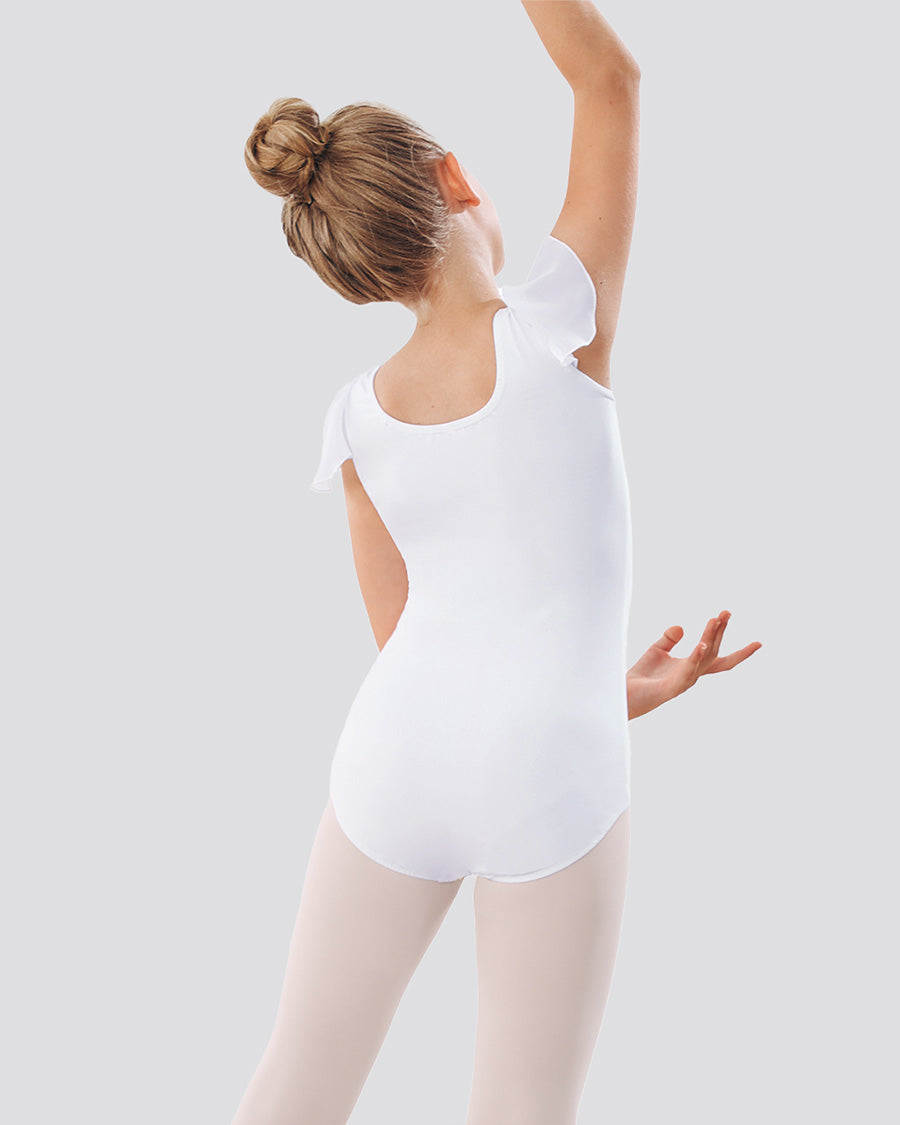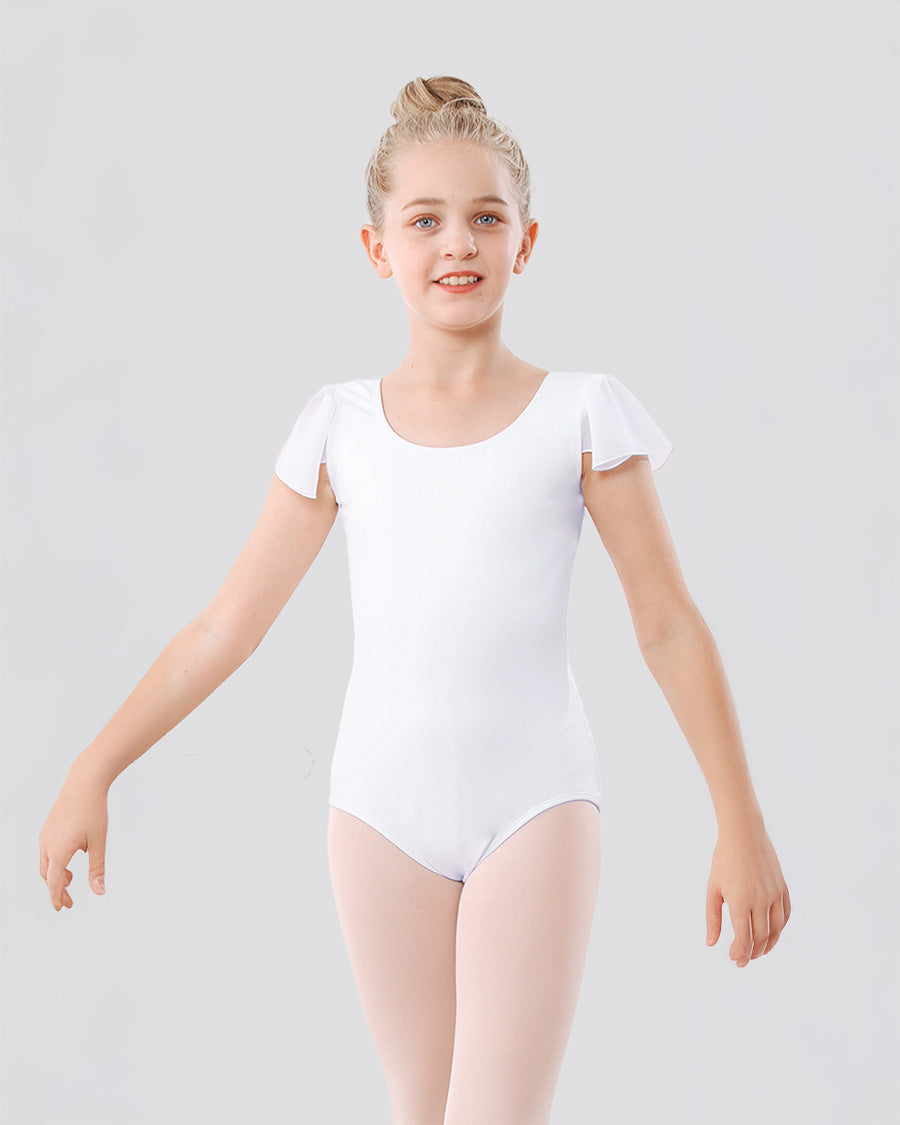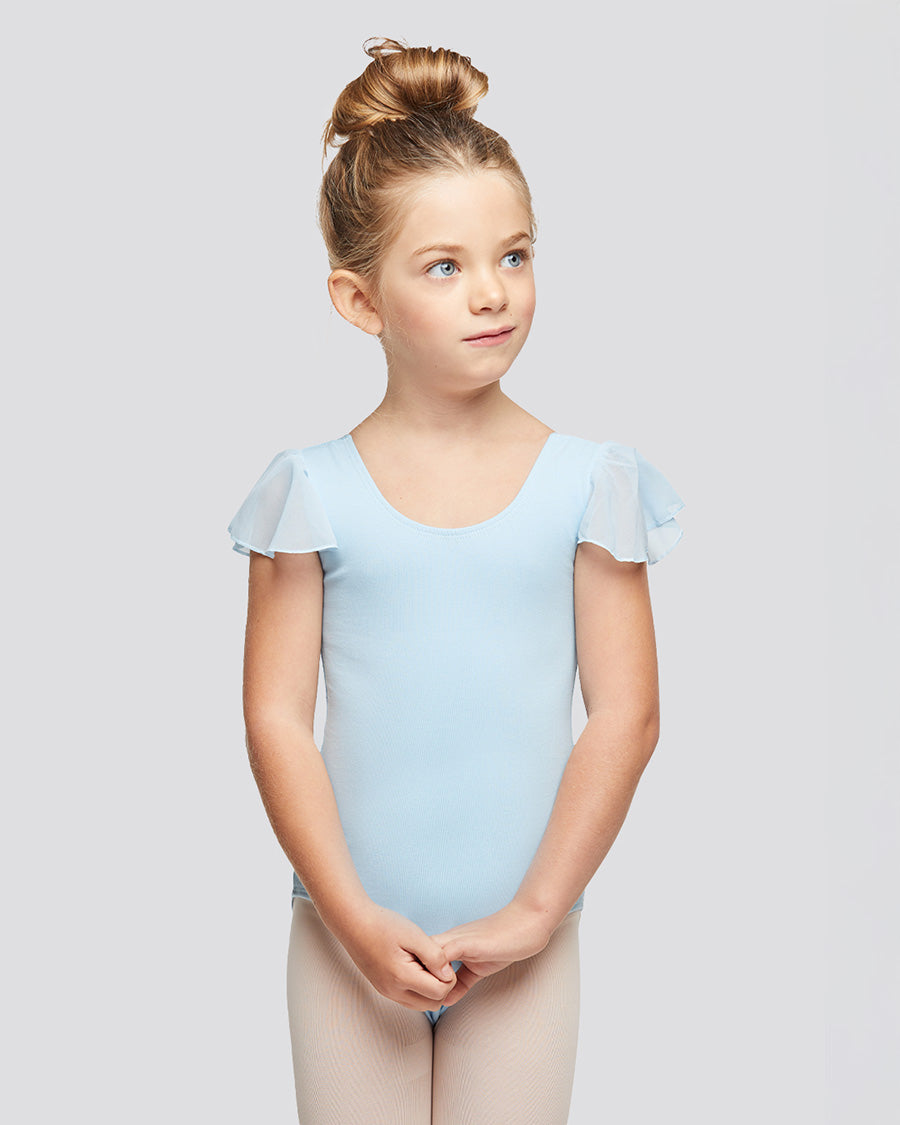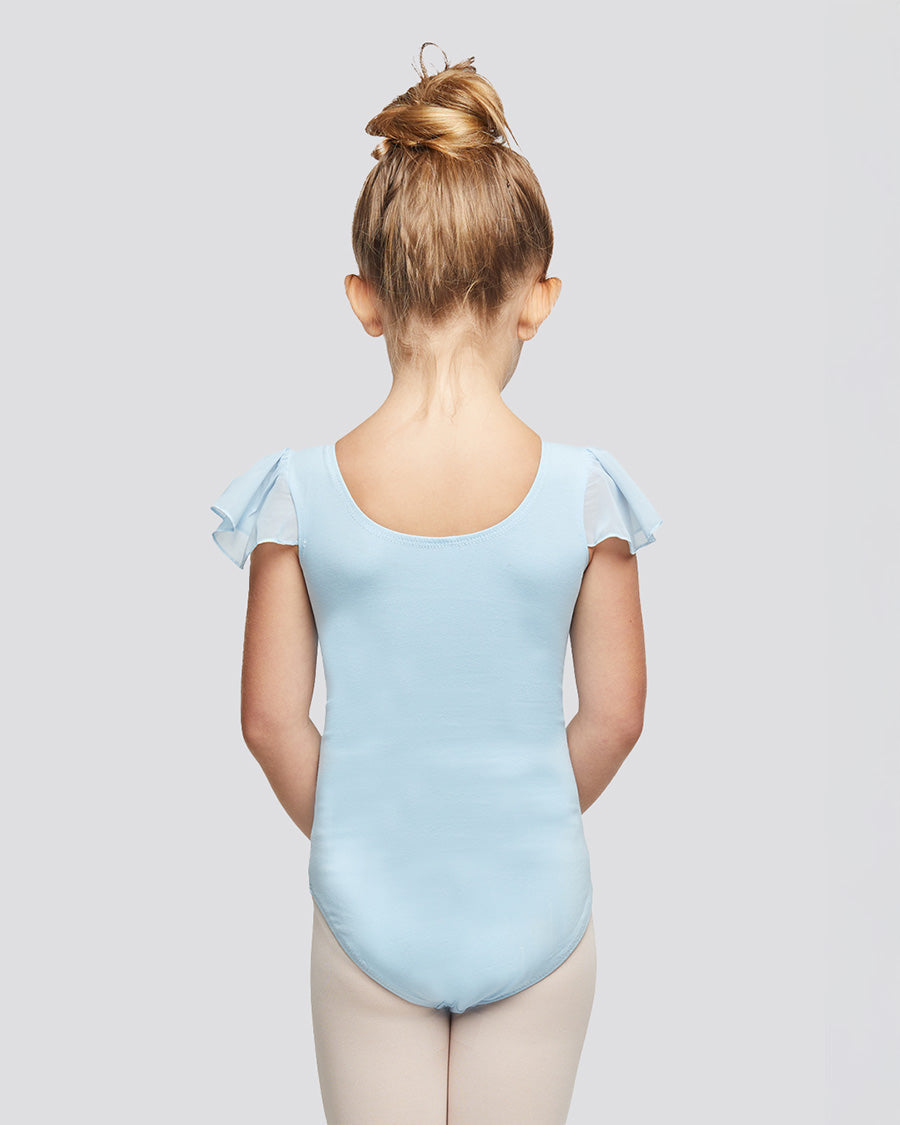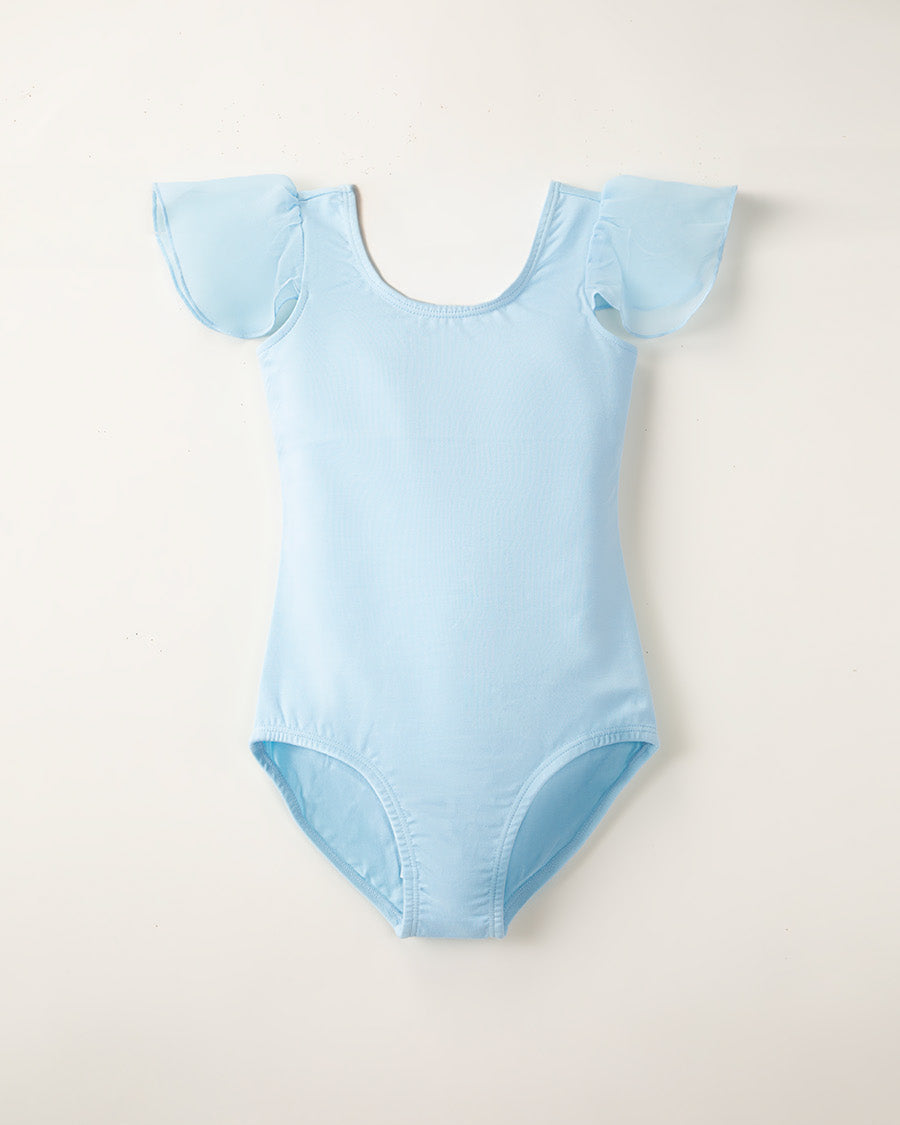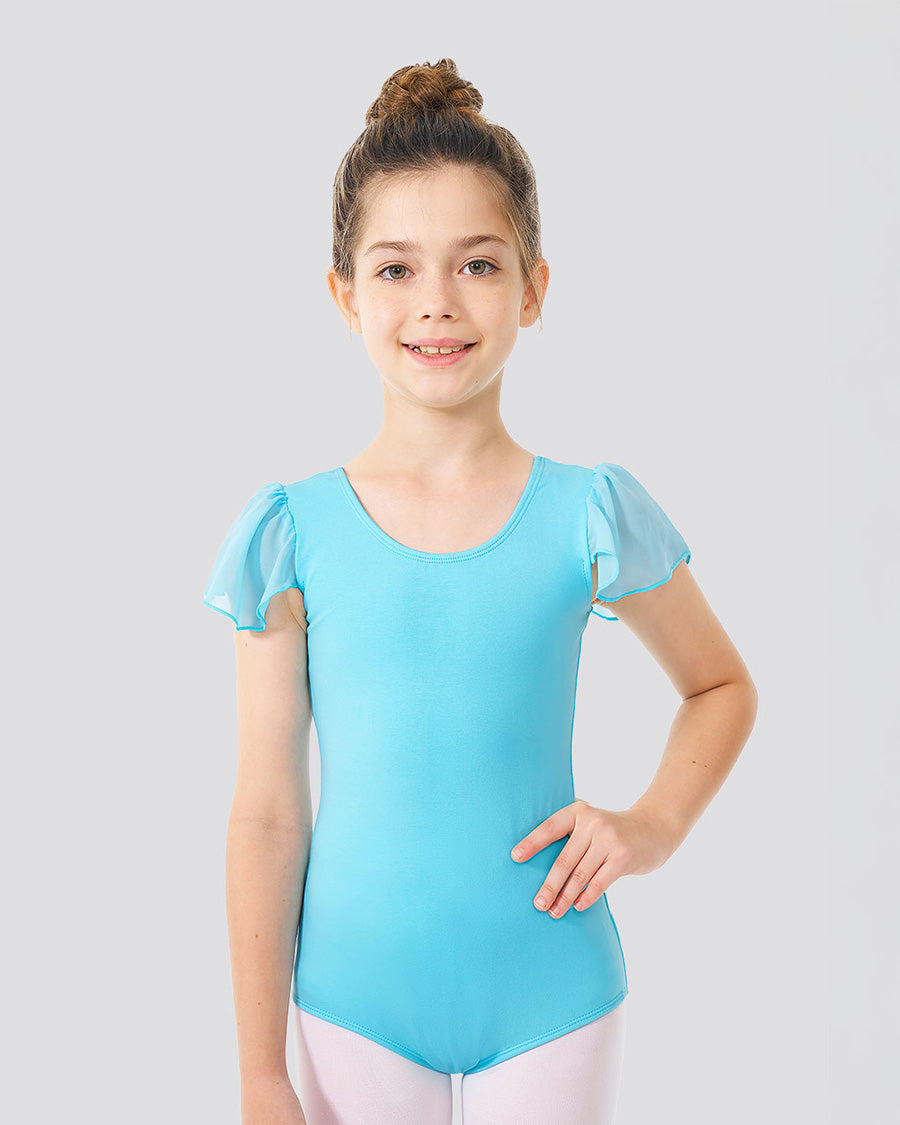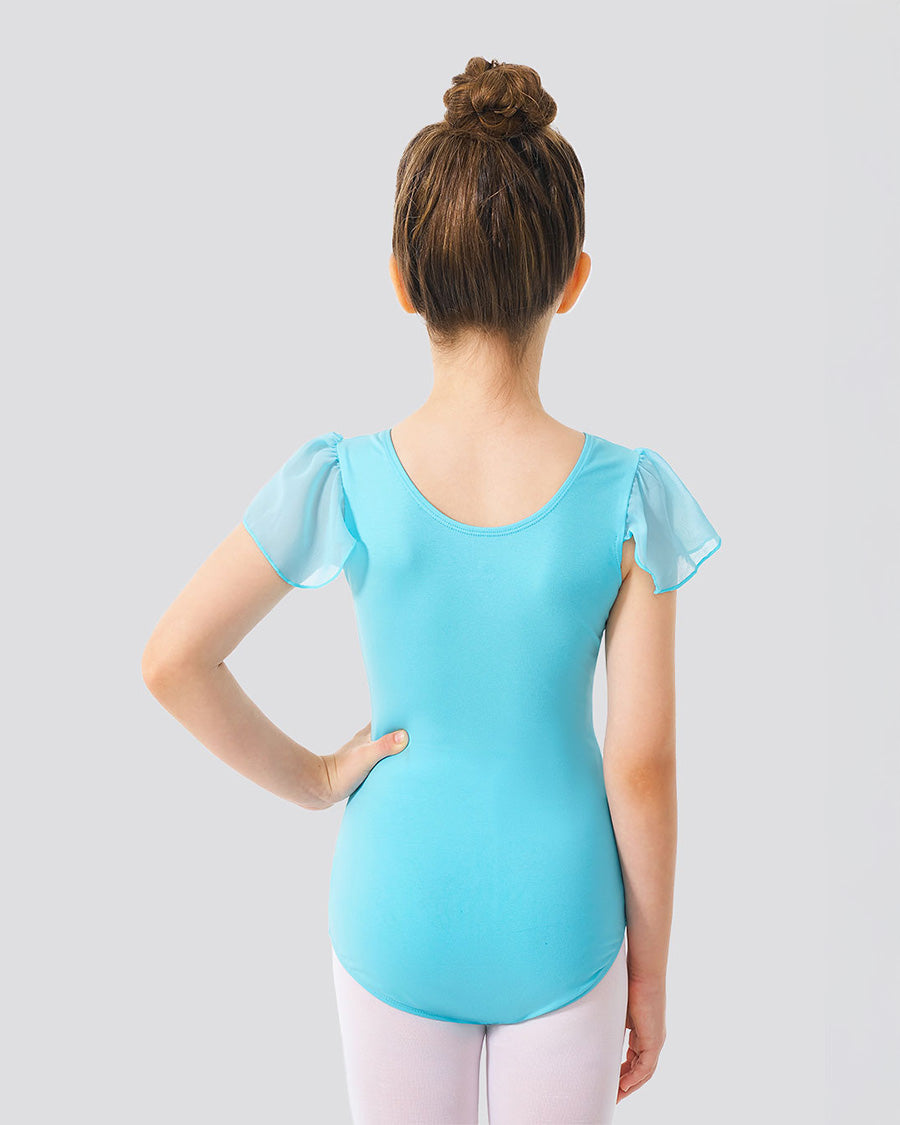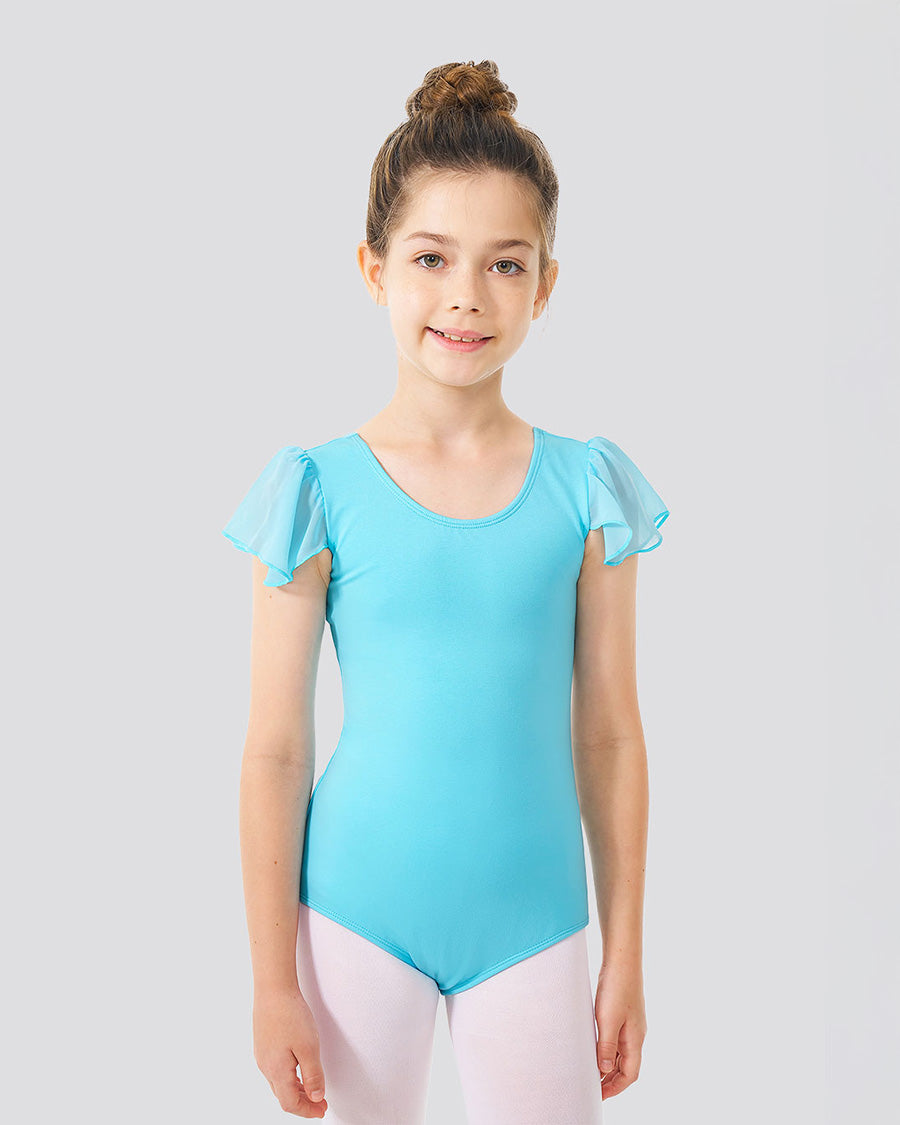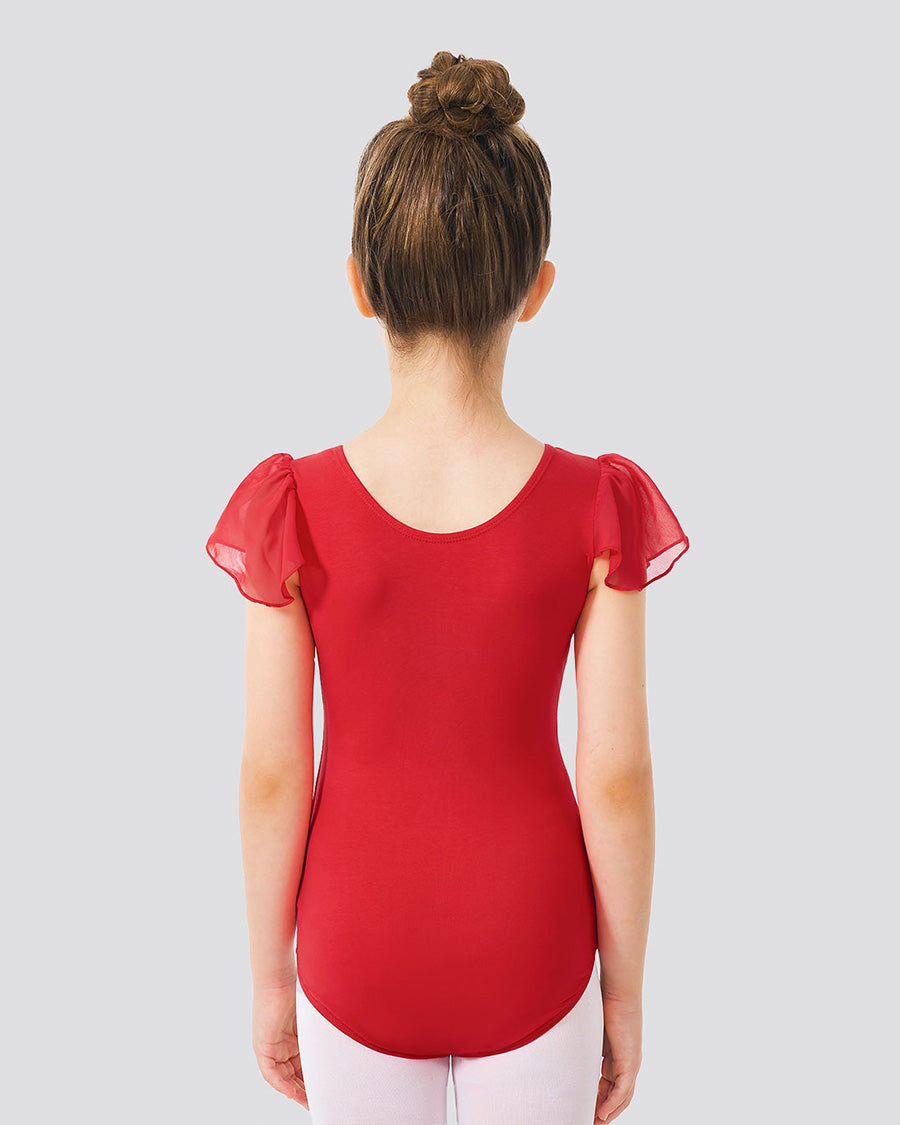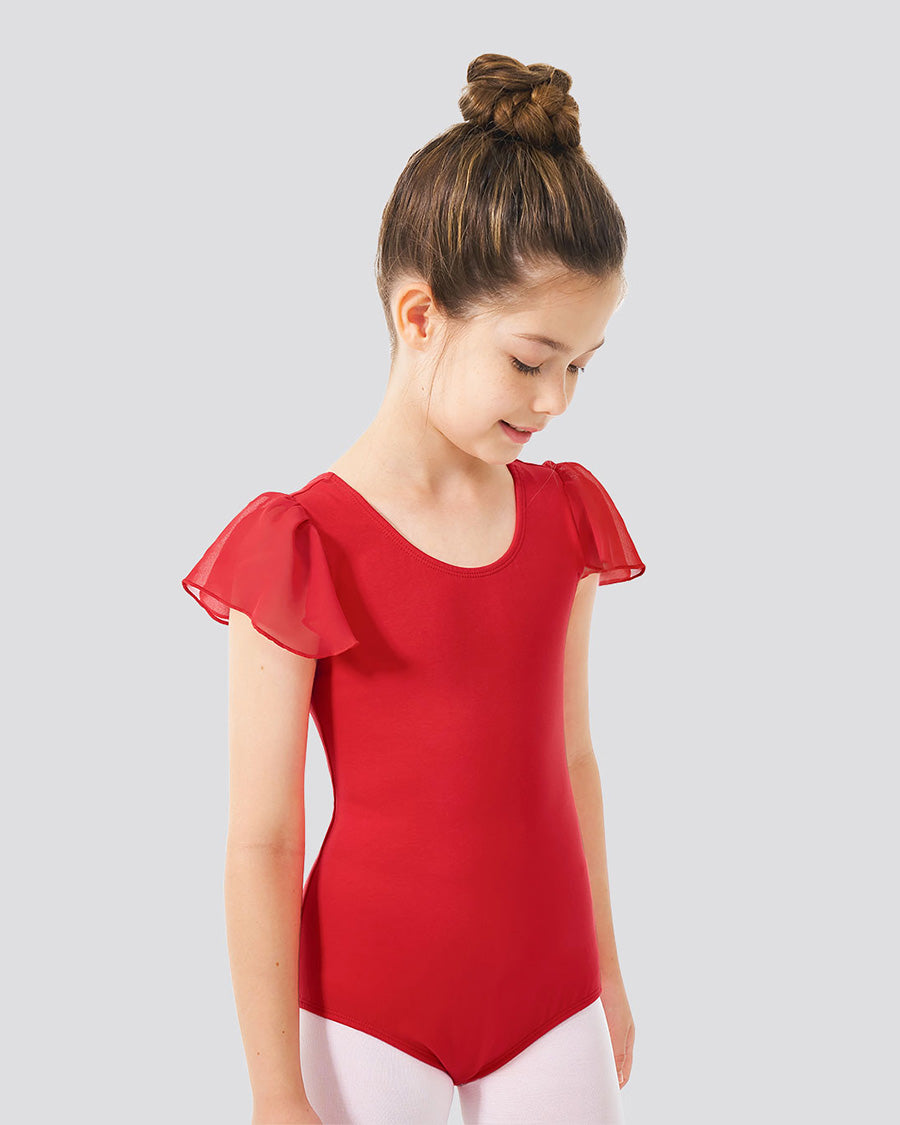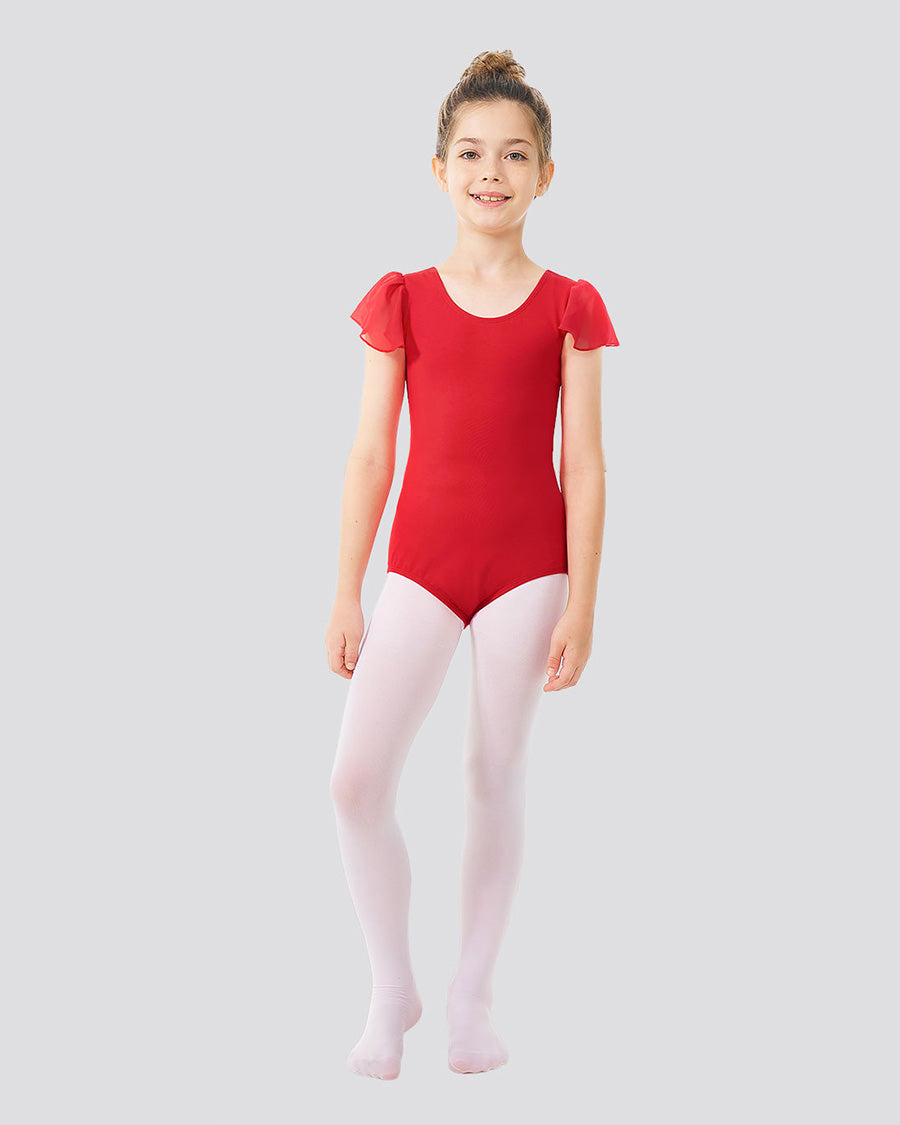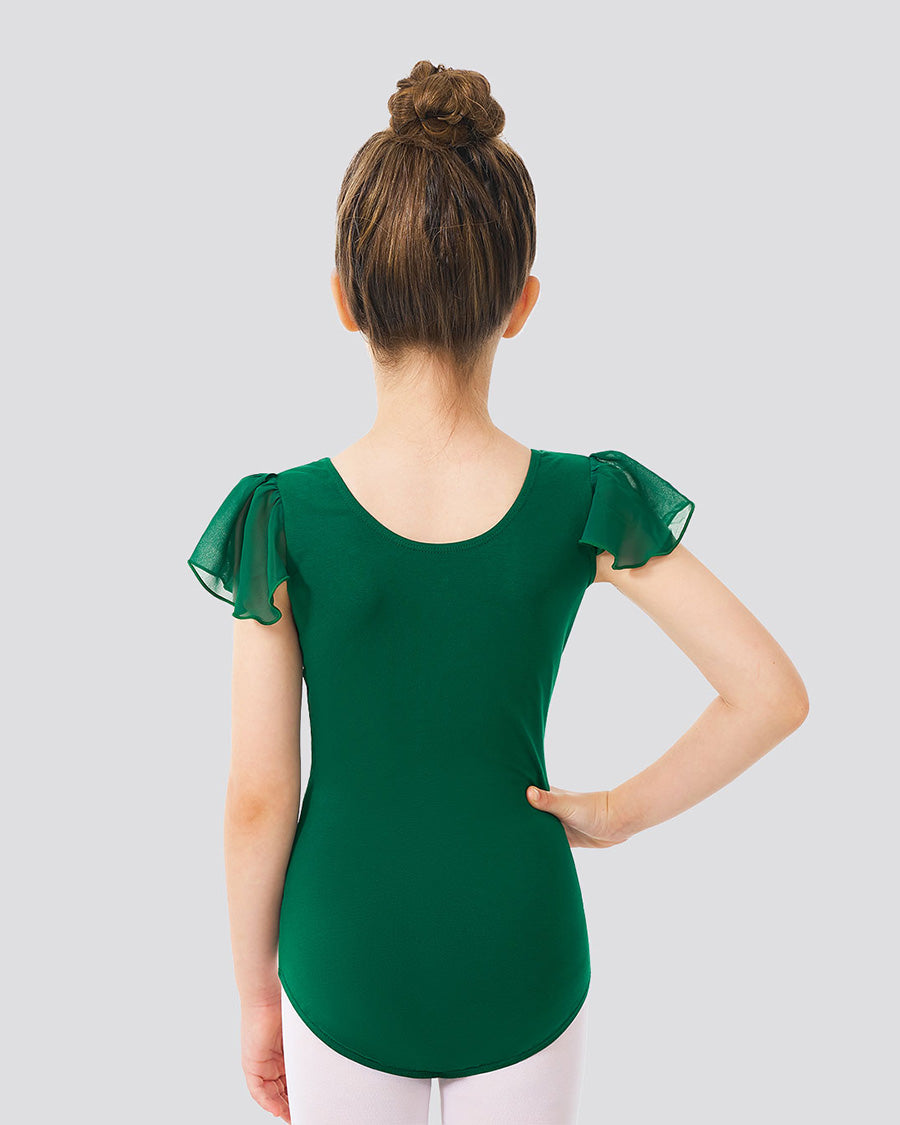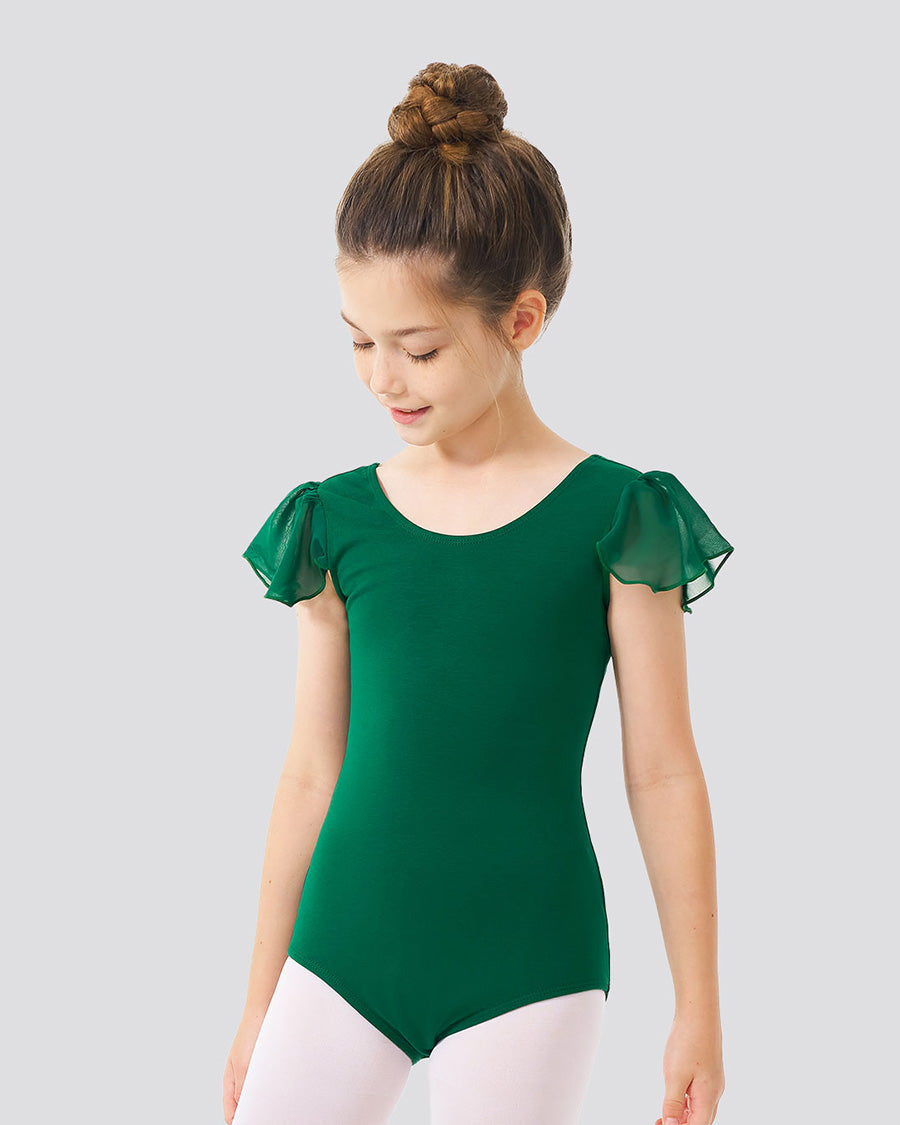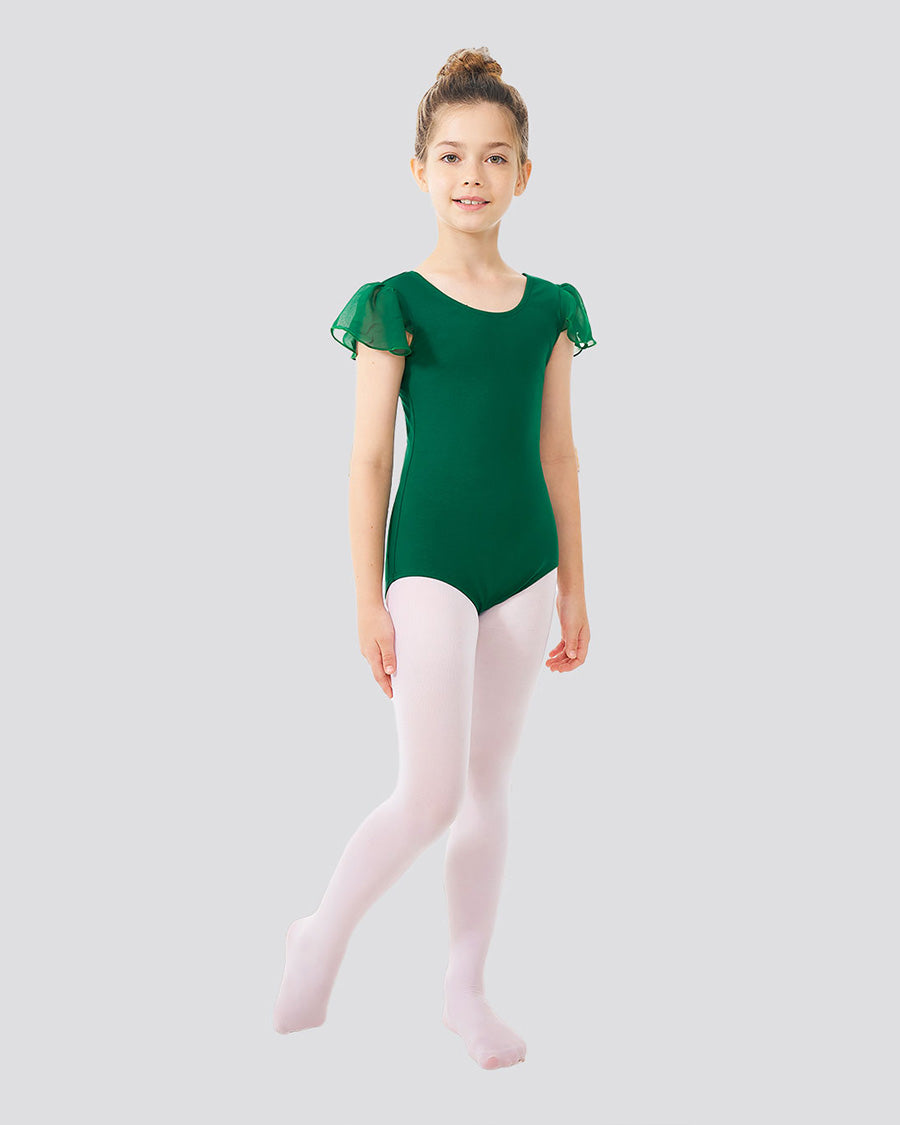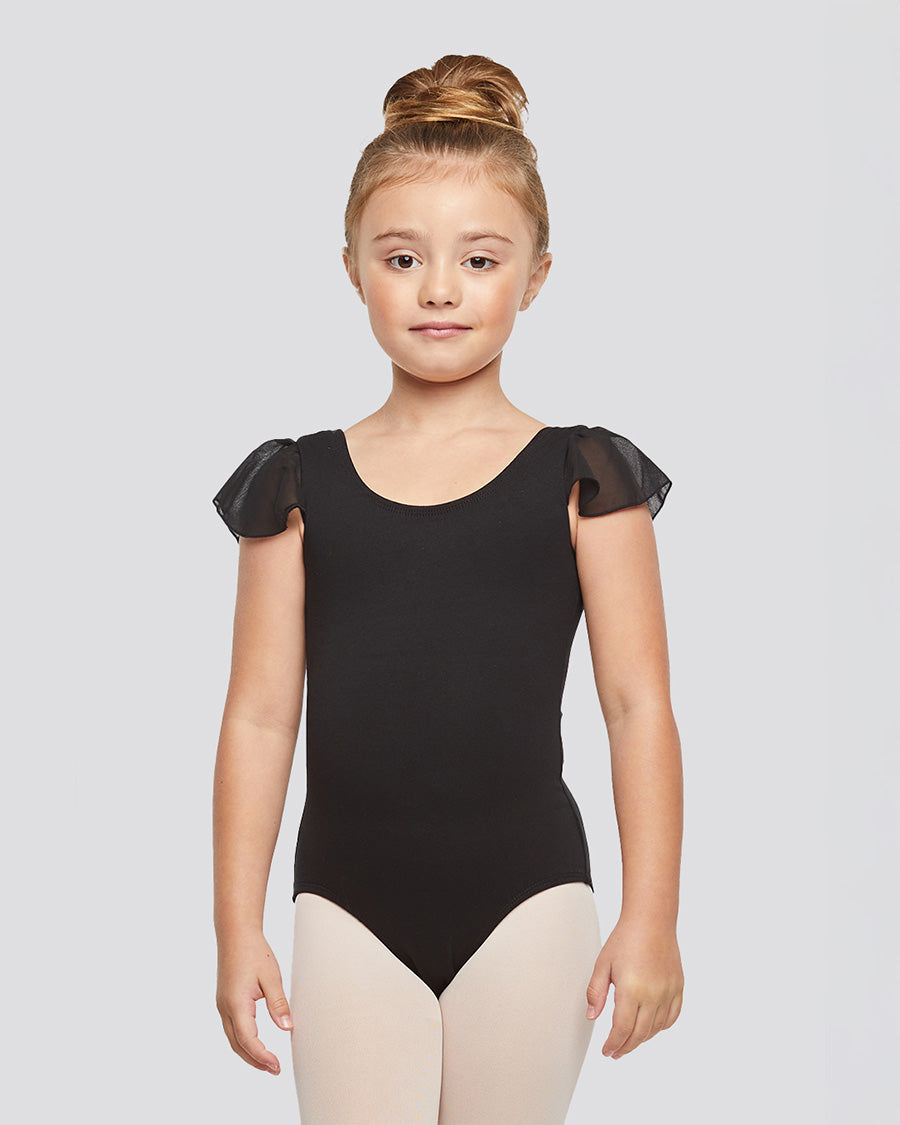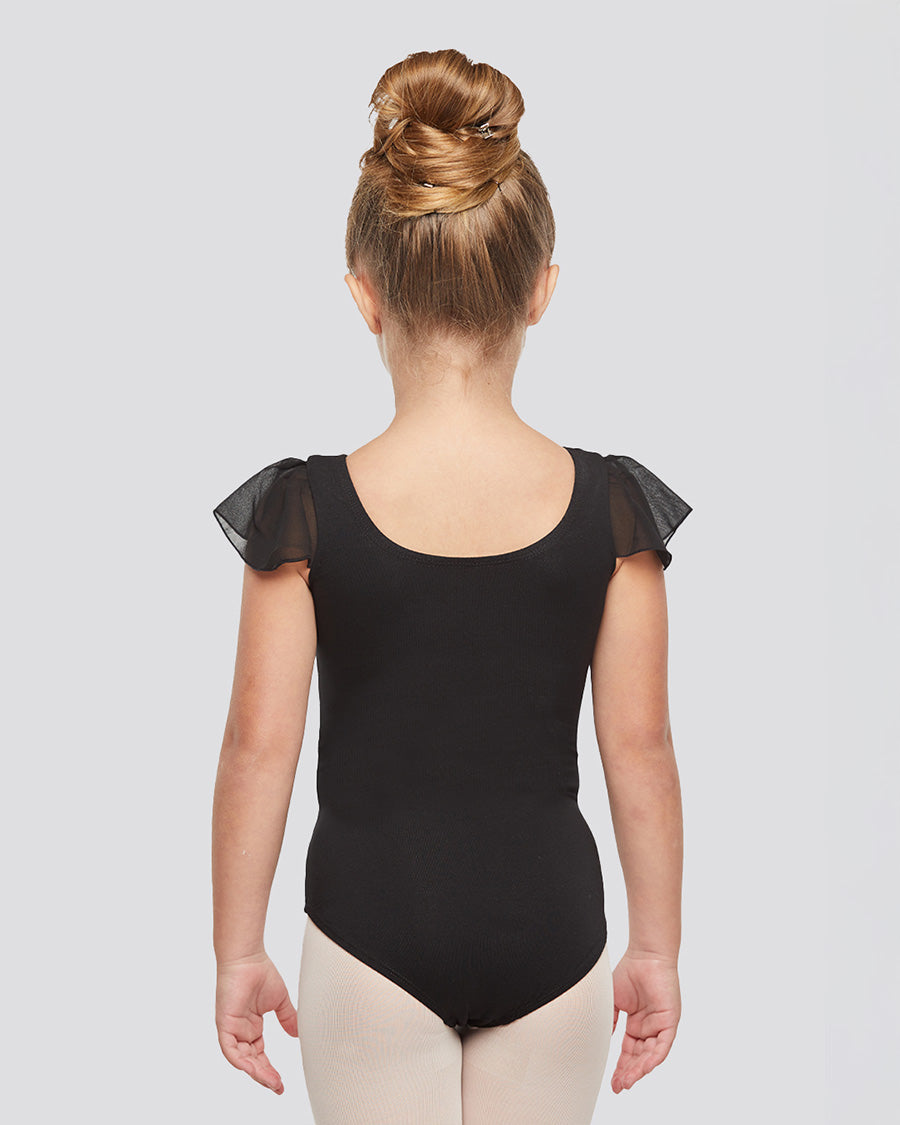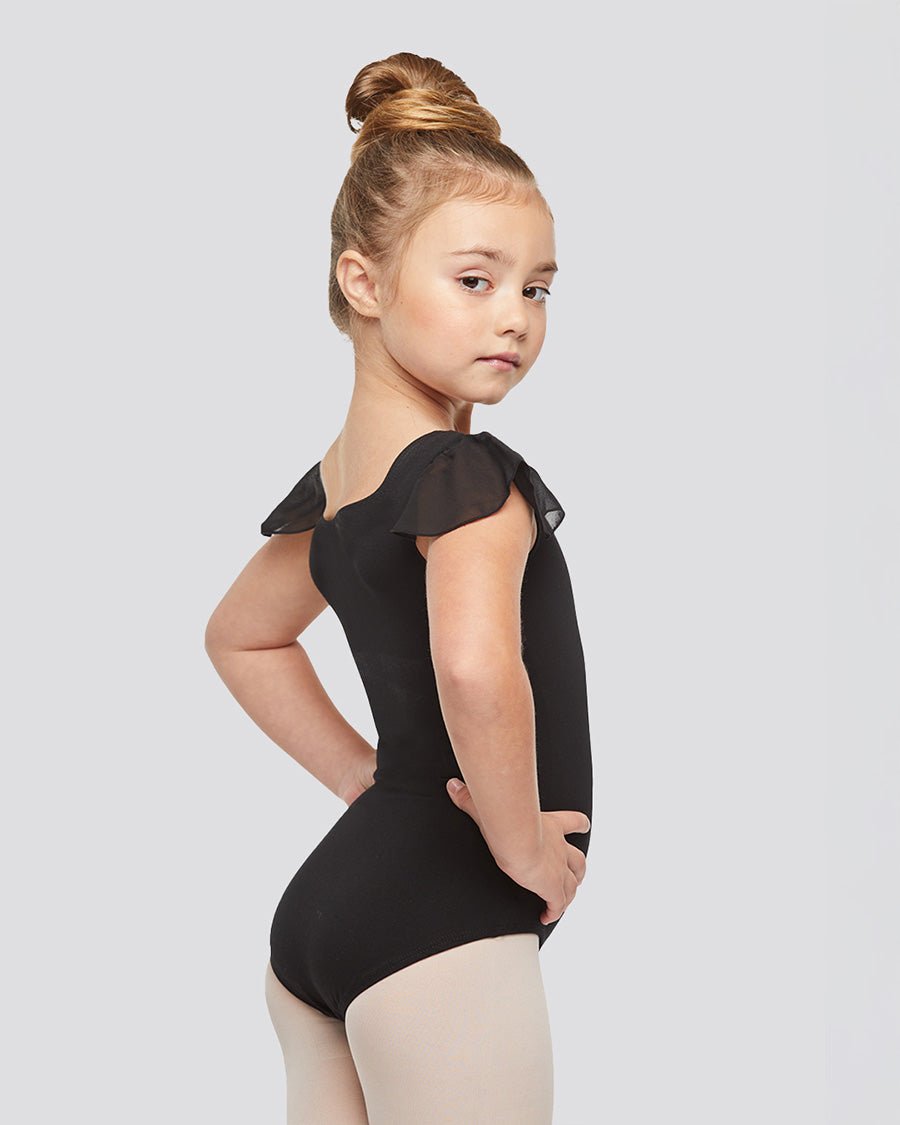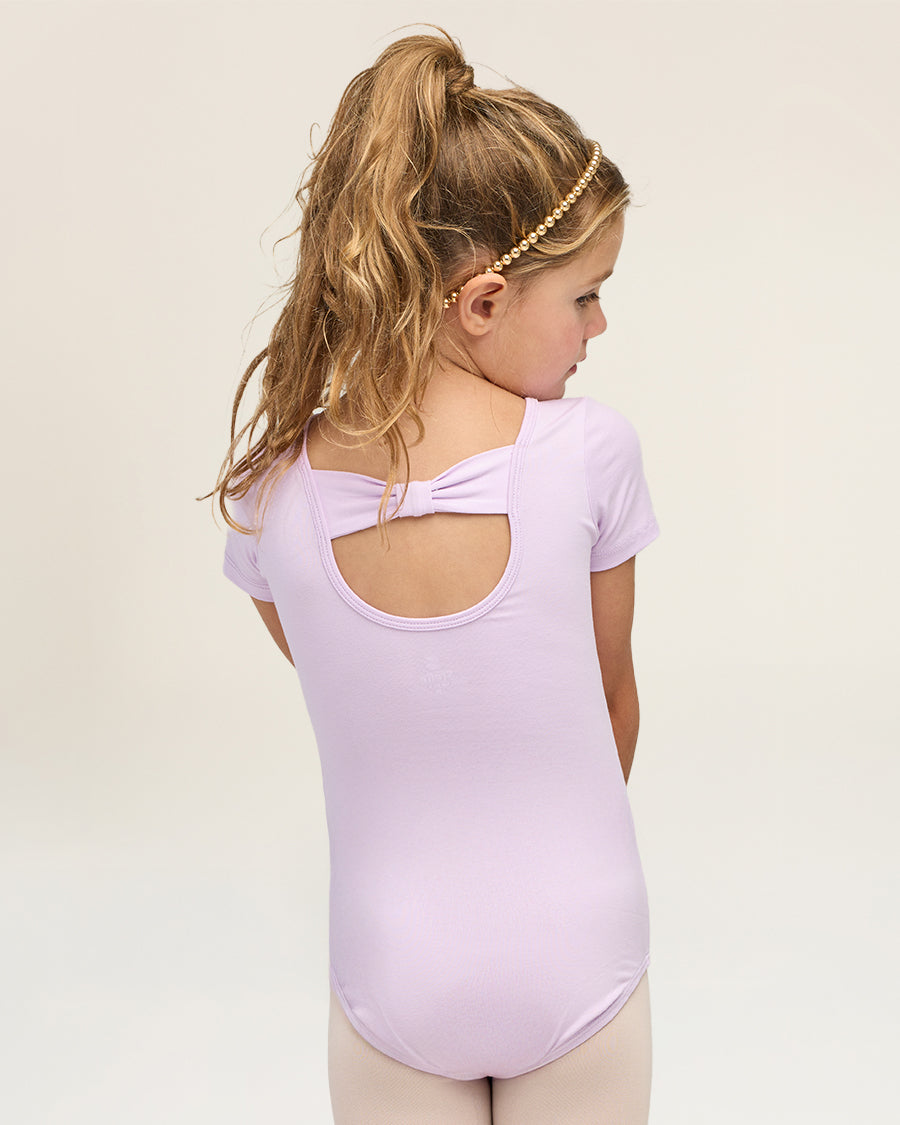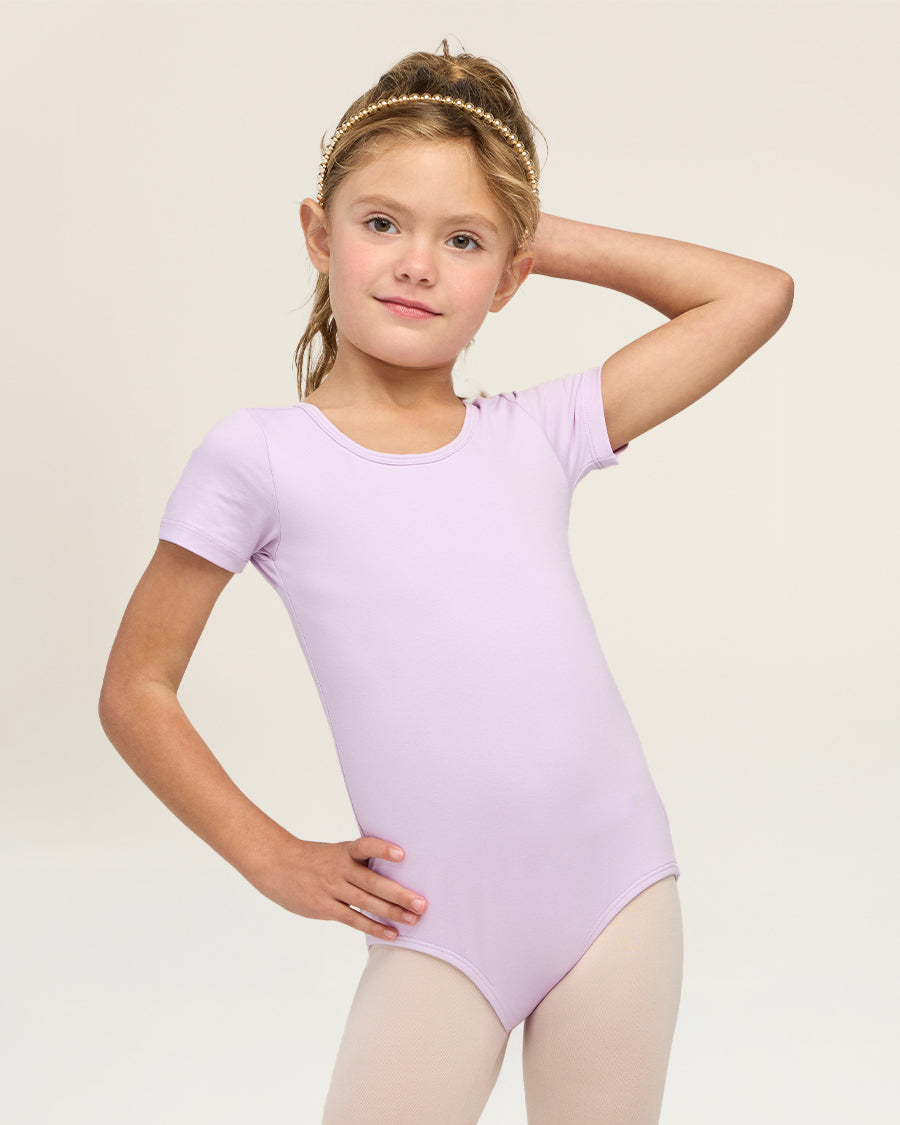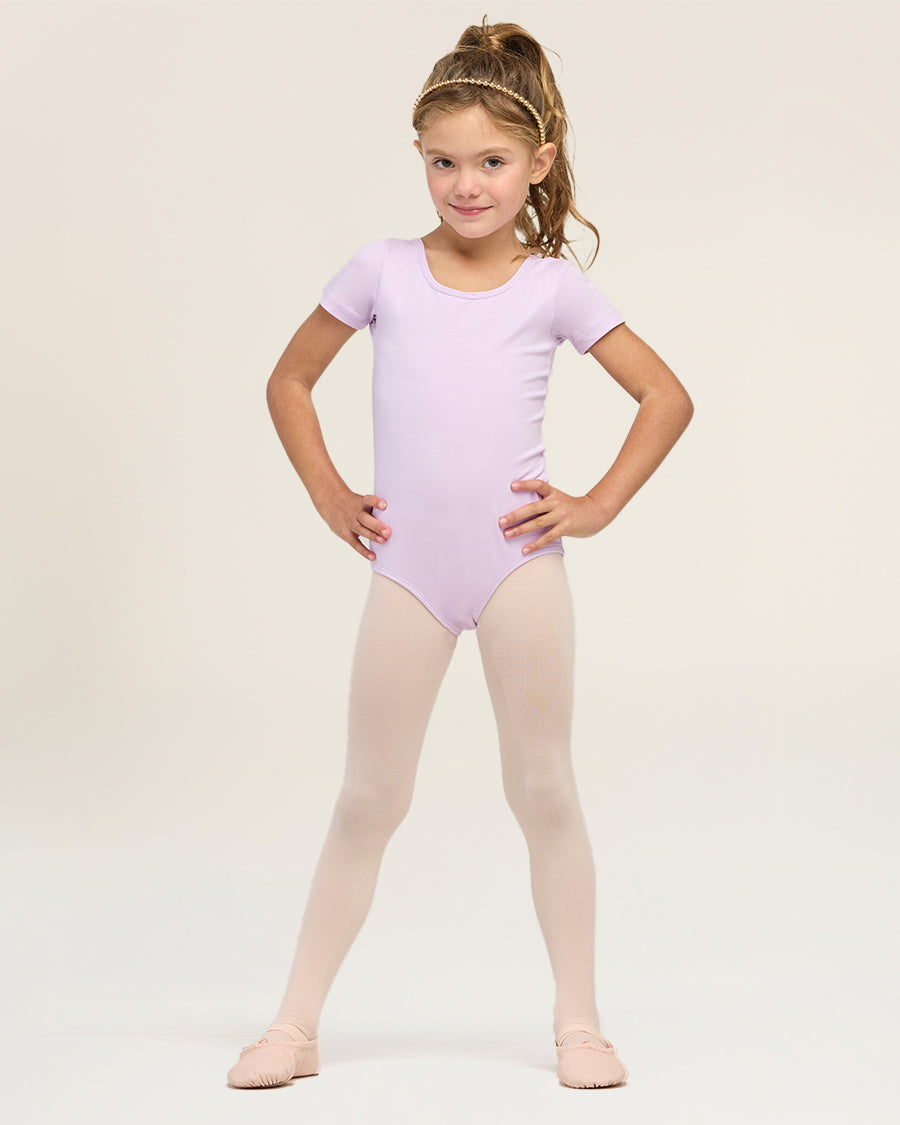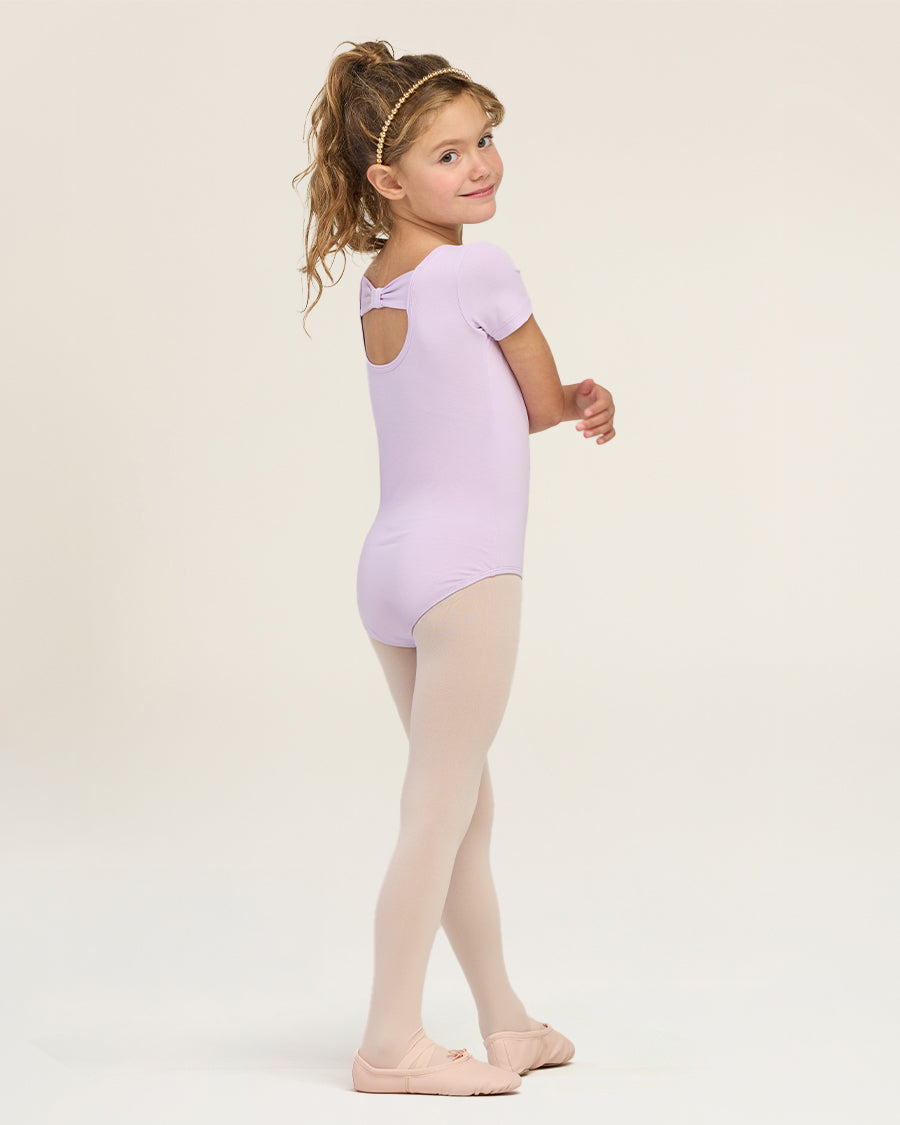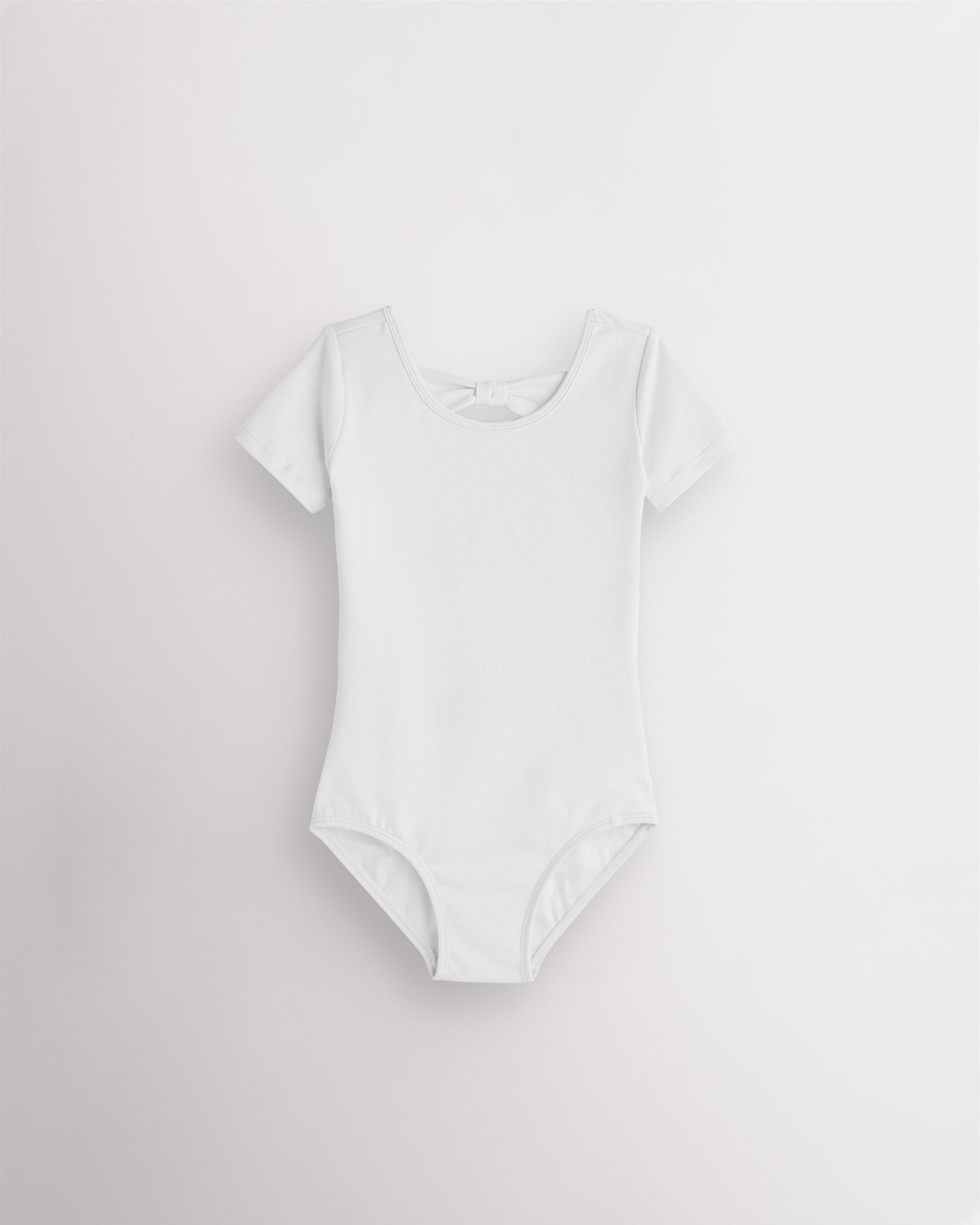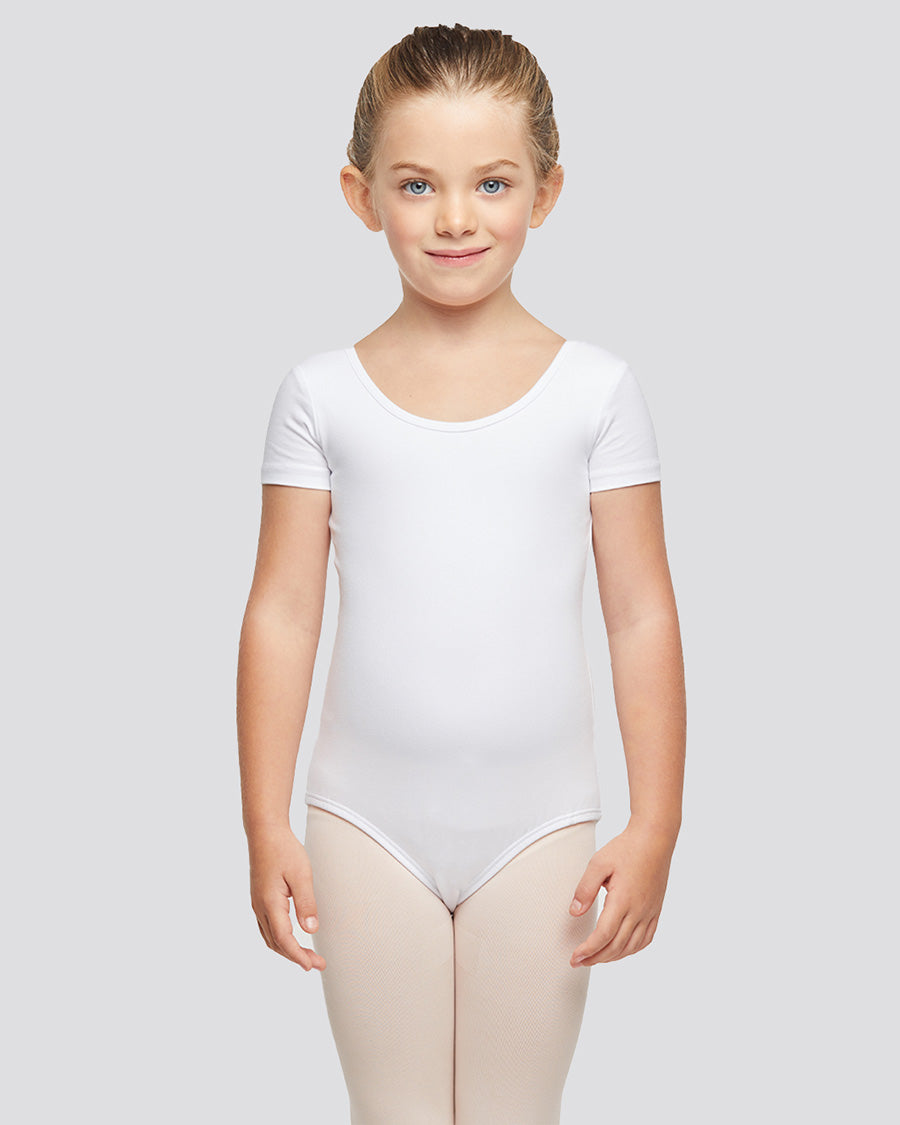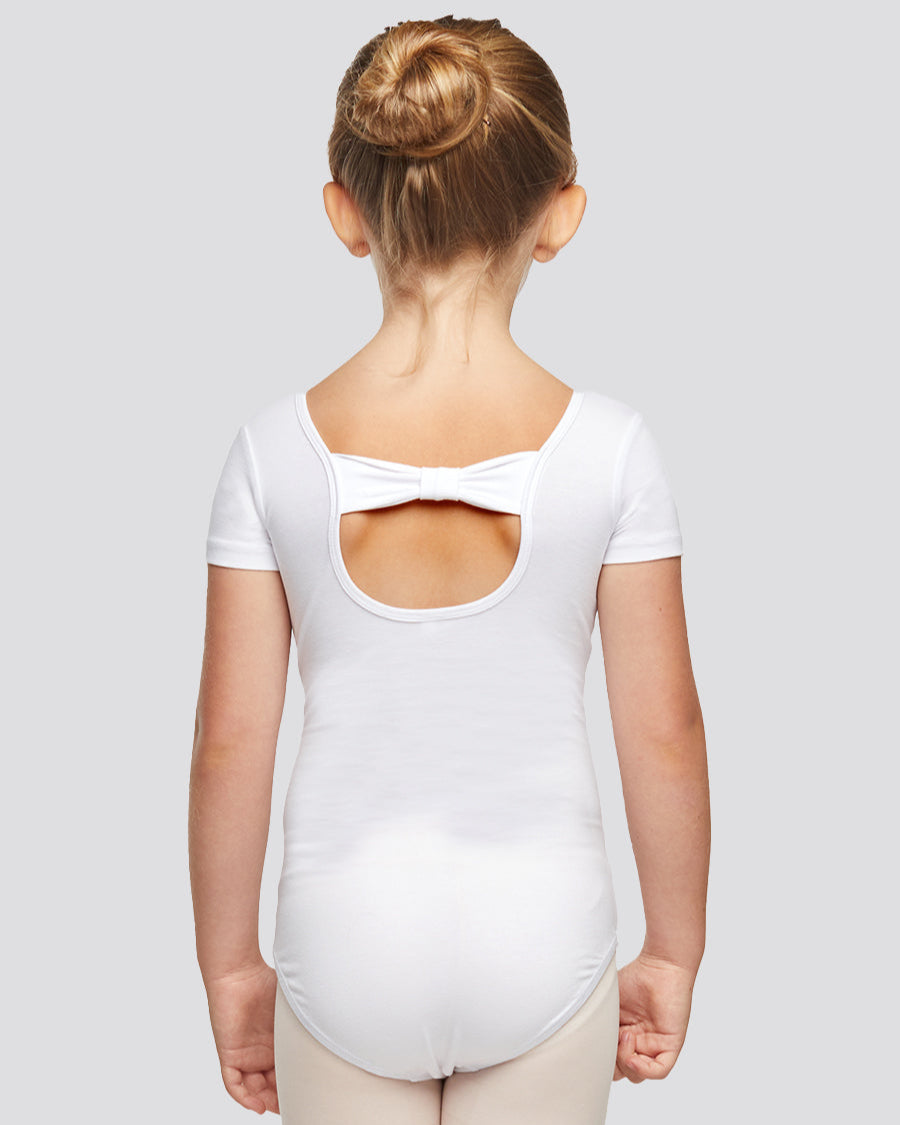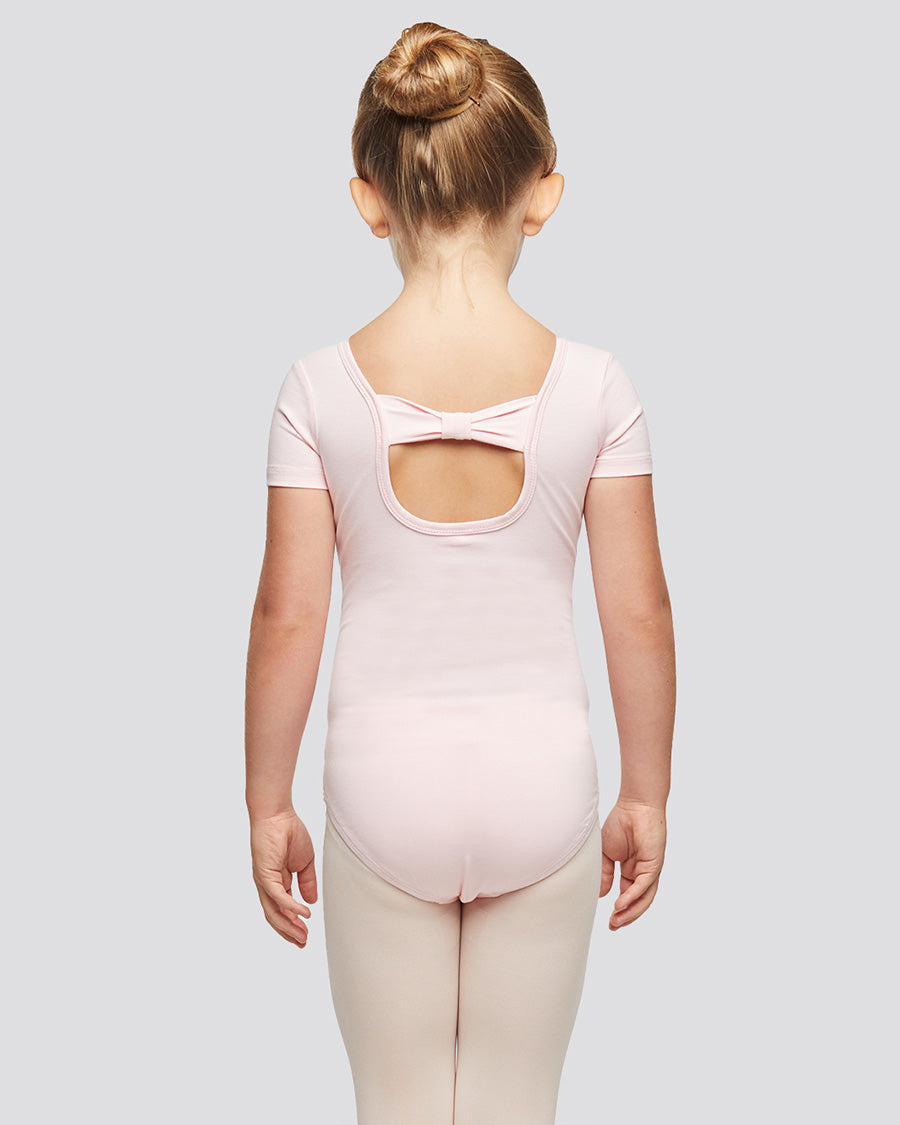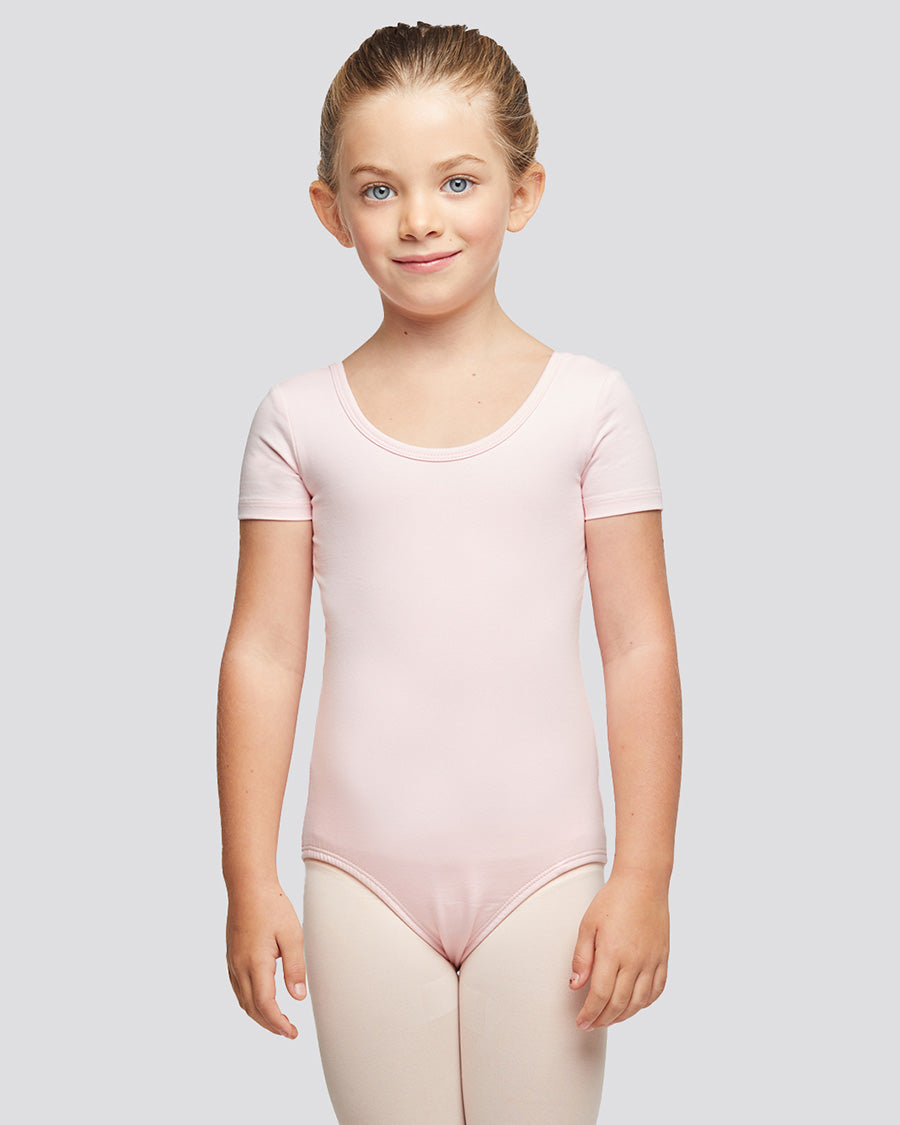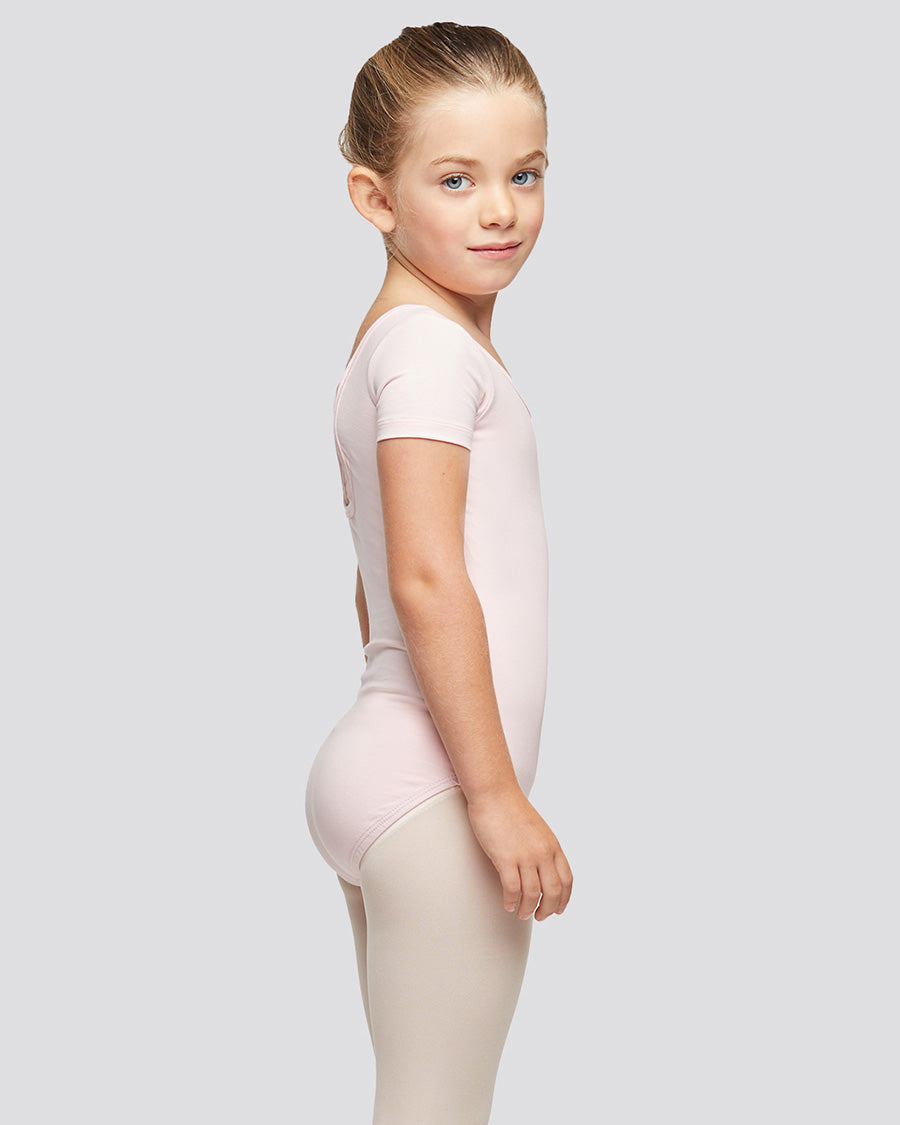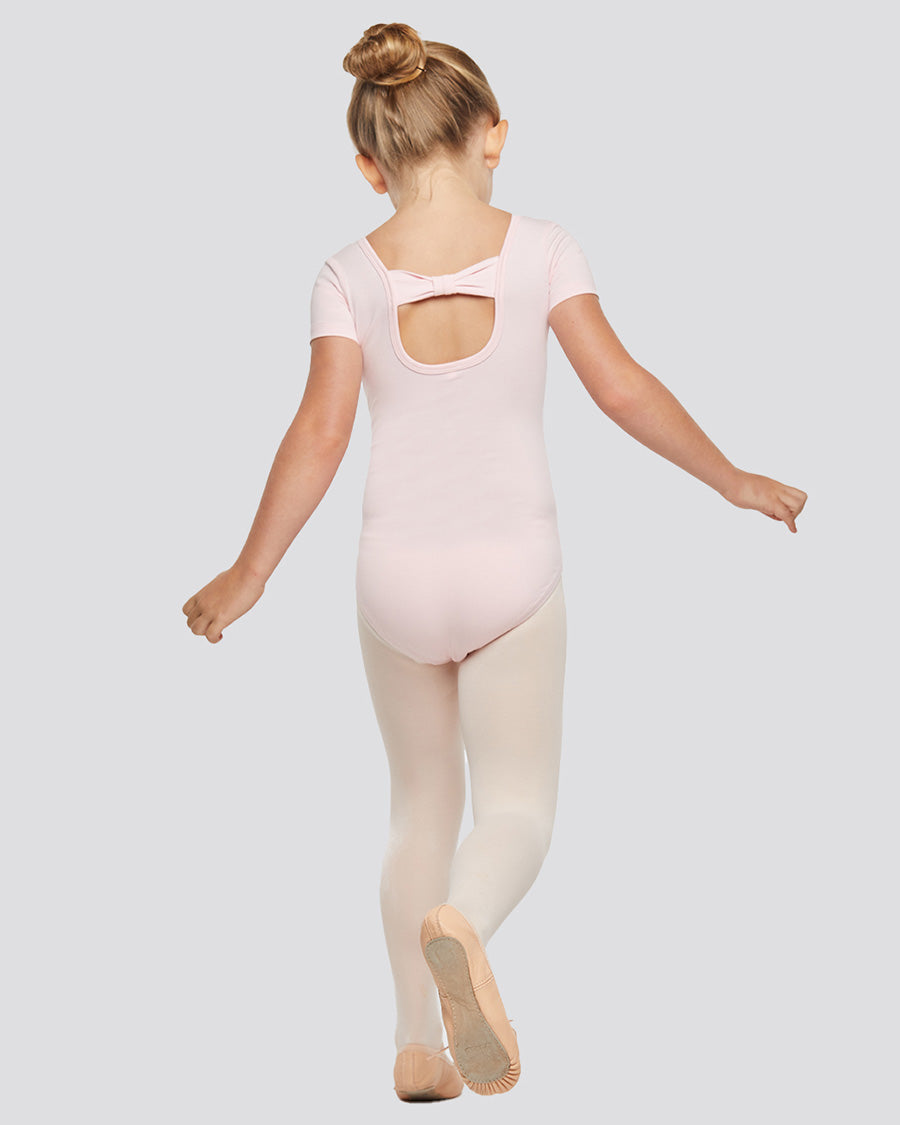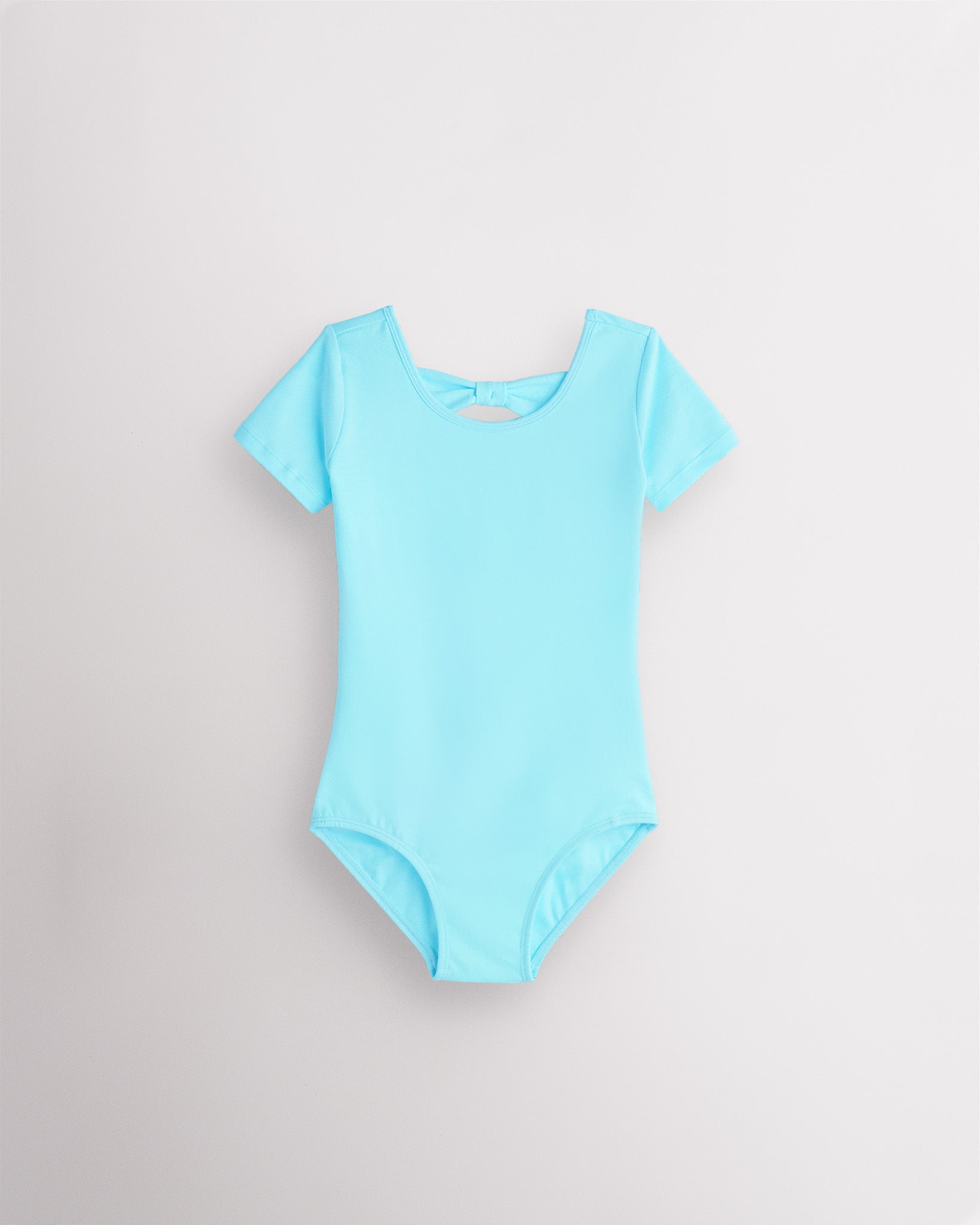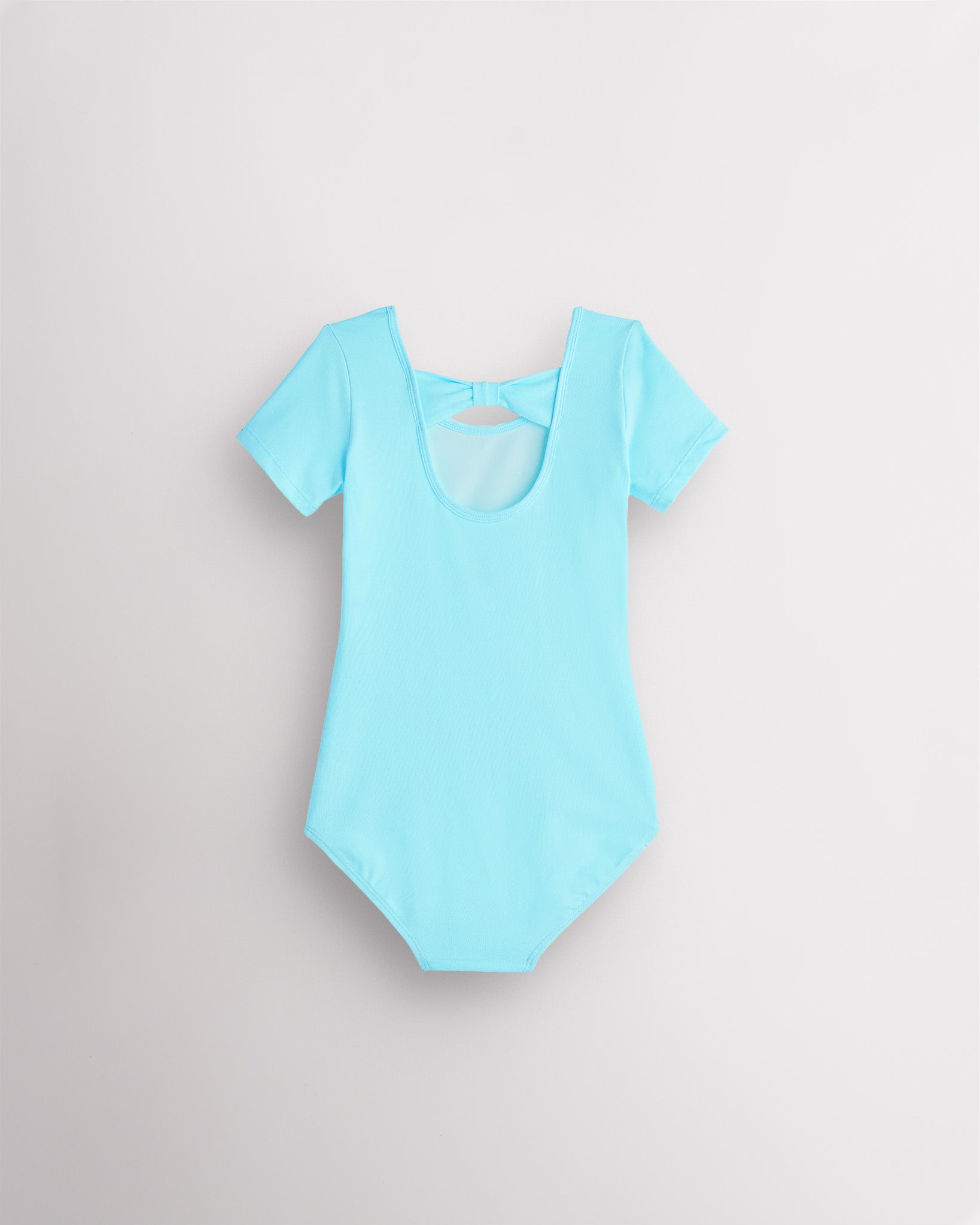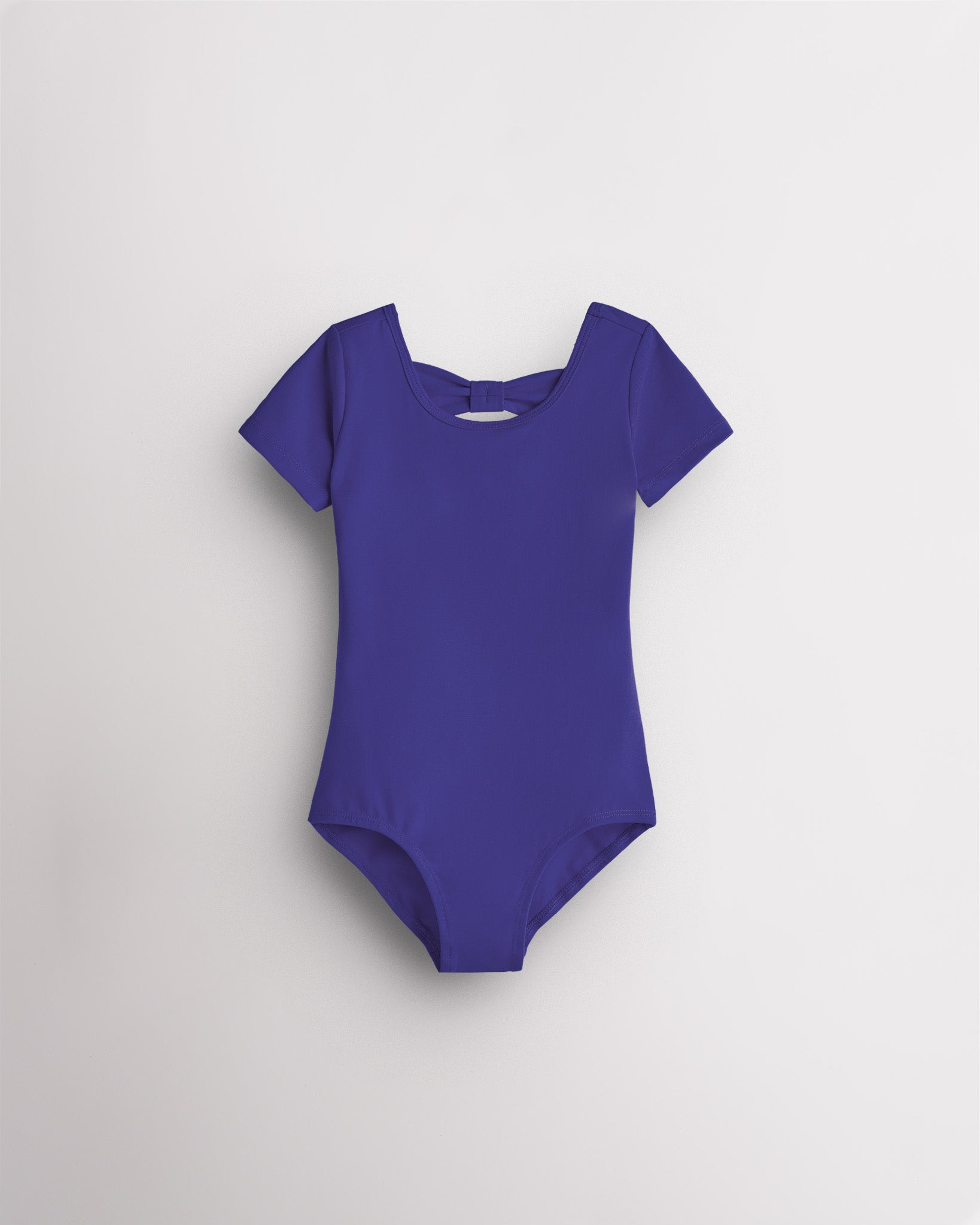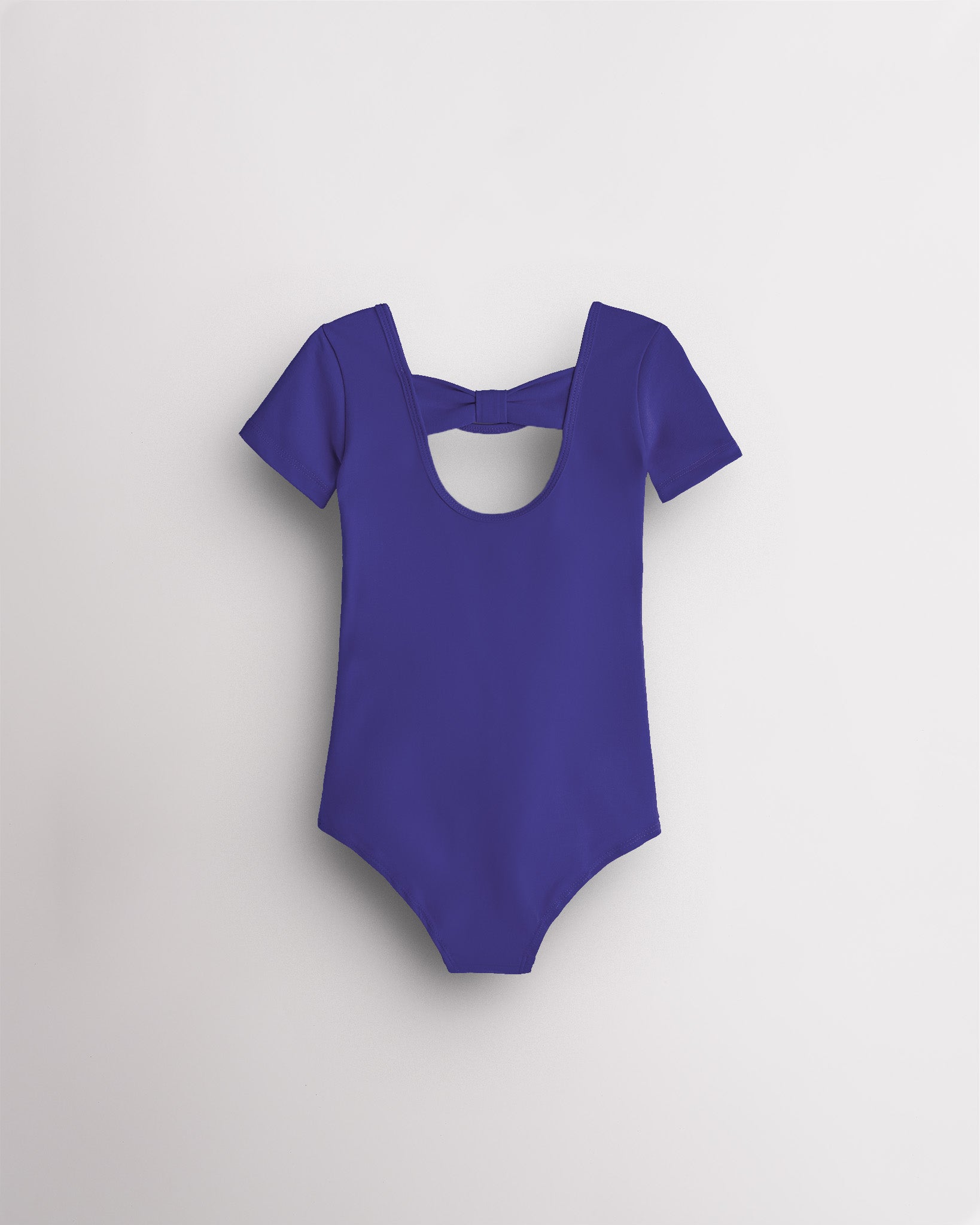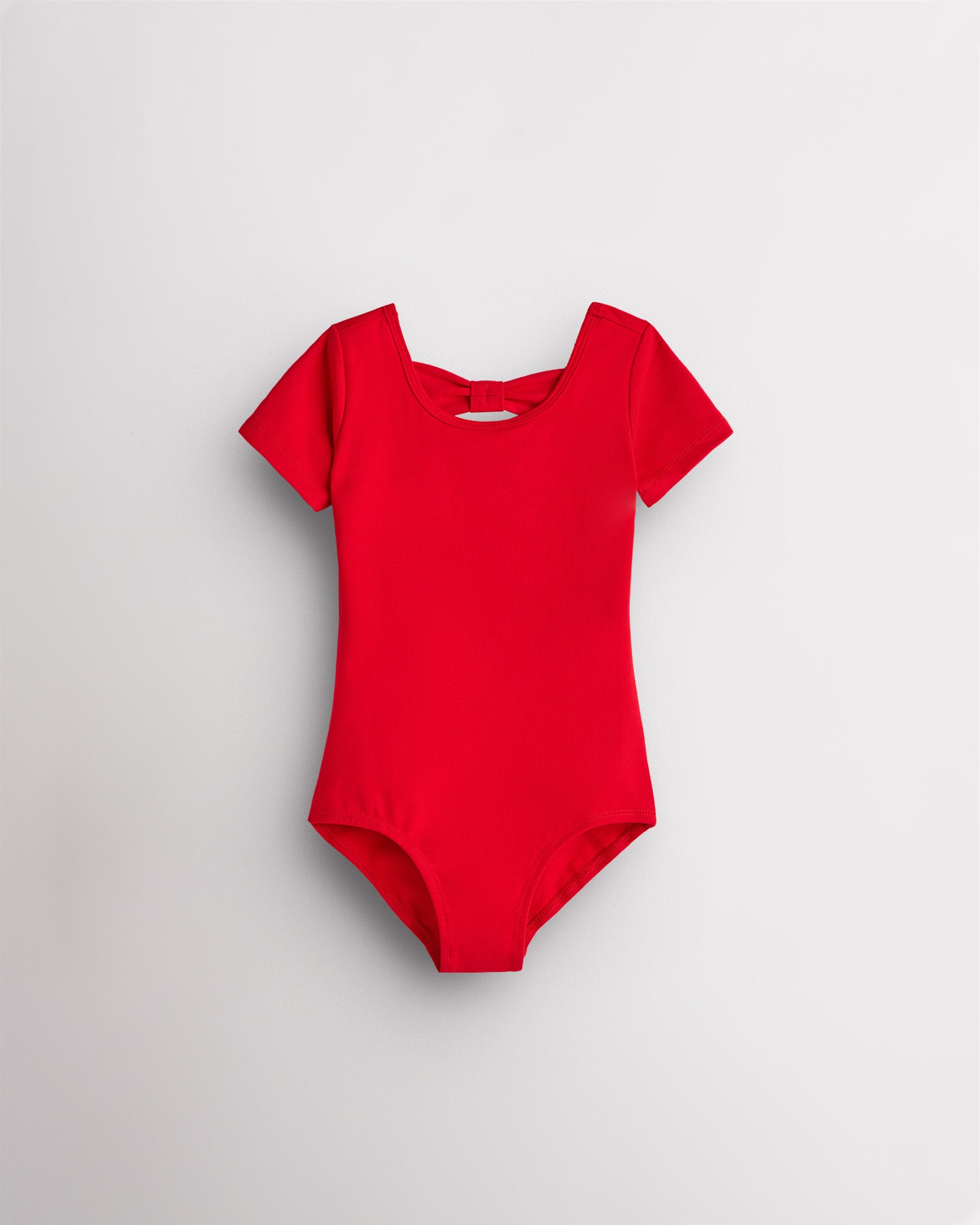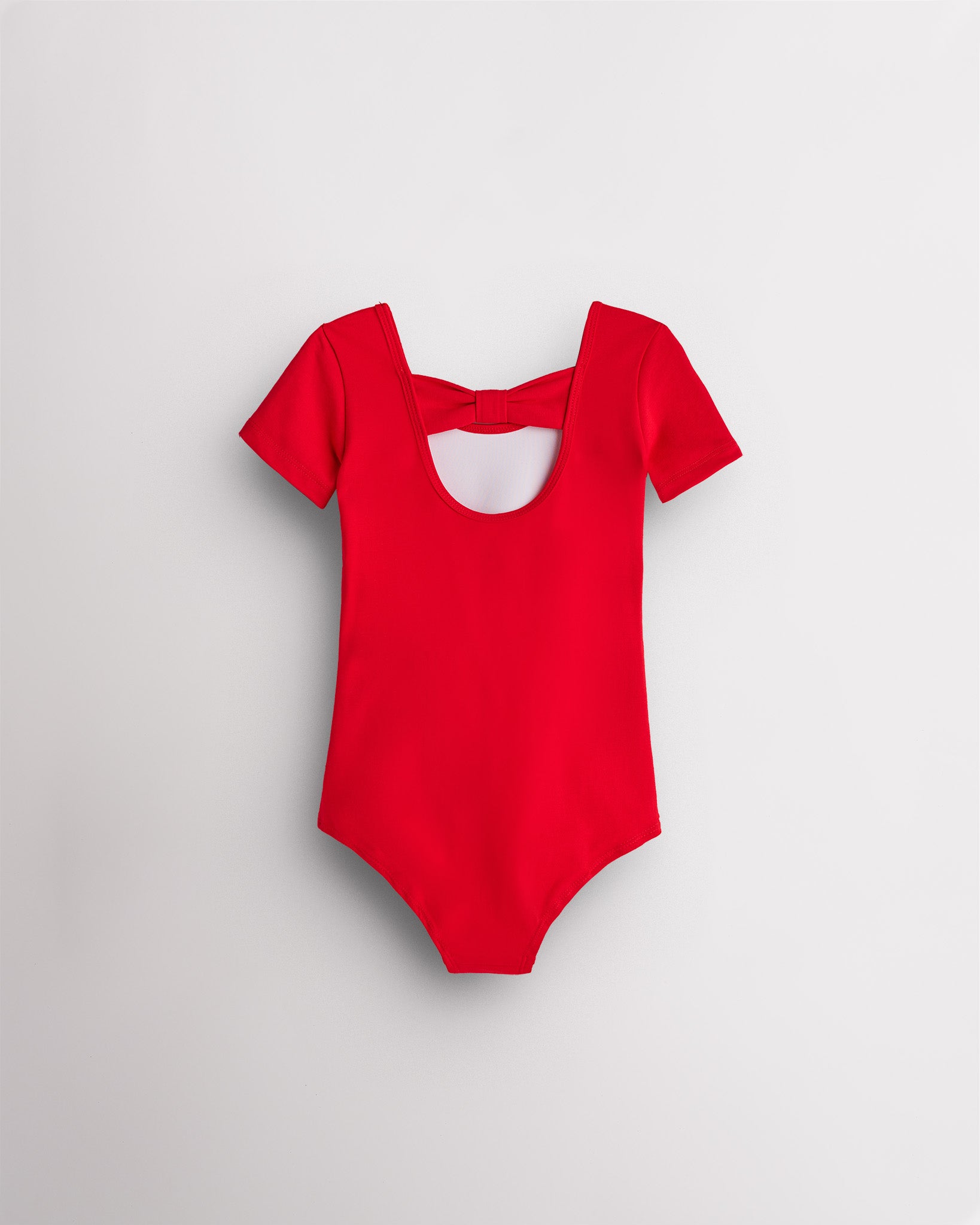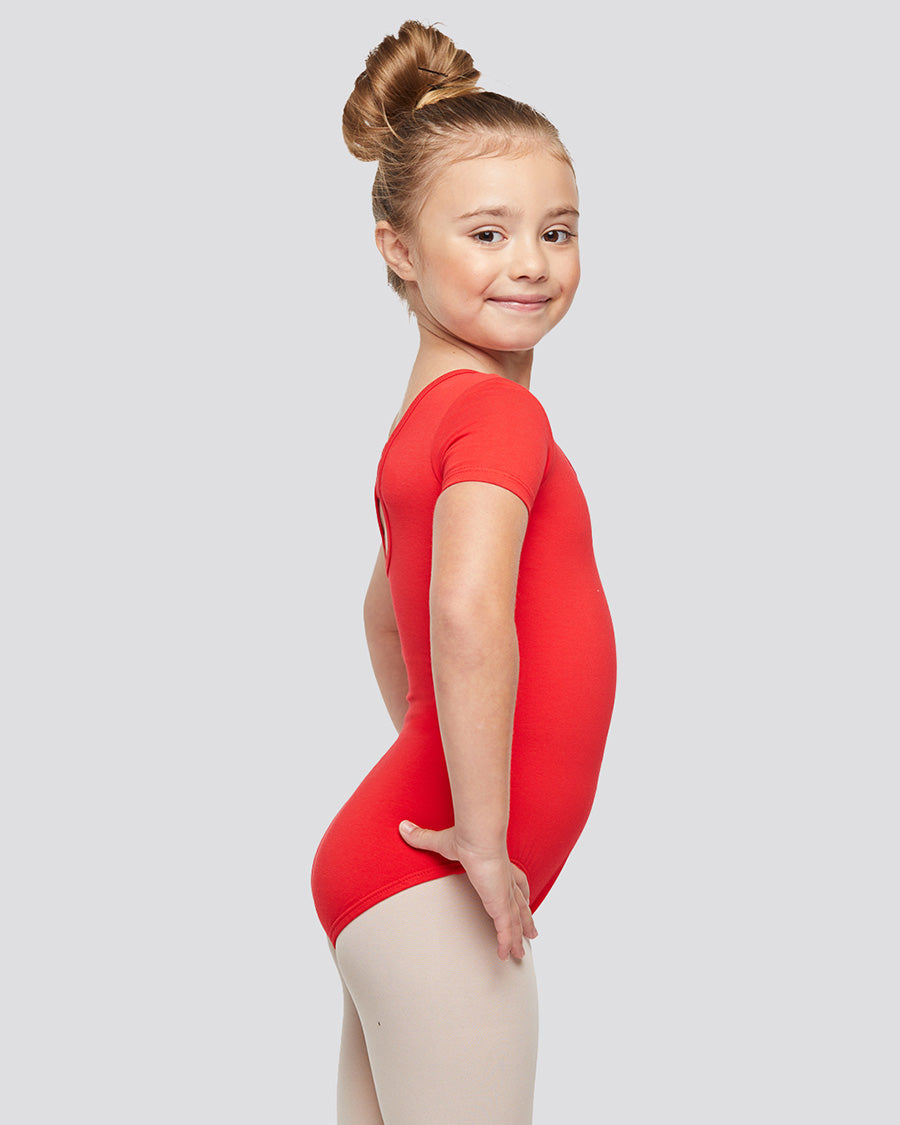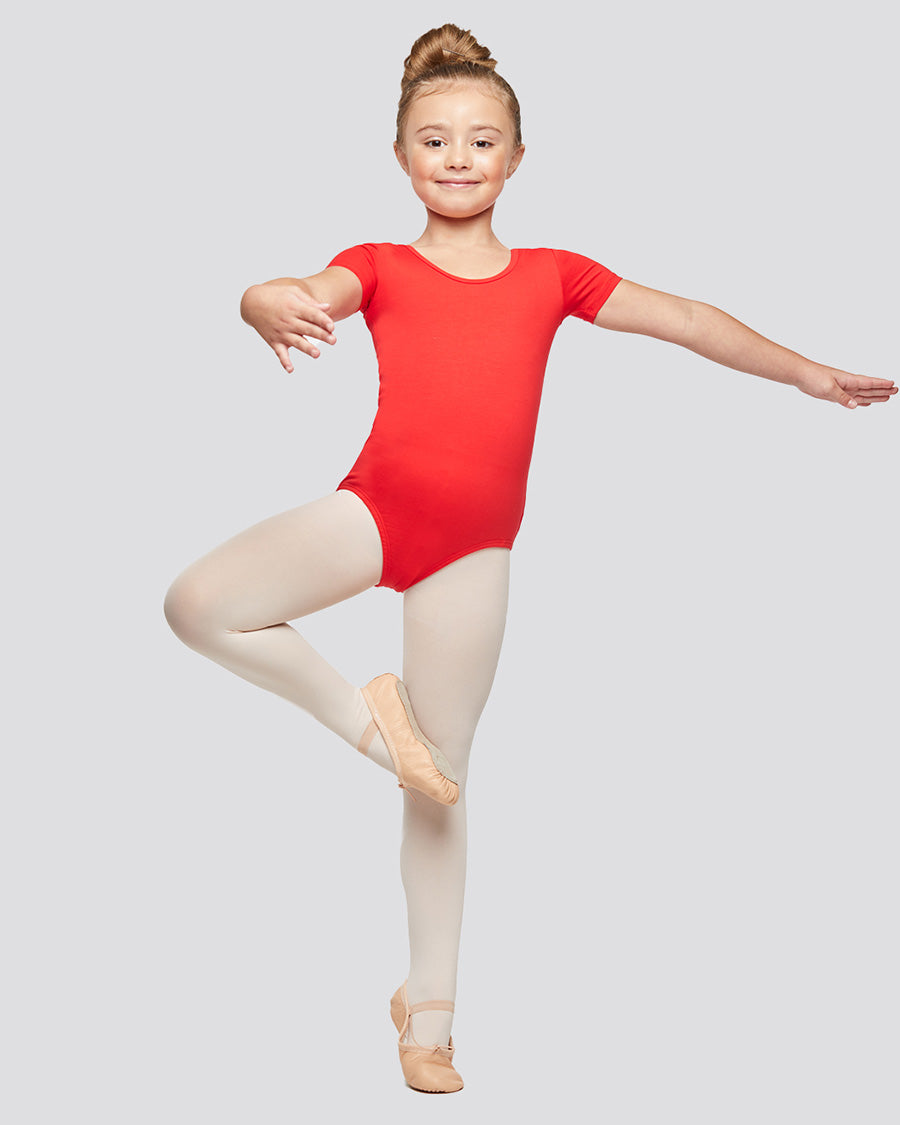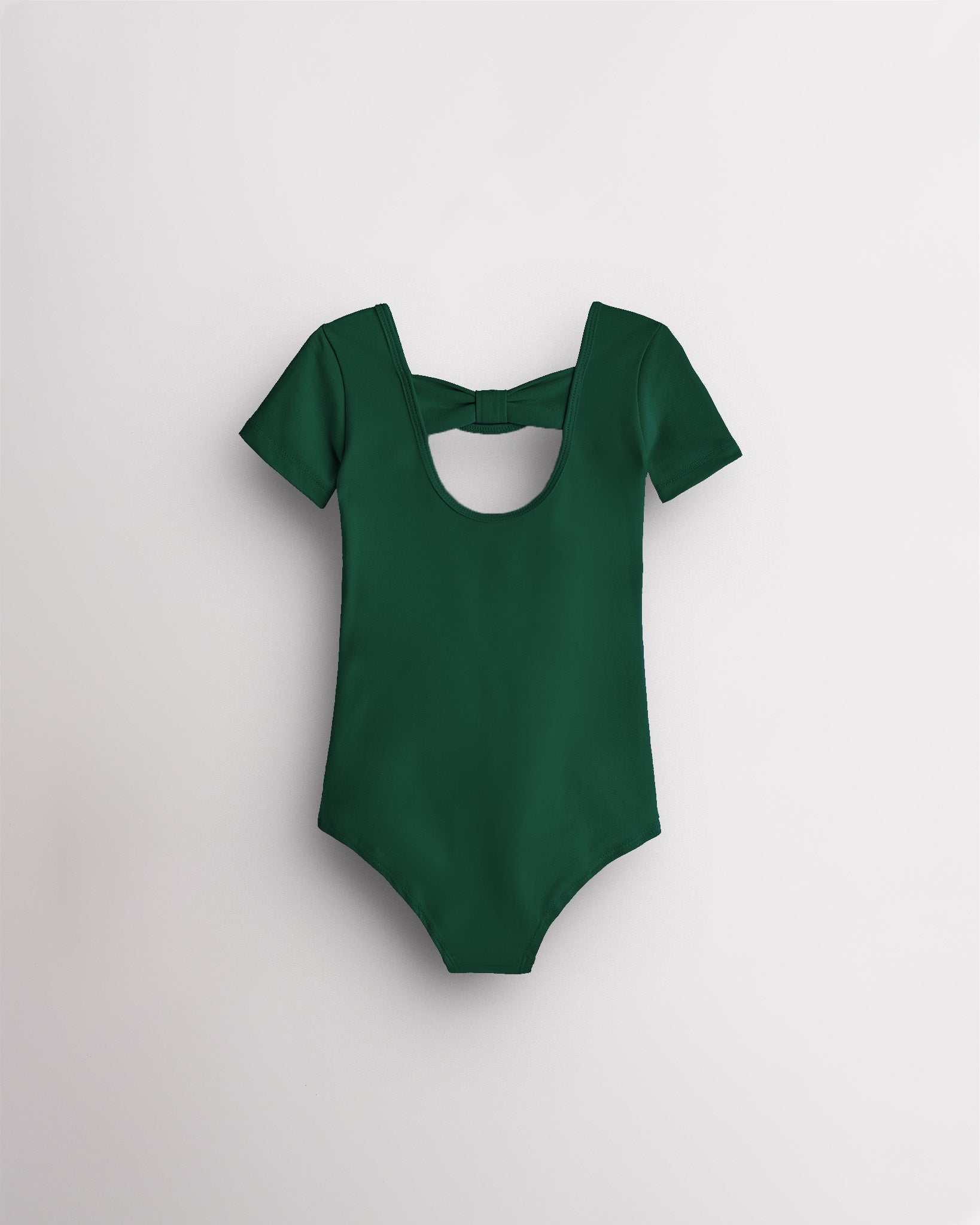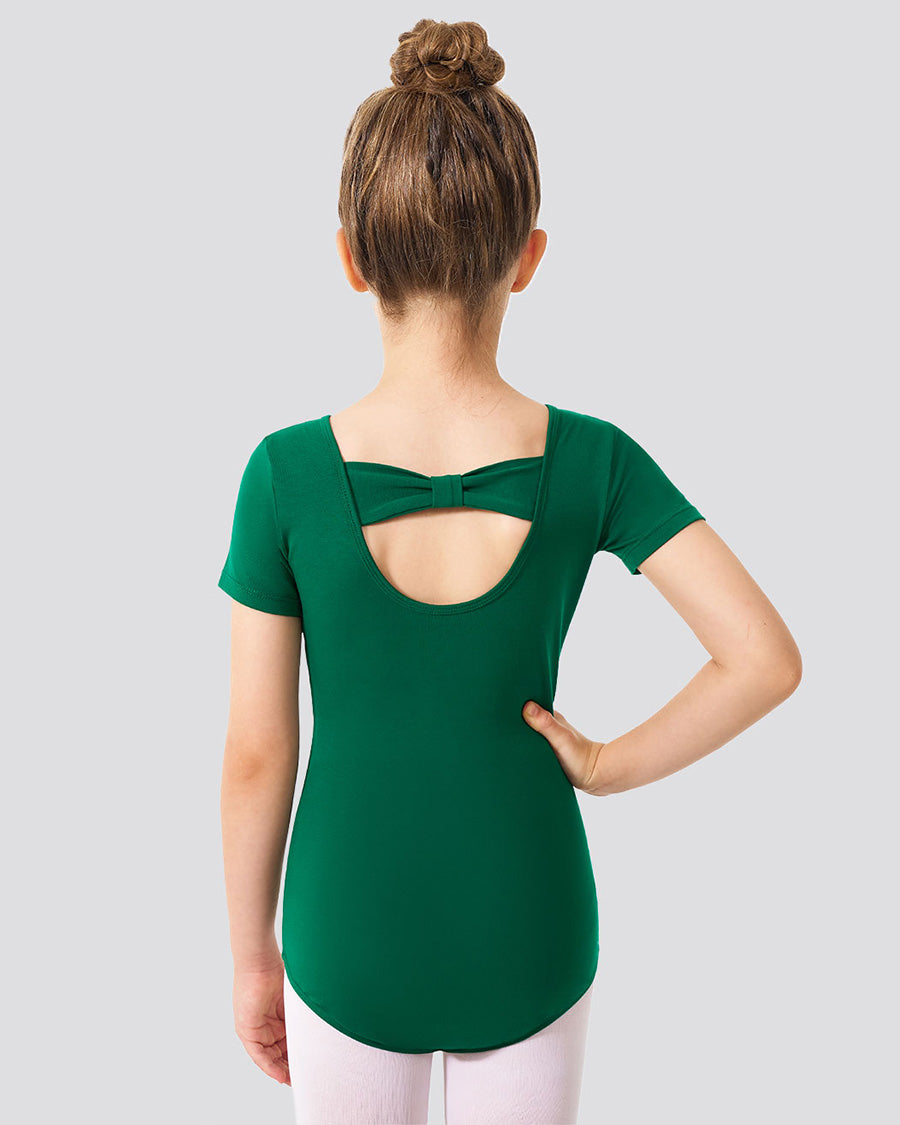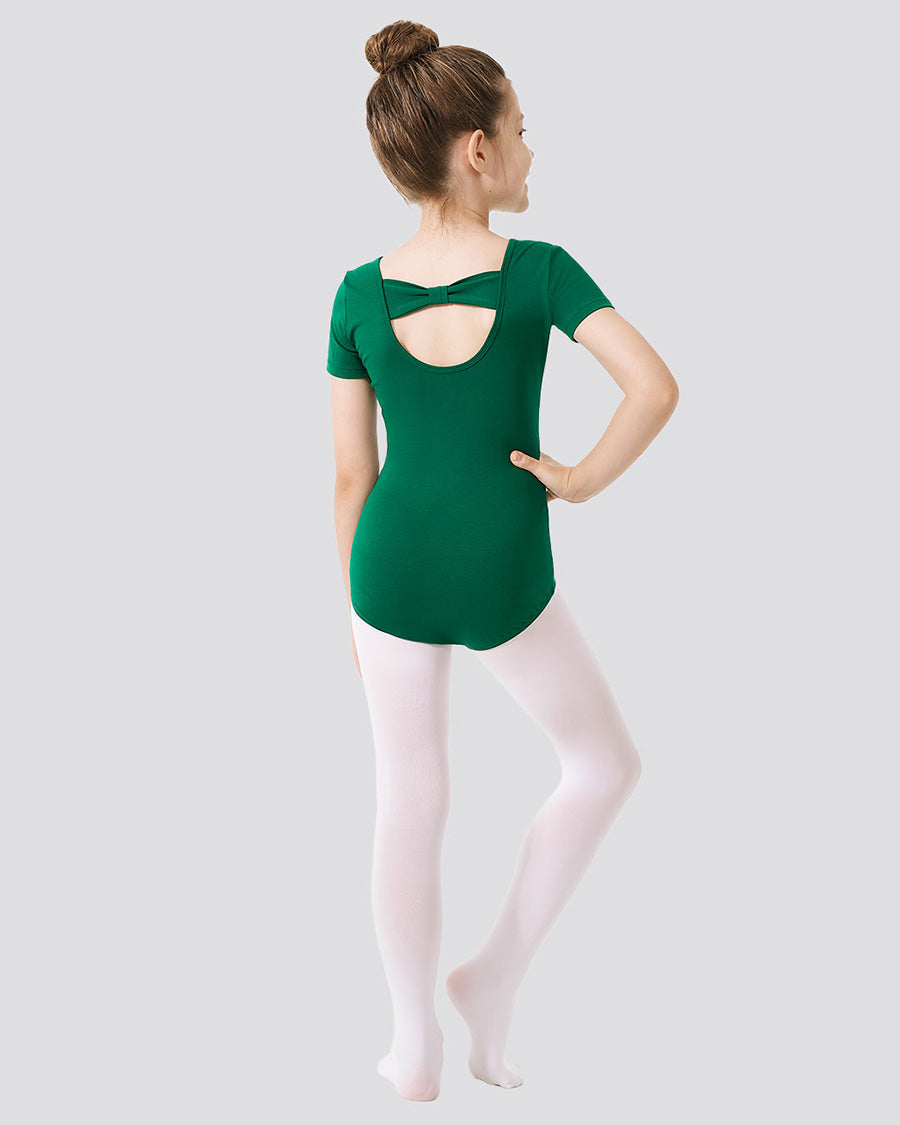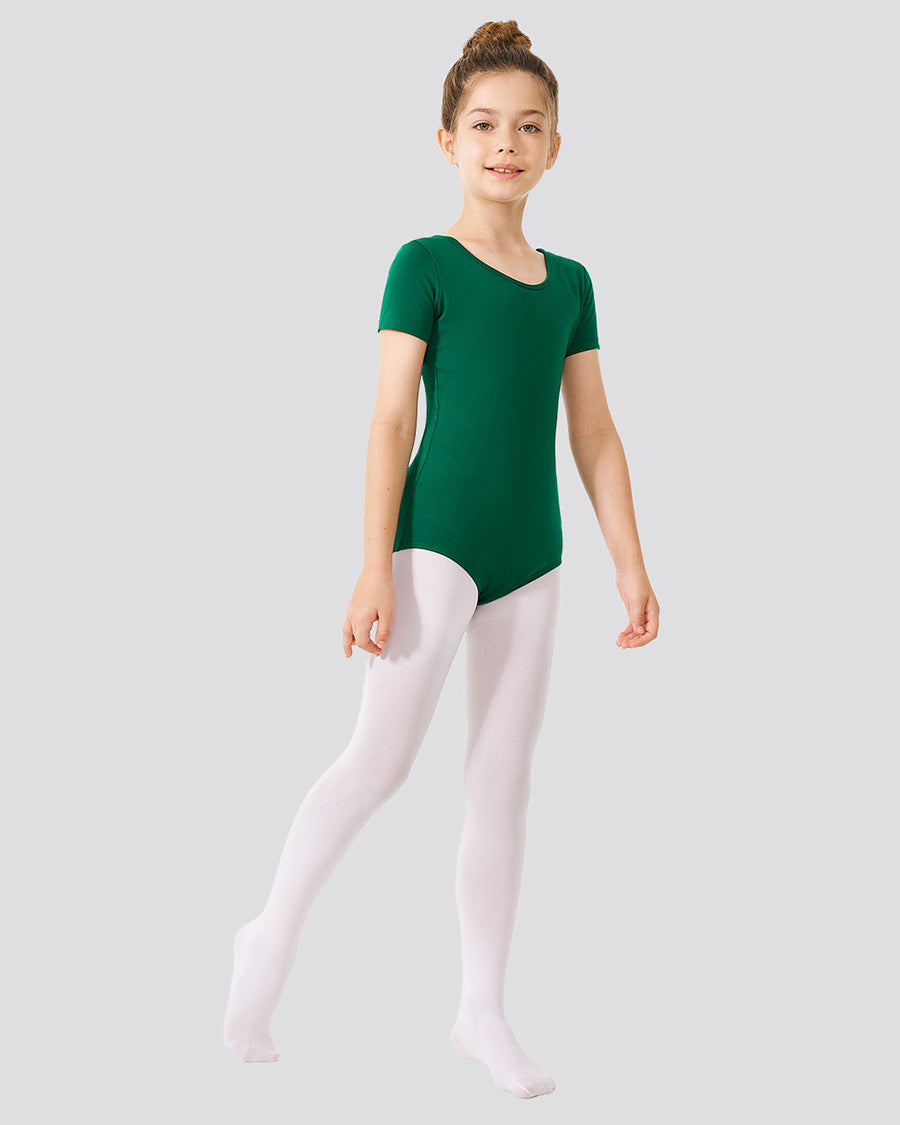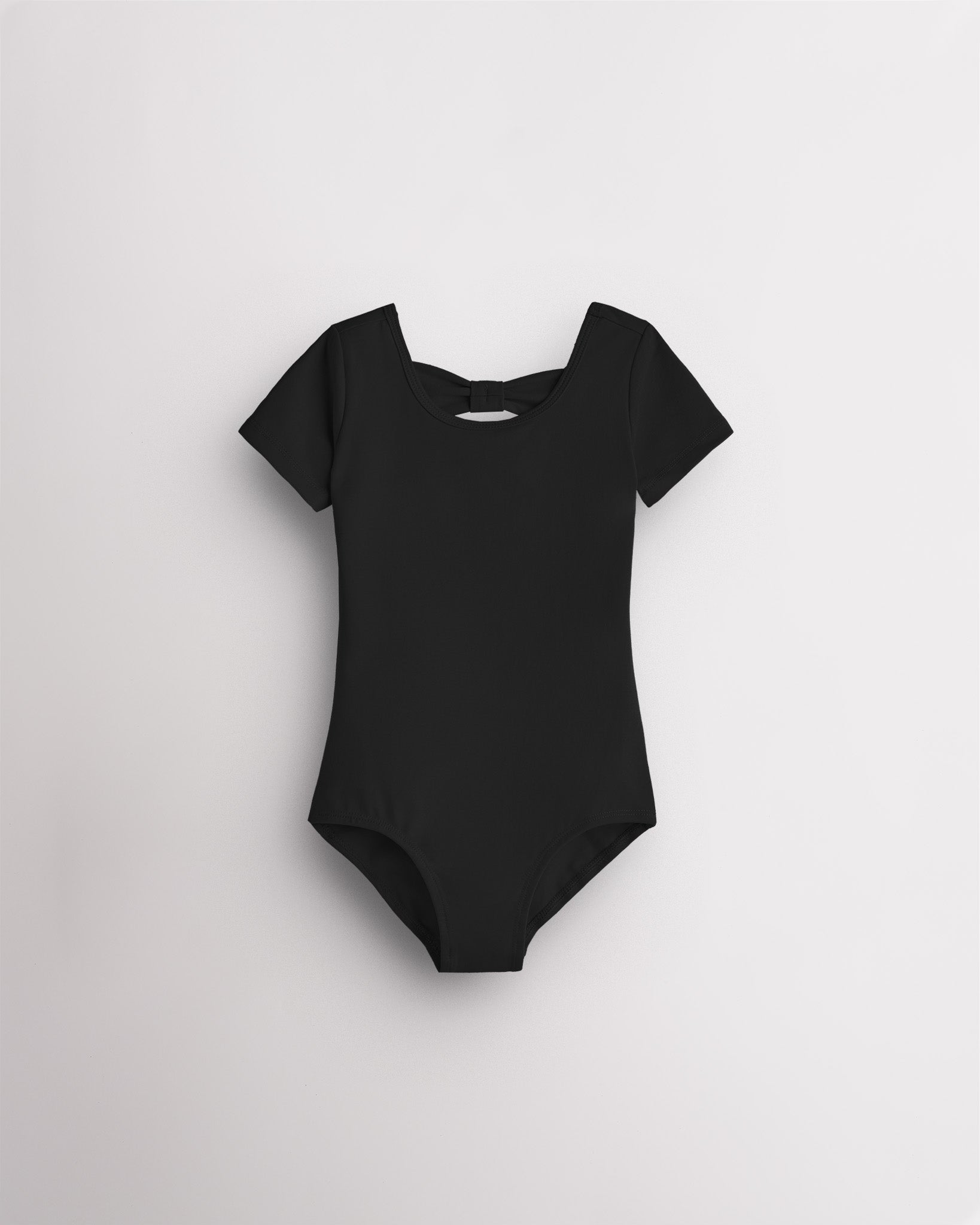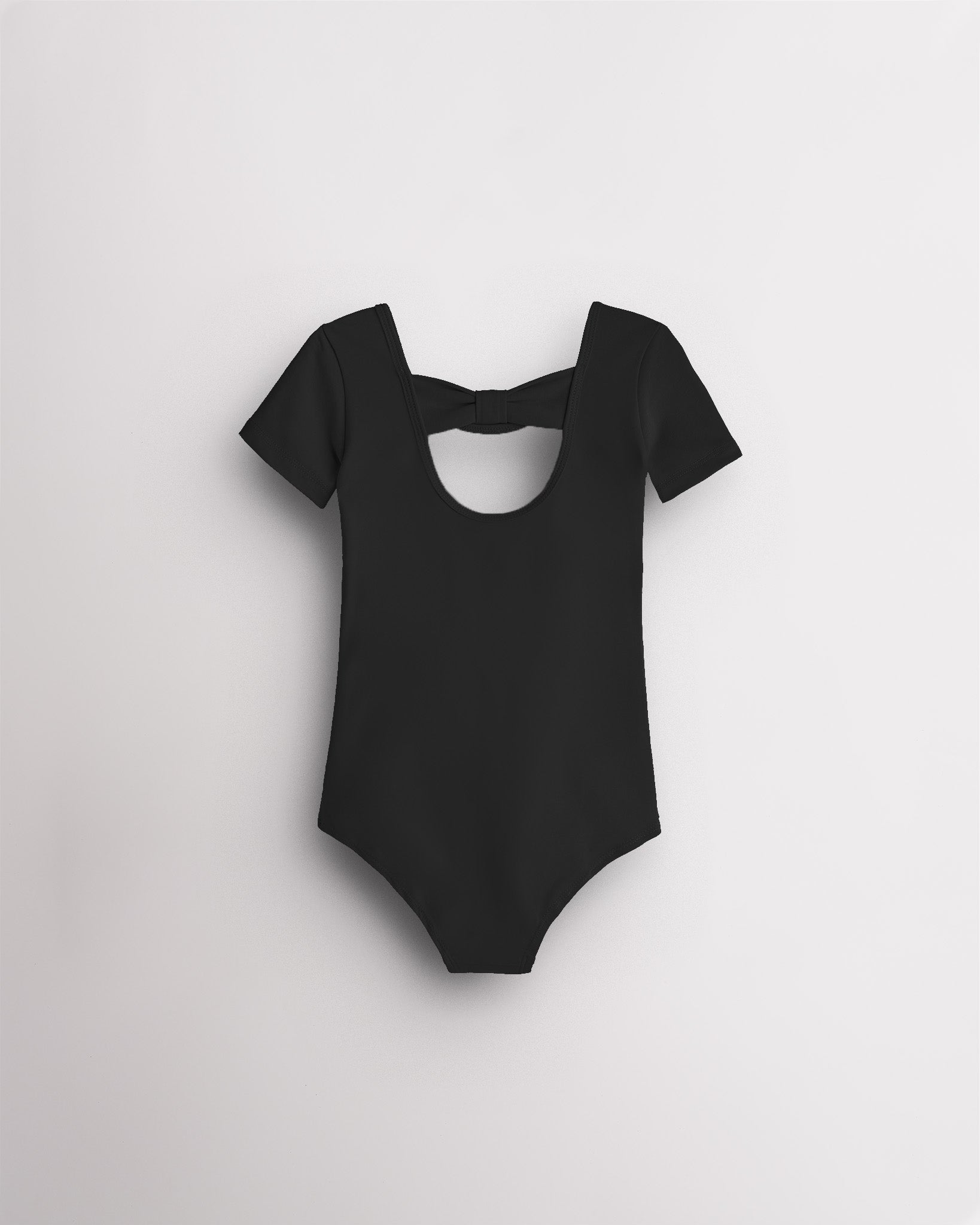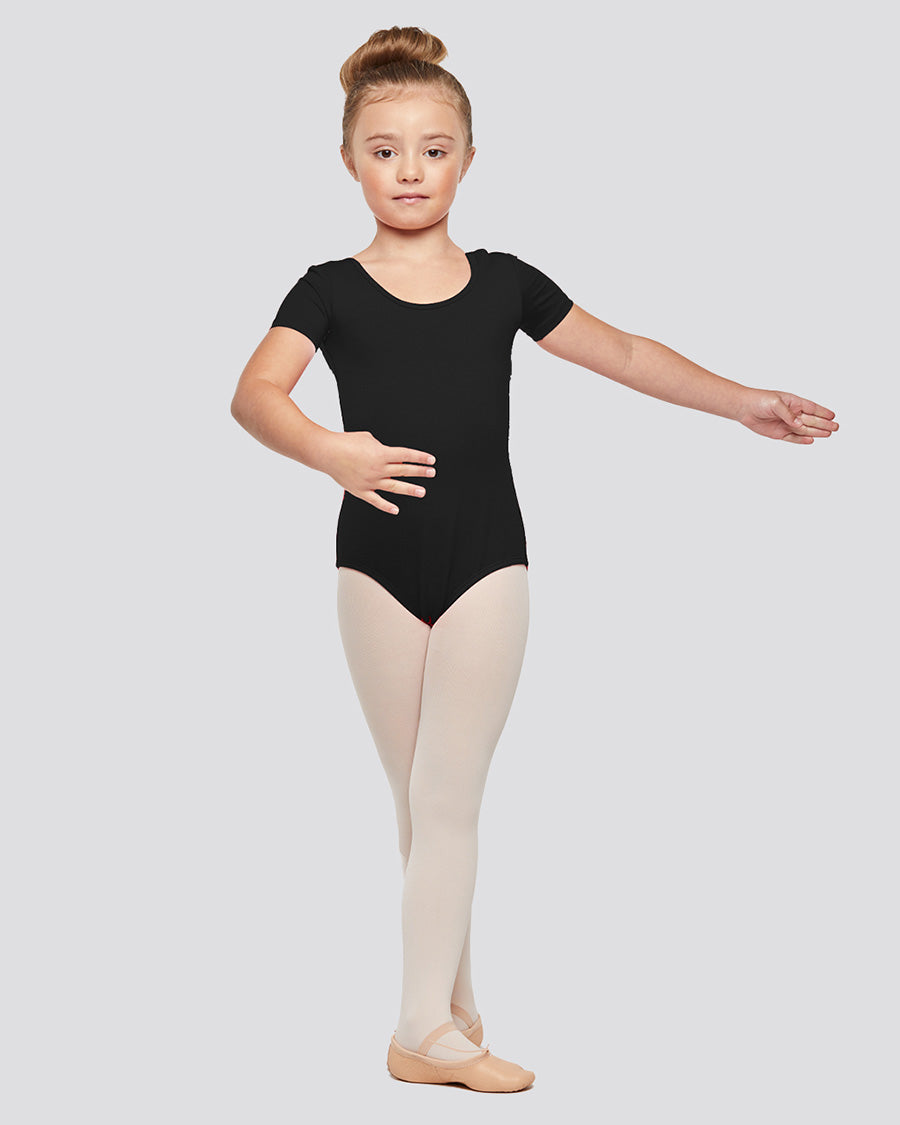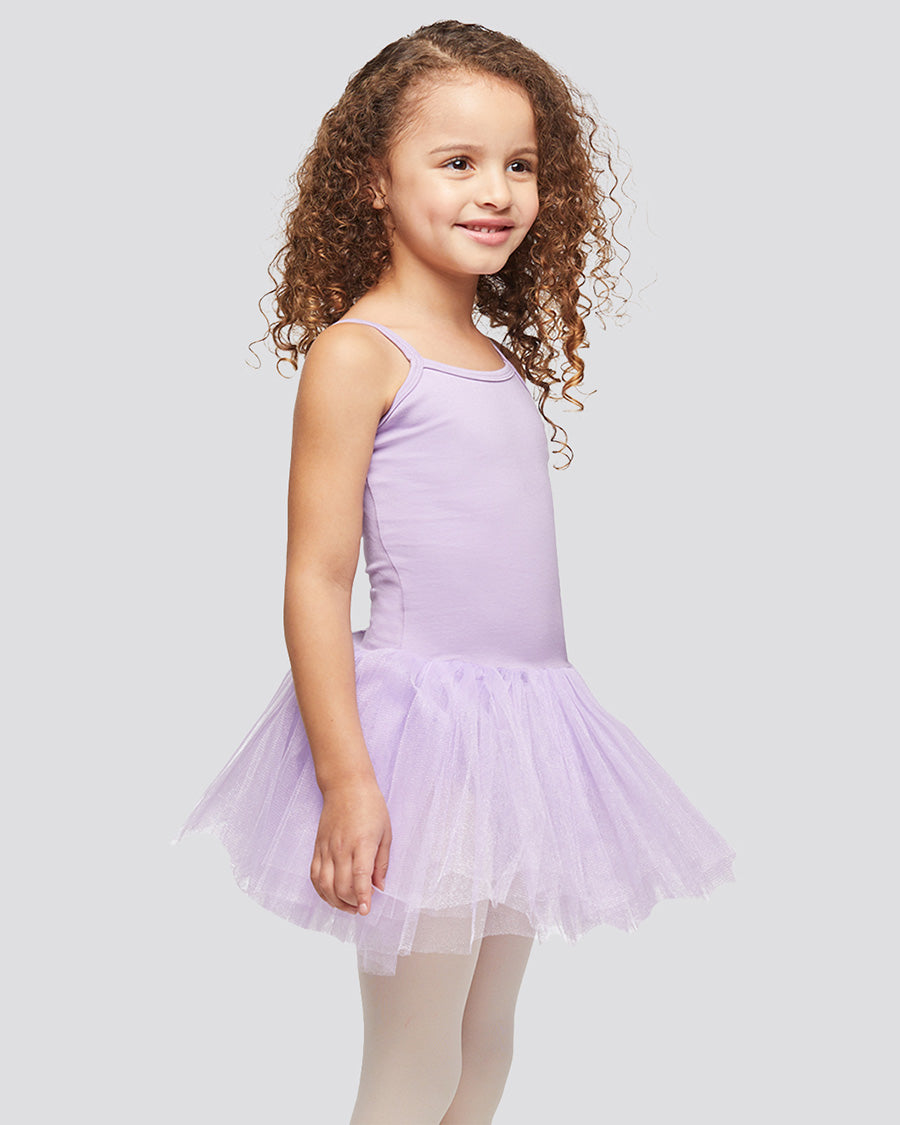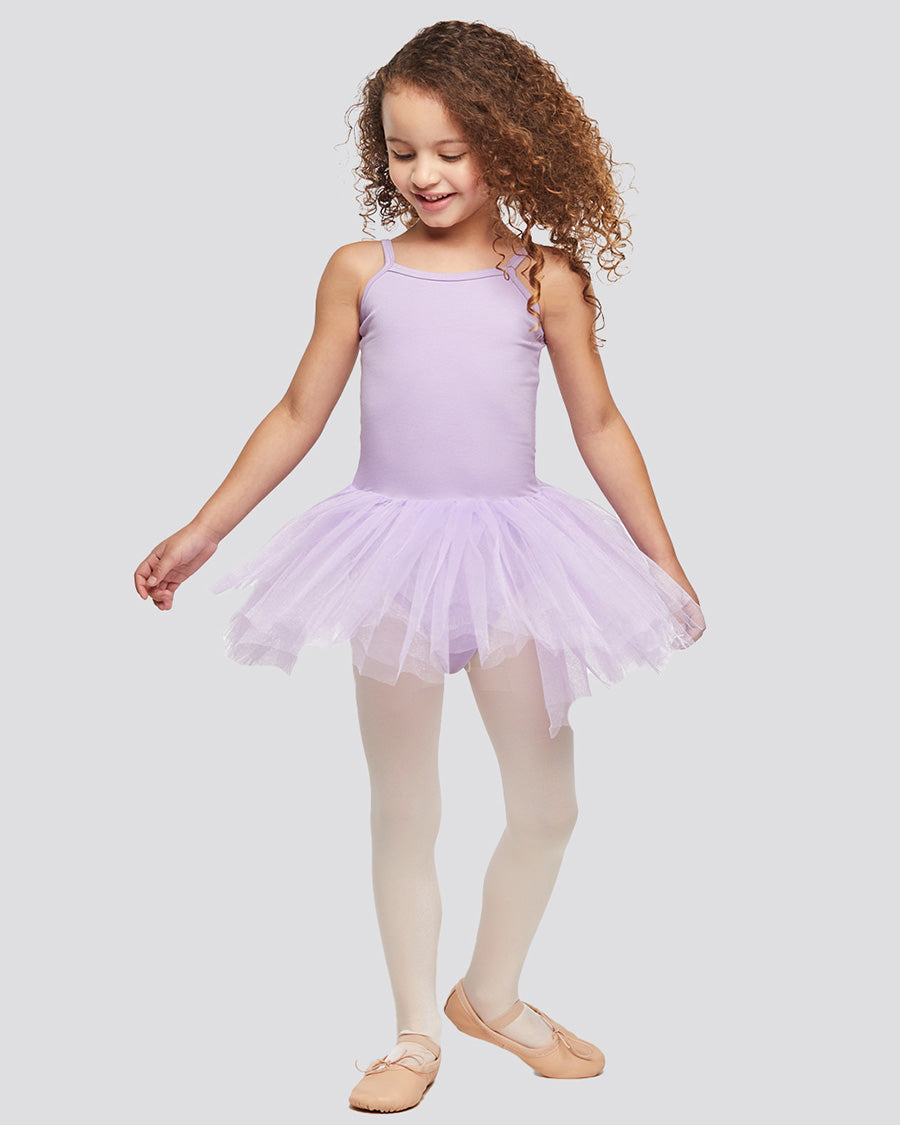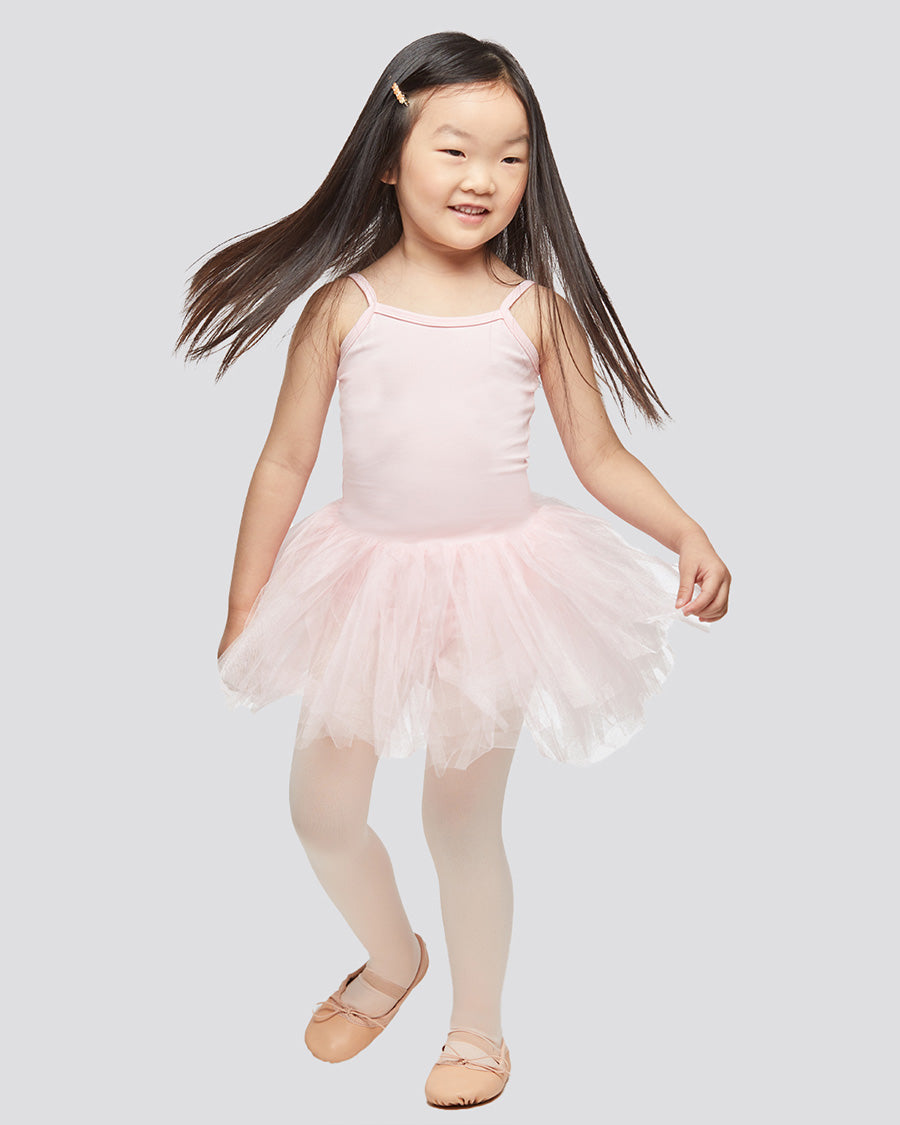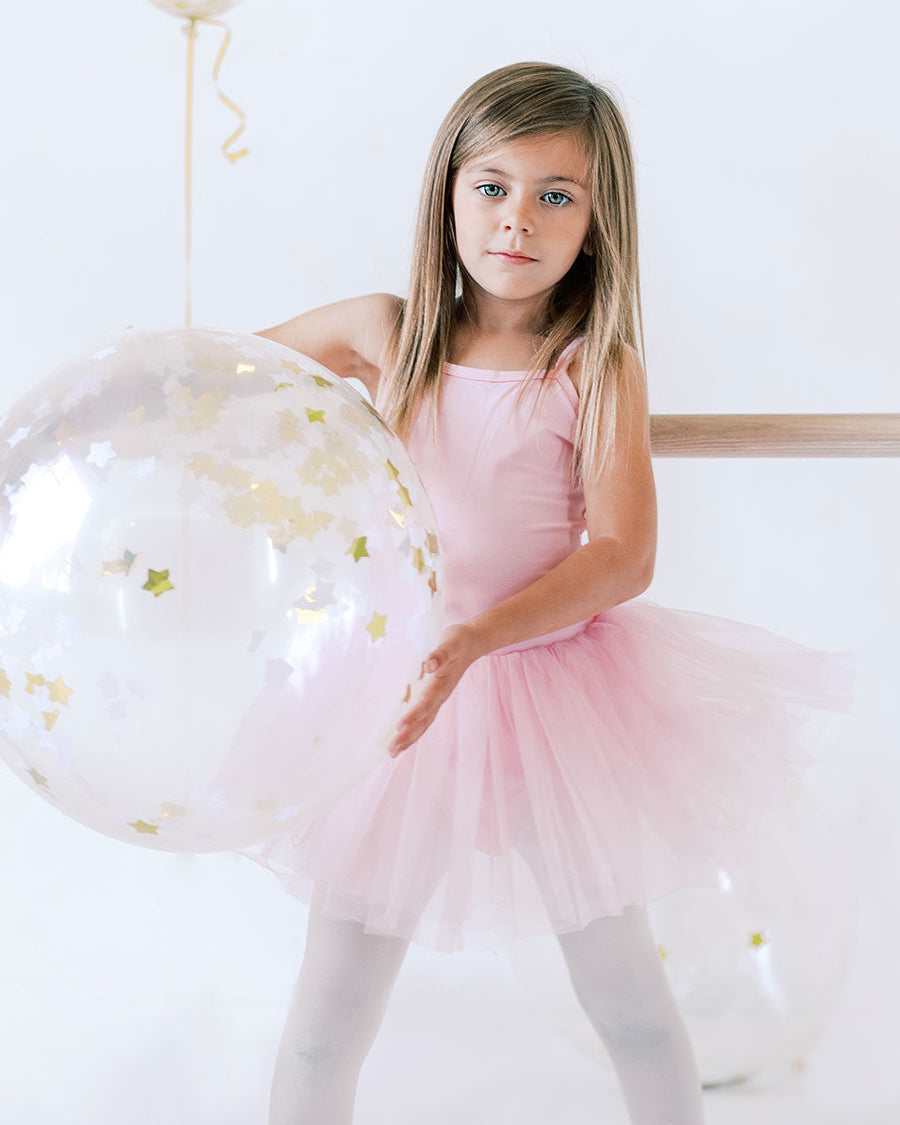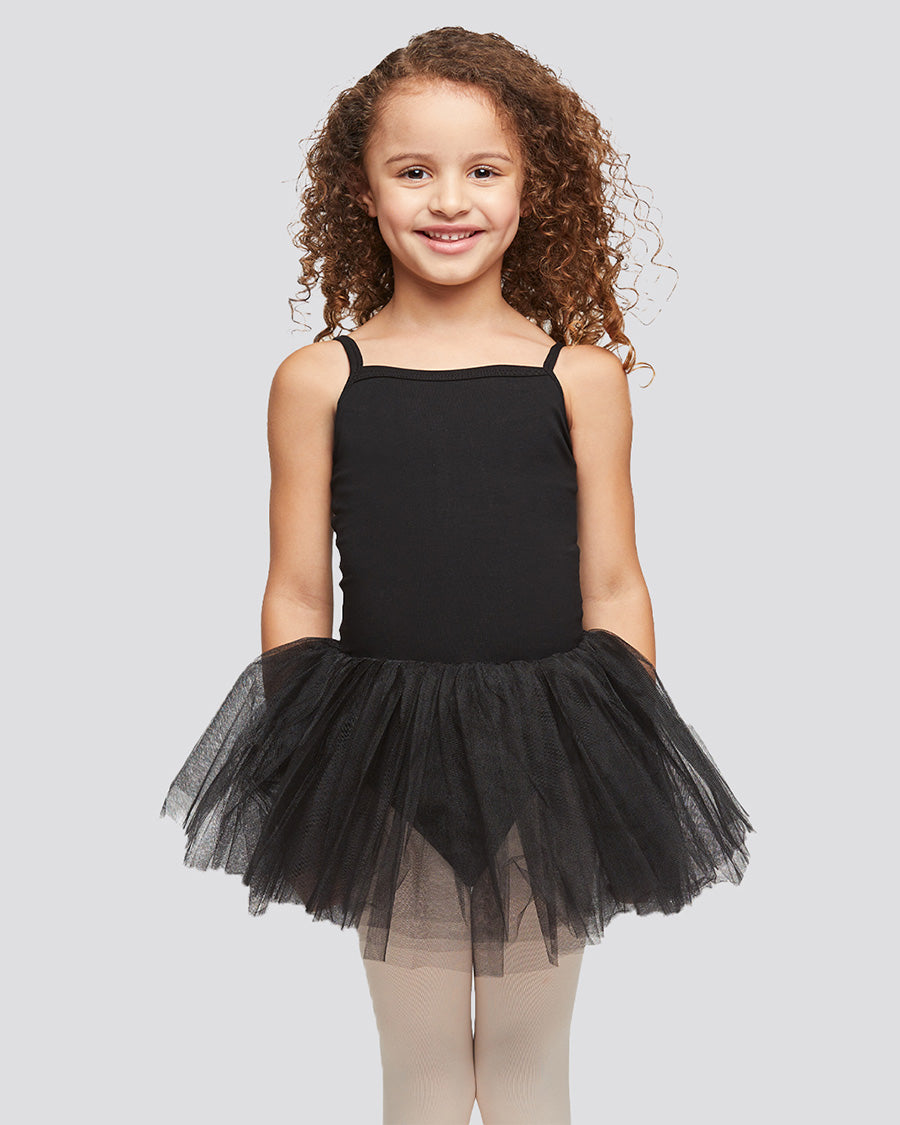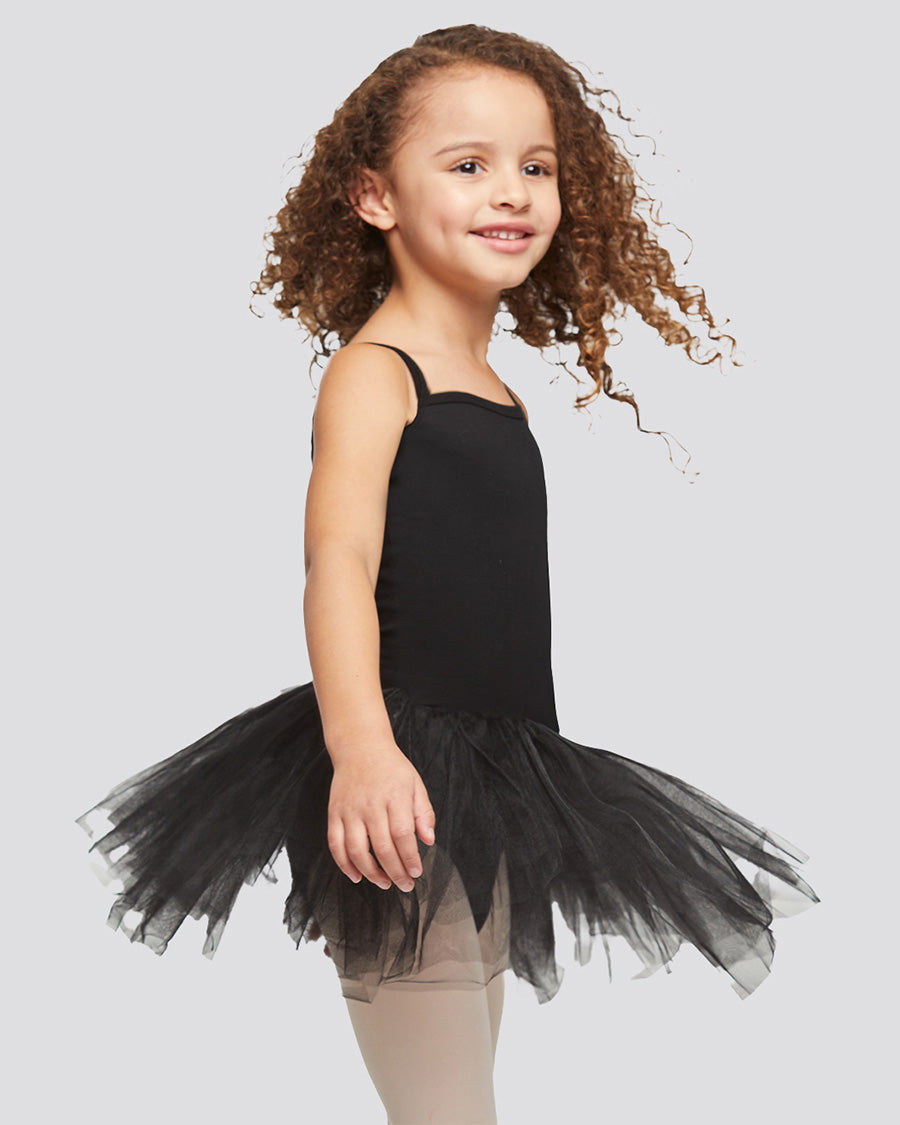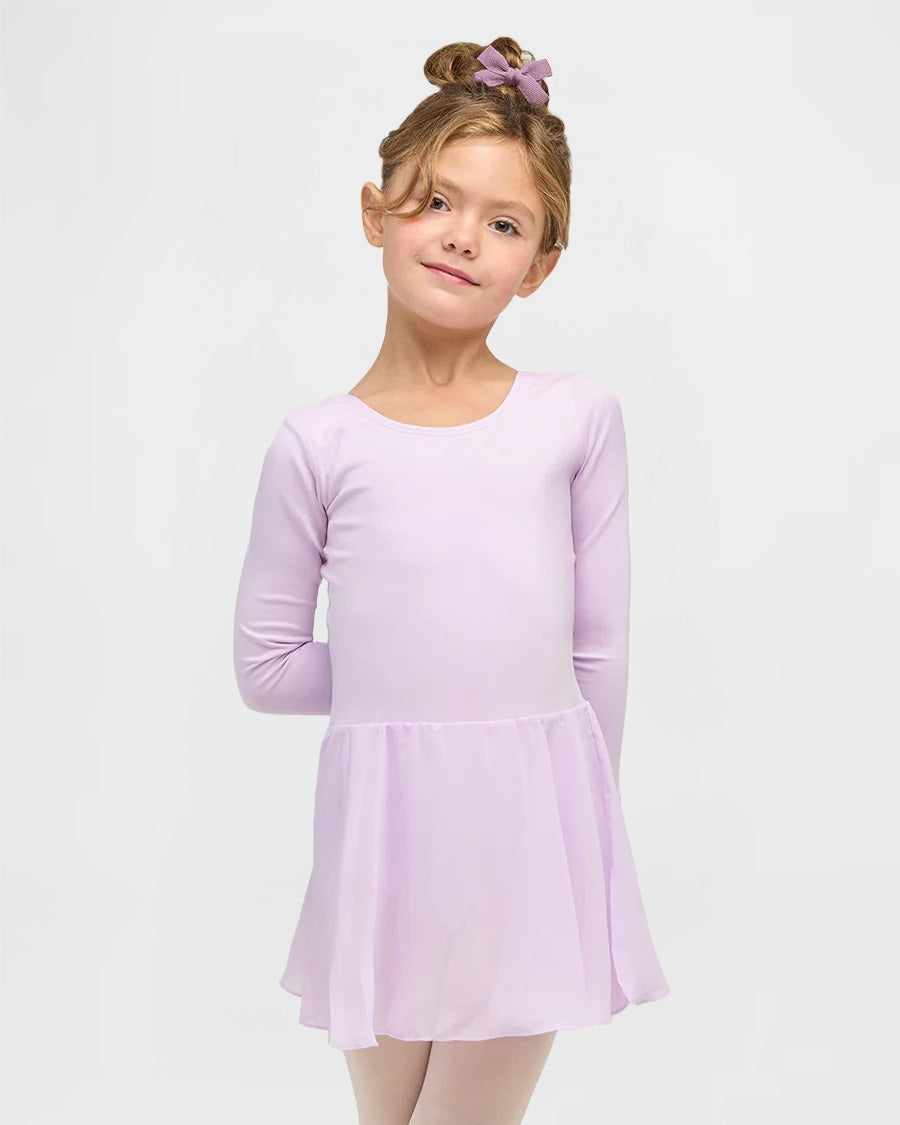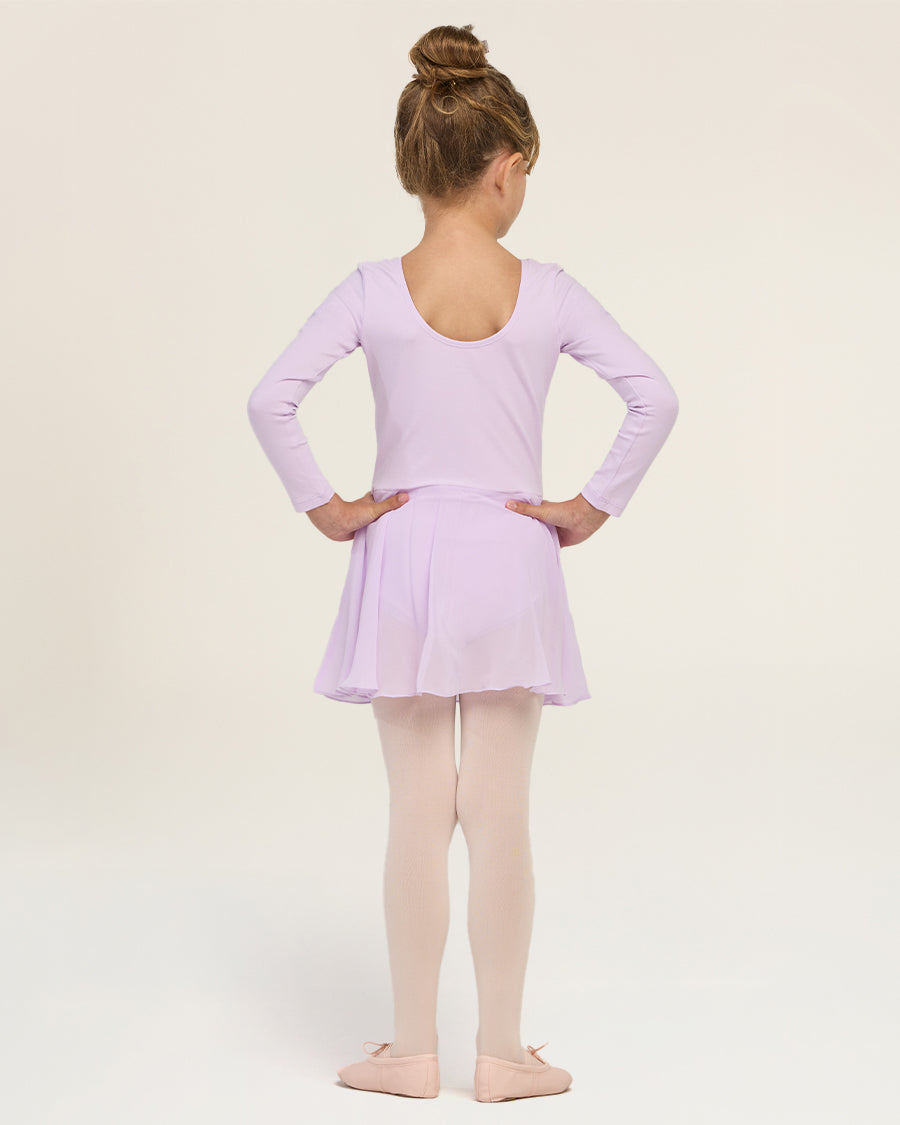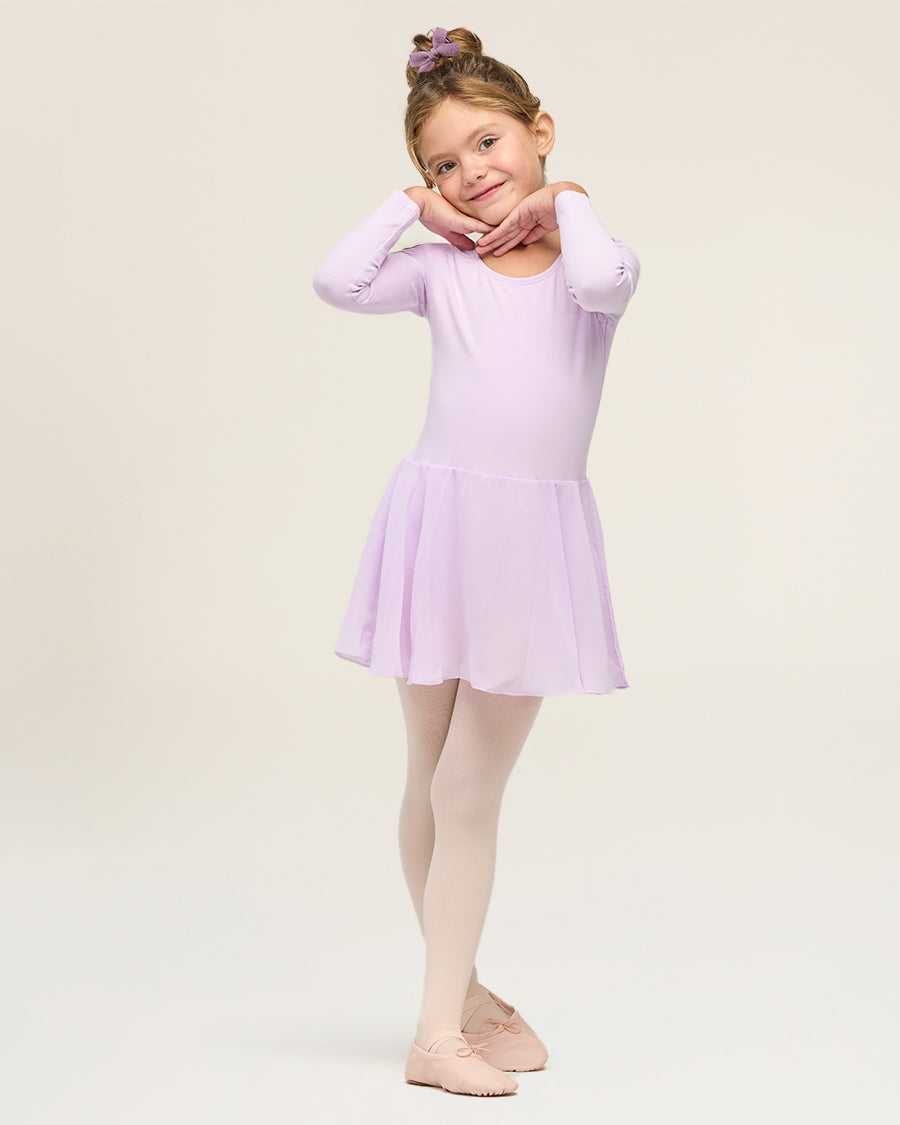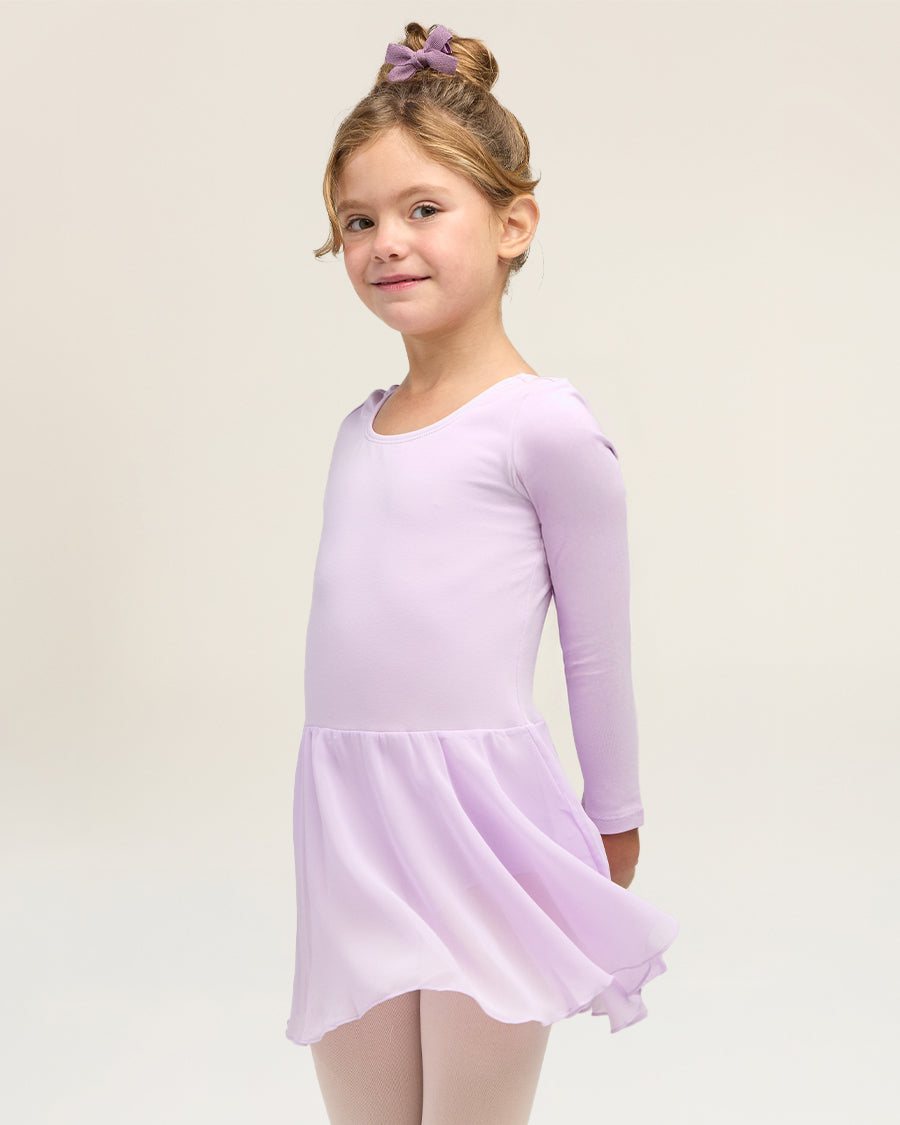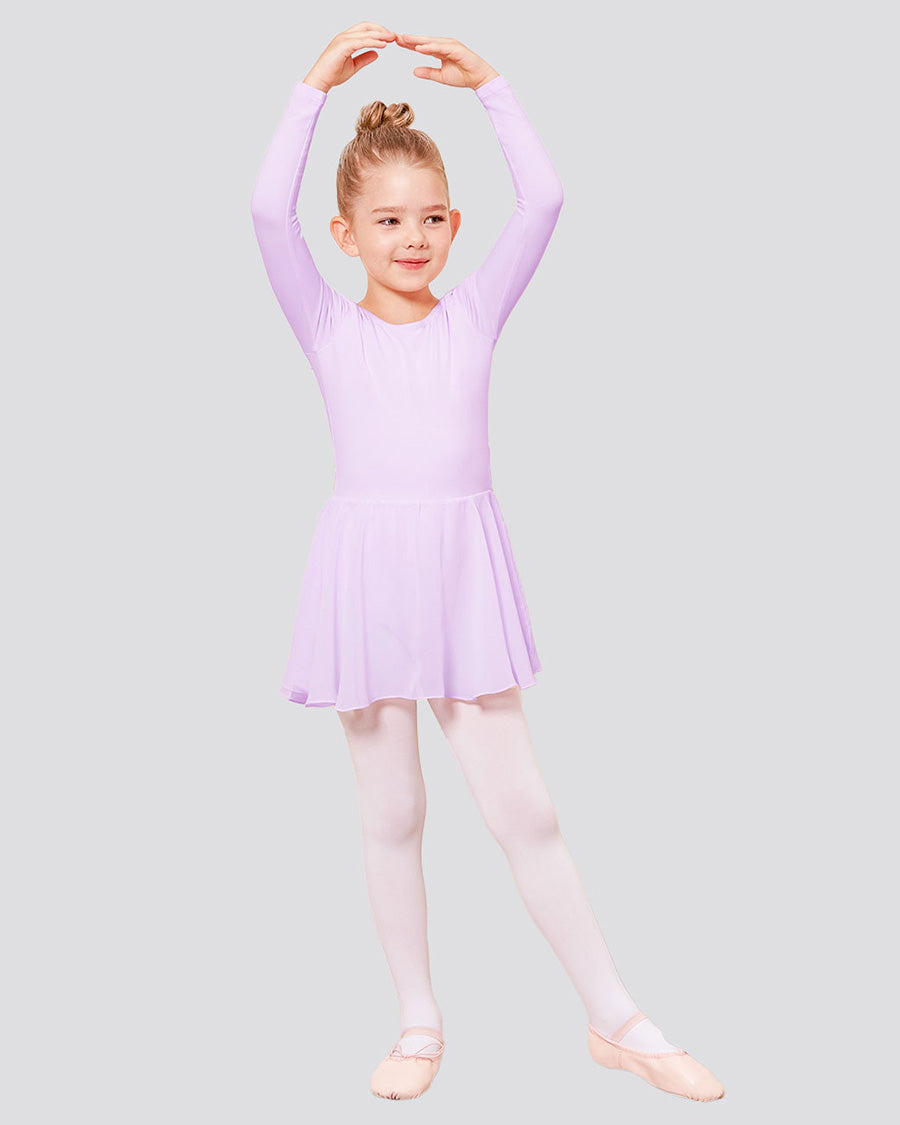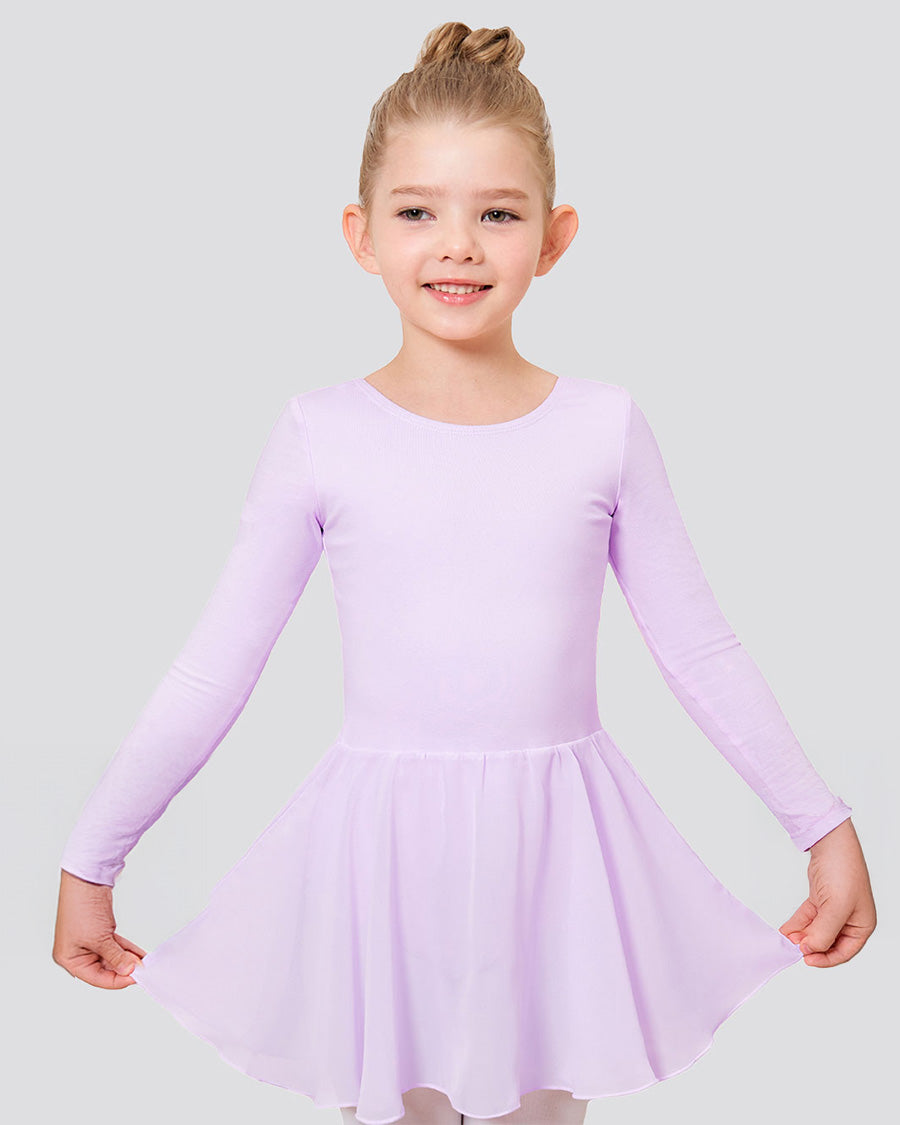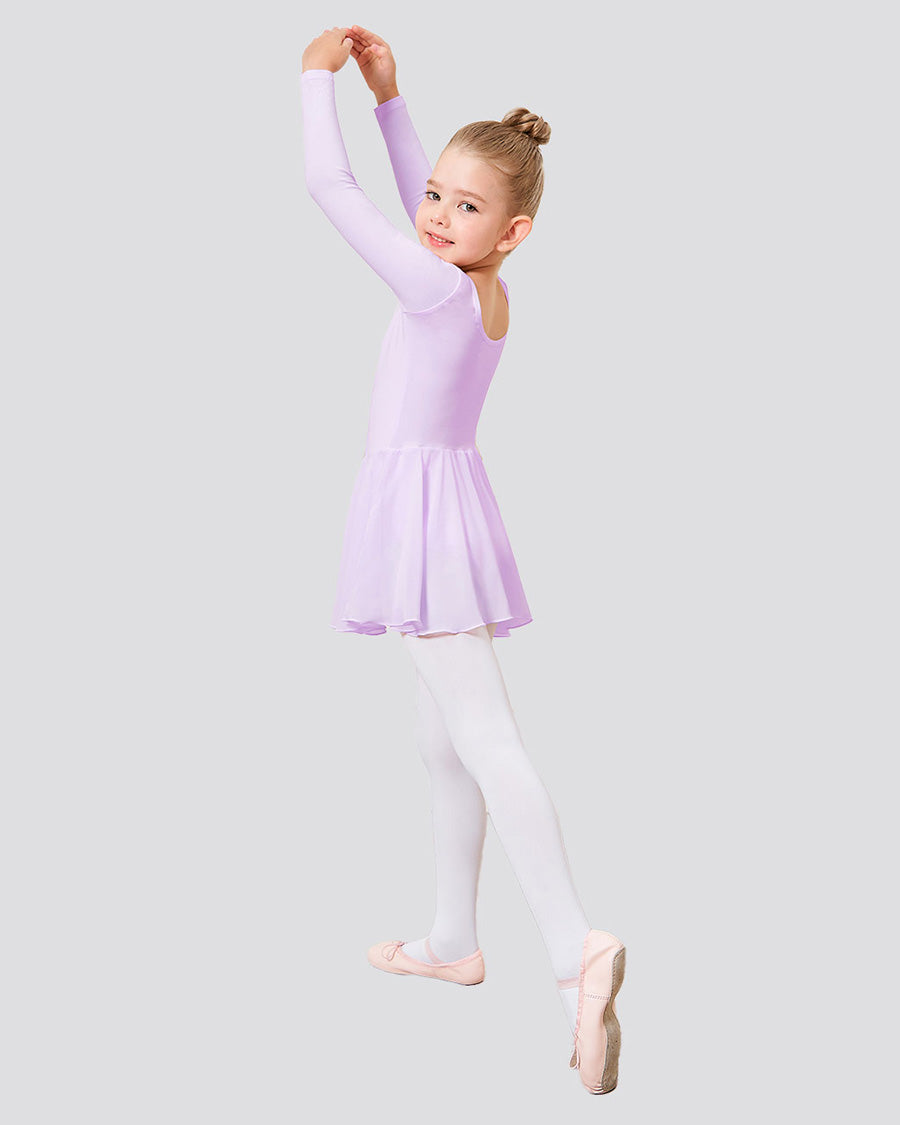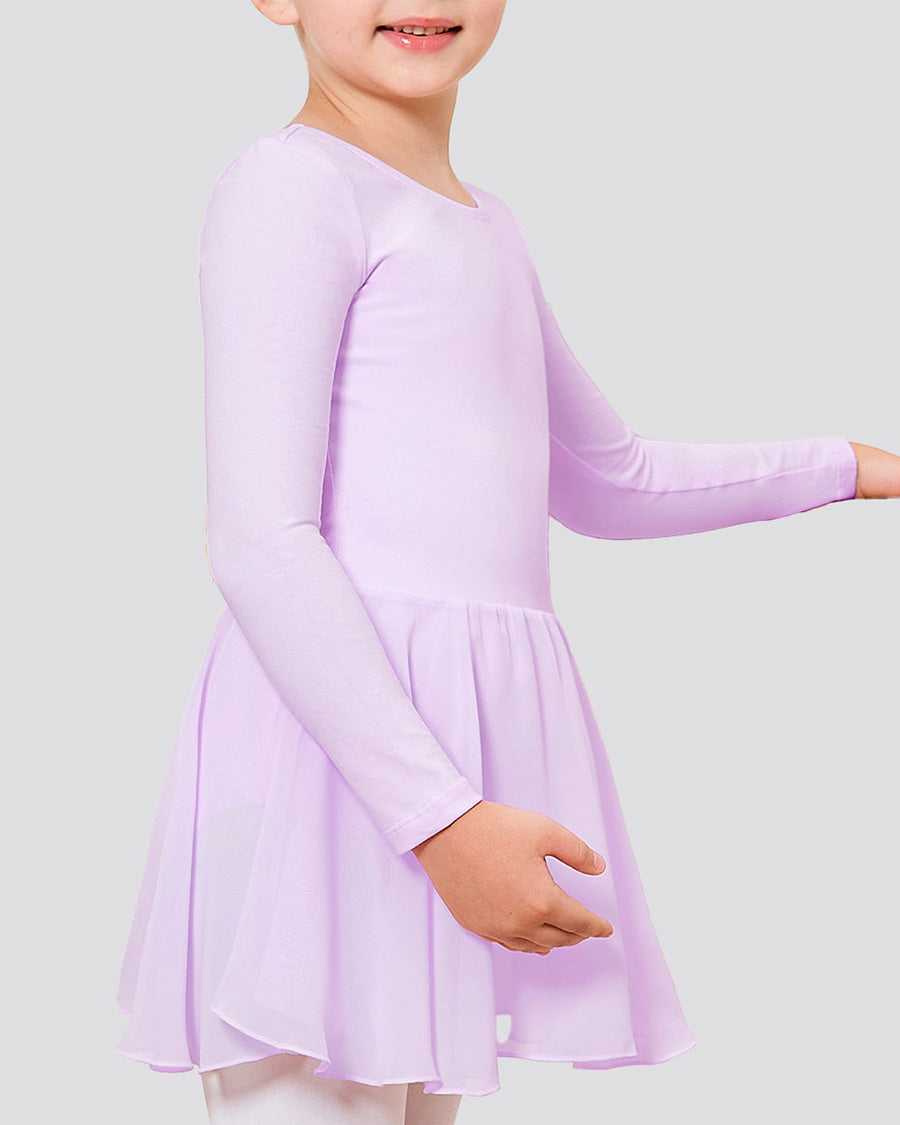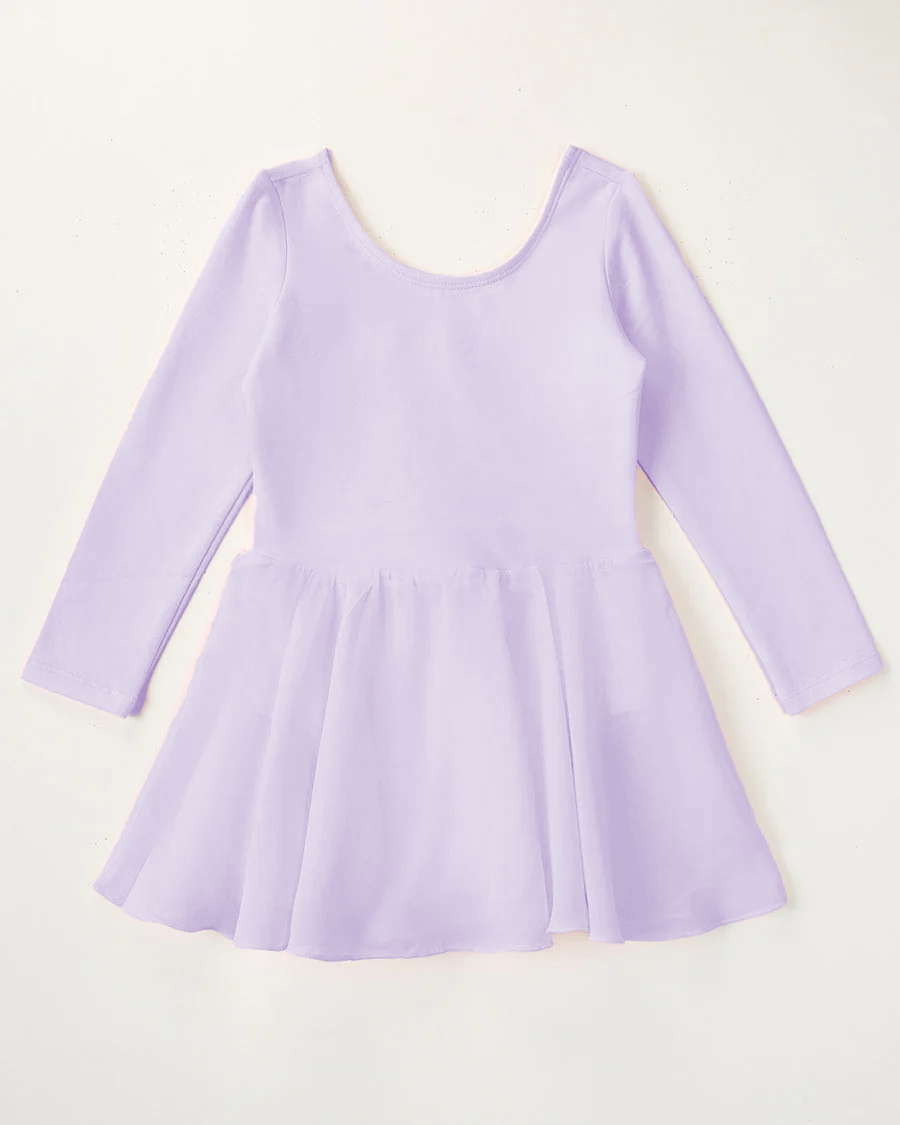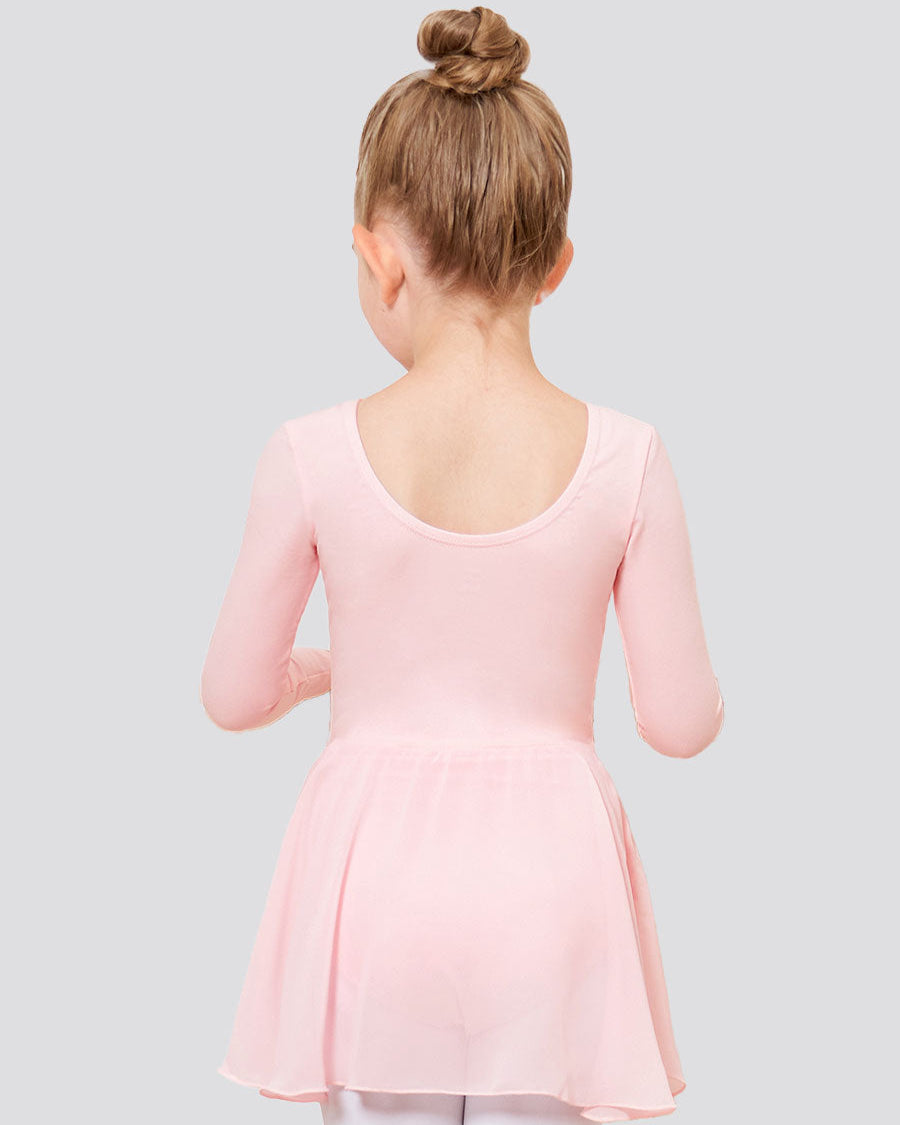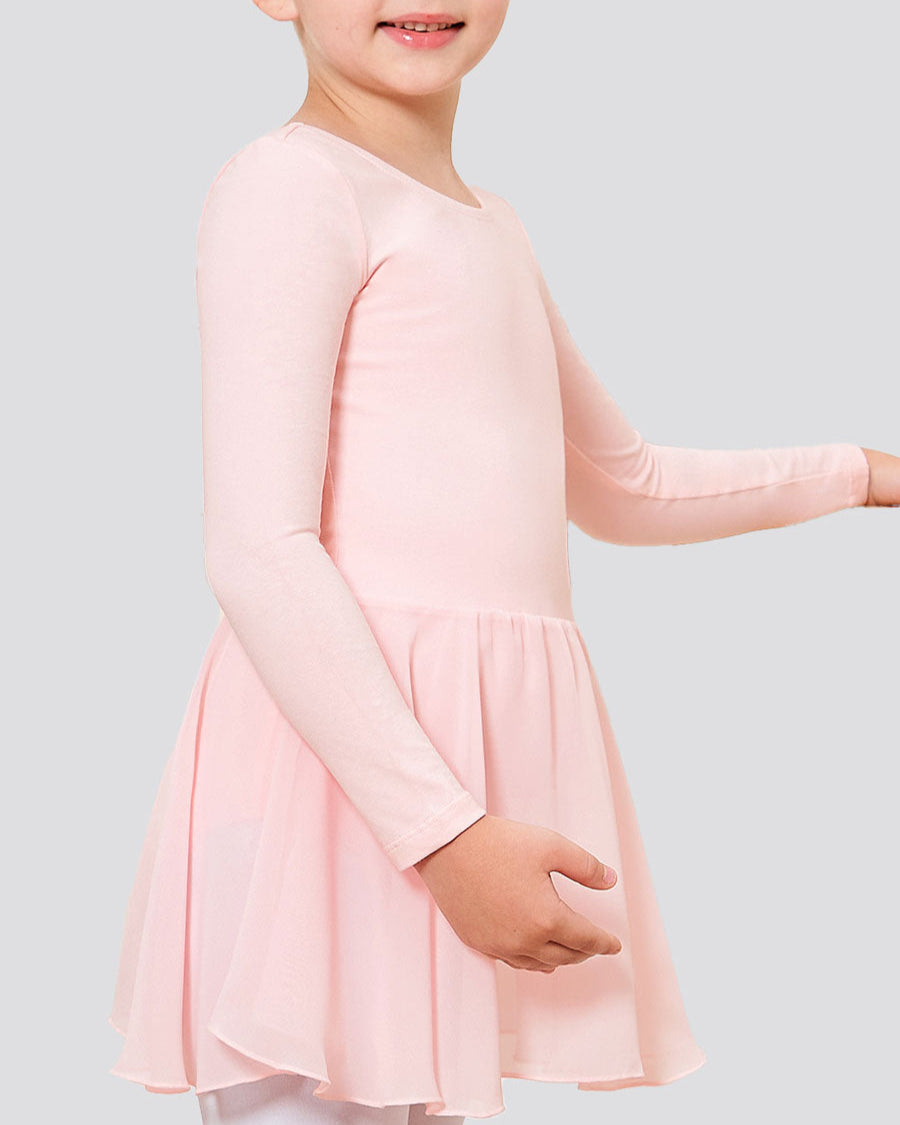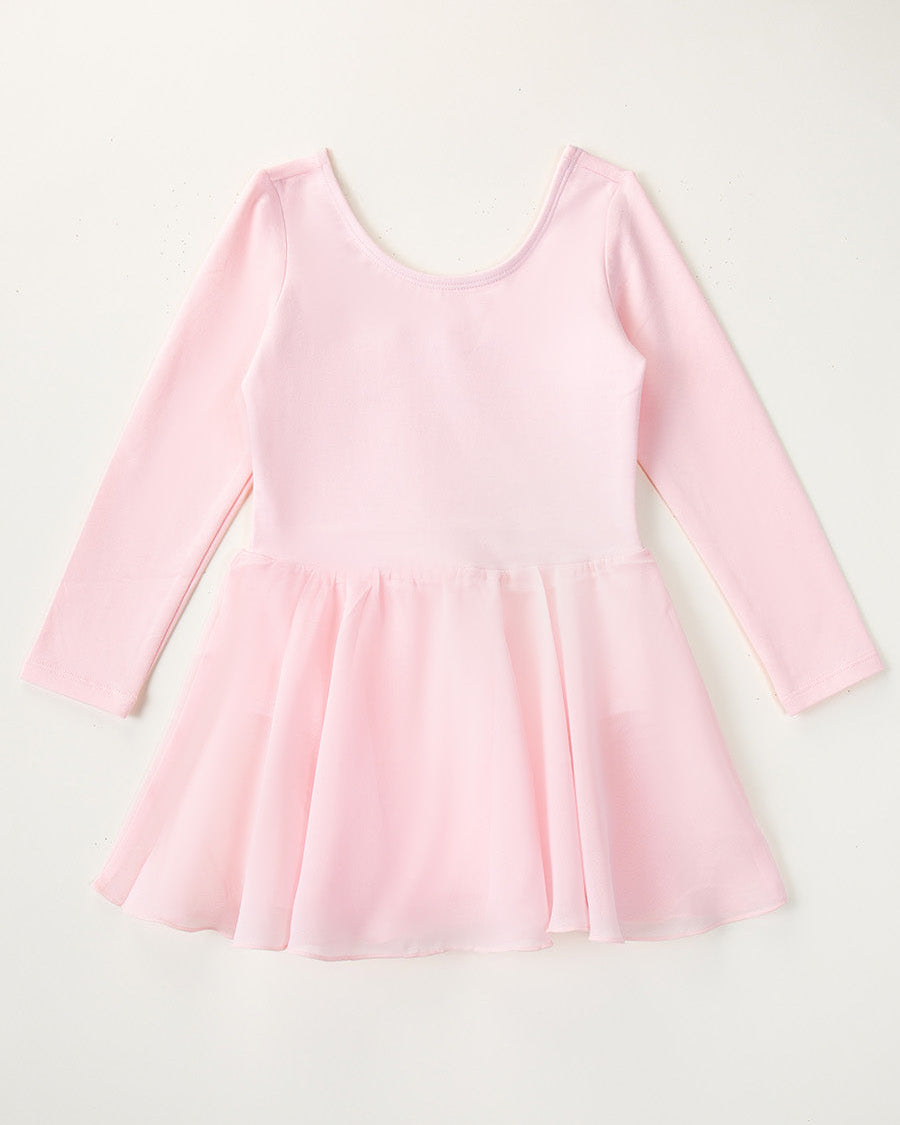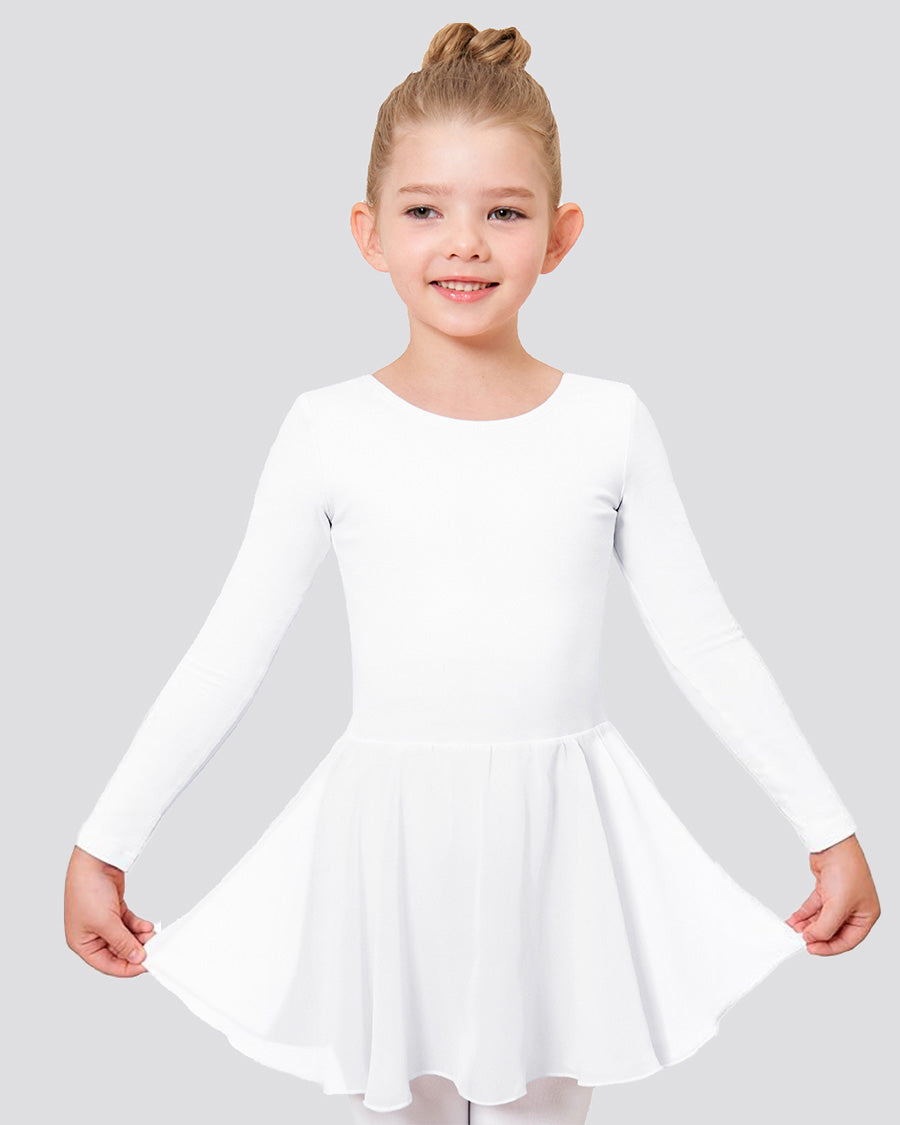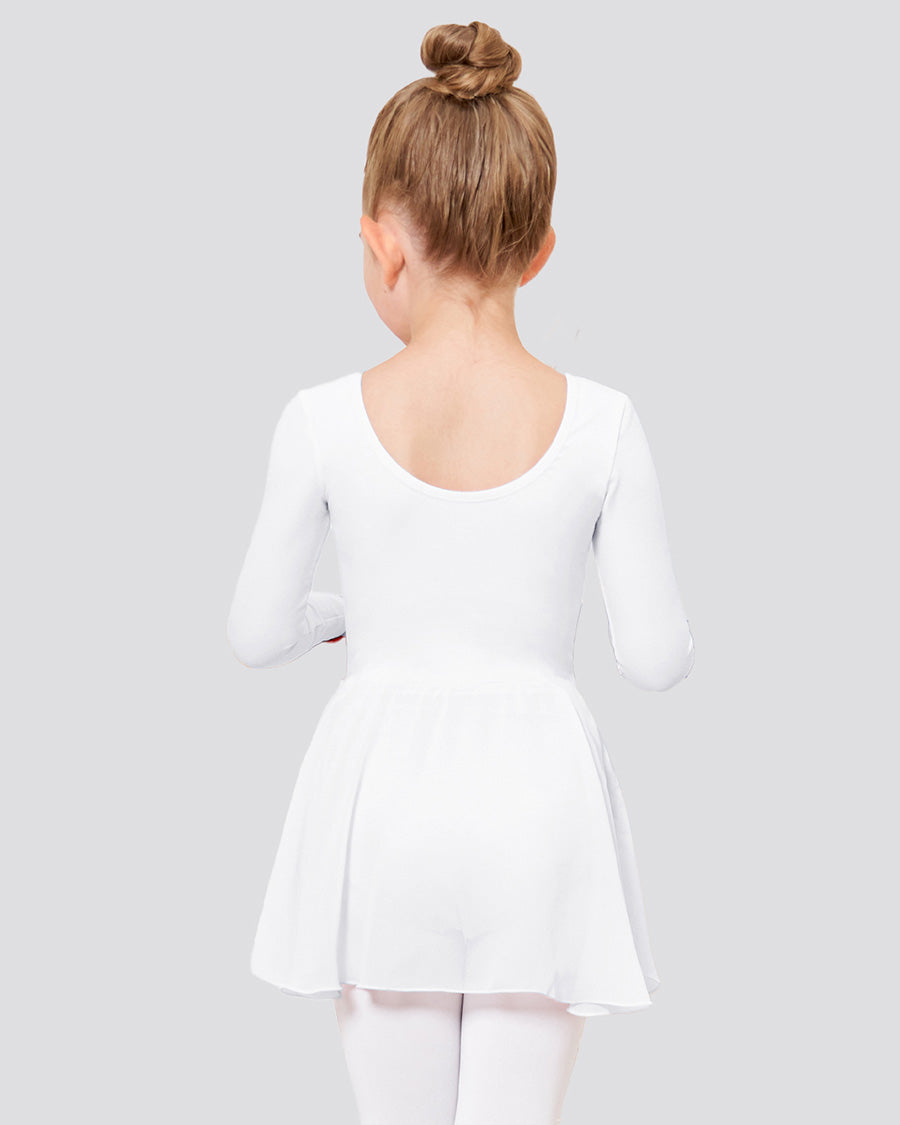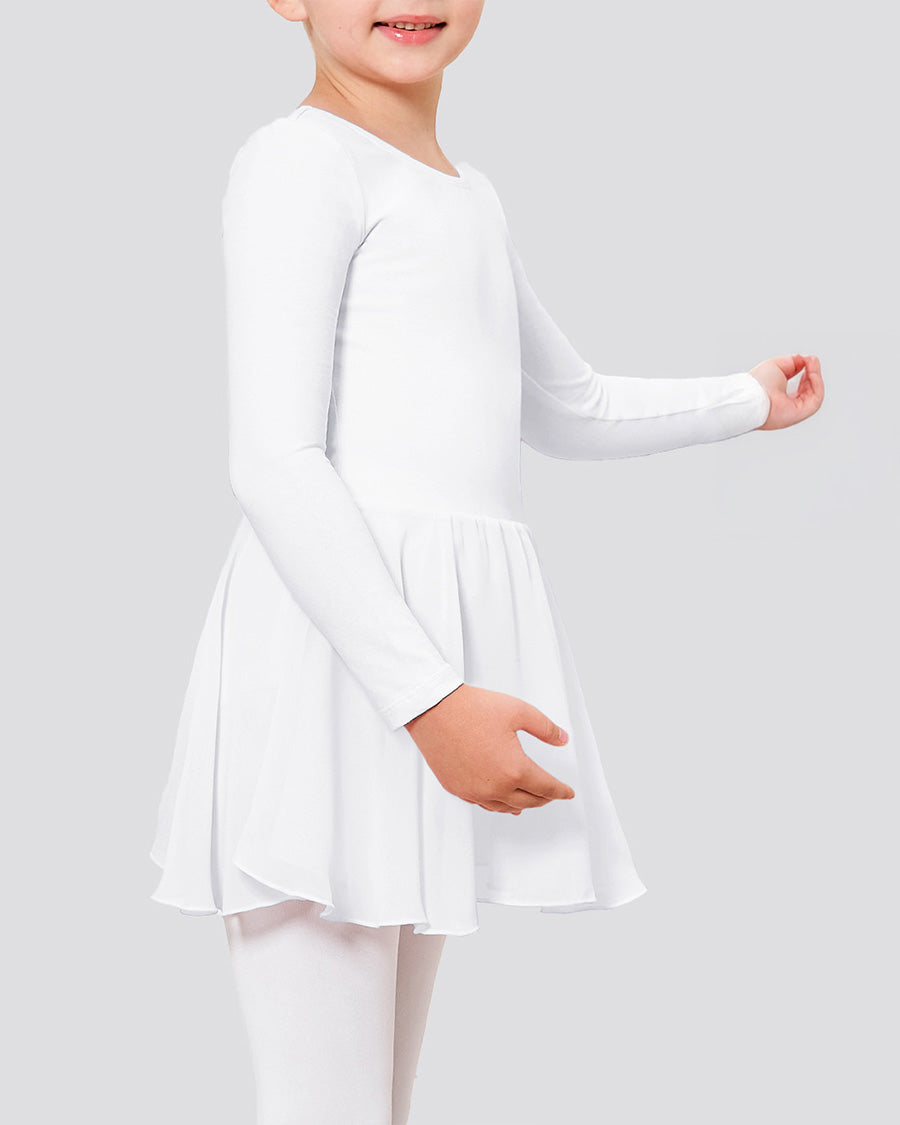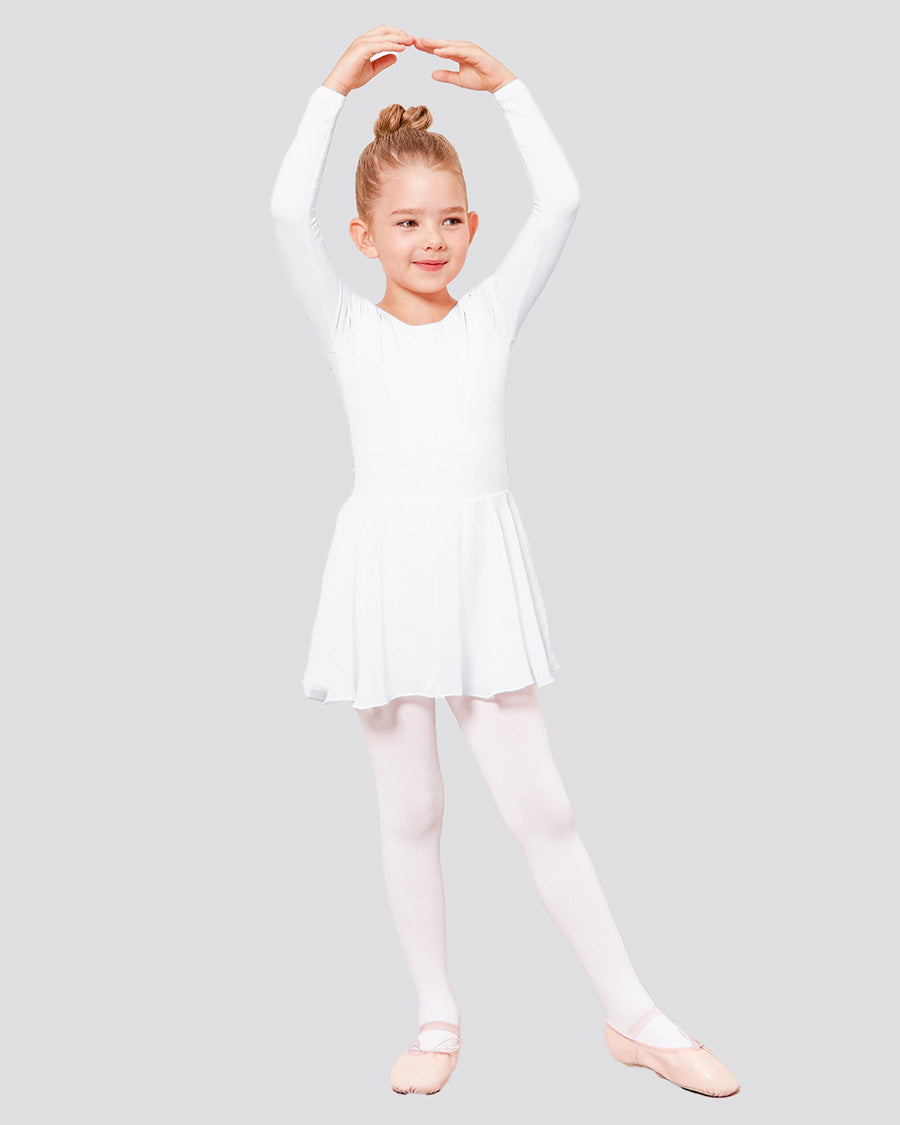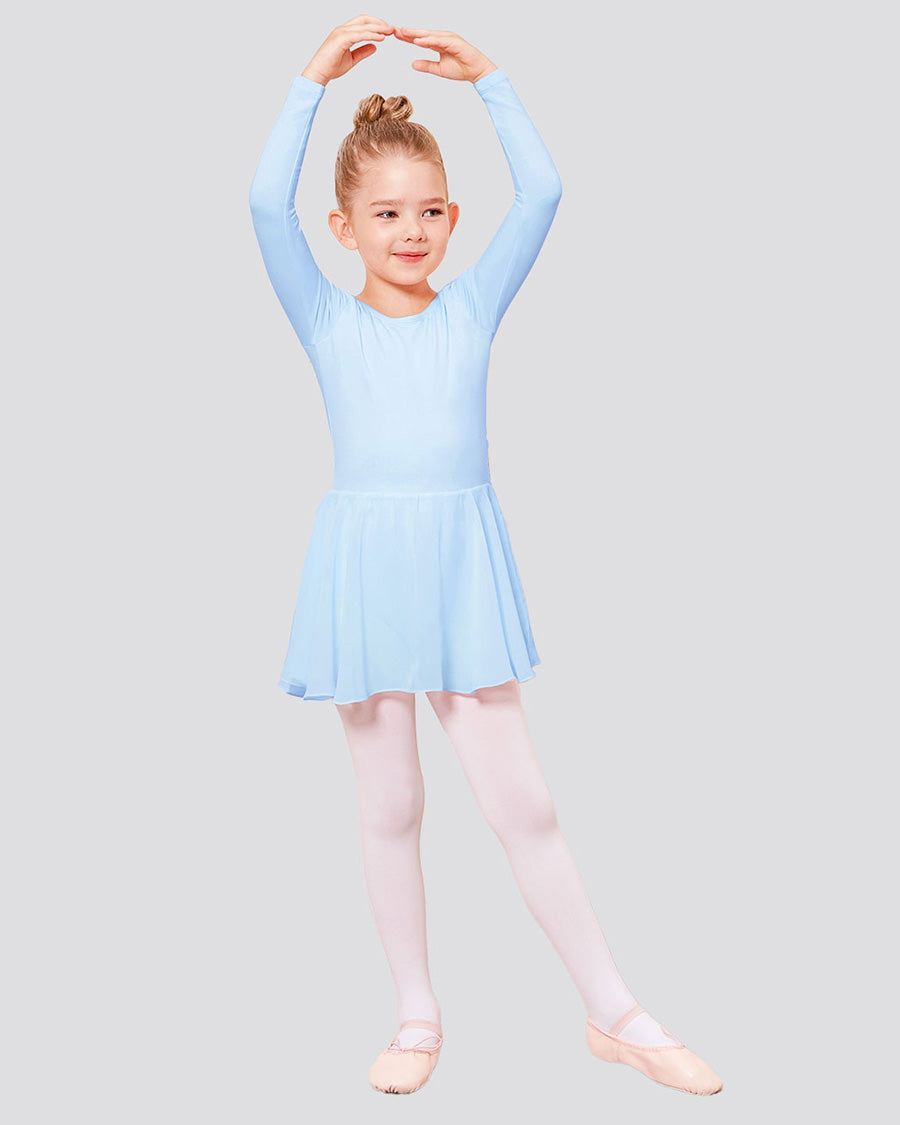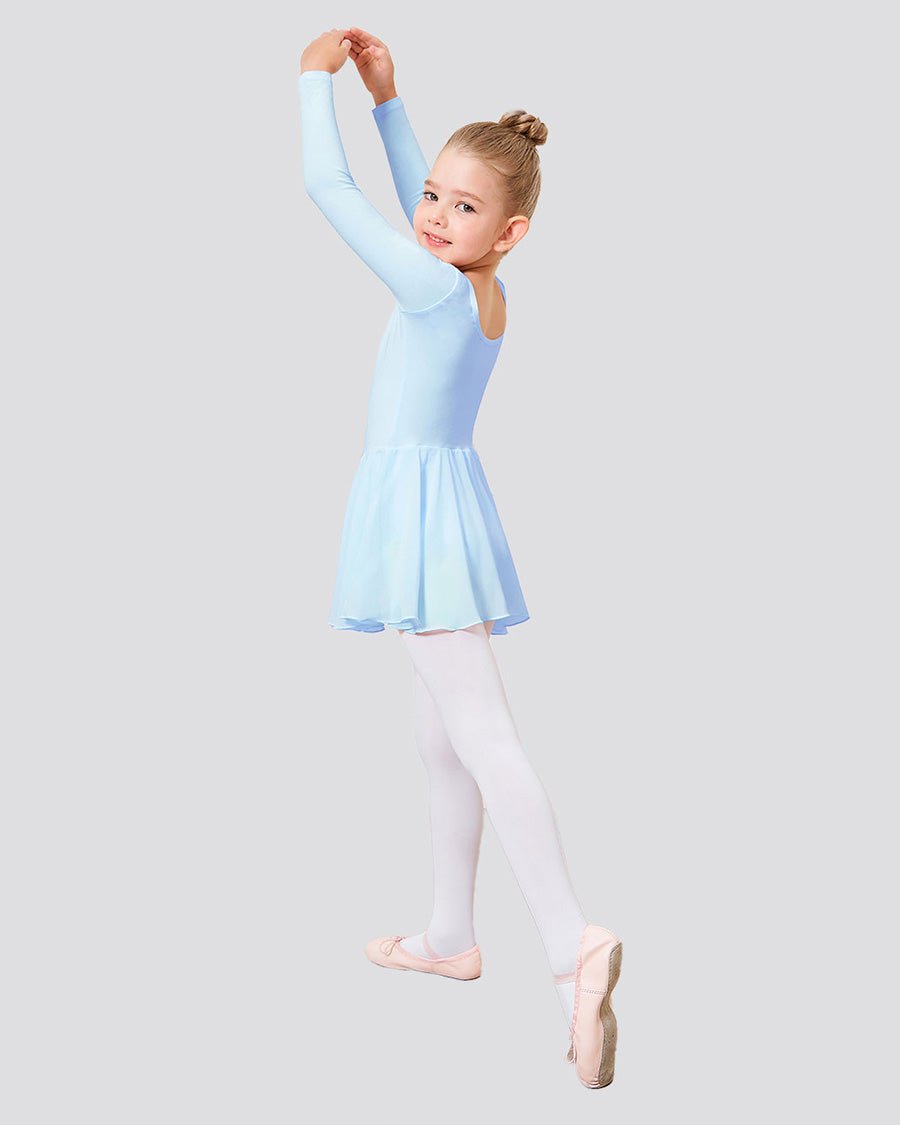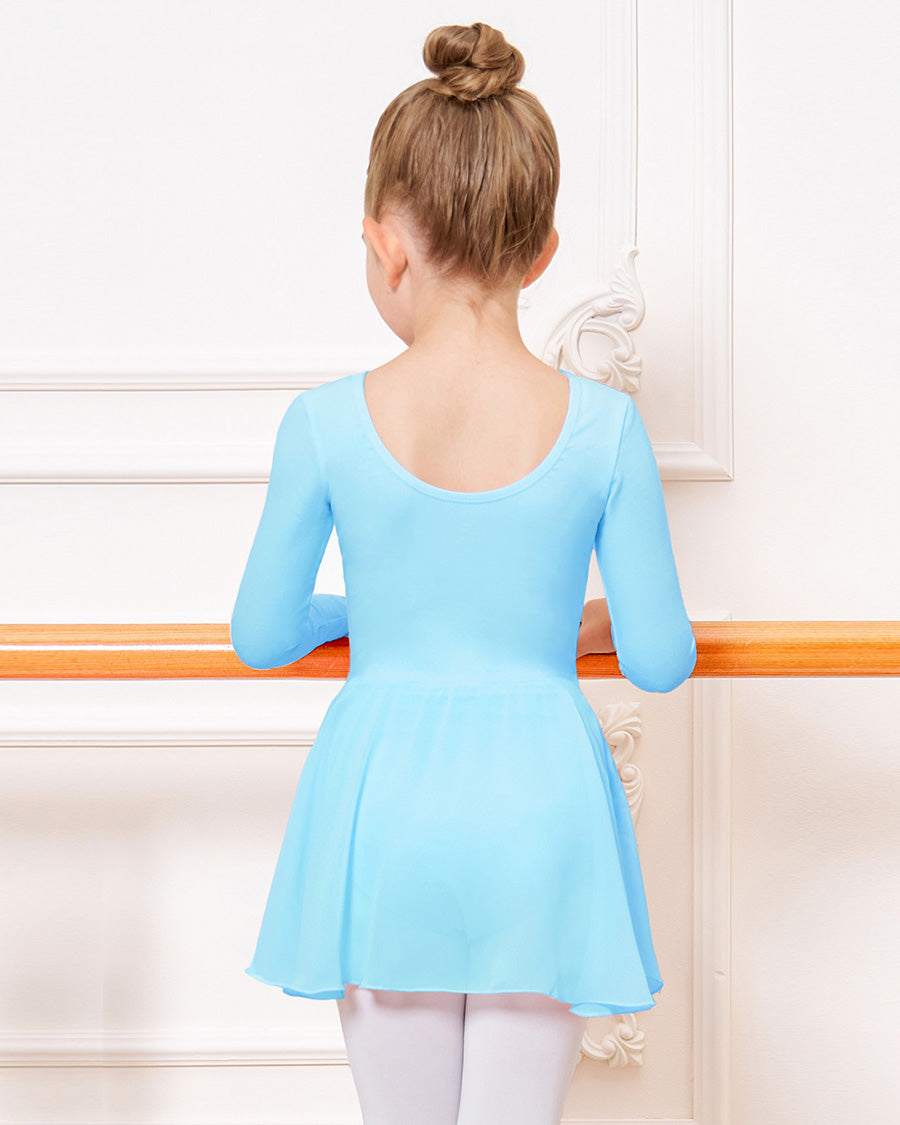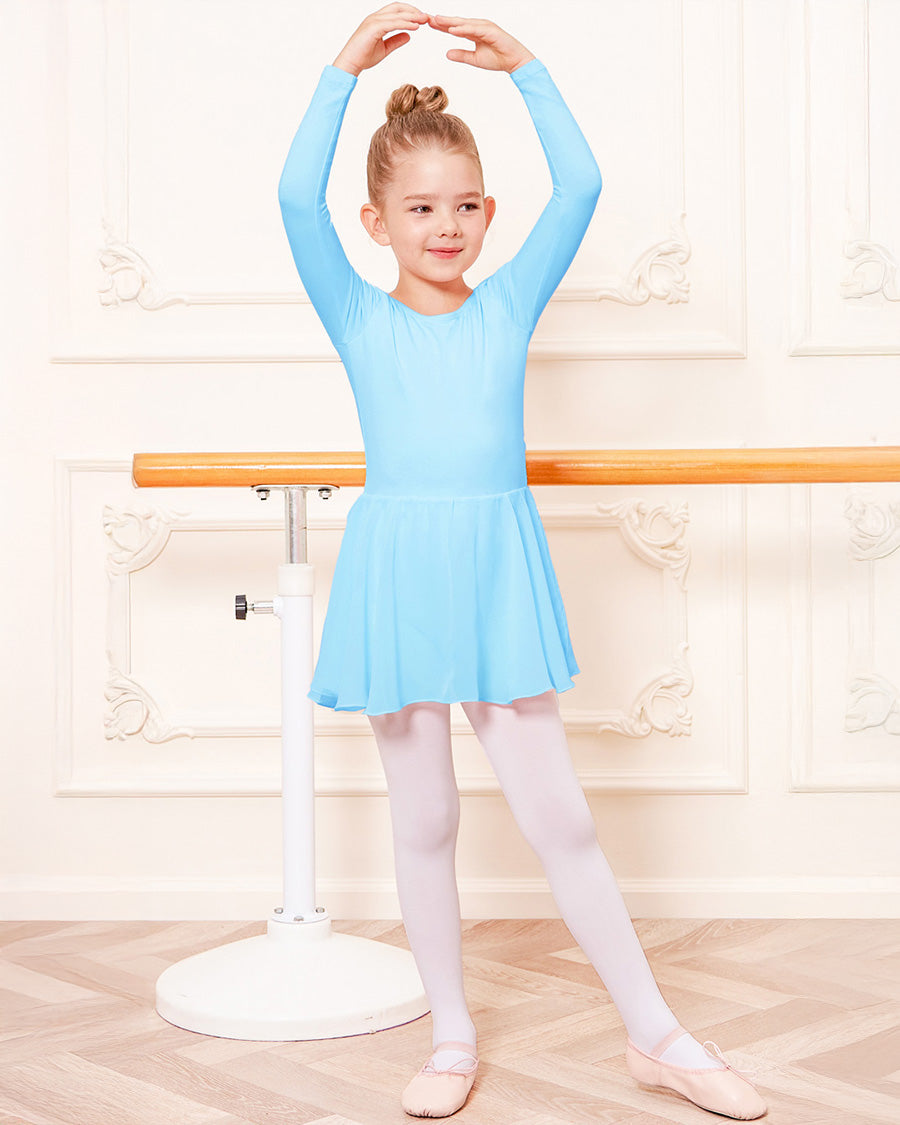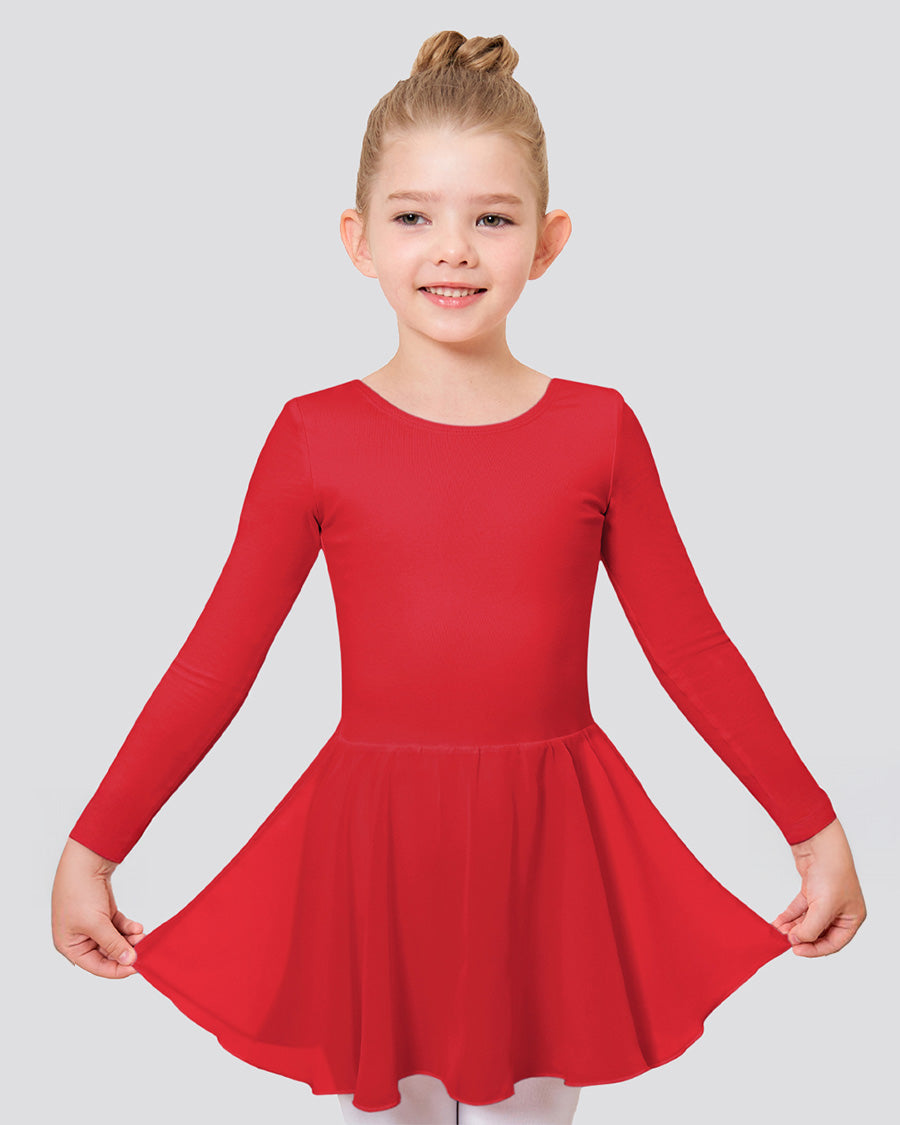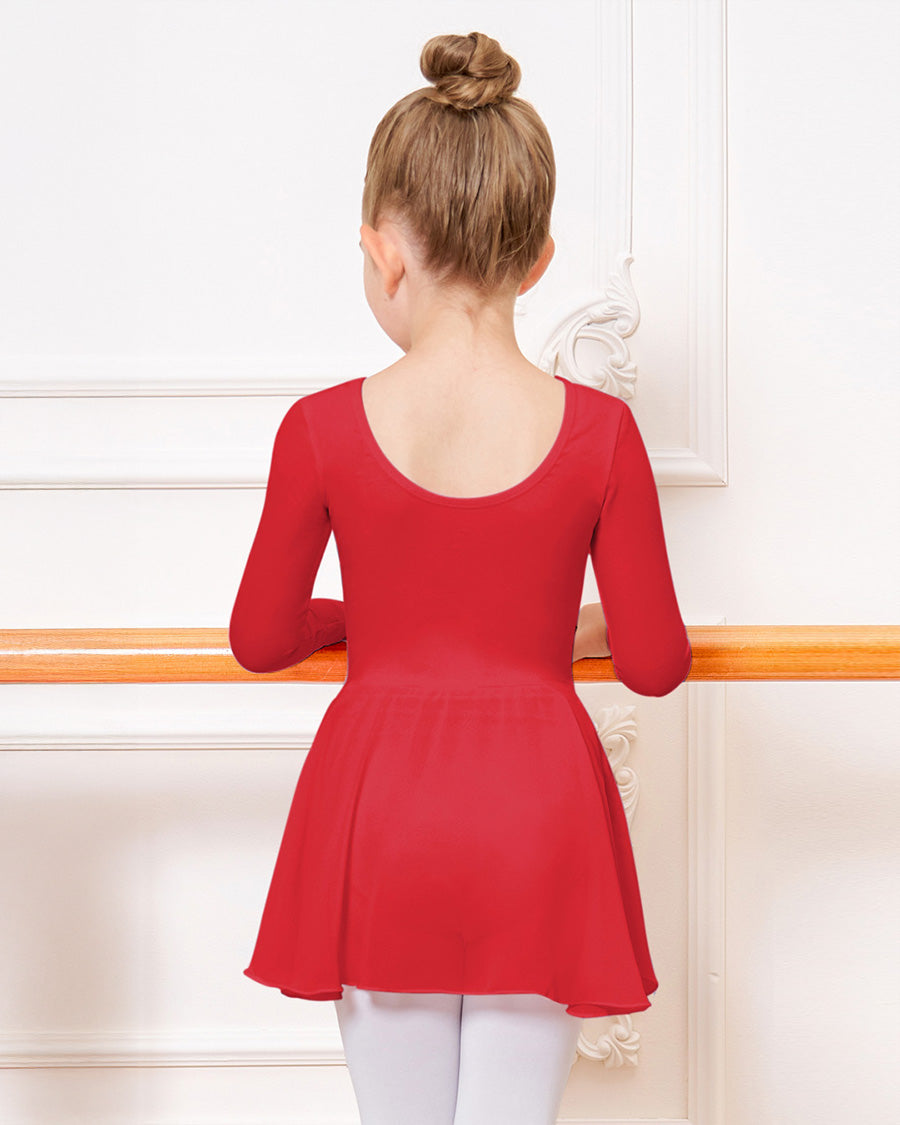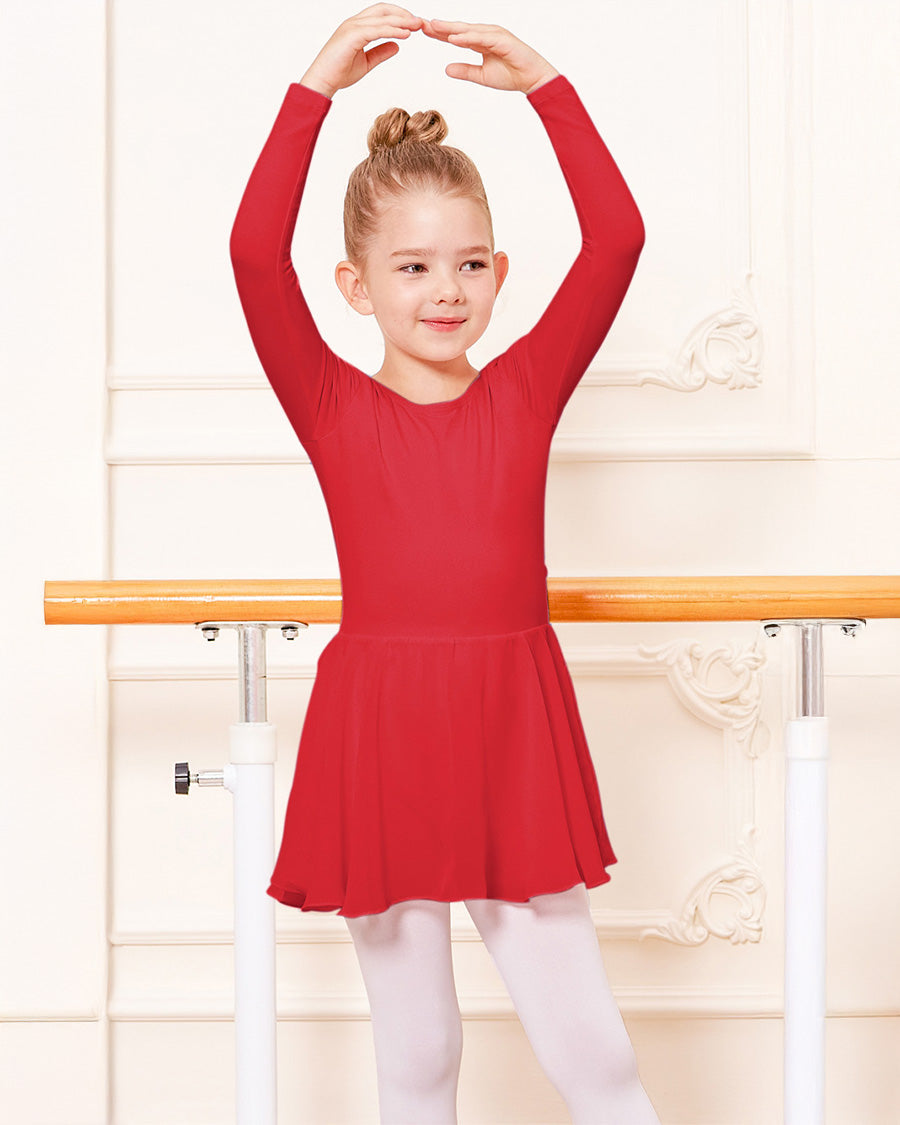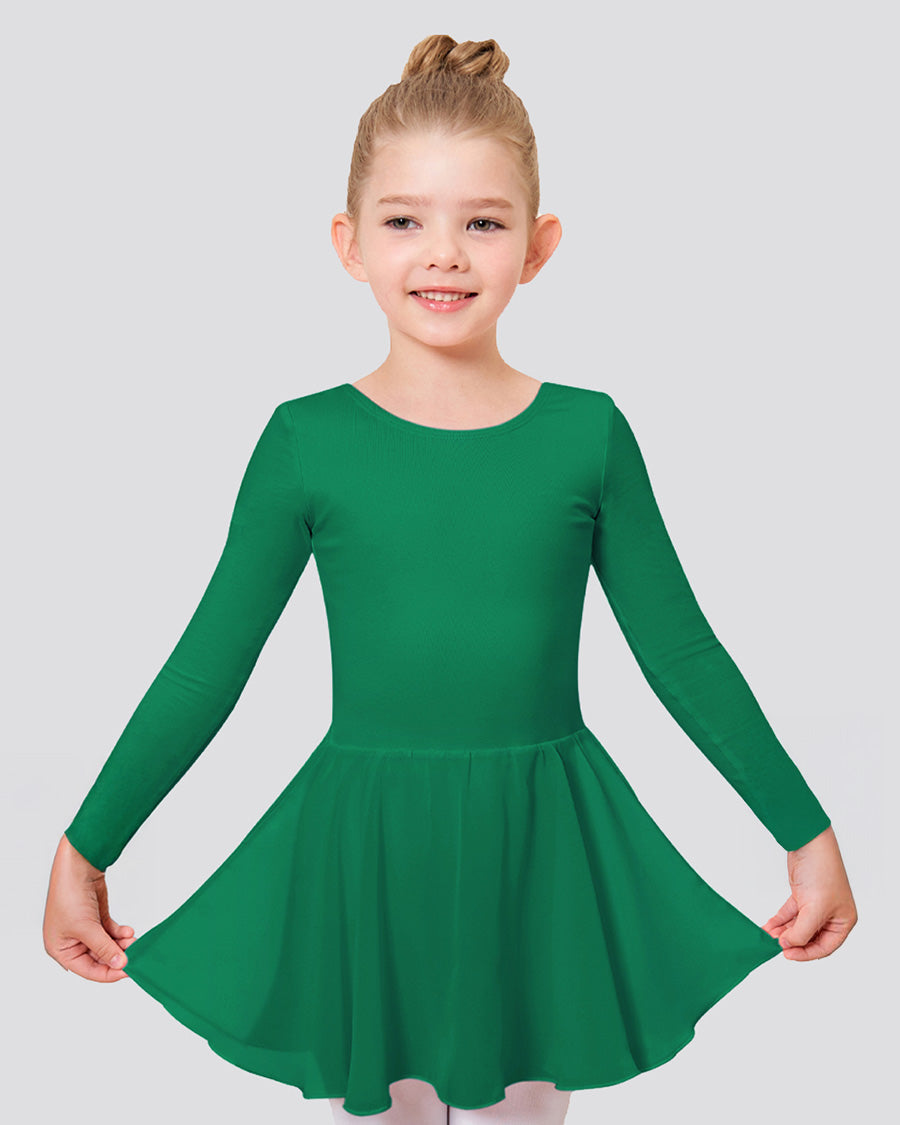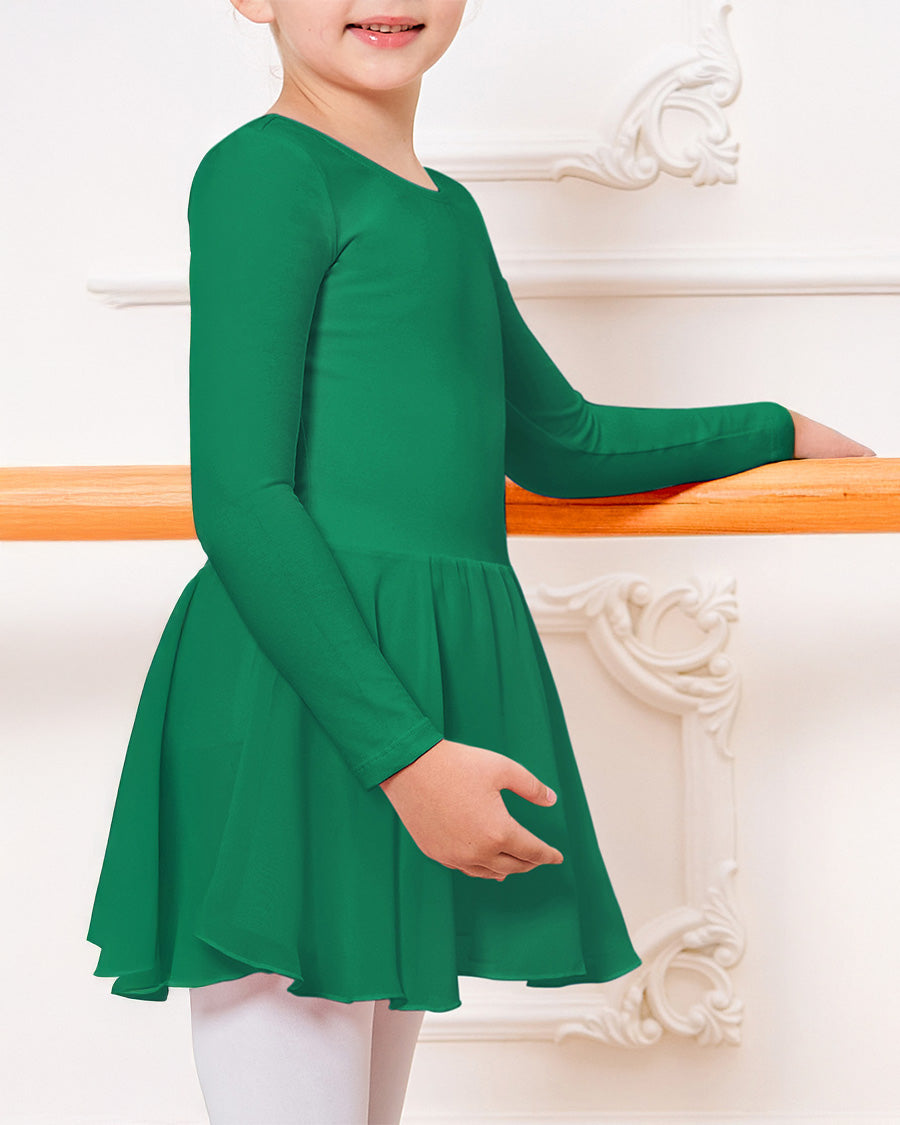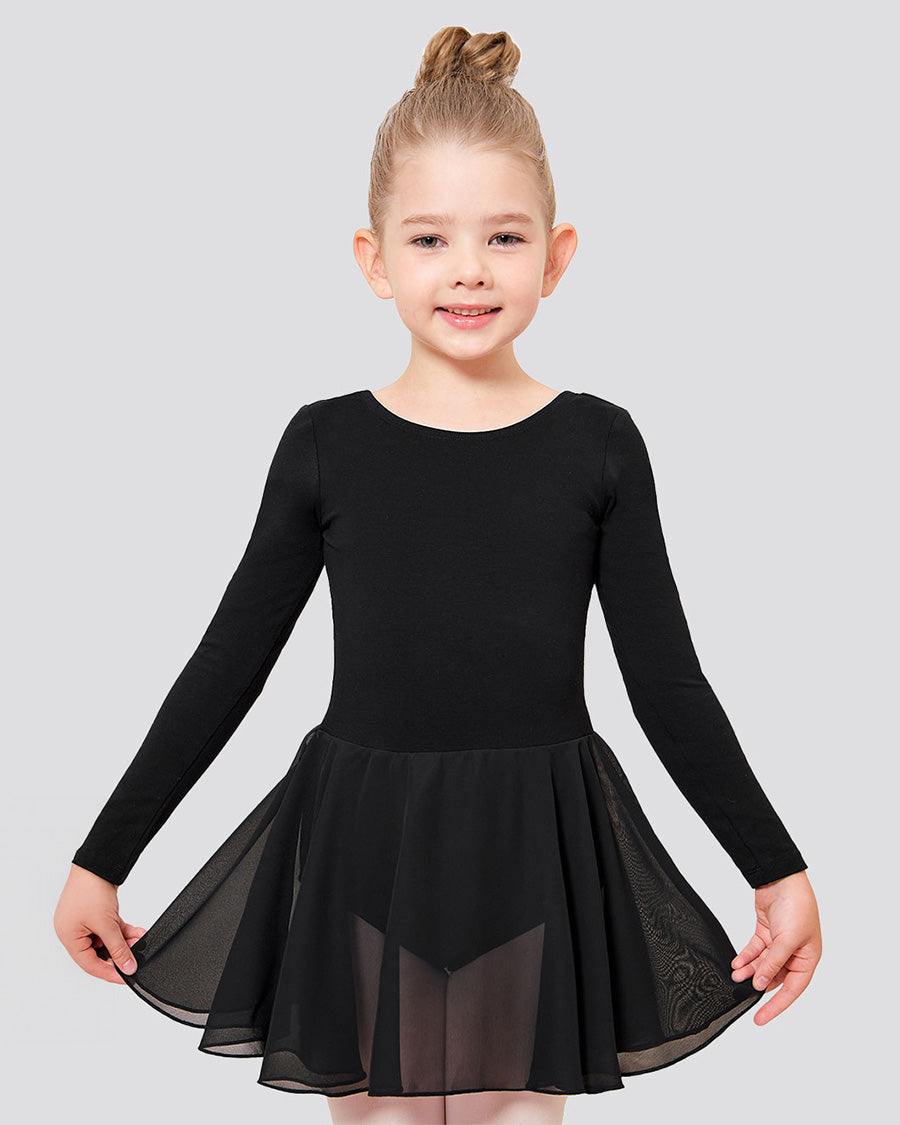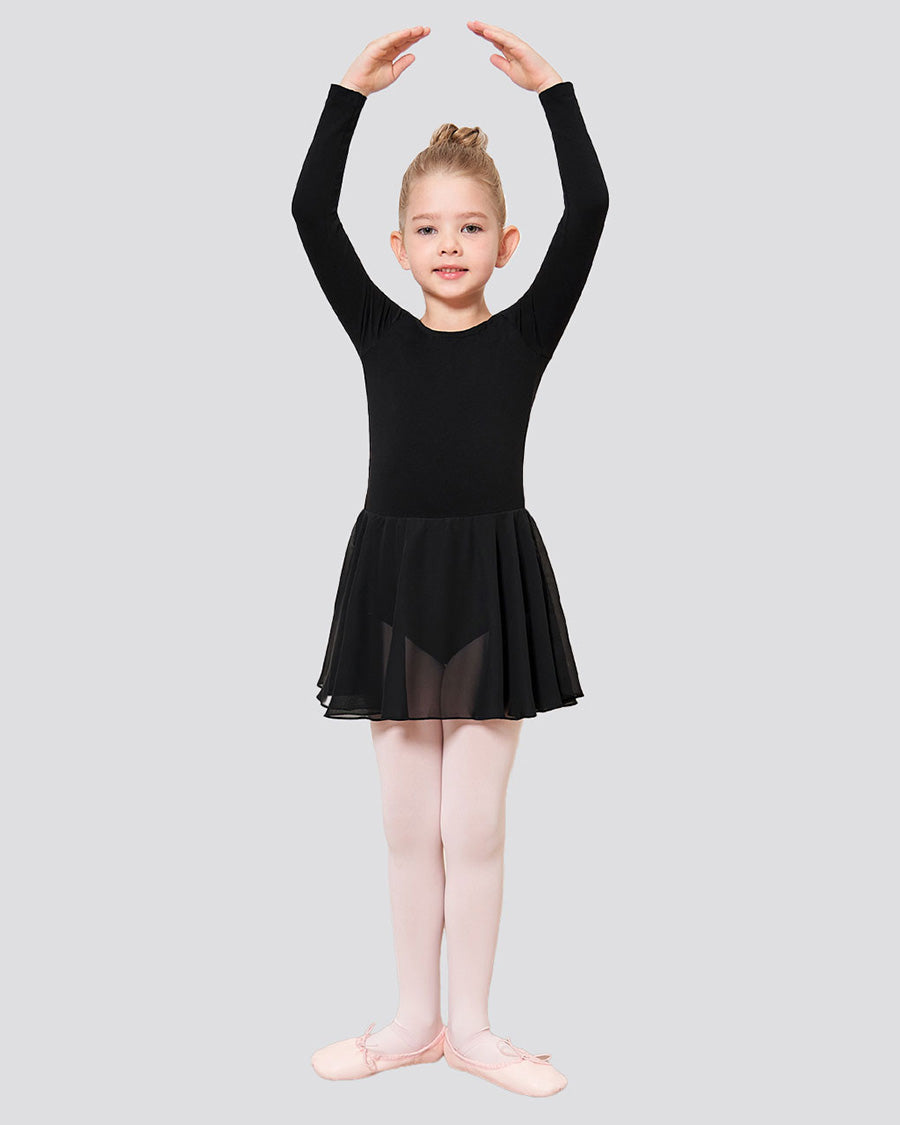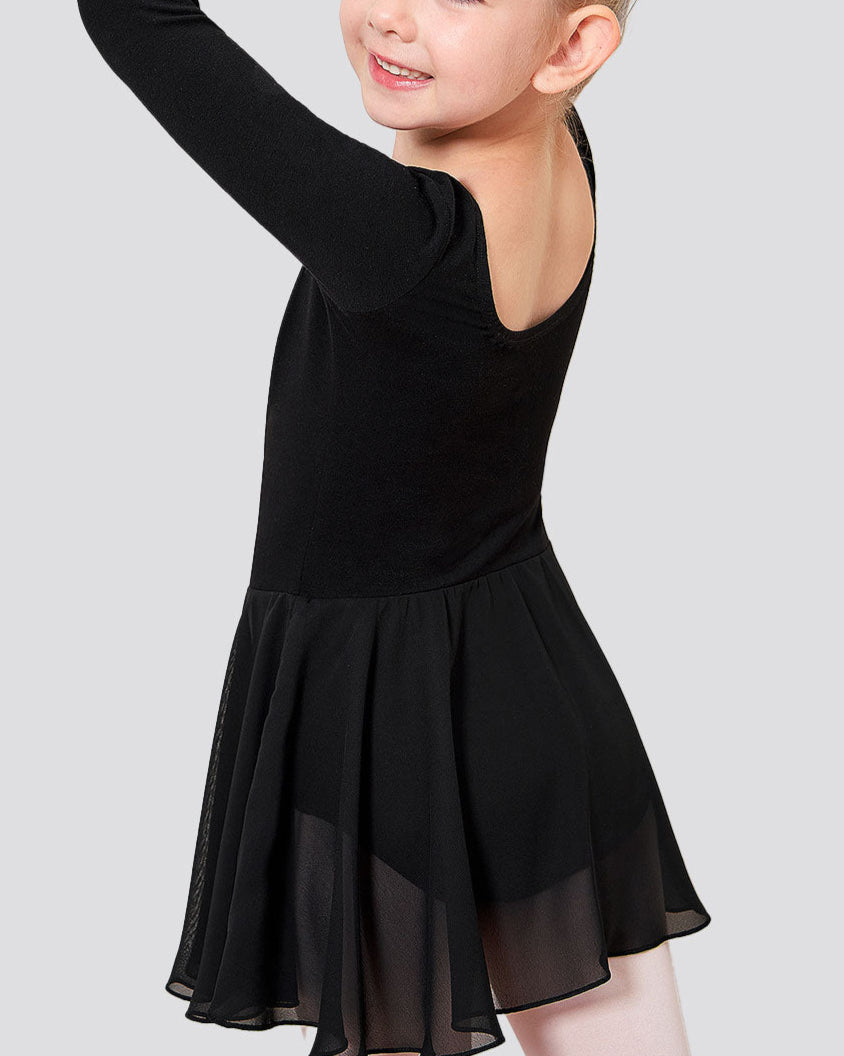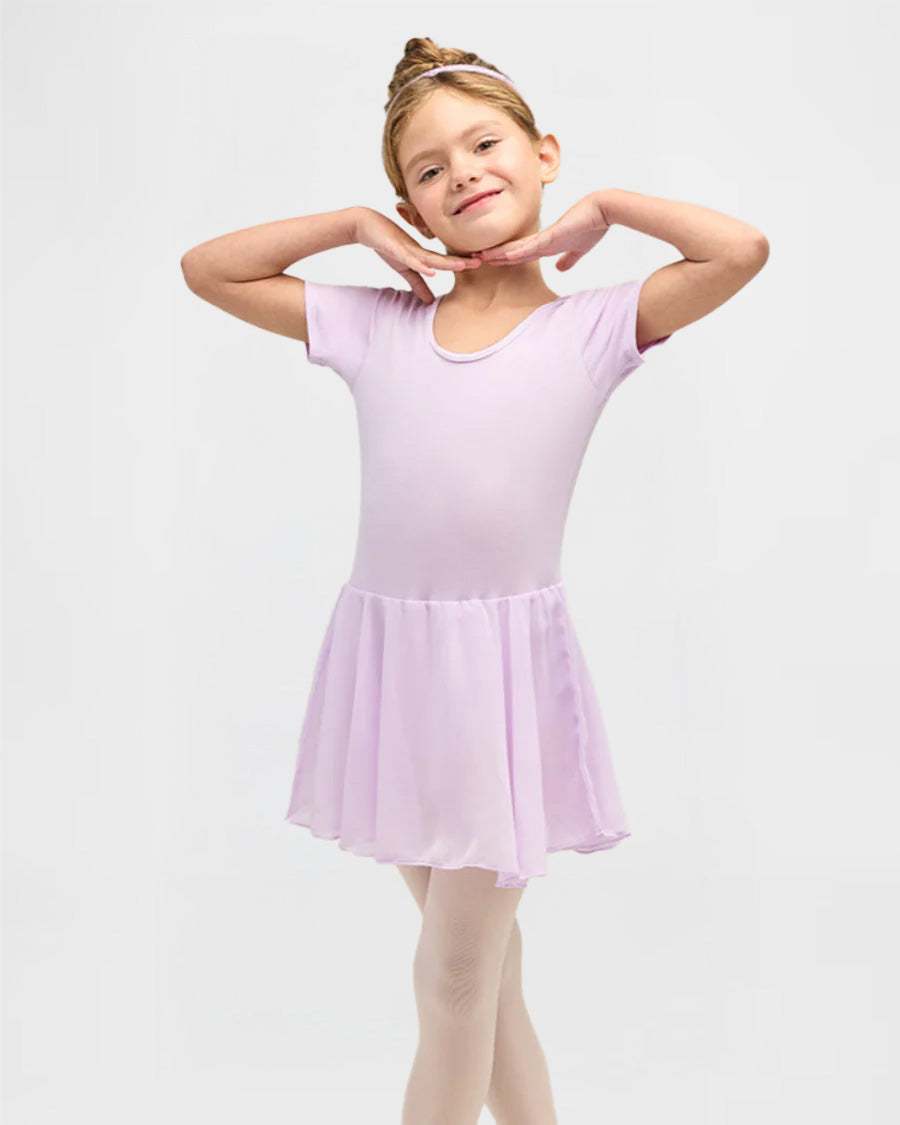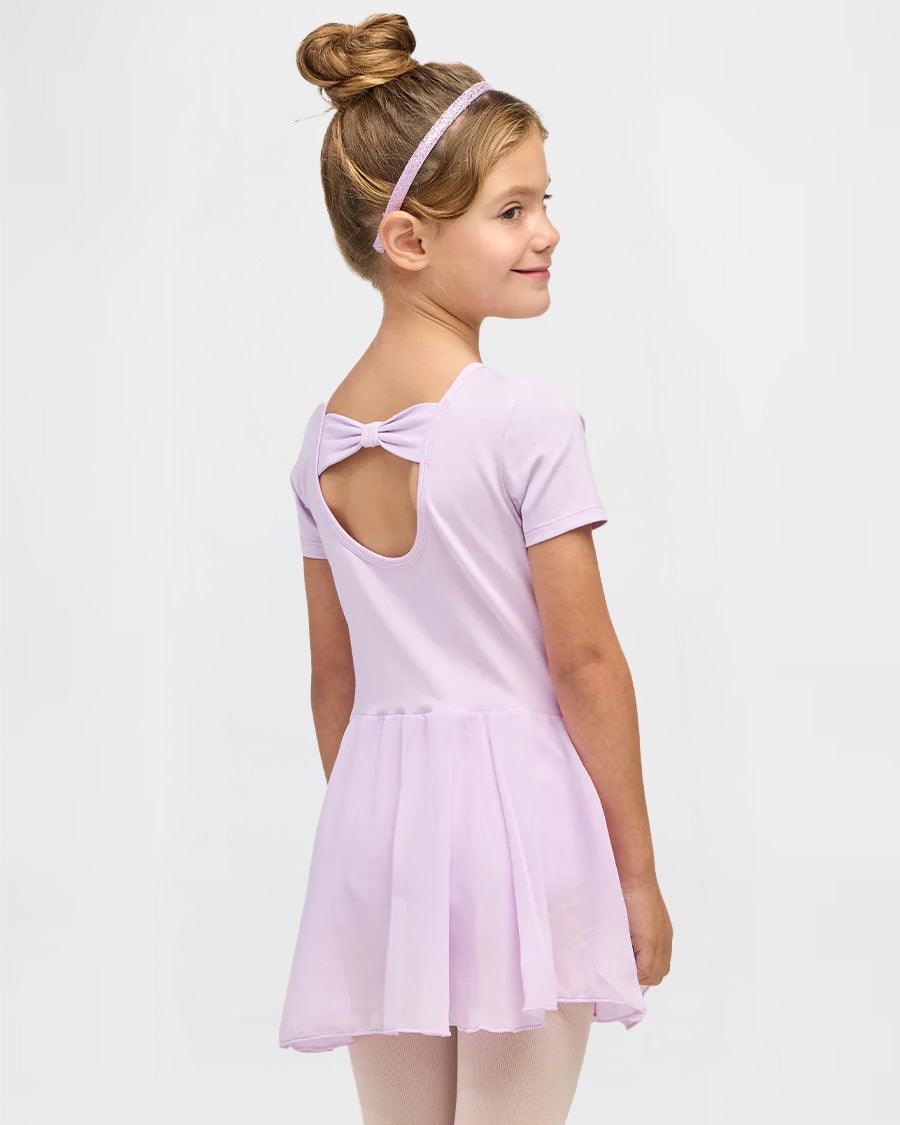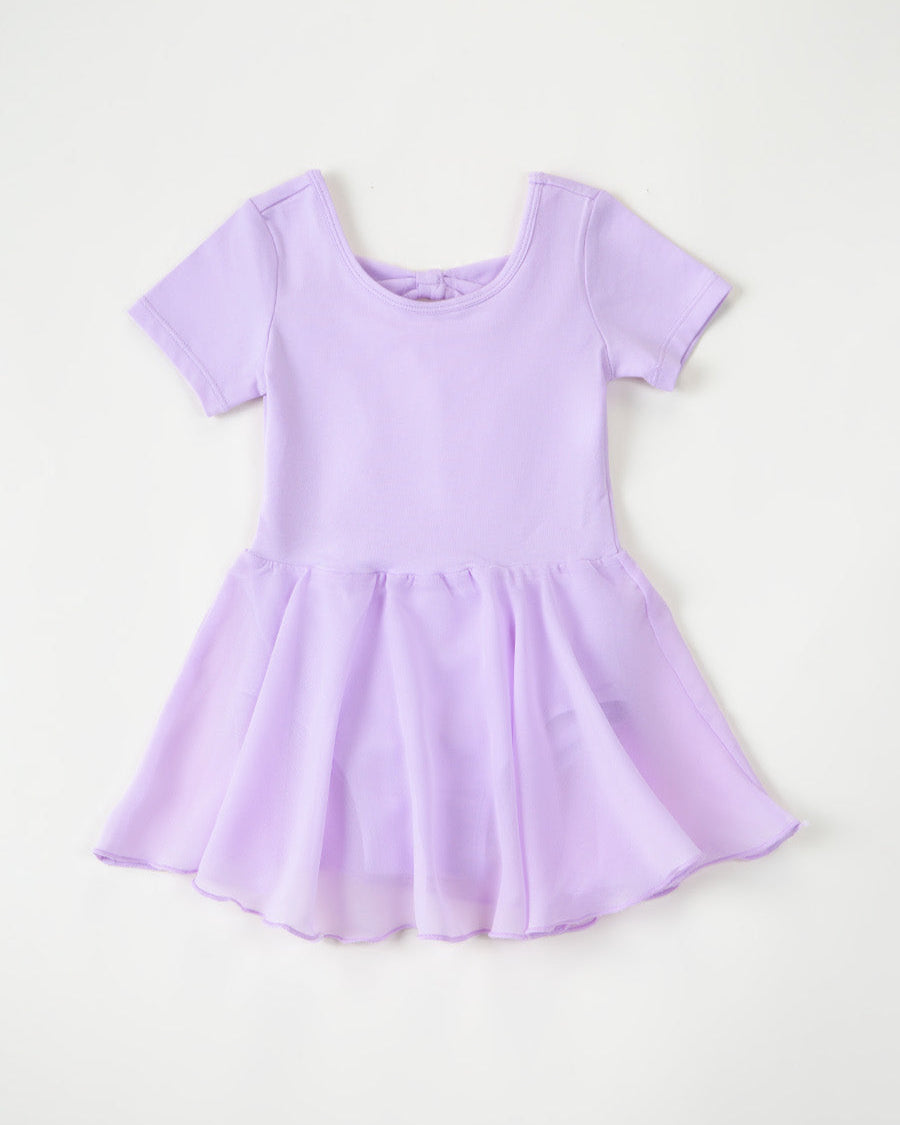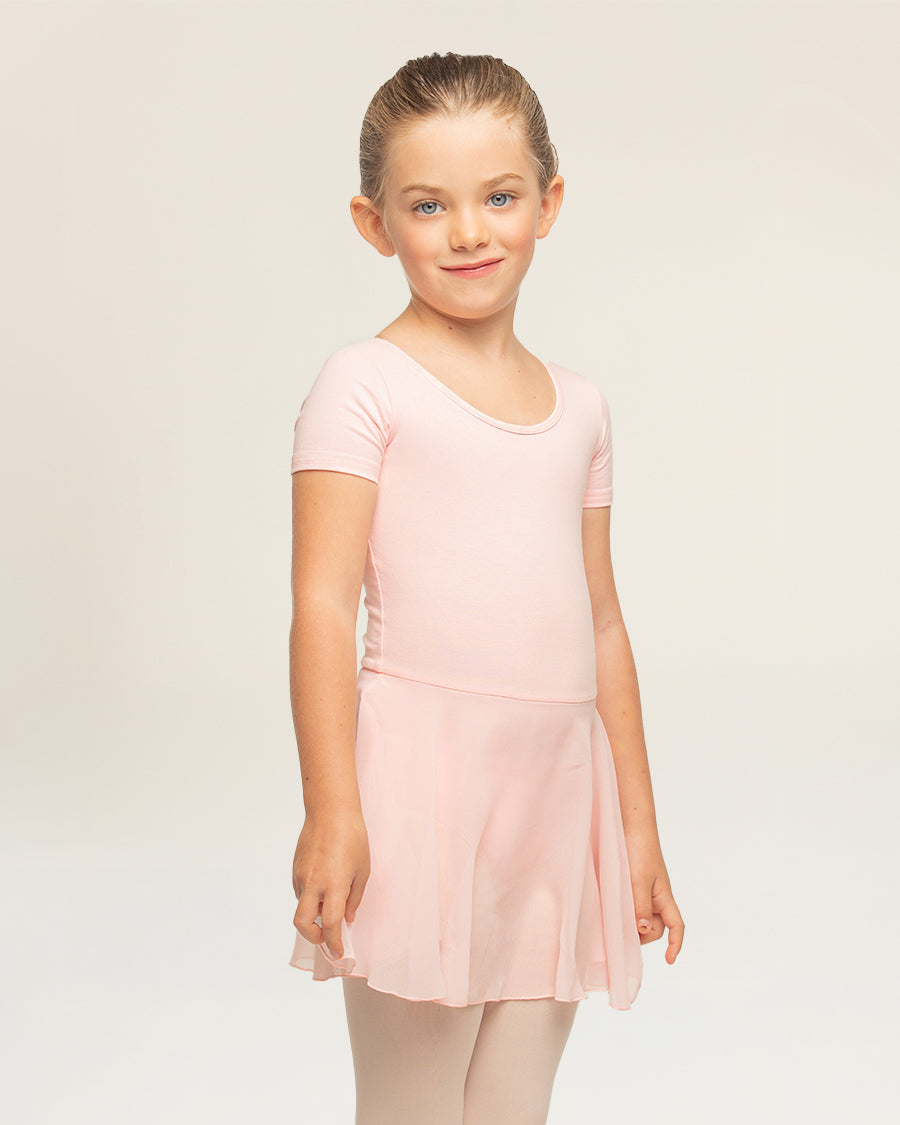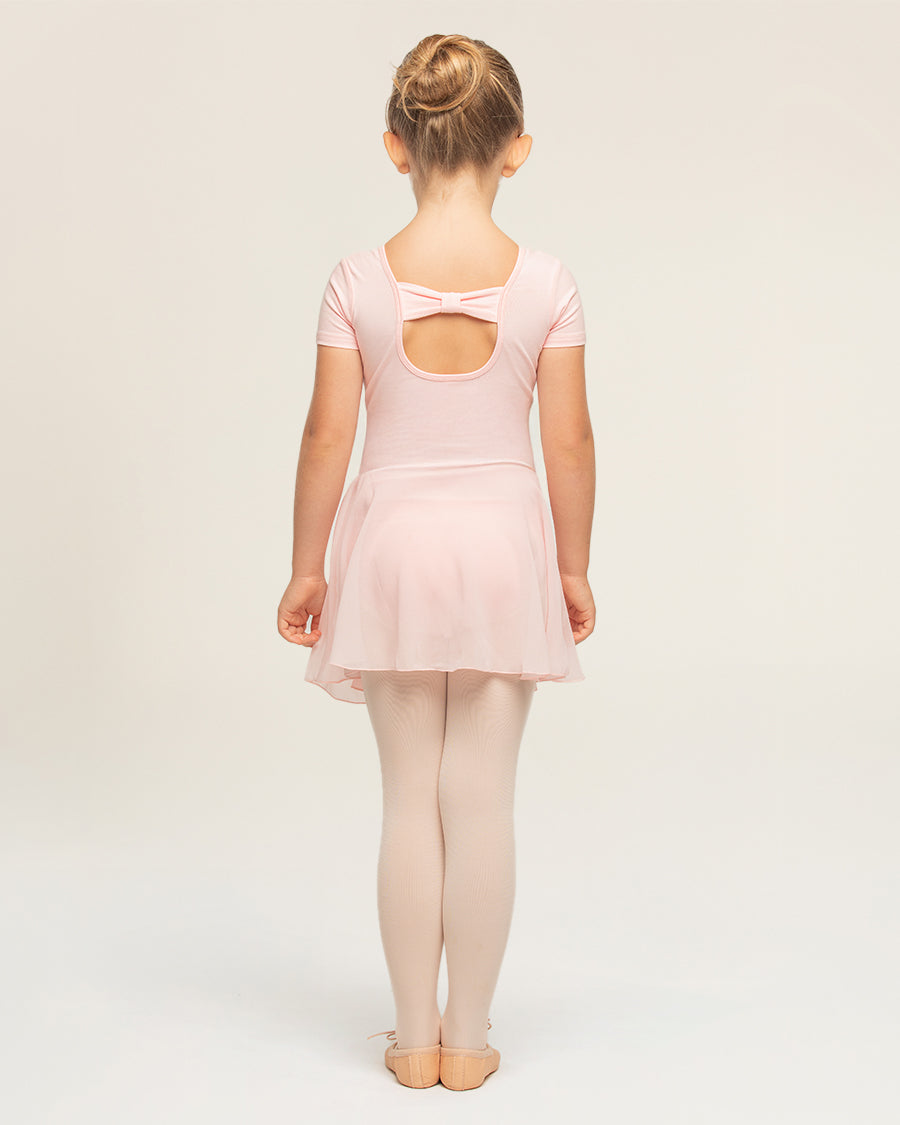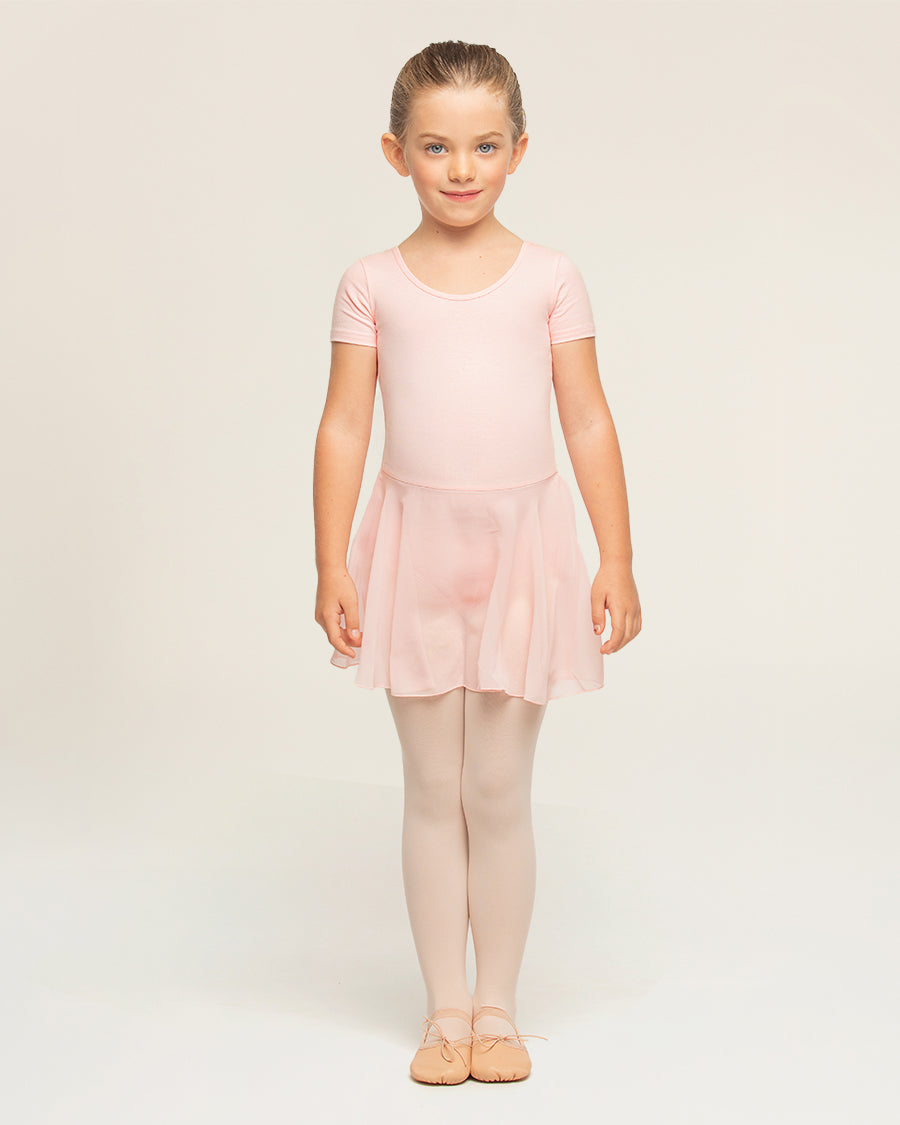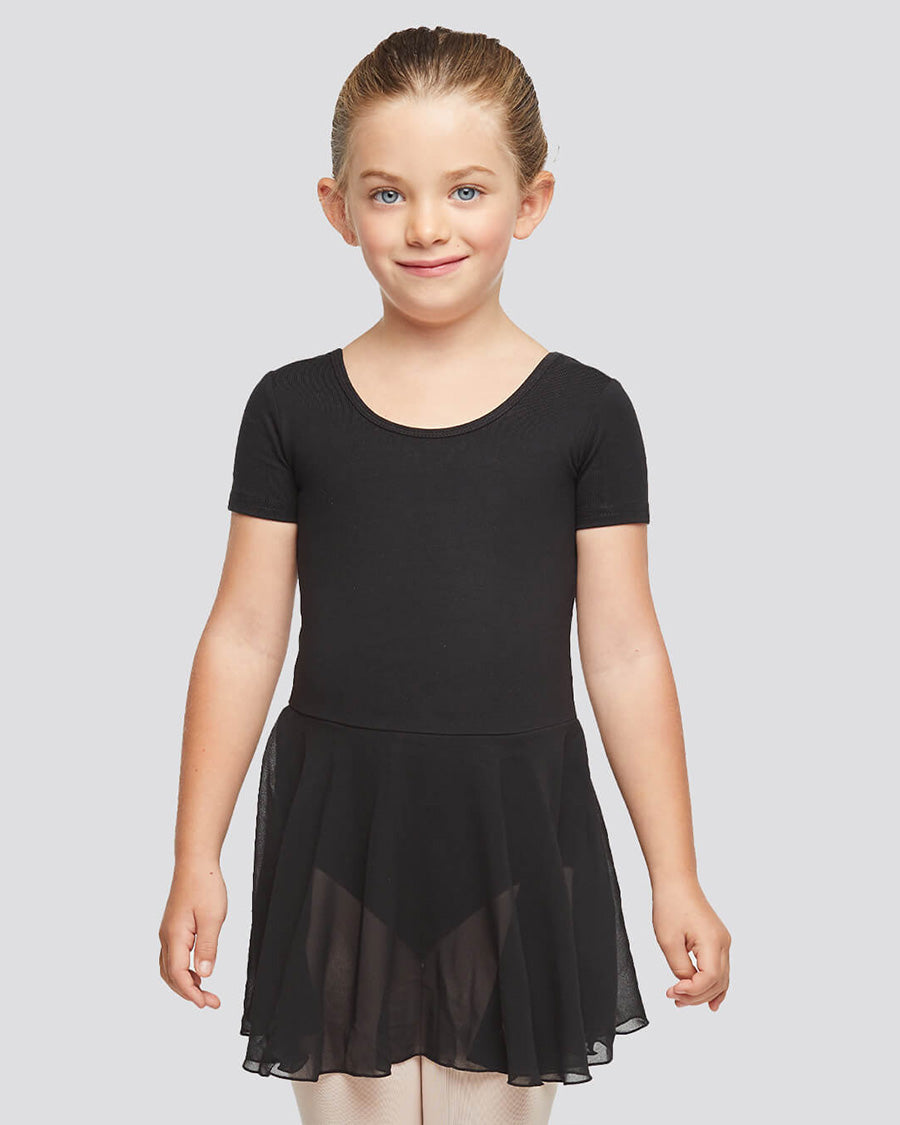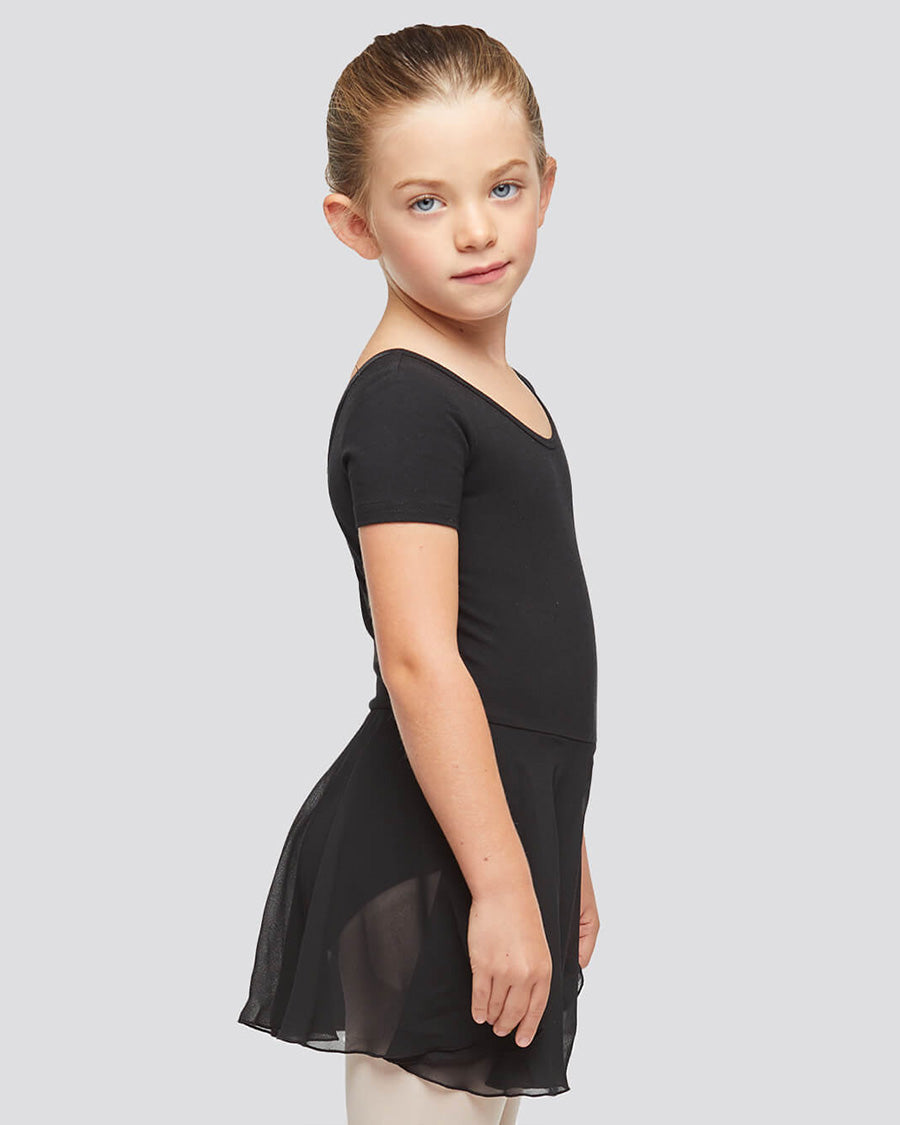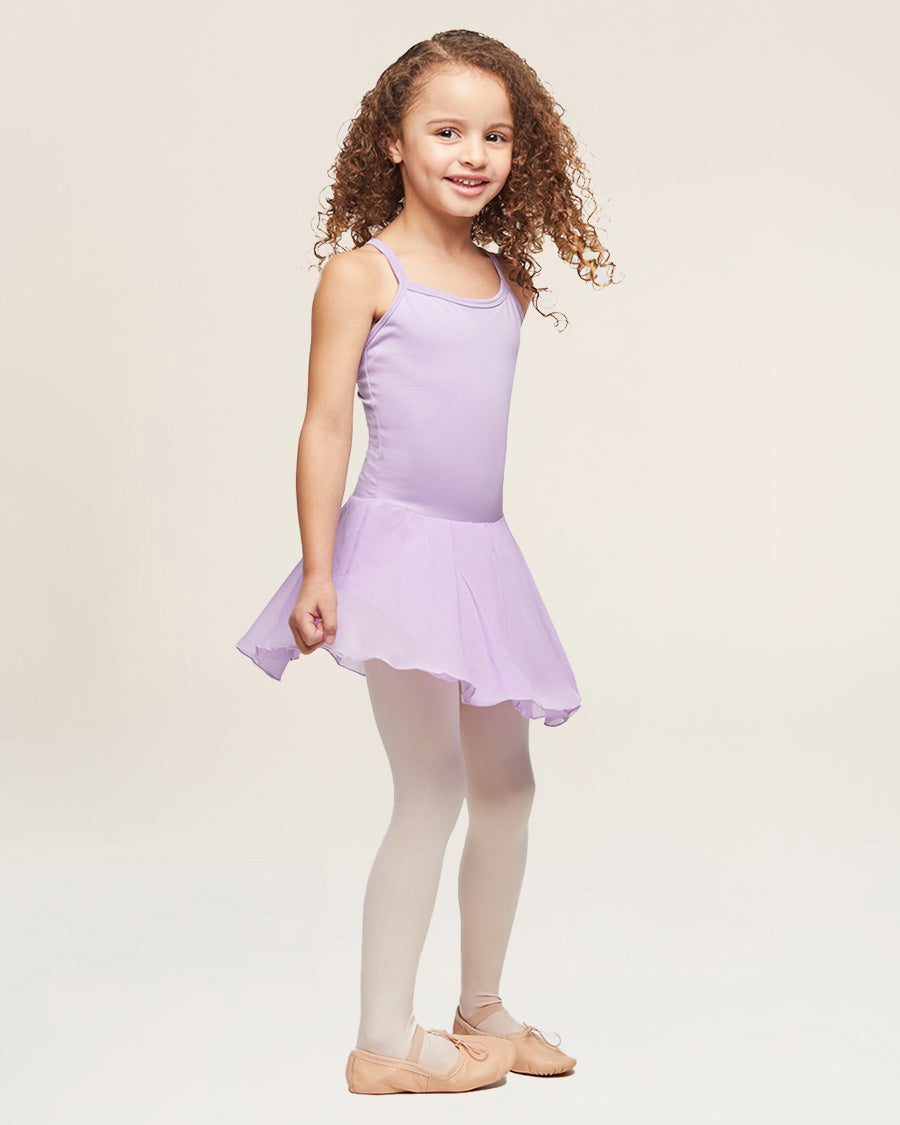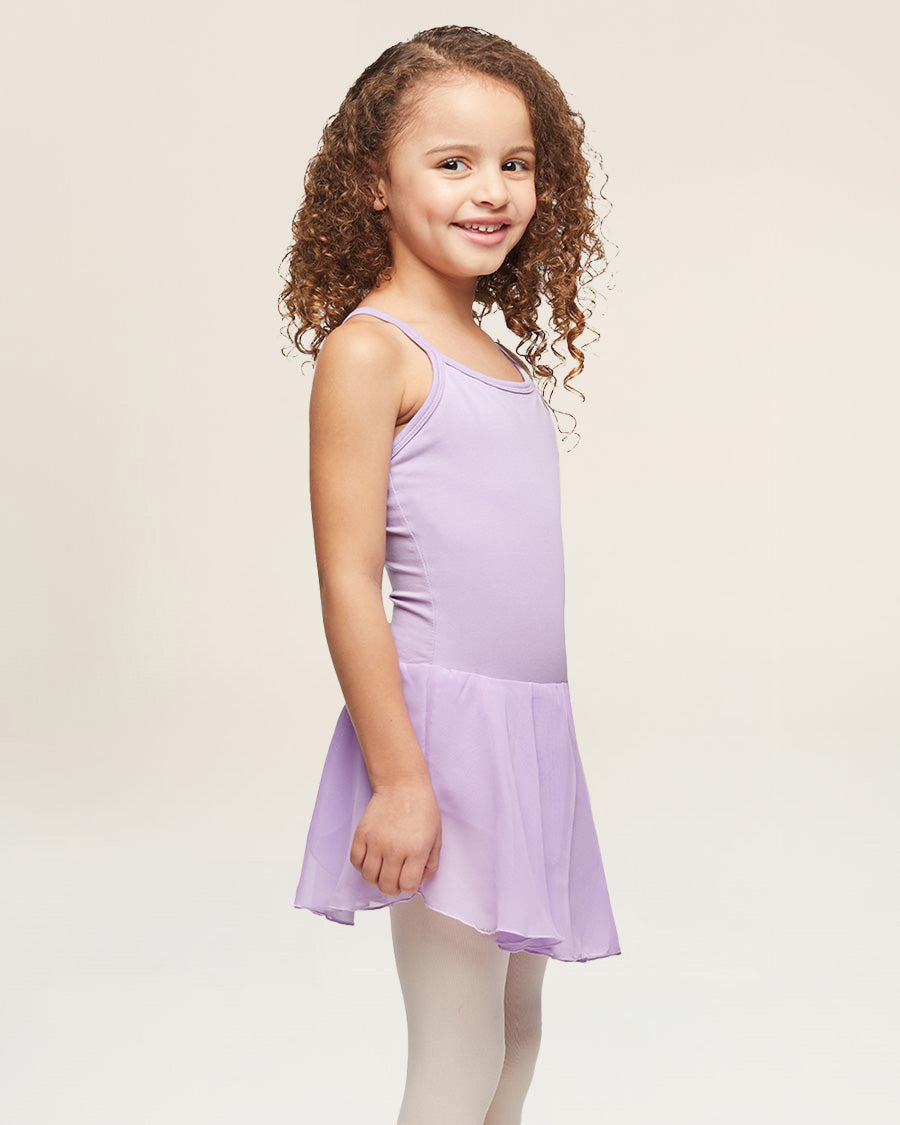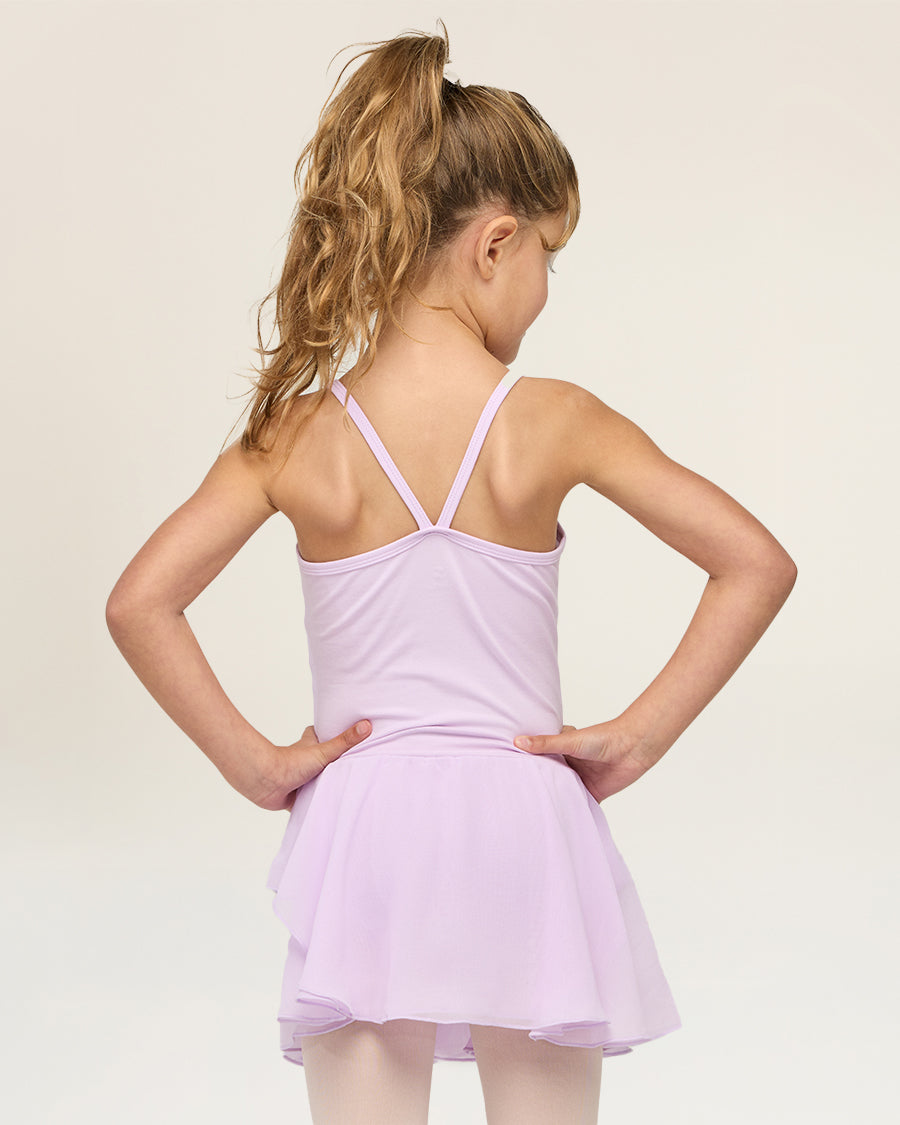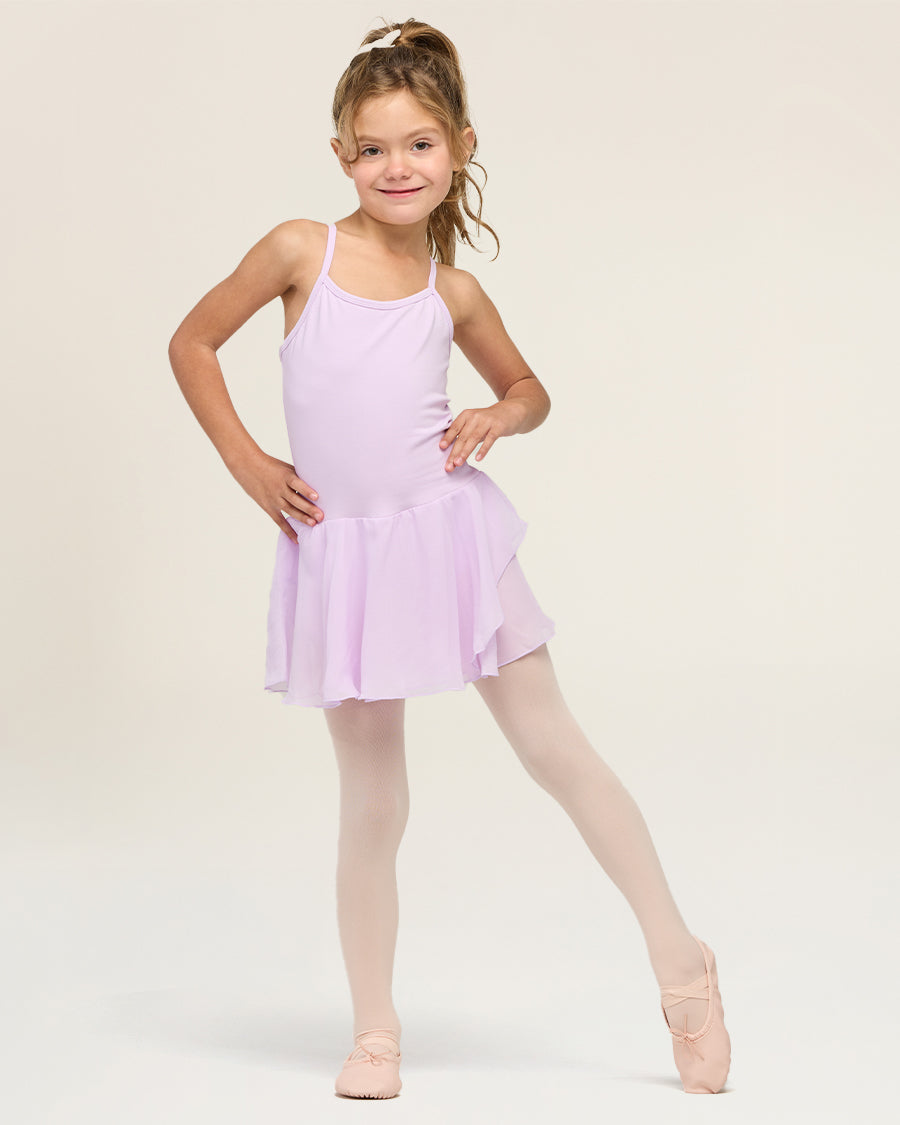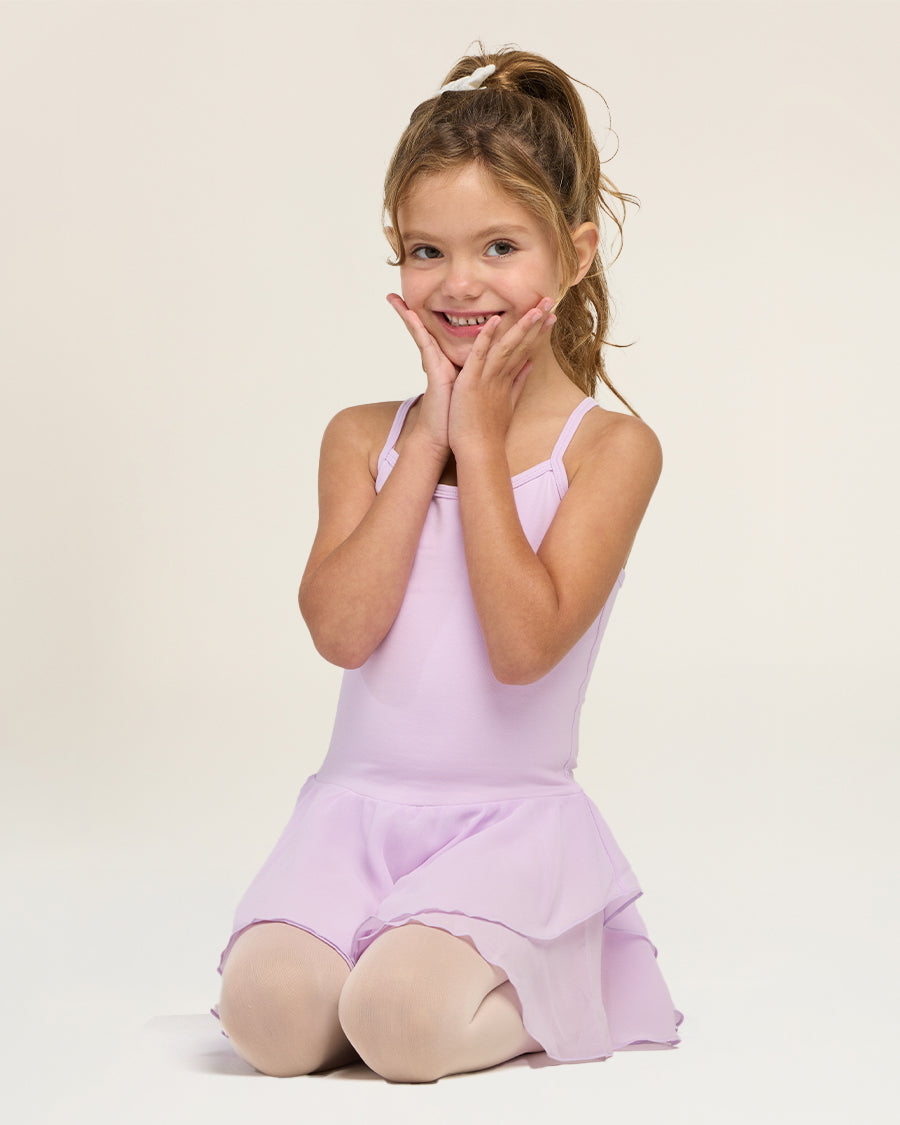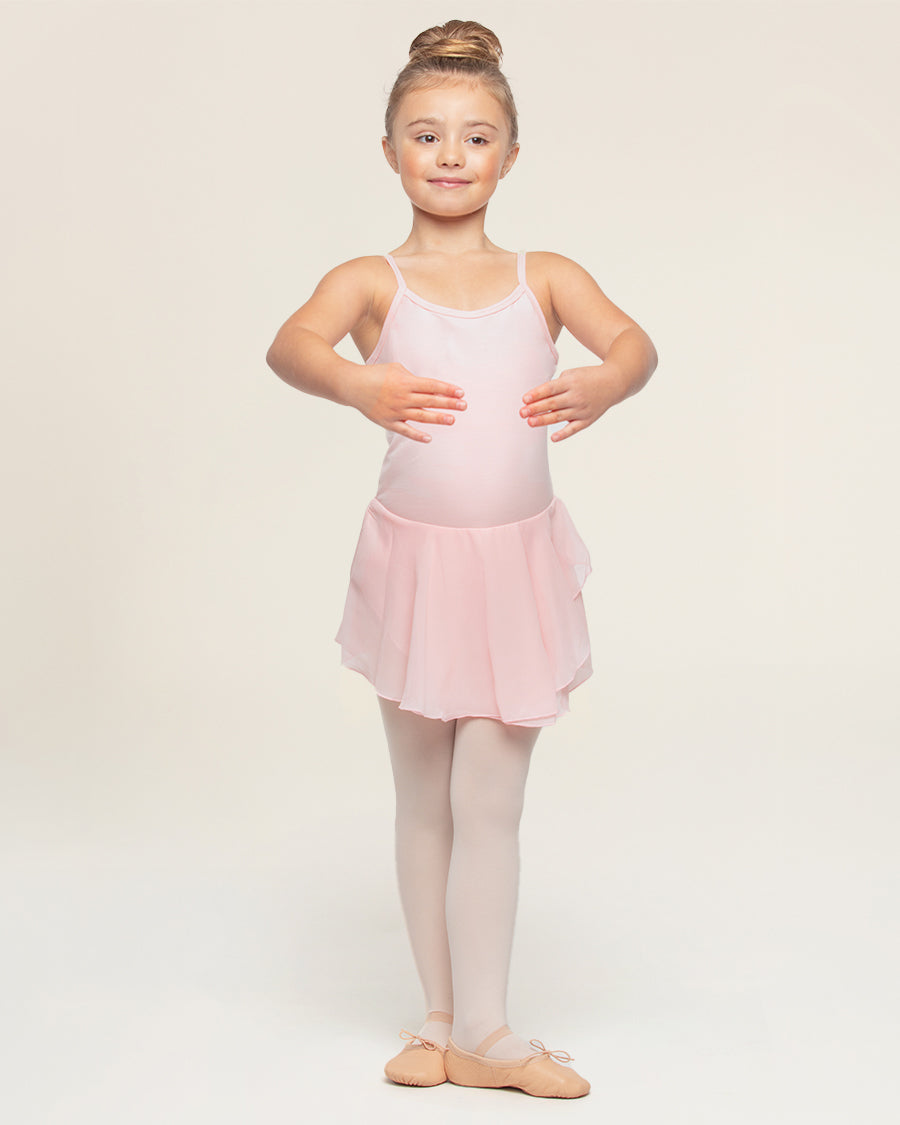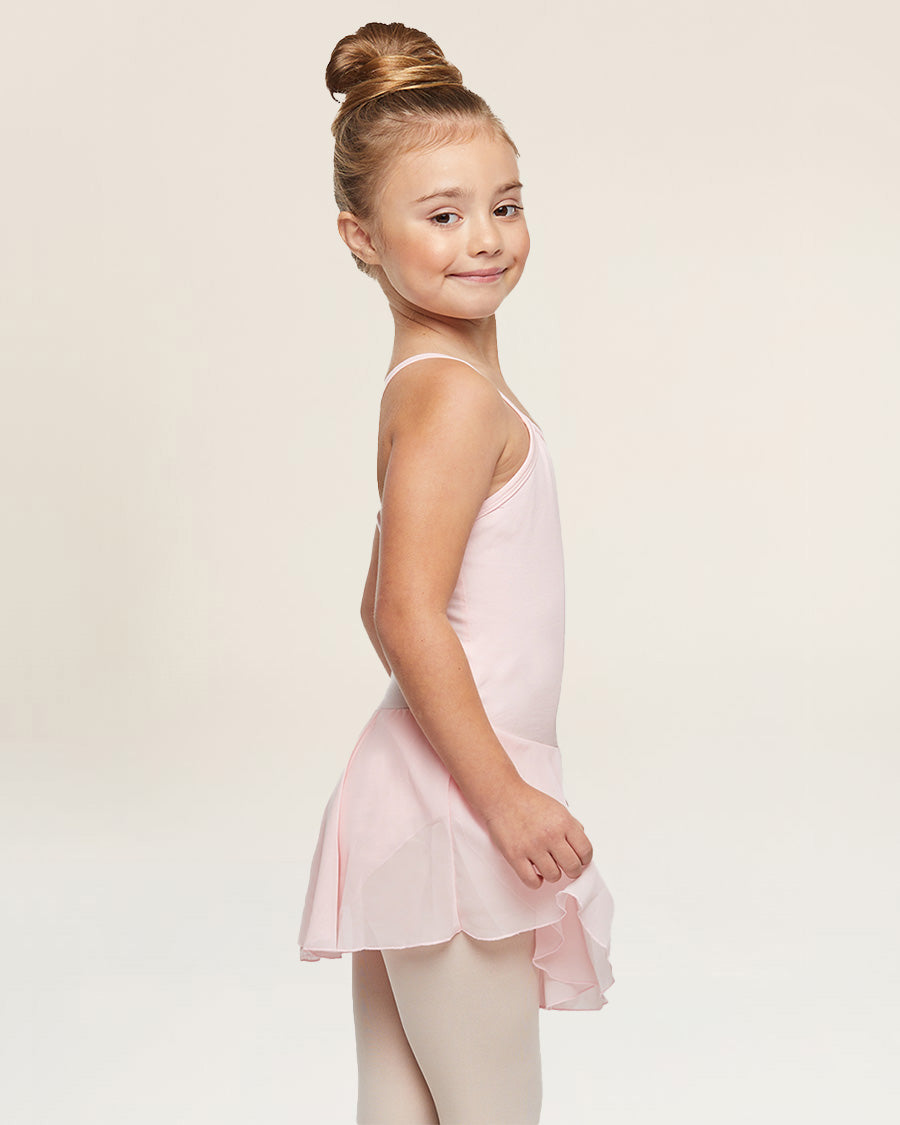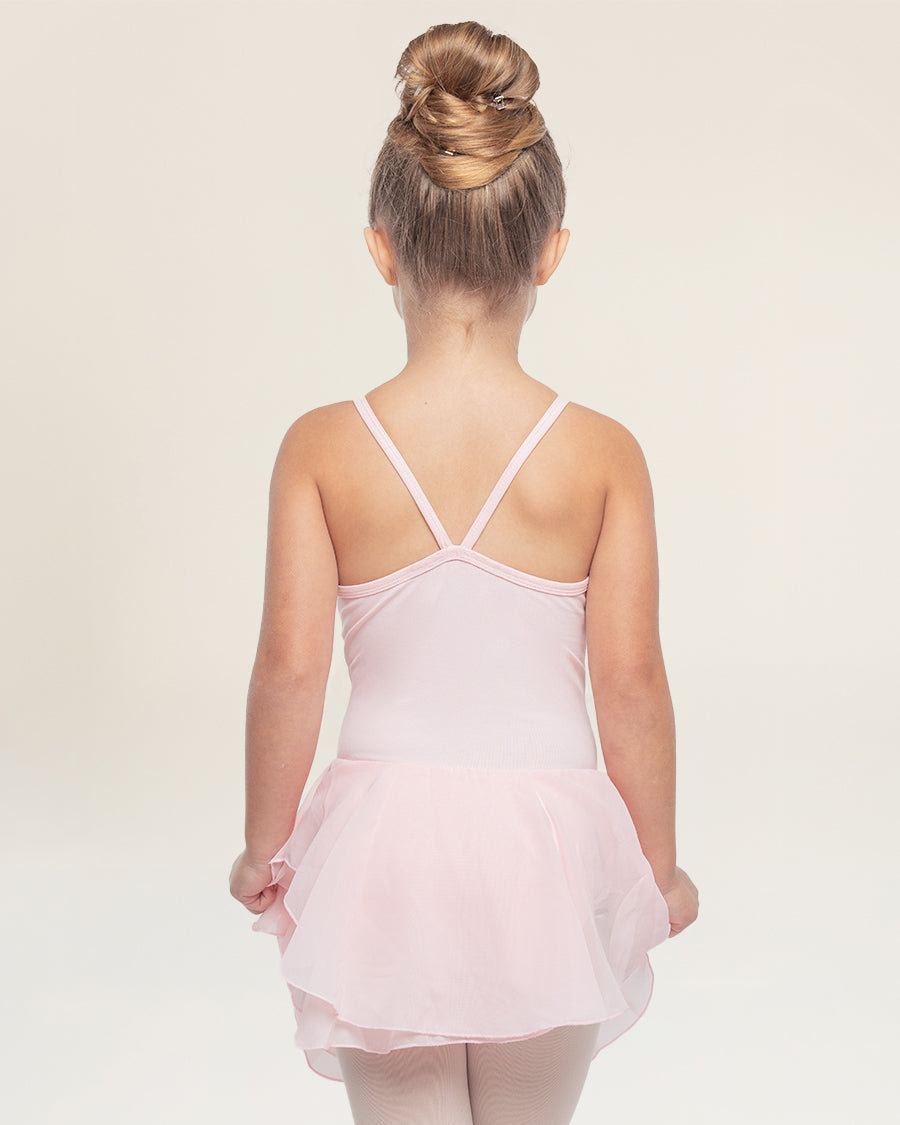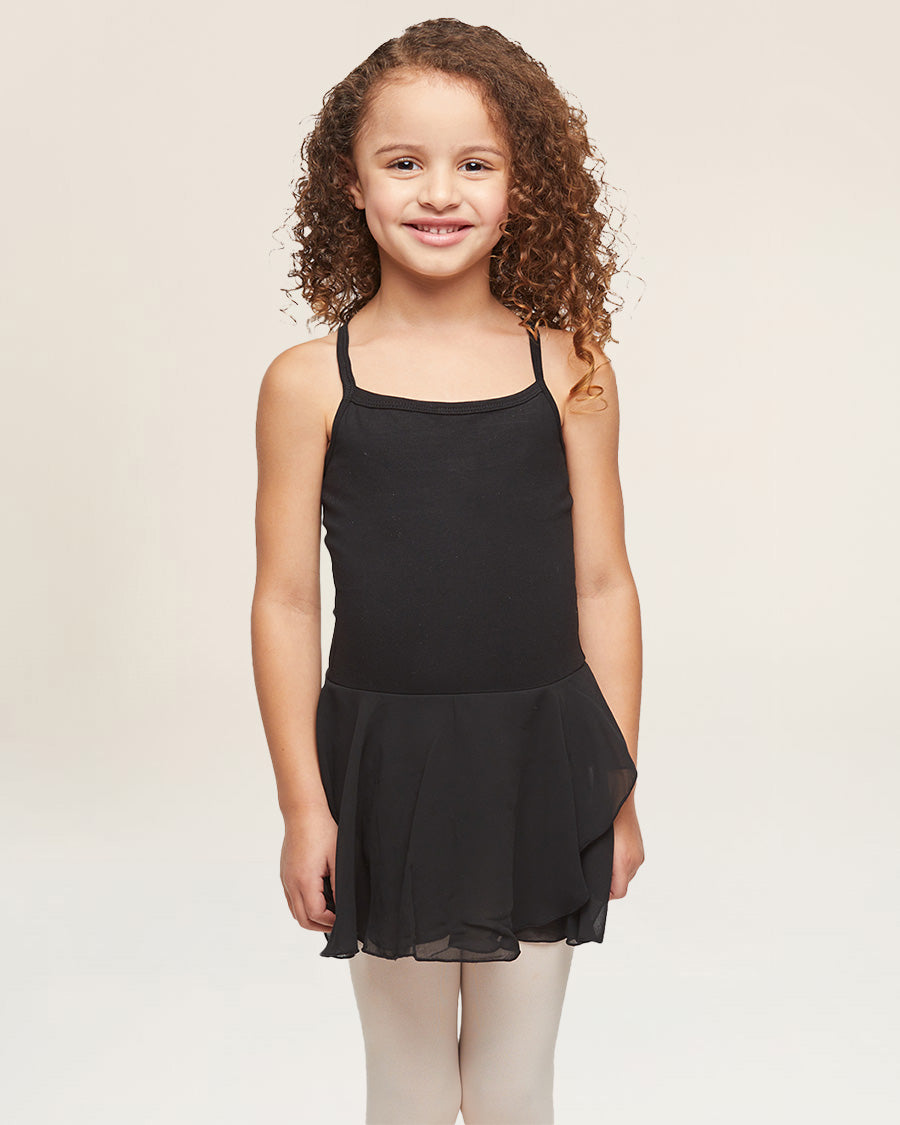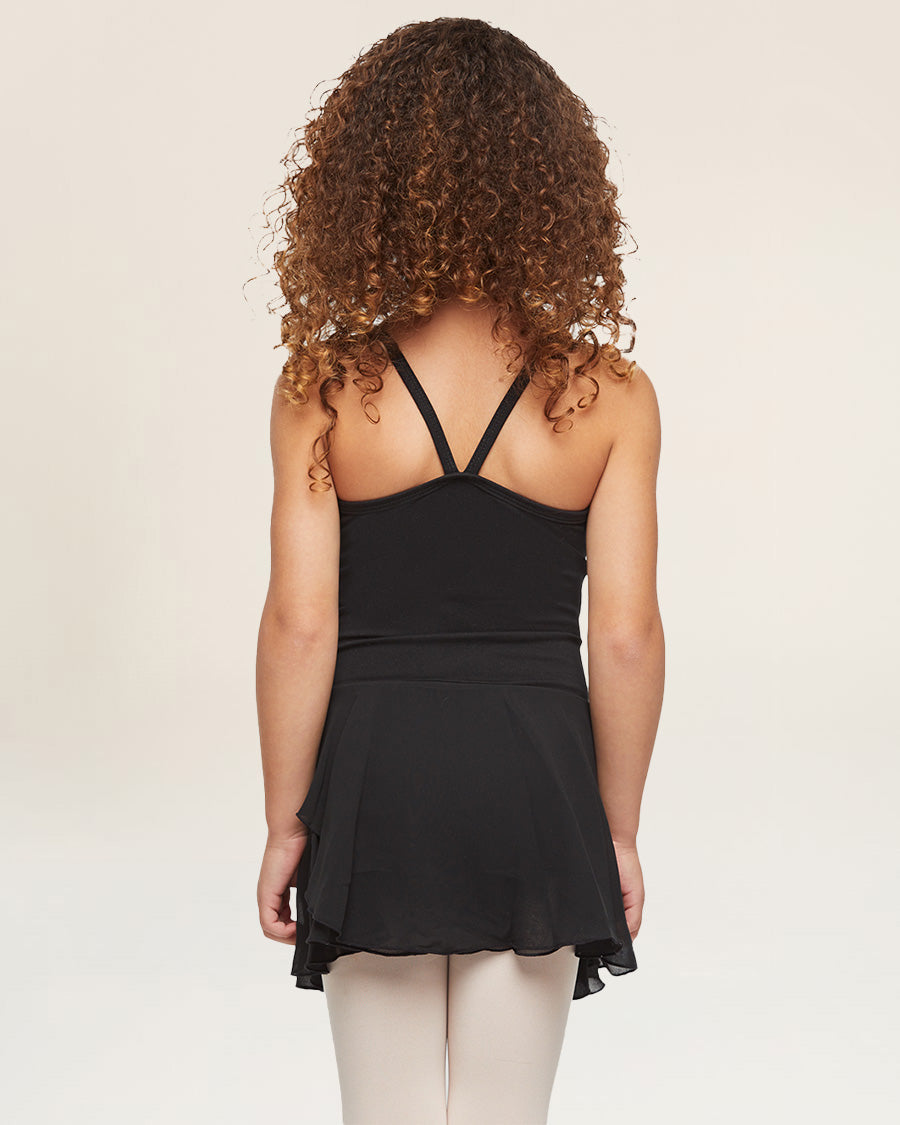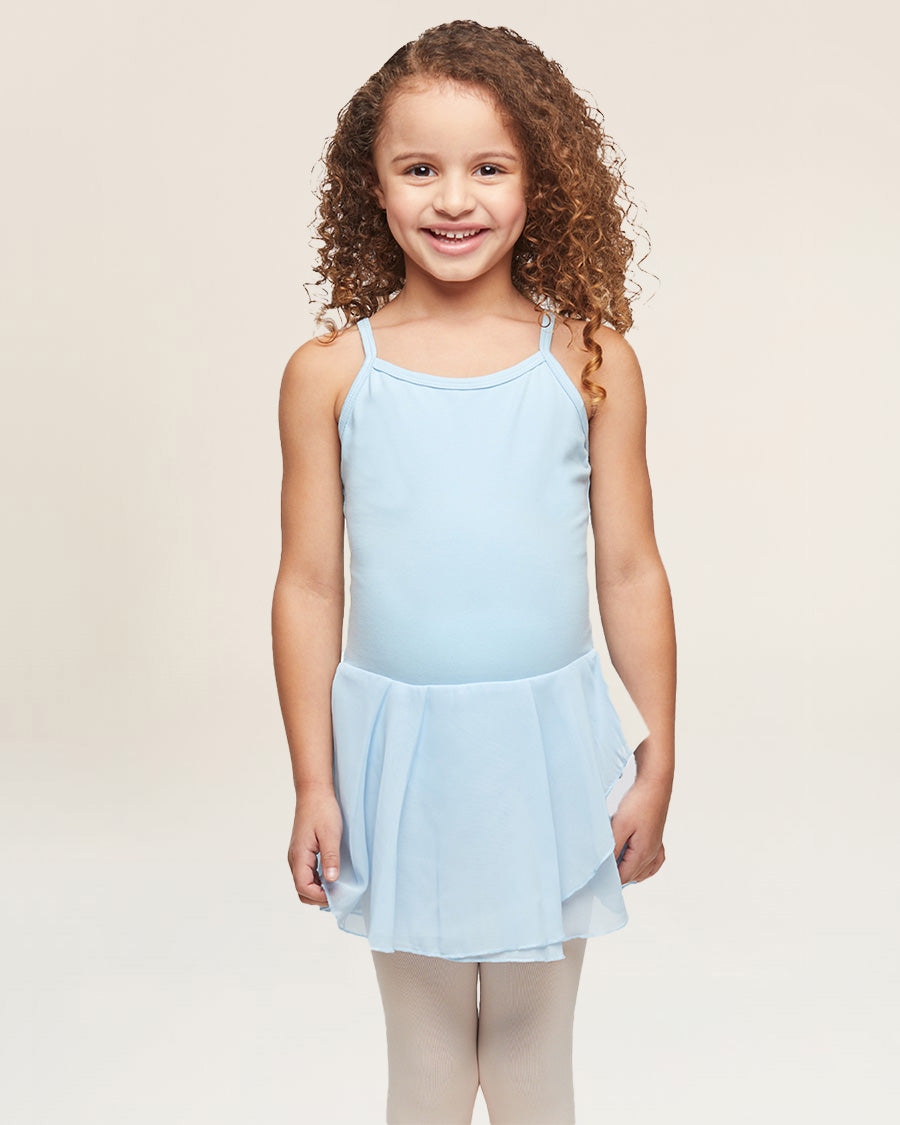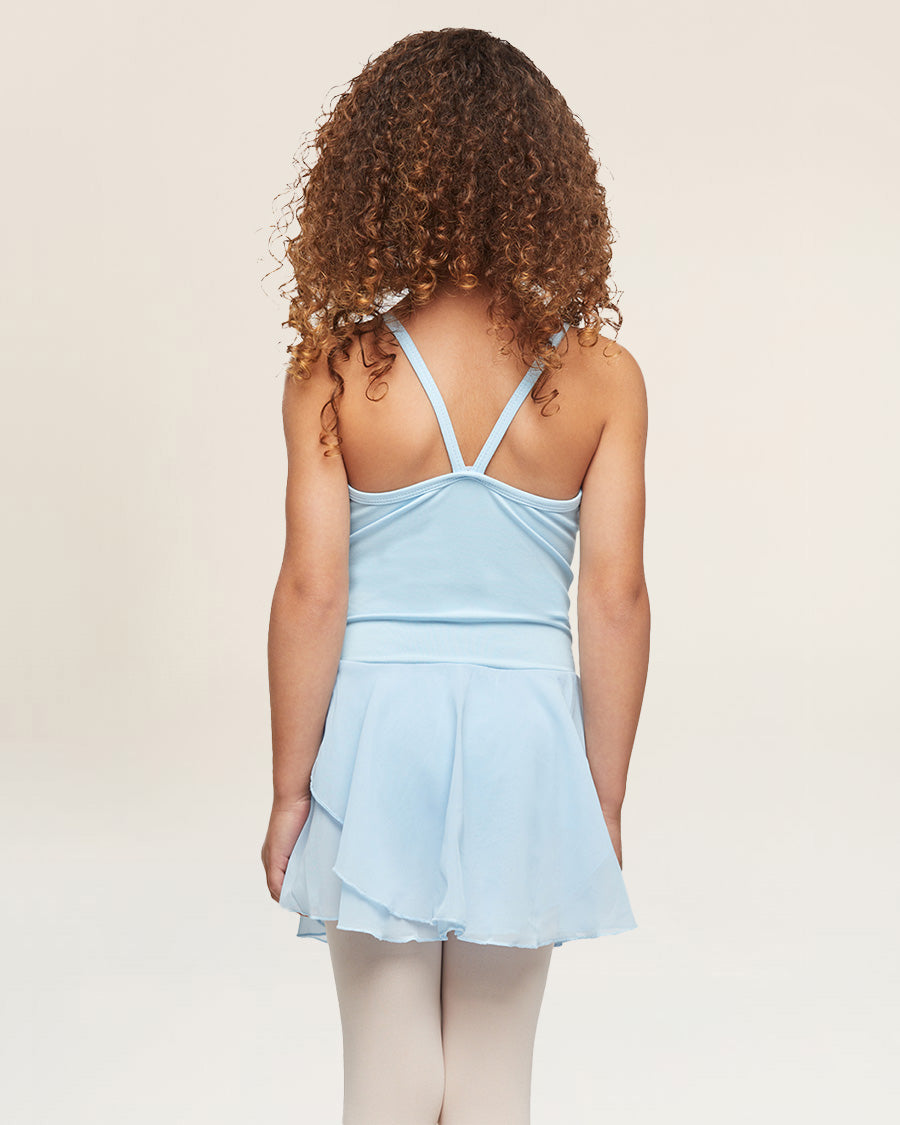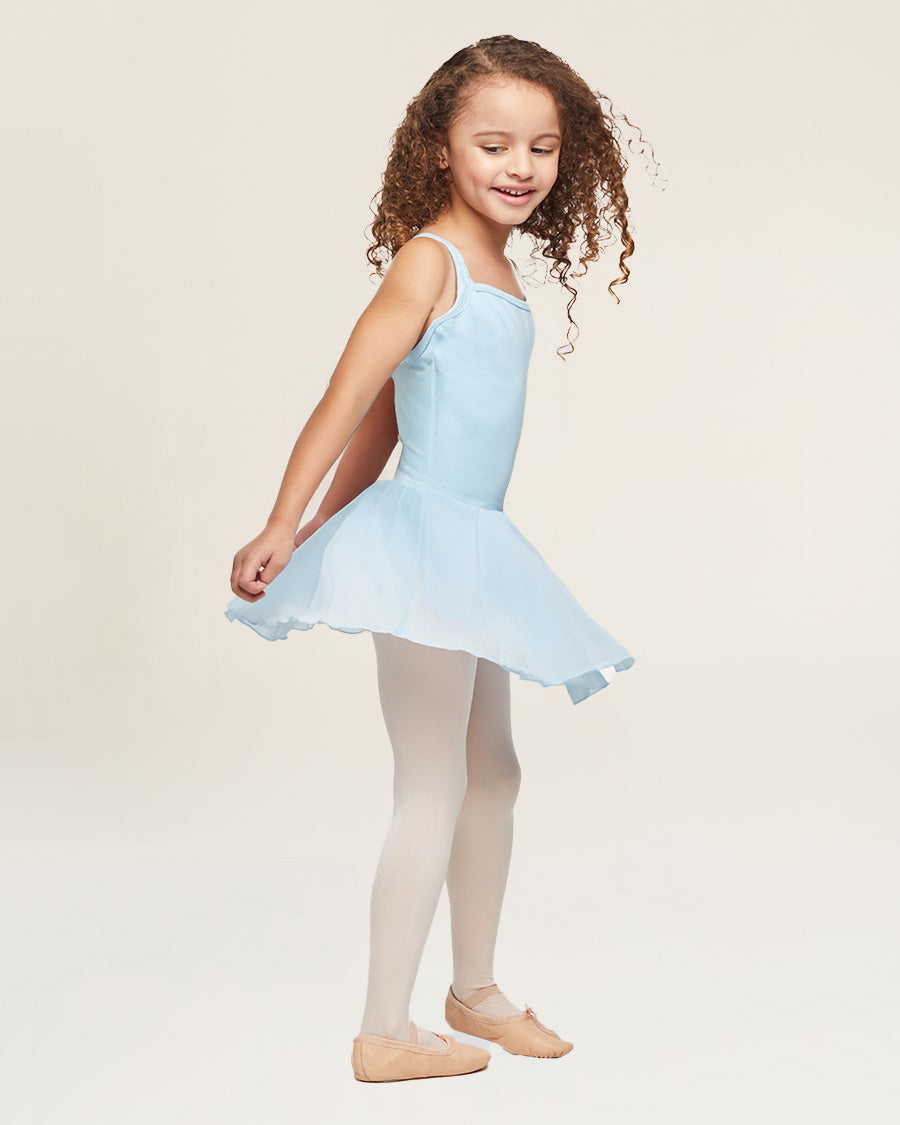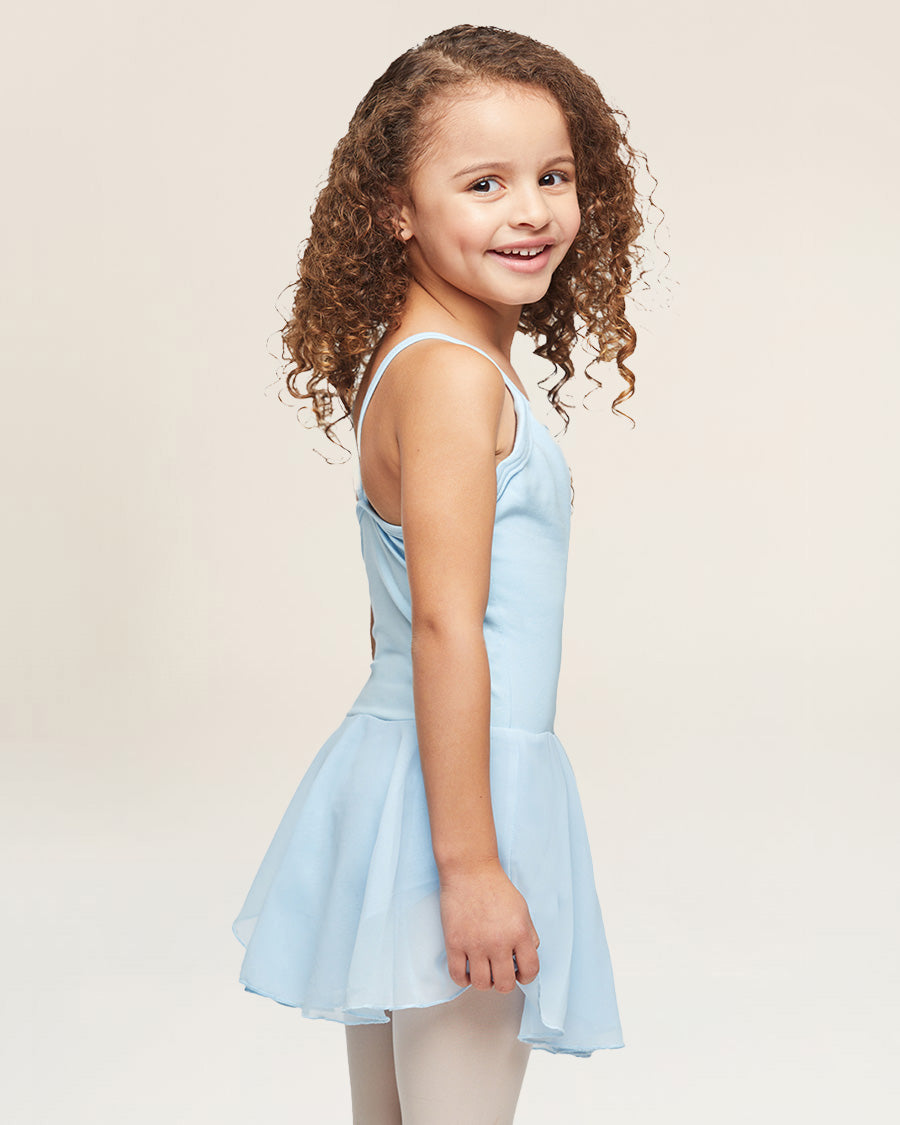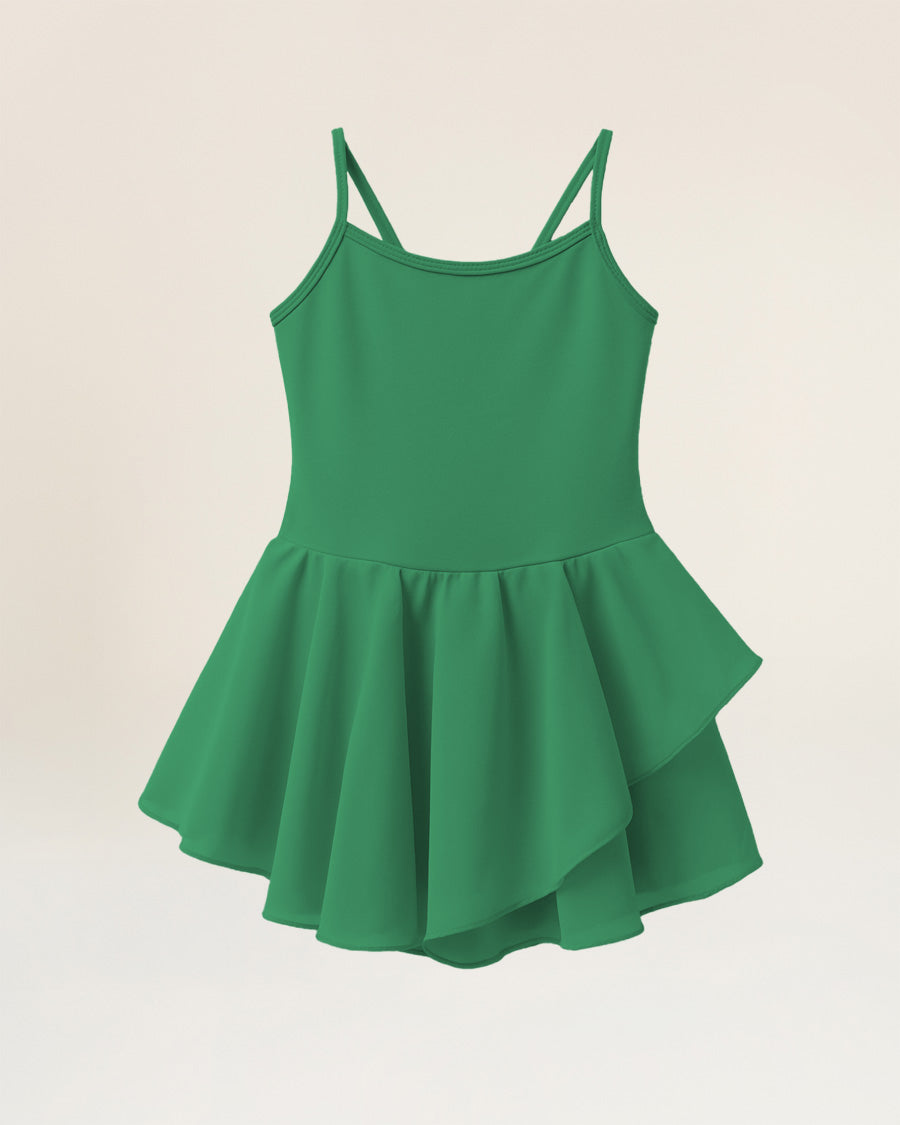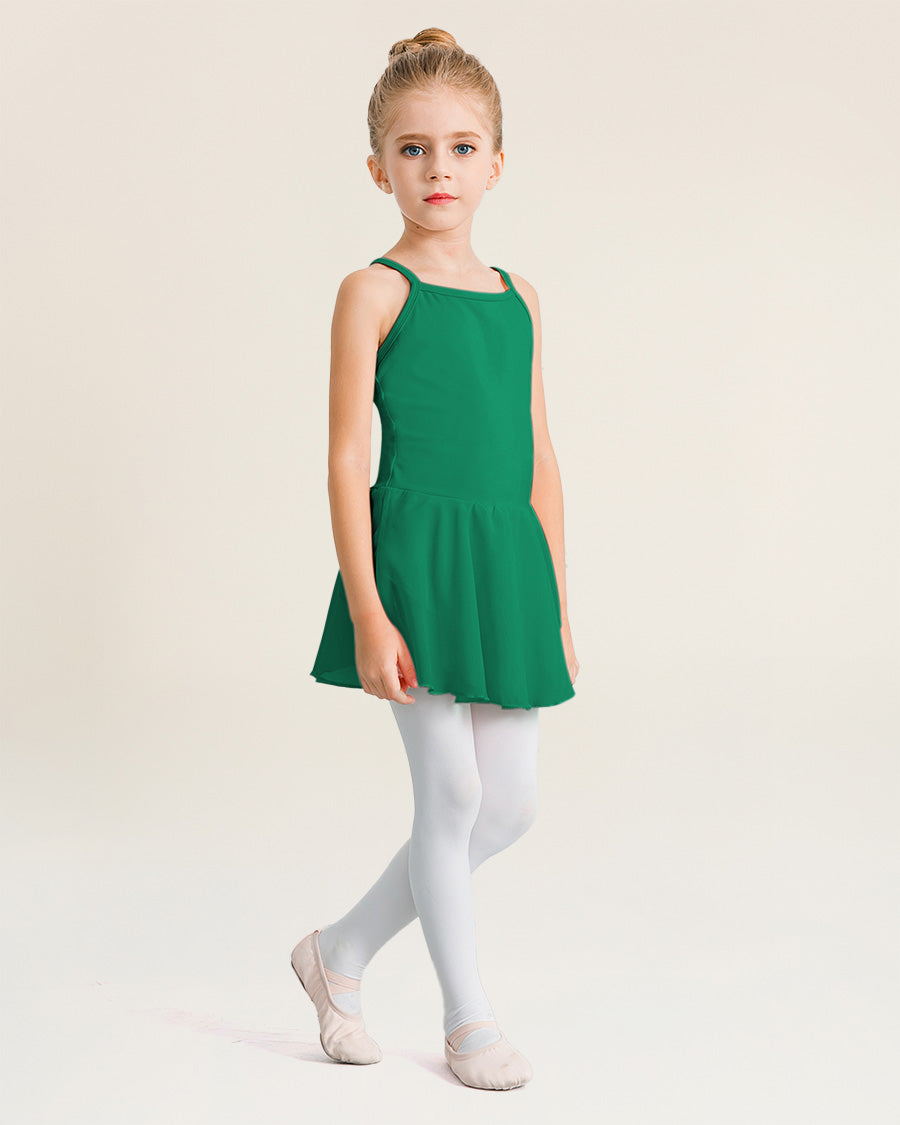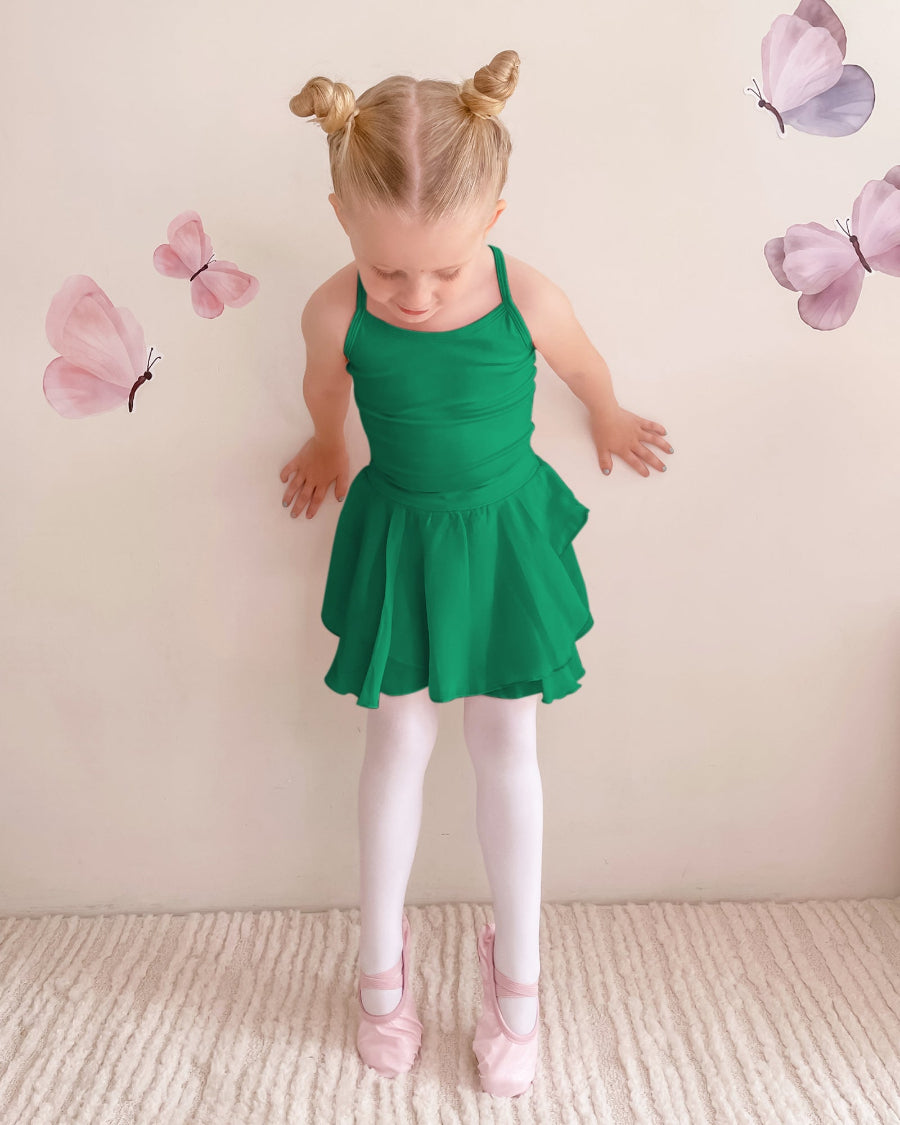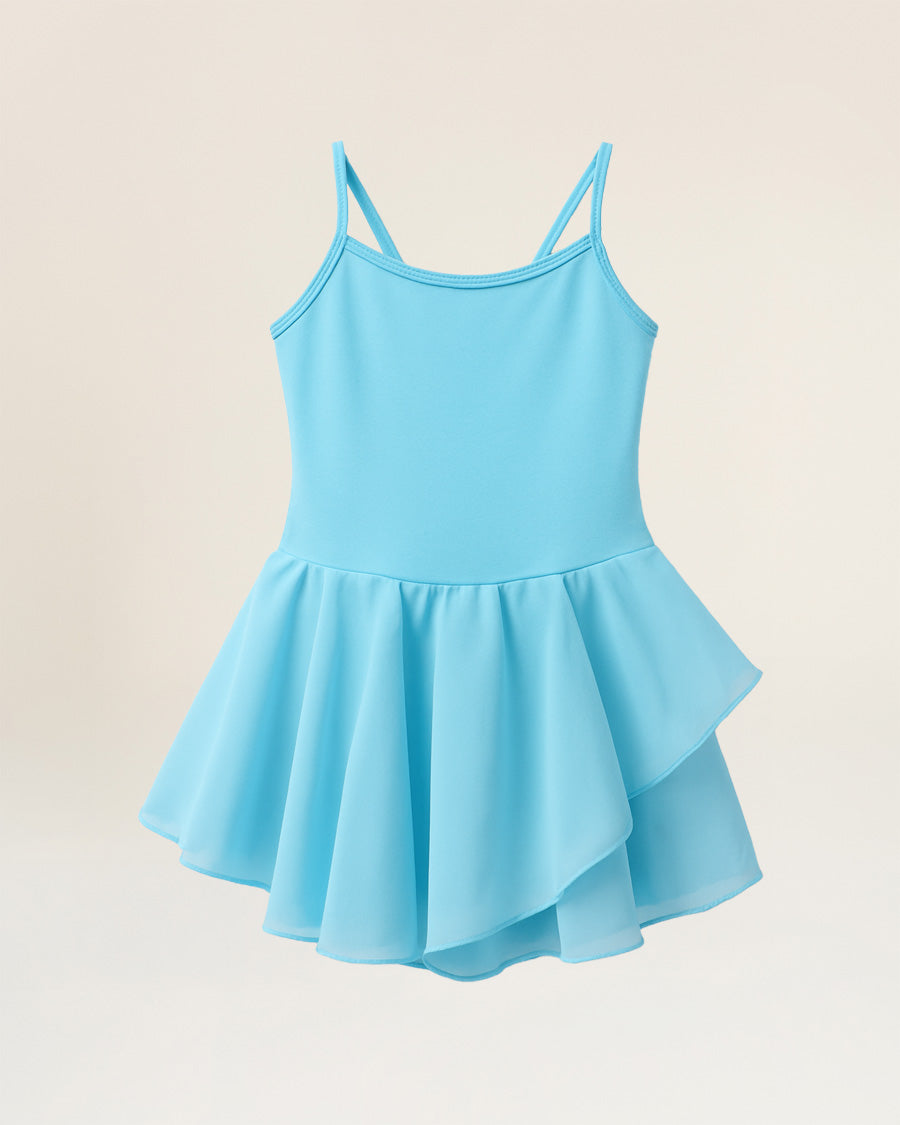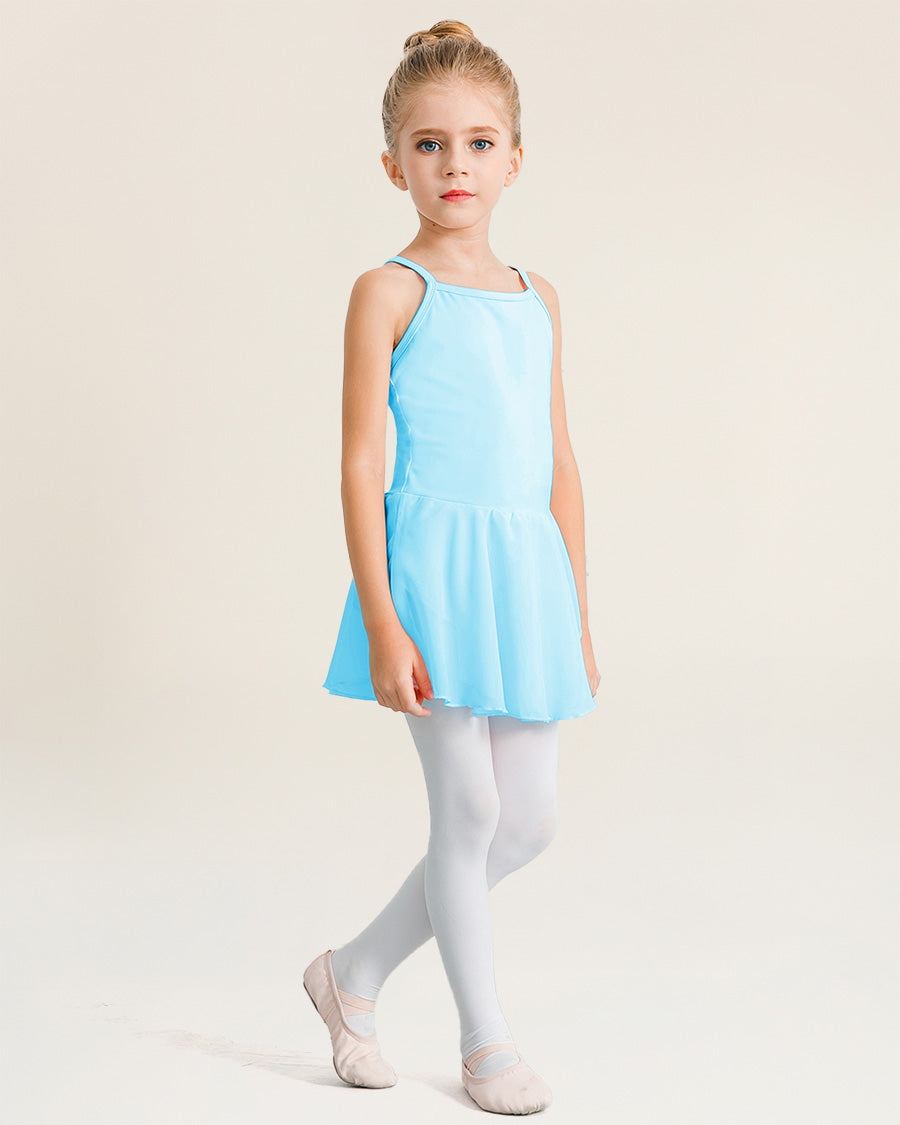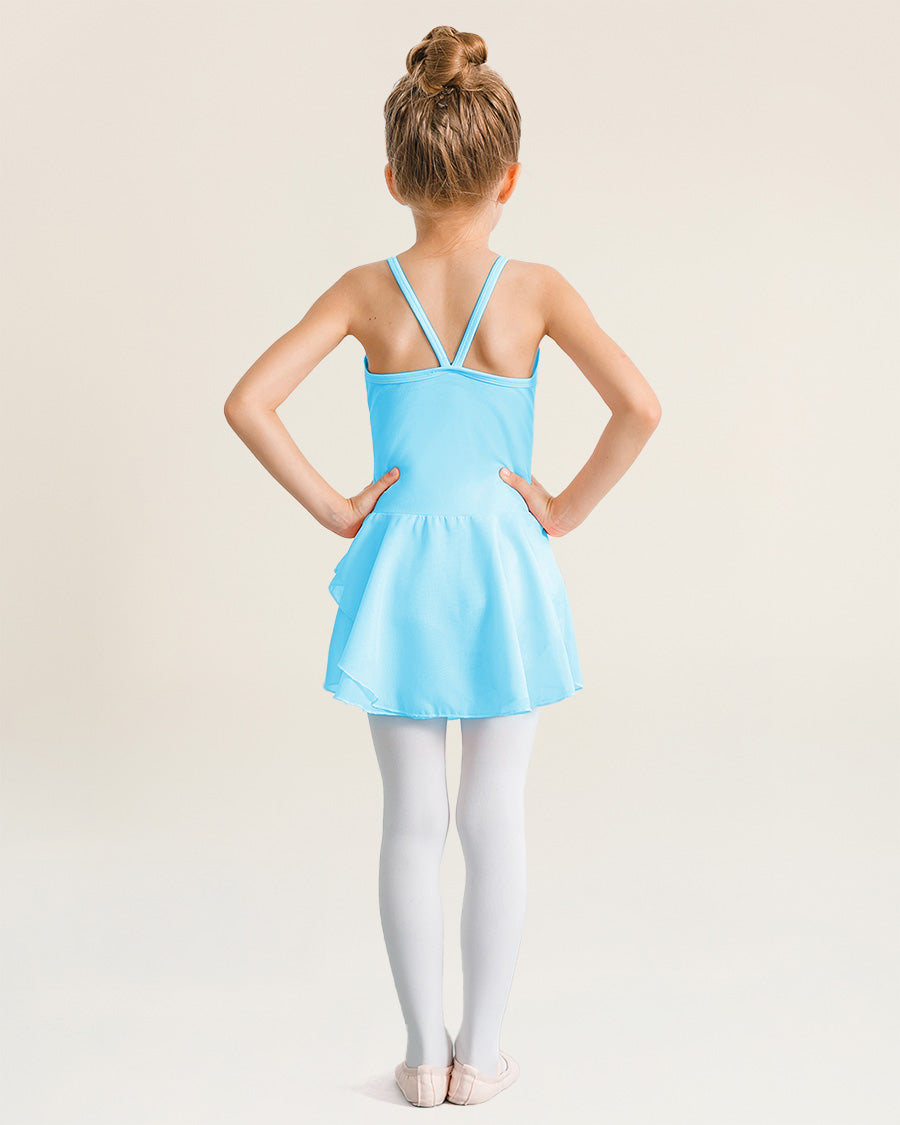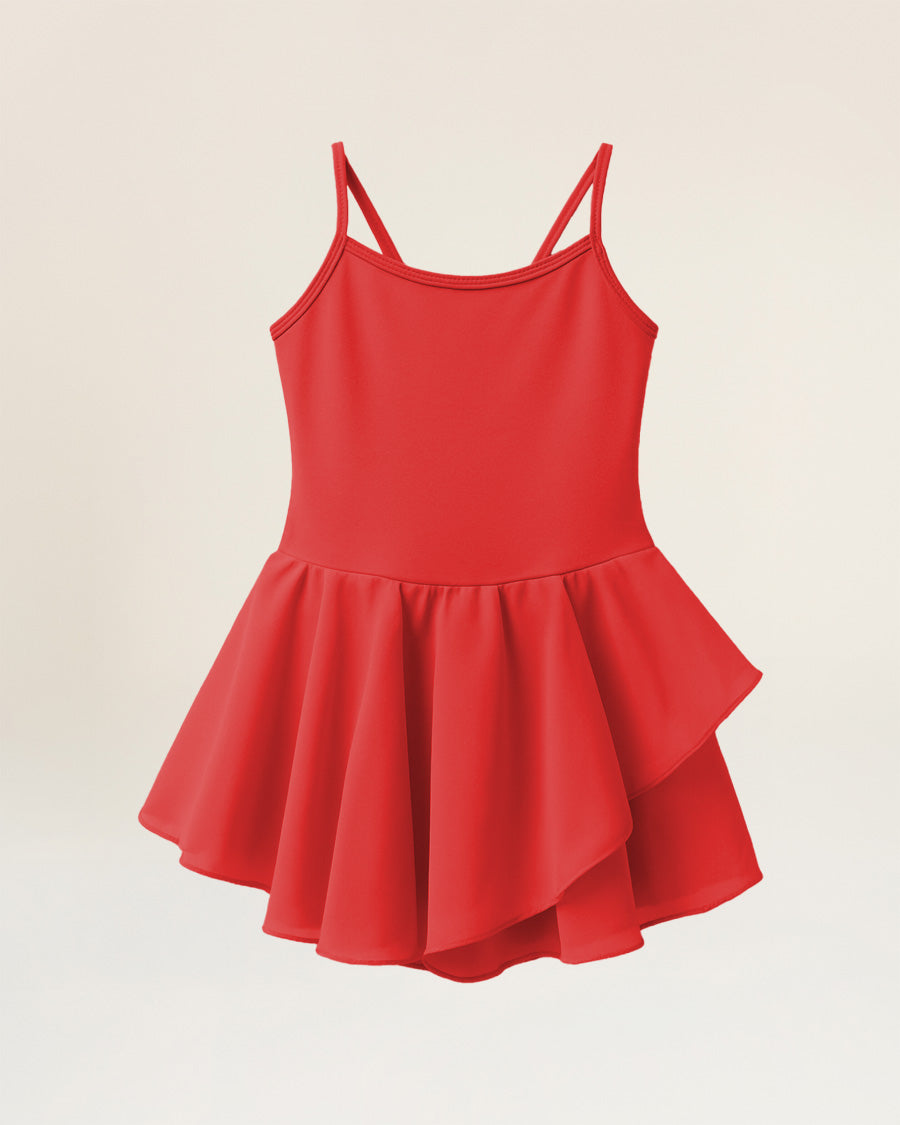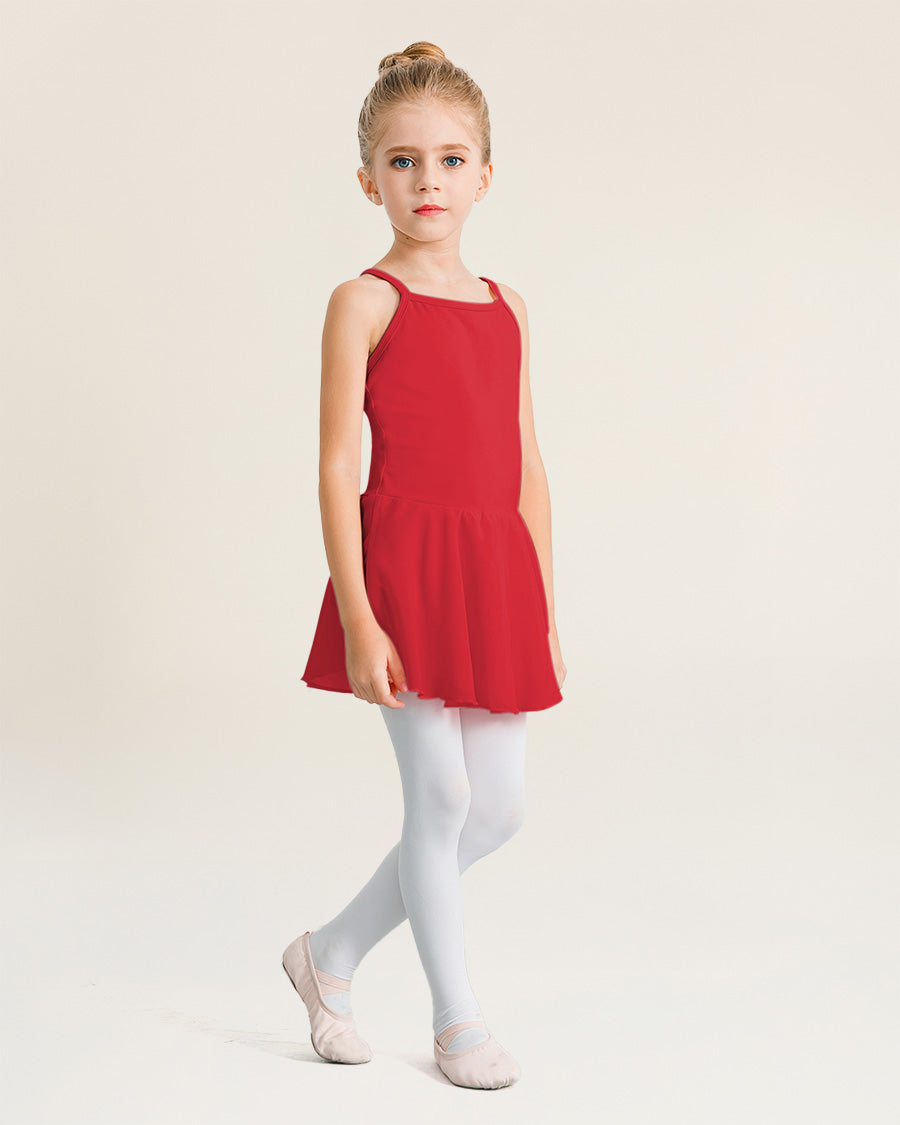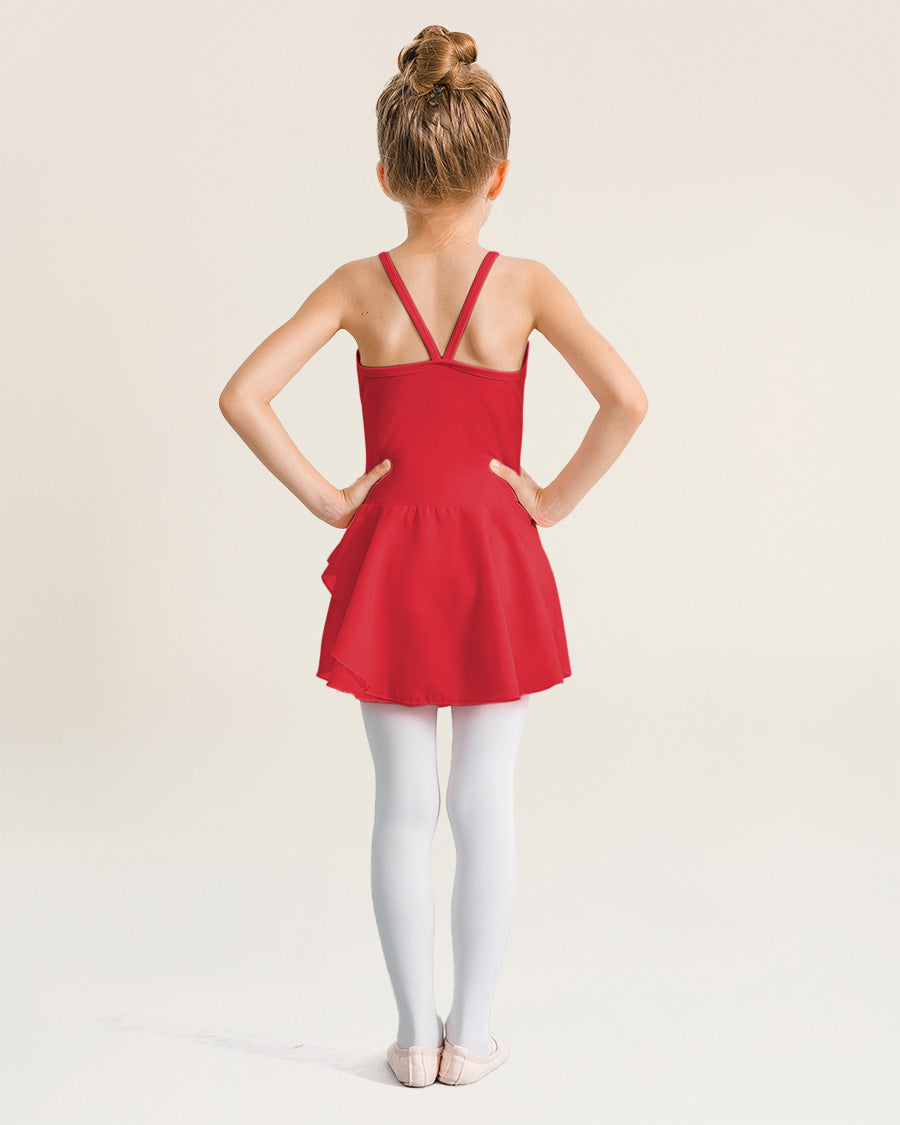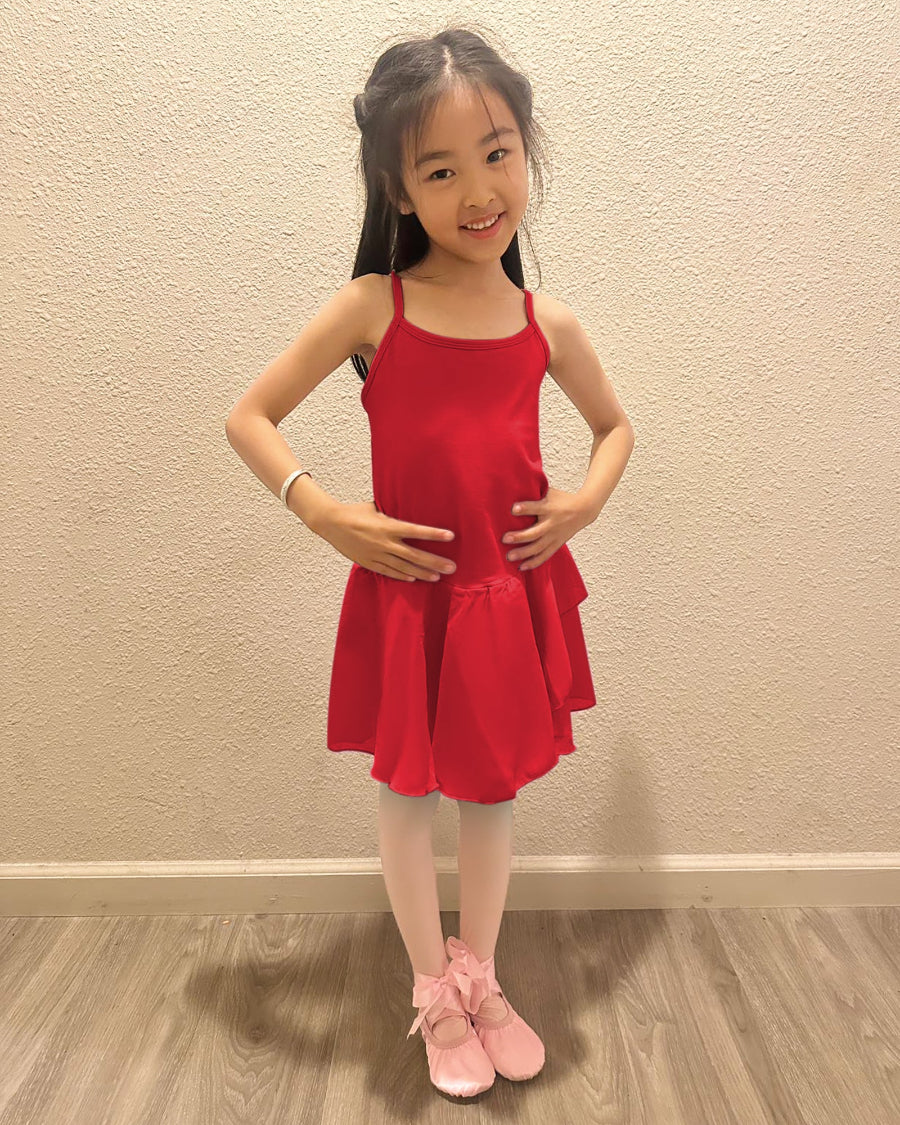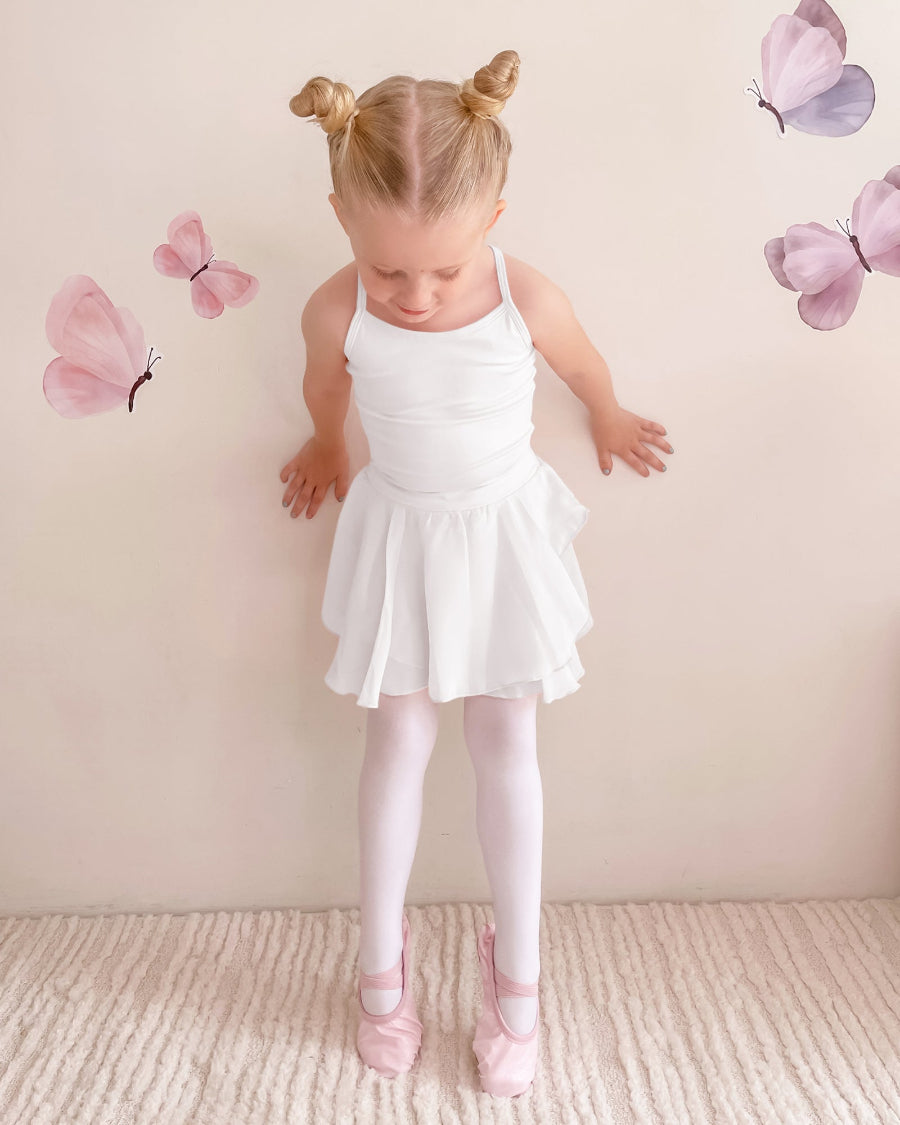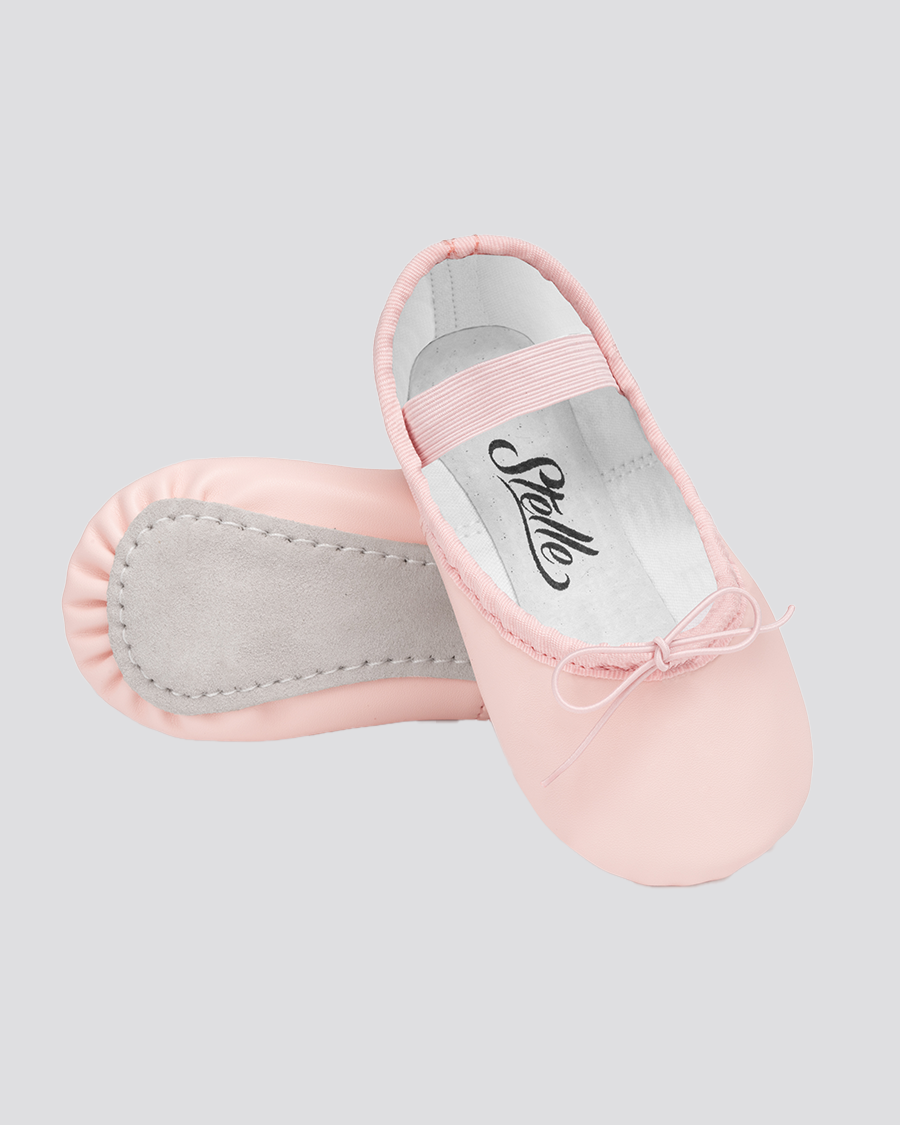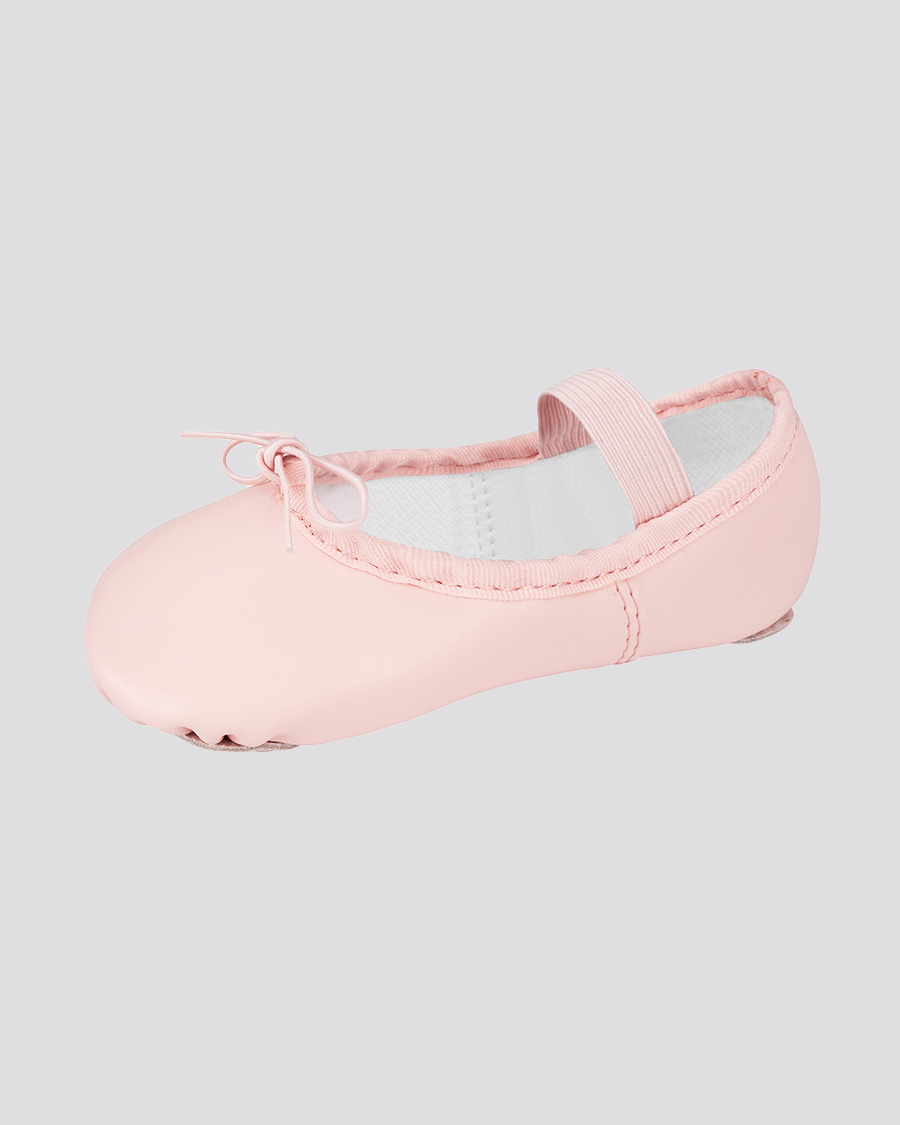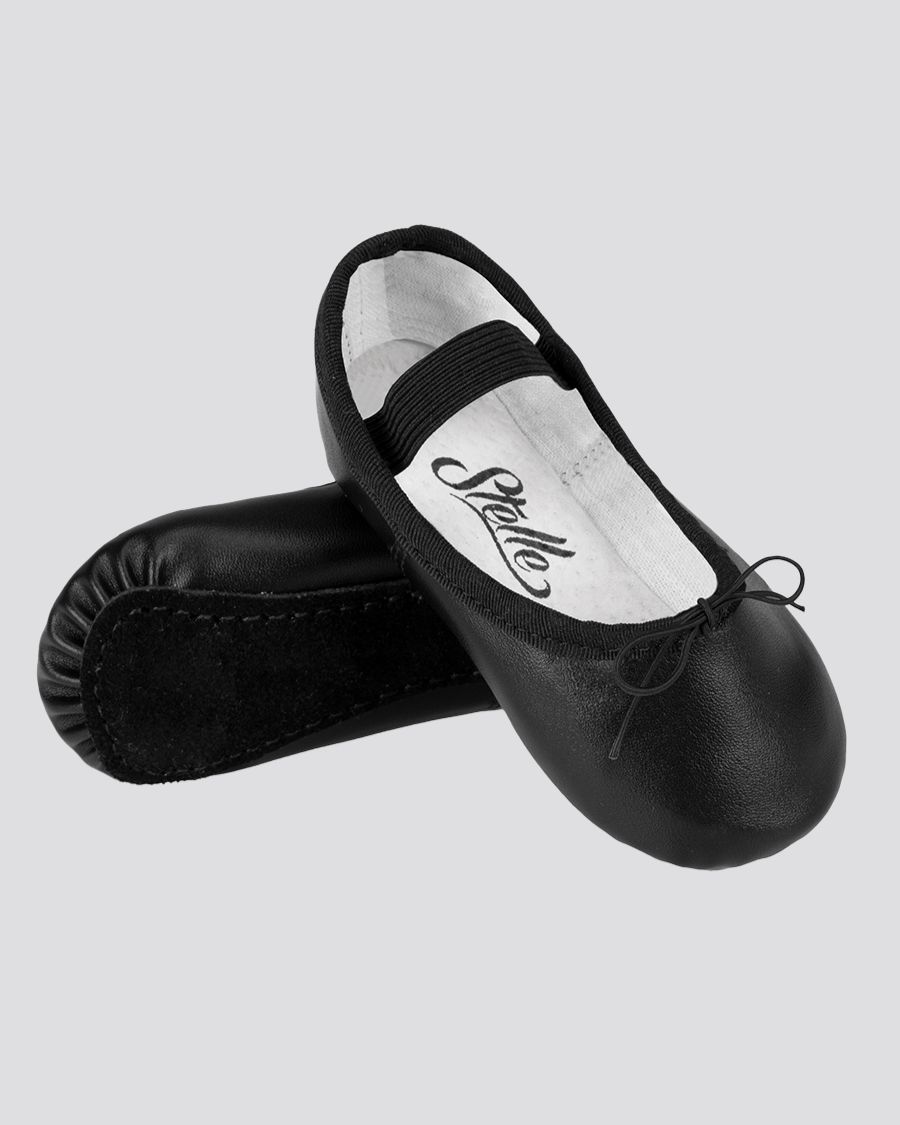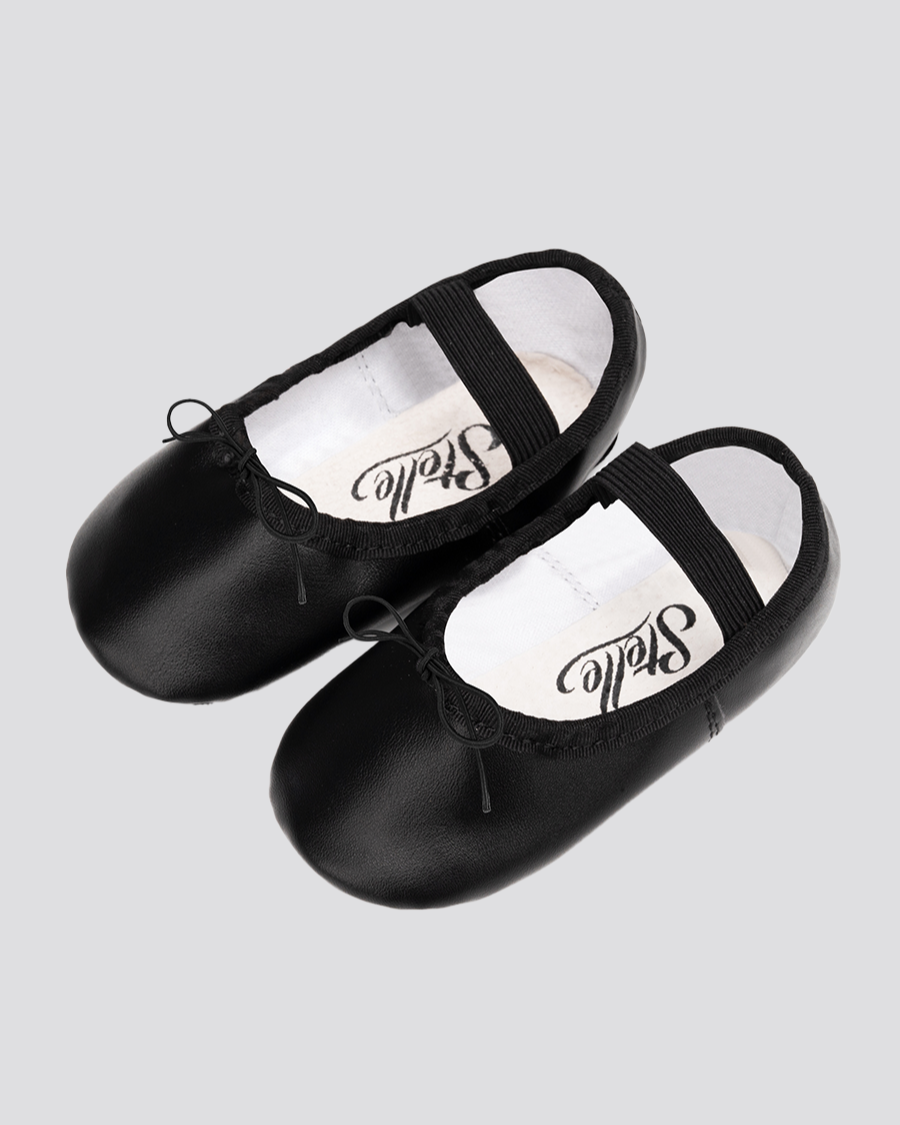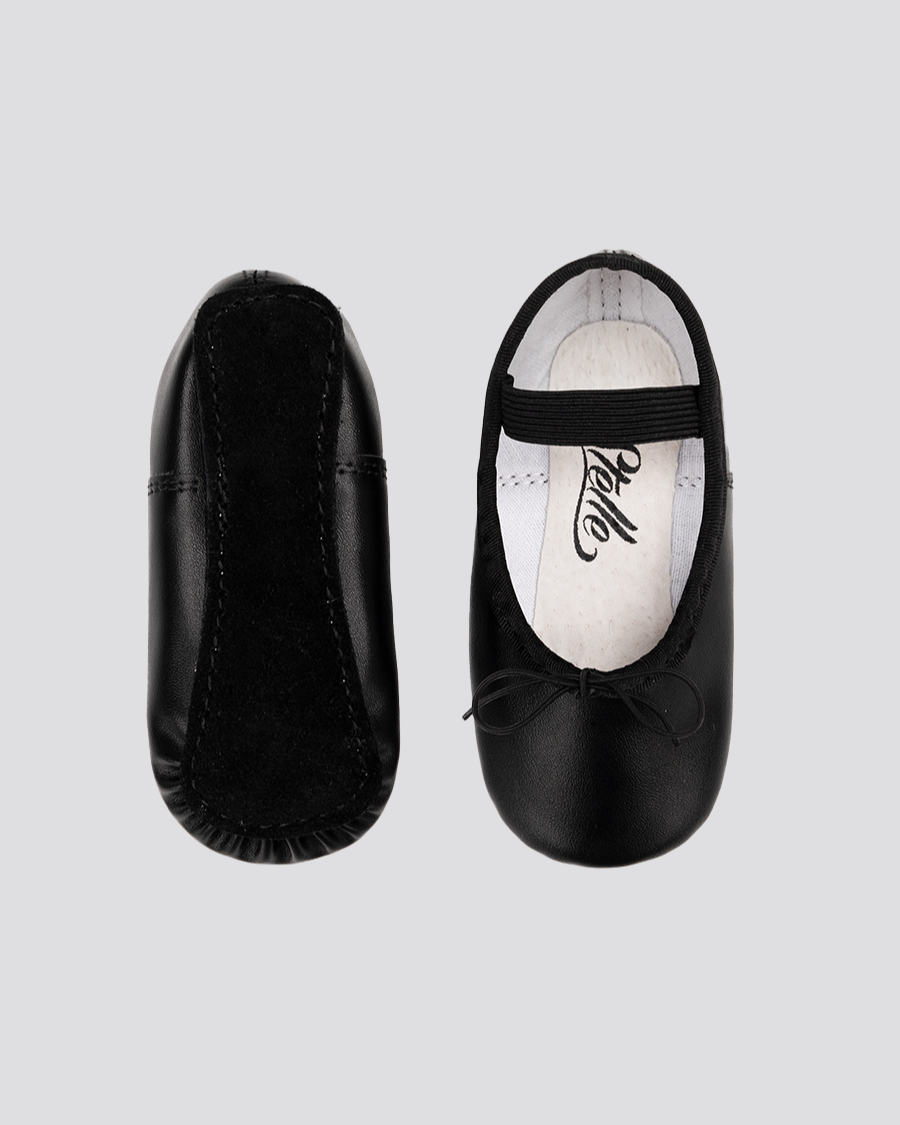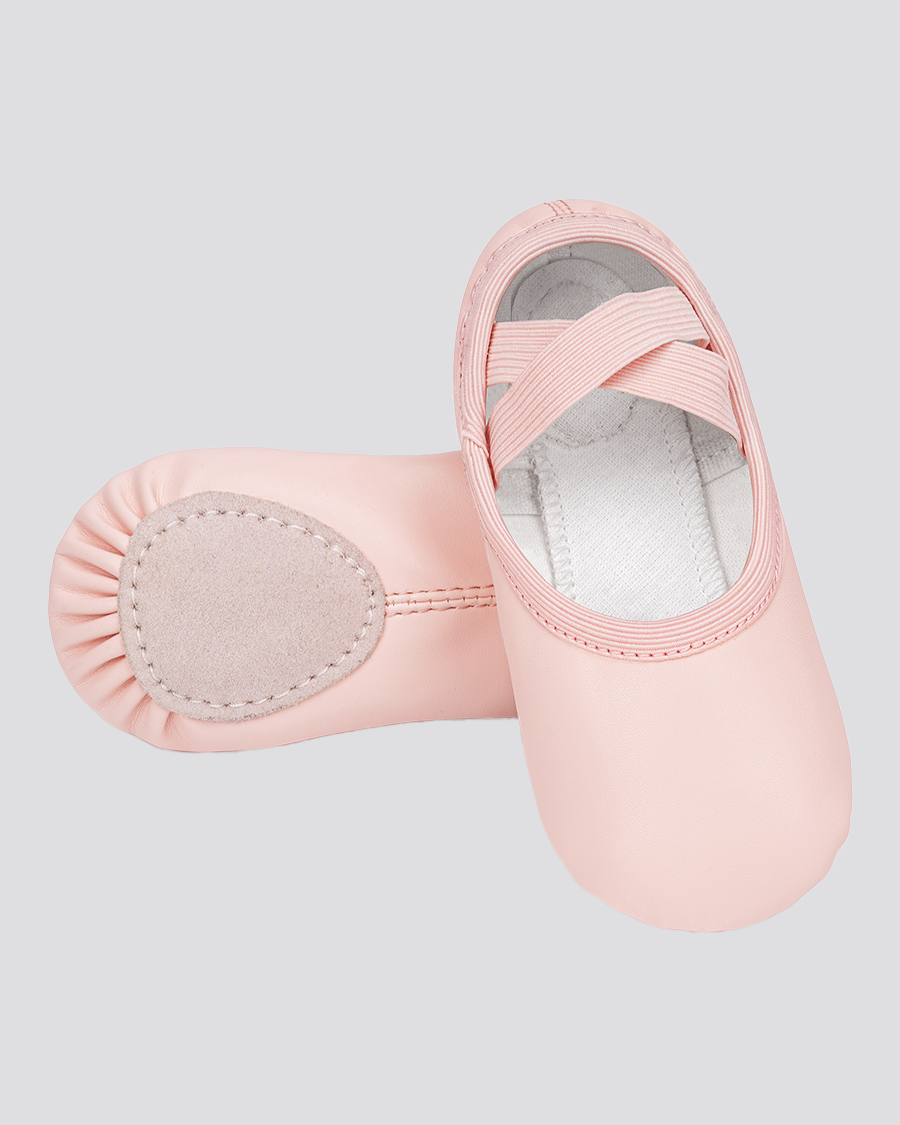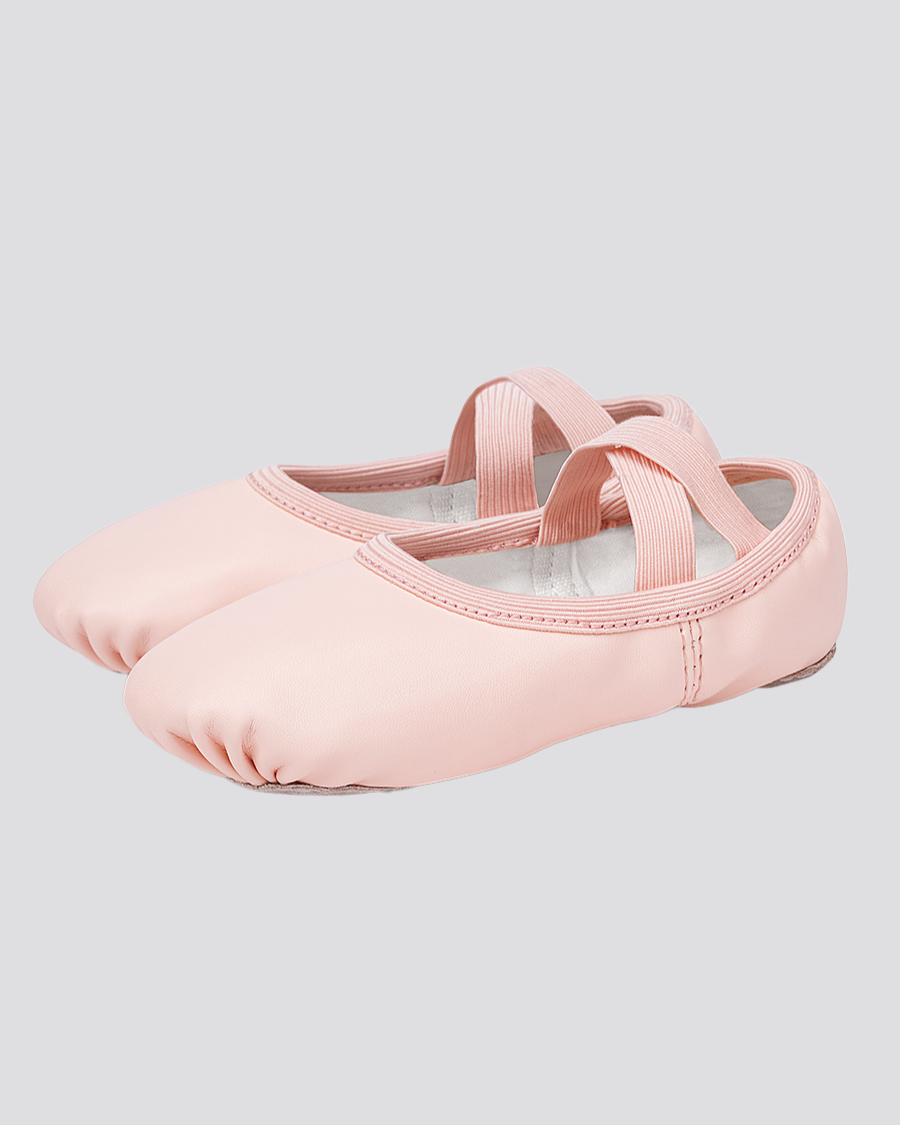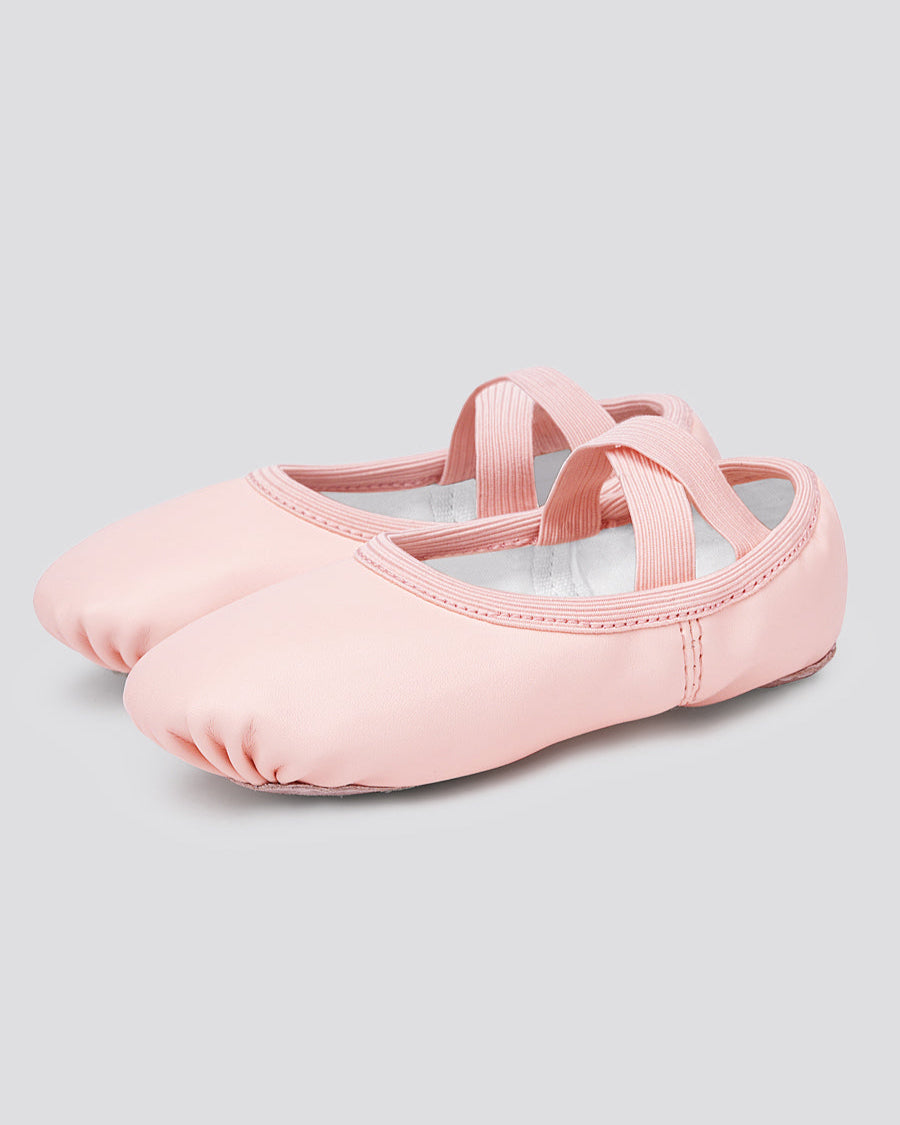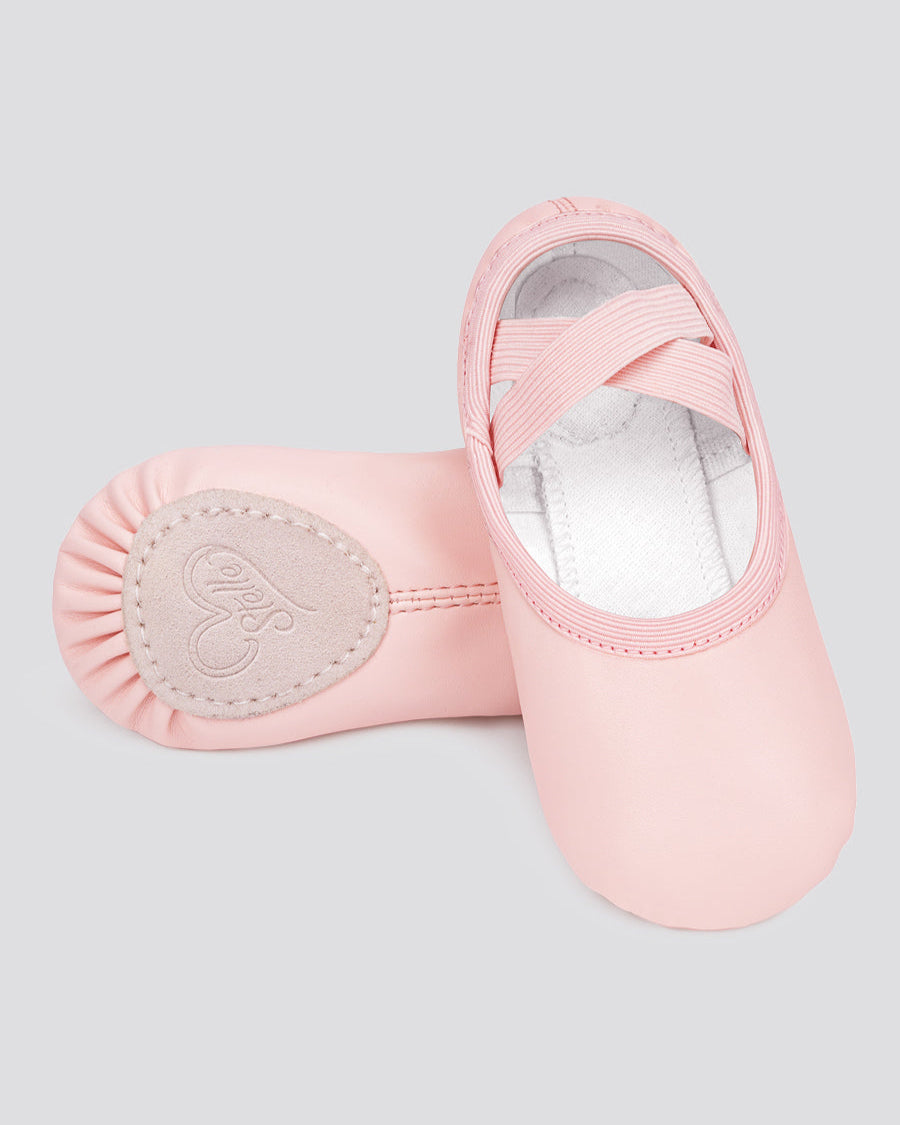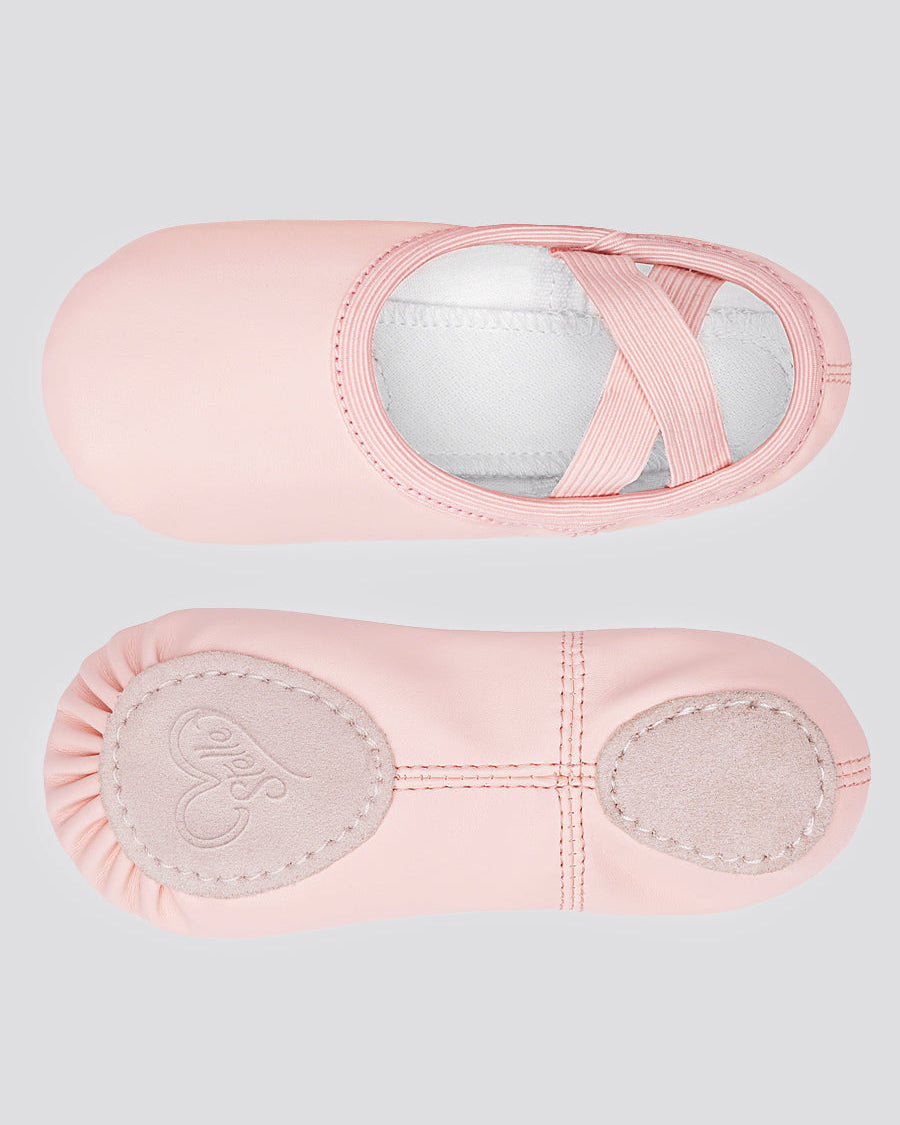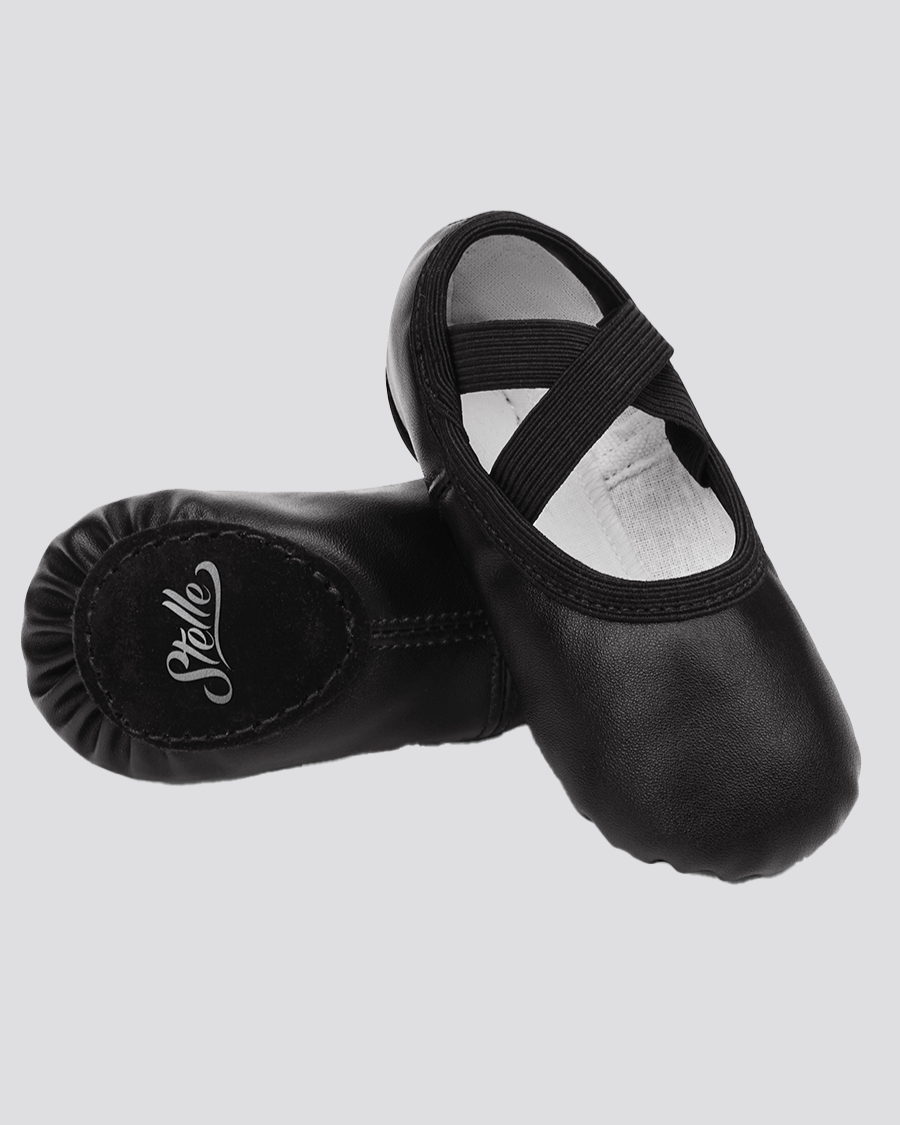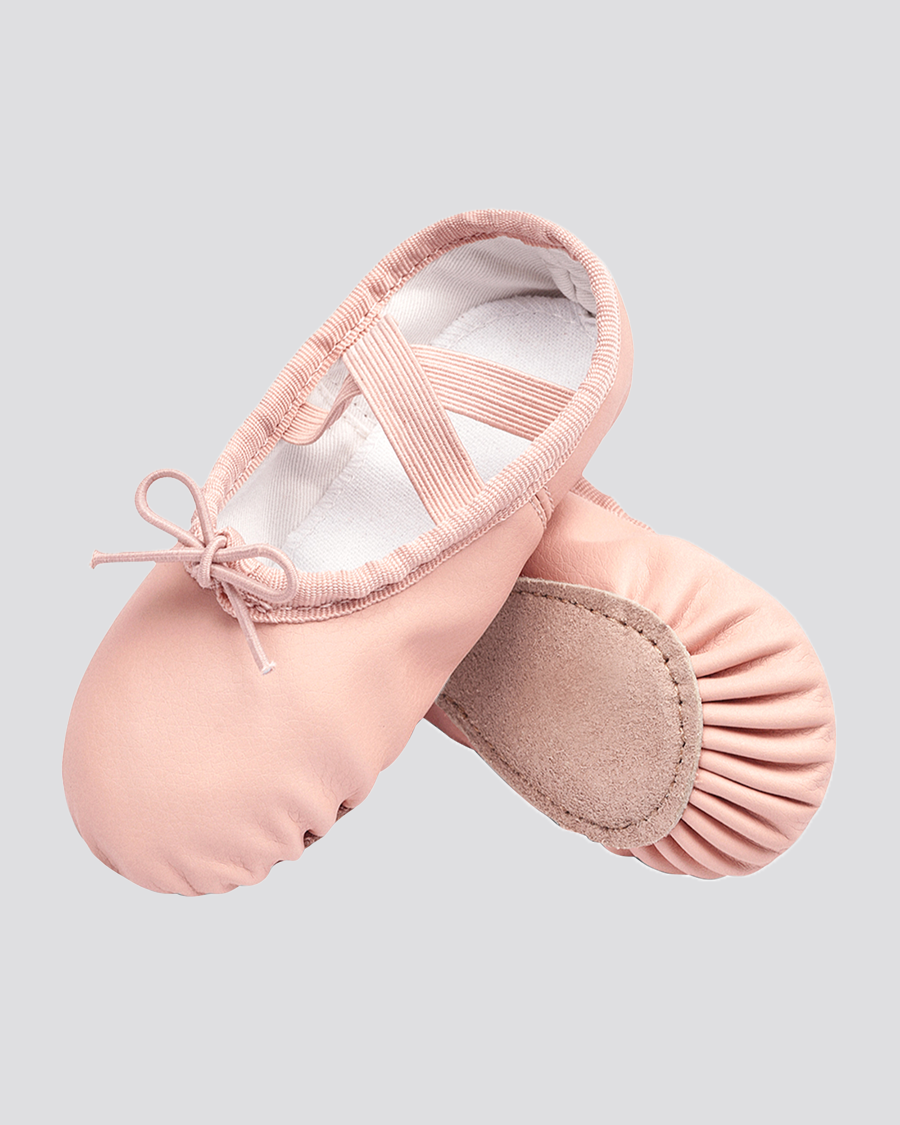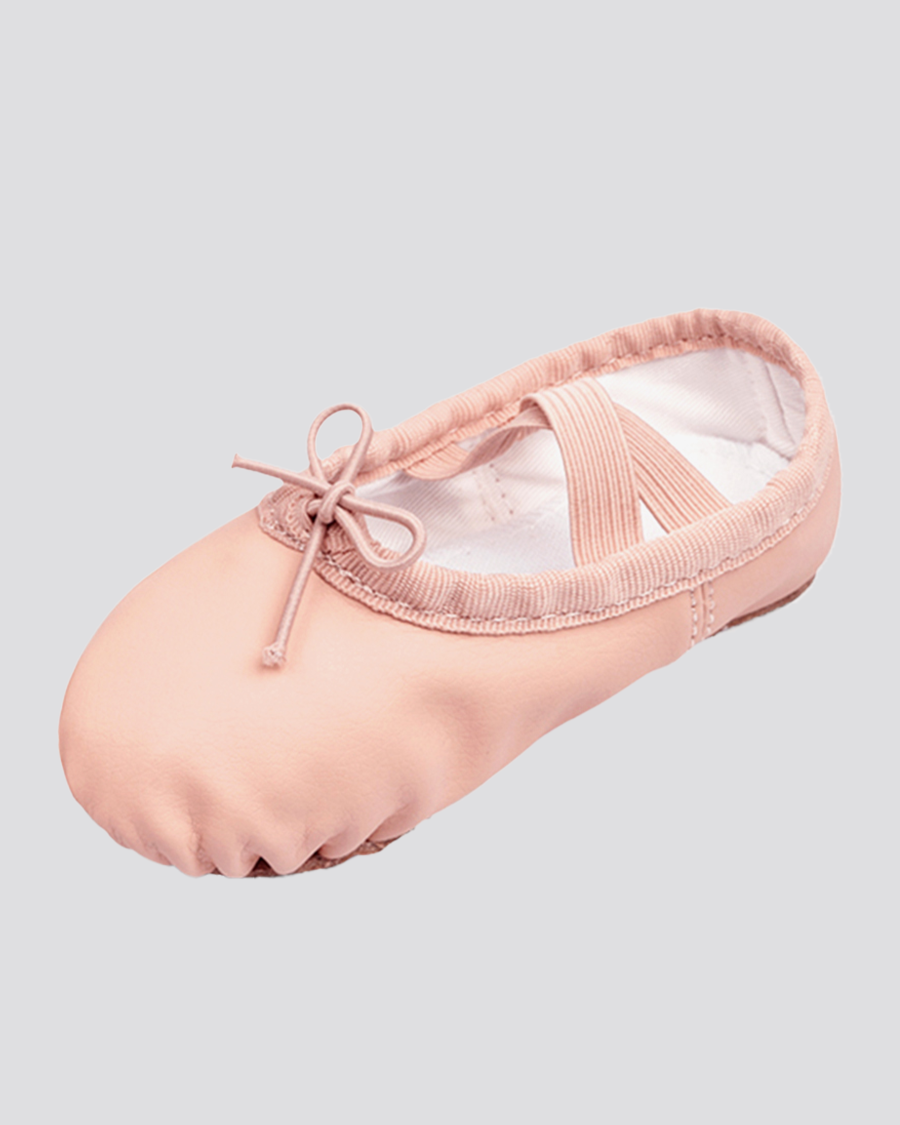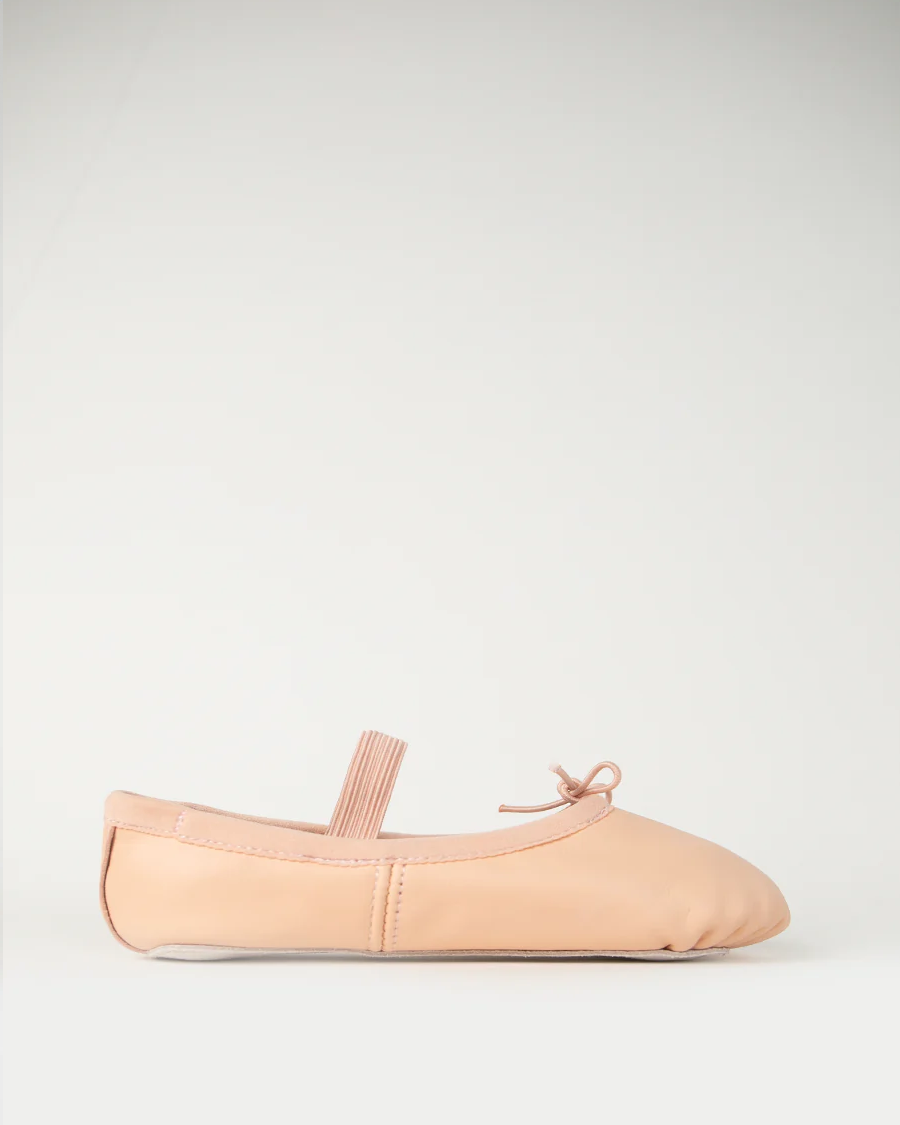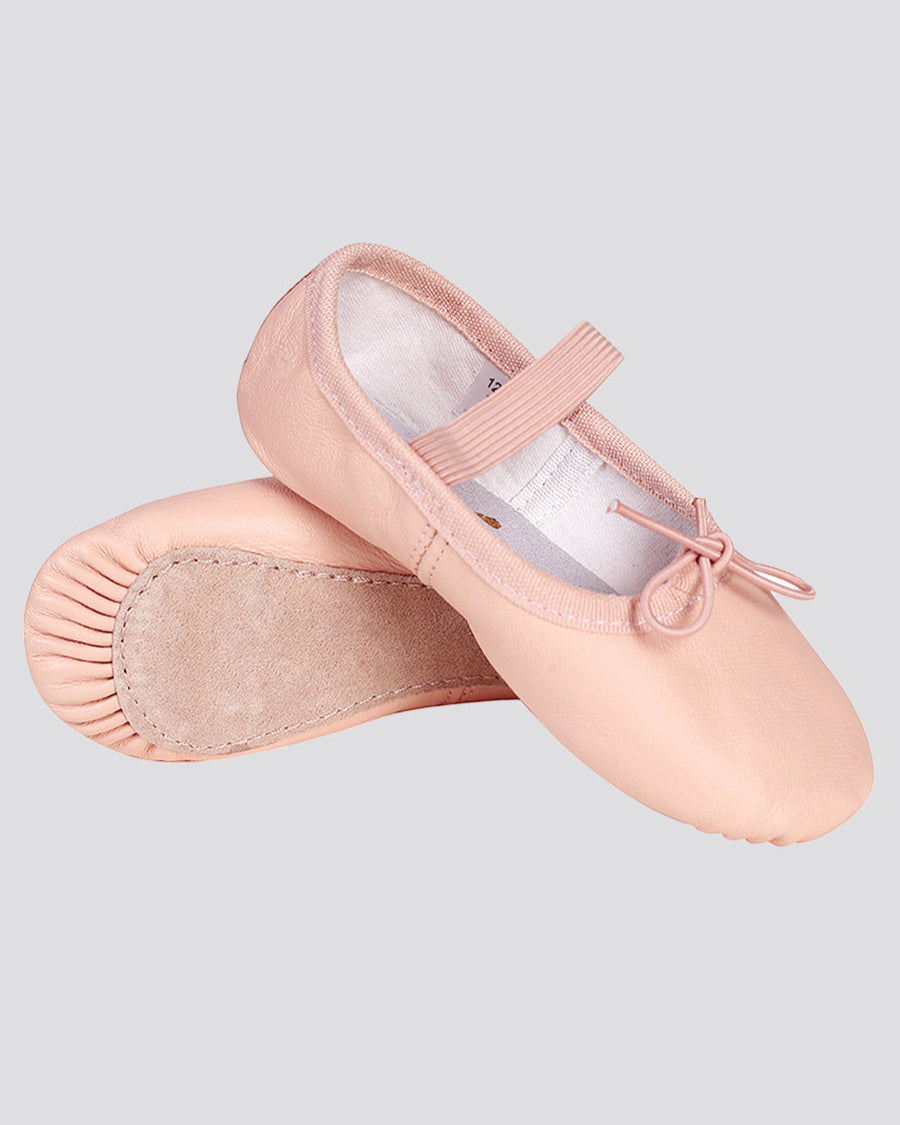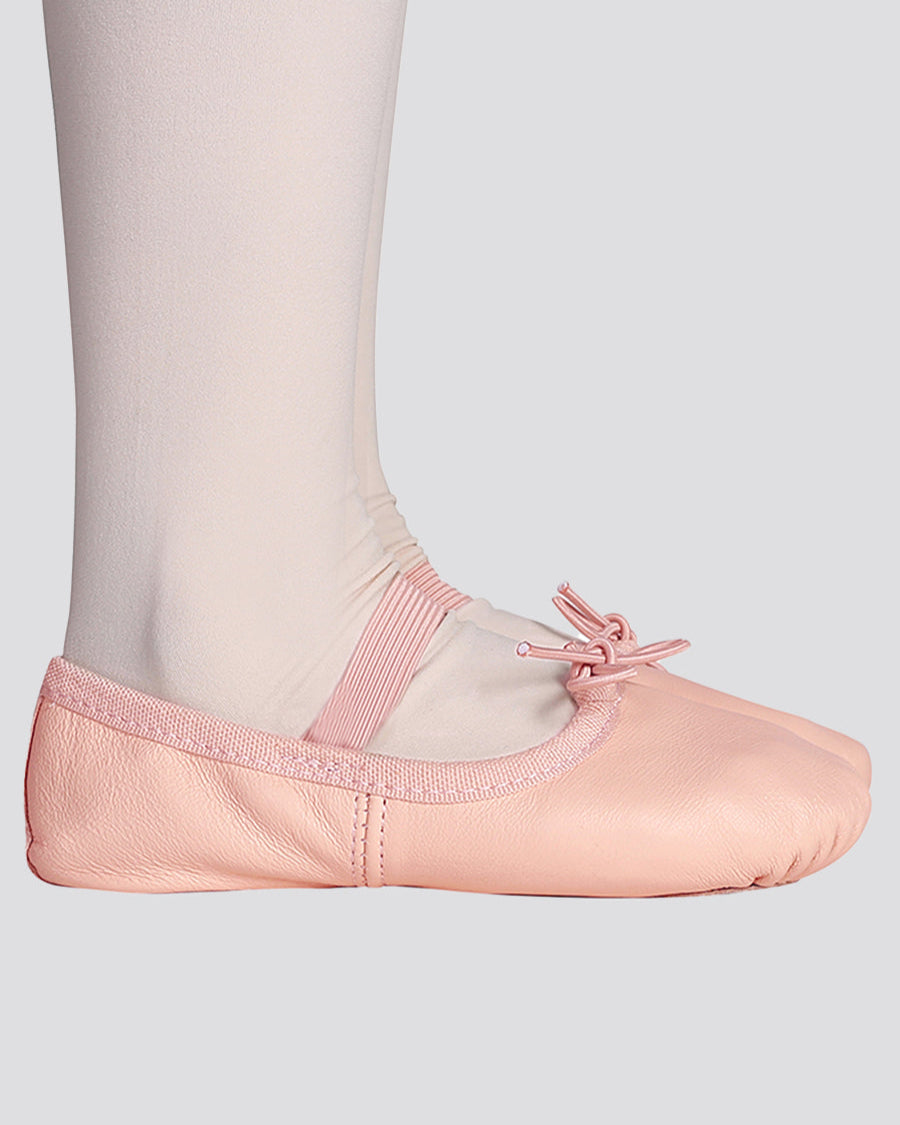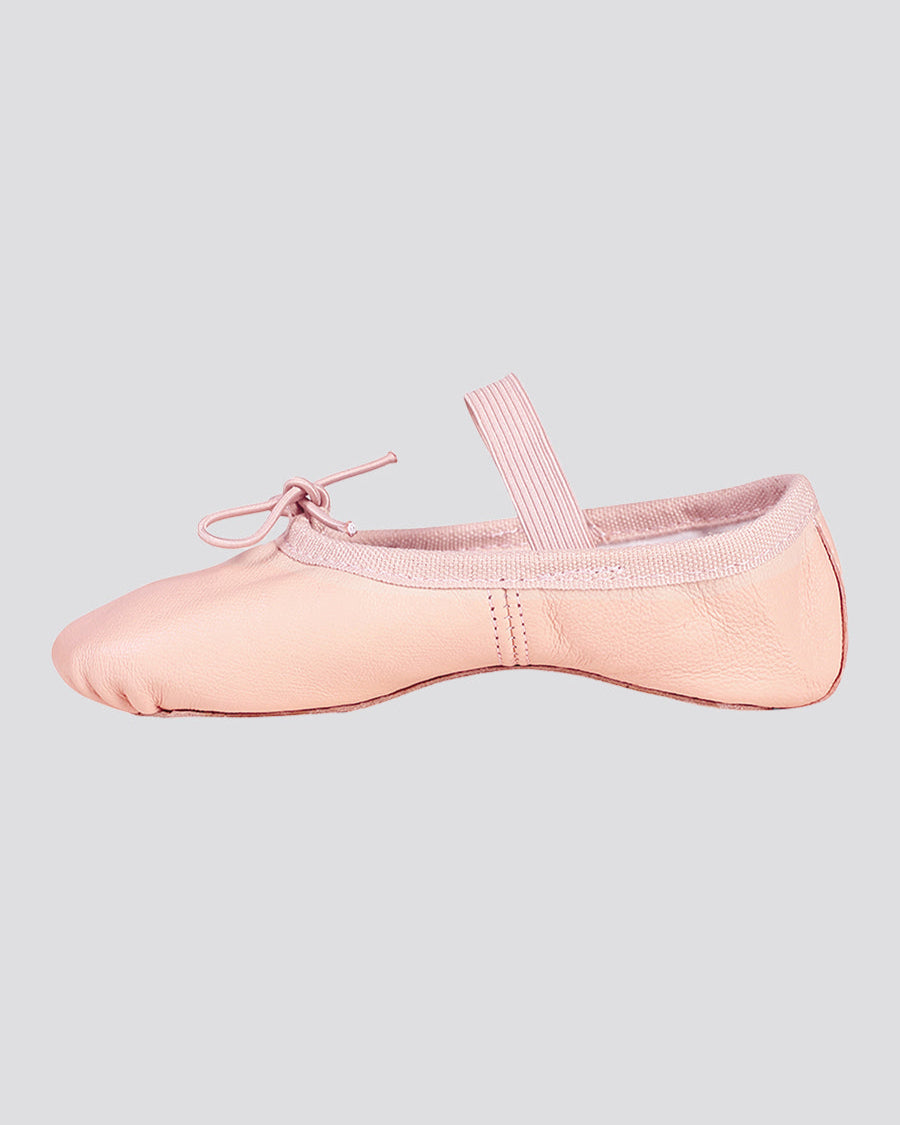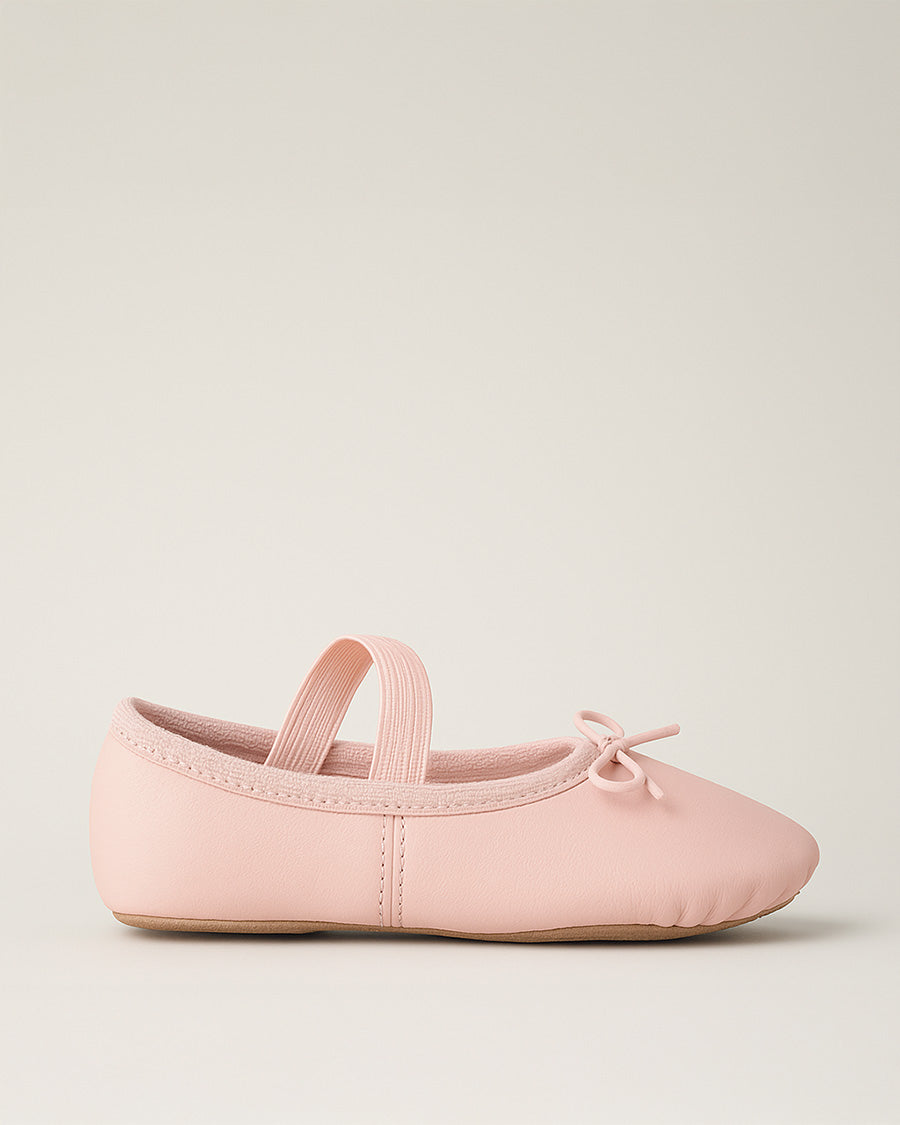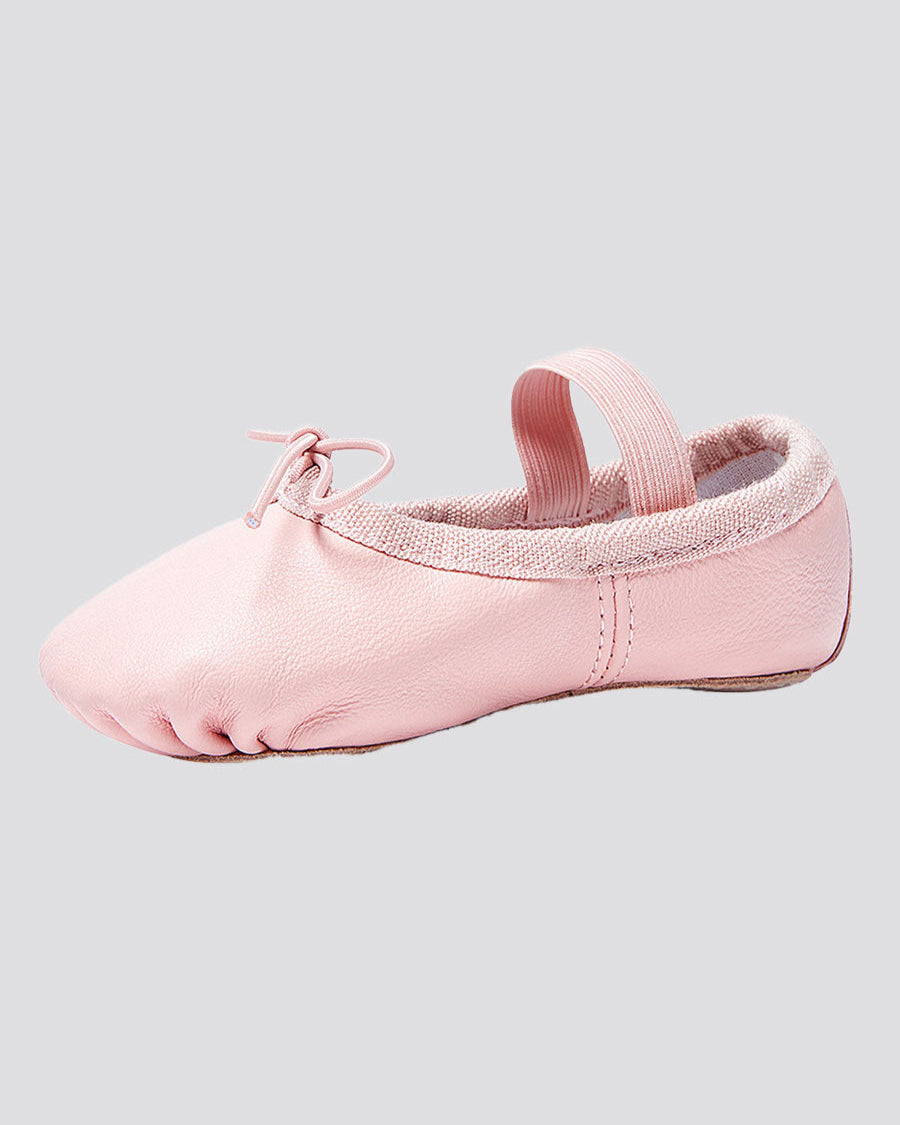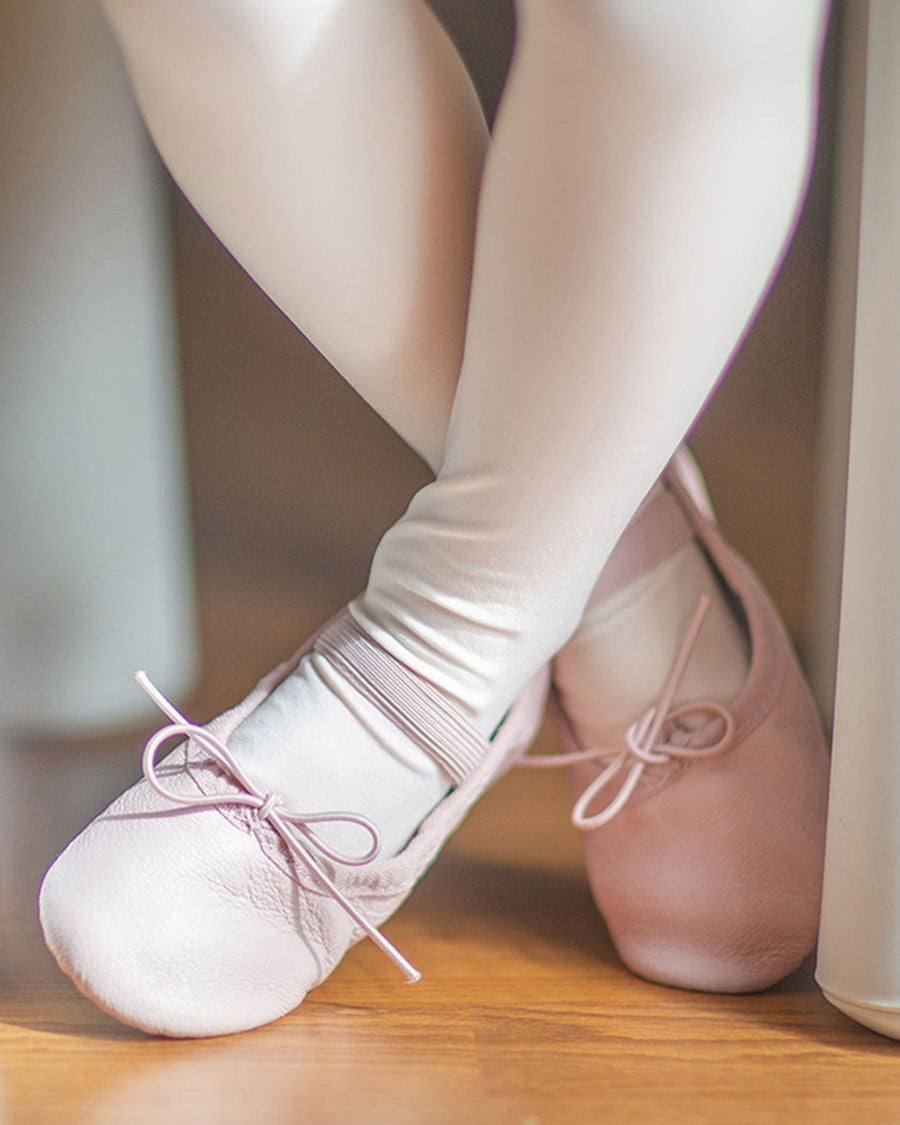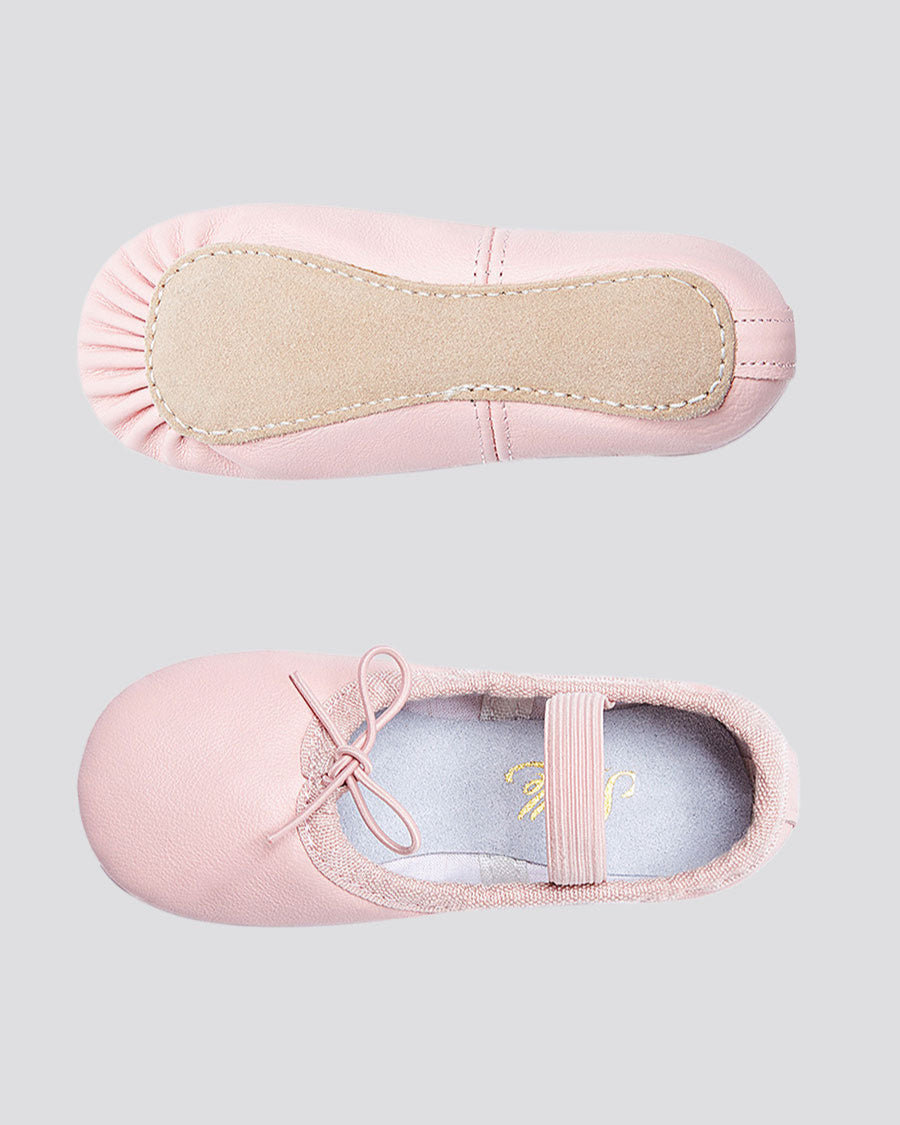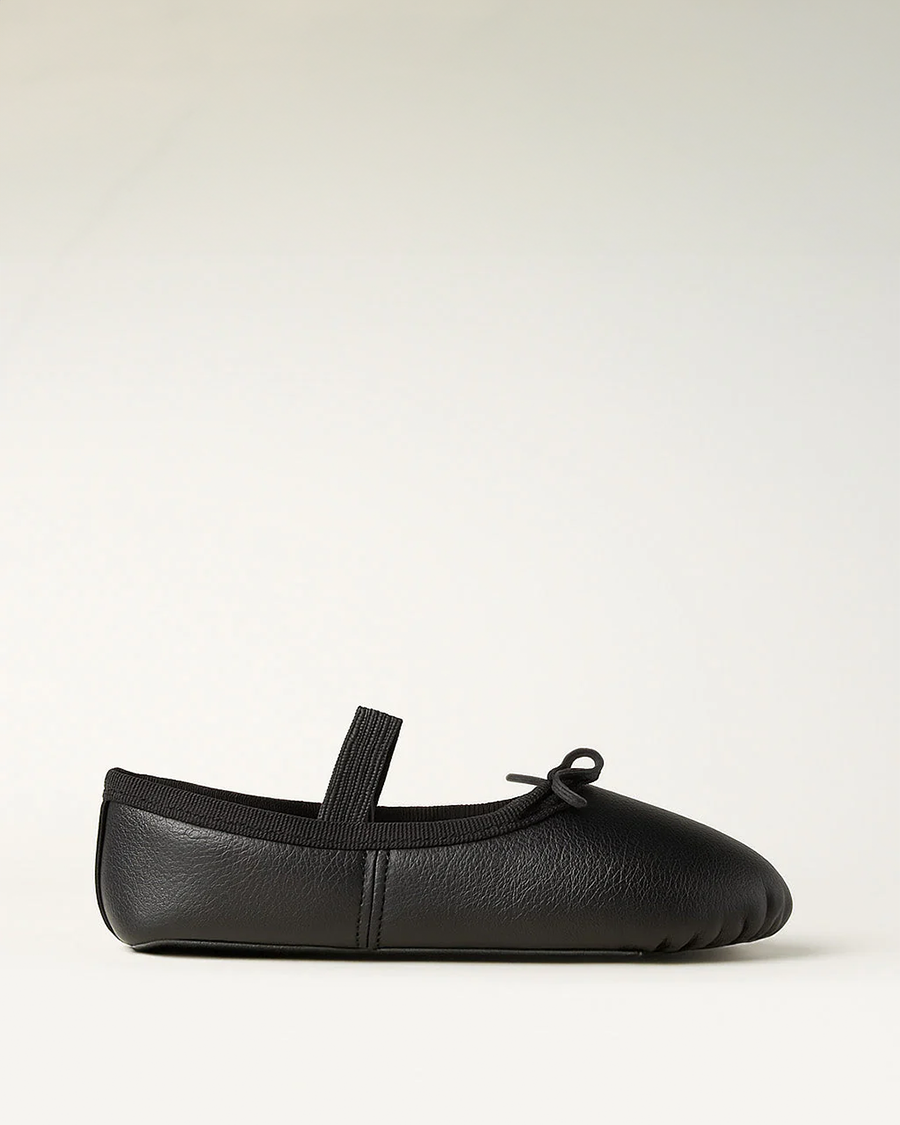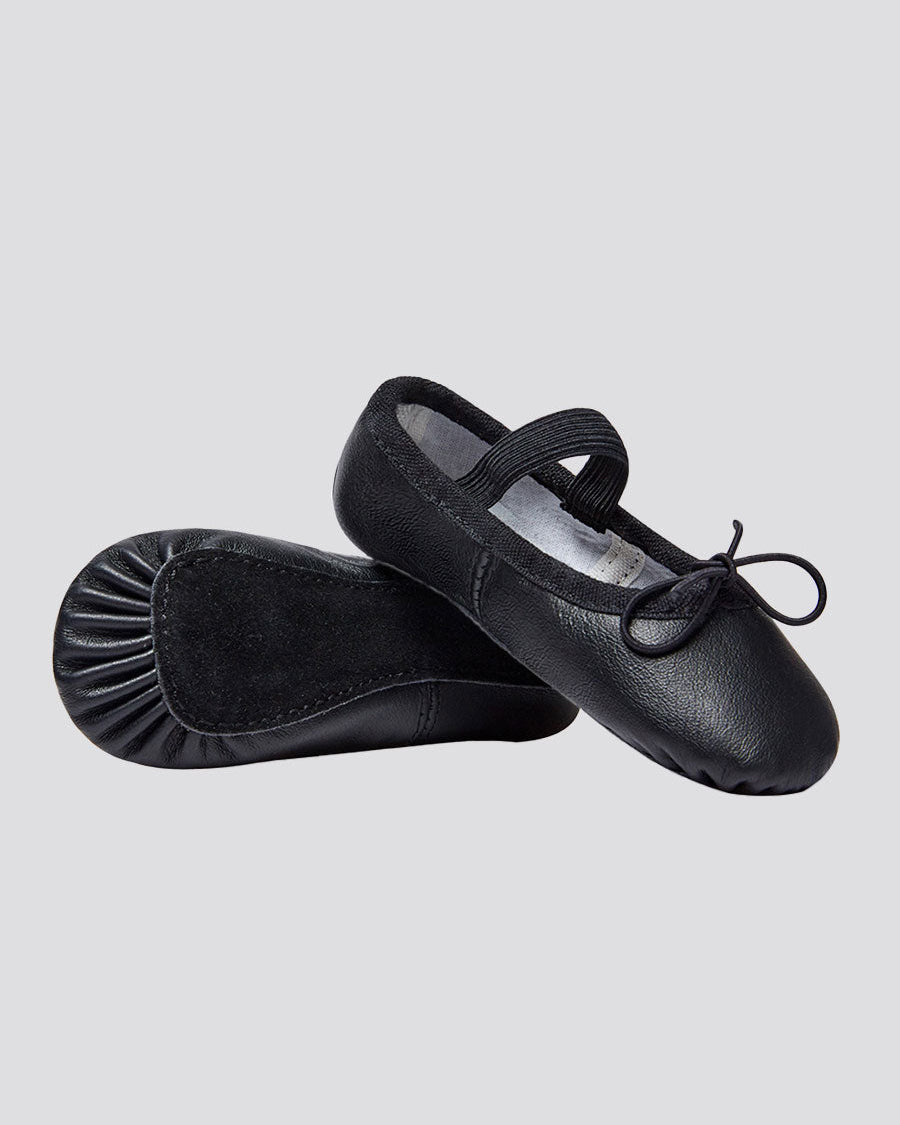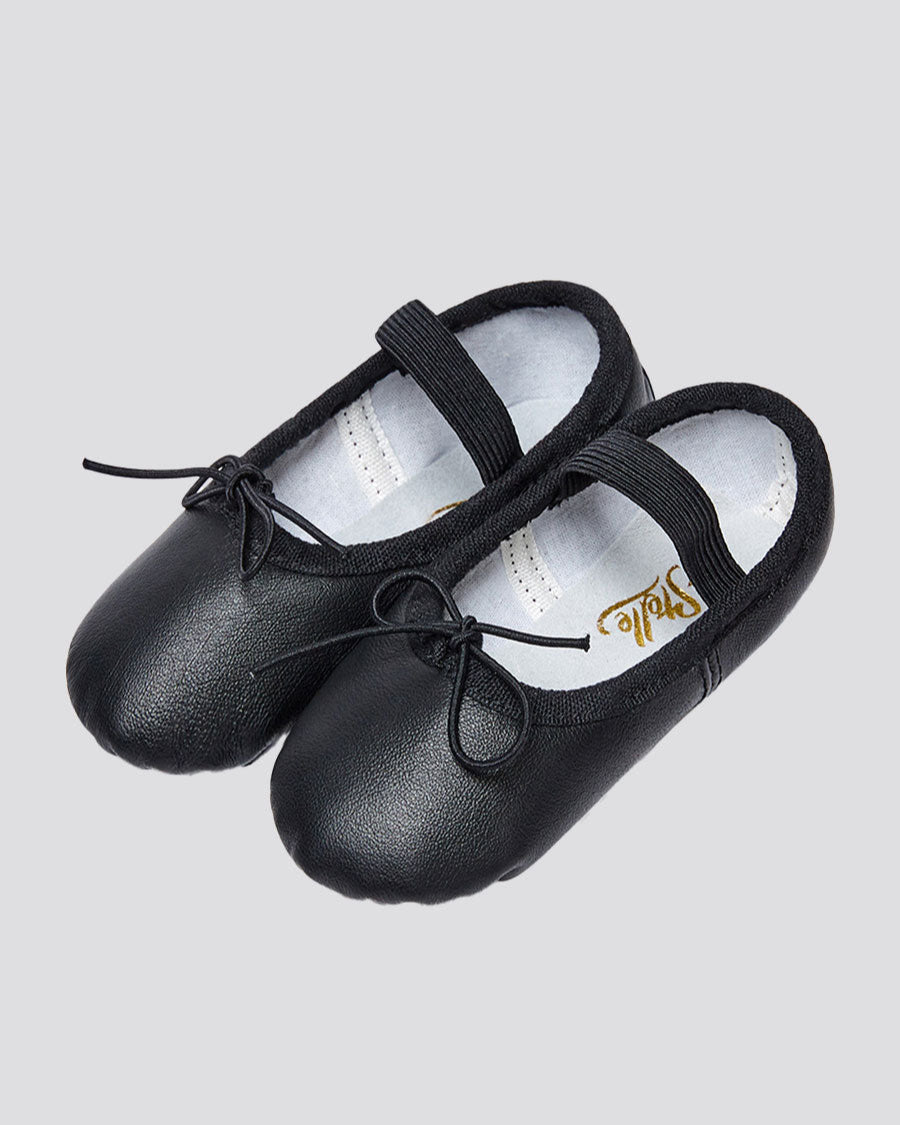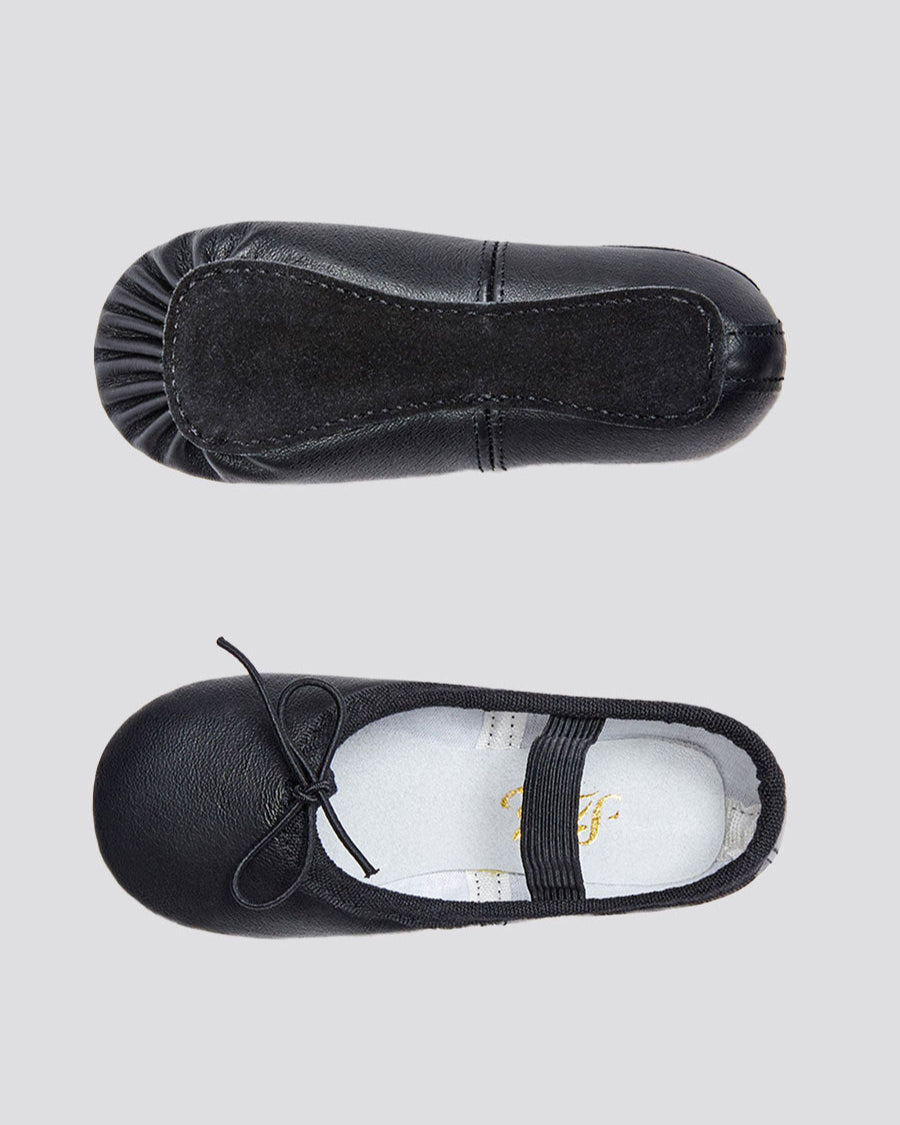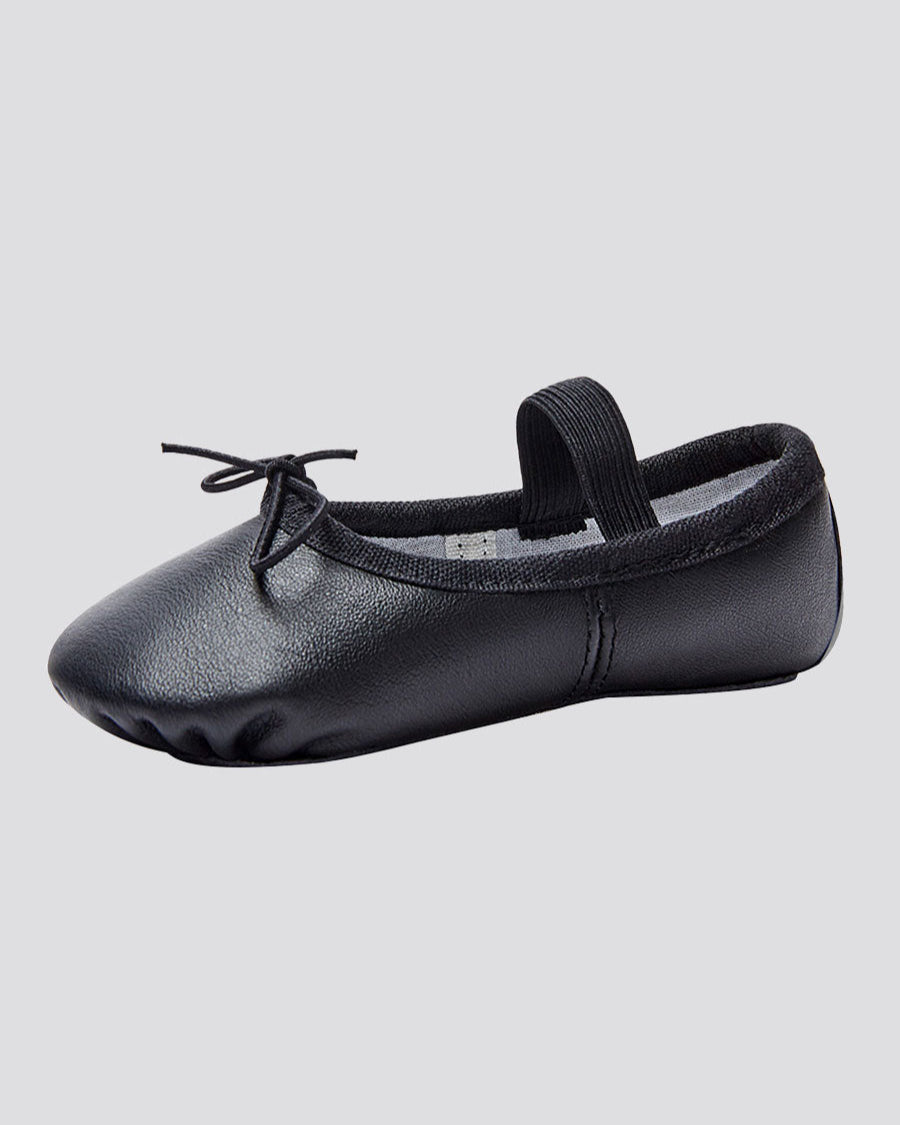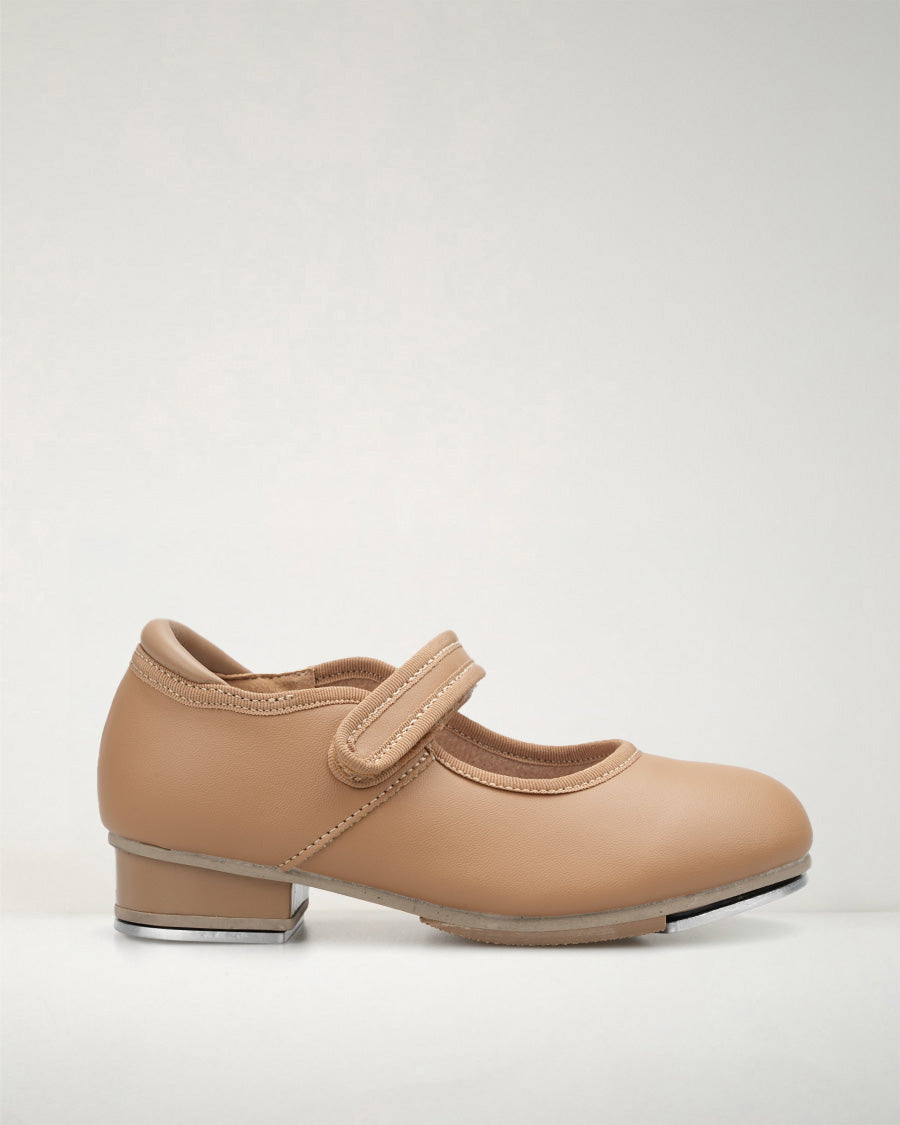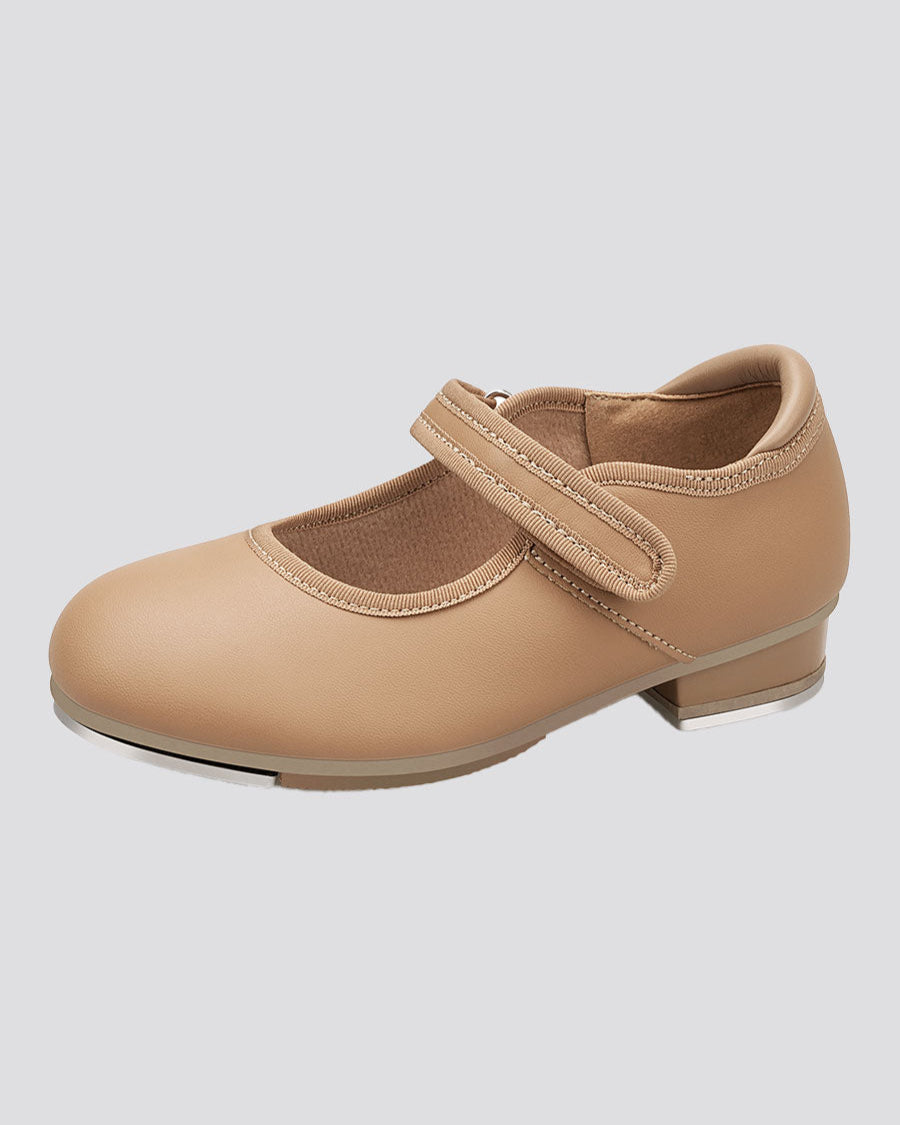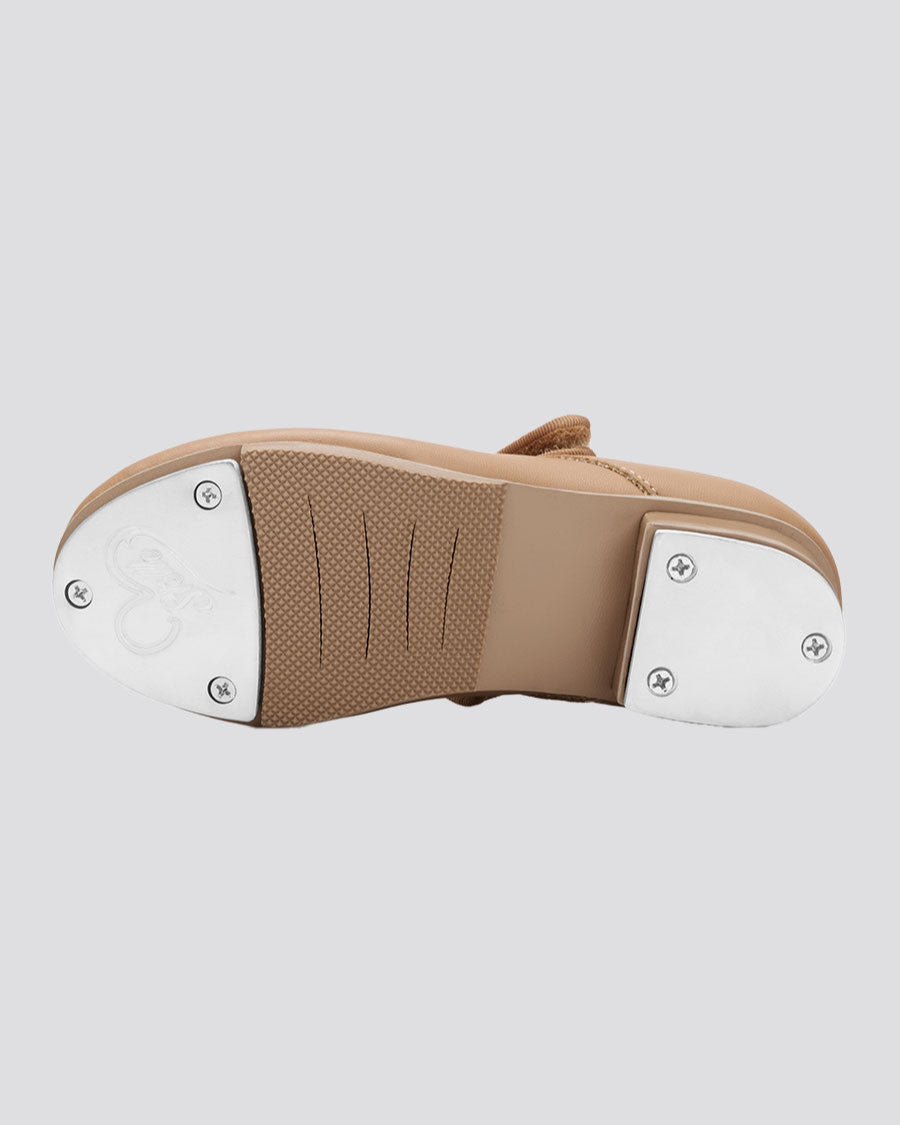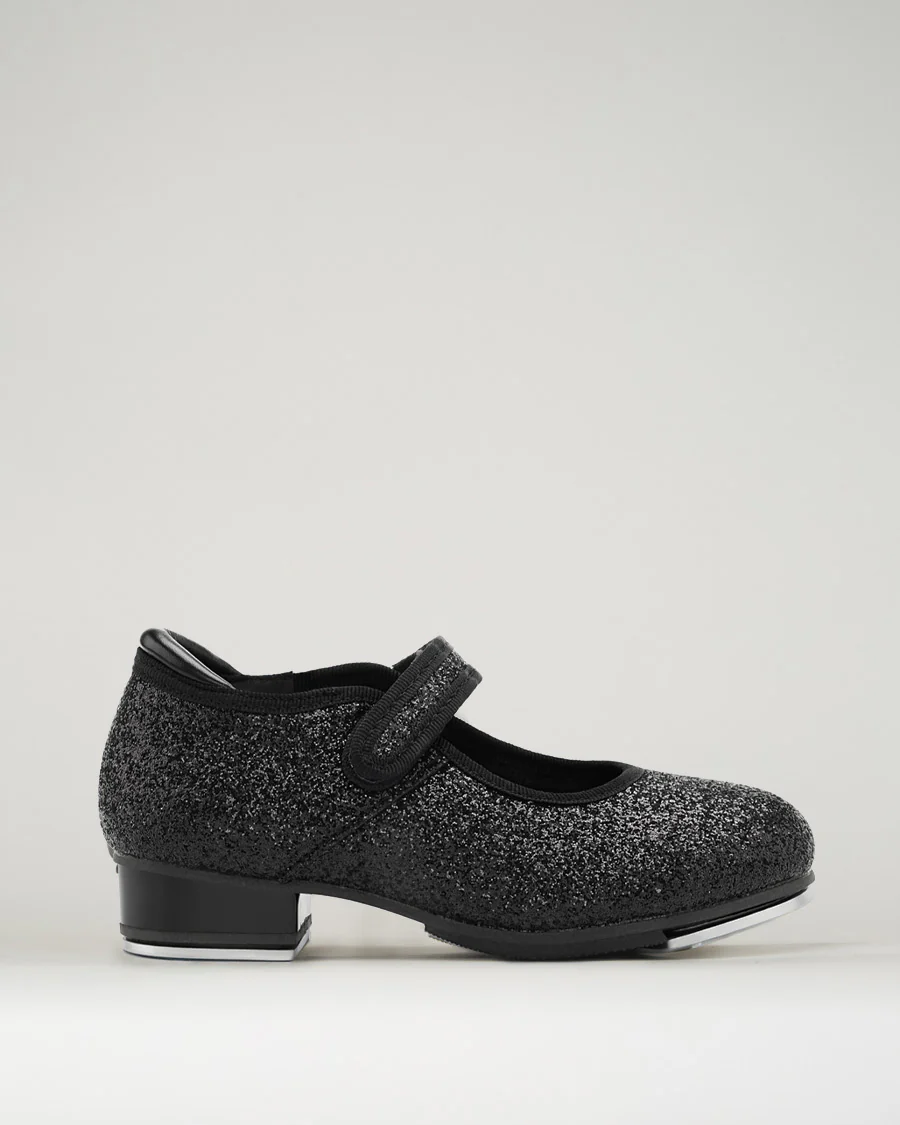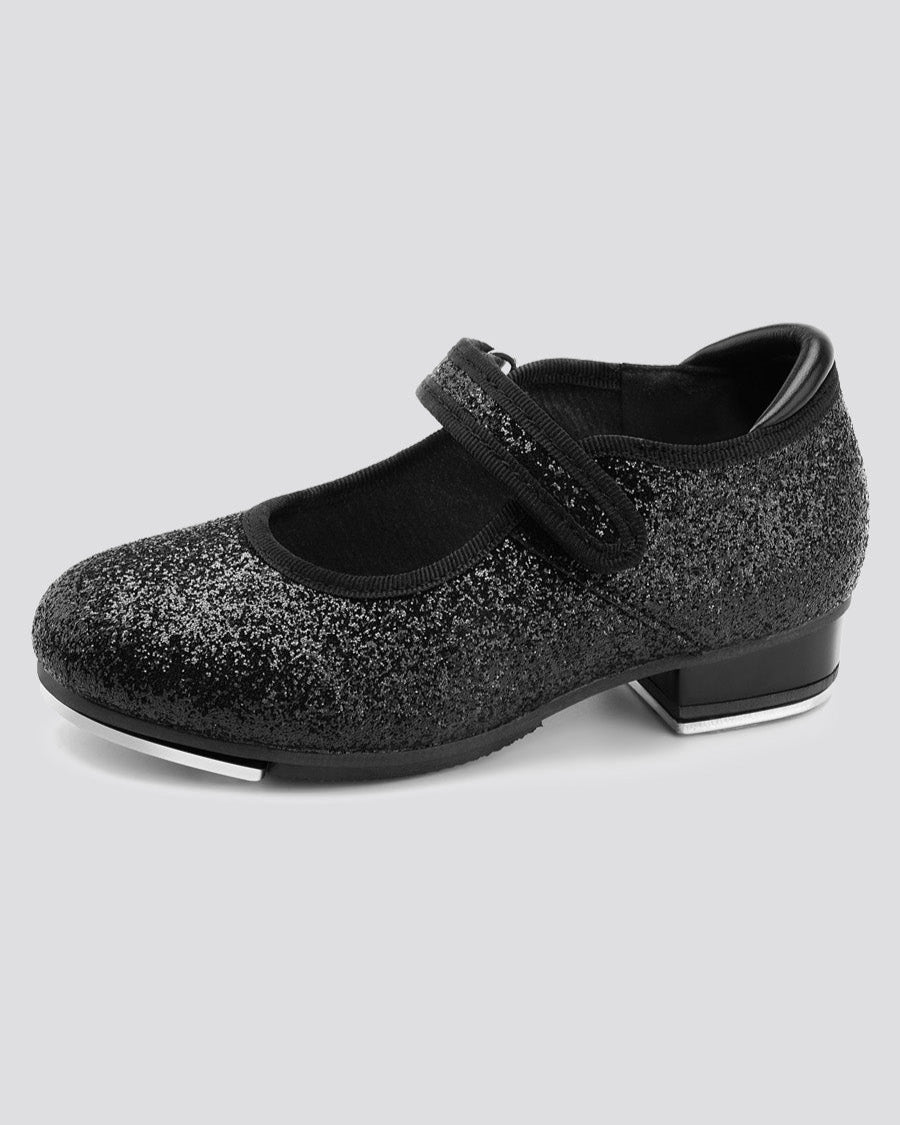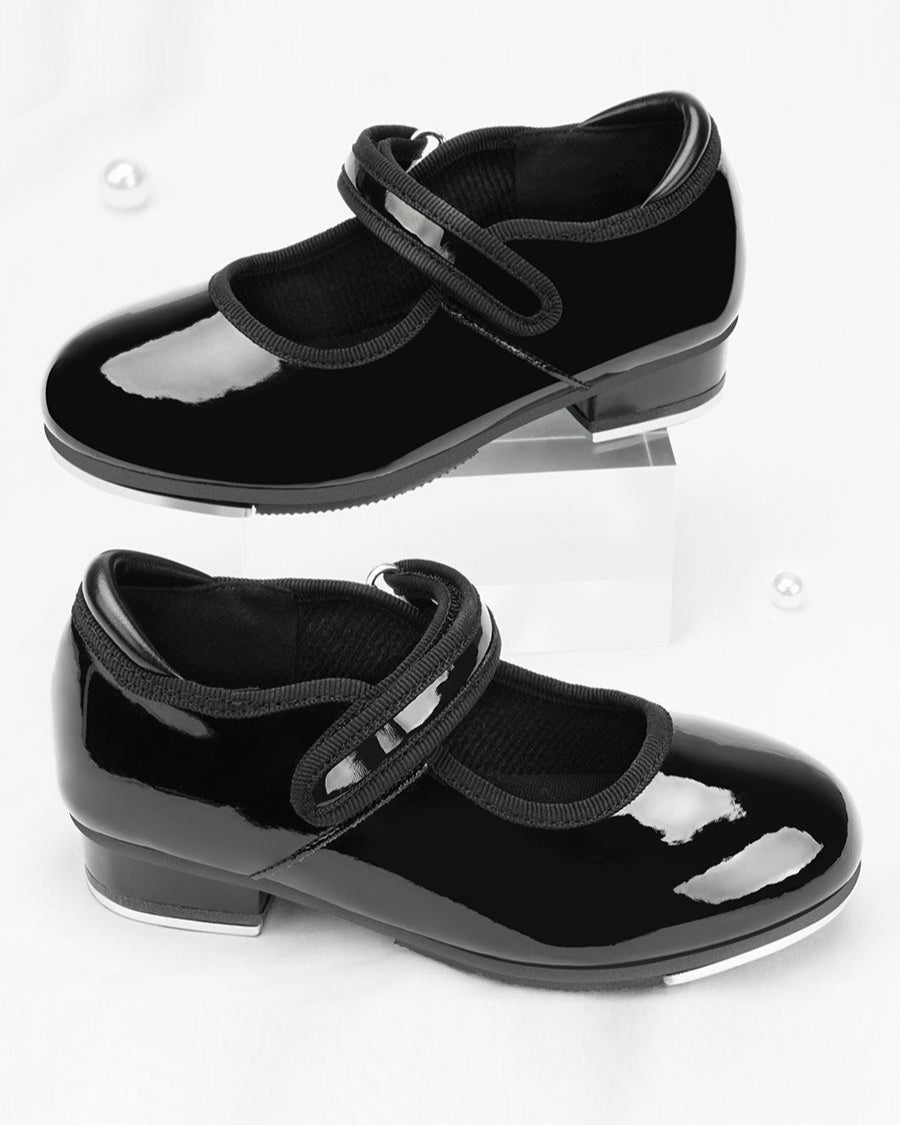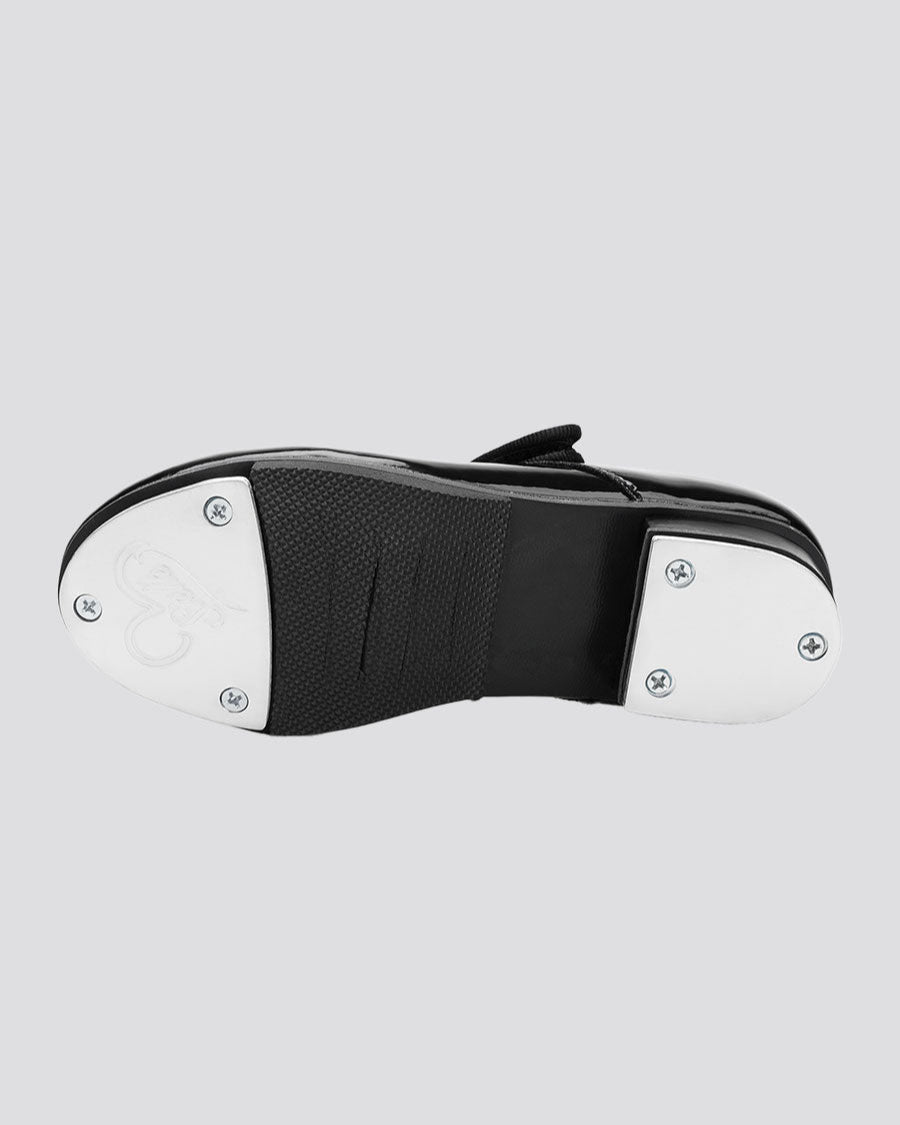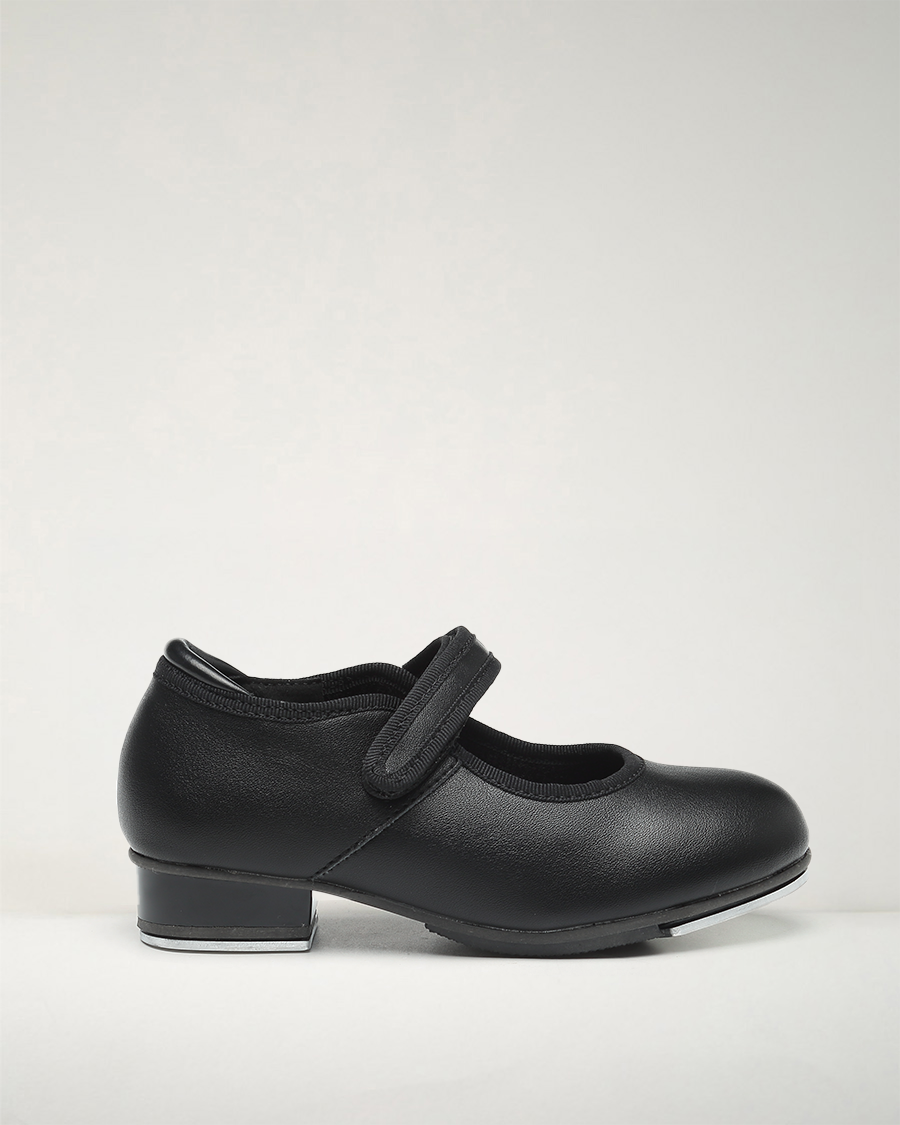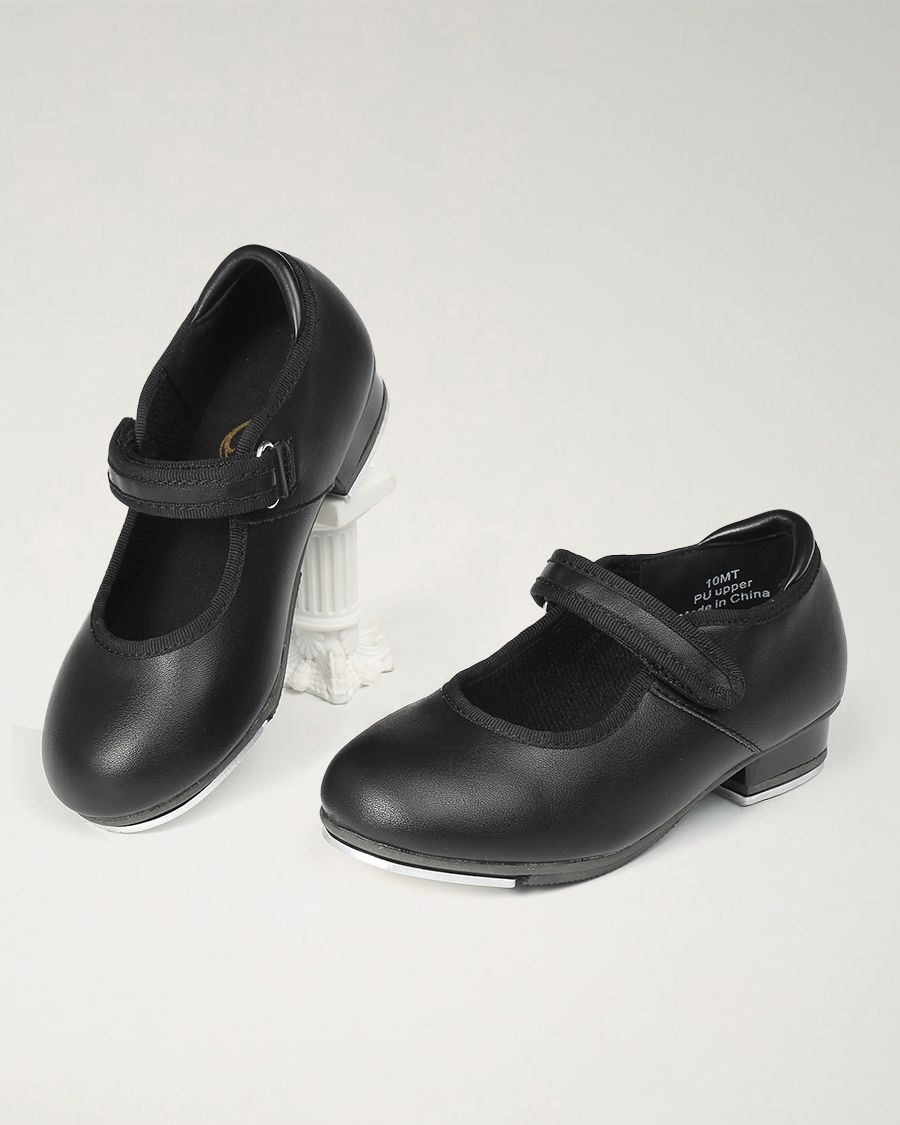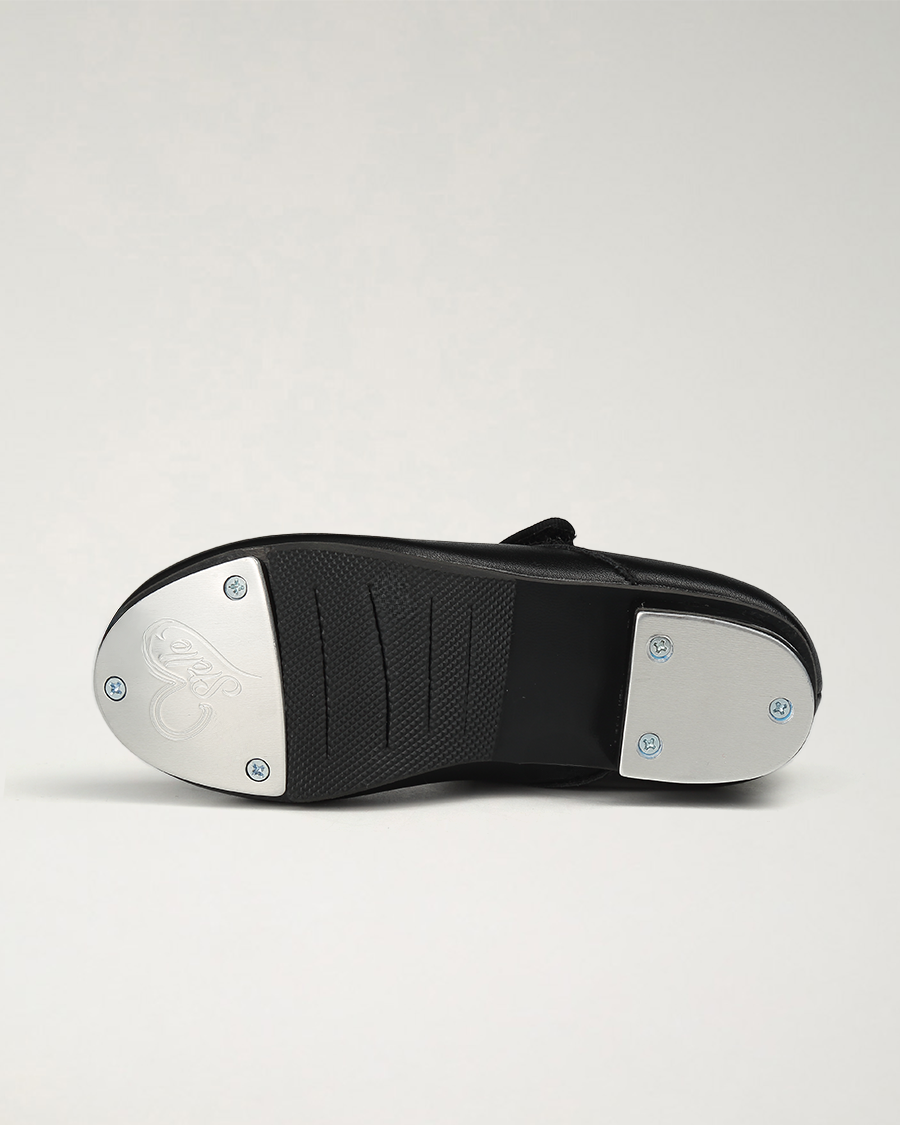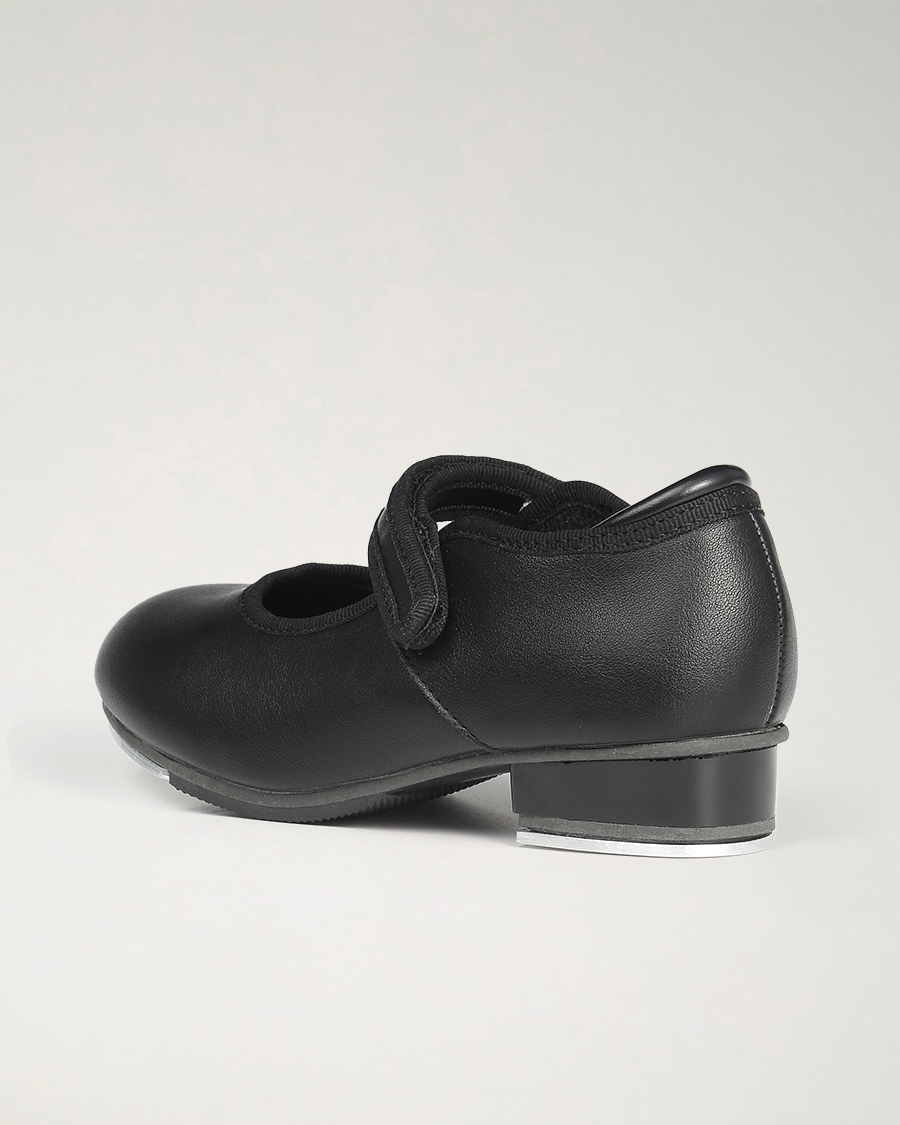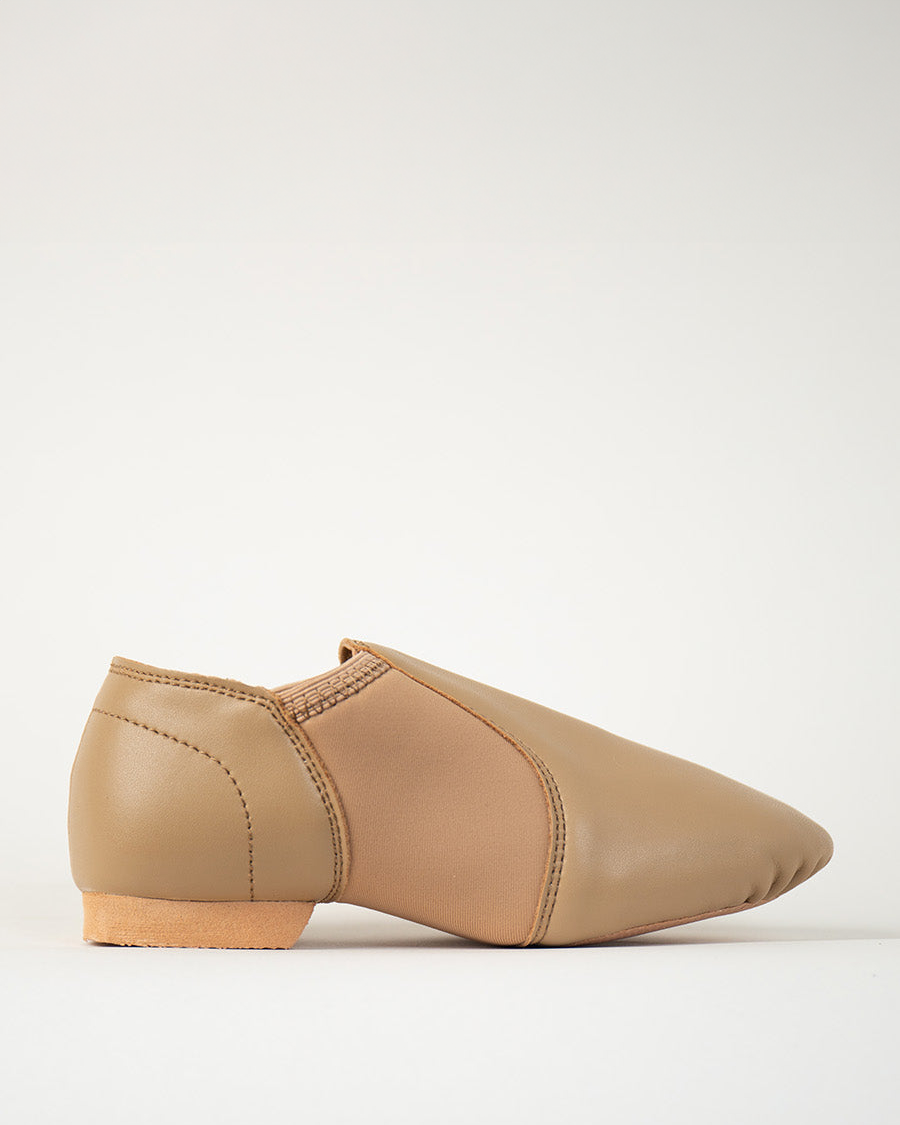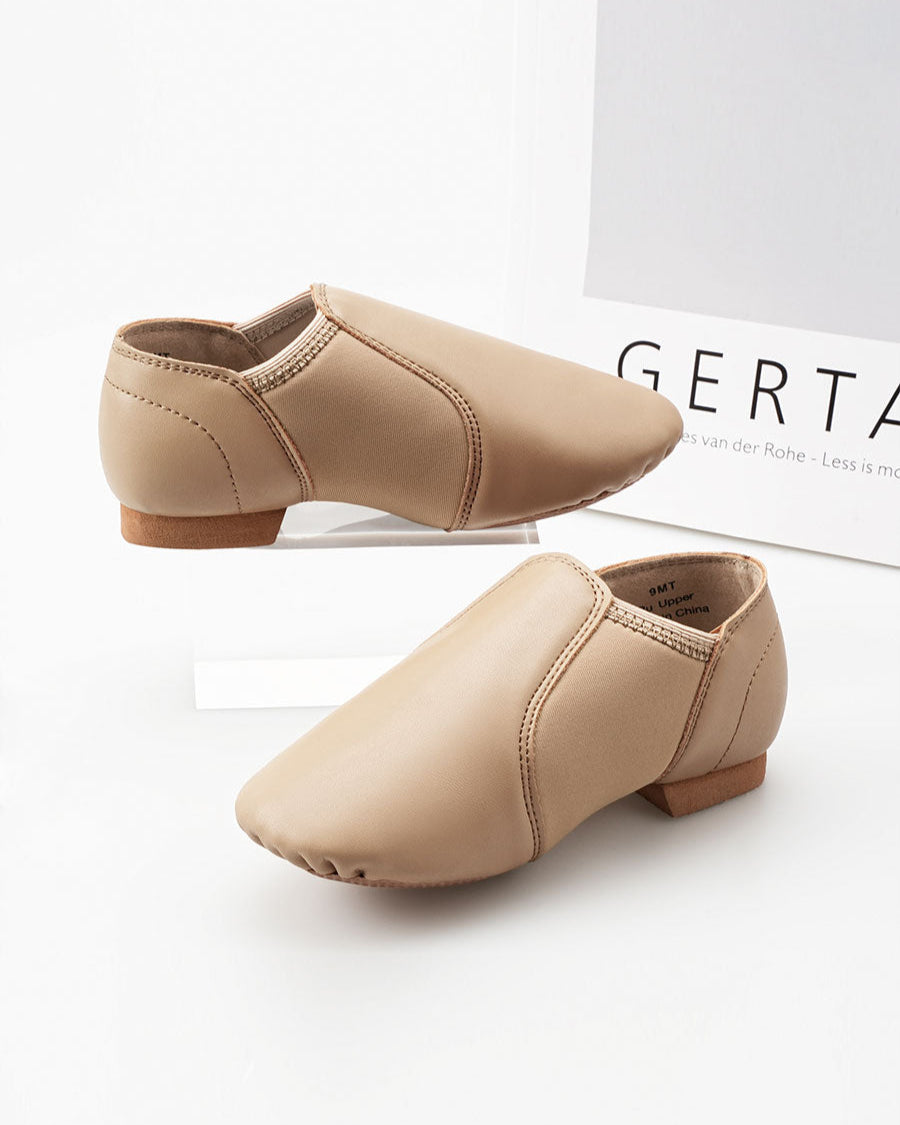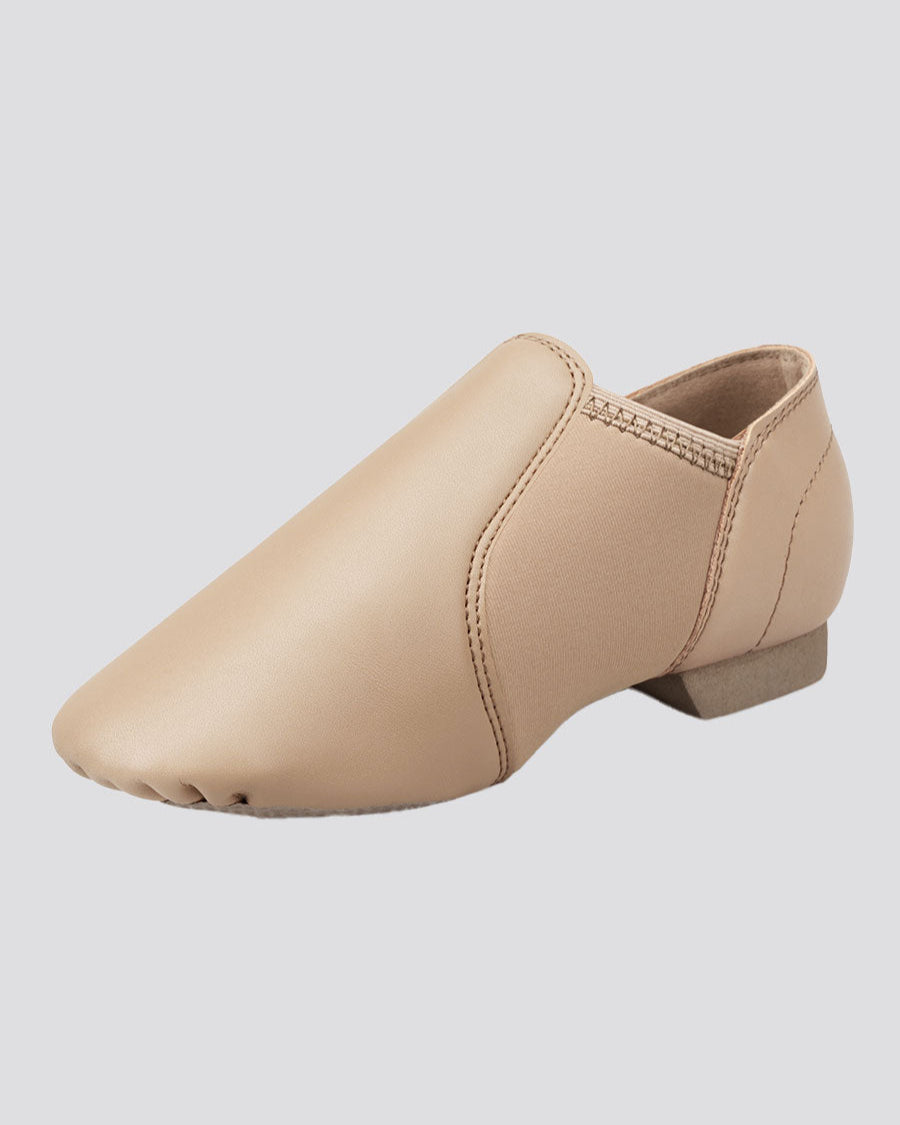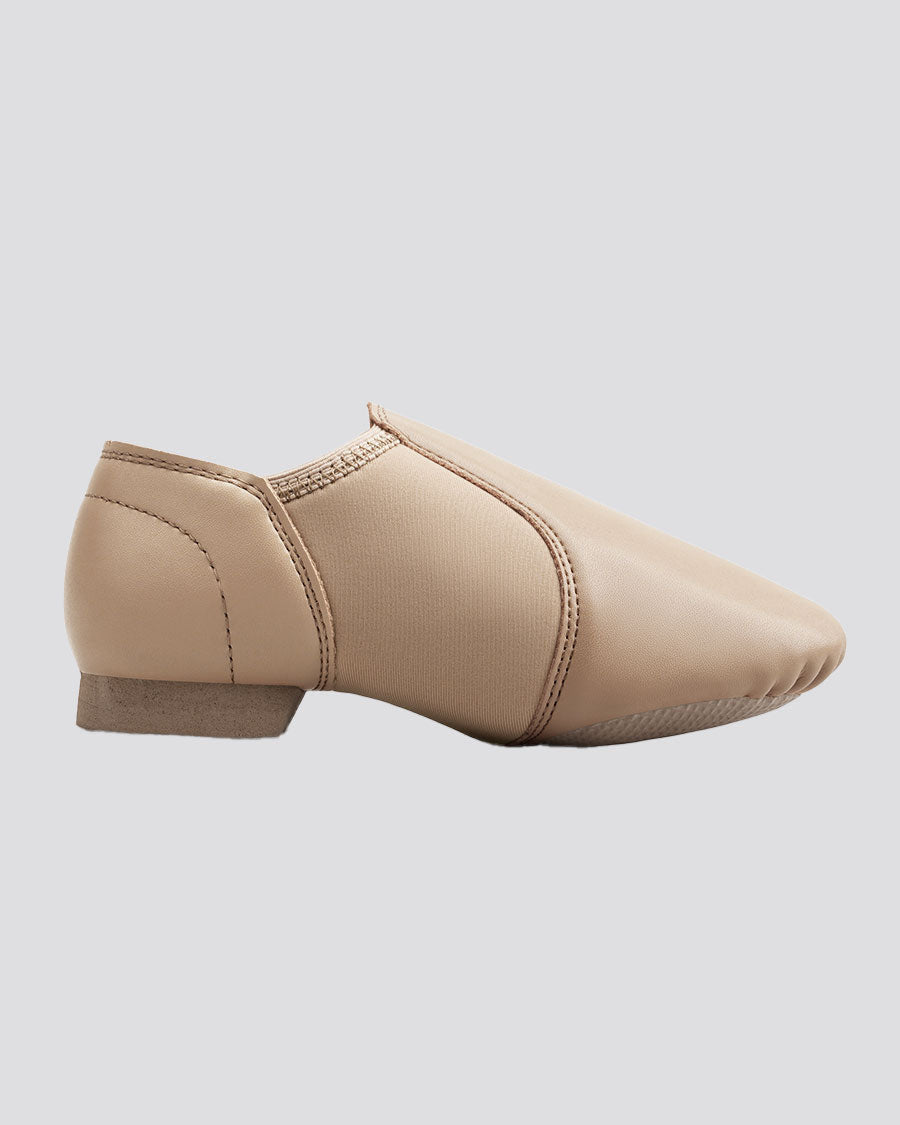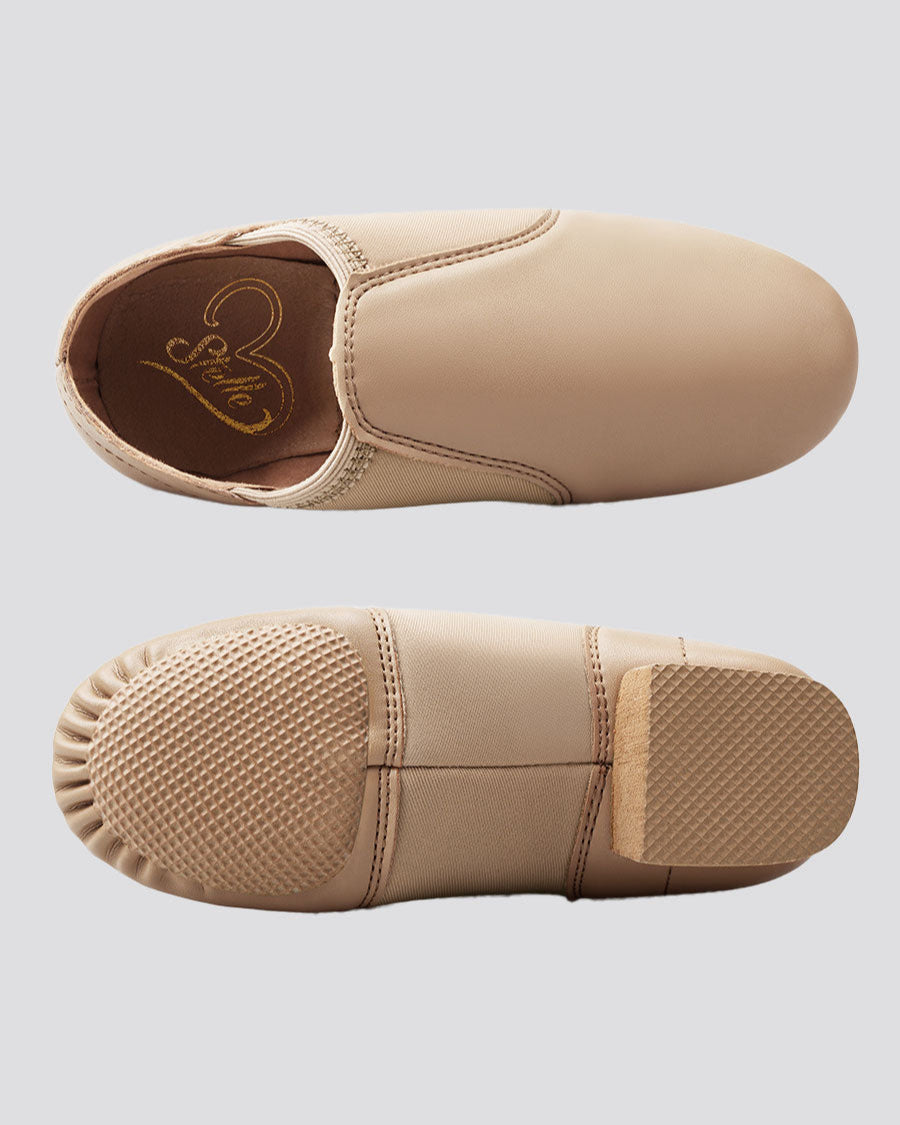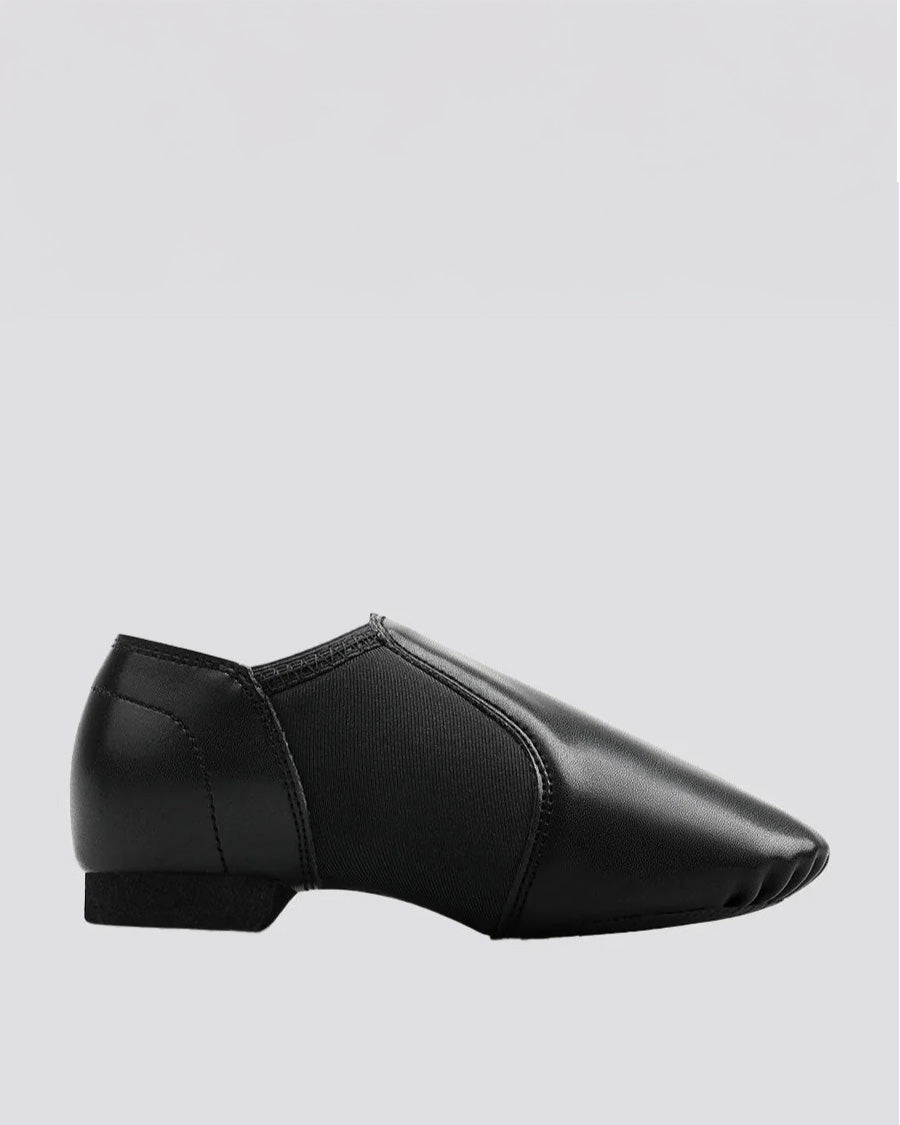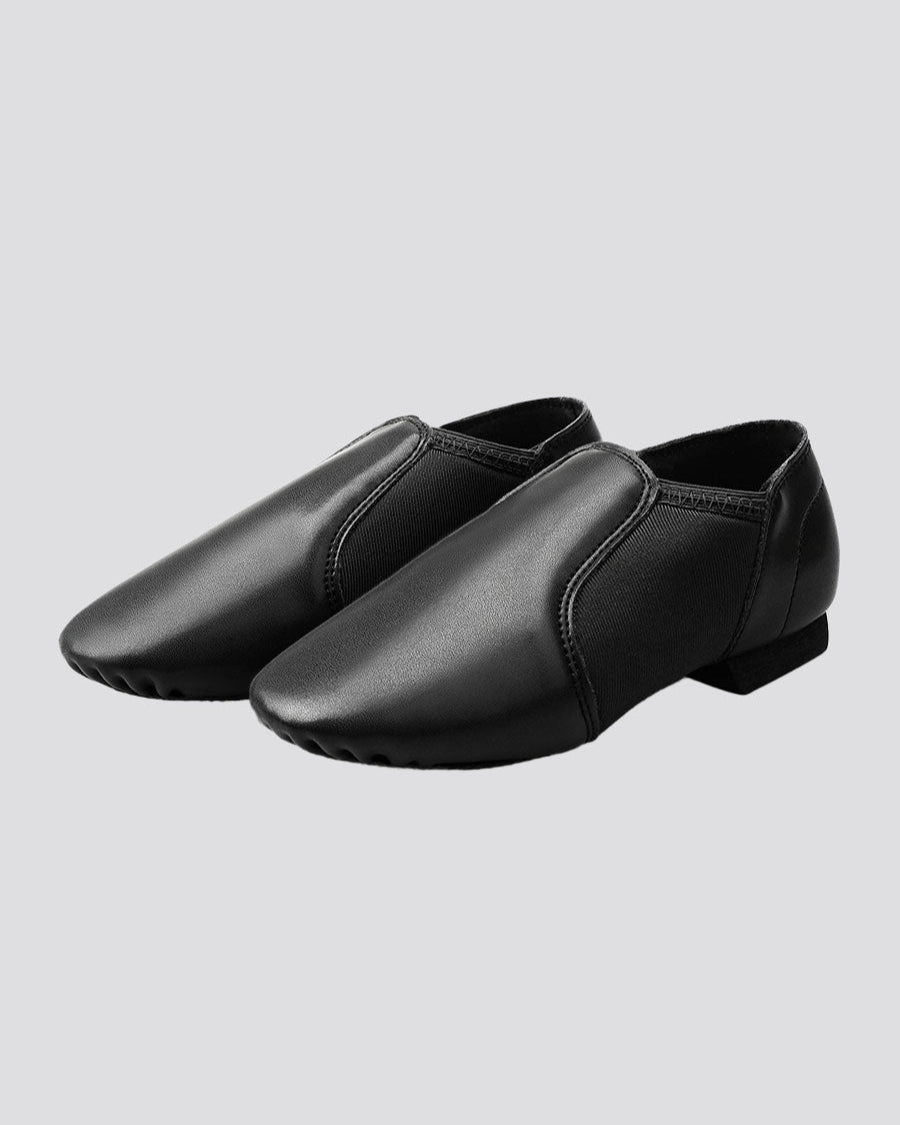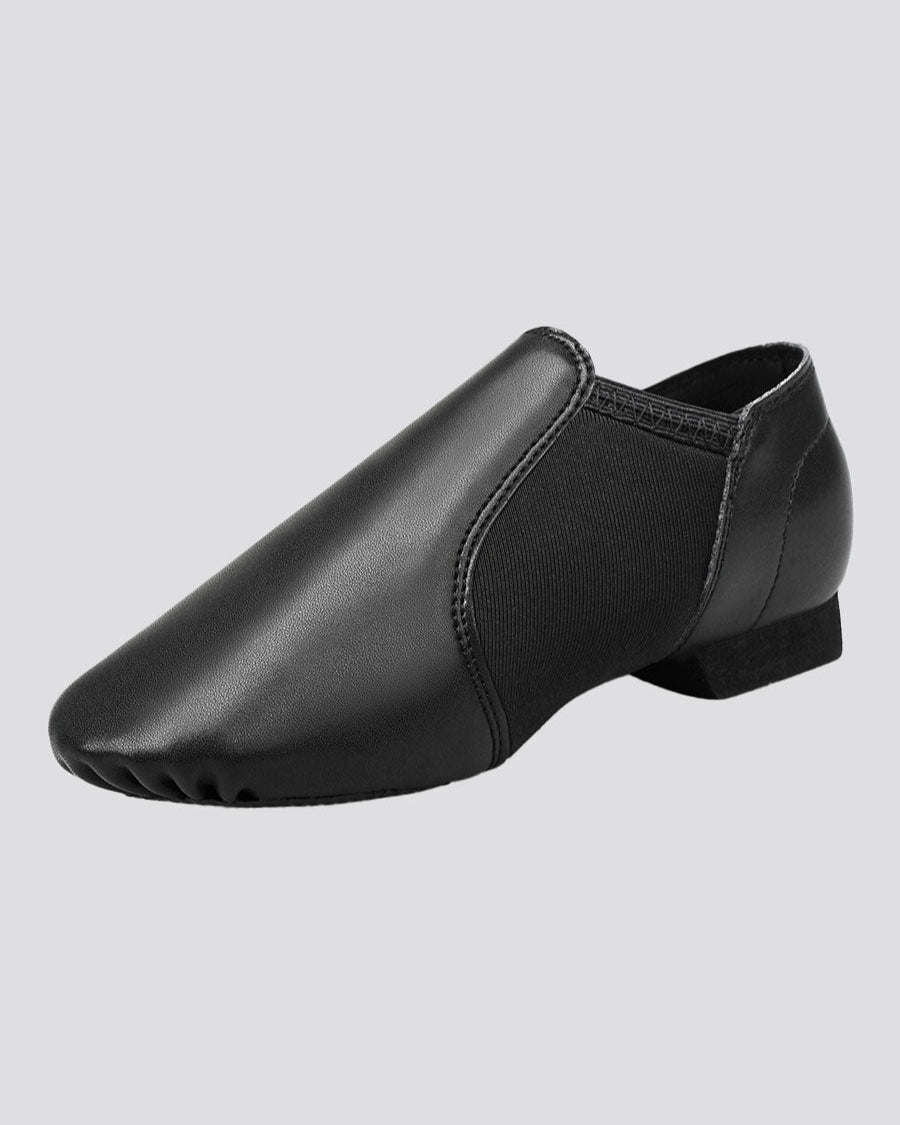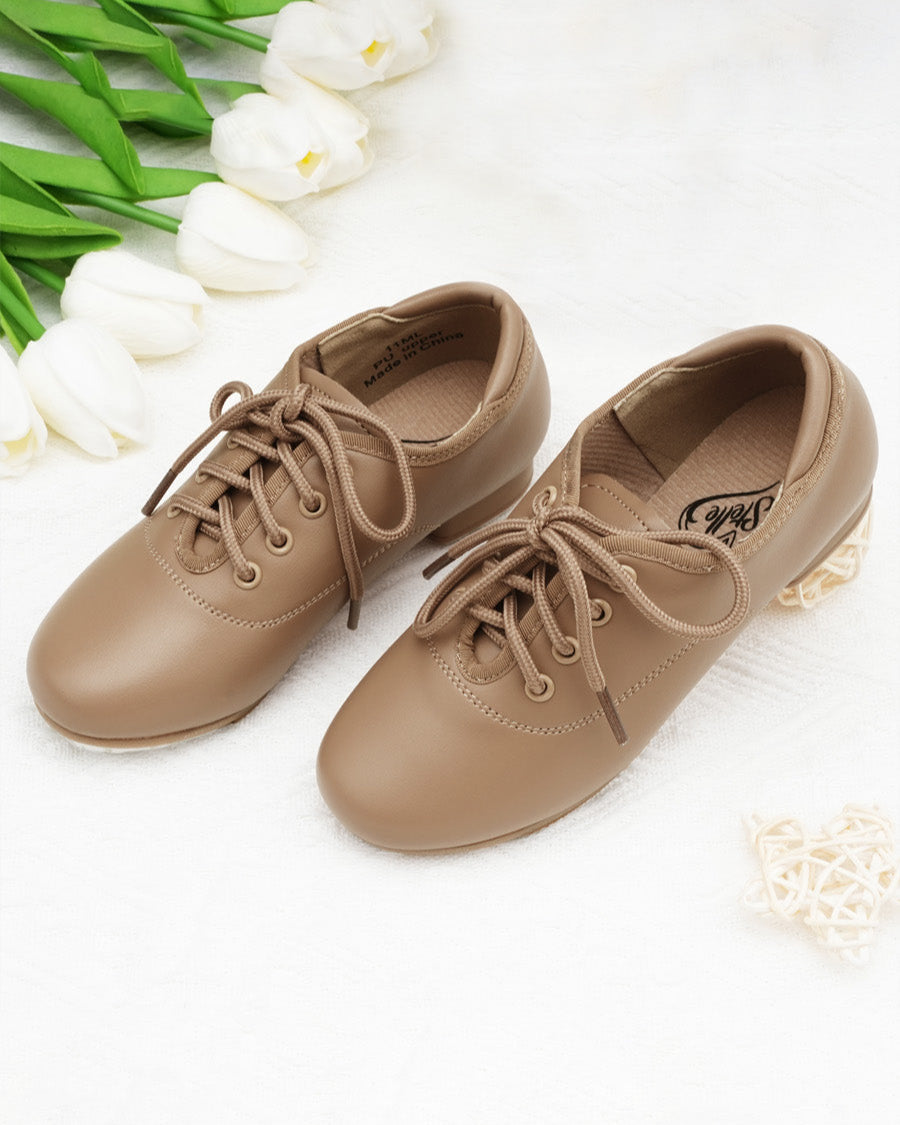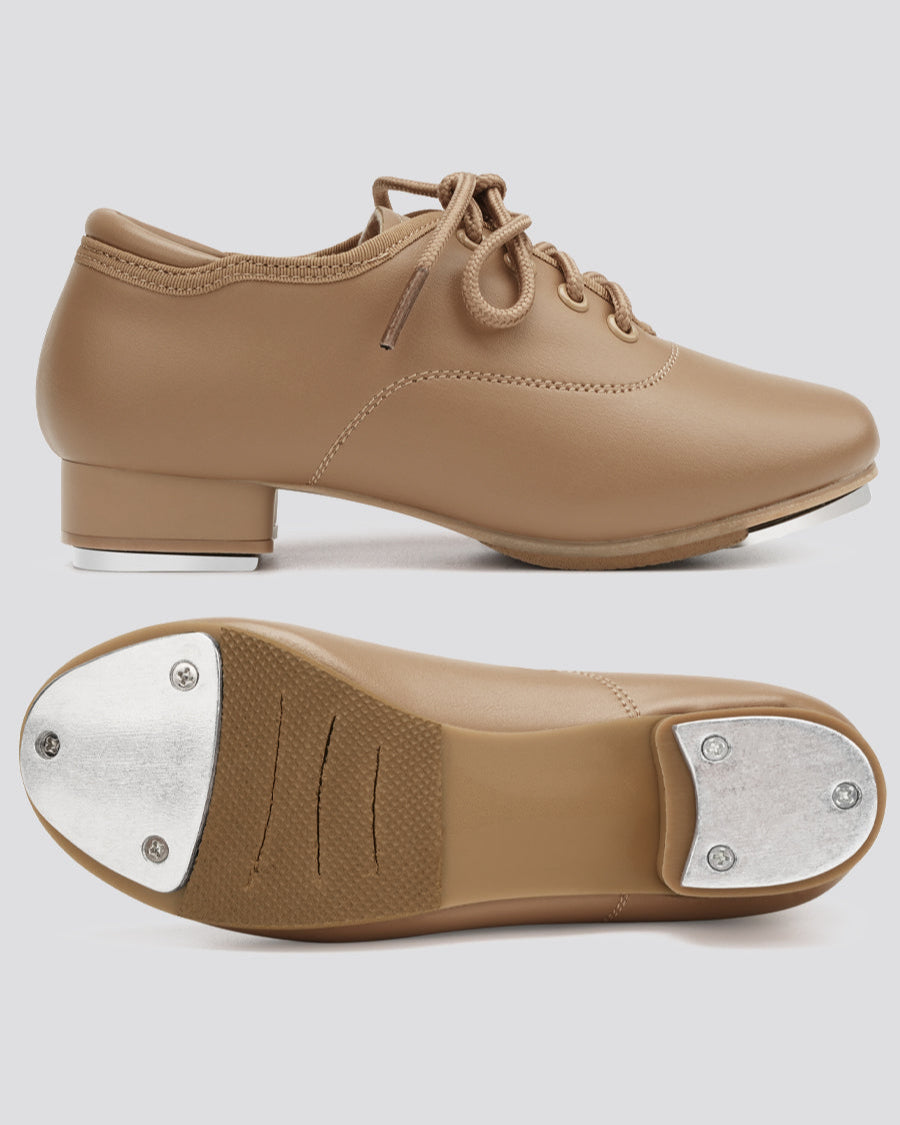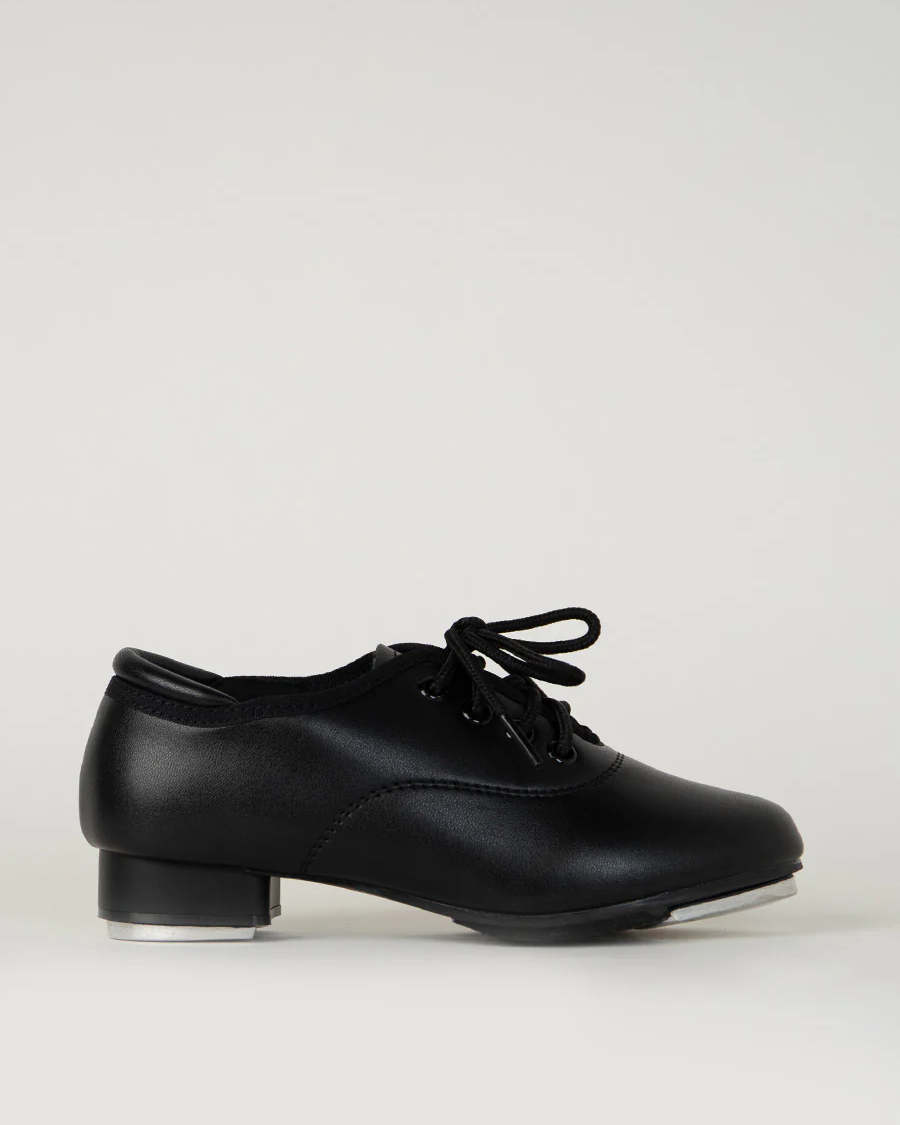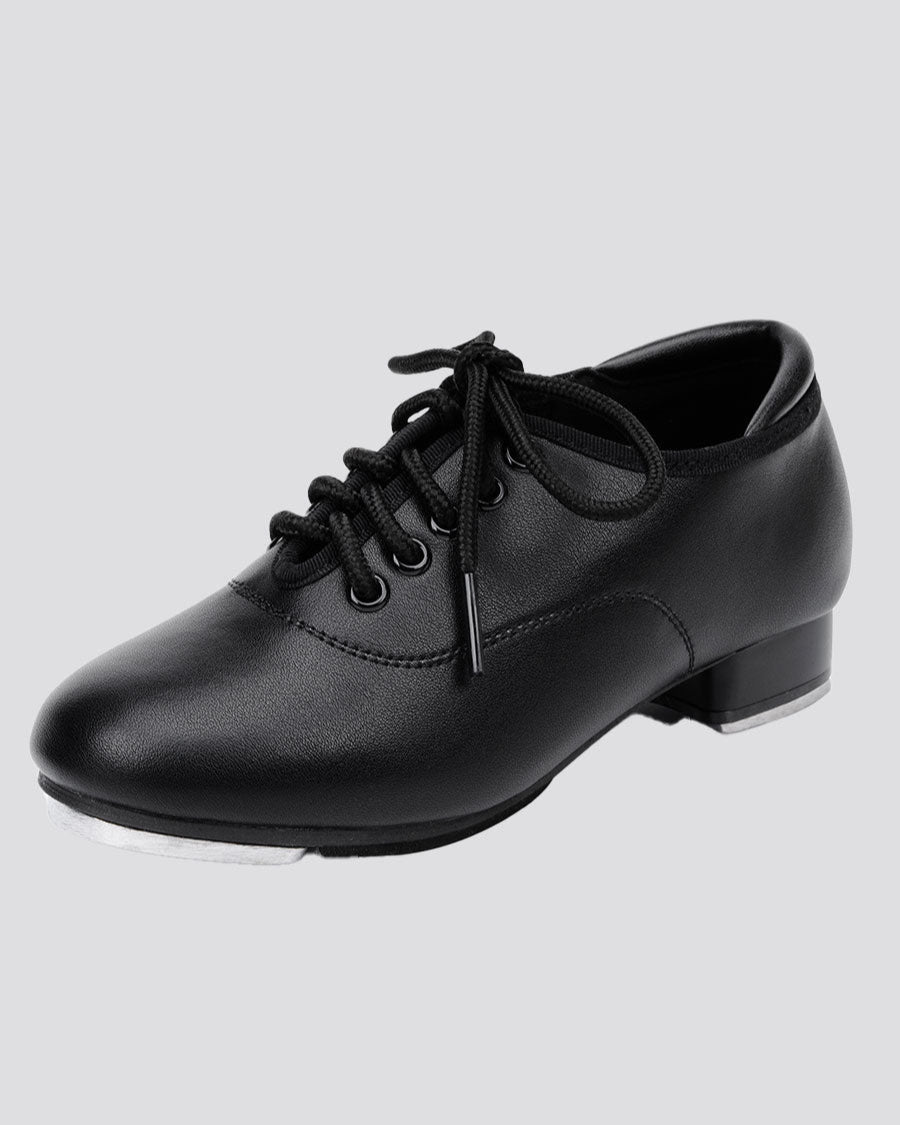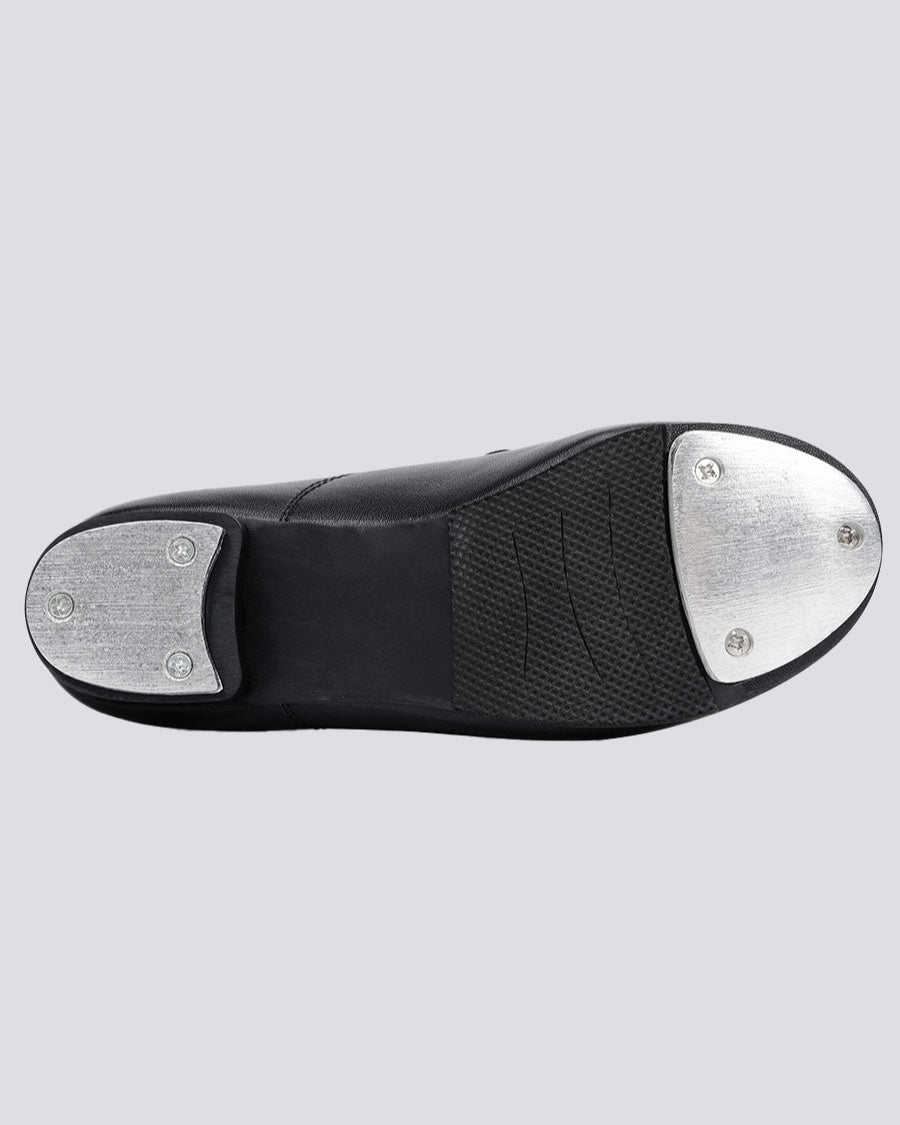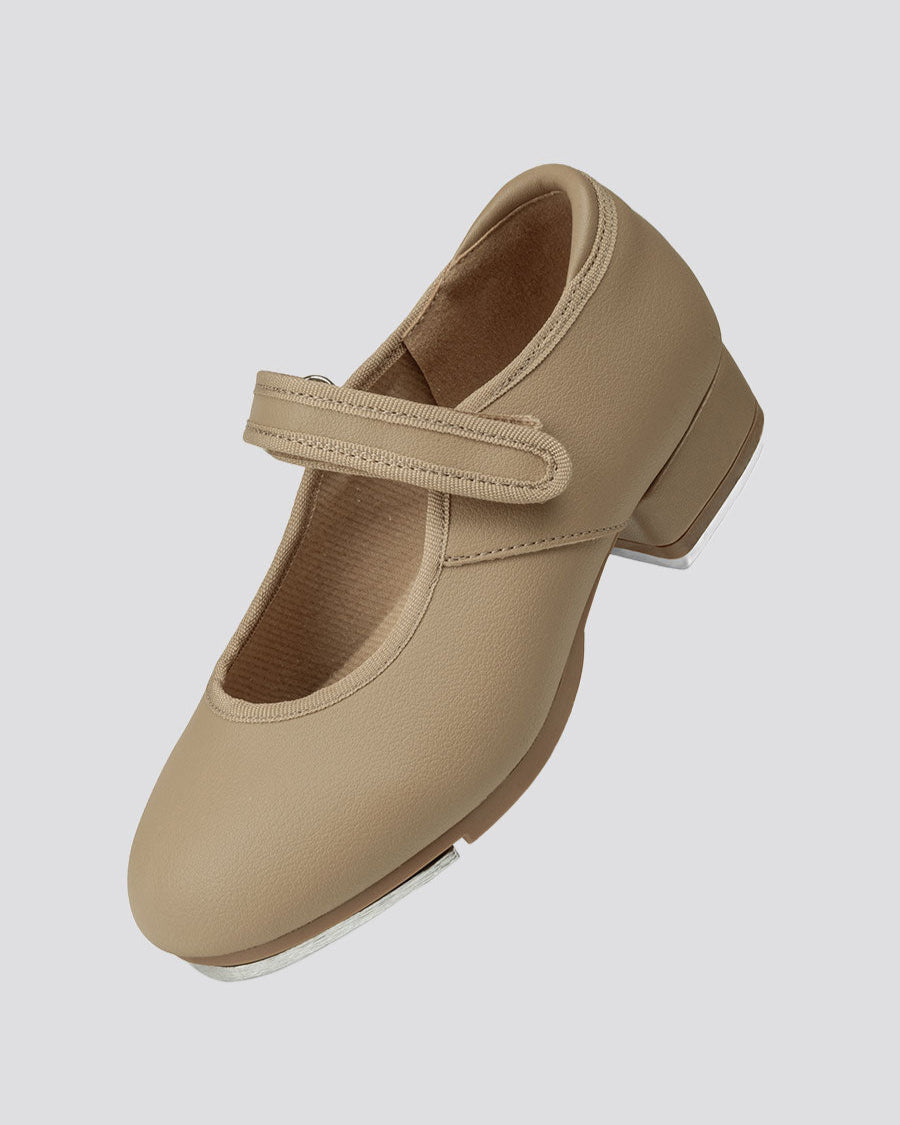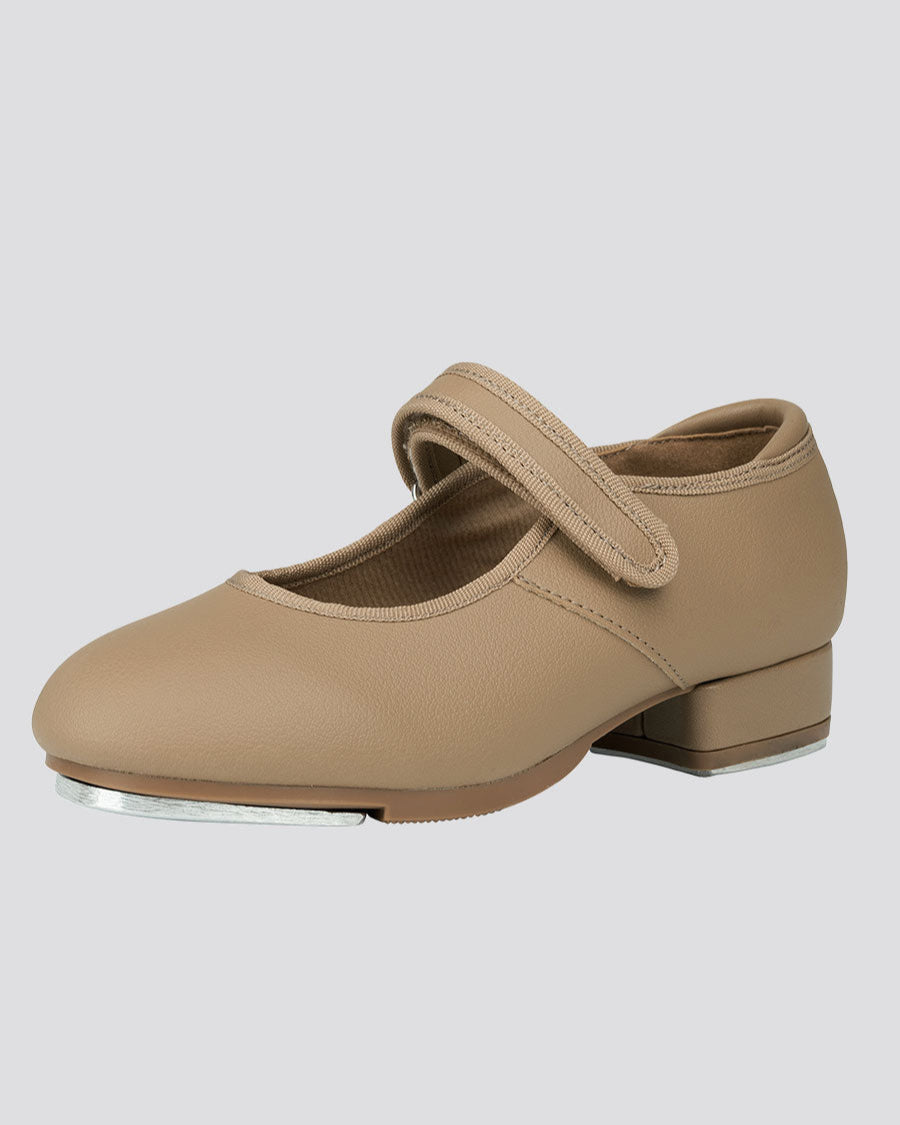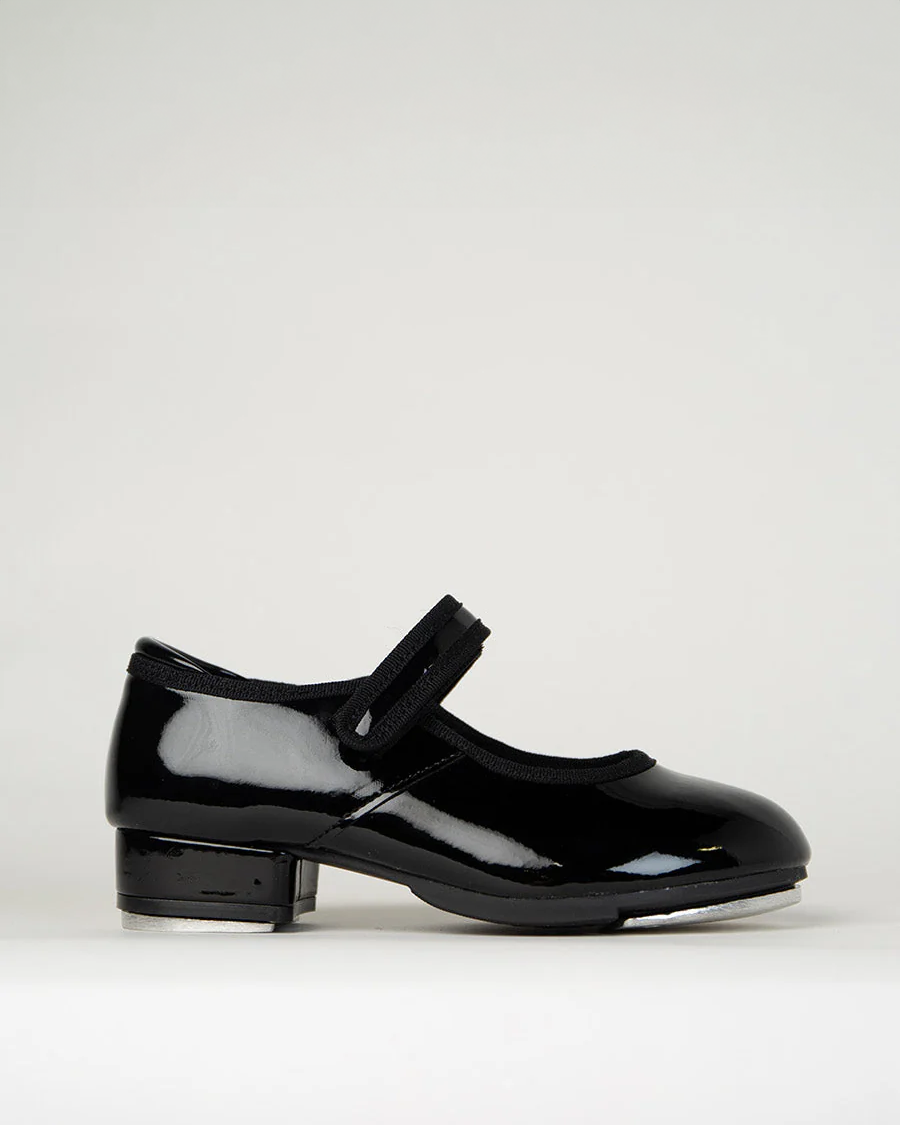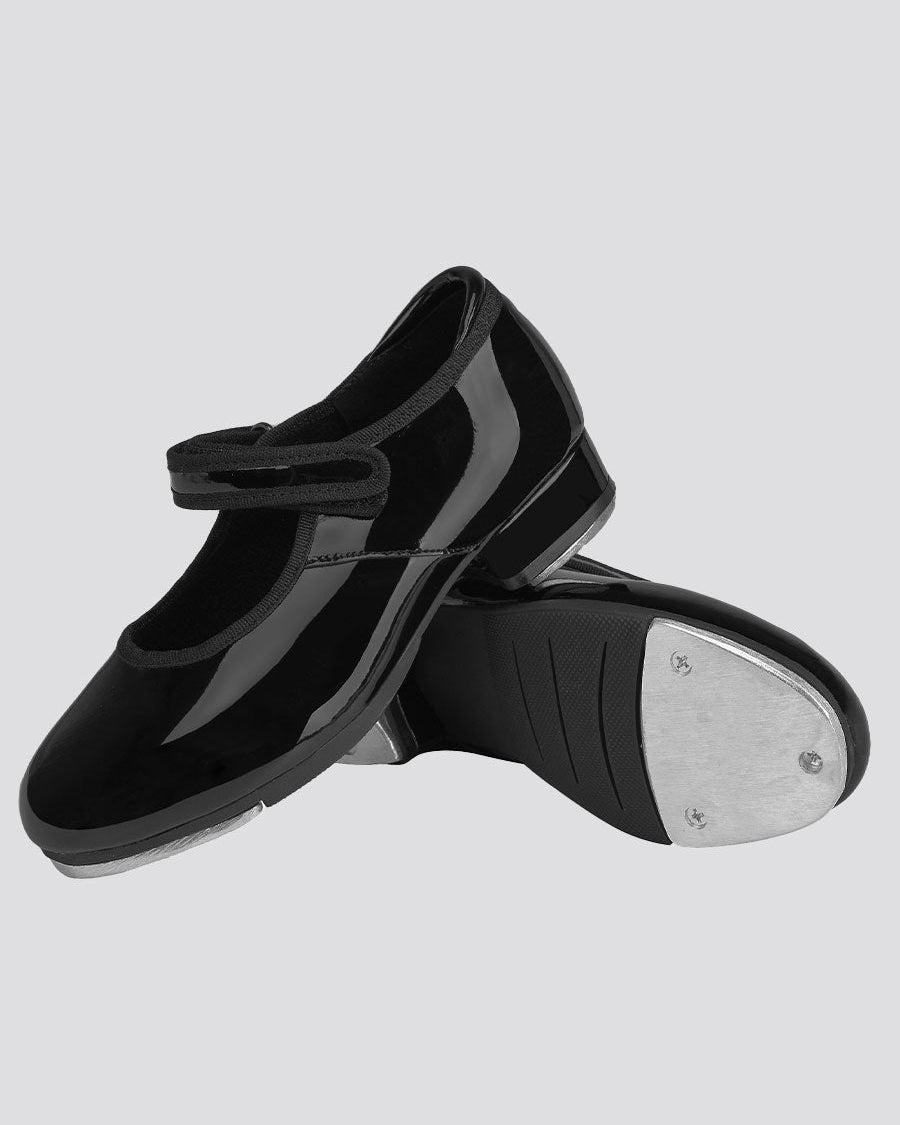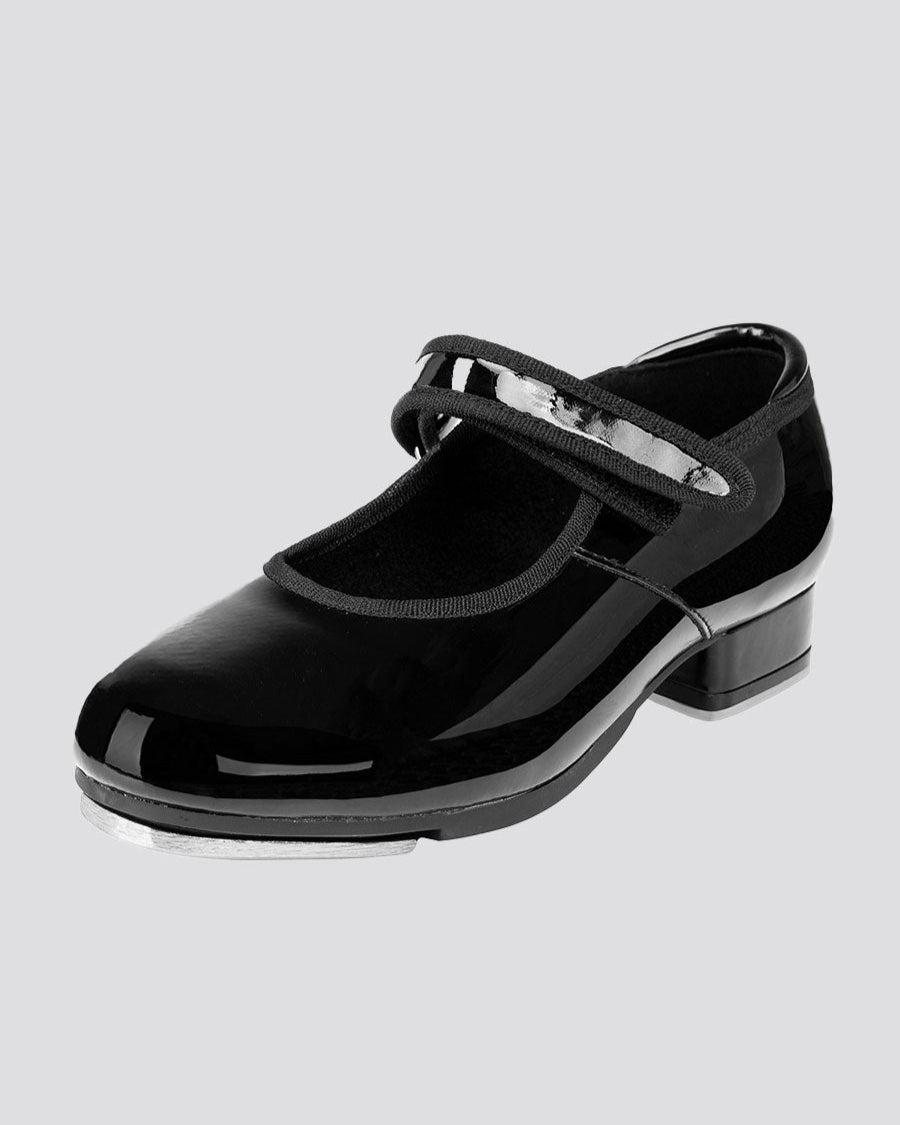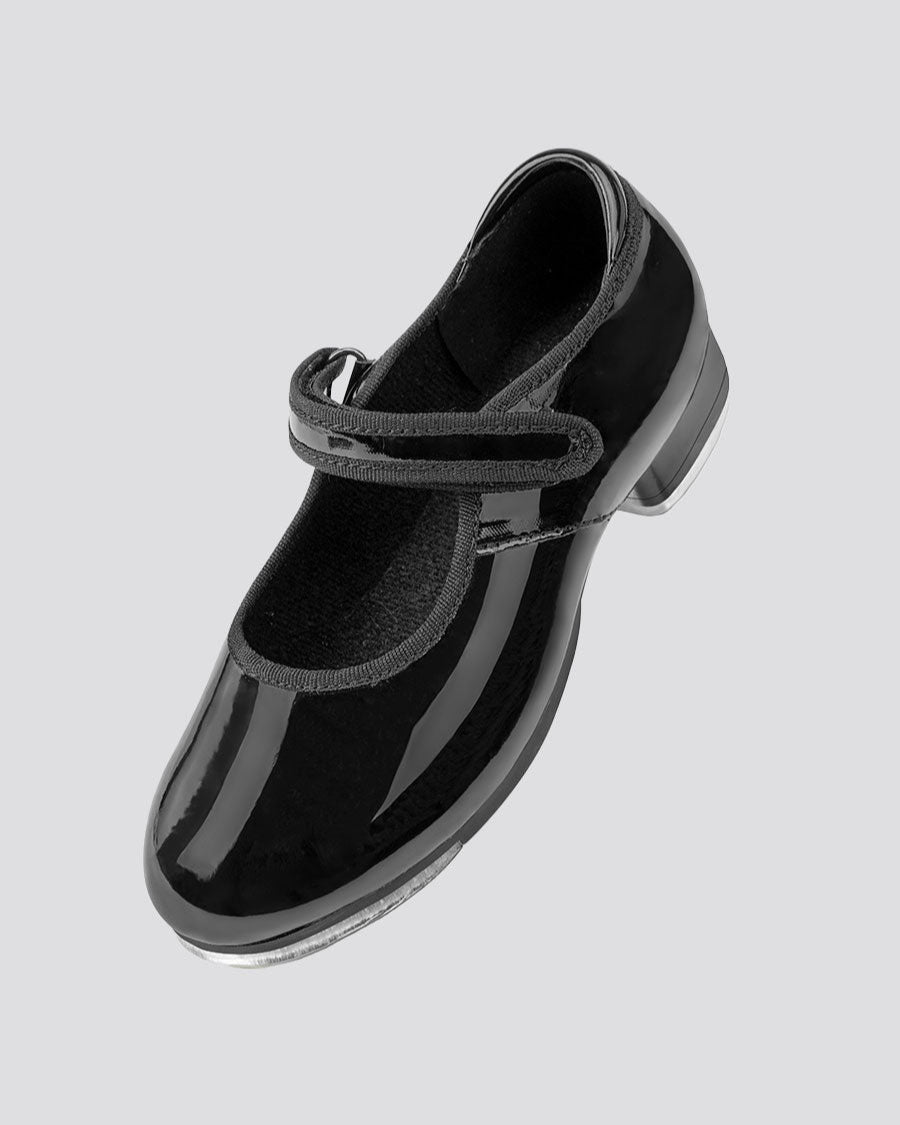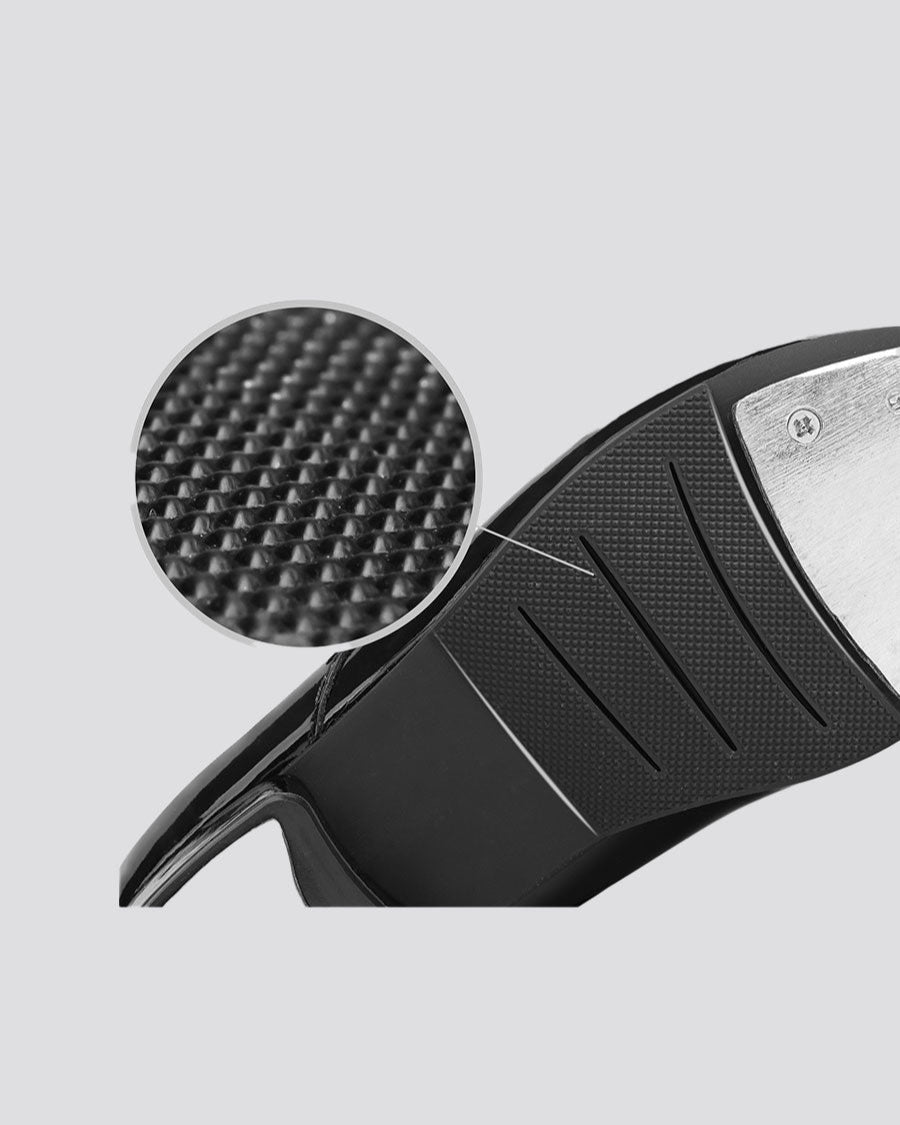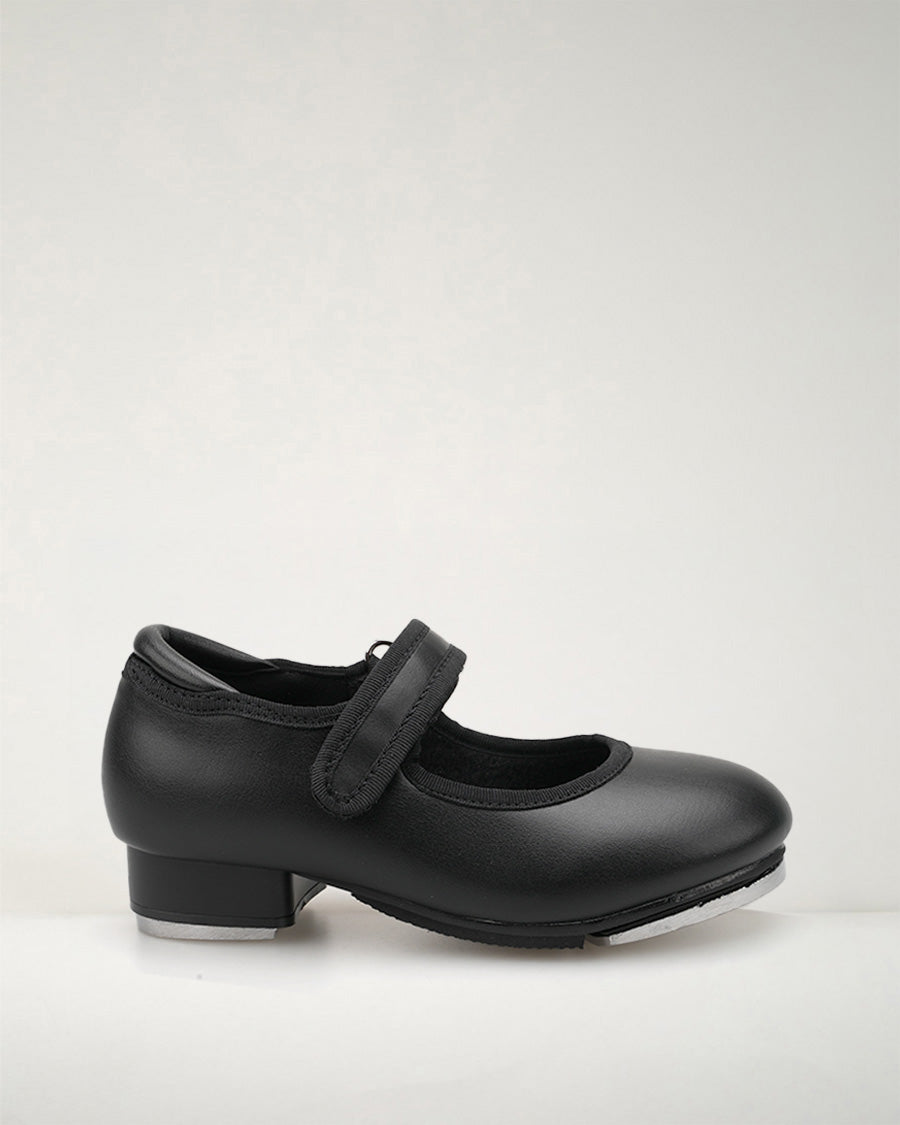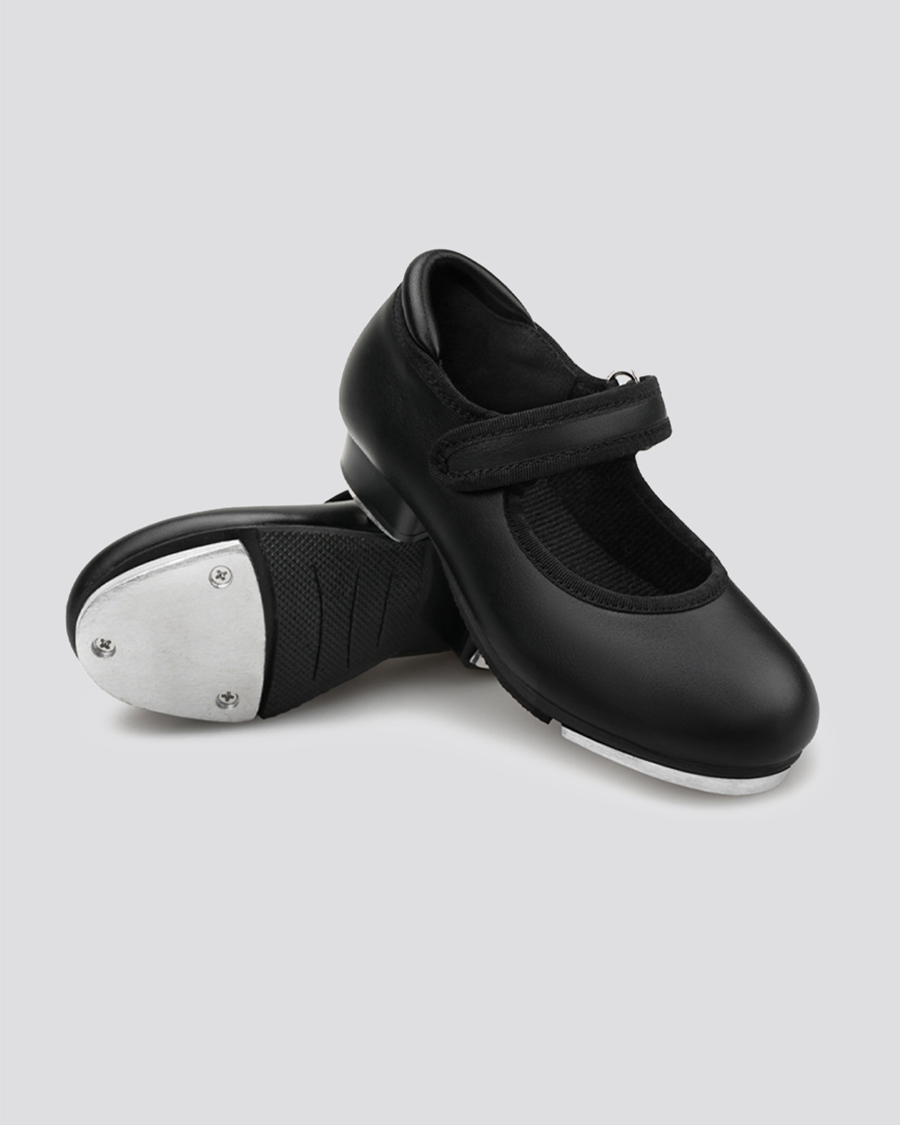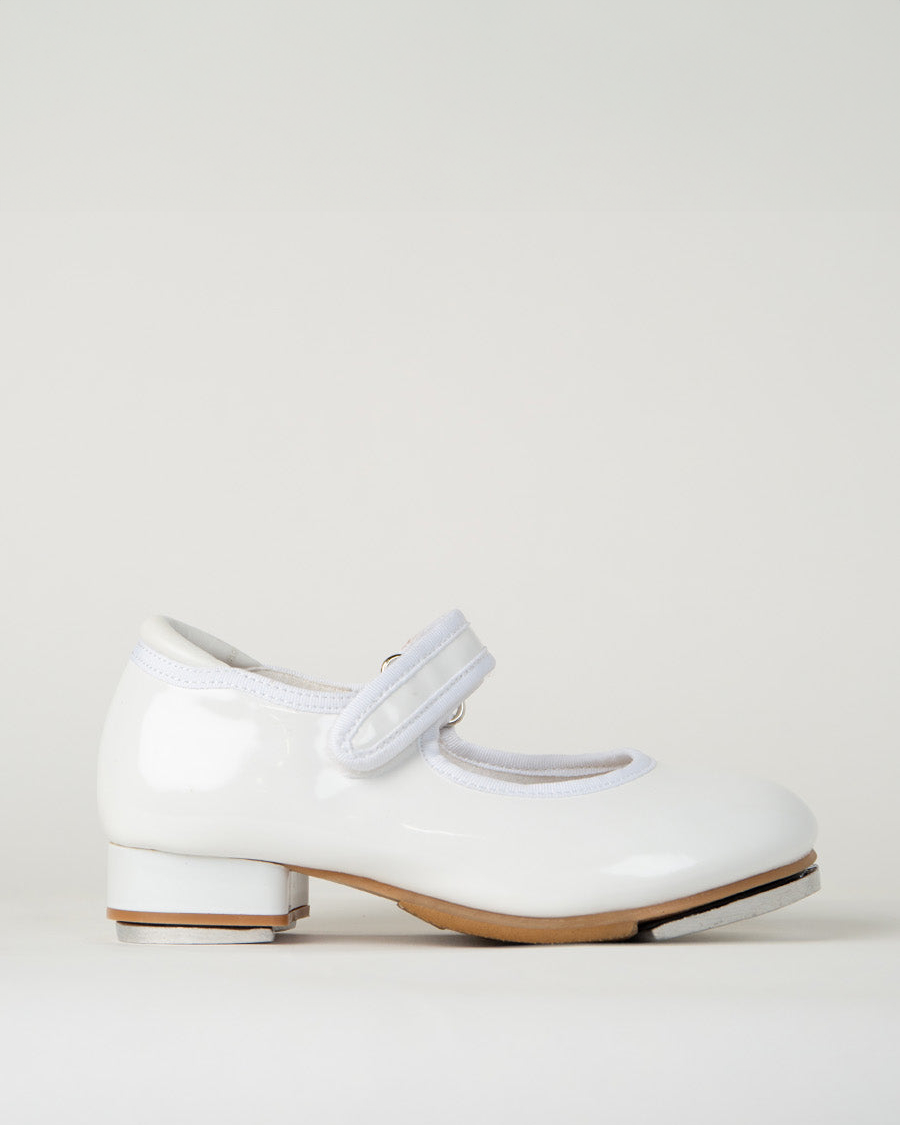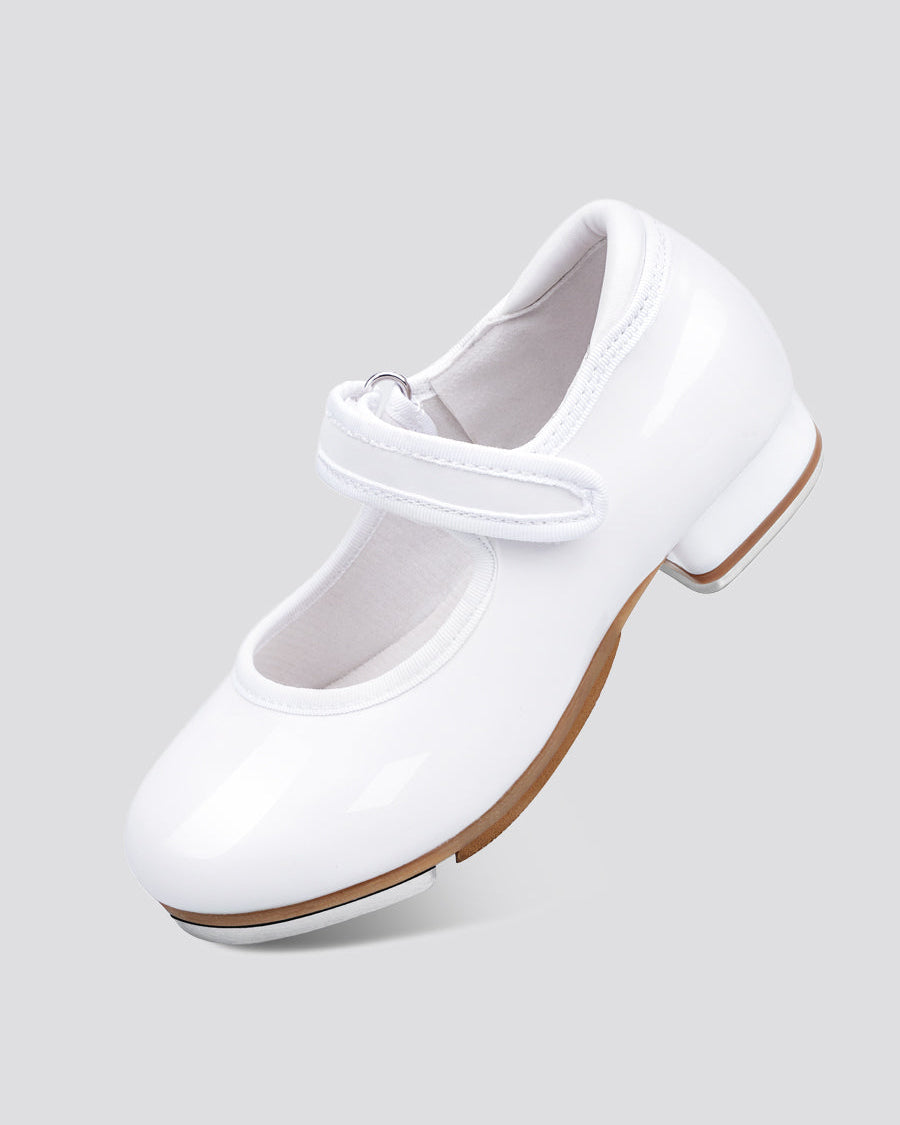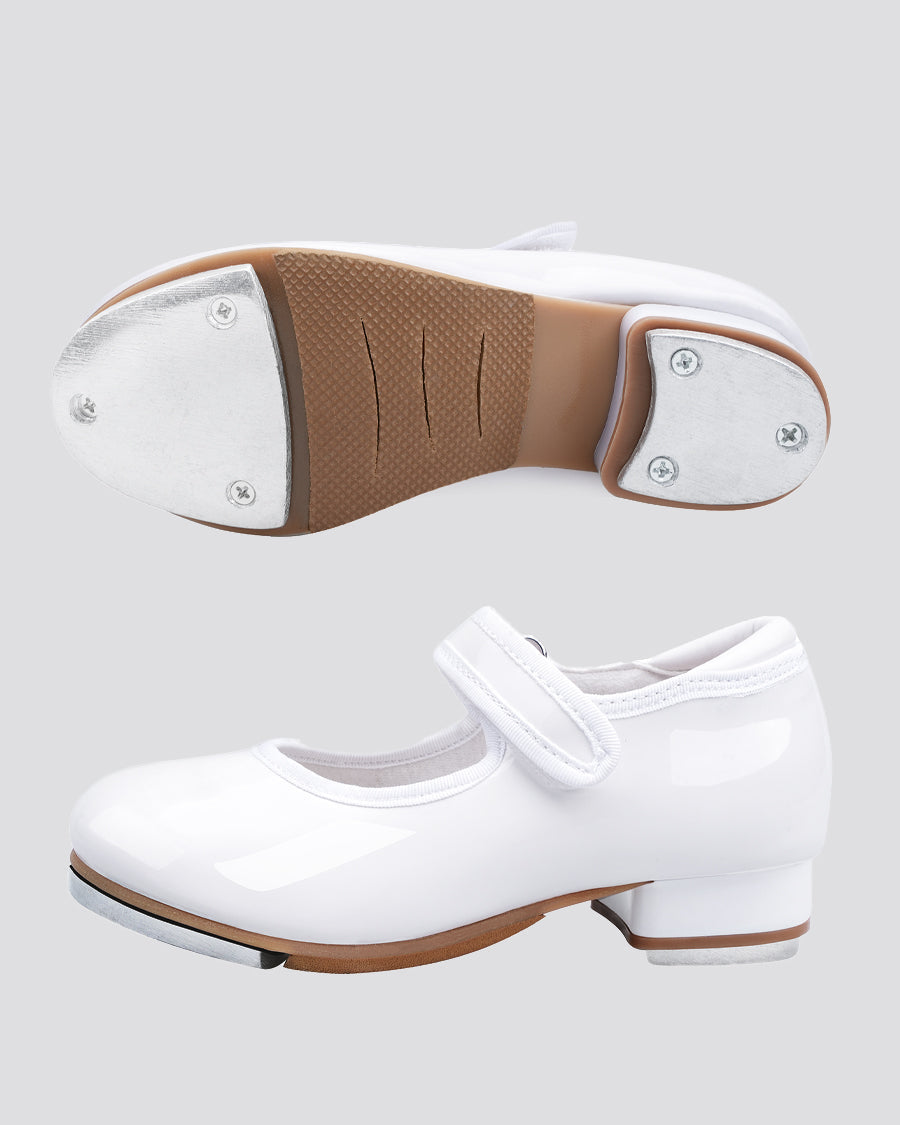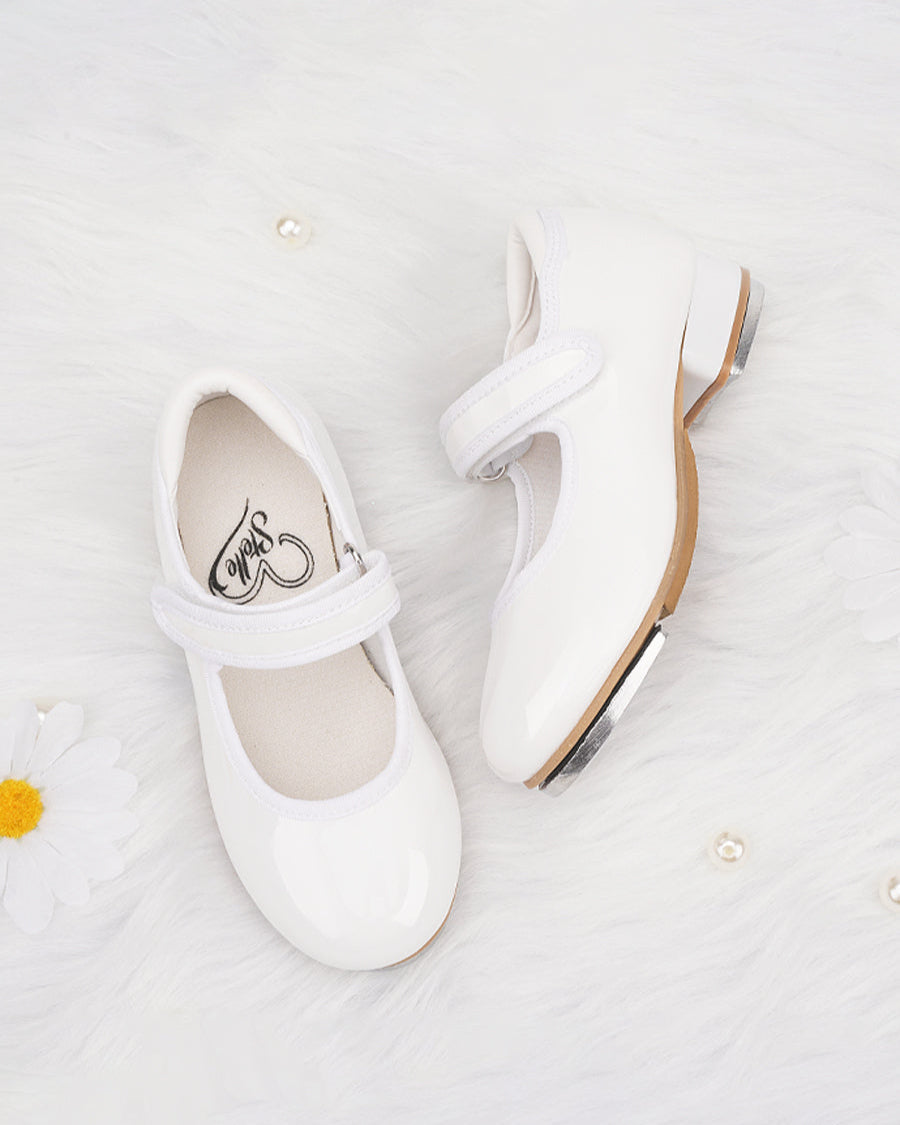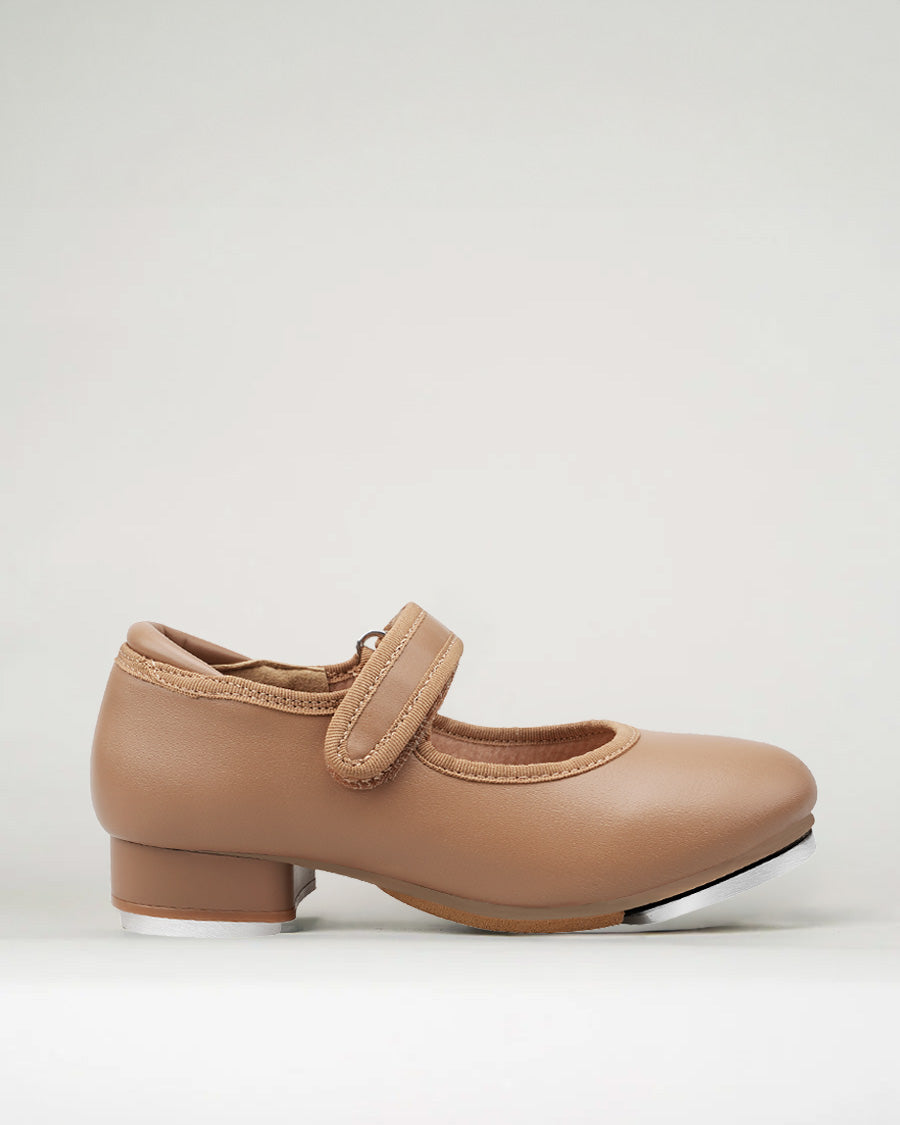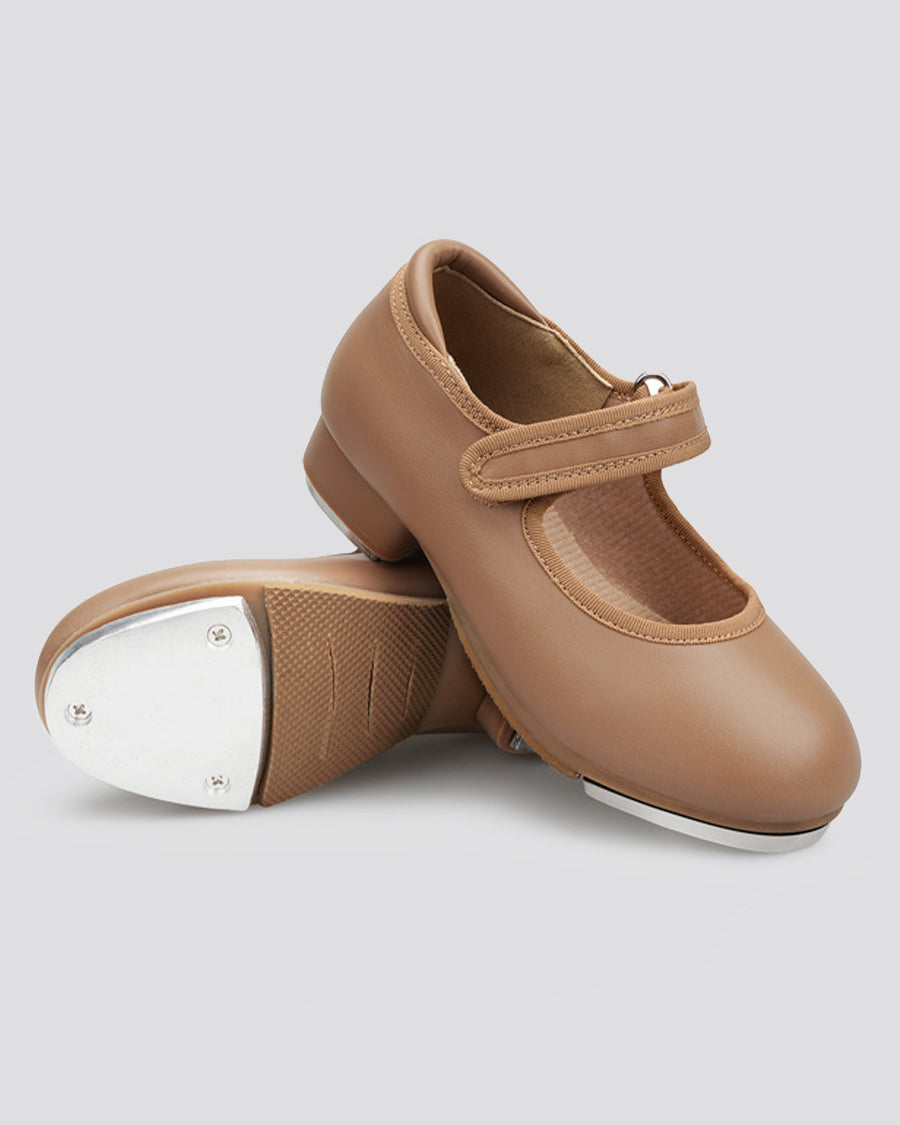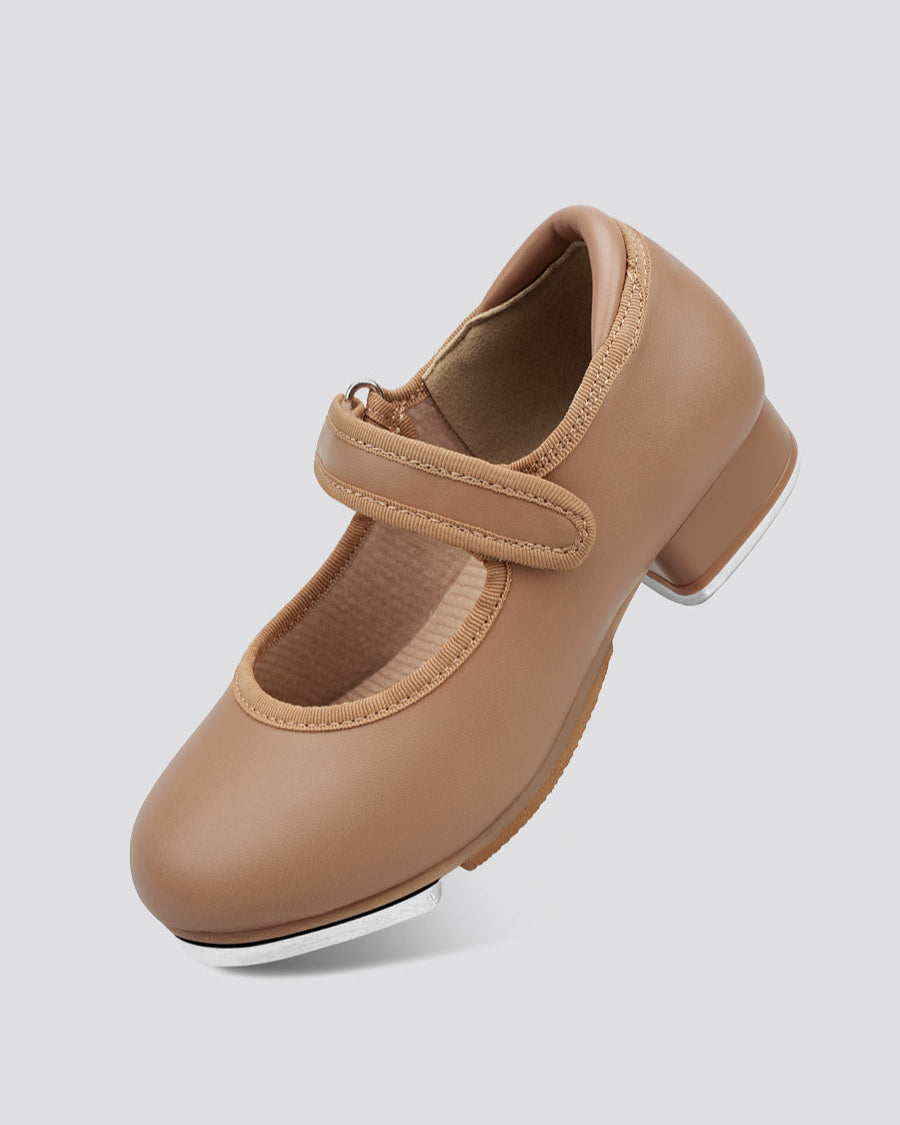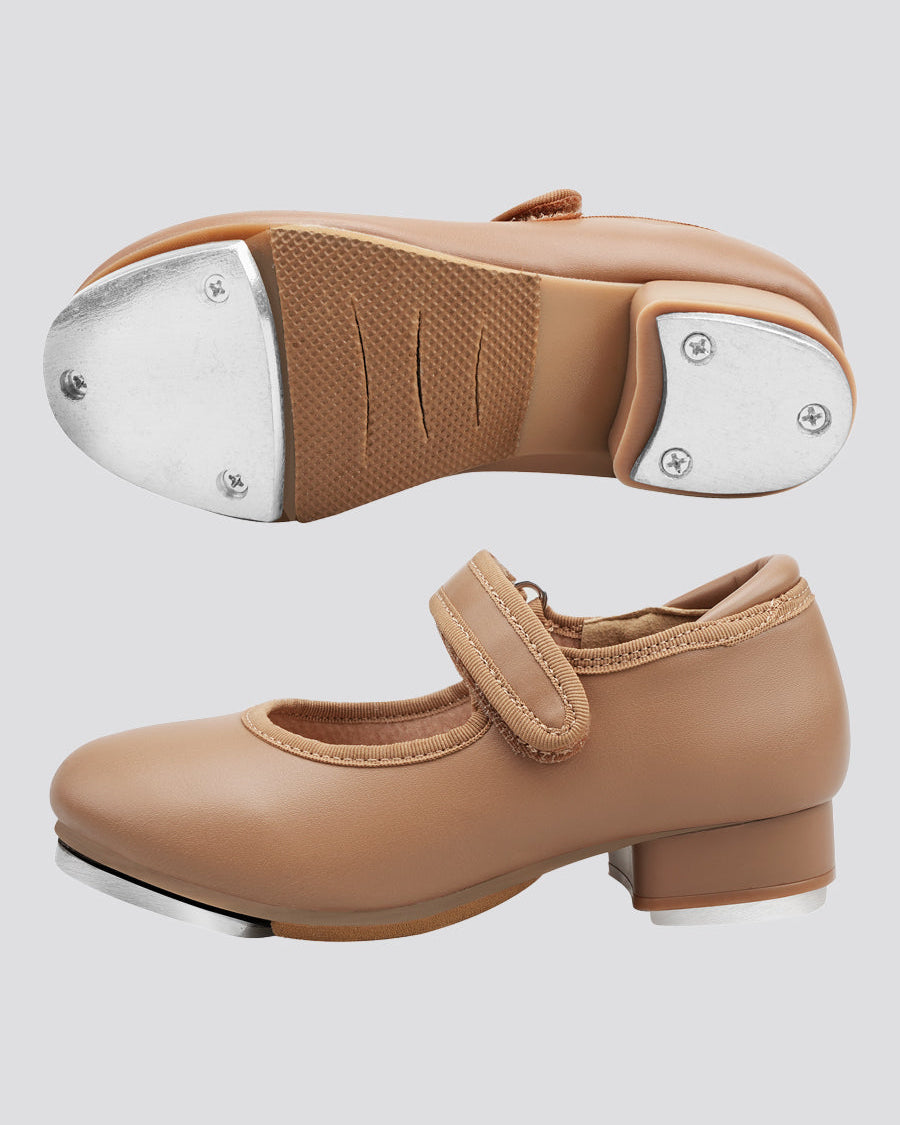The Ultimate Dance Starter Kit: 9 Essentials Every New Dancer Needs
Table of contents
 1. Leotards " href="#a-href-https-stelleworld-com-collections-girls-leotards-title-girls-leotards-img-src-https-cdn-shopify-com-s-files-1-2442-9443-files-banner_74_1024x1024-jpg-v-1762470435-alt-girls-leotards-a-1-leotards">
1. Leotards " href="#a-href-https-stelleworld-com-collections-girls-leotards-title-girls-leotards-img-src-https-cdn-shopify-com-s-files-1-2442-9443-files-banner_74_1024x1024-jpg-v-1762470435-alt-girls-leotards-a-1-leotards">
 1. Leotards
1. Leotards  " href="#a-href-https-stelleworld-com-collections-girls-ballet-shoes-title-kids-ballet-shoes-img-src-https-cdn-shopify-com-s-files-1-2442-9443-files-banner_75_1024x1024-jpg-v-1762471024-alt-kids-ballet-slippers-style-float-none-a">
" href="#a-href-https-stelleworld-com-collections-girls-ballet-shoes-title-kids-ballet-shoes-img-src-https-cdn-shopify-com-s-files-1-2442-9443-files-banner_75_1024x1024-jpg-v-1762471024-alt-kids-ballet-slippers-style-float-none-a">
- 2. Ballet Slippers
- 4. Dance Bags
- 5. Water Bottles
- 6. Warm‑Up Gear
- 7. Hair Accessories
- 8. Foot Undeez and Dance Socks
- Conclusion
- FAQs
- 1. What should a first-time dancer look for when choosing dancewear?
- 2. How can I ensure the dancewear fits comfortably and lasts?
- 3. Are there essential accessories every beginner dancer needs?
- 4. How do I care for my child's dancewear to maintain quality?
- 5. What's the difference between regular tights and dance tights?
Starting your child's dance journey with the right essentials builds confidence from day one. A comprehensive dancewear starter kit for beginners should include nine core items: a comfortable leotard, proper ballet slippers, dance tights, a functional dance bag, water bottle, warm‑up gear, hair accessories, and specialized footwear for different styles. Quality starter kits from reputable retailers eliminate guesswork, save money through bundled pricing, and ensure your young dancer has everything needed for a positive first experience.
Research confirms that these essentials not only equip new dancers with the necessary gear but also enhance their confidence and performance in class. The right beginner dance essentials create a foundation for learning while supporting proper technique development.
 1. Leotards
1. Leotards
A leotard is a snug, one‑piece garment that allows complete freedom of movement while providing clean lines for instructors to check posture and alignment. This essential piece serves as the foundation for virtually every dance style, from ballet to jazz to creative movement classes.
Beginner‑friendly leotards feature soft seams, stretchy fabric, and flexible sizing to accommodate growing bodies. Key characteristics include flat‑locked stitching that won’t chafe, breathable materials that wick moisture, and classic cuts that meet most studio dress codes.
Popular neckline and sleeve styles include:
-
Tank Style – Offers maximum arm mobility for unrestricted movement
-
Scoop Neck – Delivers a timeless, classic ballet look
-
Short Sleeve – Provides added warmth and modesty, ideal for cooler studios
-
Long Sleeve – Offers full arm coverage and extra warmth during colder seasons
Stelle sets the standard for children's dancewear through thoughtfully designed leotards that combine comfort, fit, and style. Each piece is crafted from a premium blend of 92% cotton and 8% spandex to ensure breathability, softness, and stretch—keeping young dancers comfortable through every jump, twirl, and stretch.
Stelle's updated leotard features offer practical benefits for both parents and active young dancers:
-
Soft & Breathable Comfort: The cotton-spandex blend maintains a light, airy feel that moves with the body while staying soft on sensitive skin.
-
Perfect Fit for Every Age: Sized from 2–3T to 8Y, each leotard is tailored to support toddlers and older children as they grow through beginner dance or gymnastics programs.
-
Chic & Versatile Colors: Available in ballet pink, black, blue, and light purple, these shades complement standard studio dress codes and adapt to recital themes or personal preferences.
Stelle’s short-sleeve and bow-back leotards are especially popular with beginners, offering elegance, comfort, and studio-approved fit. Our coordinated starter kits also bundle leotards with tights and accessories for a stress-free start to your child’s dance journey.
Key Takeaway: A leotard is a snug, one-piece garment that allows complete freedom of movement while providing clean lines for instructors to check posture and alignment.
2. Ballet Slippers
Ballet slippers are lightweight, flexible shoes that provide foot protection and grip on dance surfaces while allowing natural foot articulation essential for proper technique development. These specialized shoes differ significantly from regular sneakers by offering minimal sole thickness and maximum flexibility.
High-quality slippers typically include adjustable drawstrings, anti-slip suede soles, and soft canvas or leather uppers that mold to the foot. These design elements offer the support dancers need while allowing full foot articulation in class.
Stelle’s ballet slippers are thoughtfully designed for young dancers, featuring soft leather, breathable canvas, or elegant satin uppers that mold comfortably to the foot. Each pair includes pre-sewn elastic straps for easy wear and suede sole patches that provide balanced grip without sticking. The split-sole construction supports flexibility, ideal for developing proper technique from the very beginning.
Essential features for beginner ballet slippers:
-
Pre‑sewn Elastic: Eliminates need for modifications
-
Suede Sole Patches: Optimal grip without sticking
-
Split Sole Design: Enhanced foot flexibility and arch definition
Proper fitting requires room for toe movement without excess length that causes tripping. The slipper should hug the foot securely without pinching or creating pressure points. Many studios recommend canvas slippers for beginners due to their breathability and easy maintenance.
Key Takeaway: Ballet slippers are lightweight, flexible shoes that provide foot protection and grip on dance surfaces while allowing natural foot articulation essential for proper technique development.

3. Tights
Dance tights are stretchy, form‑fitting garments that provide leg coverage, muscle warmth, and a uniform appearance essential for most dance disciplines. These specialized hosiery pieces differ from regular tights through reinforced construction, superior stretch, and dance‑specific features.
At Stelle, our ballet tights are made with ultra-soft, high-stretch materials that move with the body and hold up to frequent wear. They're available in footed, convertible, stirrup, and footless styles, and come in ballet pink, tan, white, and black, perfect for matching with studio dress codes and recital outfits.
| Tight Type | Best For | Key Features |
|---|---|---|
| Footed | Ballet, formal classes | Full coverage, reinforced toes |
| Convertible | Multiple styles, flexibility | Can be worn footed or footless |
| Stirrup | Jazz, lyrical, modern | Exposes heel and toe, allows bare foot traction |
| Footless | Contemporary, floor work | Full leg coverage, no foot binding |
Stelle tights are designed to be snug yet breathable, offering a second-skin fit that supports freedom of movement while keeping young dancers comfortable throughout class.
Key Takeaway: Dance tights are stretchy, form‑fitting garments that provide leg coverage, muscle warmth, and a uniform appearance essential for most dance disciplines.
4. Dance Bags
A proper dance bag transforms chaotic class preparation into organized efficiency while teaching young dancers responsibility for their belongings. These specialized bags feature compartments designed specifically for dancewear, shoes, and accessories.
Essential features for beginner dance bags include separate shoe compartments to prevent clean clothes from touching dirty soles, water‑bottle sleeves for easy access, and washable fabrics that handle spills and daily wear. Soft, adjustable straps ensure comfortable carrying for small shoulders.
Stelle's dance bag options incorporate playful designs with practical functionality. Organization tips for dance bags:
-
Main Compartment: Clean leotards, tights, warm‑up gear
-
Shoe Pocket: Separate ballet slippers from other items
-
Front Pocket: Hair accessories, small personal items
Teaching children to pack their own bags builds independence while ensuring nothing gets forgotten on class days.
Key Takeaway: A proper dance bag transforms chaotic class preparation into organized efficiency while teaching young dancers responsibility for their belongings.

5. Water Bottles
Maintaining proper hydration supports energy levels and prevents muscle cramping during physical activity. Young dancers need regular water intake to replace fluids lost through perspiration and maintain optimal performance throughout class.
Child‑friendly water bottles should feature easy‑open lids that small hands can operate independently, BPA‑free materials for safety, and spill‑proof valves to protect dancewear and bags. Fun colors and designs encourage regular use while building healthy hydration habits.
Research confirms that a reusable water bottle ensures convenience and sustainability for active families. Stainless steel options maintain temperature while plastic varieties offer lightweight portability.
Hydration reminders for busy dance days:
-
Drink water before leaving for class
-
Take small sips during breaks
-
Rehydrate immediately after class
-
Monitor urine color for hydration status
Key Takeaway: Maintaining proper hydration supports energy levels and prevents muscle cramping during physical activity.
6. Warm‑Up Gear
Warm‑up gear consists of clothing layers designed to maintain optimal muscle temperature before activity begins and during cool‑down periods. These pieces help prevent injury by keeping muscles warm and flexible while also offering comfortable coverage during transitions.
Essential warm‑up items include leg warmers that slide on over tights, wrap sweaters or shrugs for upper‑body coverage, wrap skirts for removable lower-body warmth, and soft warm-up booties that insulate the feet without restricting motion. Stelle’s warm-up booties feature soft insulation, non-slip soles, and an adjustable fit to keep young dancers’ feet warm and secure without restricting movement.
Basic warm‑up kit components:
-
Leg Warmers: Keep calf and ankle muscles warm
-
Wrap Sweater: Upper‑body coverage that won’t restrict movement
-
Wrap Skirt: Additional hip and thigh warmth
-
Light Jacket: Full coverage for travel to and from the studio
-
Warm-Up Booties: Insulated foot coverage to retain heat without restricting movement
The key is choosing pieces that remove quickly without disrupting hair or leotard positioning when class begins.
Key Takeaway: Warm‑up gear consists of clothing layers designed to maintain optimal muscle temperature before activity begins and during cool‑down periods.

7. Hair Accessories
Secure, neat hairstyles eliminate distractions while allowing instructors clear visibility of neck and shoulder alignment. Proper hair accessories must hold firmly throughout active movement without causing discomfort or headaches.
Studio‑recommended accessories include strong elastic hair ties that won’t snap, bun nets for extra security, small barrettes for flyaway pieces, and snap clips for quick touch‑ups. Choose snag‑free options that won’t catch on leotards or damage hair.
Classic ballet bun creation steps:
1. Brush hair into high ponytail
2. Twist ponytail and wrap around base
3. Secure with bobby pins inserted in multiple directions
4. Cover with bun net if required
5. Spray with light hairspray for extra hold
Fun embellishments like colored elastics or small decorative pins allow self‑expression while meeting studio guidelines. Want more hairstyle inspiration? Check out Stelle’s blog on 5 fun little ballerina hairstyles for easy and studio‑friendly looks.
Key Takeaway: Secure, neat hairstyles eliminate distractions while allowing instructors clear visibility of neck and shoulder alignment.

8. Foot Undeez and Dance Socks
Foot Undeez are partial‑coverage shoes designed for dance genres requiring both foot protection and barefoot sensitivity. These innovative accessories bridge the gap between full shoes and dancing barefoot, particularly useful for contemporary, modern, and jazz styles.
Dance socks provide similar benefits through grip‑enhanced soles that prevent slipping during floor work while protecting feet from rough surfaces. Both options offer comfort during at‑home practice and studio classes that don’t require traditional ballet slippers.
Key features to consider:
-
Grip Patterns: Prevent slipping on smooth studio floors
-
Breathable Materials: Keep feet comfortable during extended wear
-
Minimal Bulk: Allow natural foot movement and articulation
-
Easy Cleaning: Machine washable for convenience
Choose based on your child's primary dance styles and studio requirements, as some instructors prefer traditional bare feet for certain techniques.
Key Takeaway: Foot Undeez are partial‑coverage shoes designed for dance genres requiring both foot protection and barefoot sensitivity.
Conclusion
Quality starter kits from reputable retailers eliminate guesswork, save money through bundled pricing, and ensure your young dancer has everything needed for a positive first experience.
FAQs
1. What should a first-time dancer look for when choosing dancewear?
First-time dancers should prioritize soft, flexible fabrics that move with the body, proper fit that allows full range of motion, and simple styles that meet studio dress codes. Look for flat seams, tagless labels, and materials that maintain shape after washing. Comfort is paramount for building positive associations with dance class.
2. How can I ensure the dancewear fits comfortably and lasts?
Choose pieces with stretch components, adjustable features like drawstrings or wrap ties, and reinforced construction at stress points. Follow care instructions carefully, washing in cold water and air drying to preserve elasticity and color. Avoid fabric softeners which can break down moisture‑wicking properties.
3. Are there essential accessories every beginner dancer needs?
Yes, every beginner should have a properly fitted leotard, dance tights in studio‑required colors, ballet slippers, hair accessories for secure styling, a dance bag for organization, and a water bottle for hydration. Additional items like warm‑up gear depend on studio temperature and class length.
4. How do I care for my child's dancewear to maintain quality?
Wash dancewear in cold water using gentle detergent, avoid bleach or fabric softeners, and air dry whenever possible. Turn garments inside out to protect colors and delicate details. Store properly by hanging leotards and folding tights carefully to prevent runs.
5. What's the difference between regular tights and dance tights?
Dance tights feature reinforced construction designed for stretching and movement, superior elasticity that maintains shape, and specialized features like convertible feet or transition styling. They're made from higher‑quality materials that resist runs and provide better durability than fashion hosiery.






